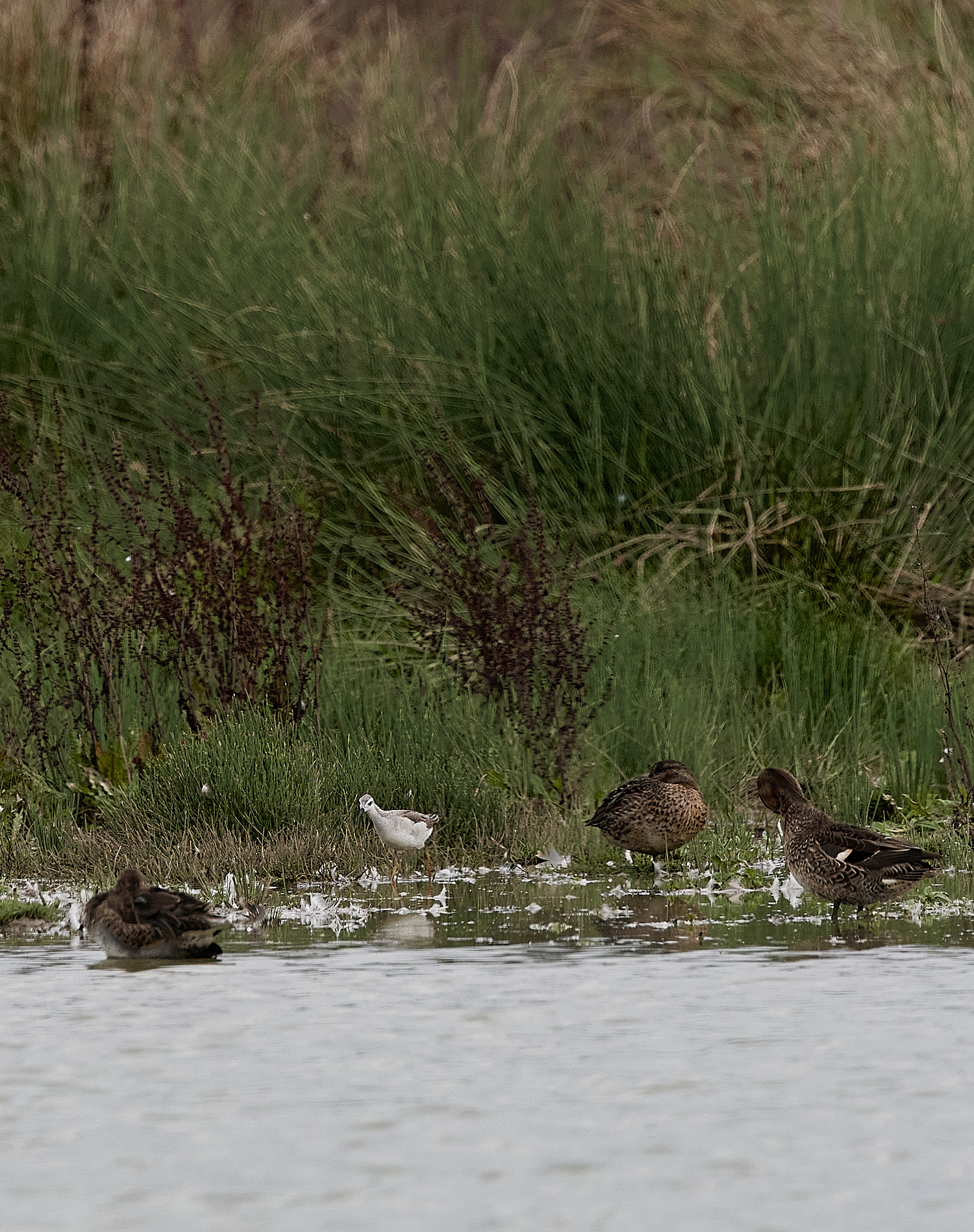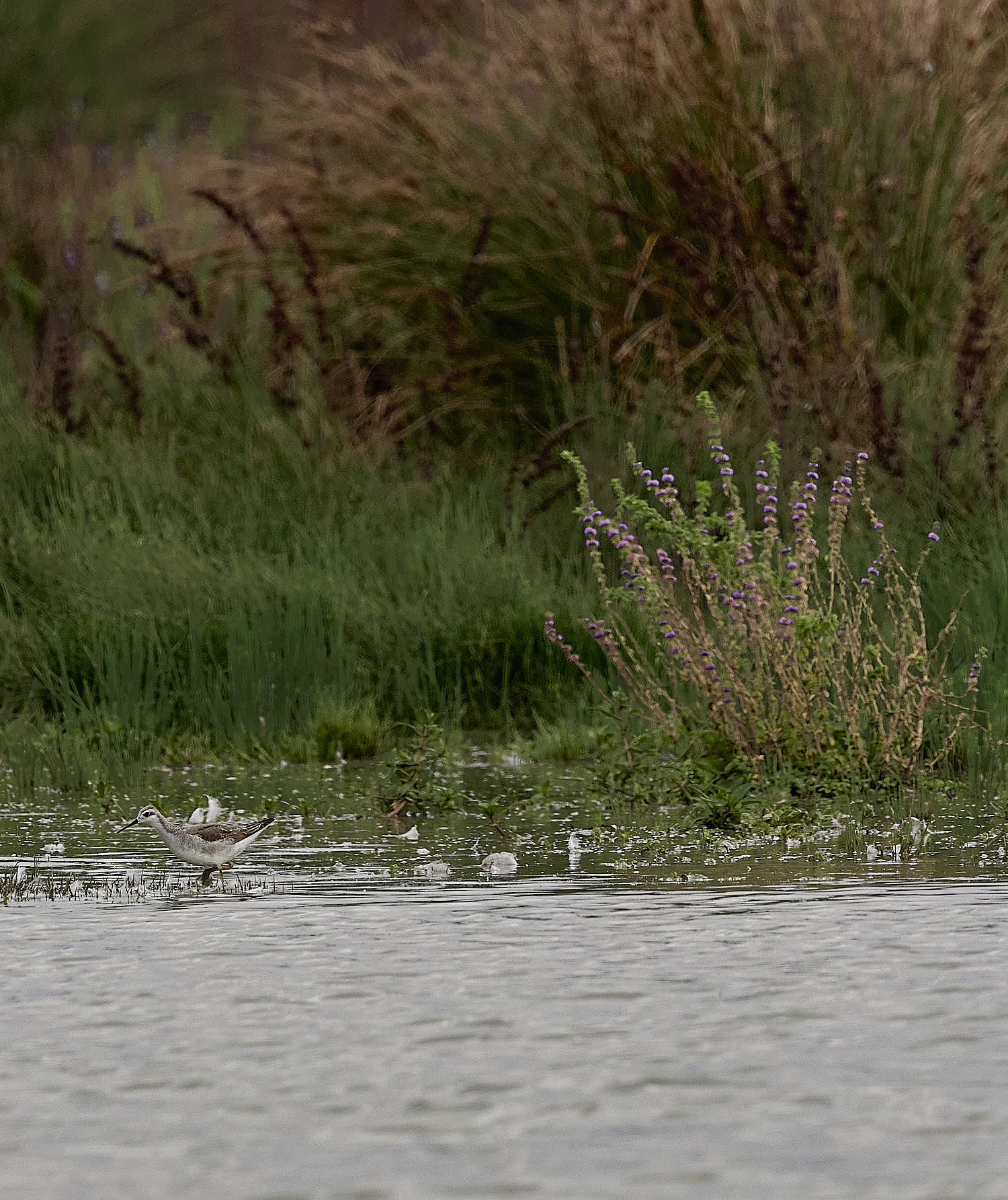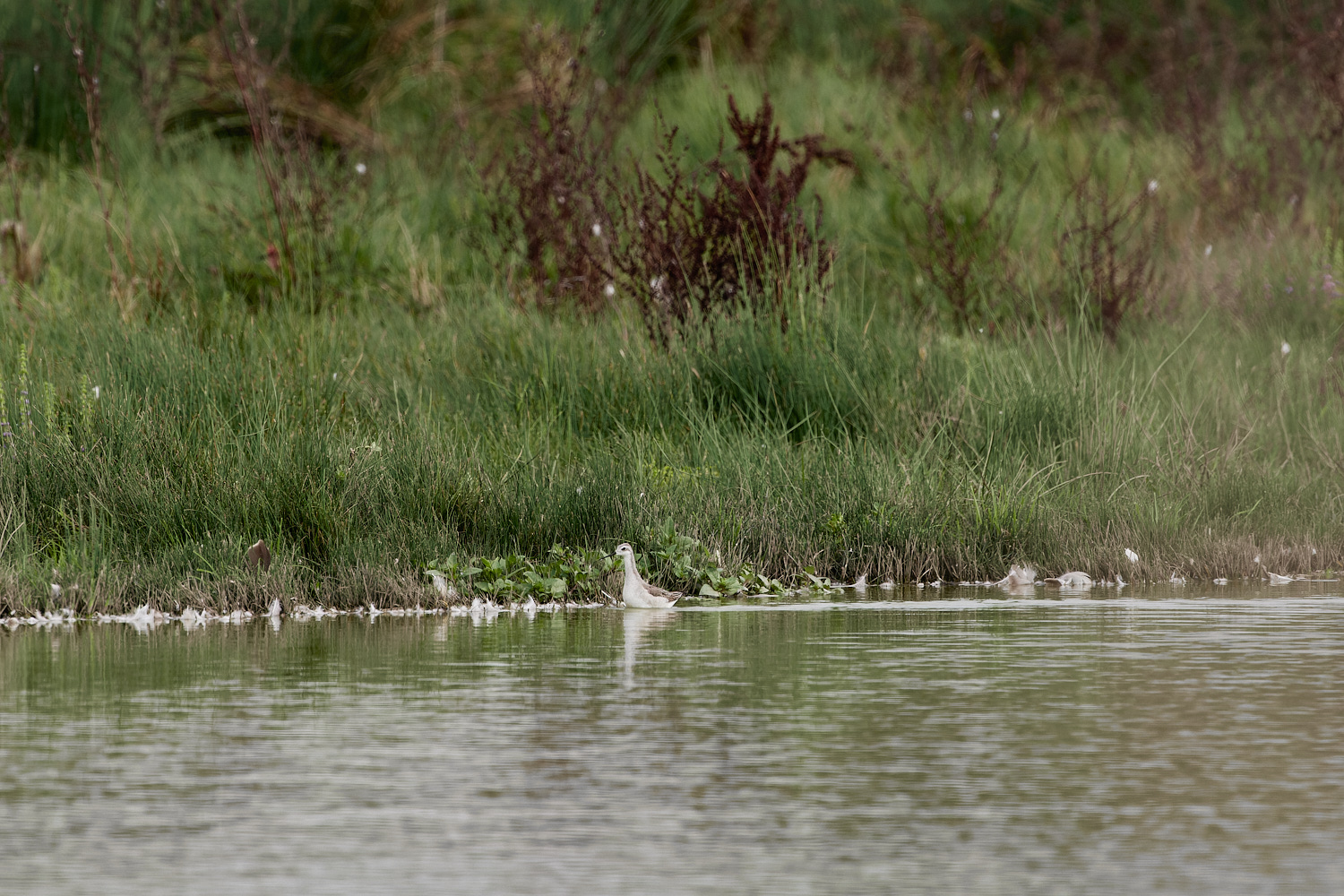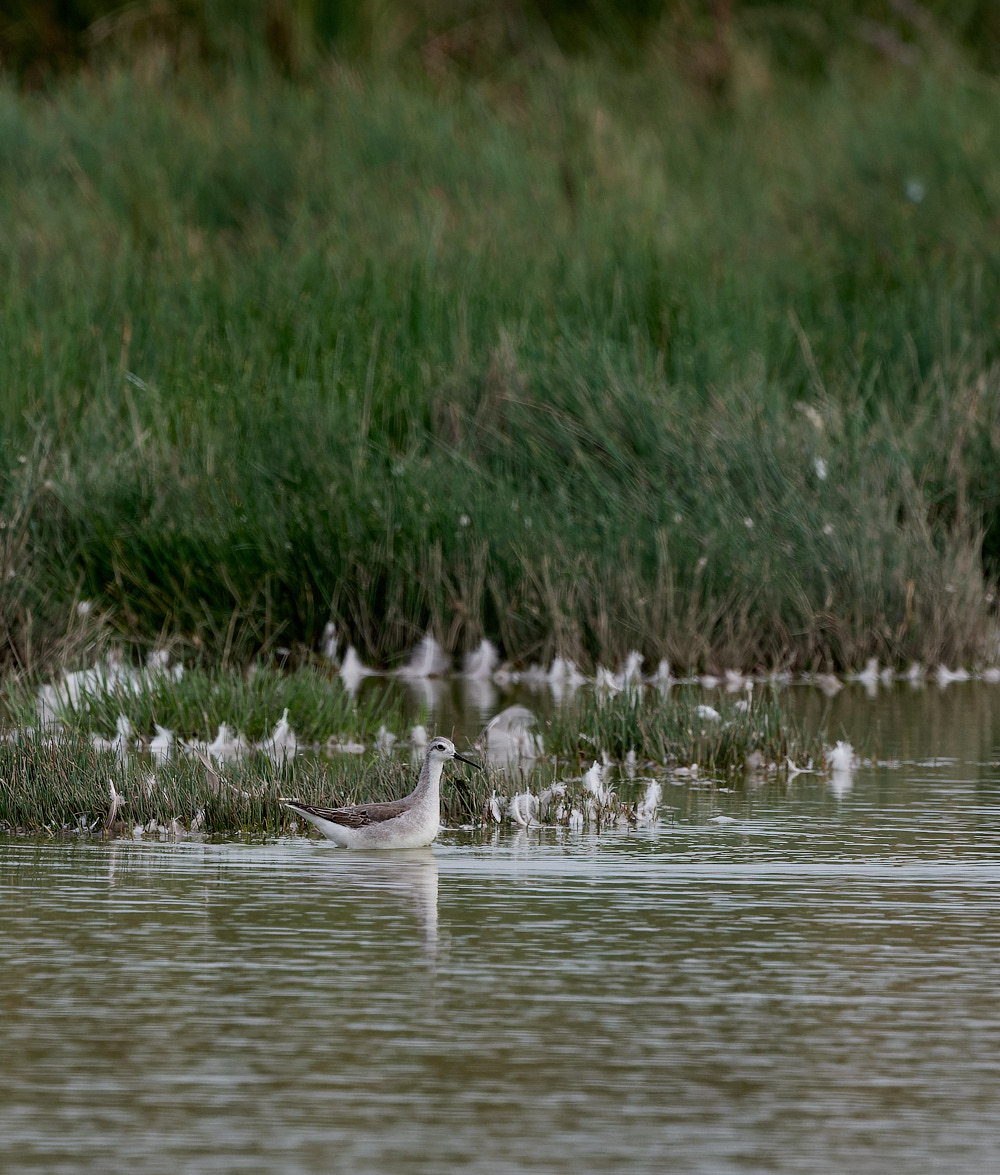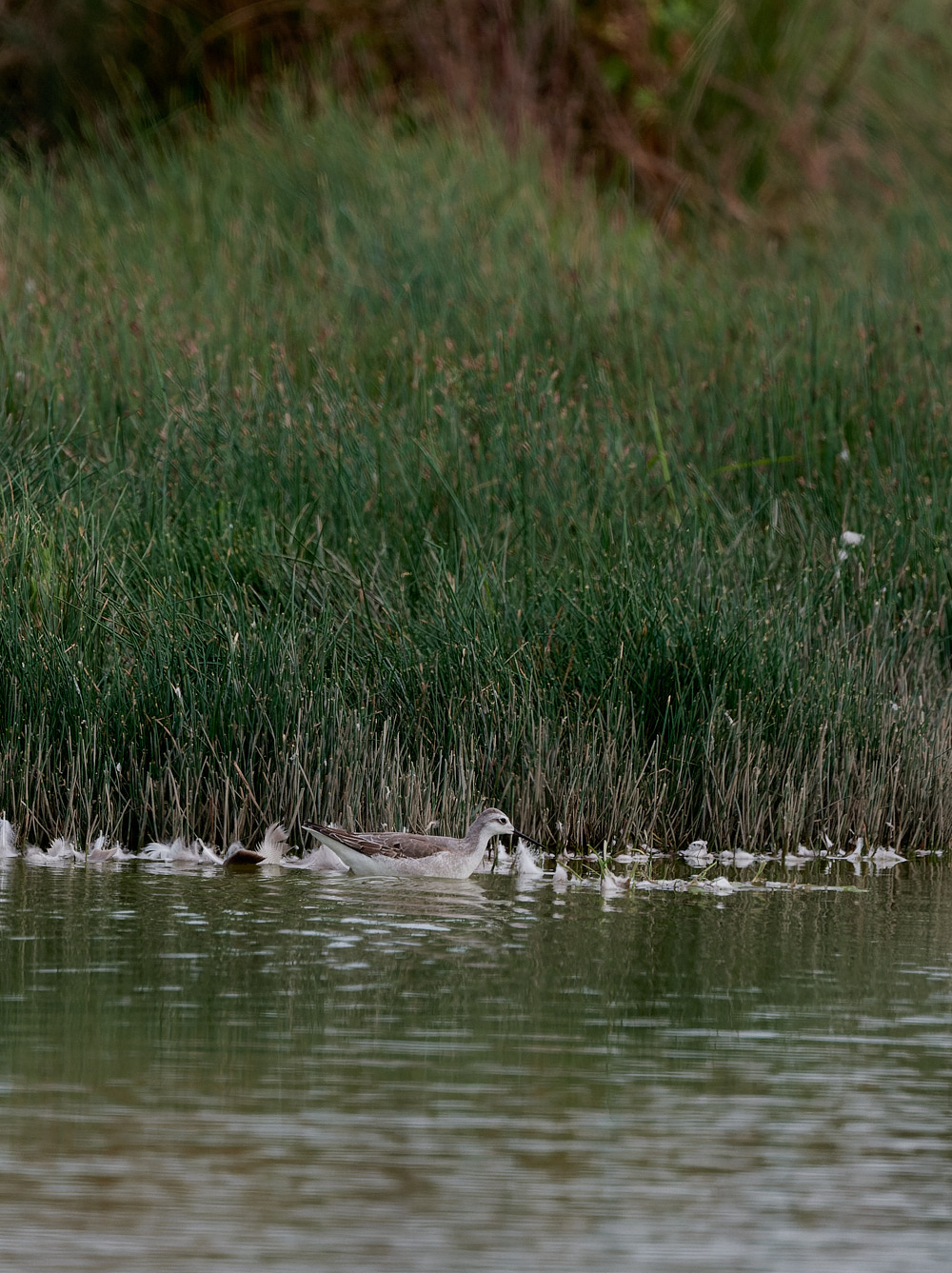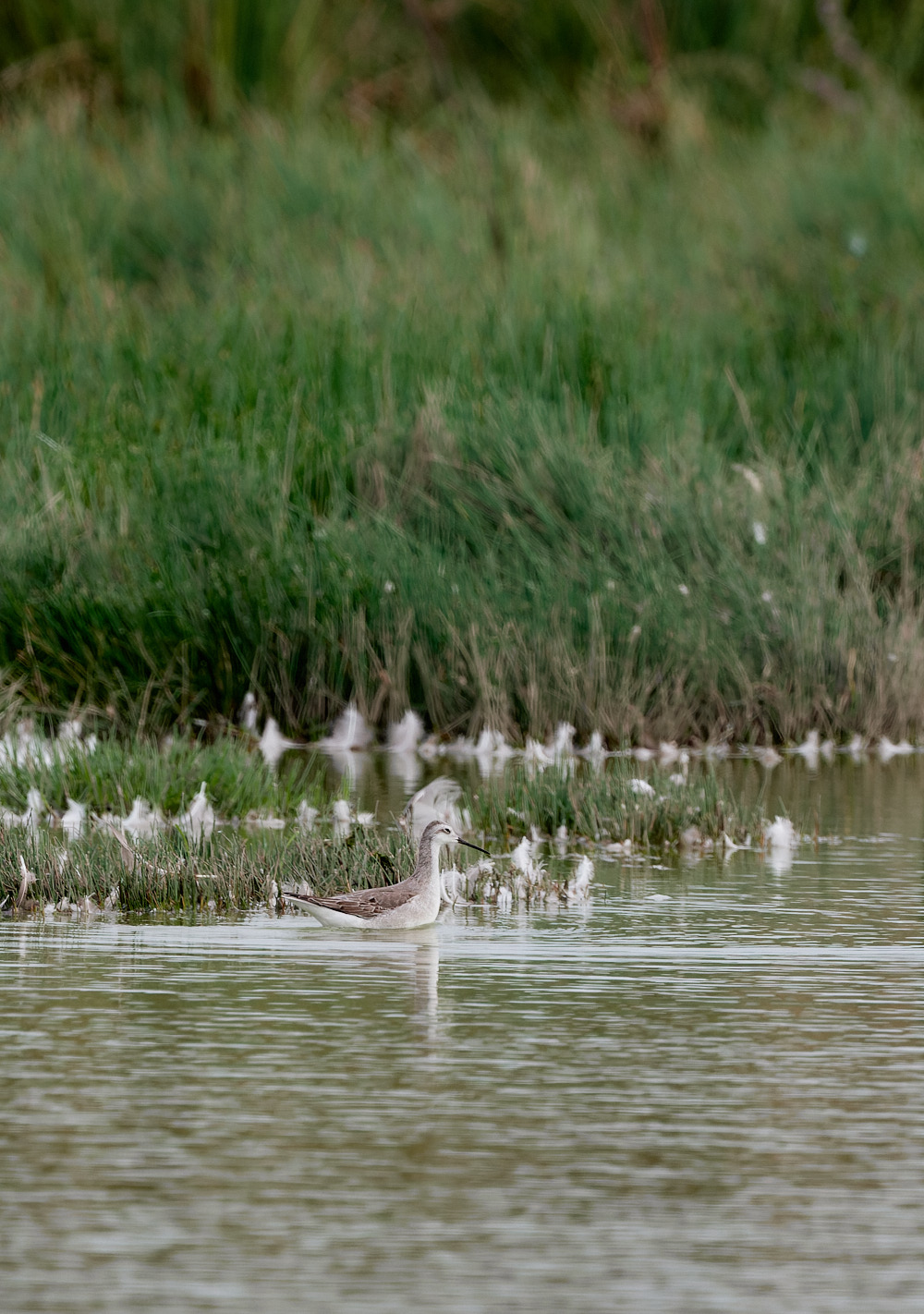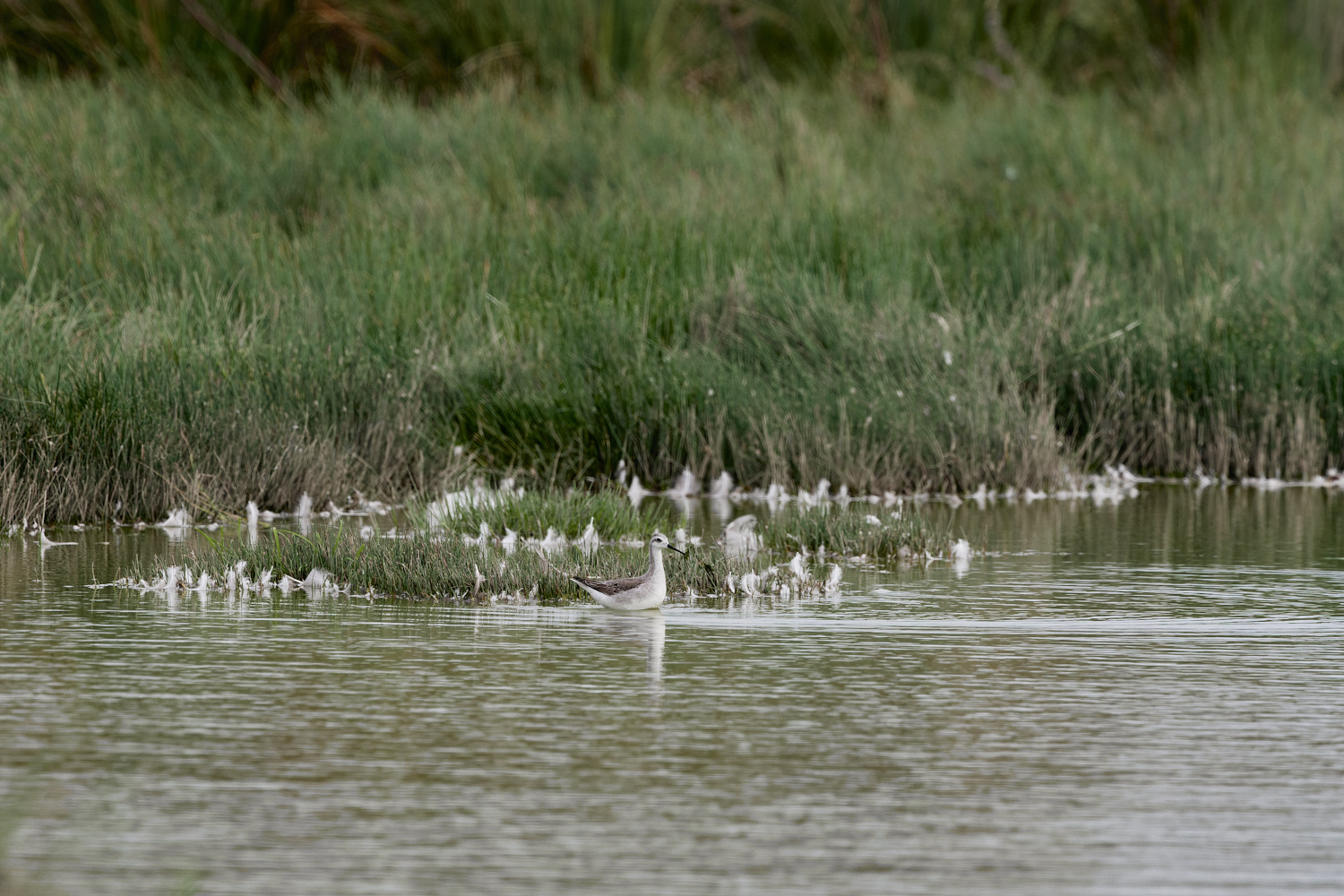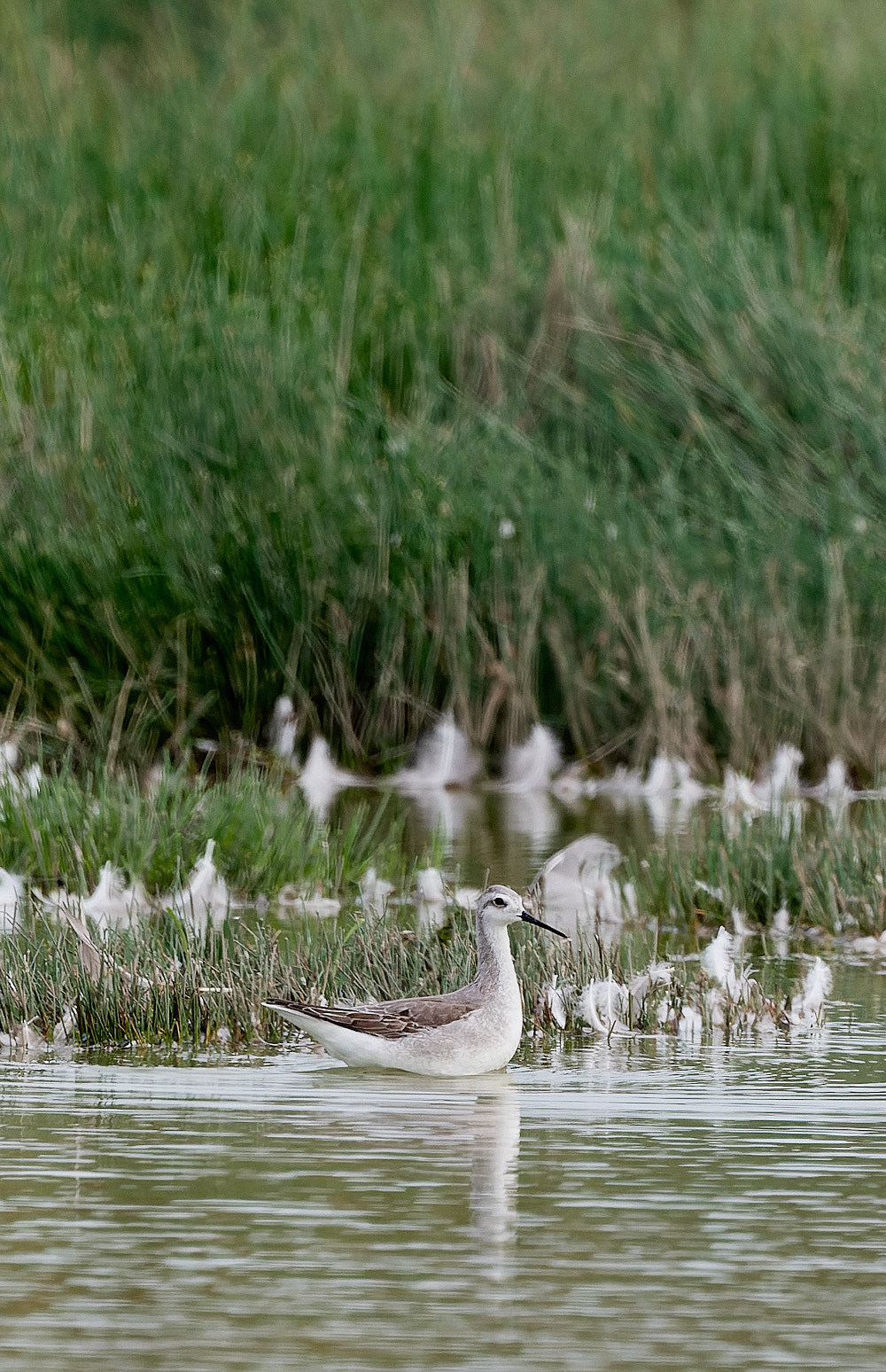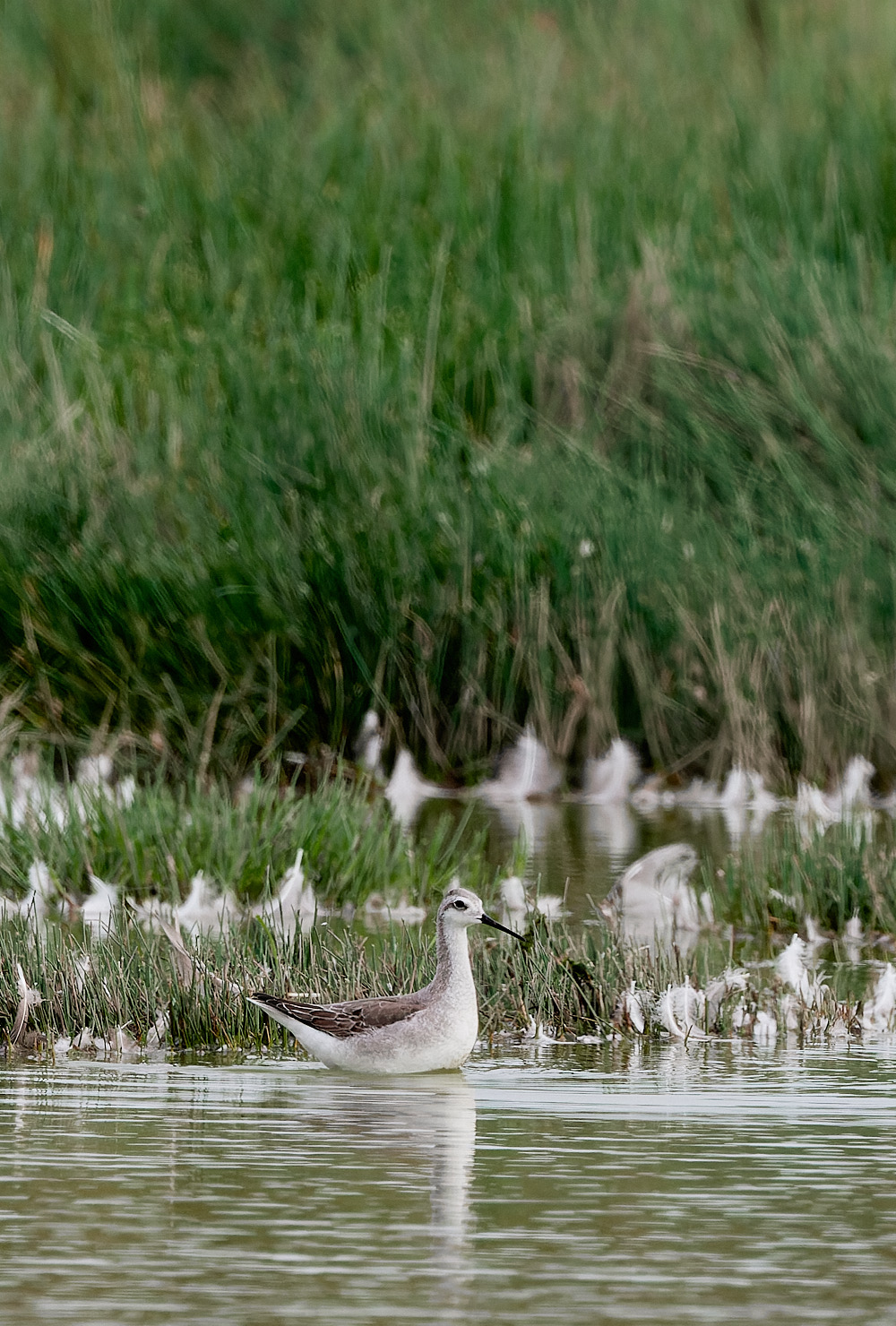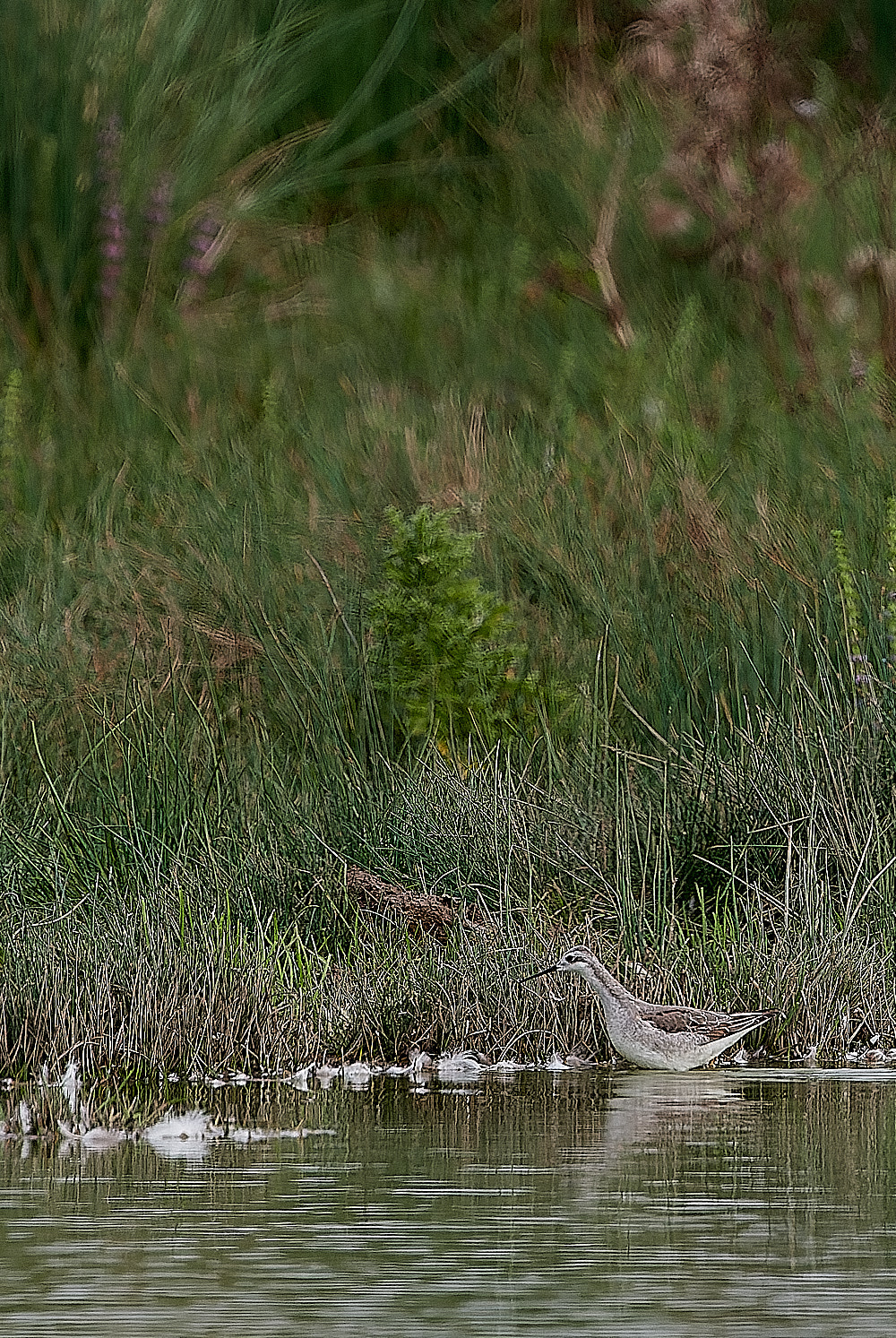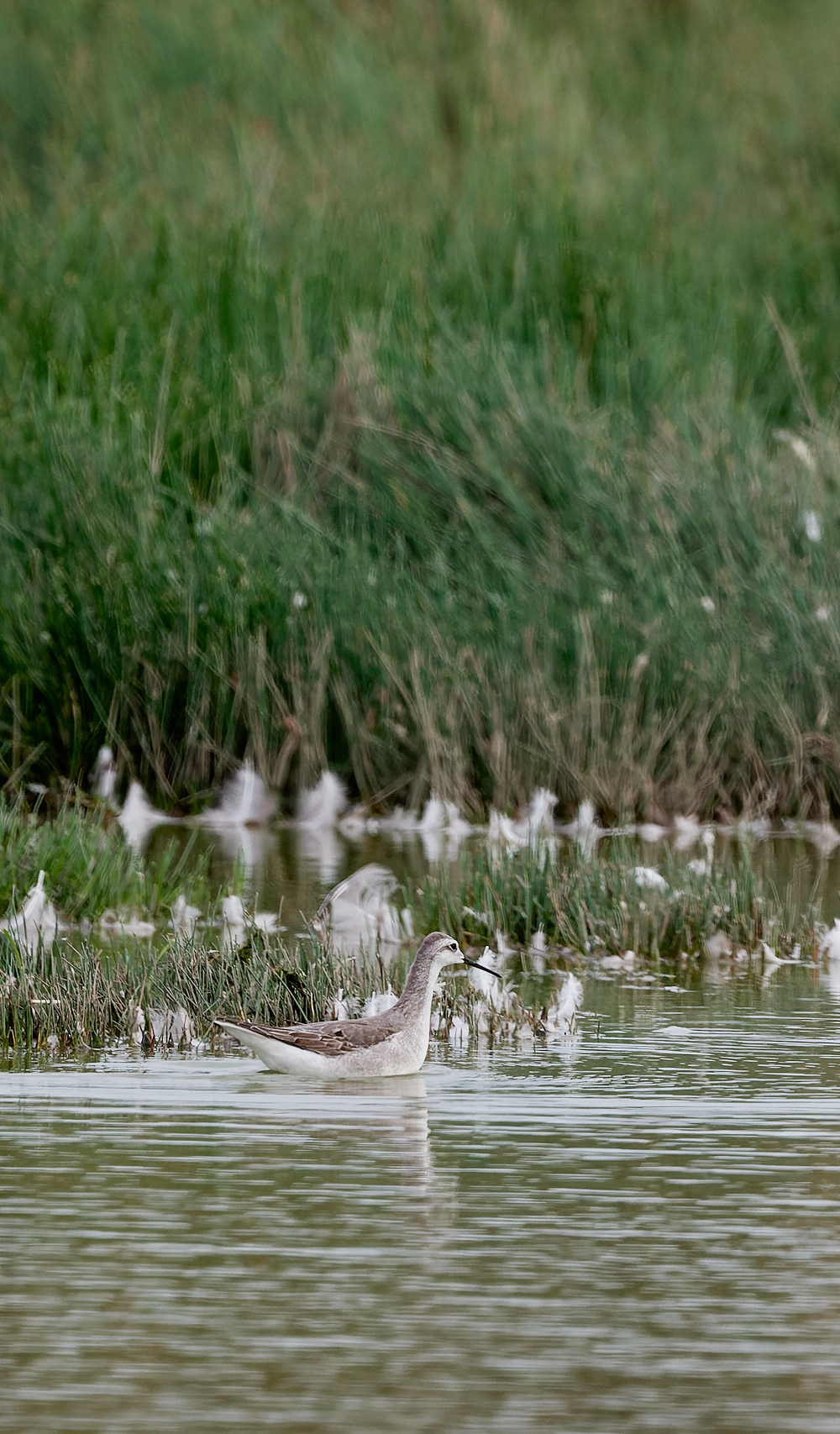Ken Hill
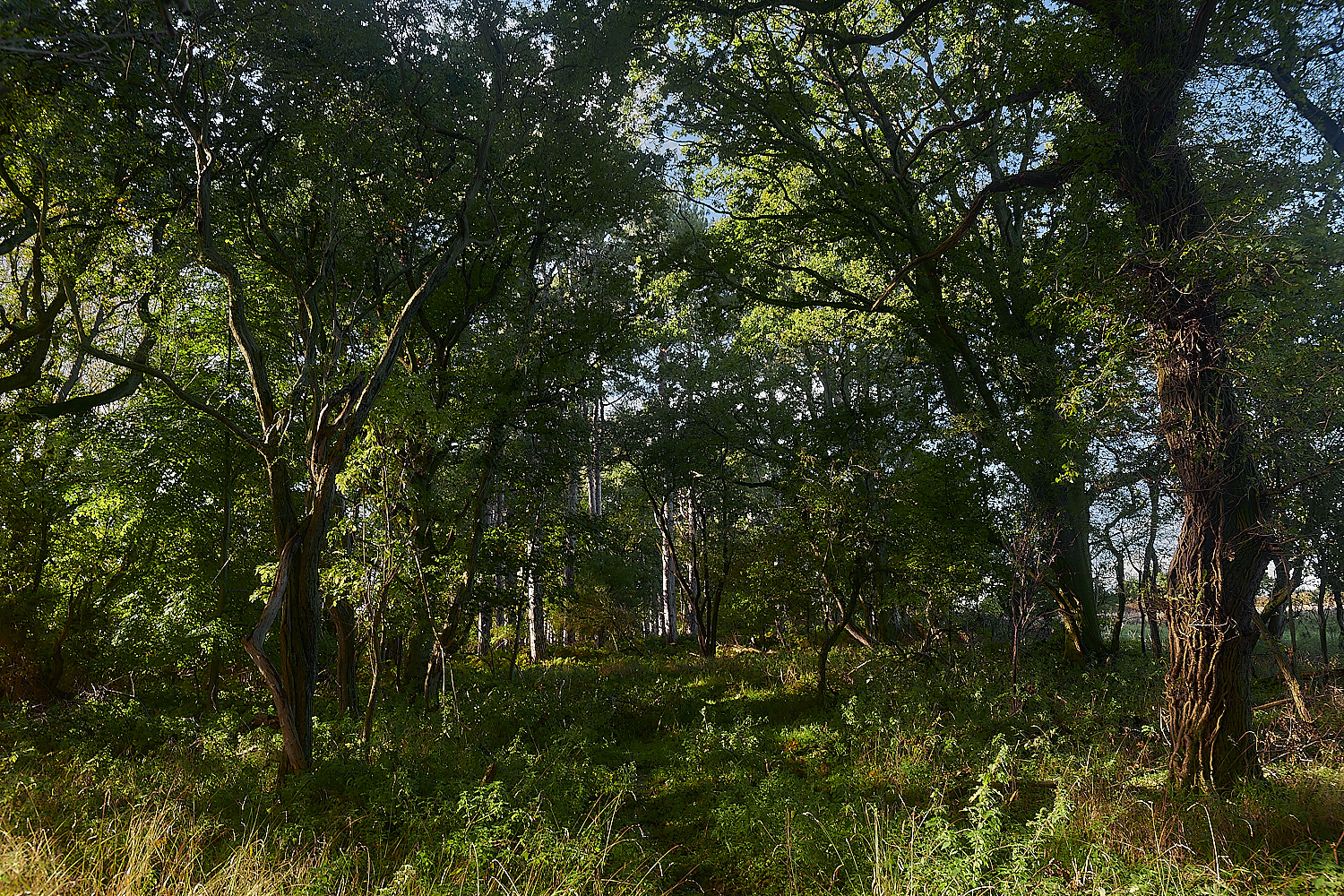
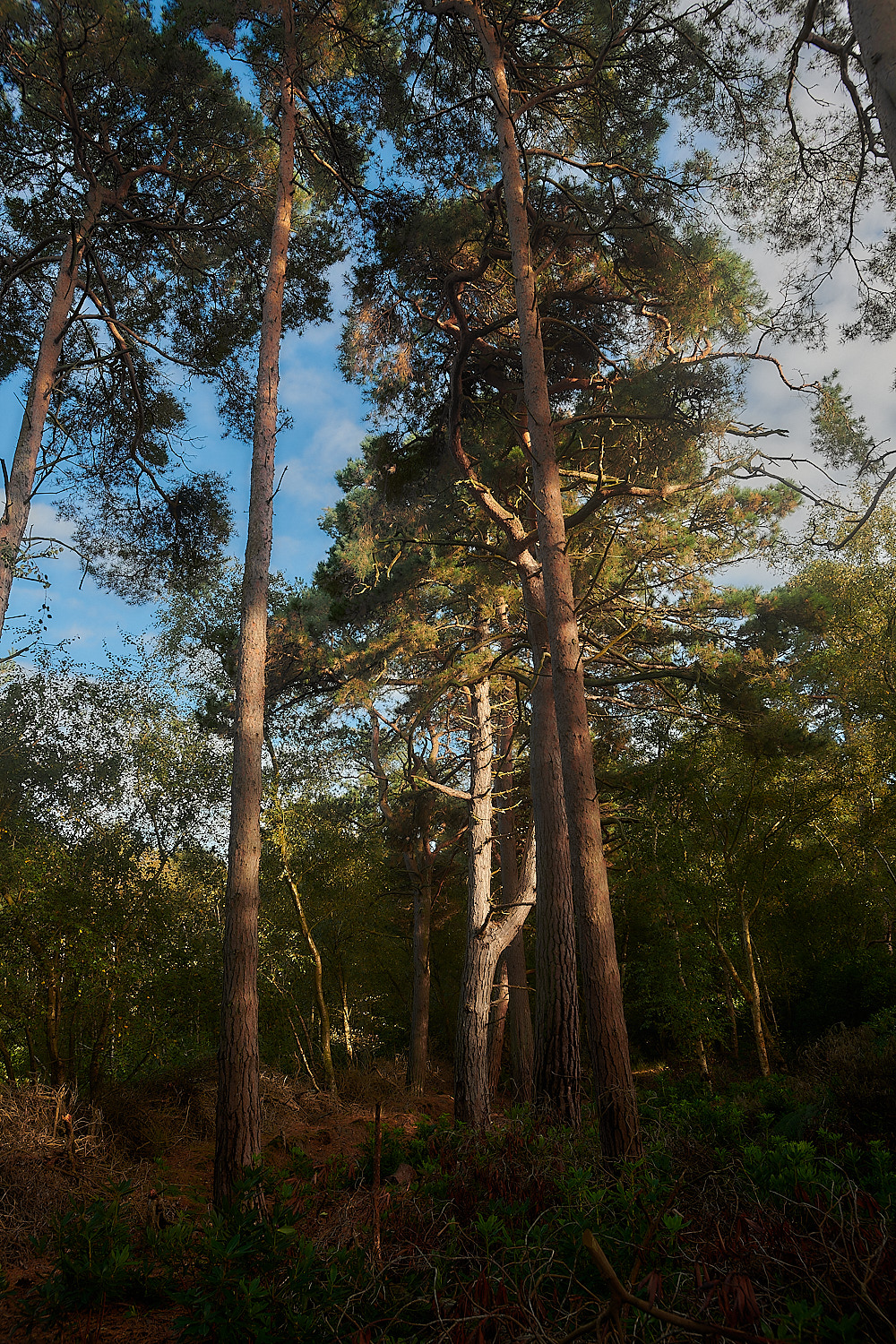
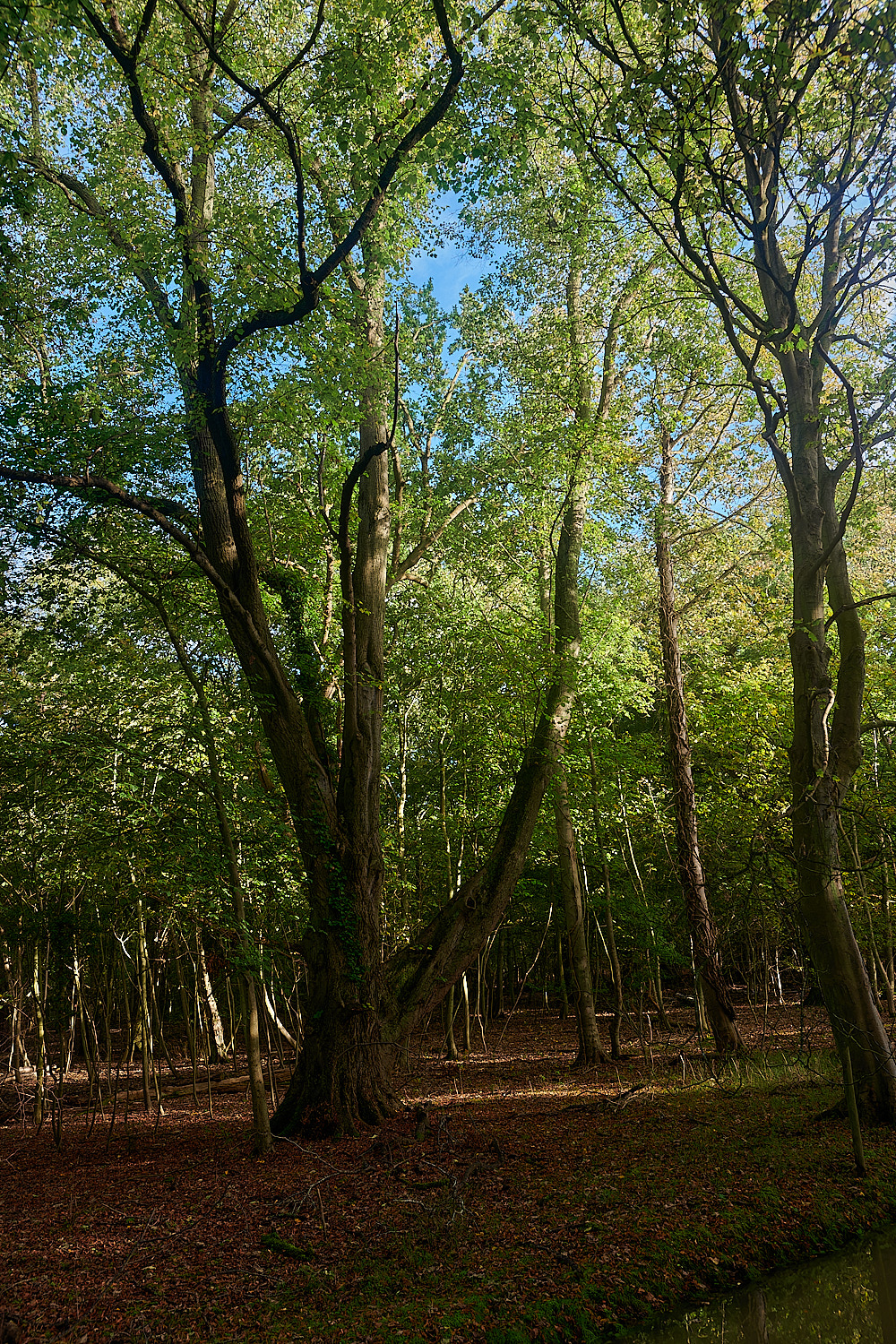
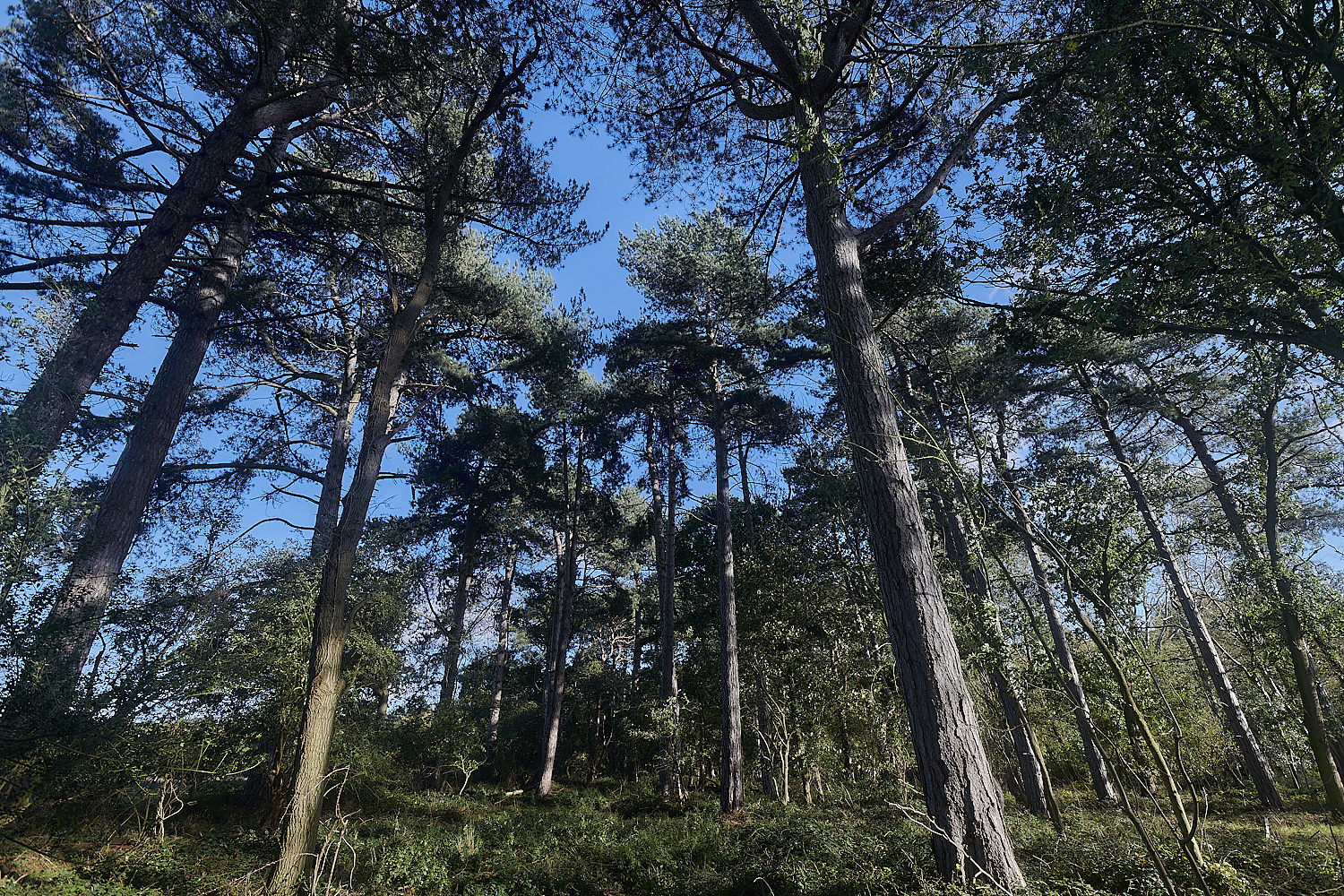
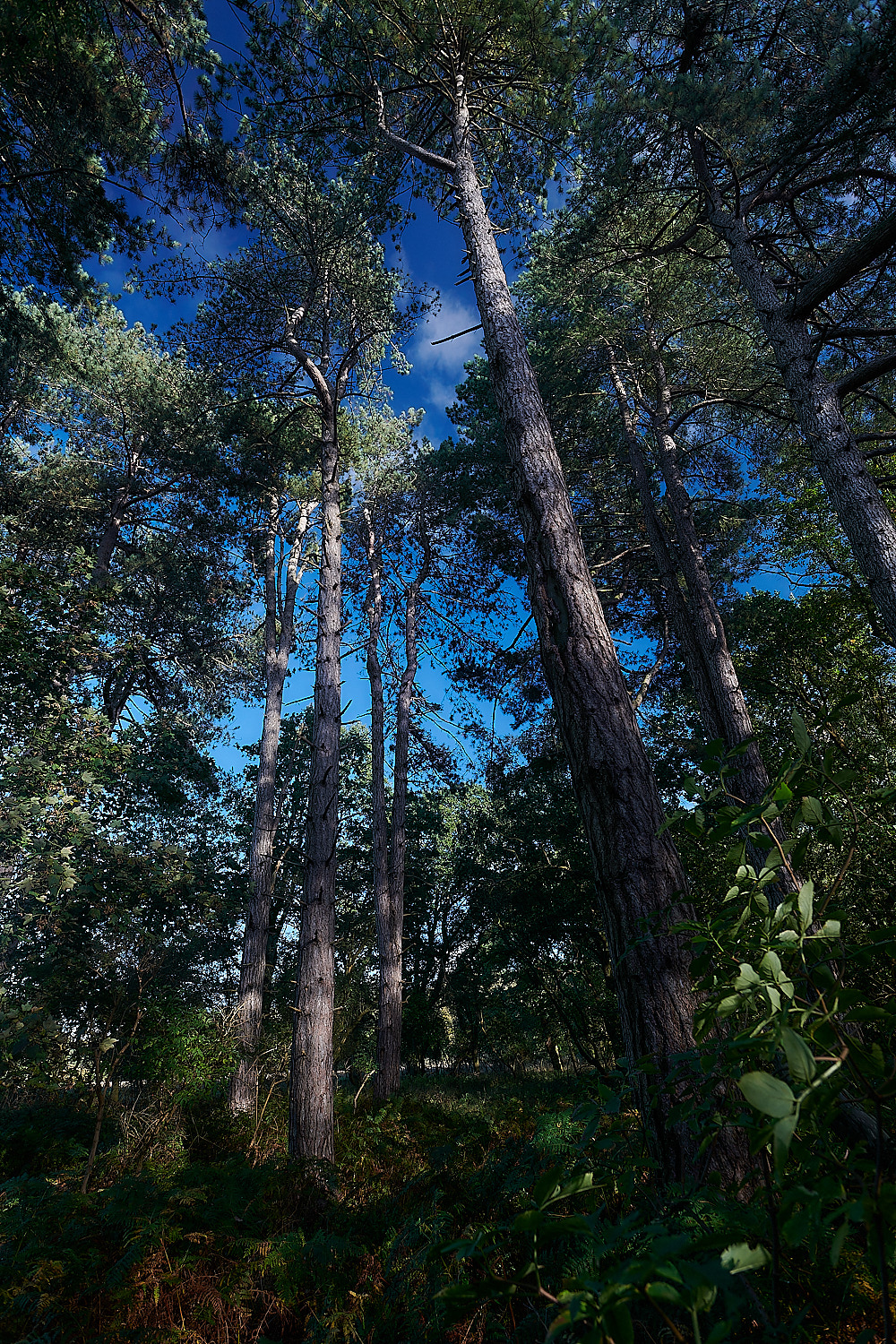
Corsican Pine (Pinus nigra)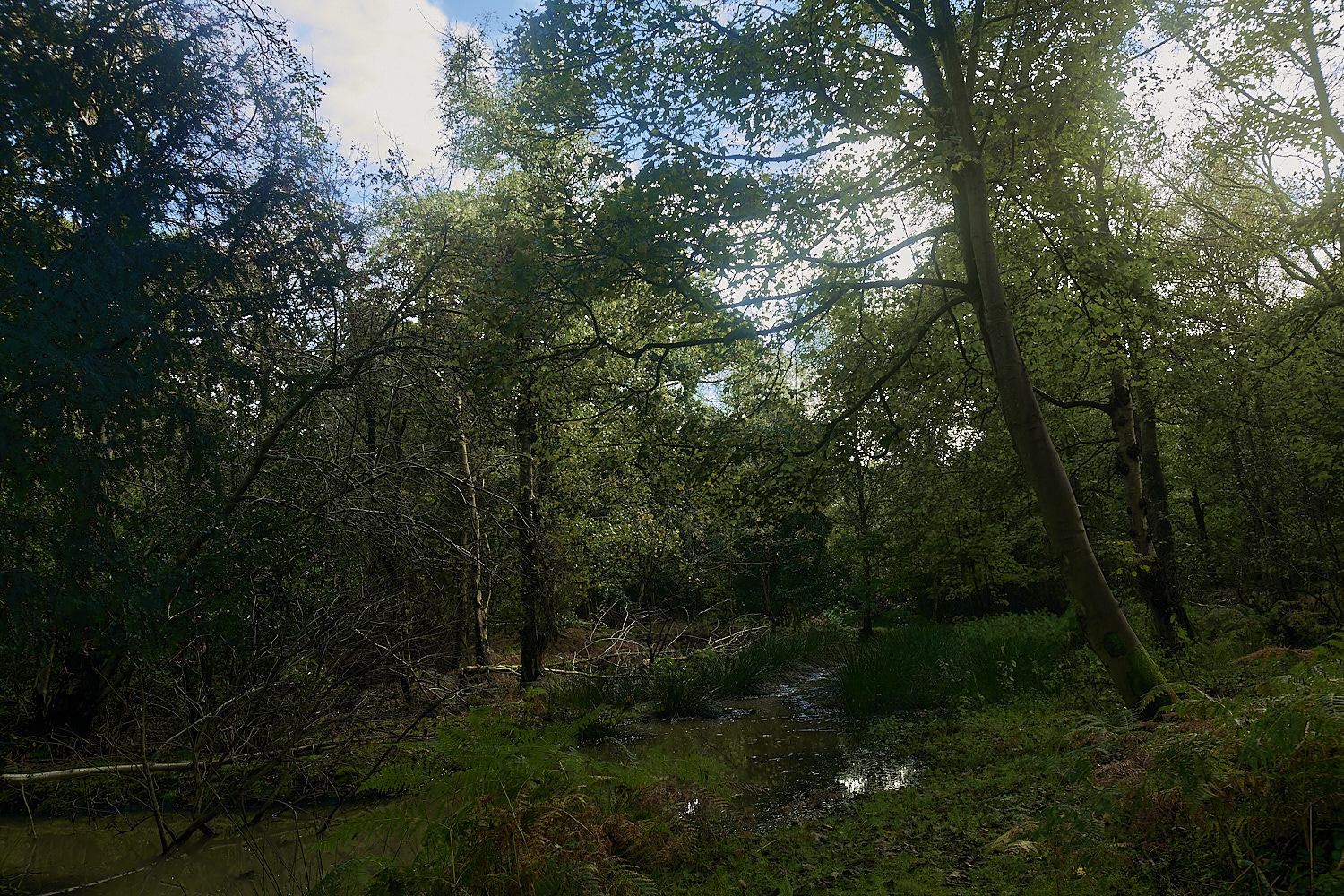
The water levels beginning to change in the beaver enclosure.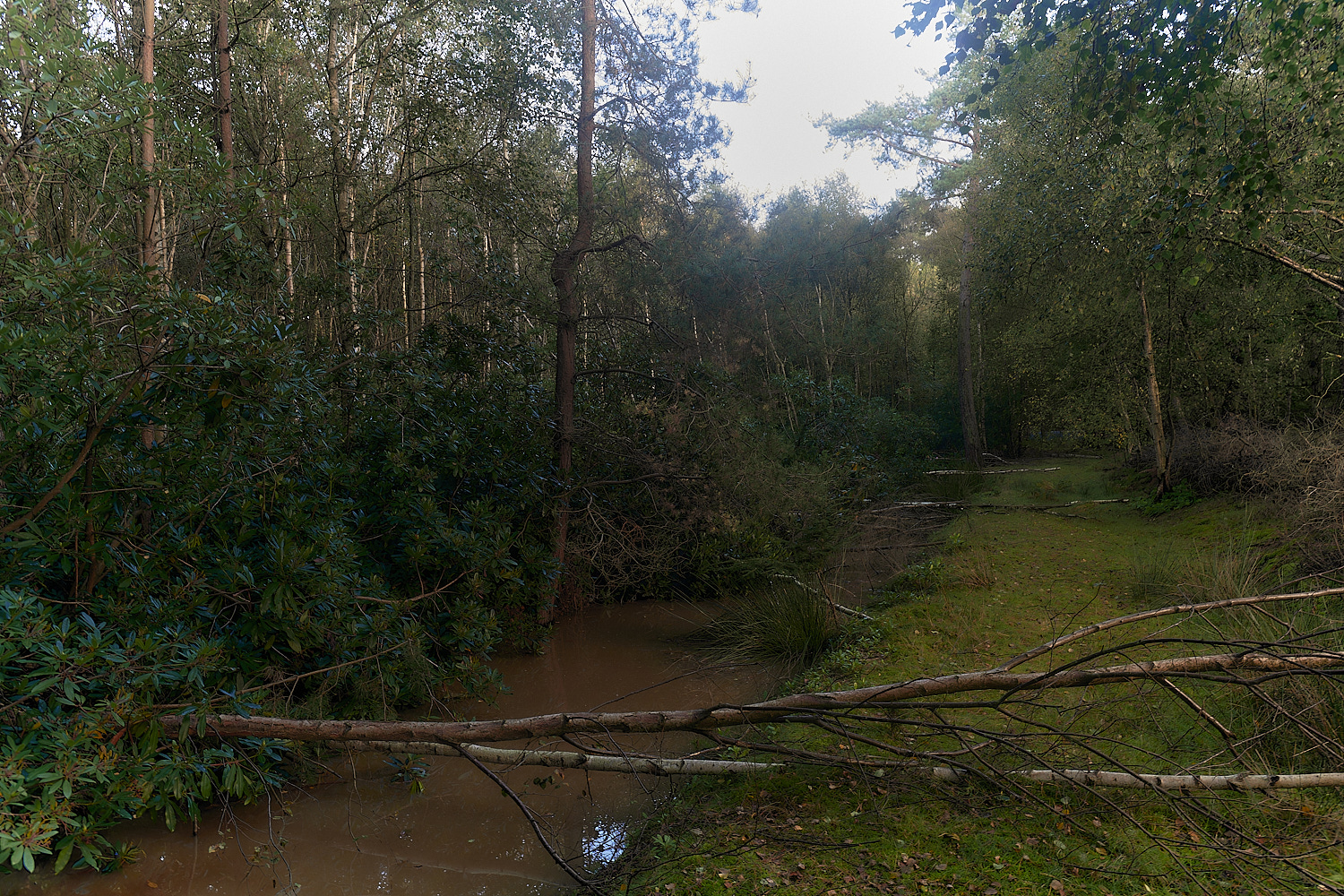

Here you can see the forestry work of the beavers.
They only cut through enough to make the trees fall but leave enough tissue for the tree to survive.
This provides the beavers with fresh food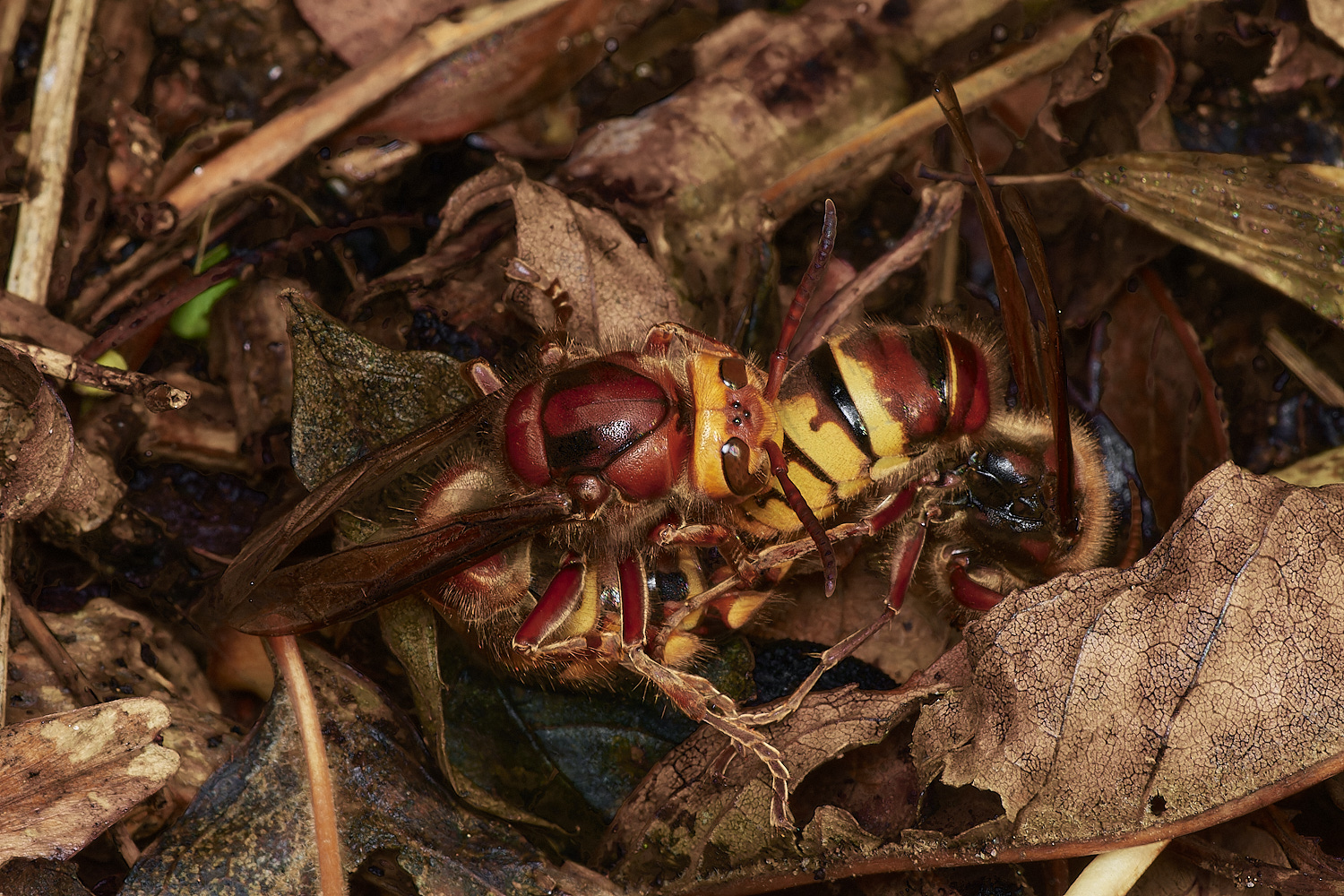
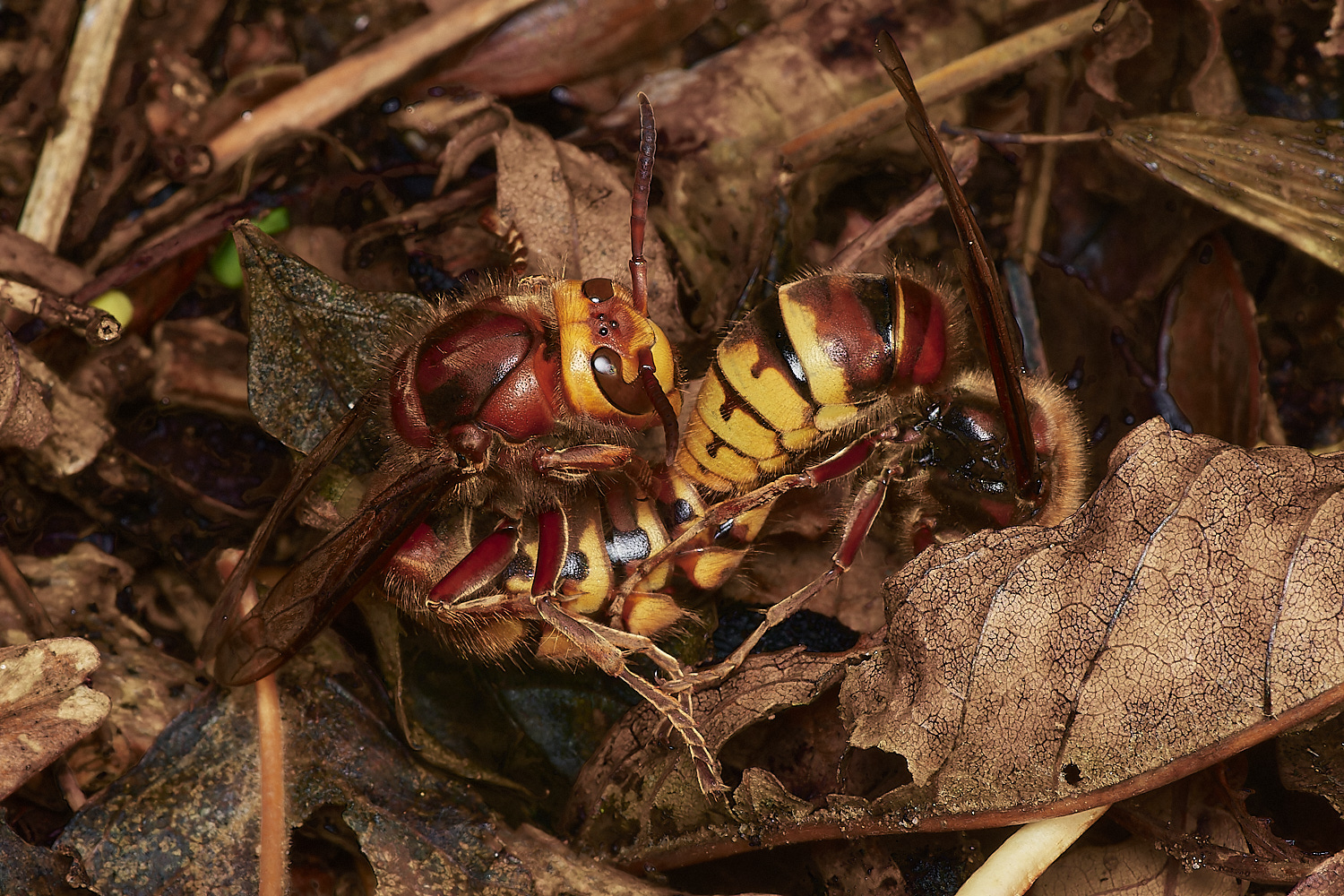
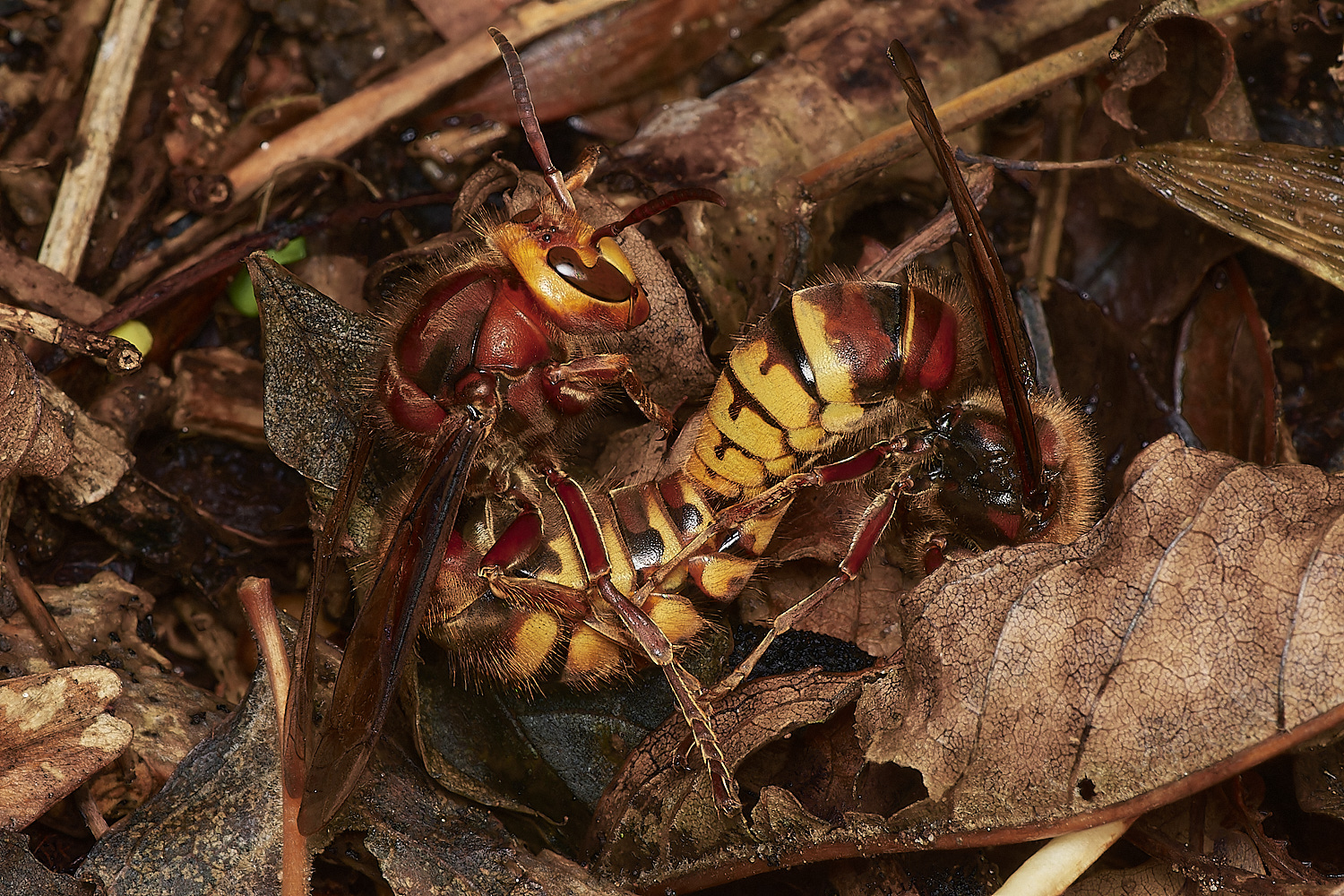
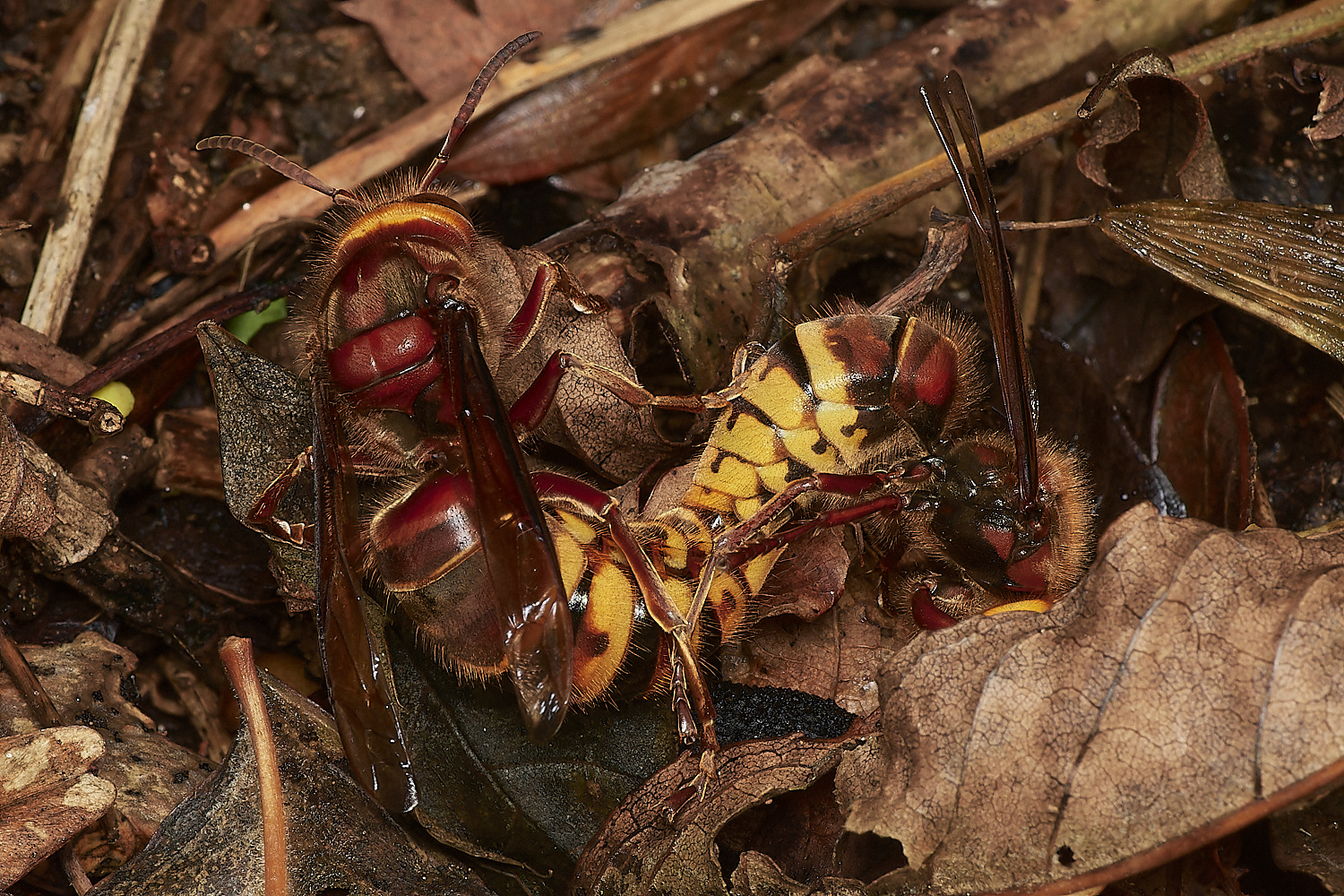
Mating Hornets (Vespa crabro)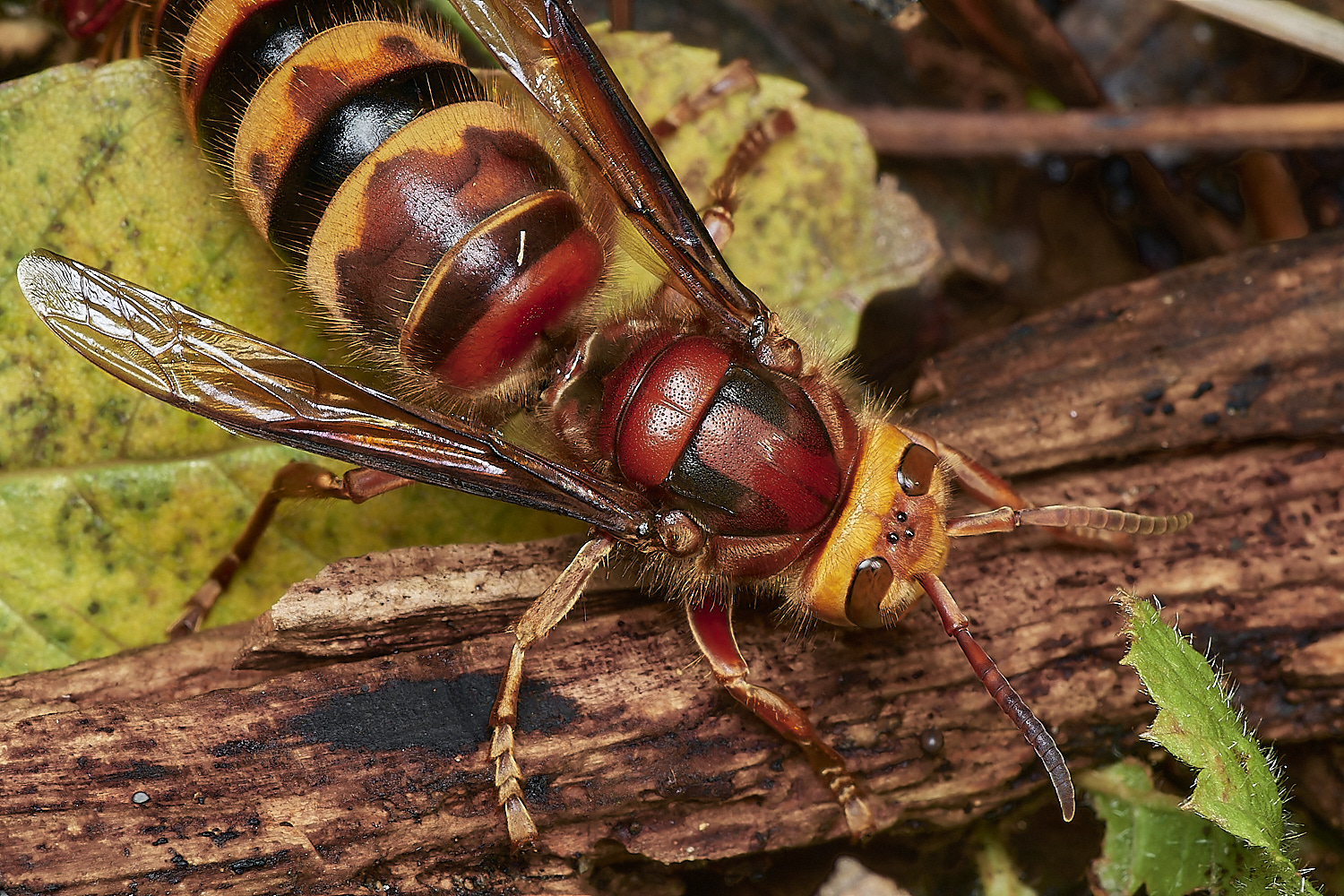
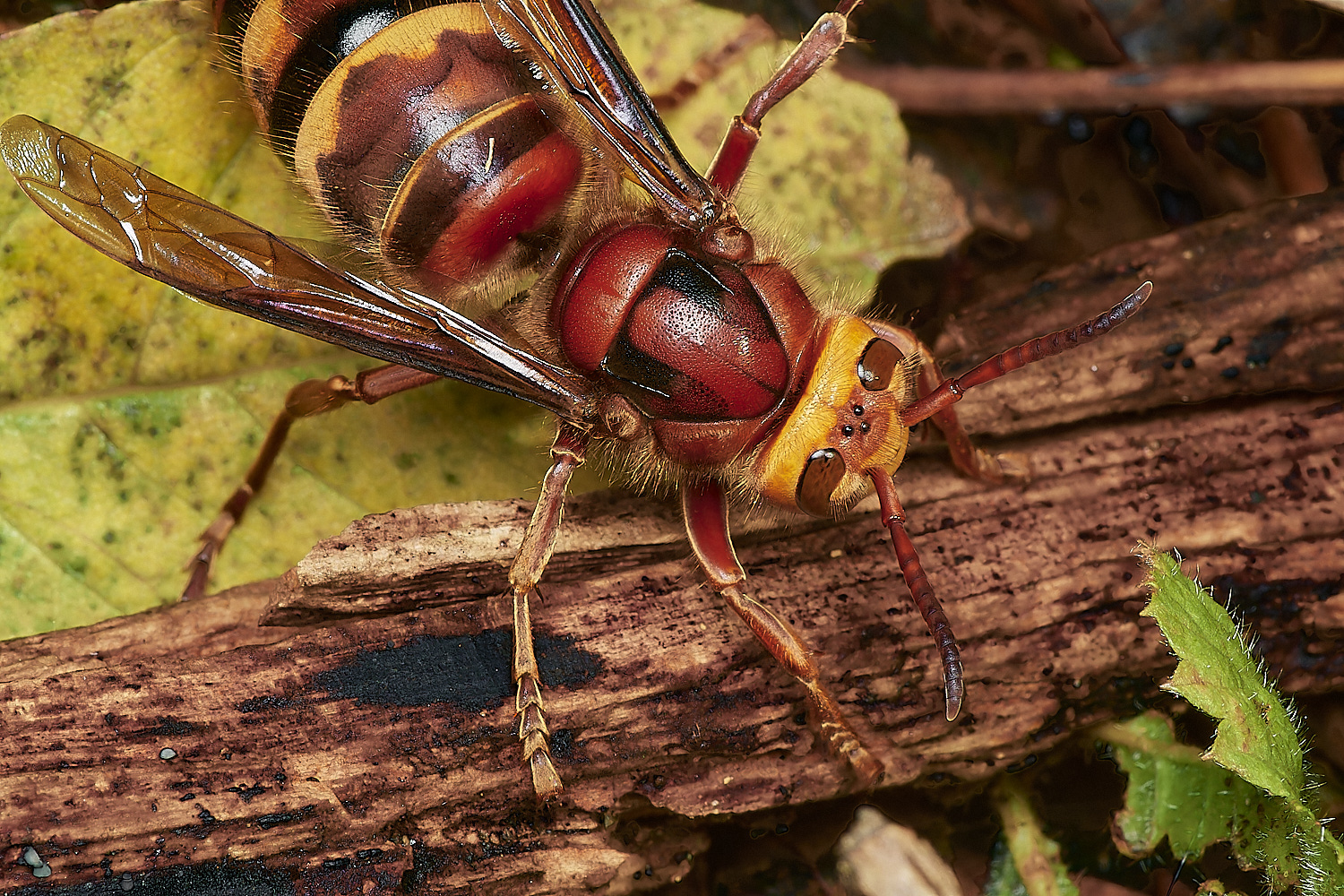
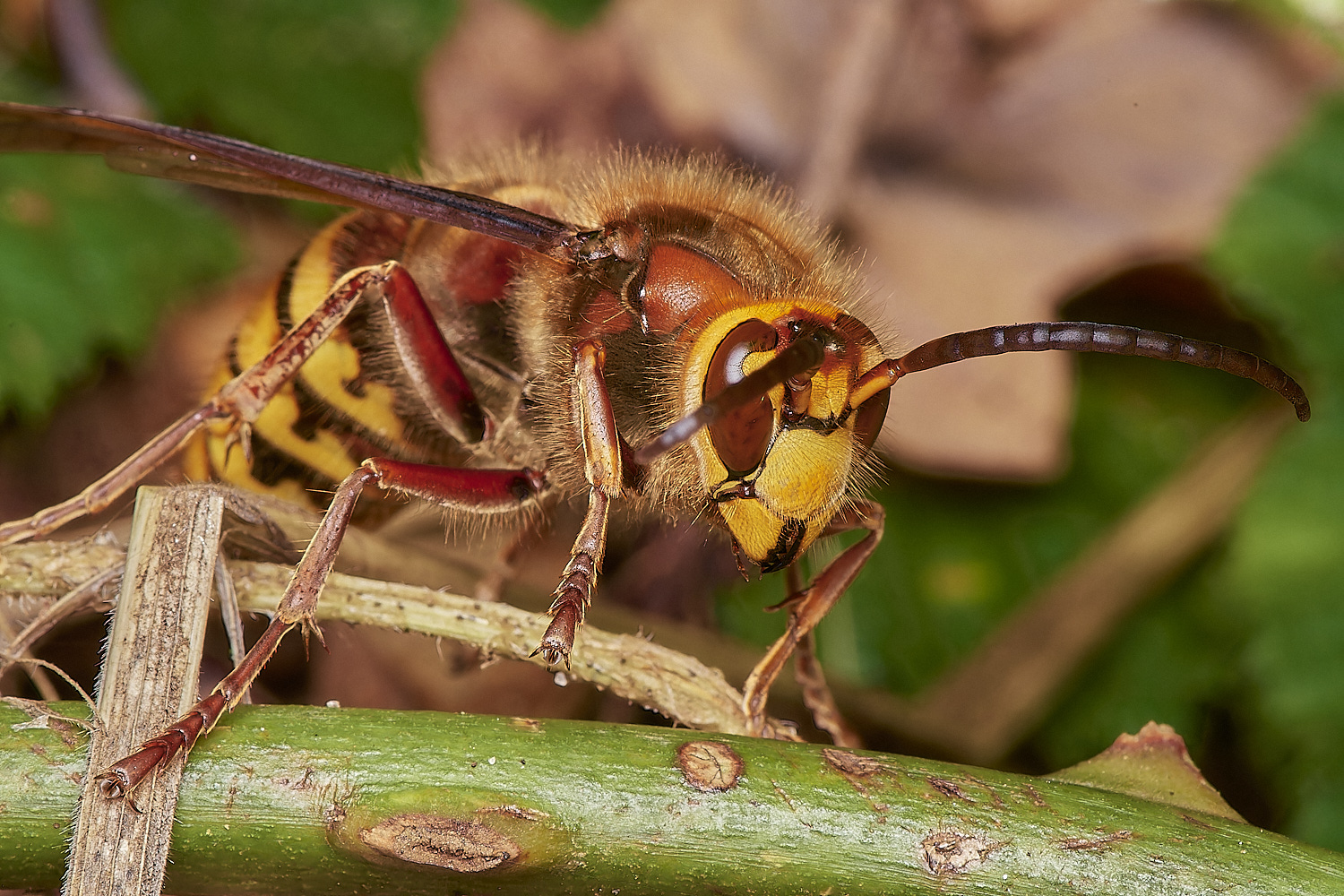
We were looking for Bark Signal-moss (Sematophyllum substrumulosum), which we know is on the Beaver Enclosure but didn't find it.
The images belpw come from the sample that was found previously.
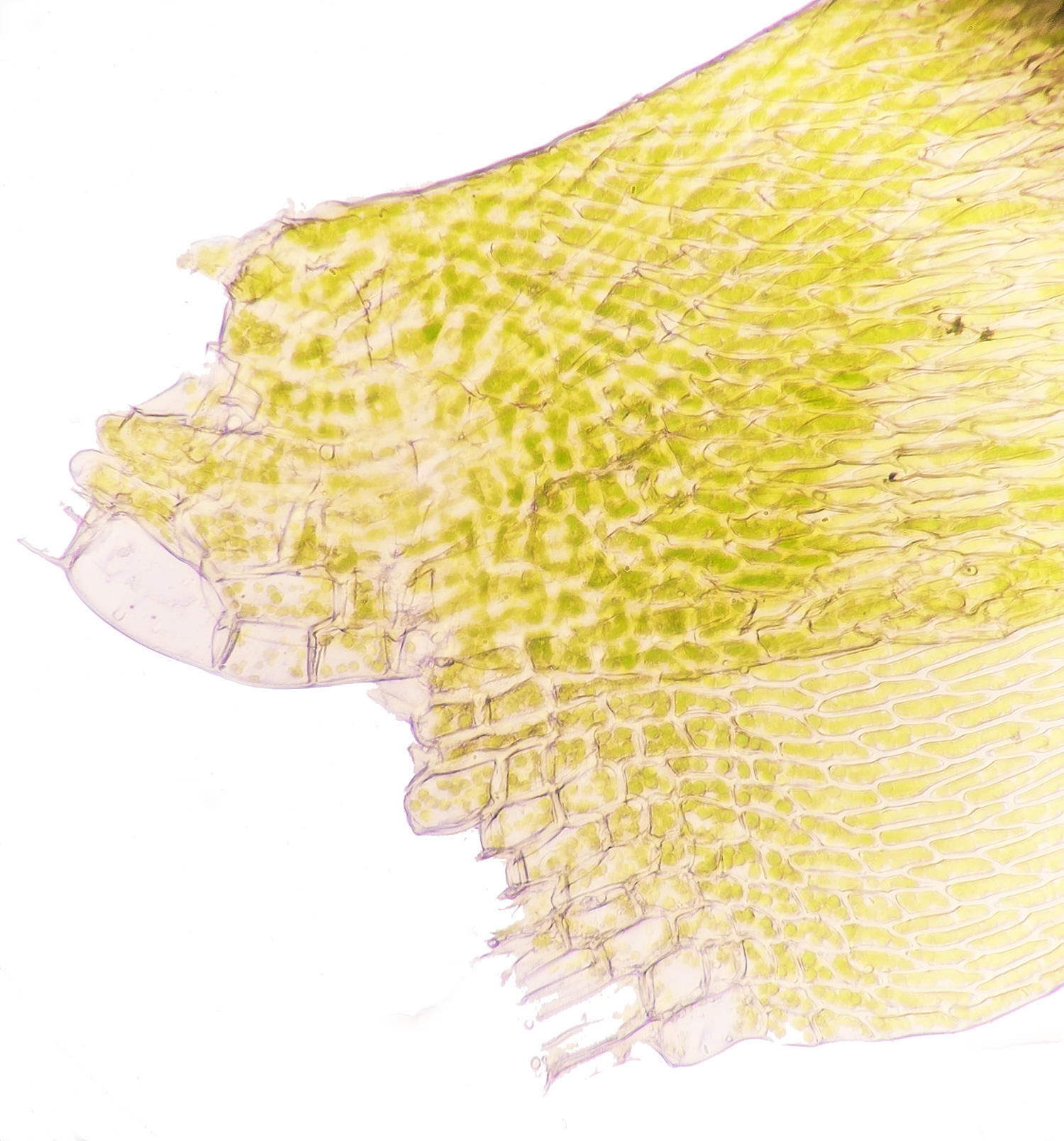
Bark Signal-moss (Sematophyllum substrumulosum)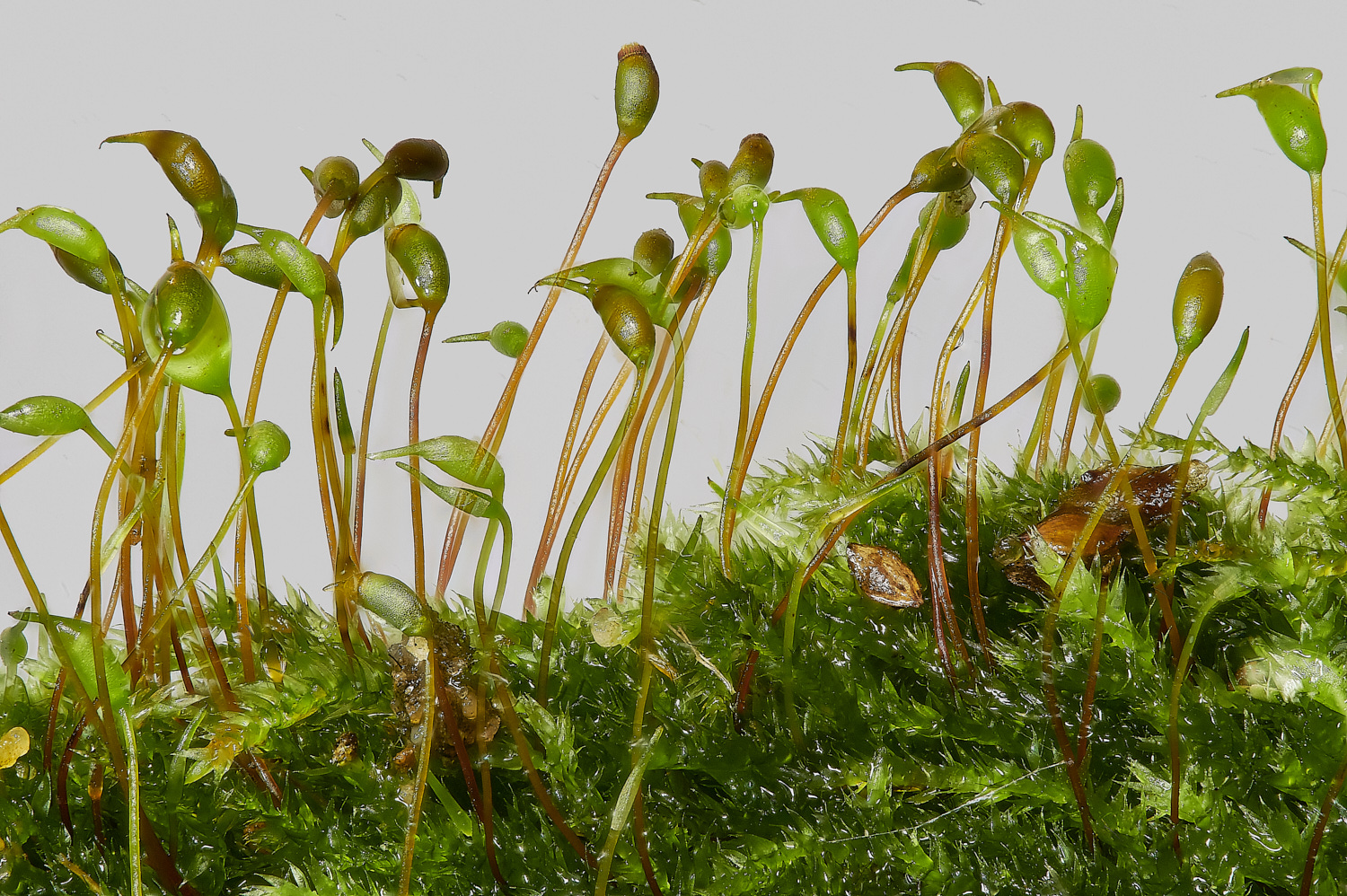
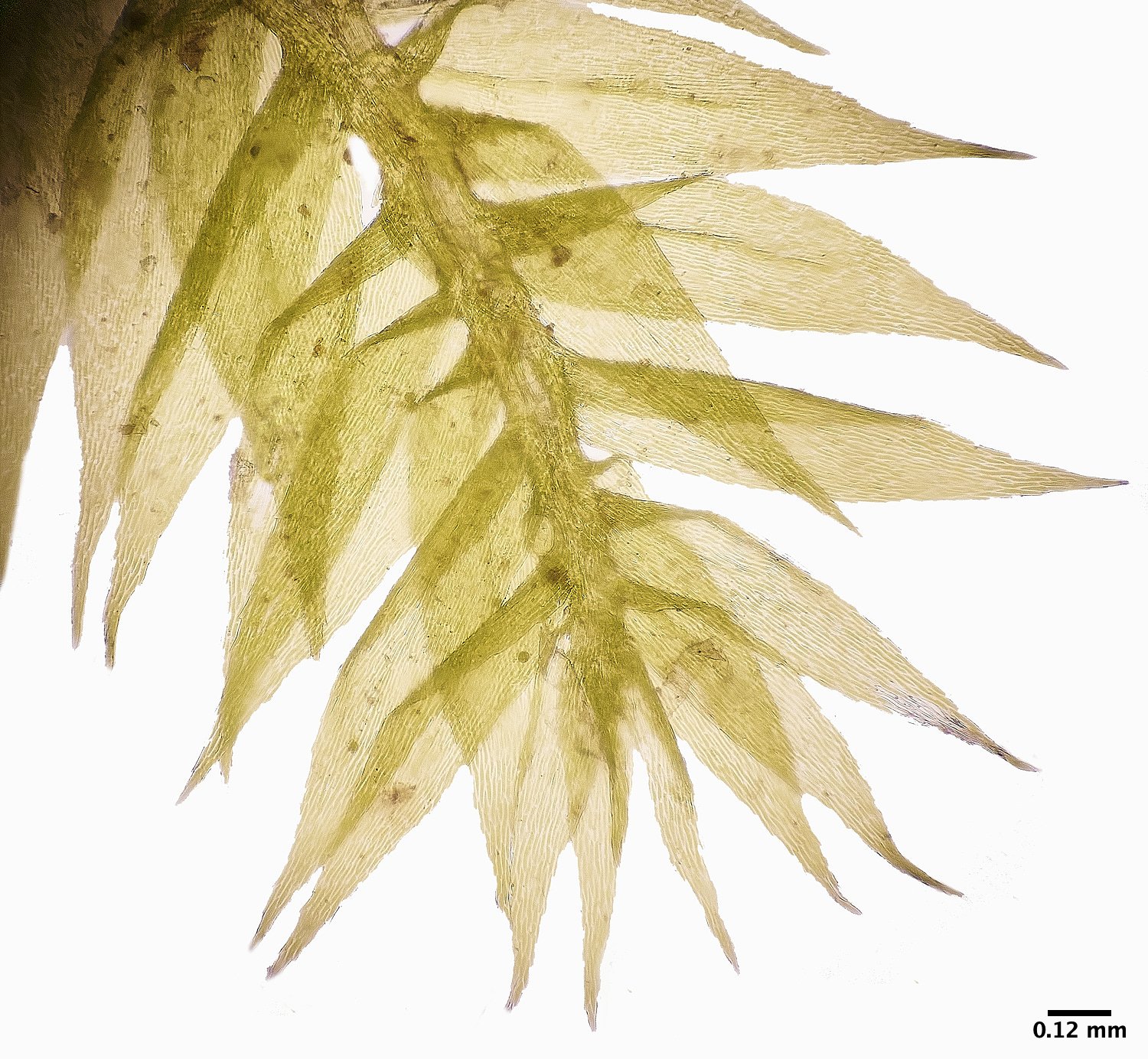
x 100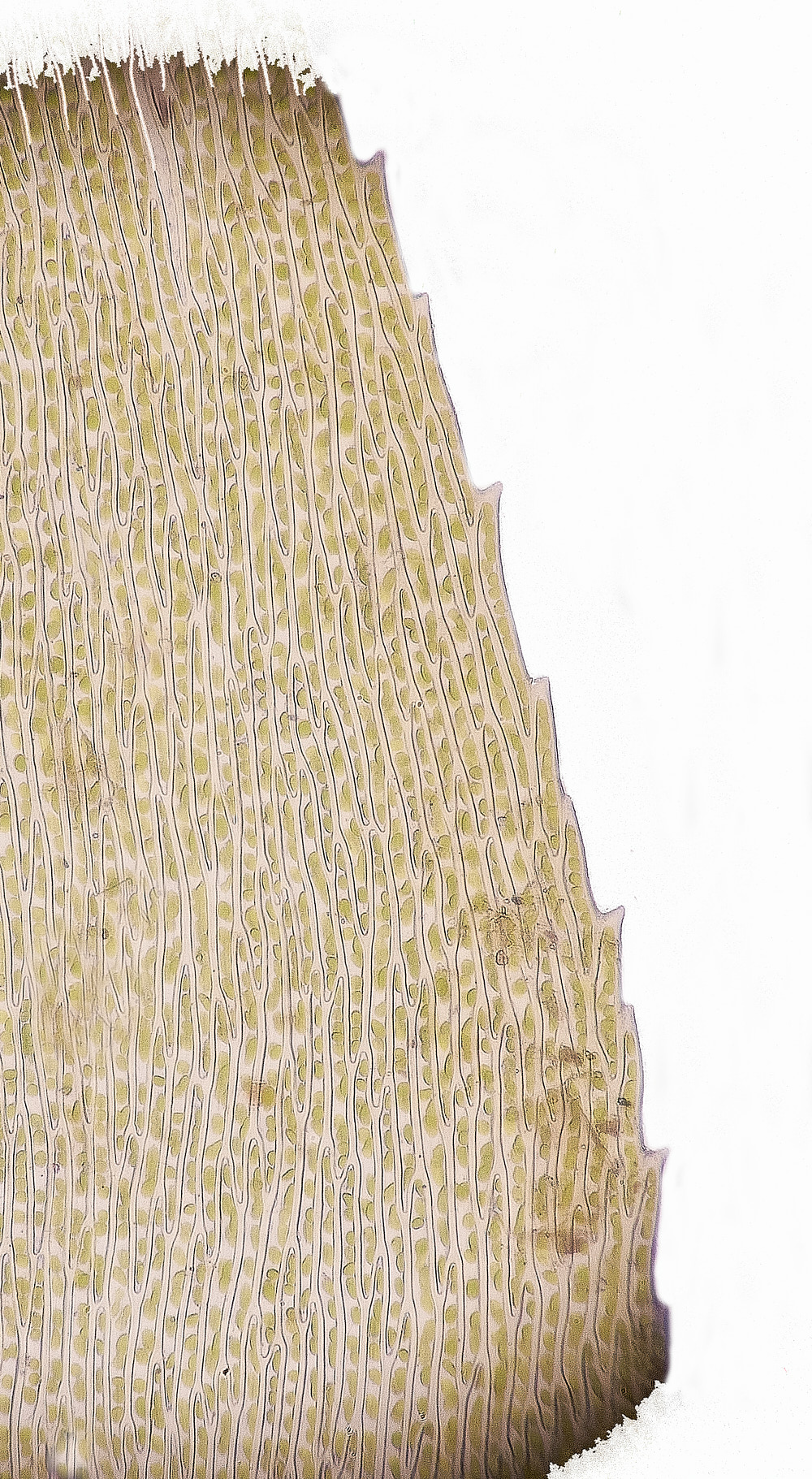
x400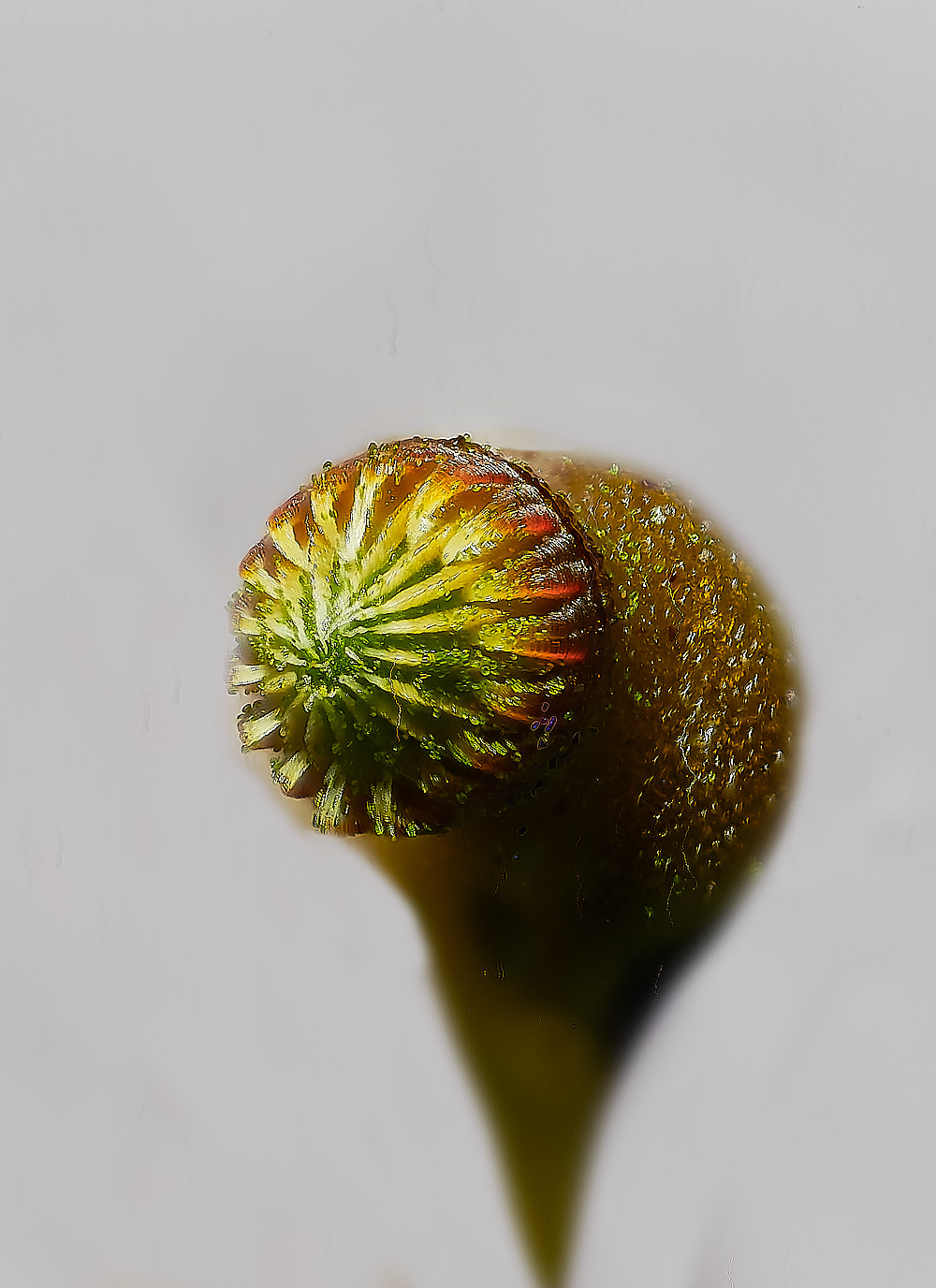
Clustered feather-moss (Rhychostegium confertum)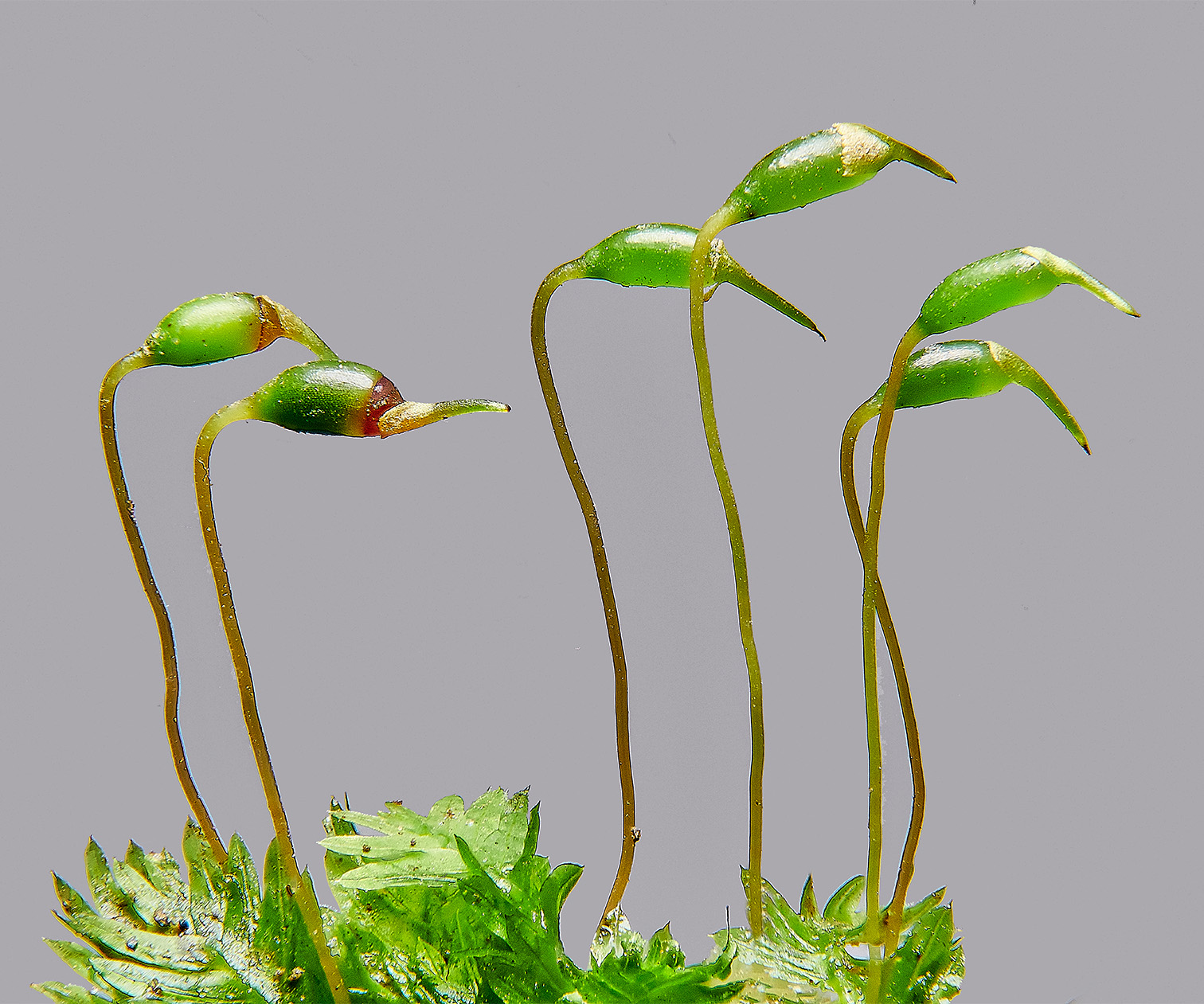
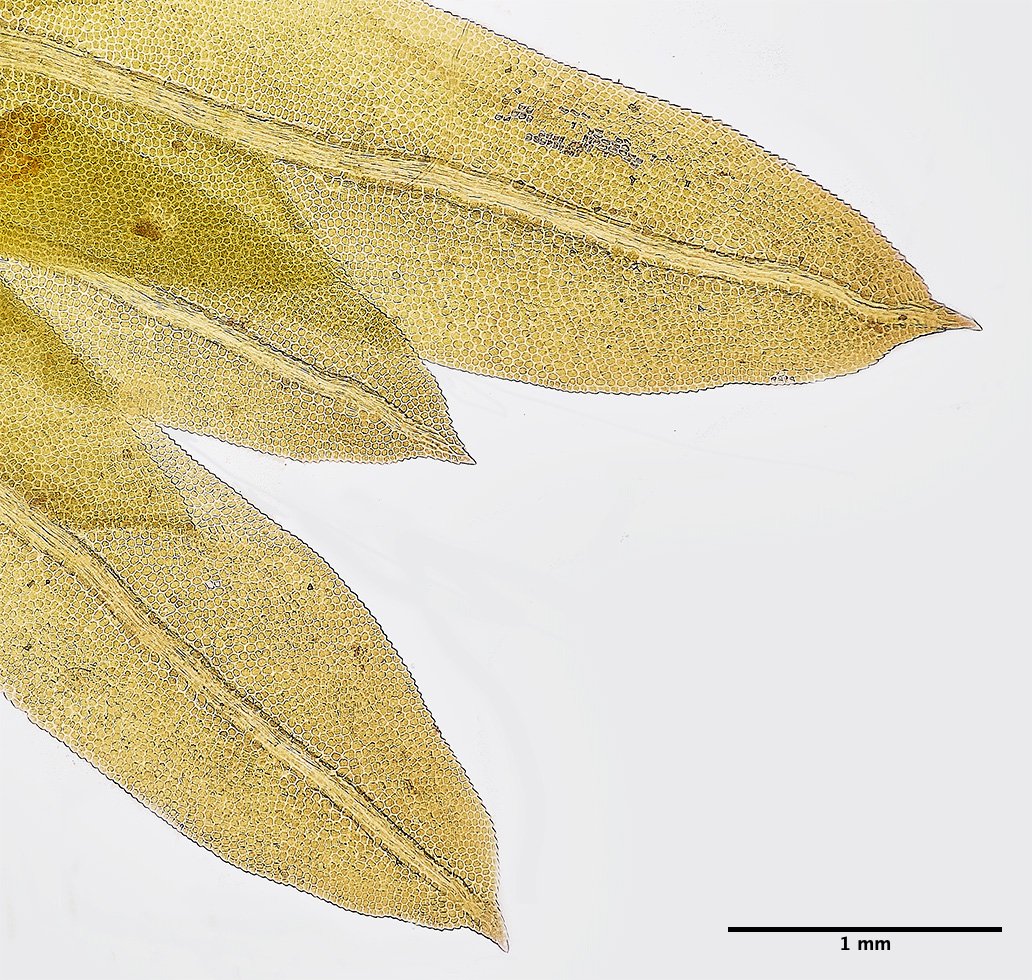
x40
Inclined capsules but sadly no border to the leaves on my sample.
(Fissidens taxifolius var taxifolius)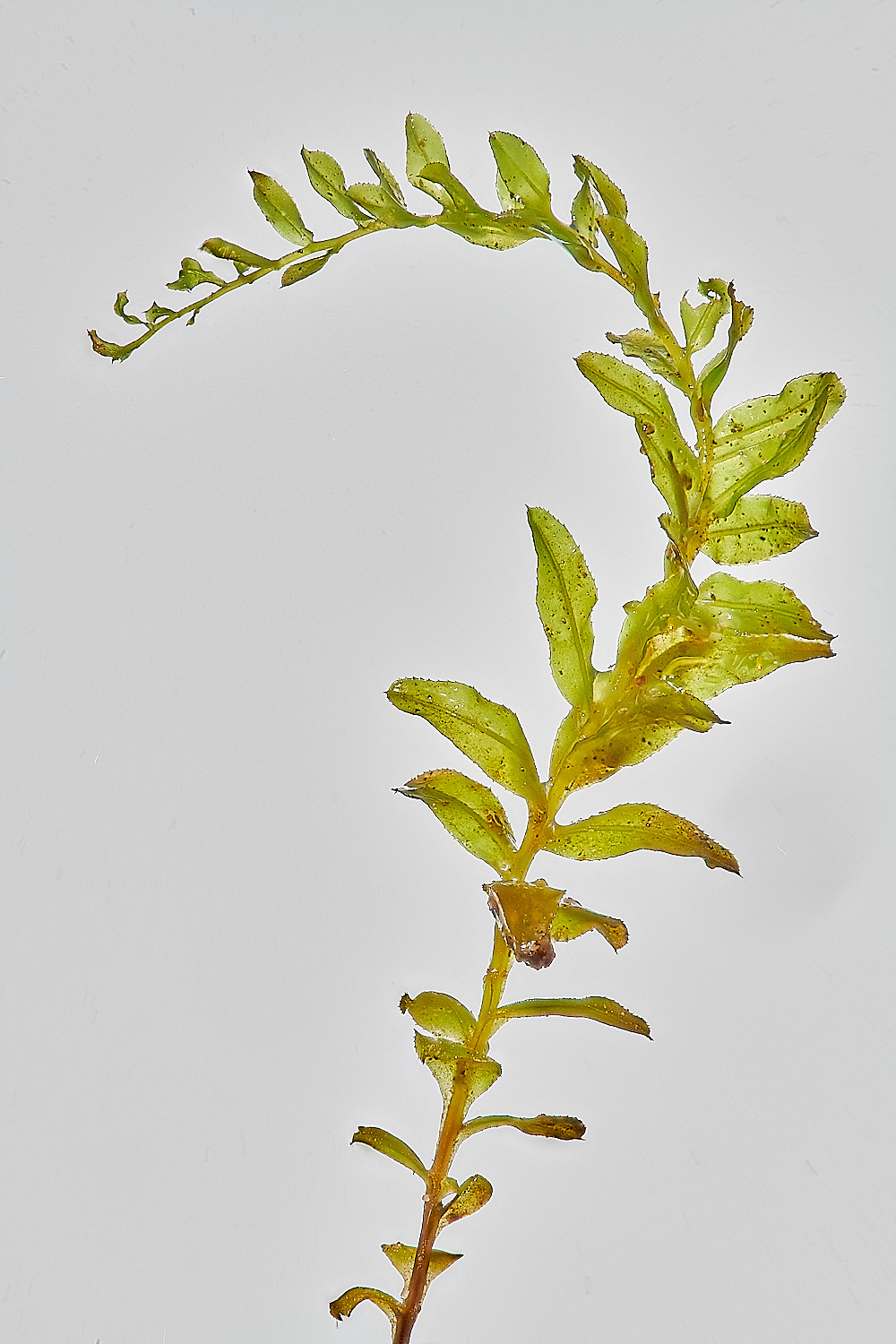
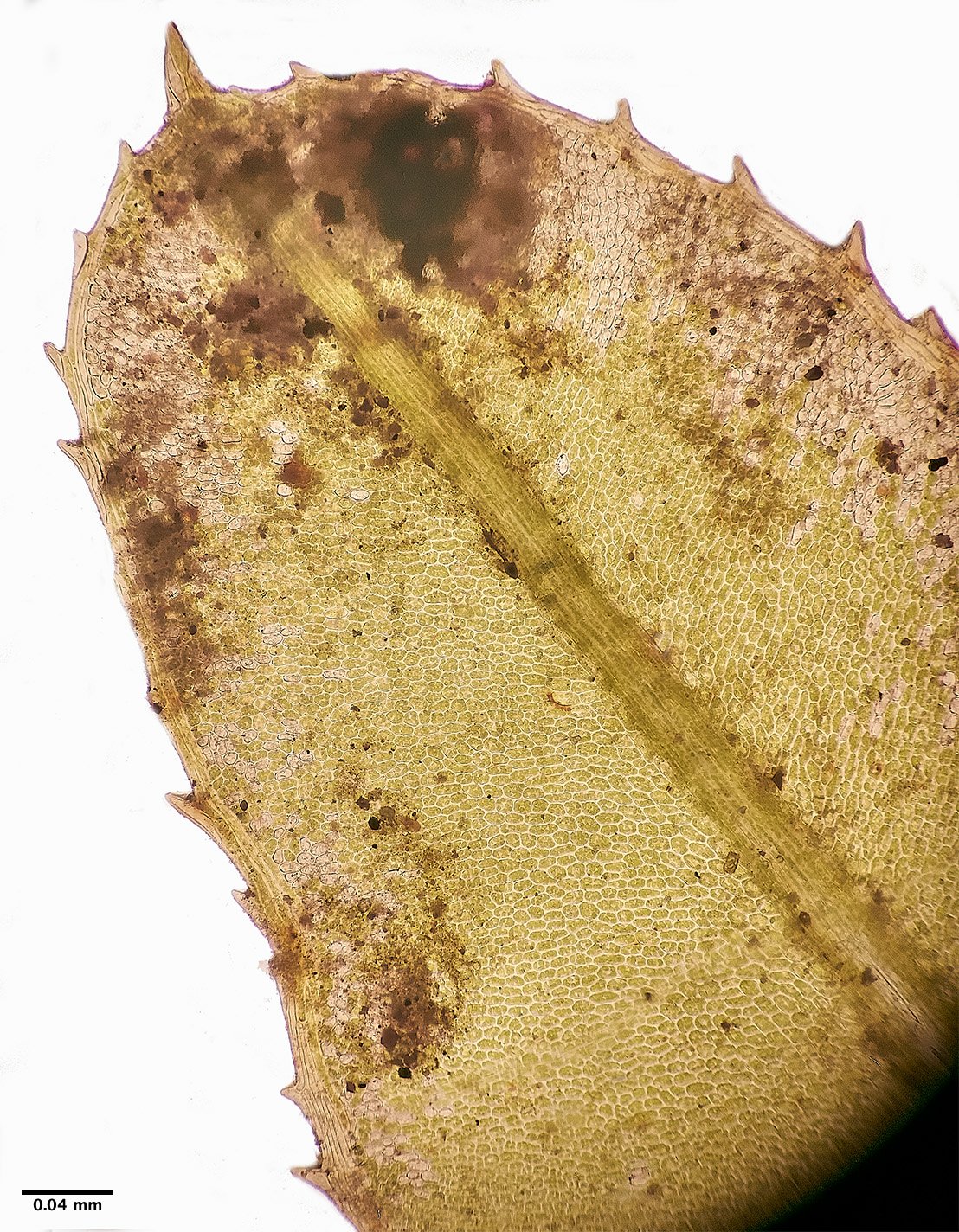
The cells are longer than wide and arranged in diagonal rows across the phyllid, This is diagnostic of Tall Thyme-moss
Tall Thyme-moss Sp (Plagiomnium elatum)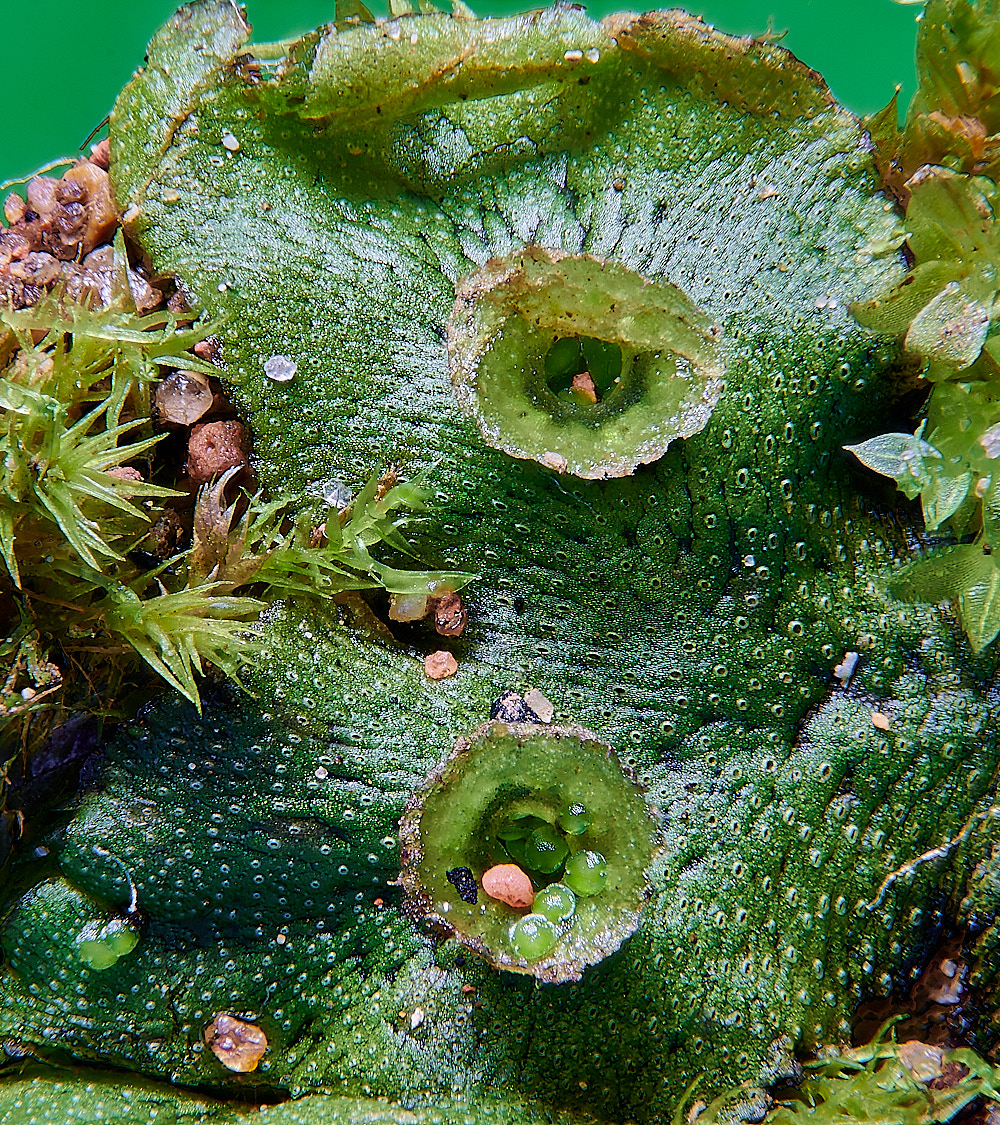
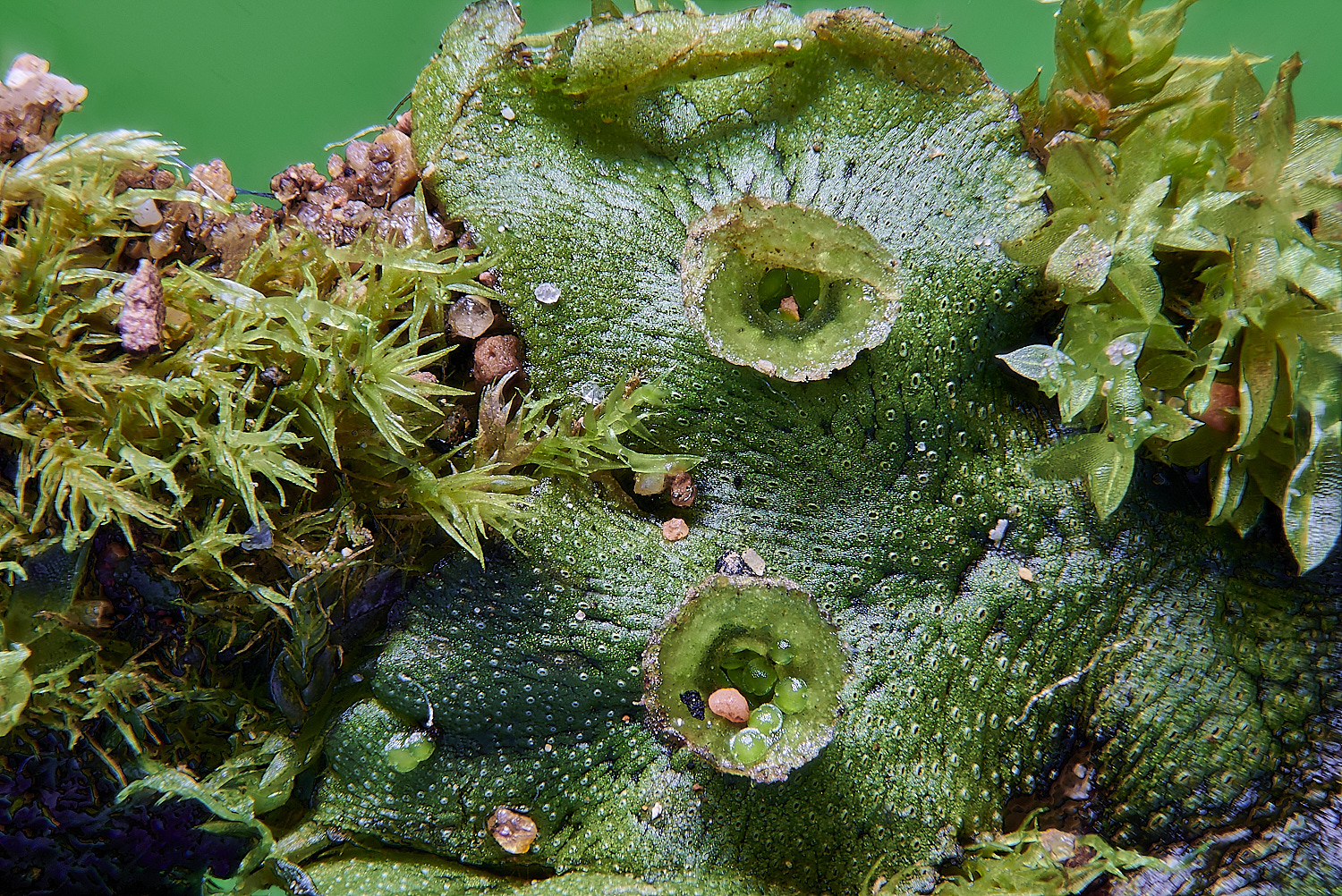
Common Liverwort (Marchantia polymorpha)
There are three subspecies of Marchantia - montivagans, polymorpha & ruderalis.
This one could be Marchantia polymorpha subsp ruderalis as the black line across the thallus is irregular & interrupted? 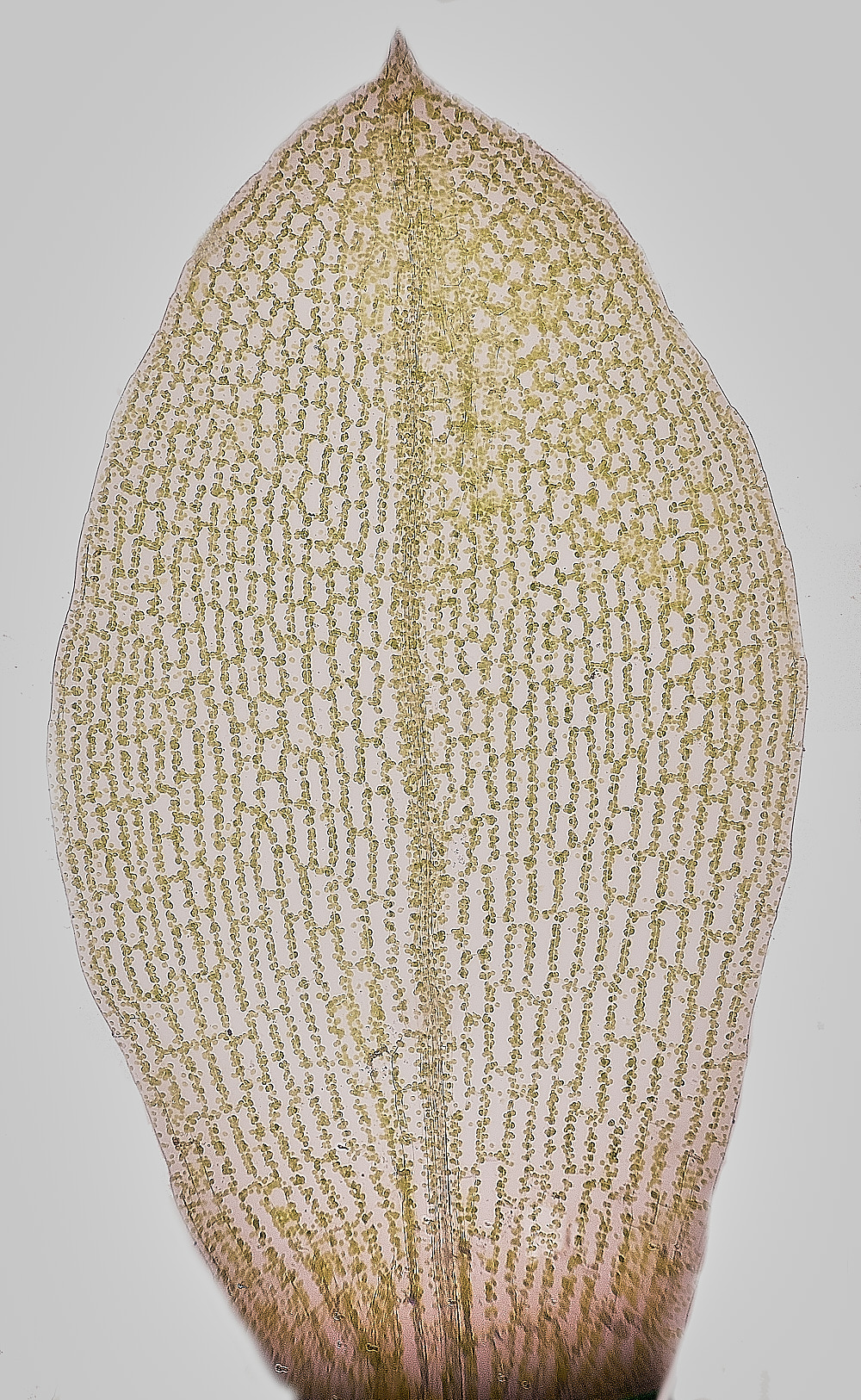
Not sure about this one. We saw lots of it and I have to do an overall shot. Bryum???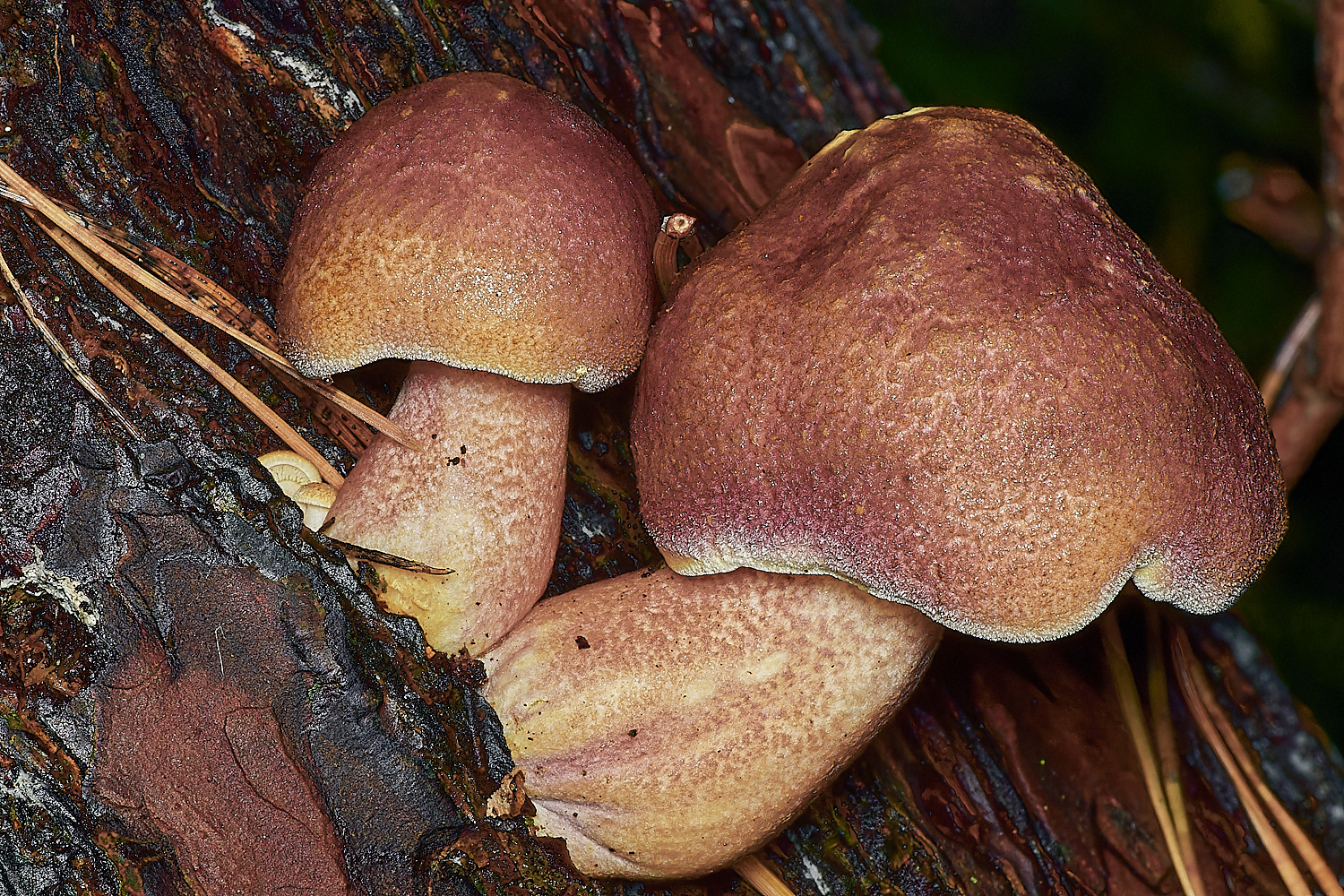
Plums & Custard (Tricholomopsis rutilans)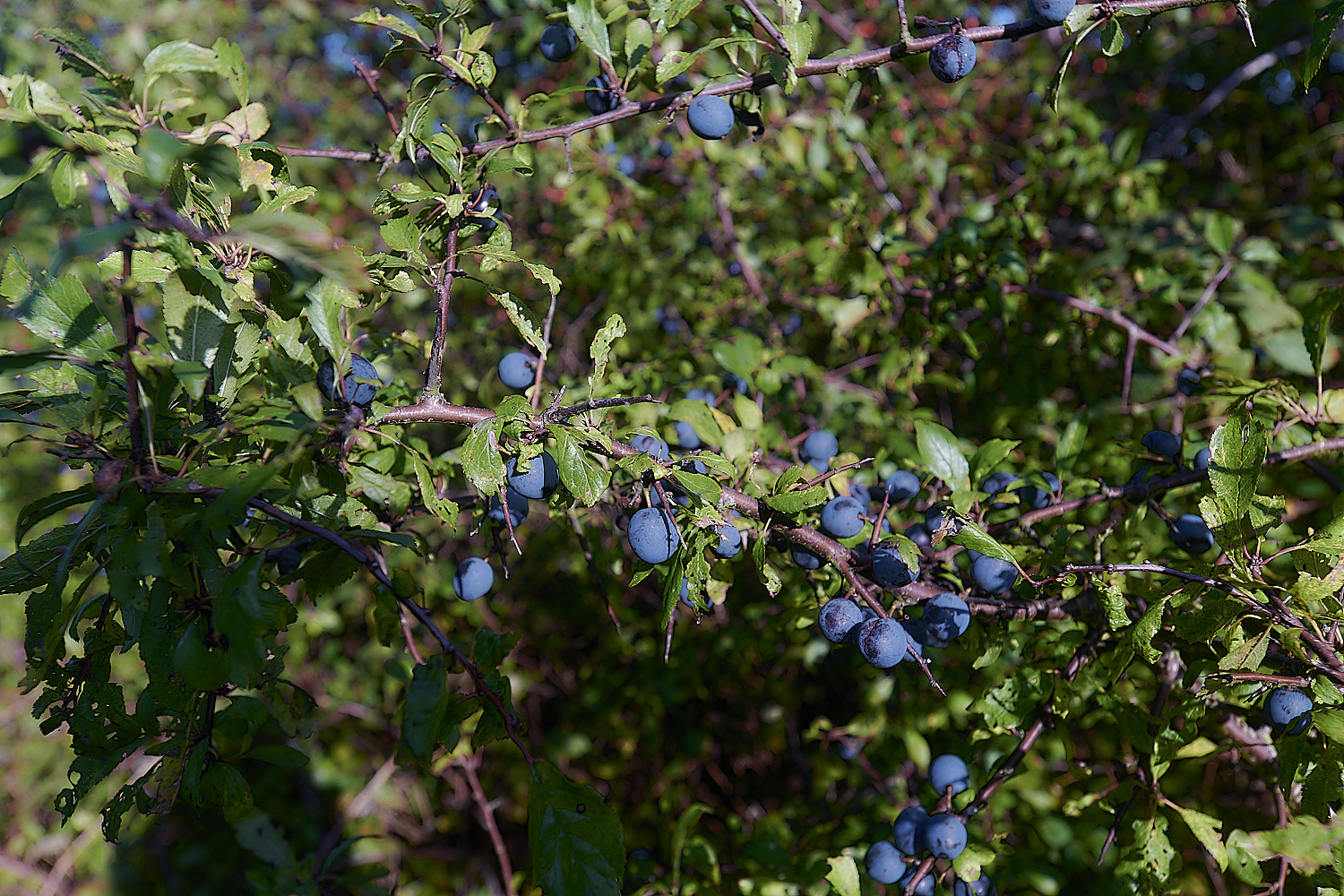
Sloe berries (Prunus spinosa)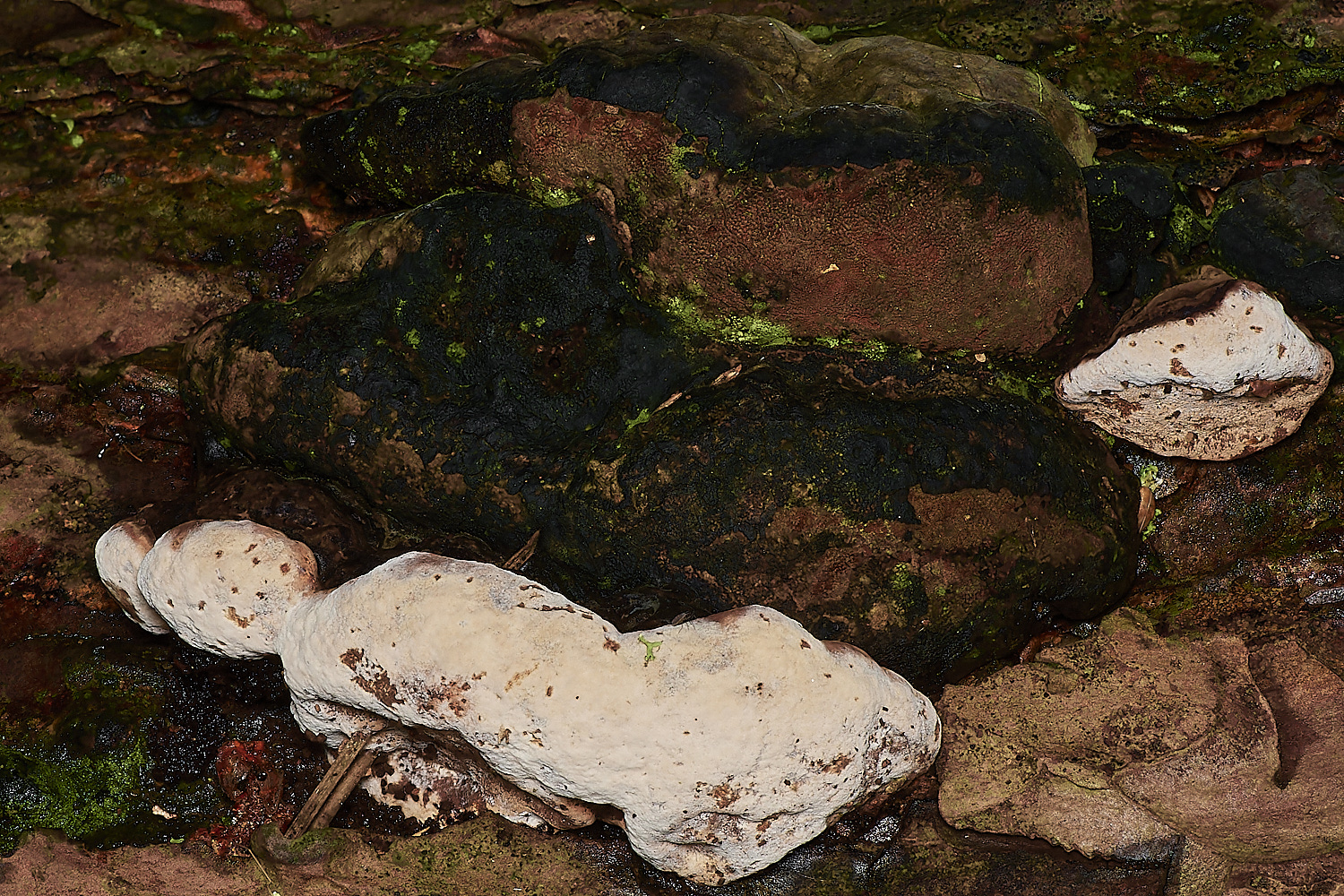
Wet Rot (Heterobasidion annosum)?
Barney Wood
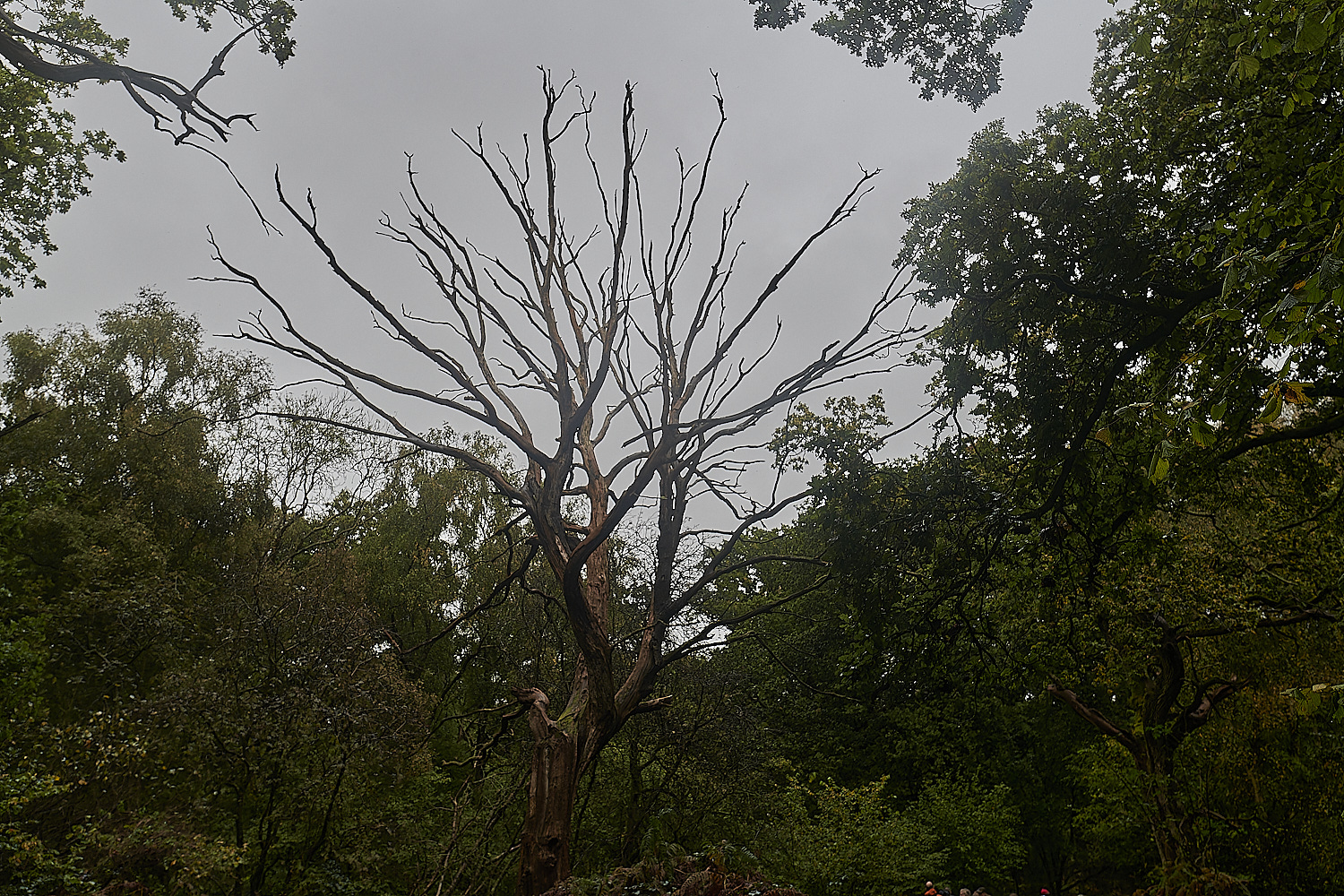
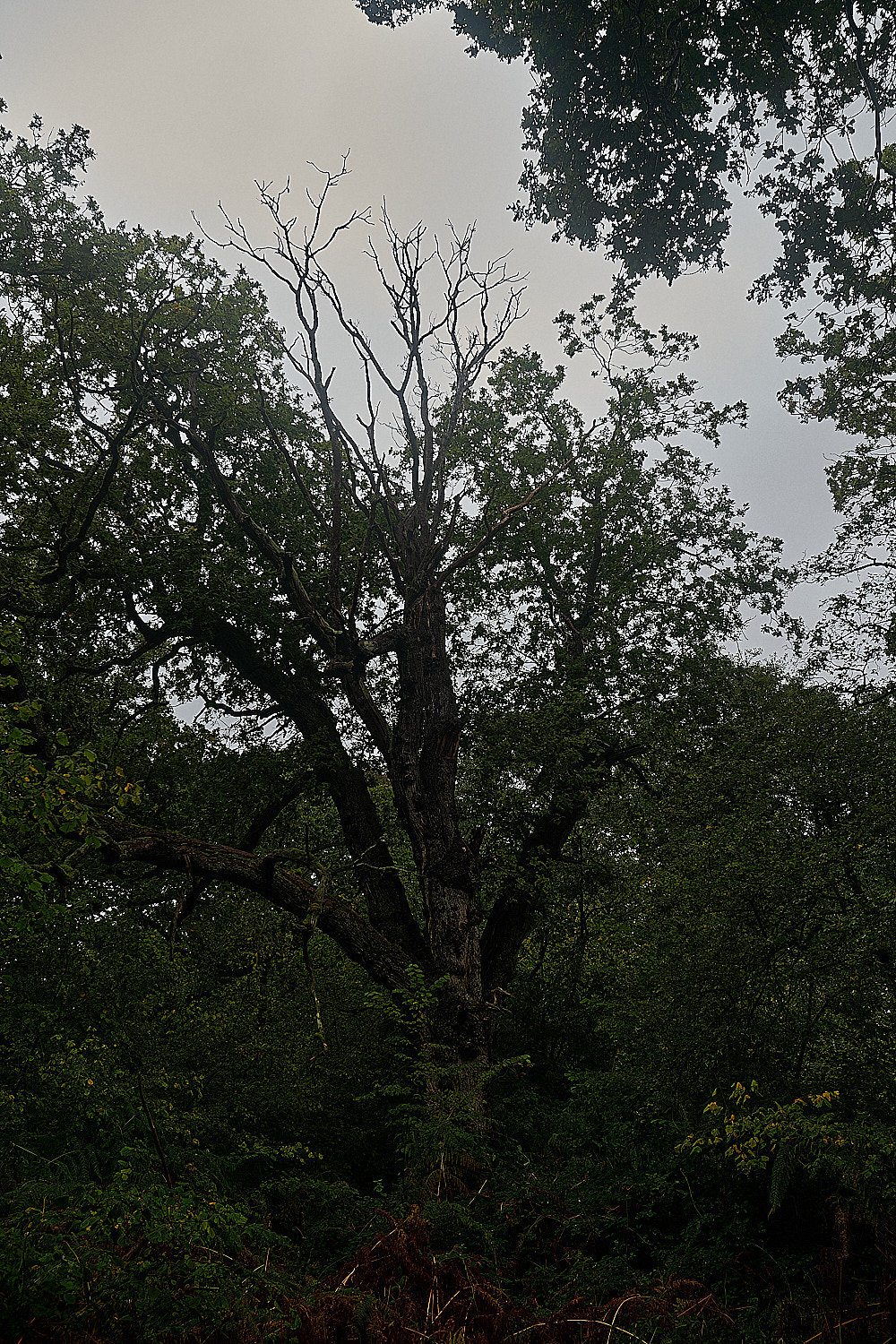
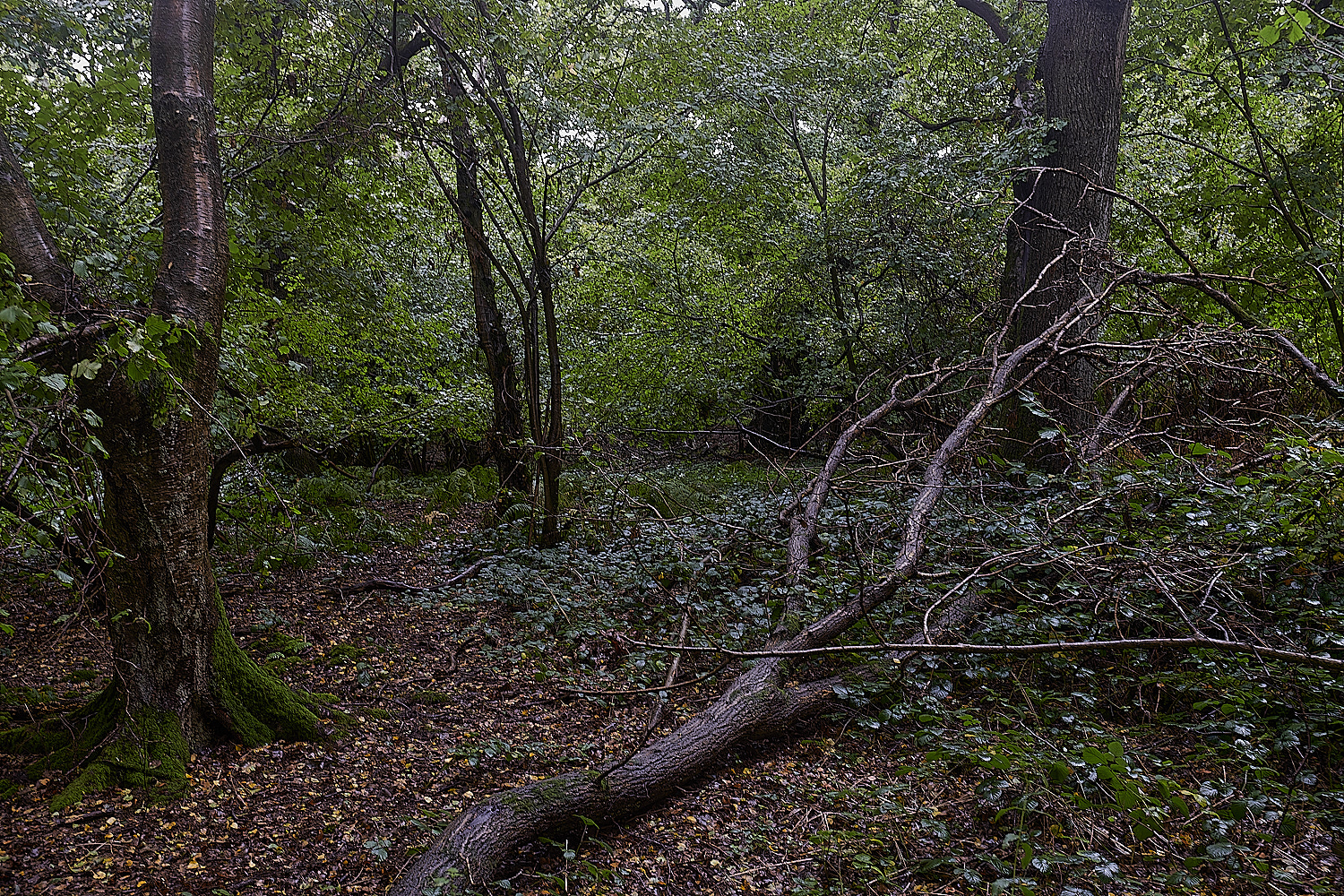
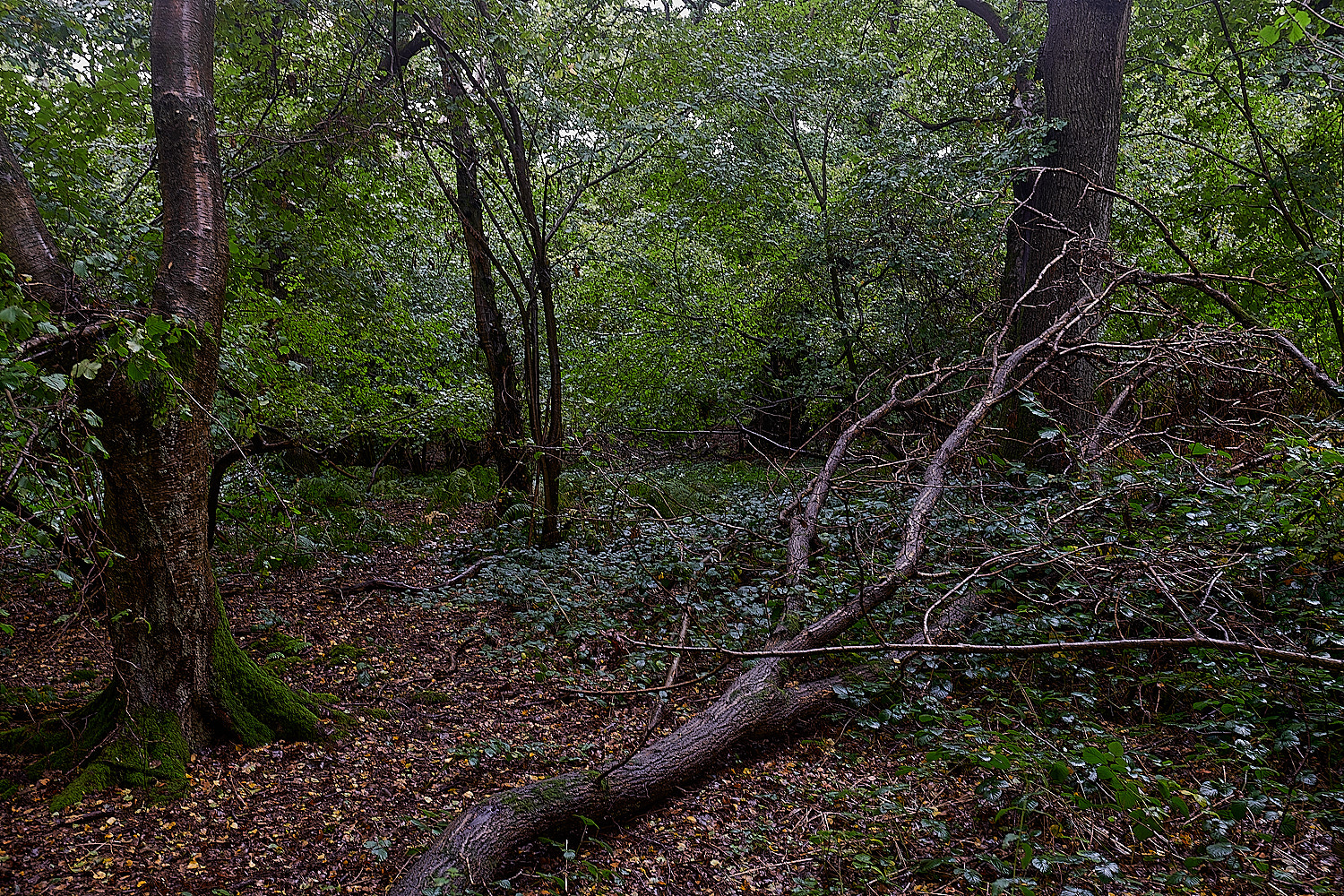
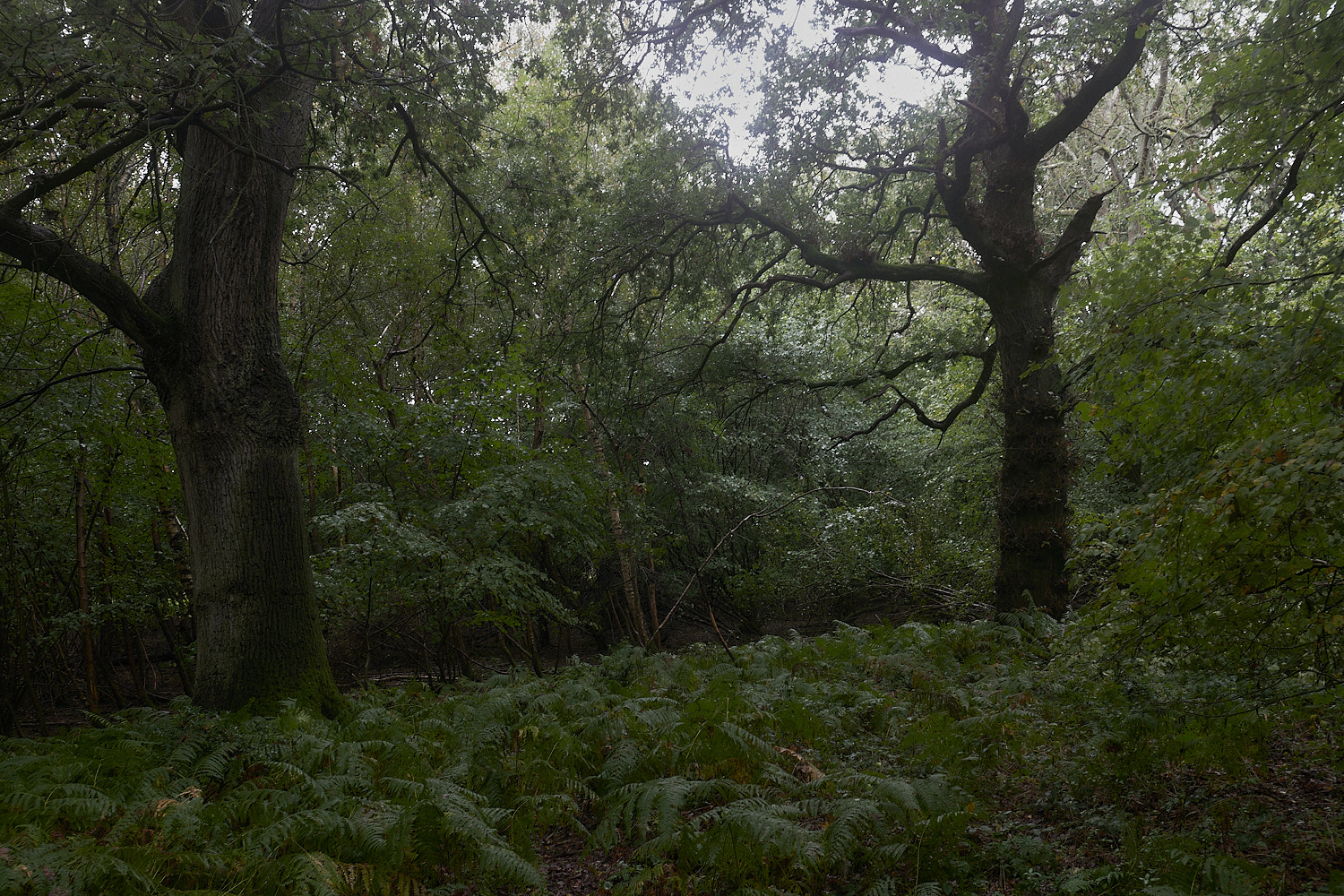
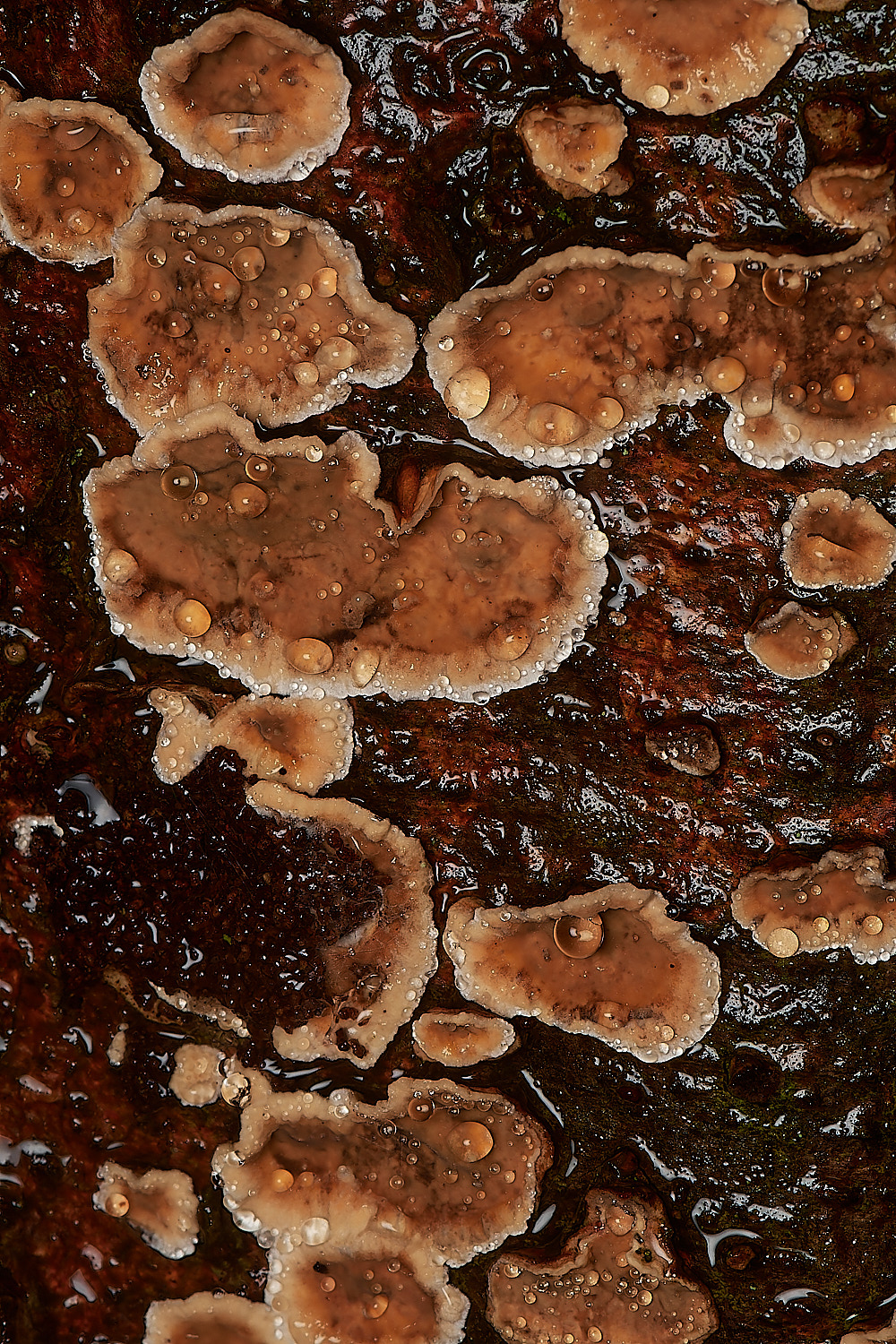
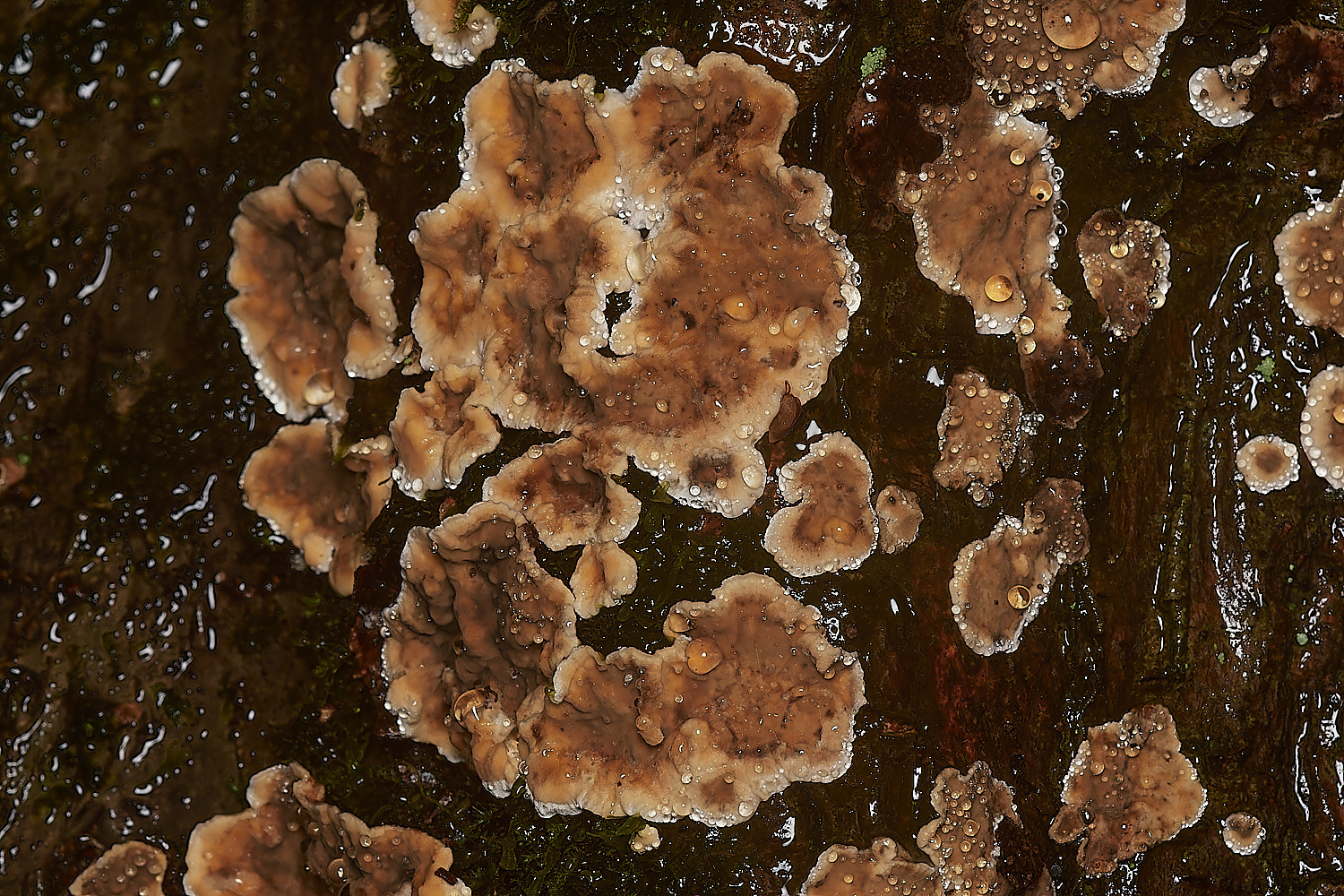
Bleeding Broadleaf Crust (Stereum rugosum)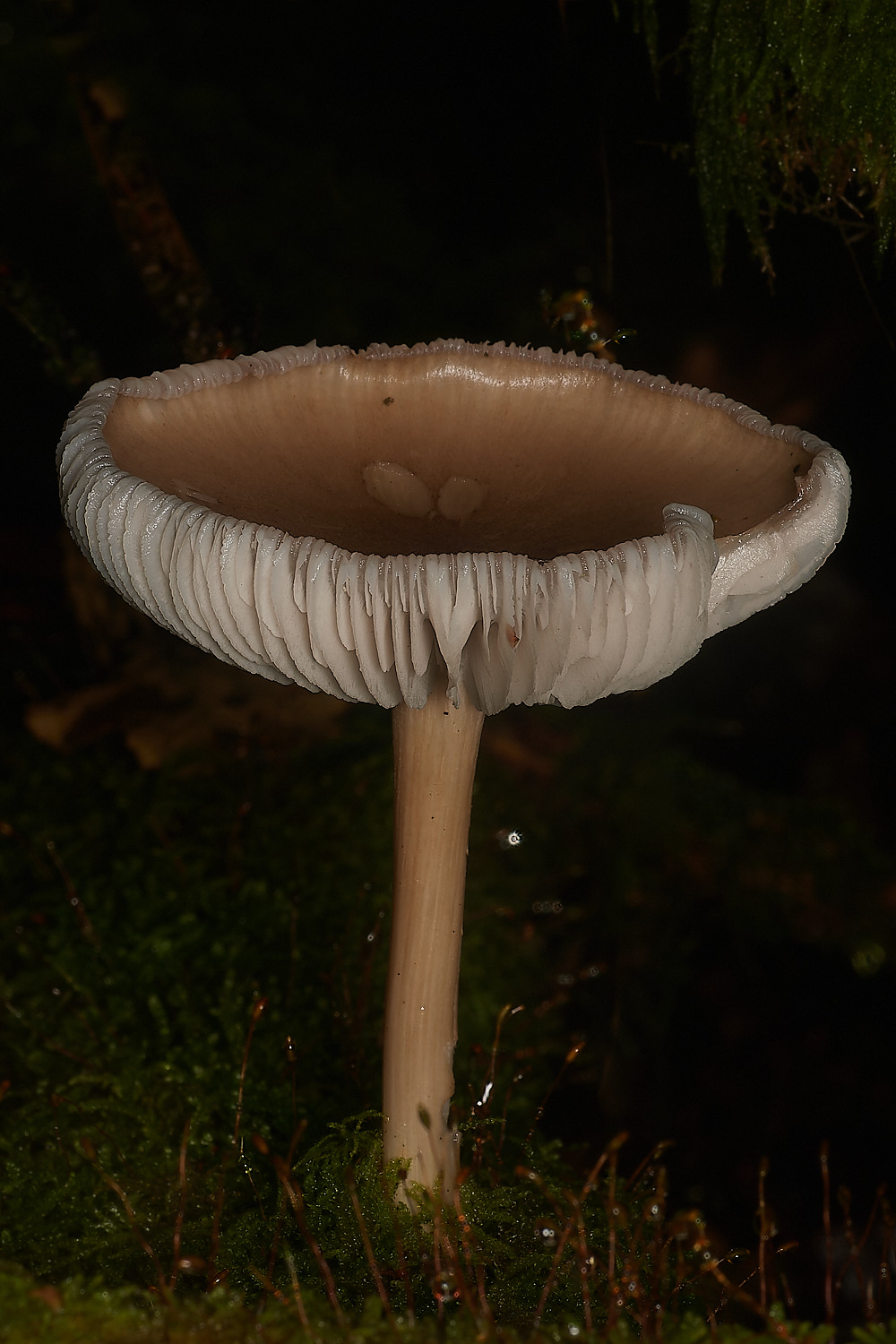
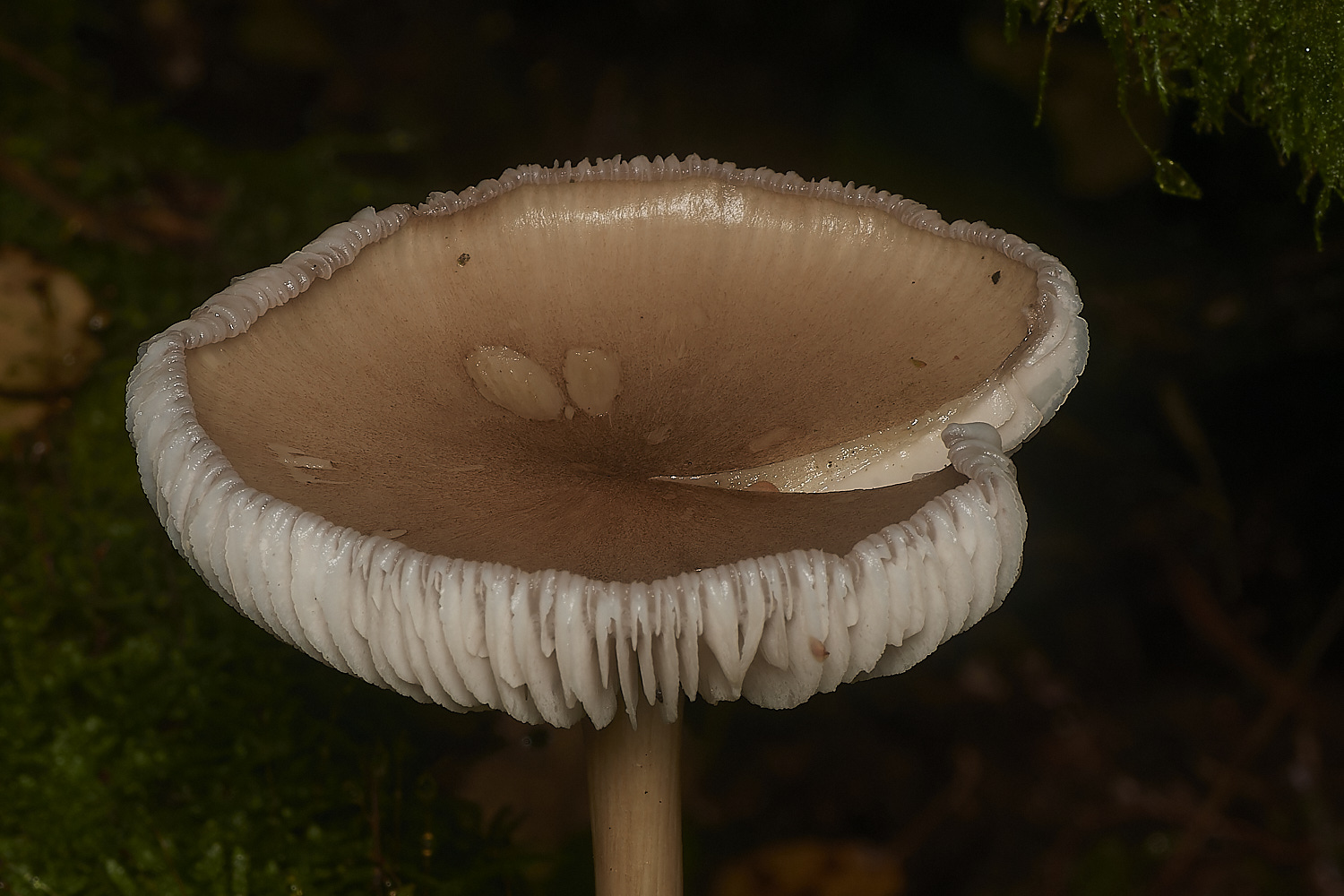
A very large Common Bonnet (Mycena galericulata)?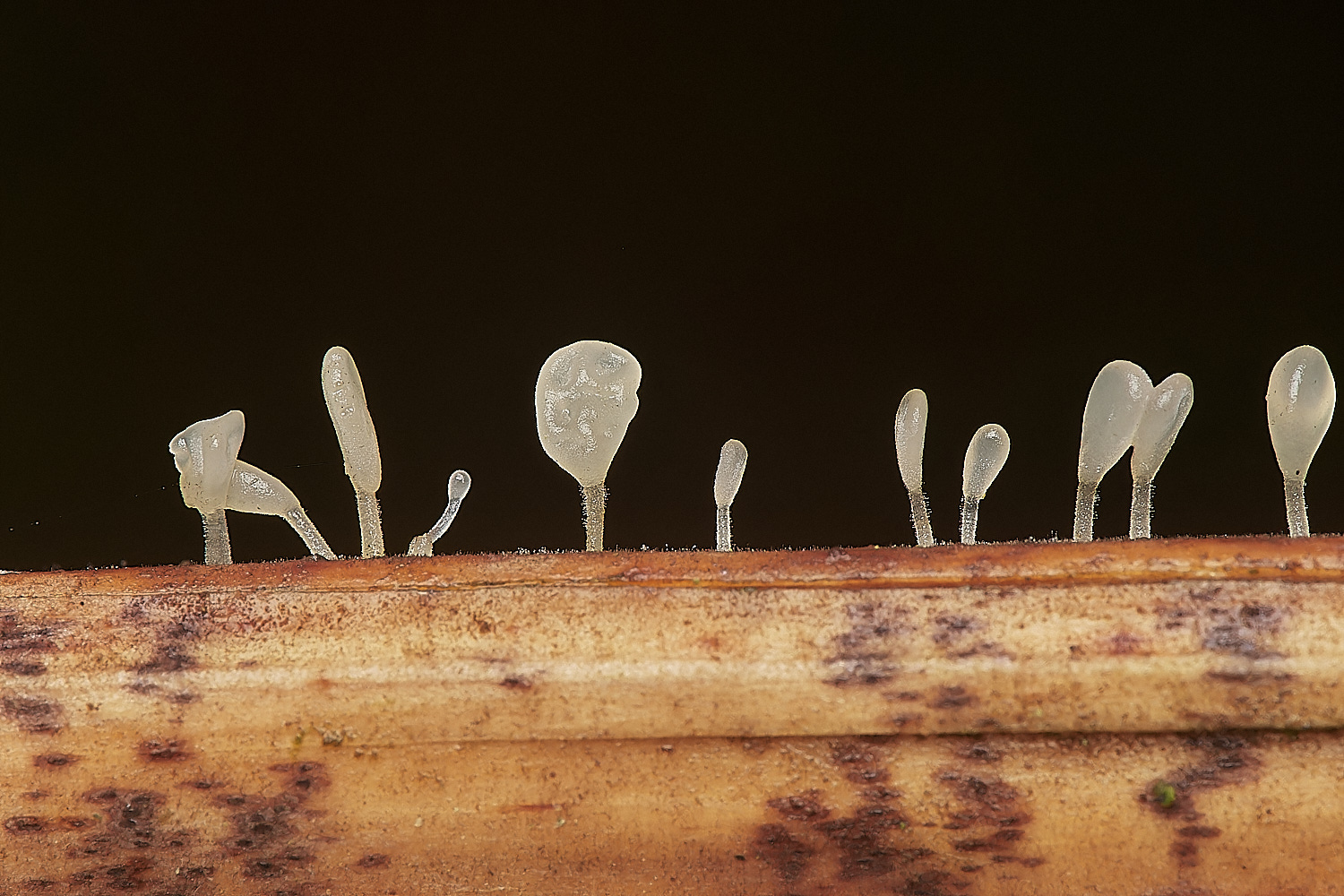
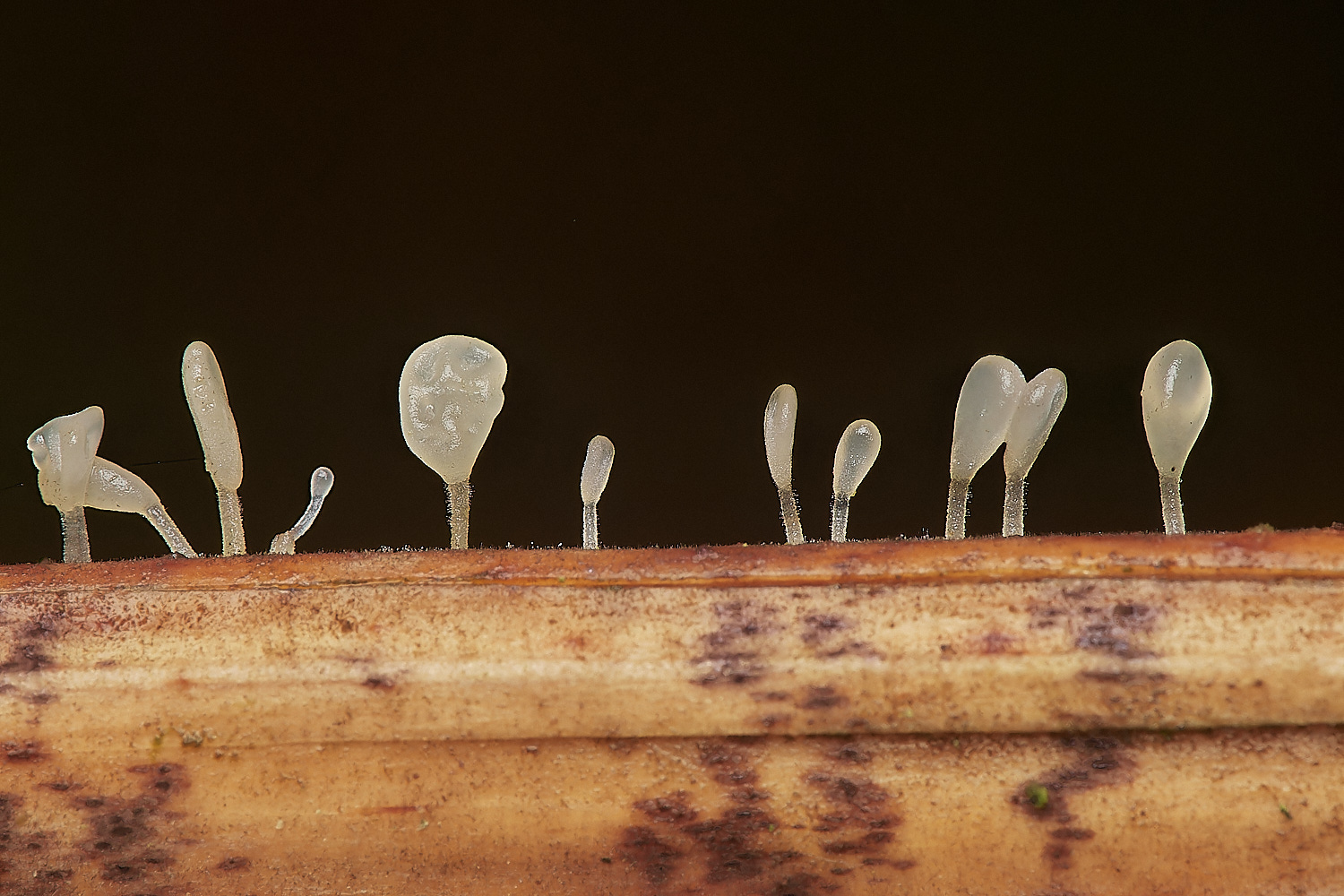
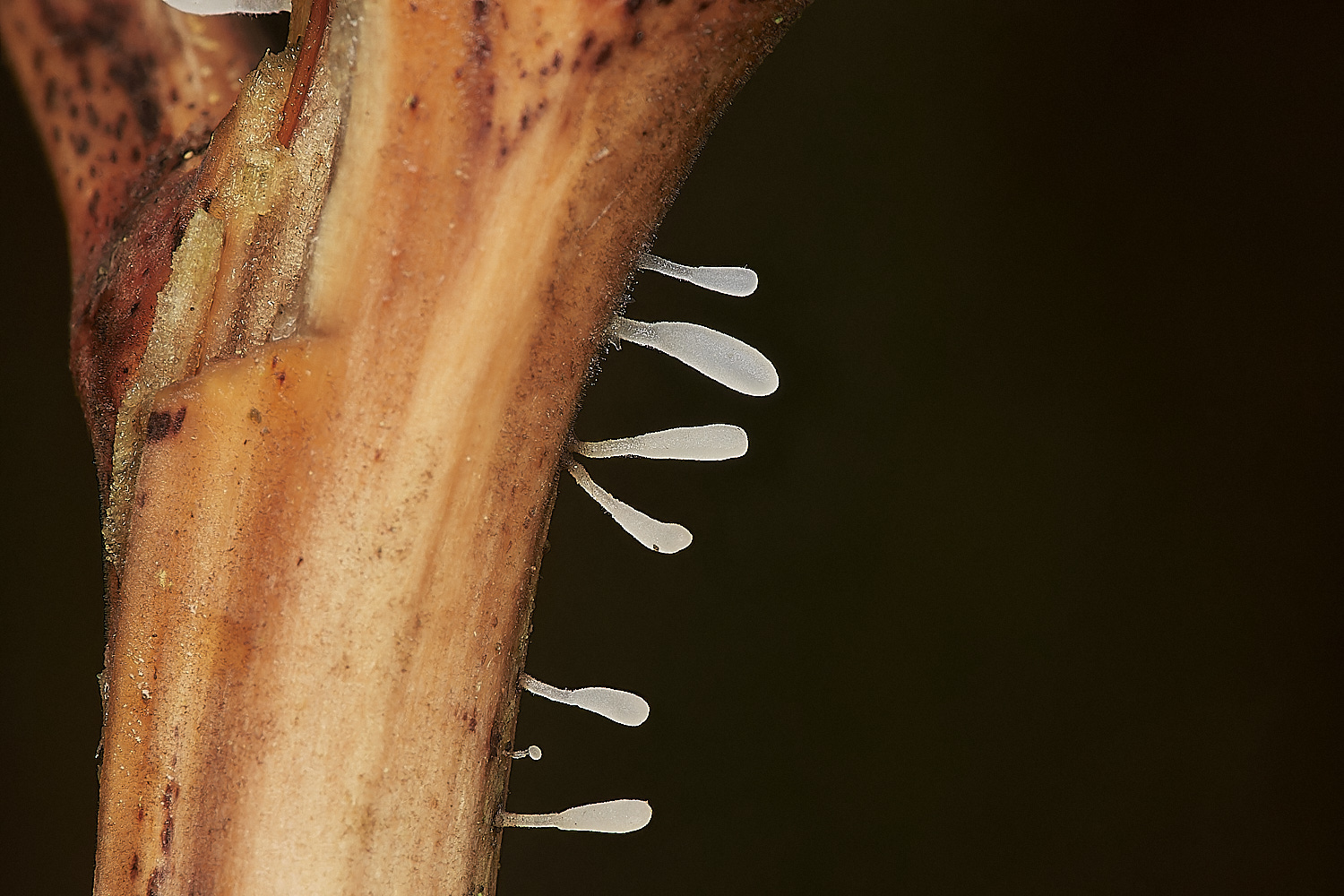

Delightful small club fungus that favours bracken..
Bracken Club (Typhula quiquiliaris)
First described in 1803 by James Sowerby.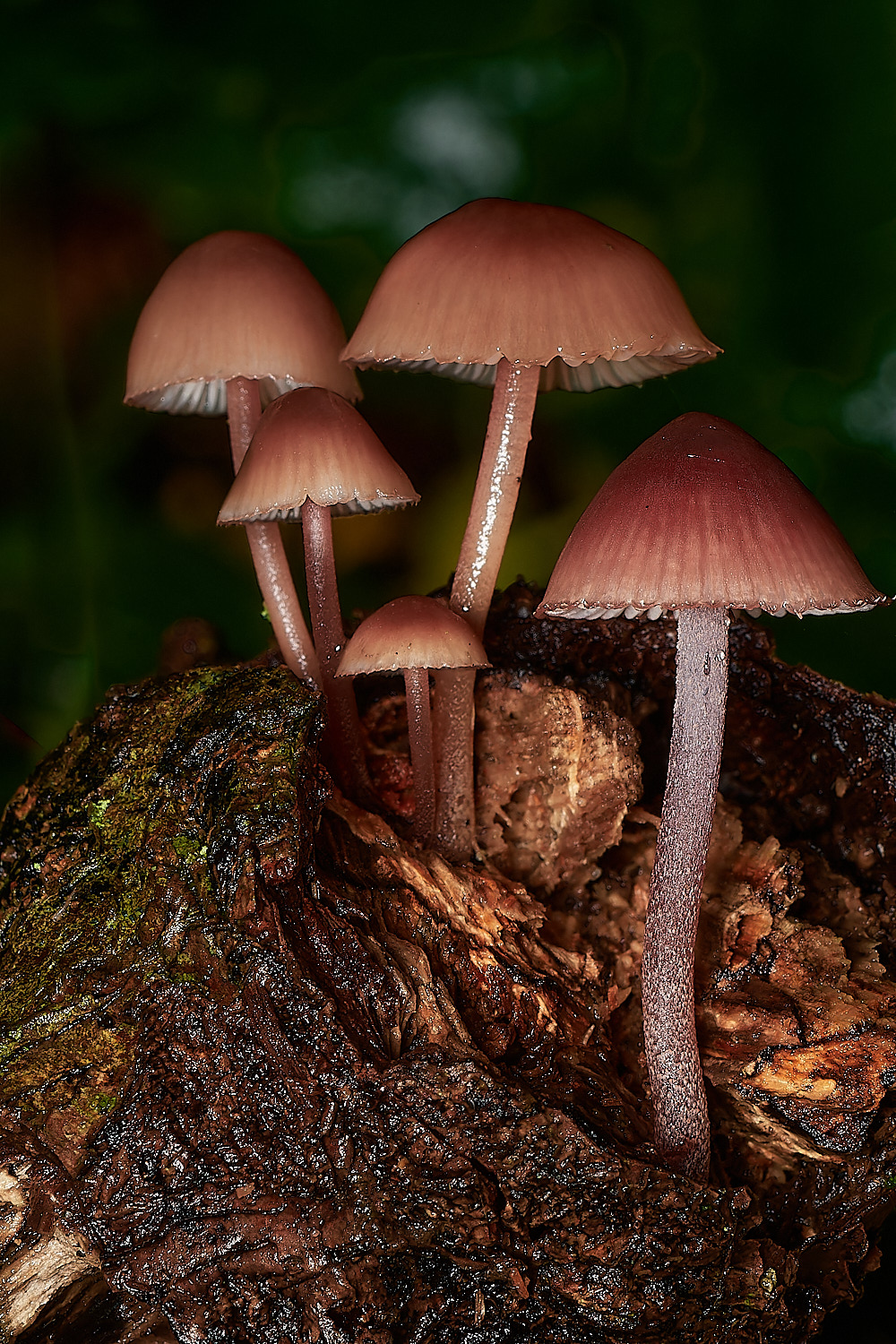
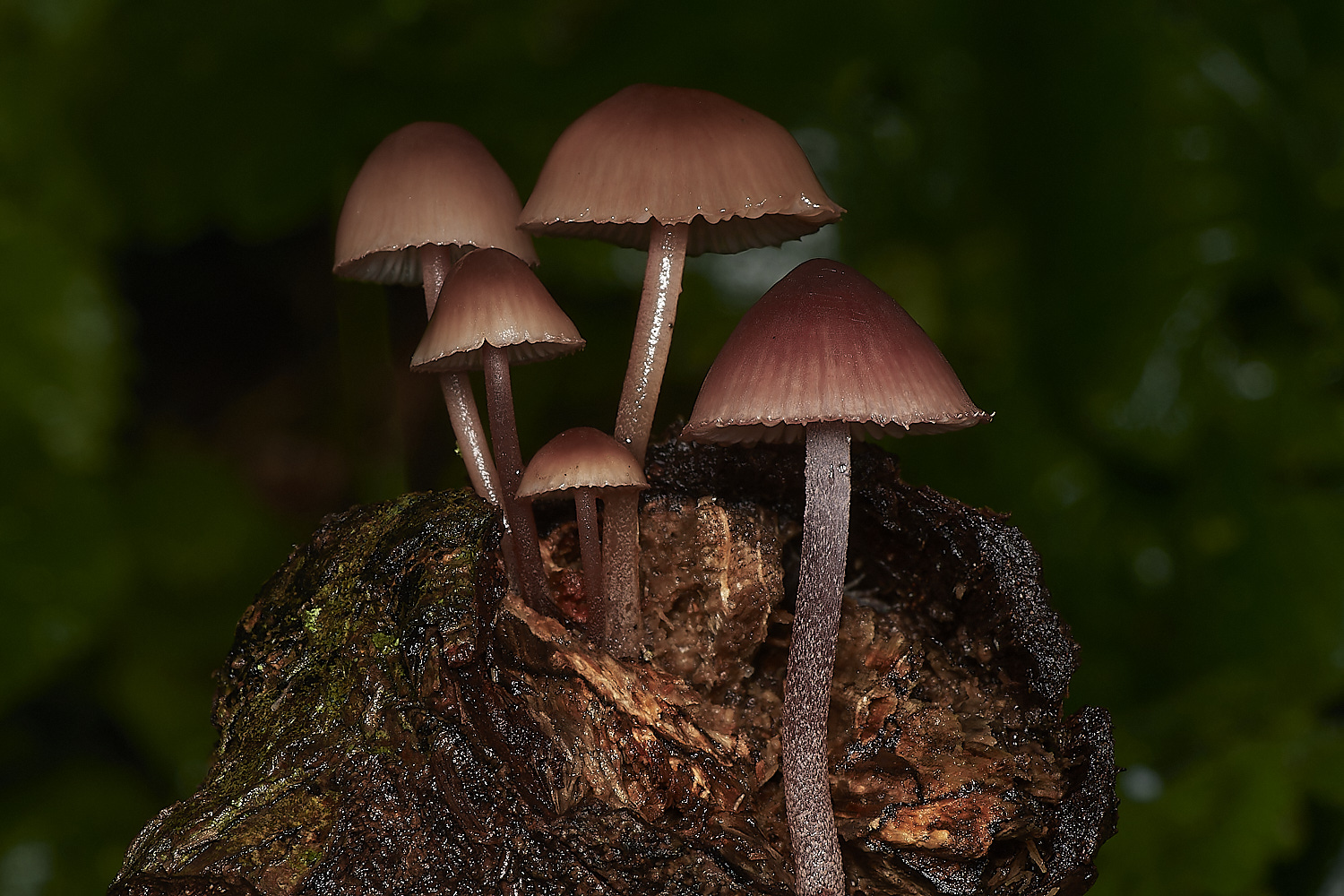
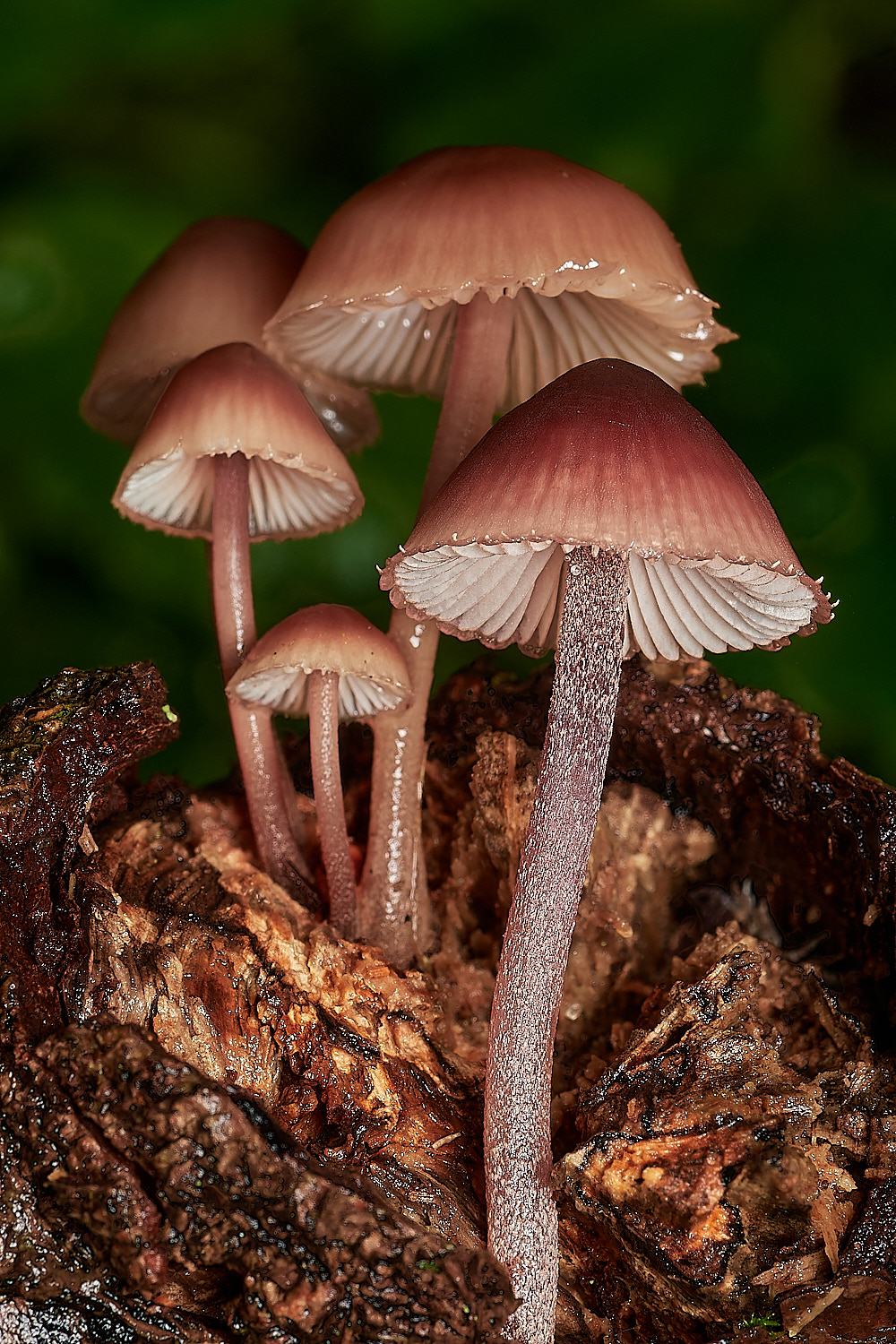
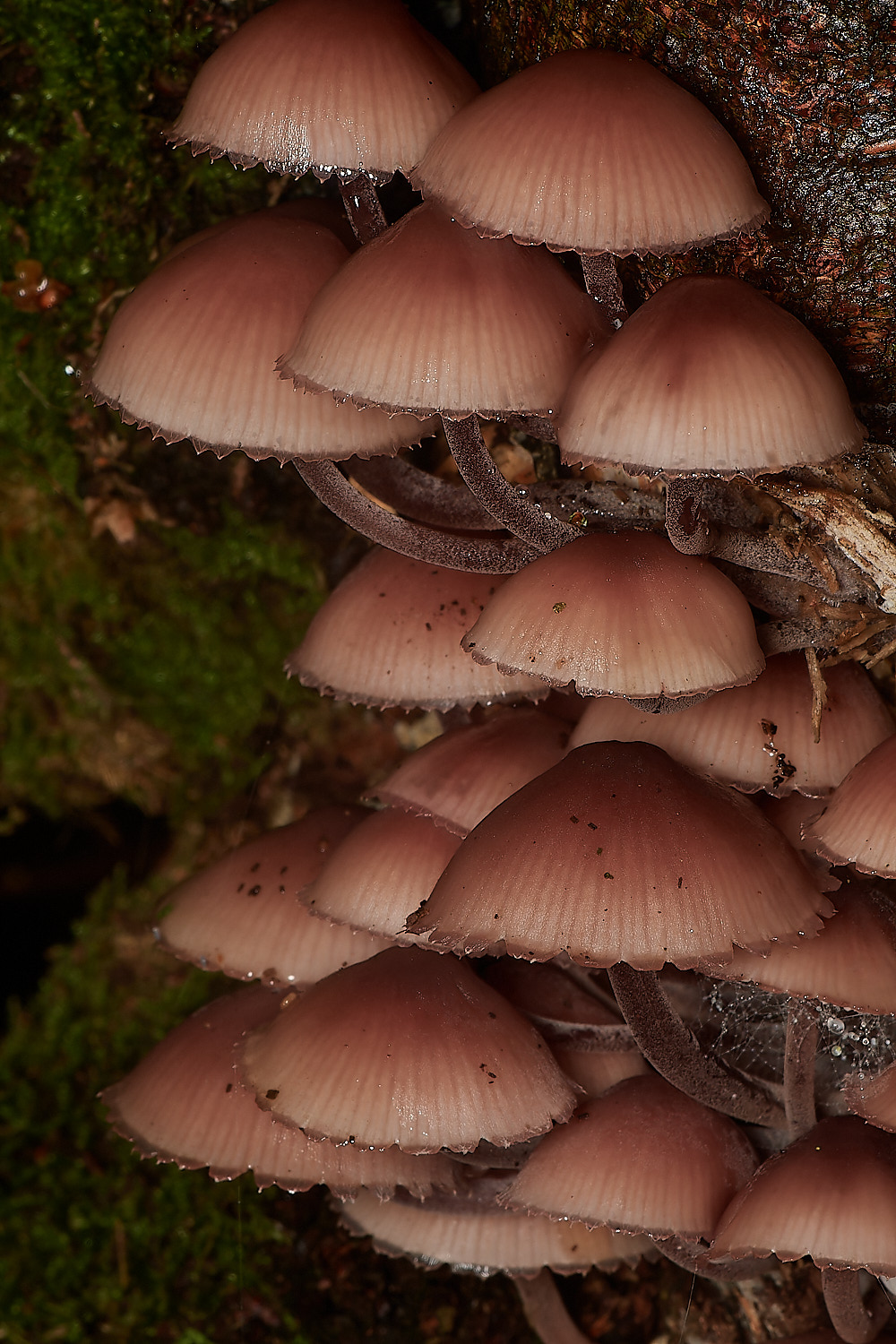
Burgundy Drop Bonnet (Mycena haemotopus)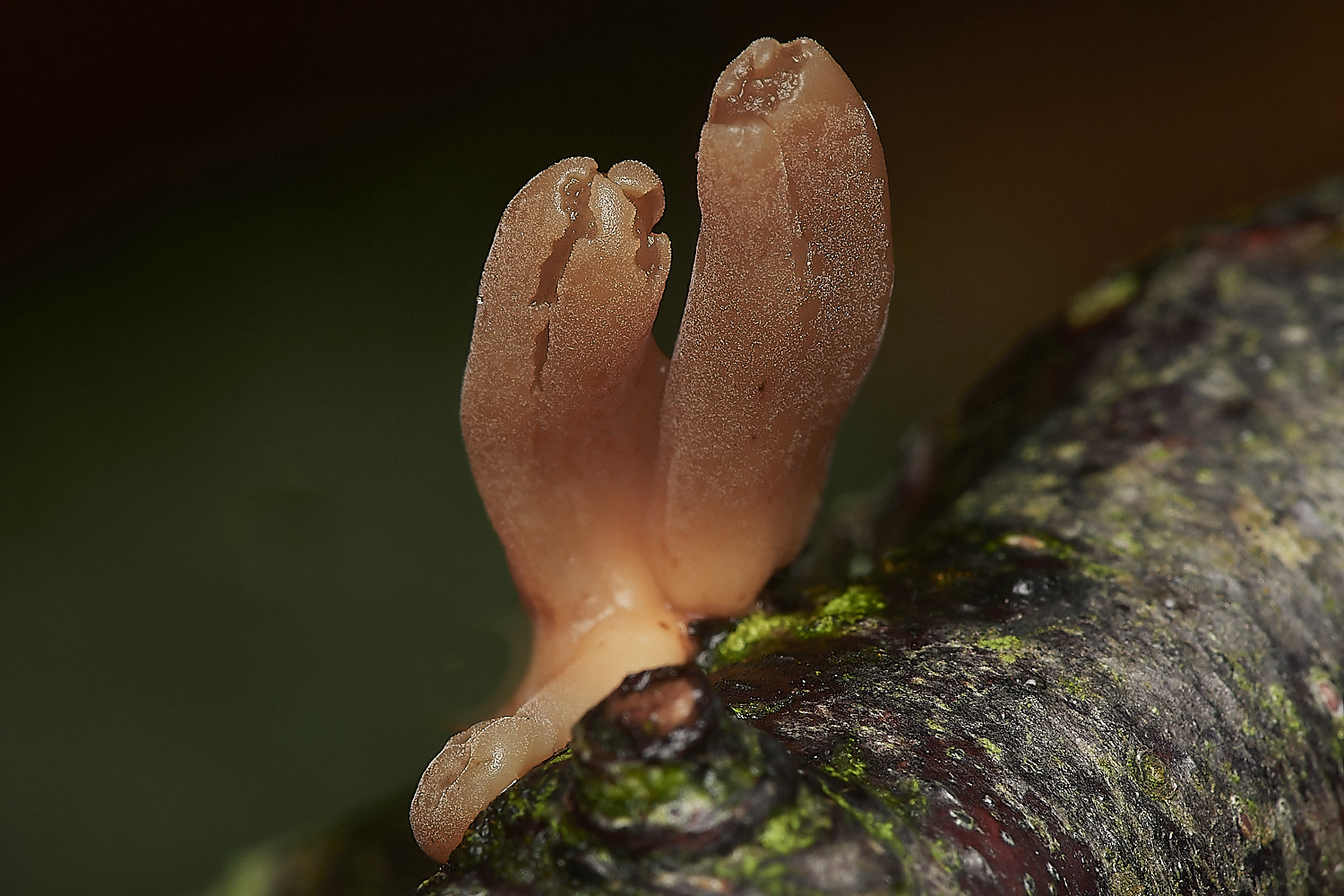

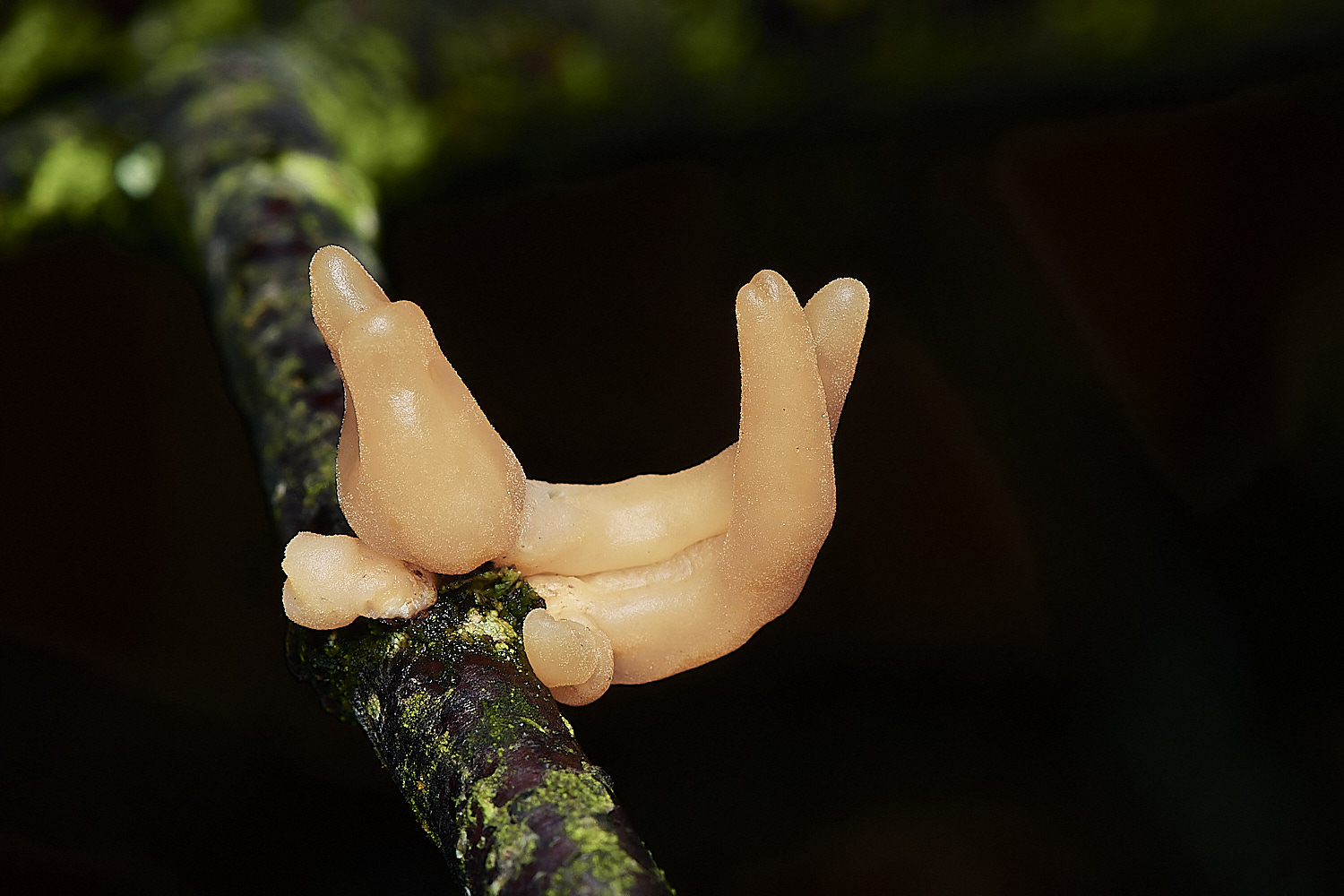
Contorted Pipe Club (Macrotyphula fistulosa var contorta)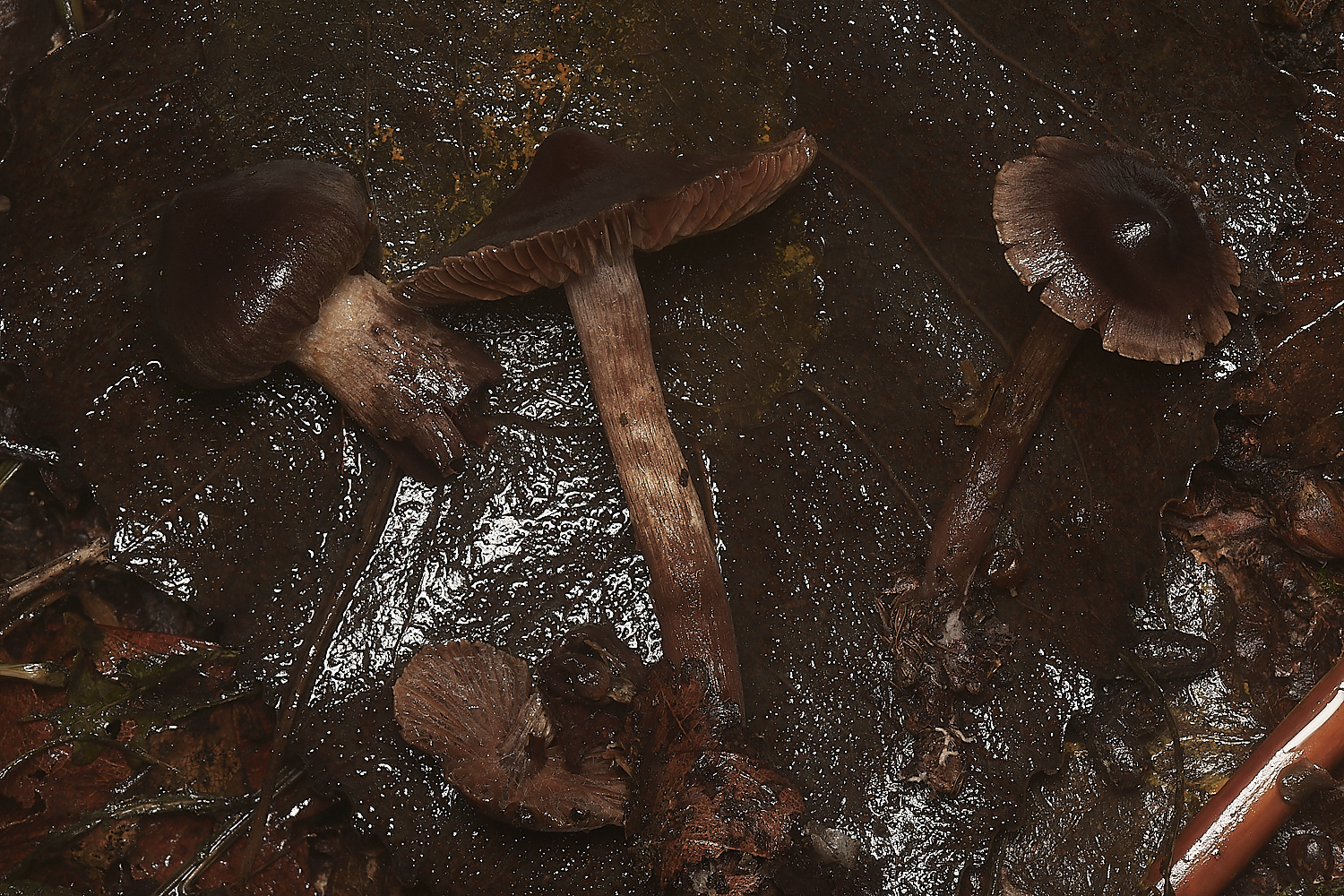
Cortinarius Sp?
From
Jeremy
Cortanarius hirtus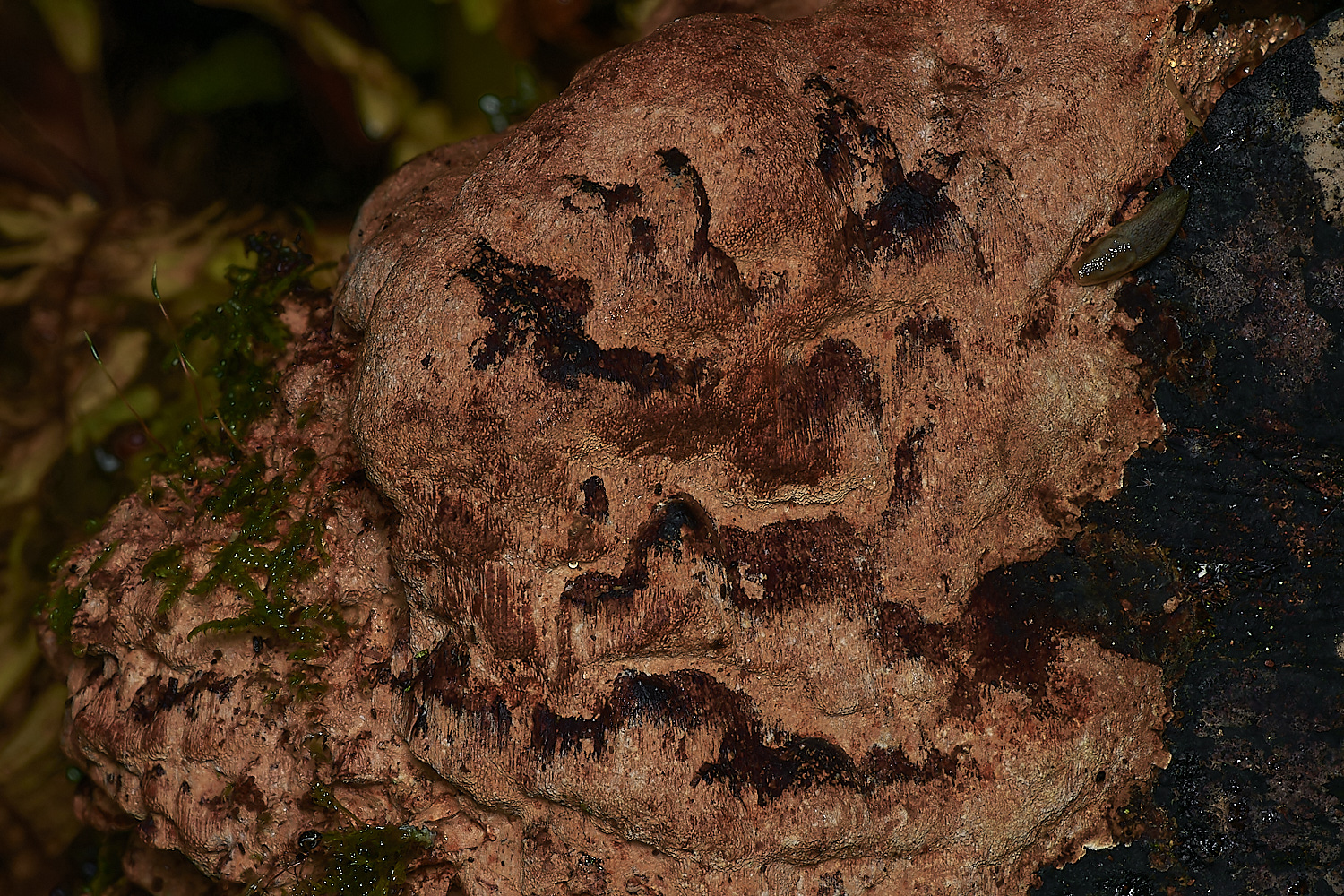
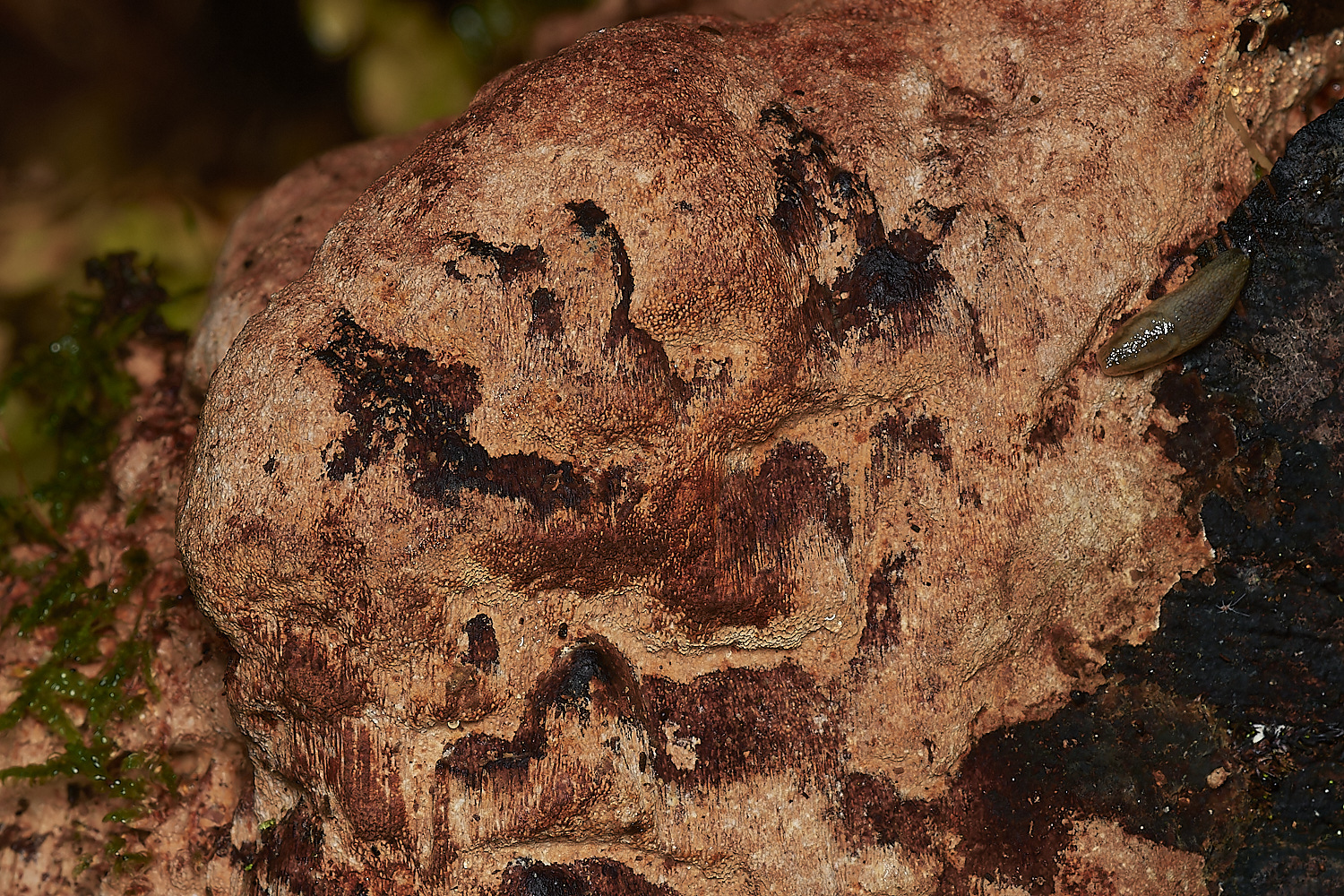
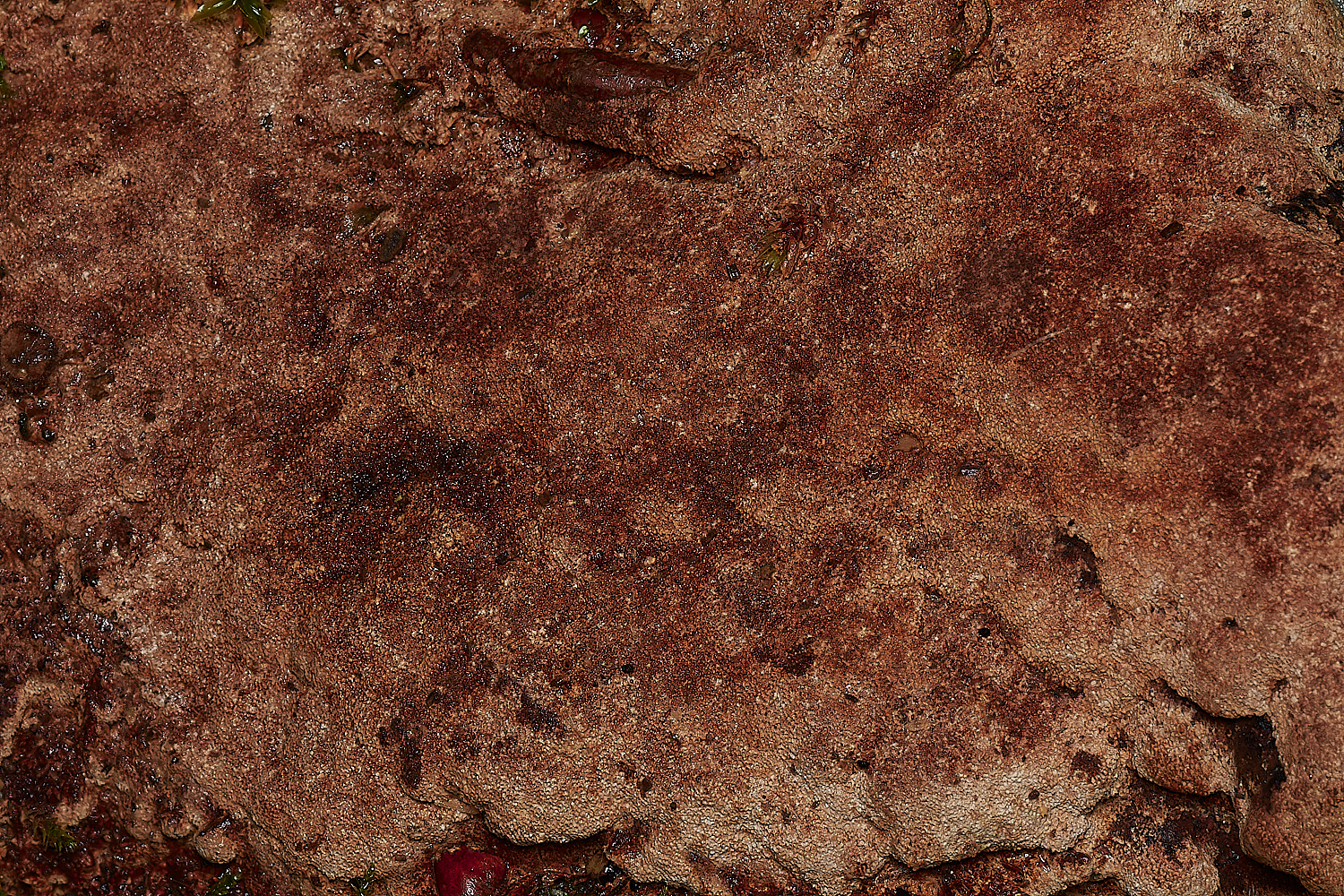
Rusty Pore Crust (Phellinus ferruginosus)
1?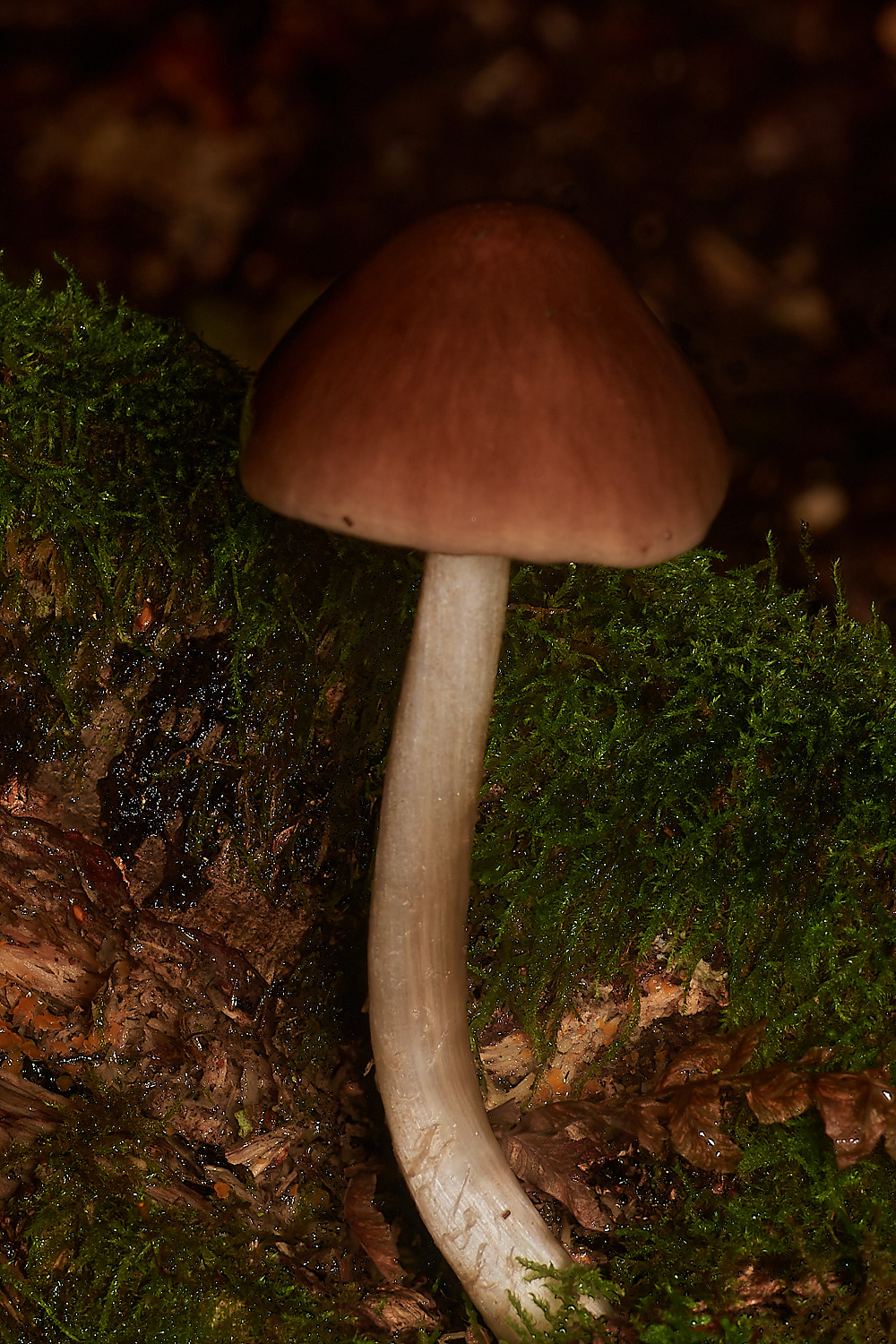
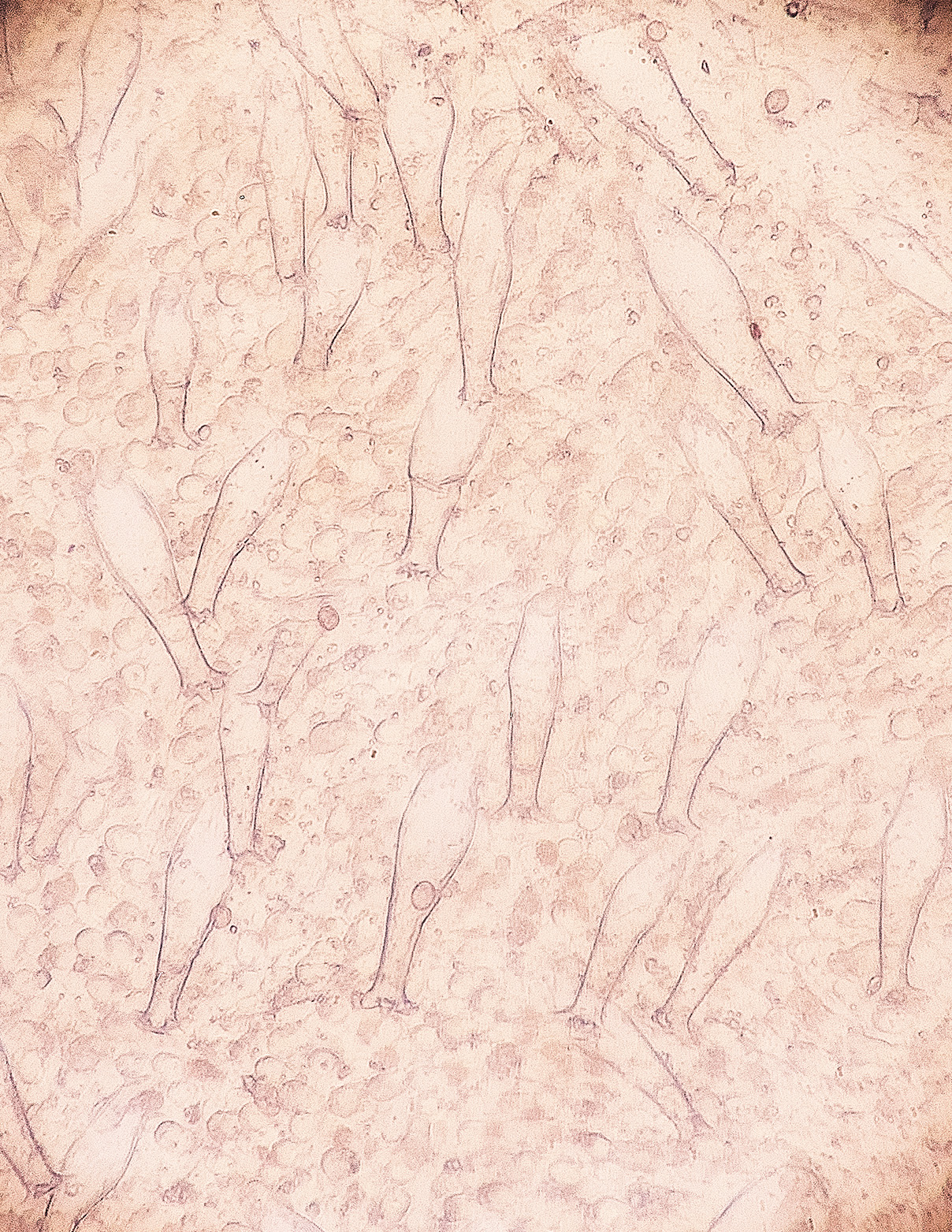
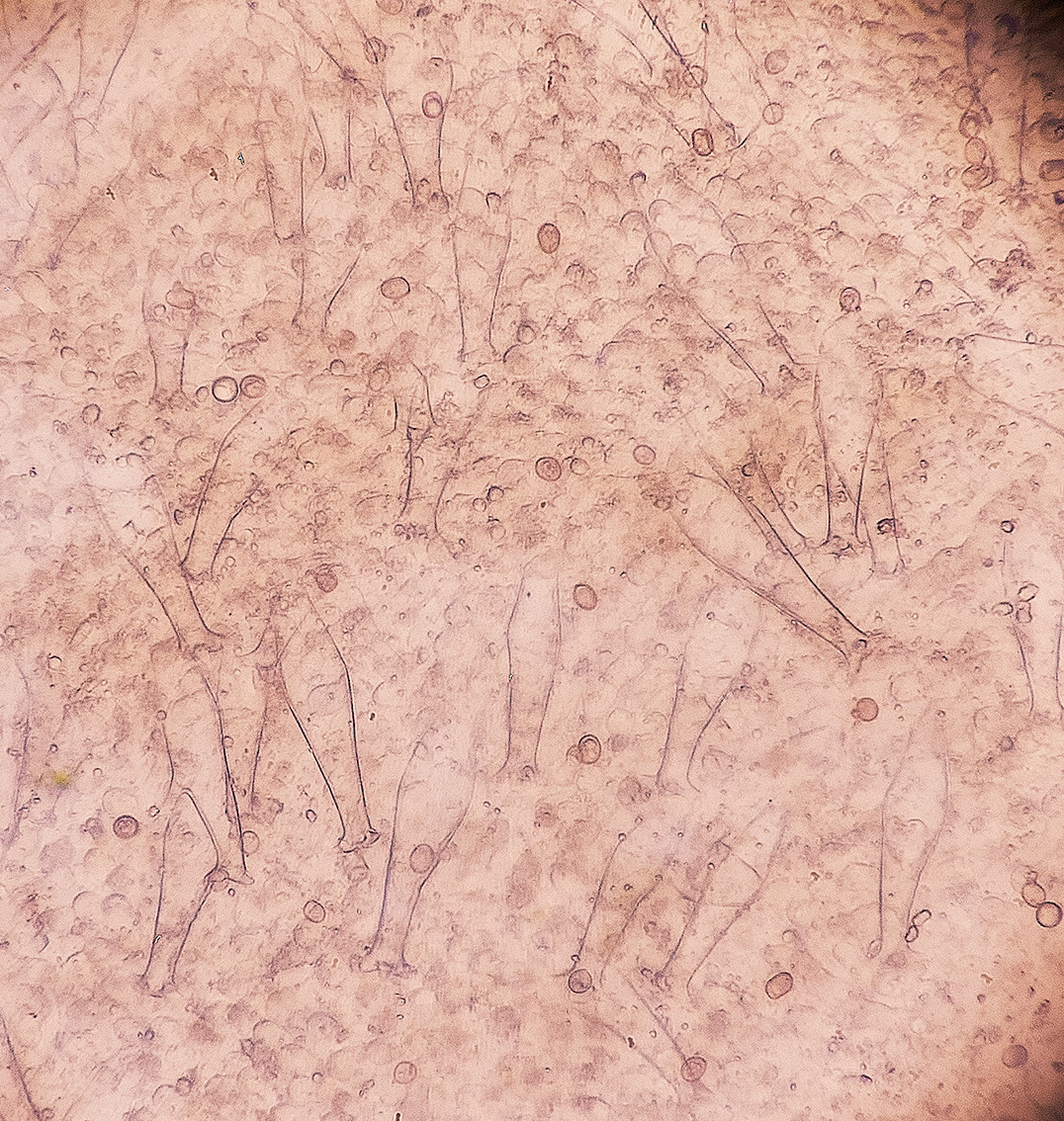
Cheiloystidia on the gill edge ornamented with horns. Cervus = deer - antler like horns
Deer Shield (Pluteus cervinus)
from
First Nature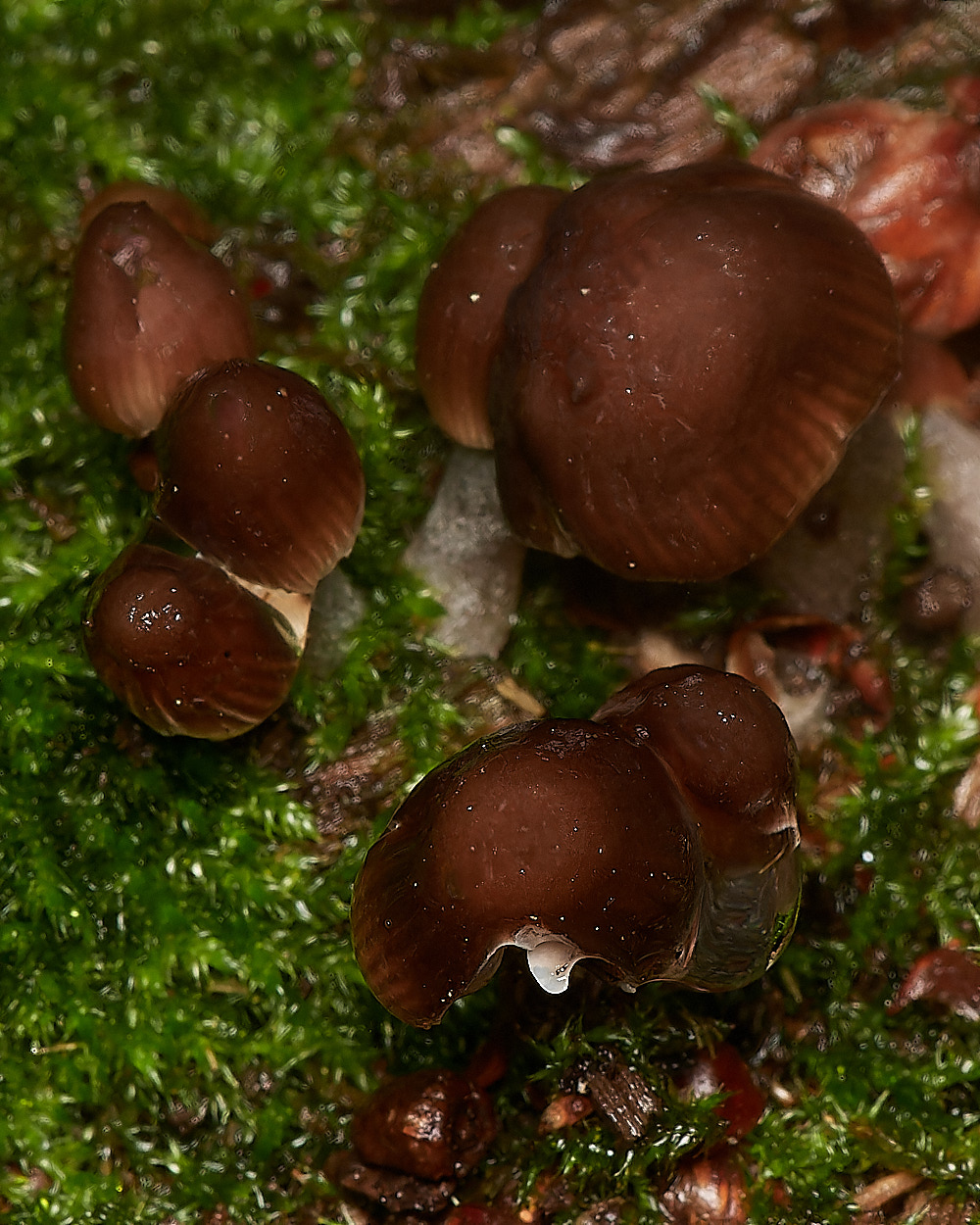
2?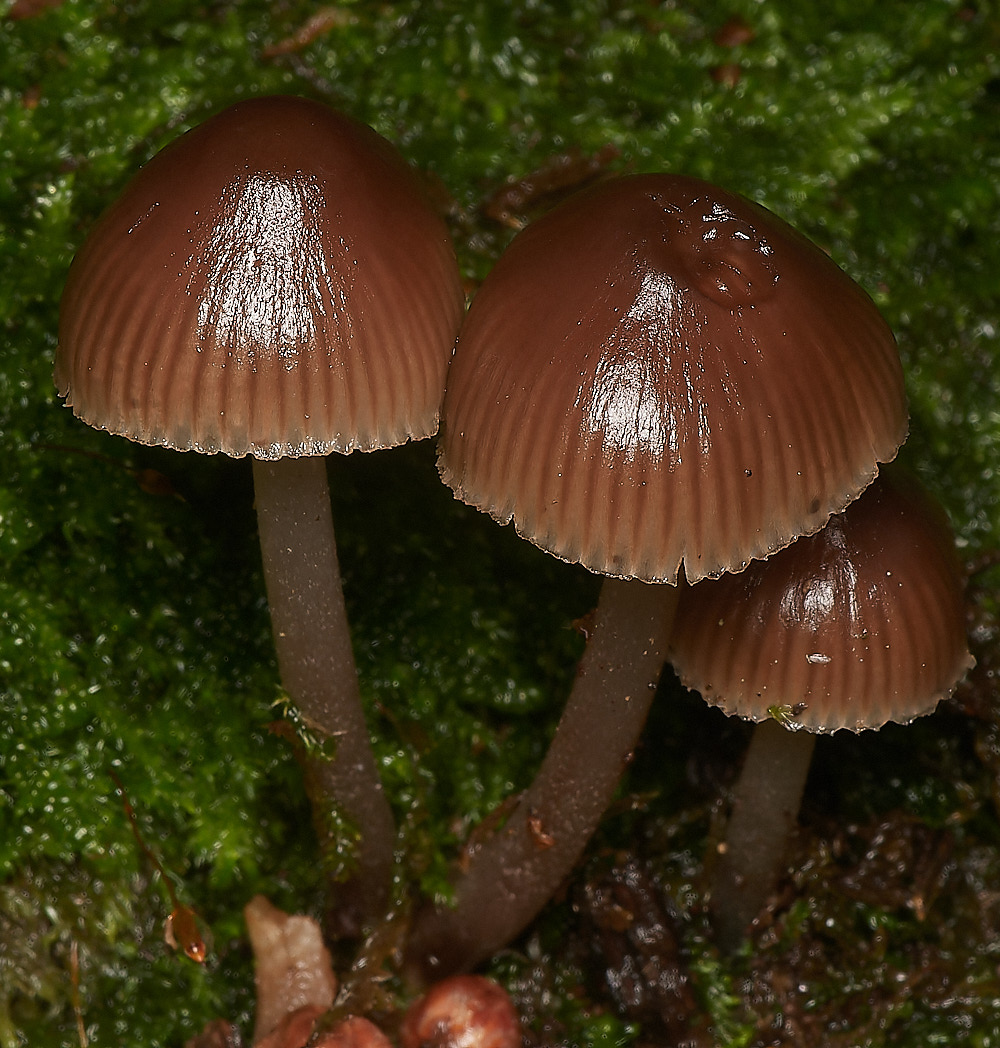
3?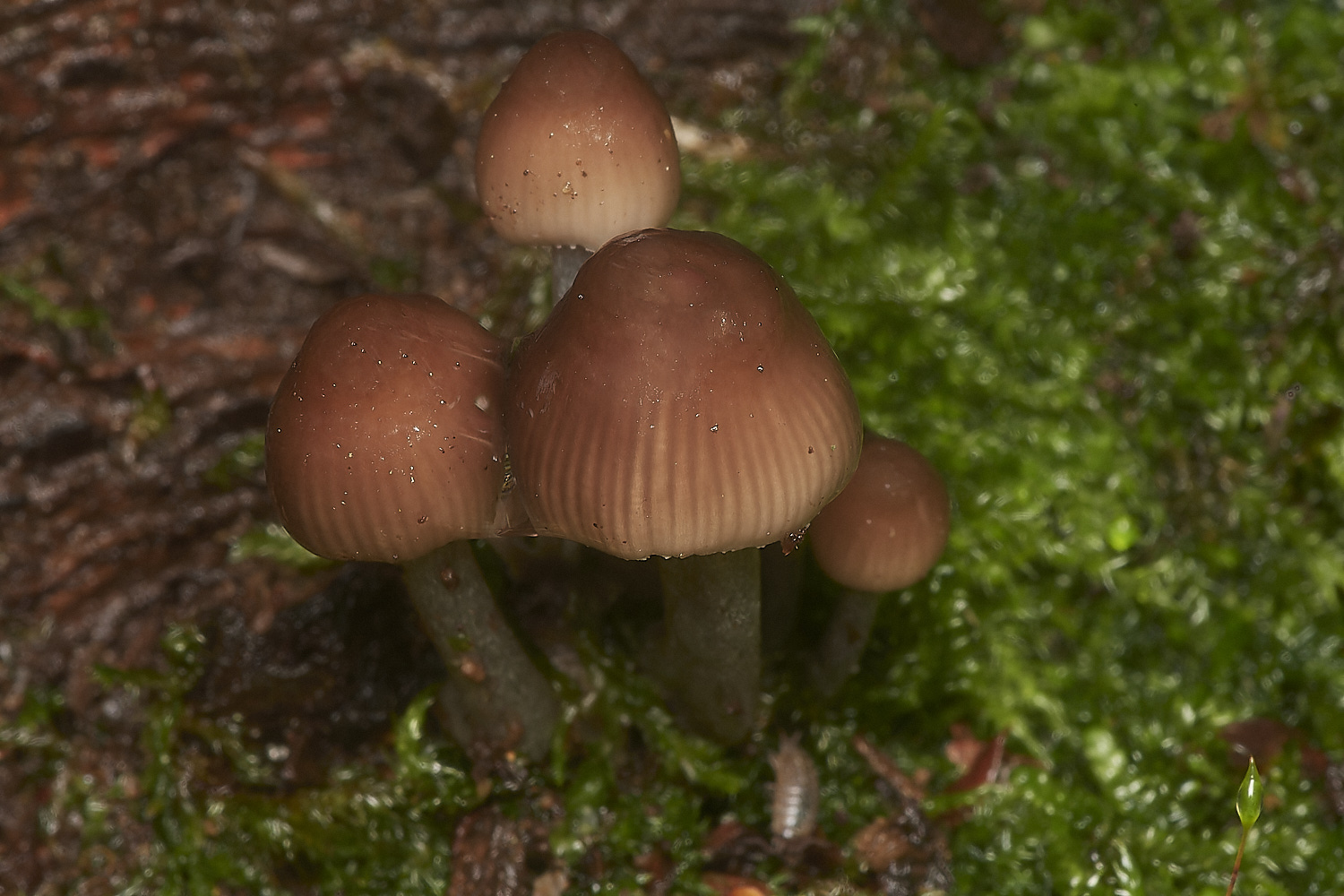
4?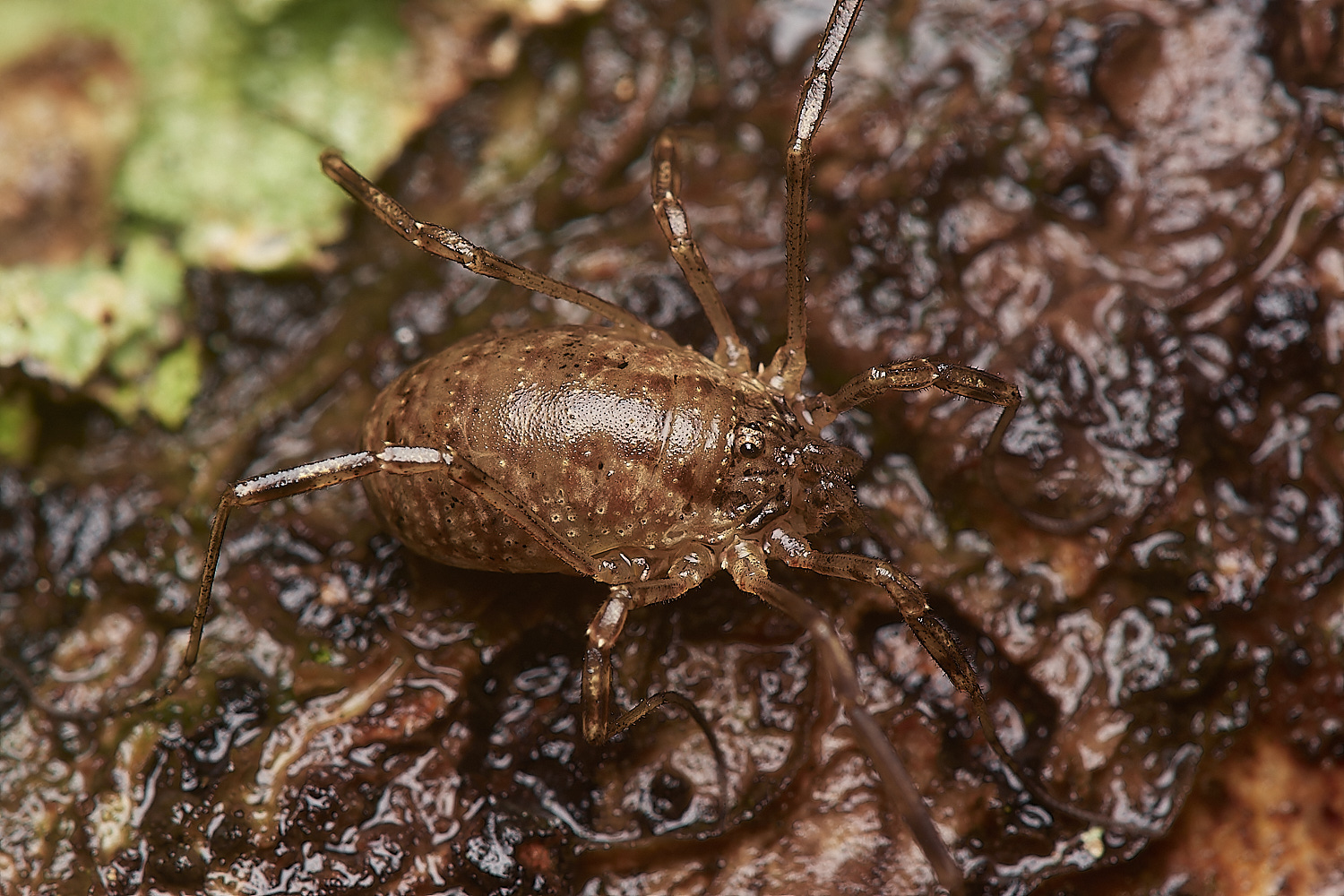
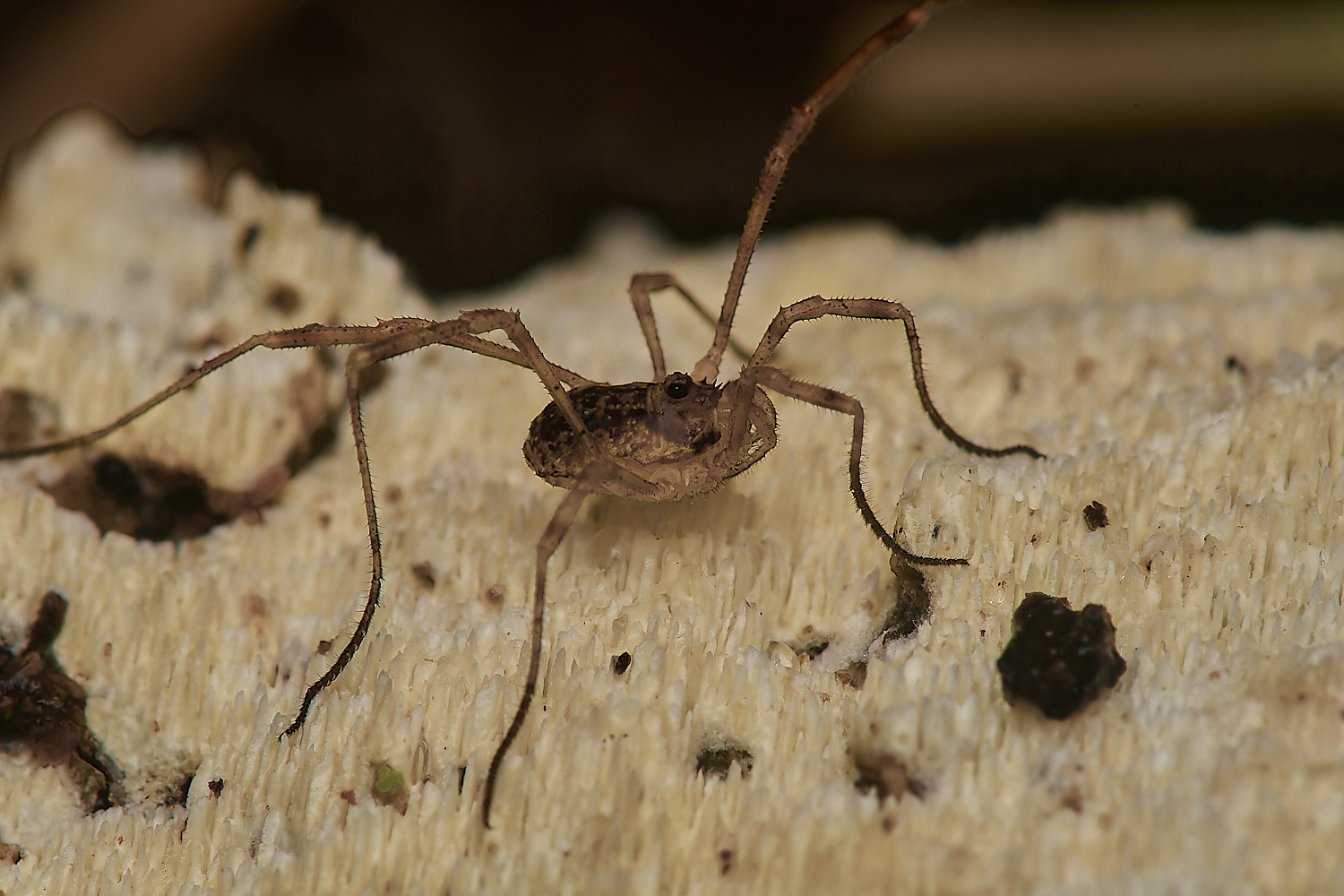
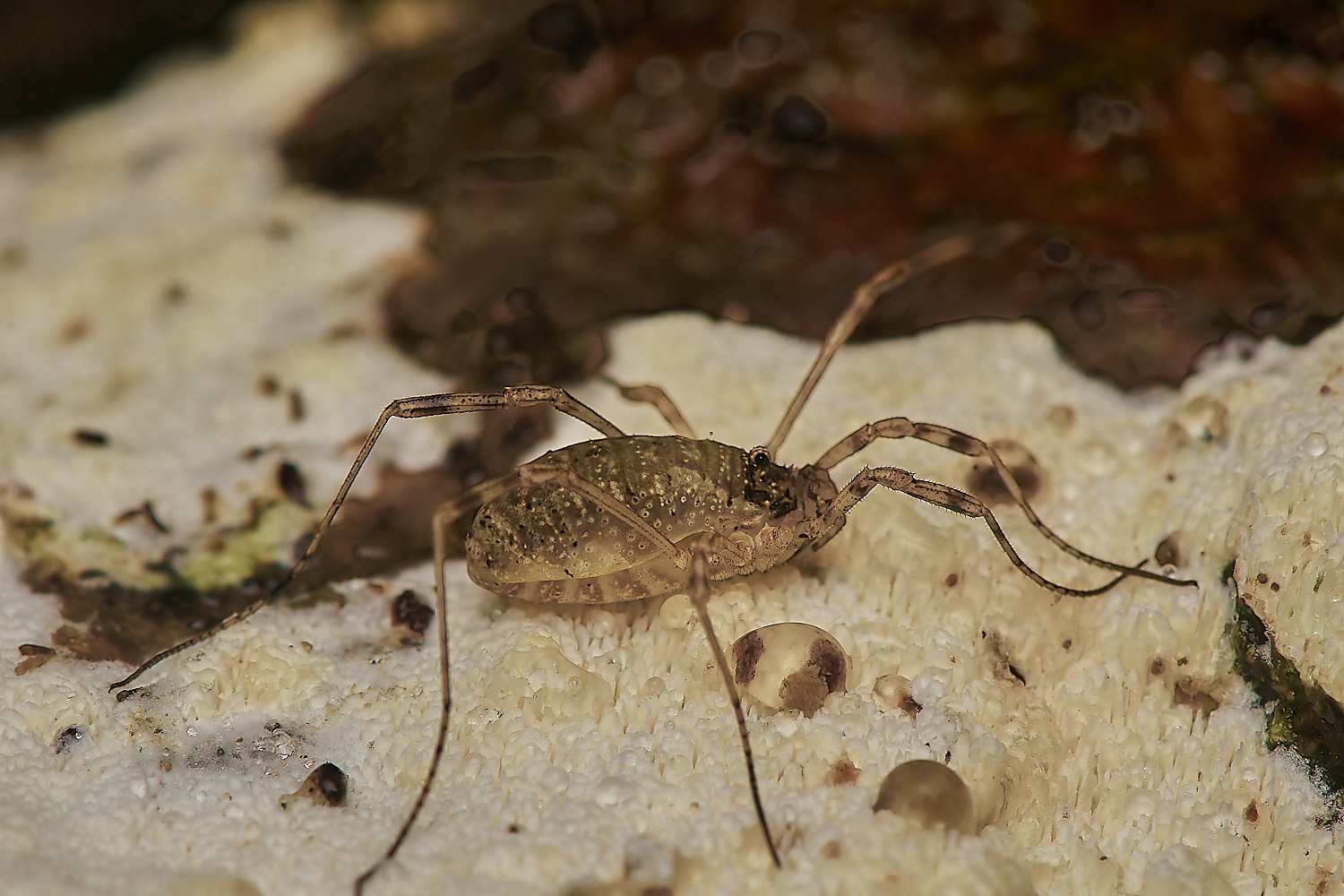
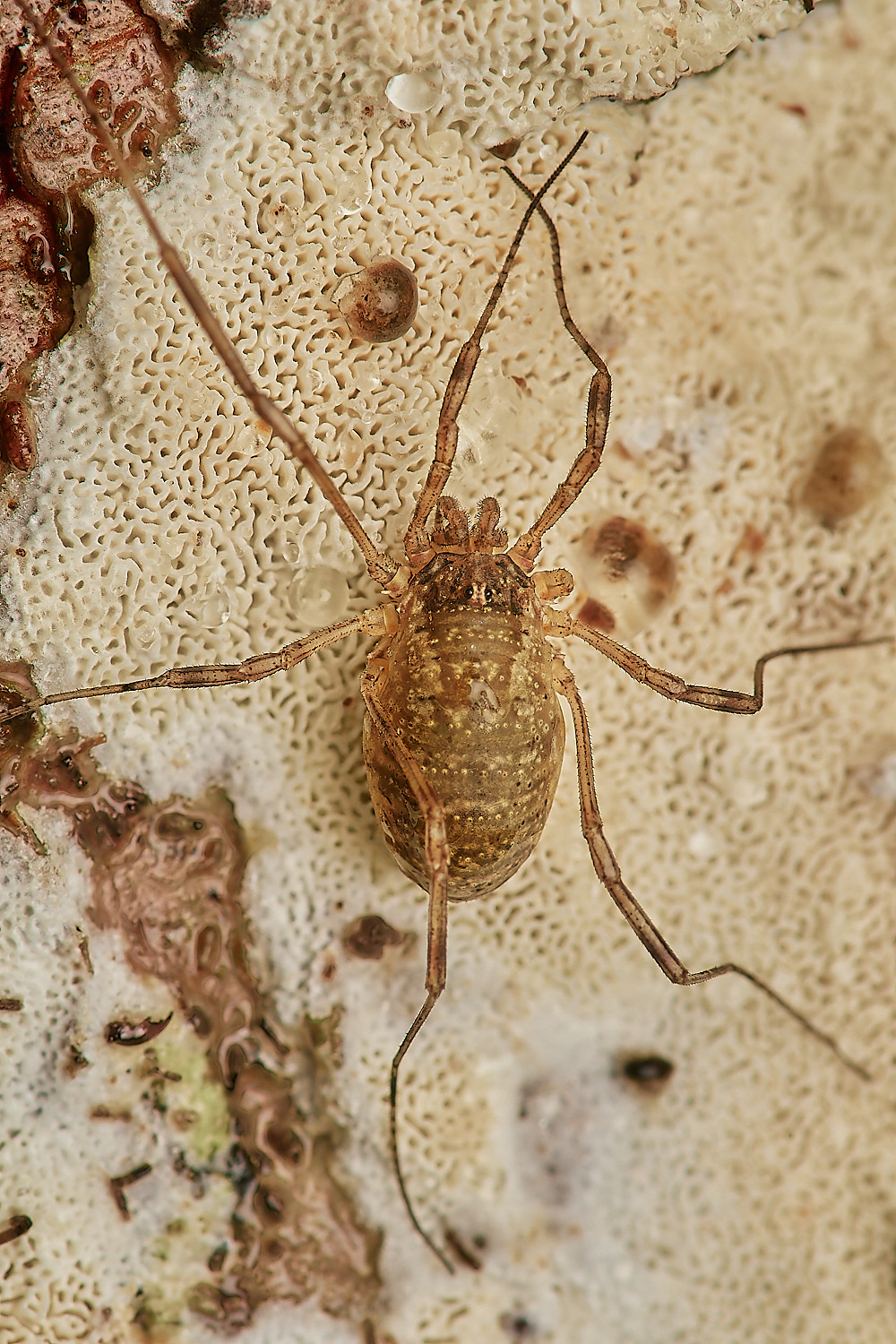
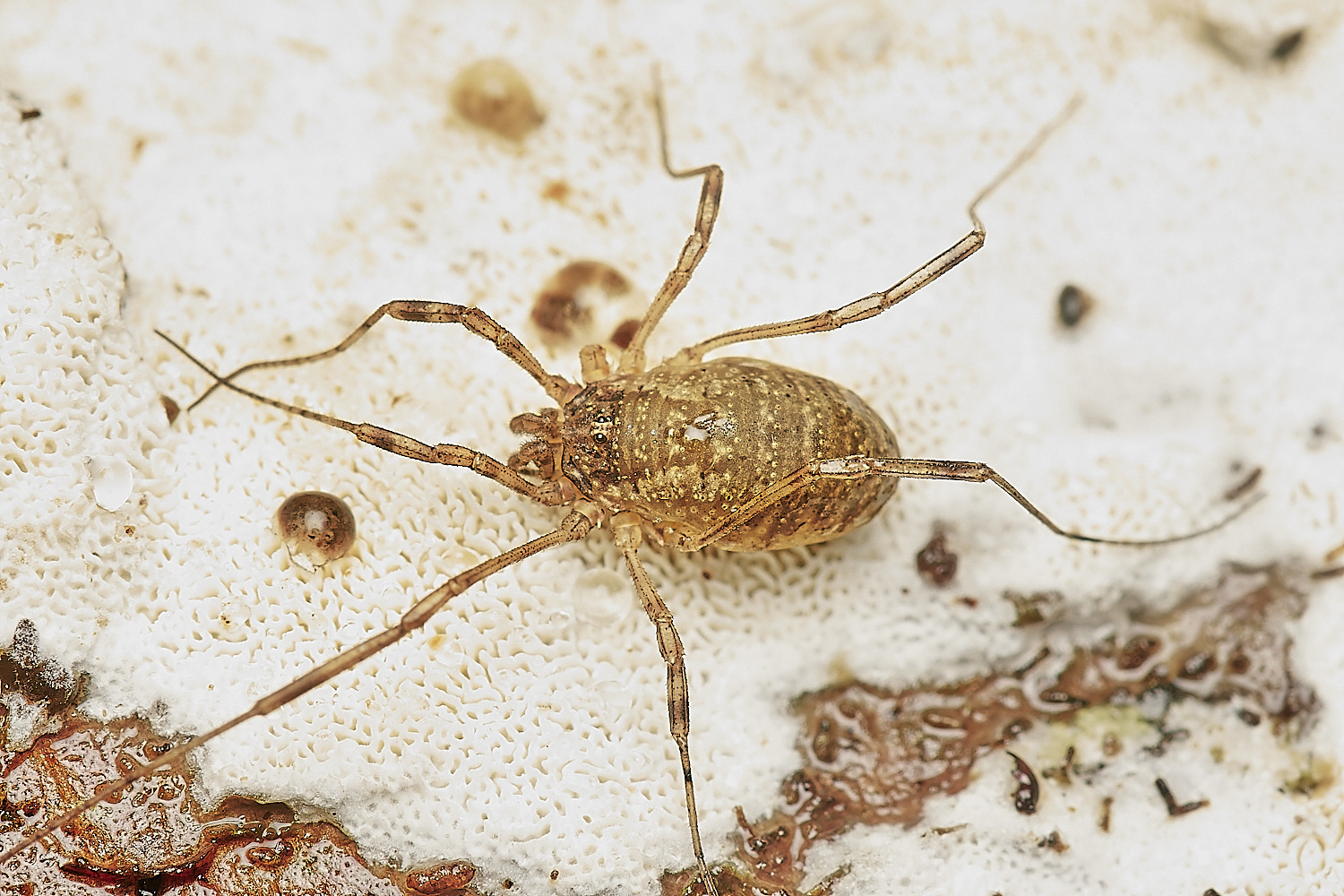
Harvestmen Sp?
Oligolophus tridens?
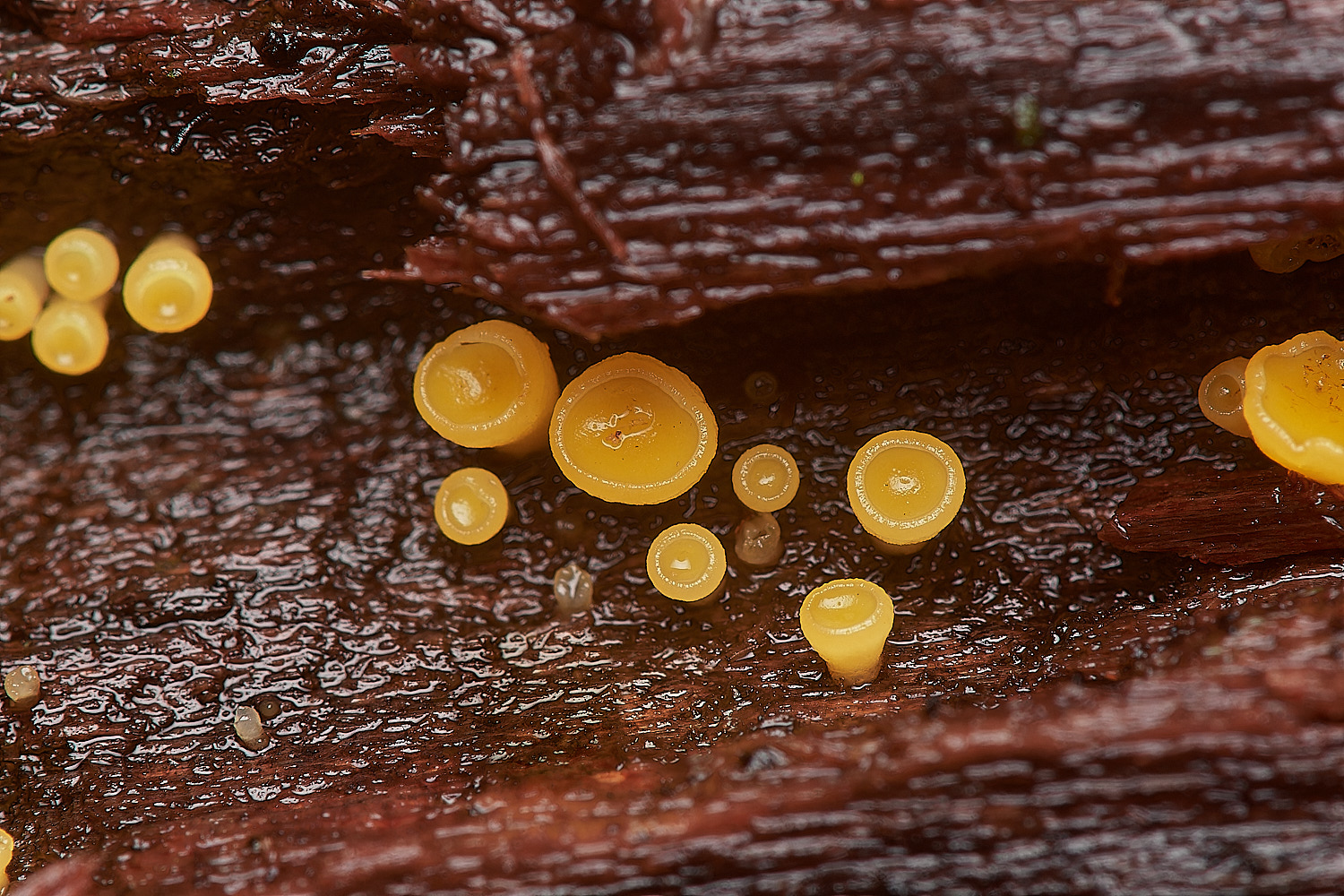
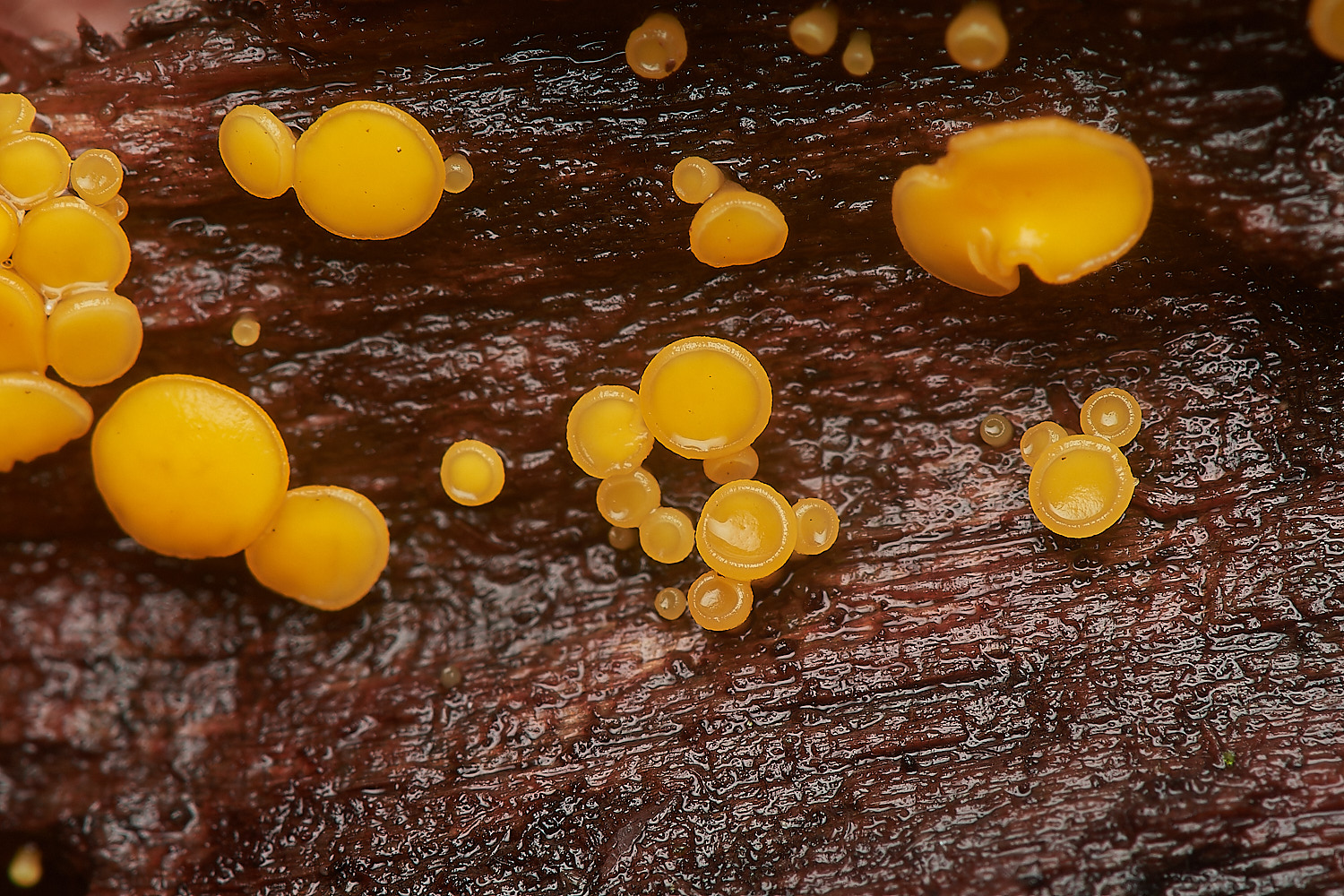
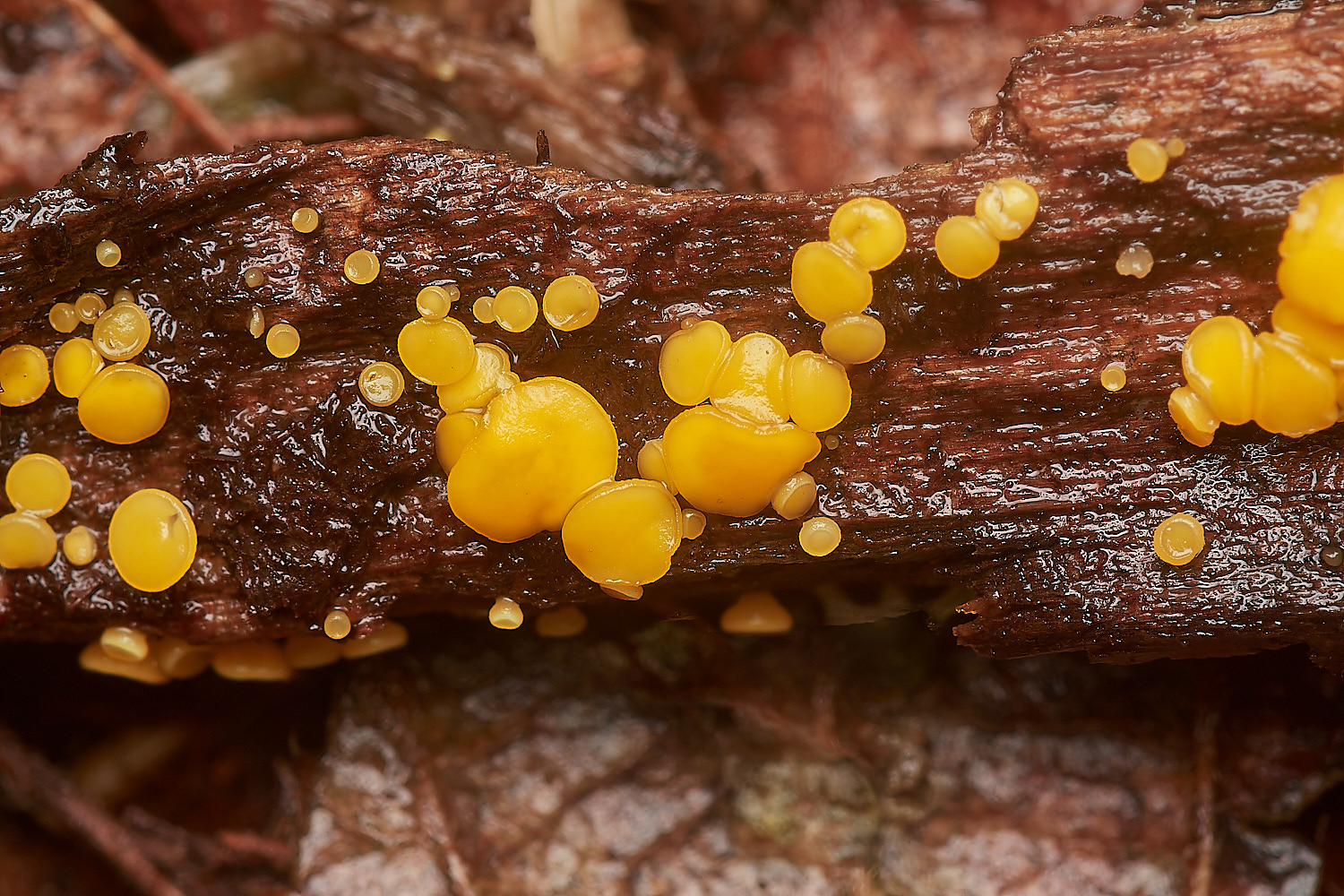
Hymenoscyphus calyculus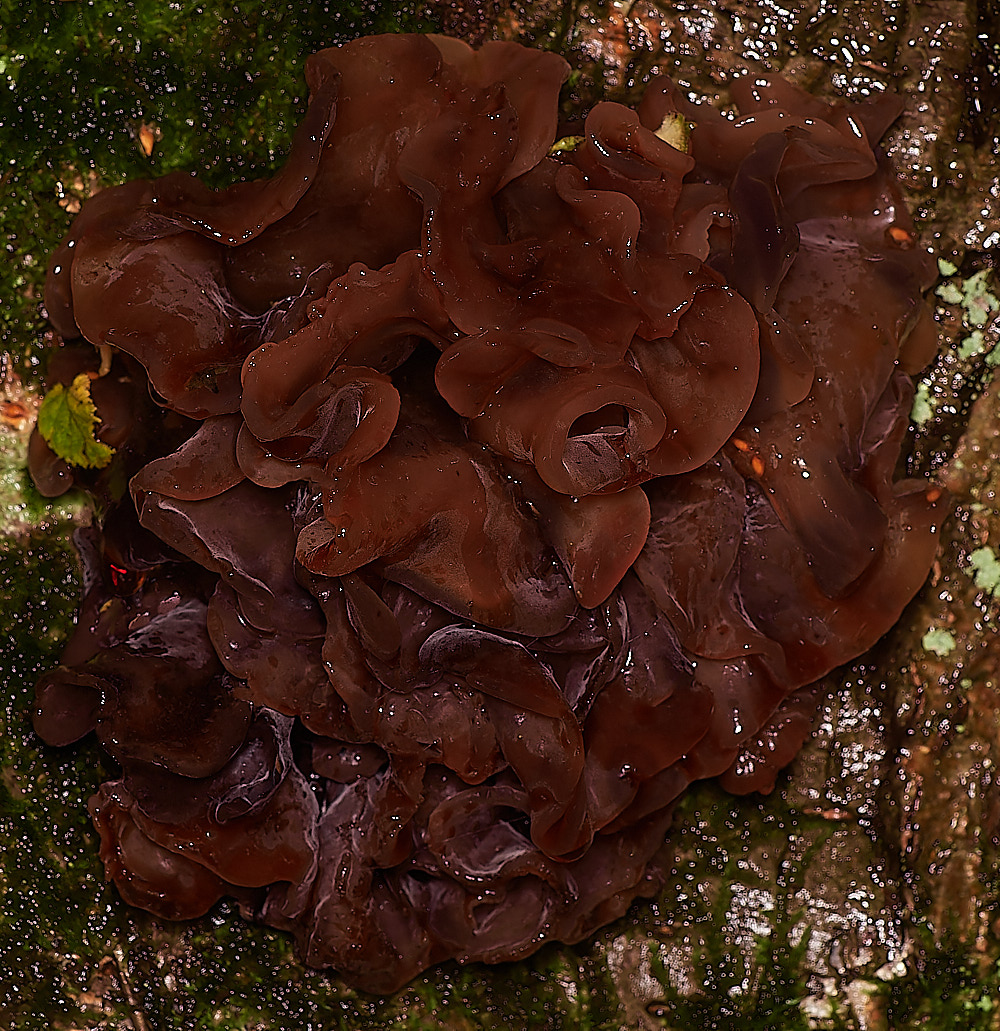
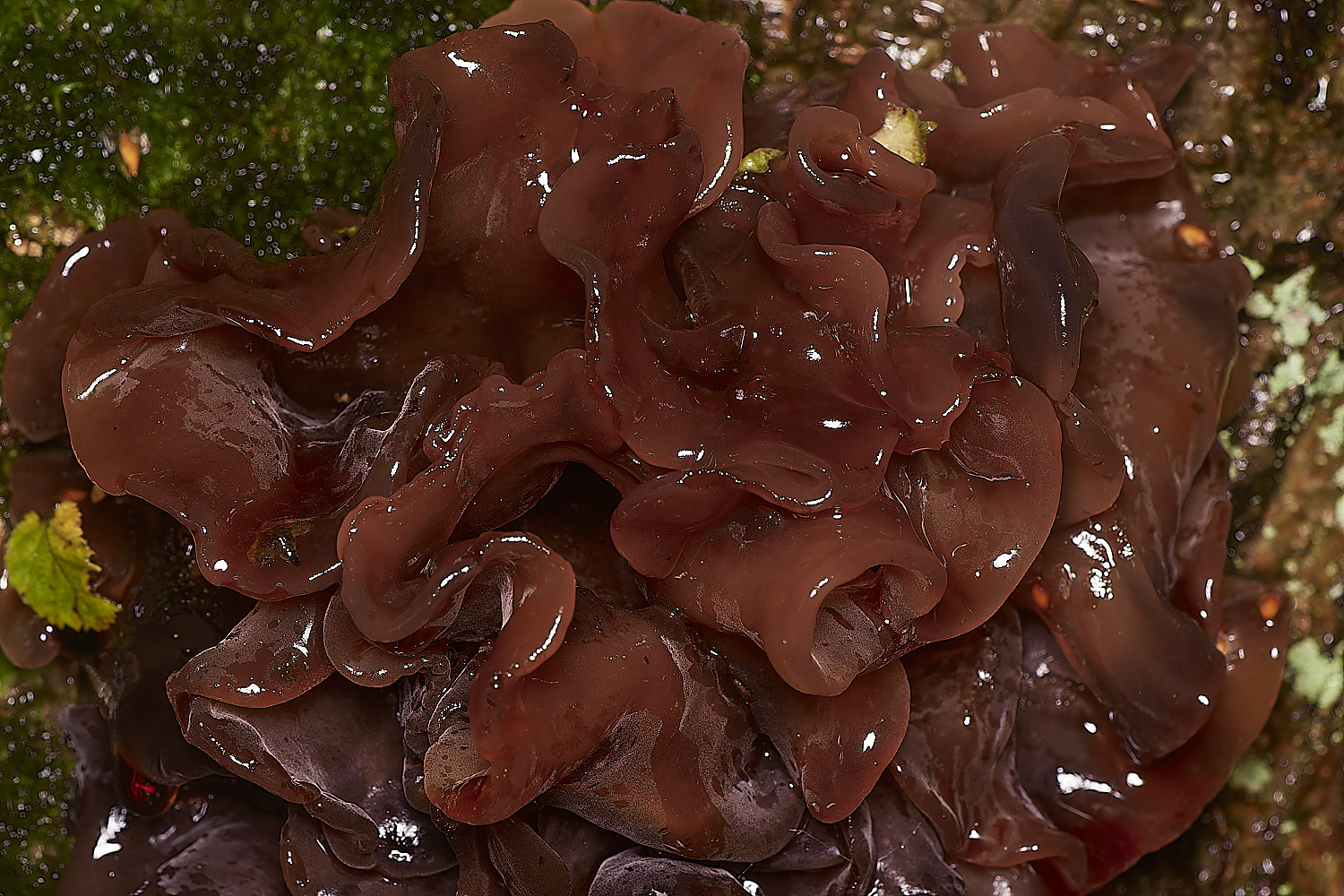
Leafy Brain (Tremella foliacea)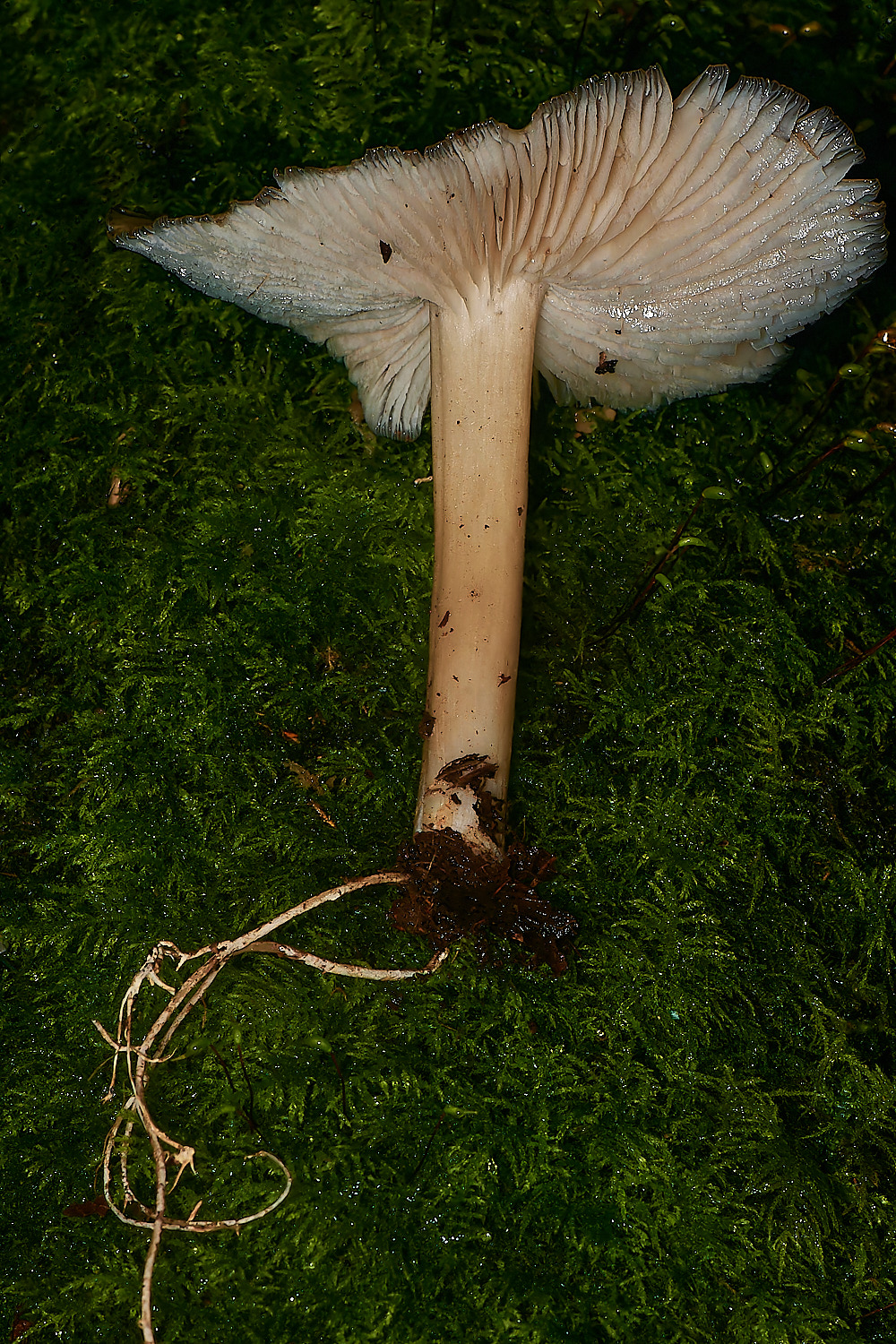
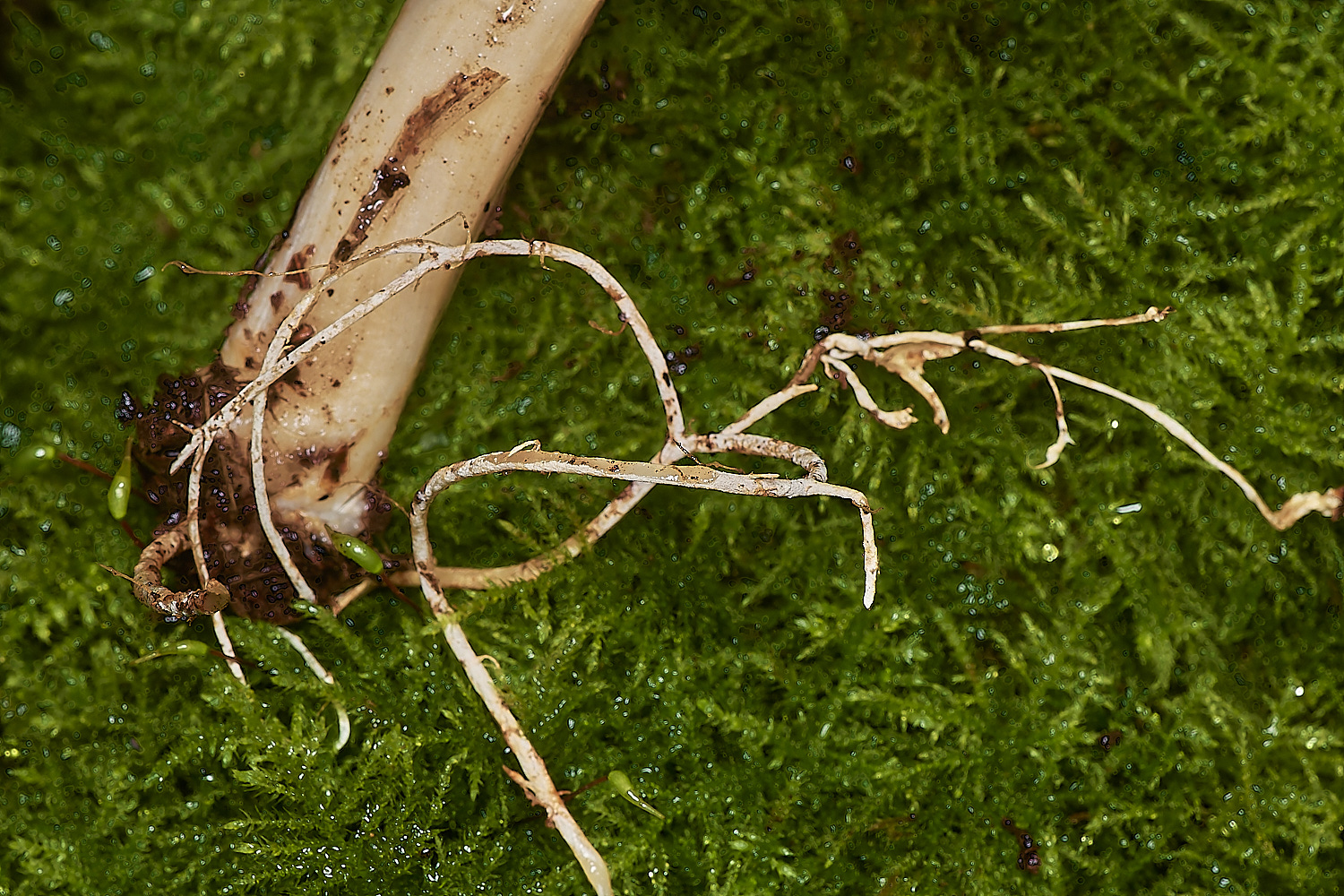
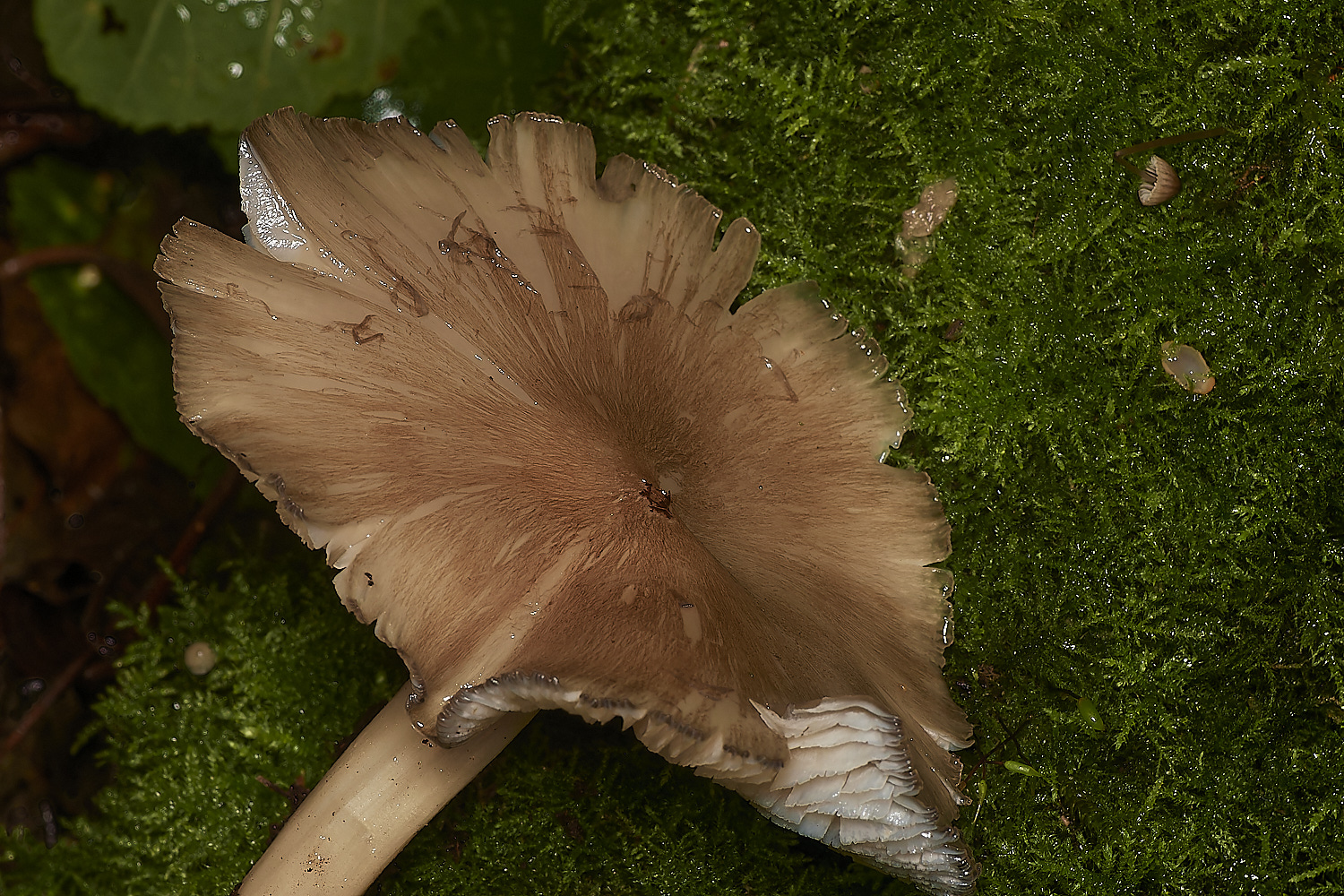
White Laced Shank (Megacollybia platyphylla)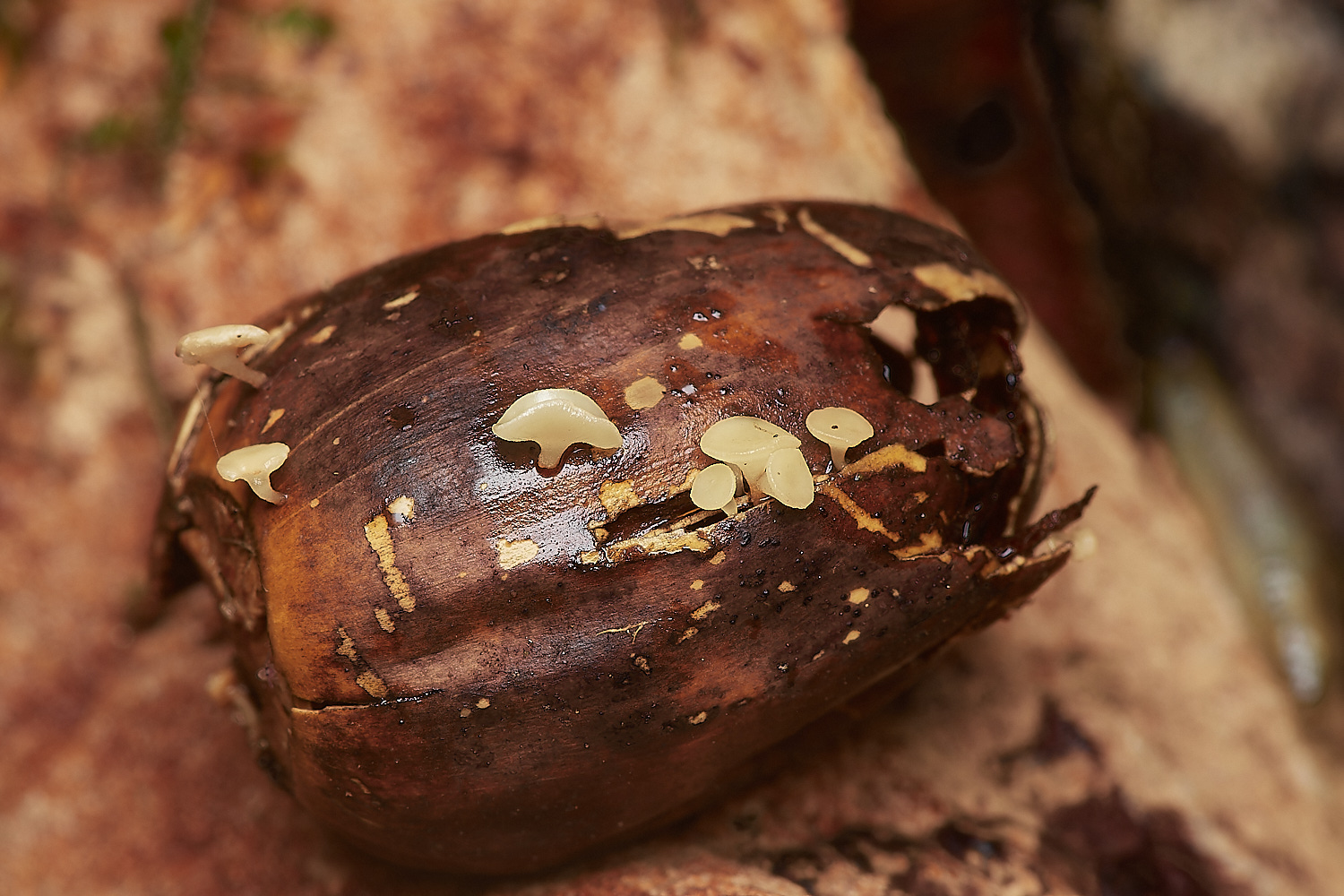
Nut Disco (Hymneoscyphus fructigenus)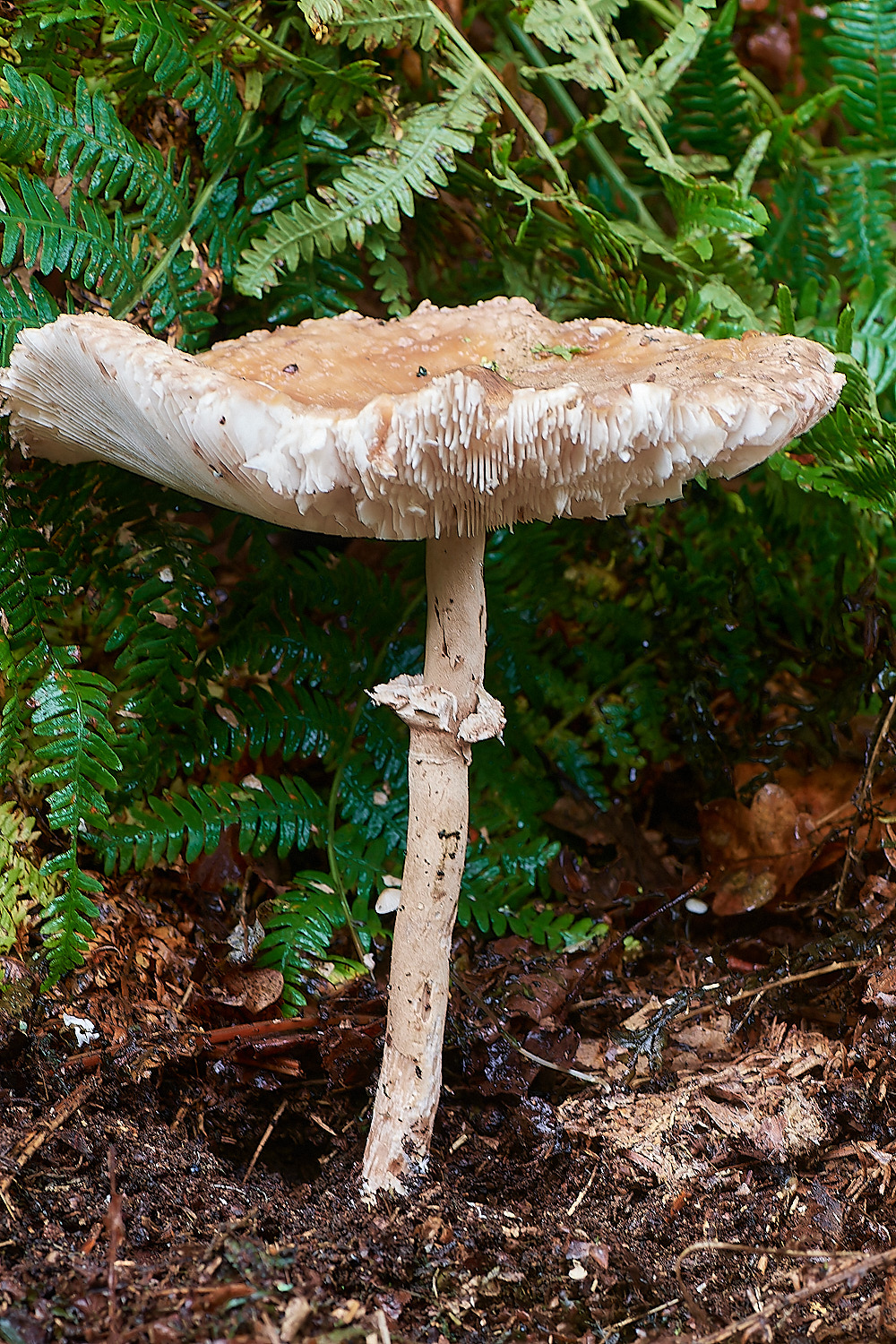
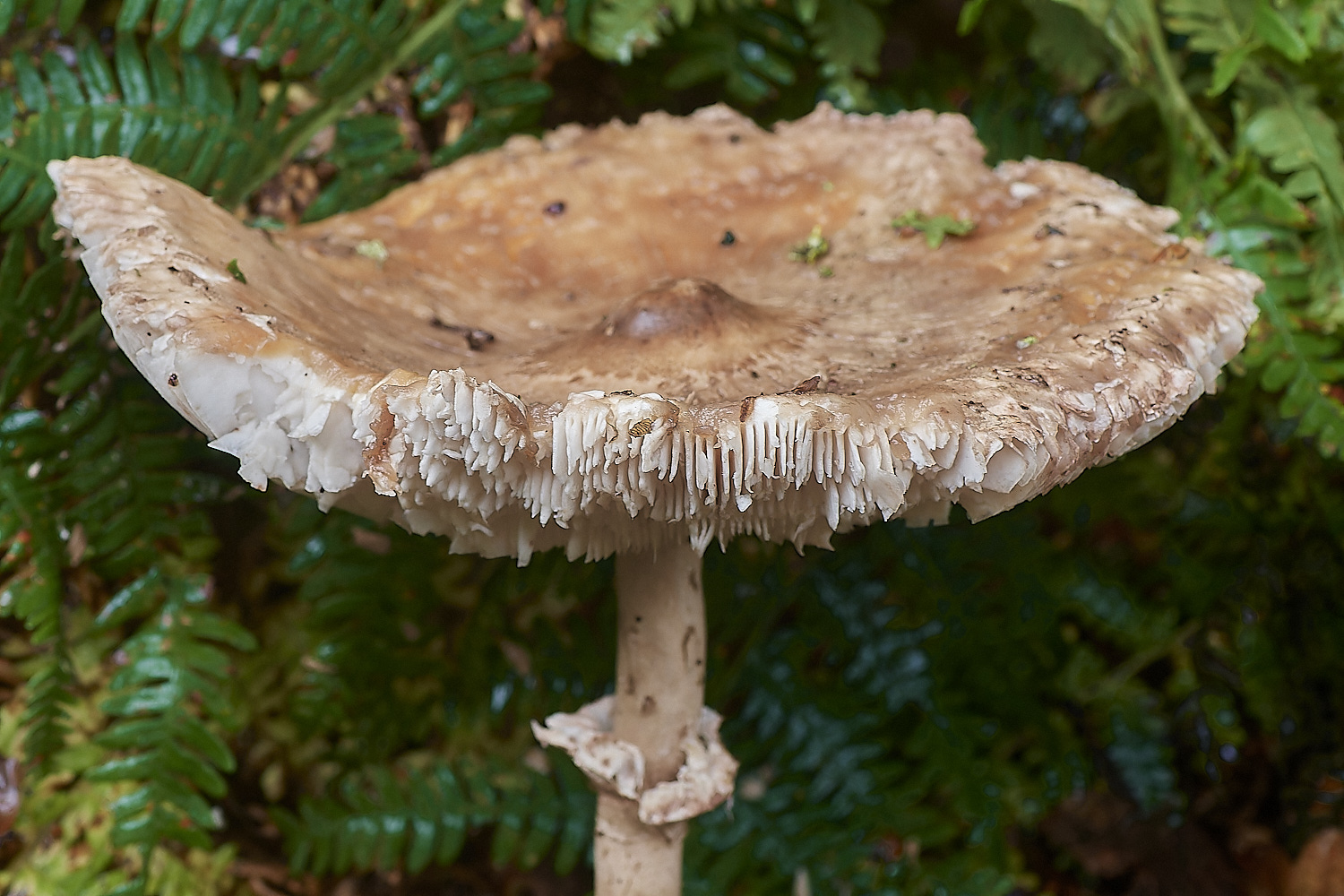
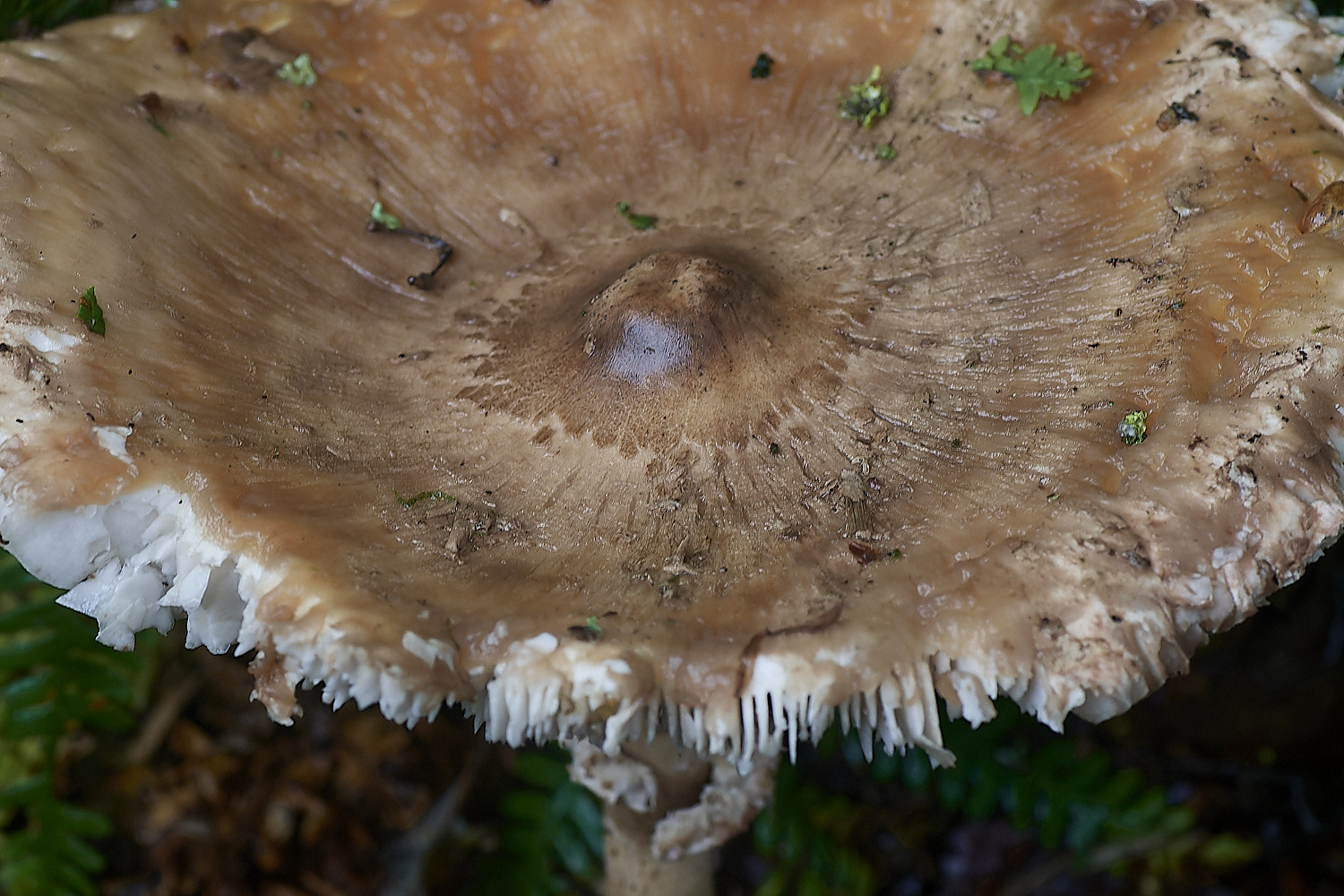
5?
From
Anne
Large Fungus Appreciation Society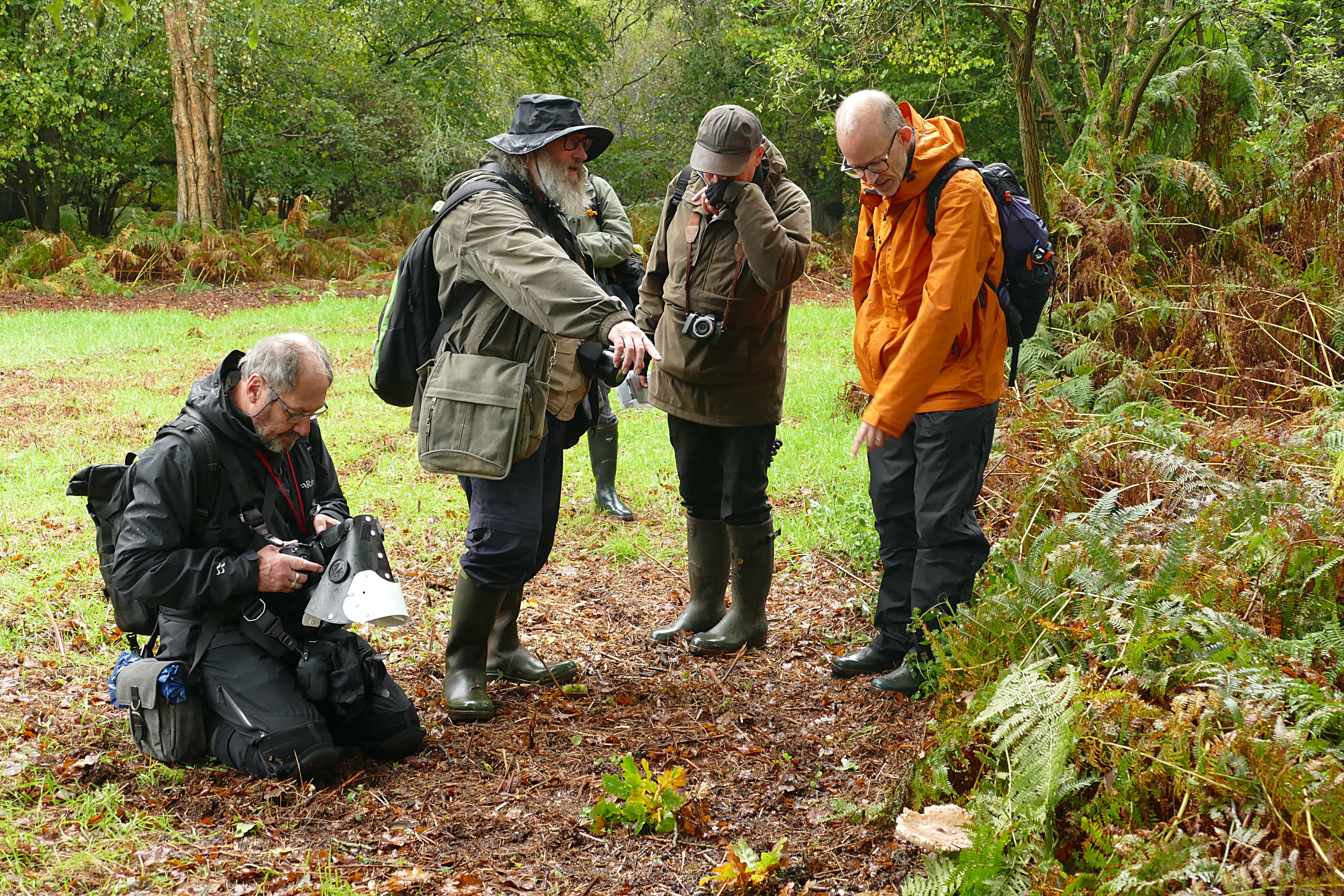
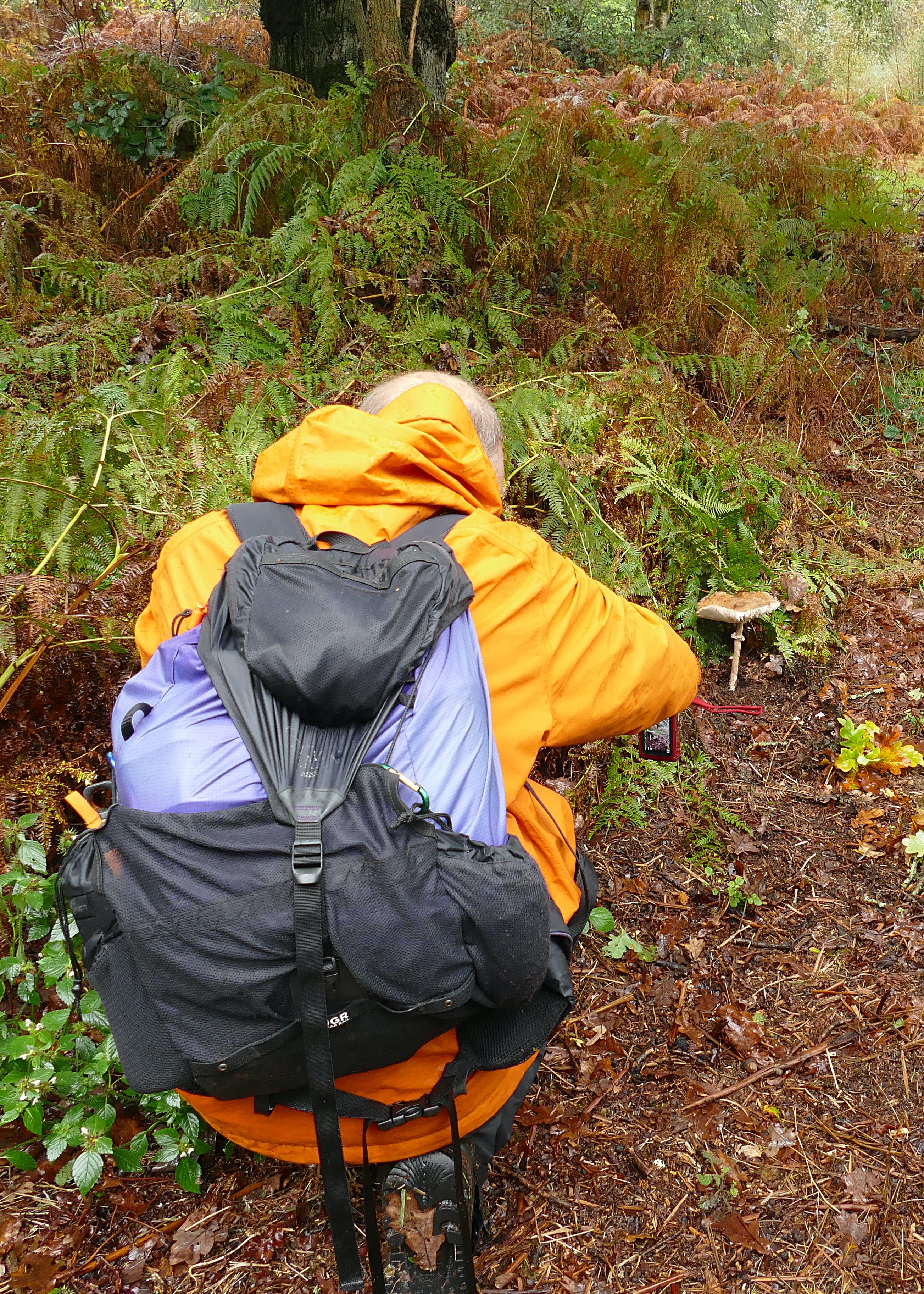
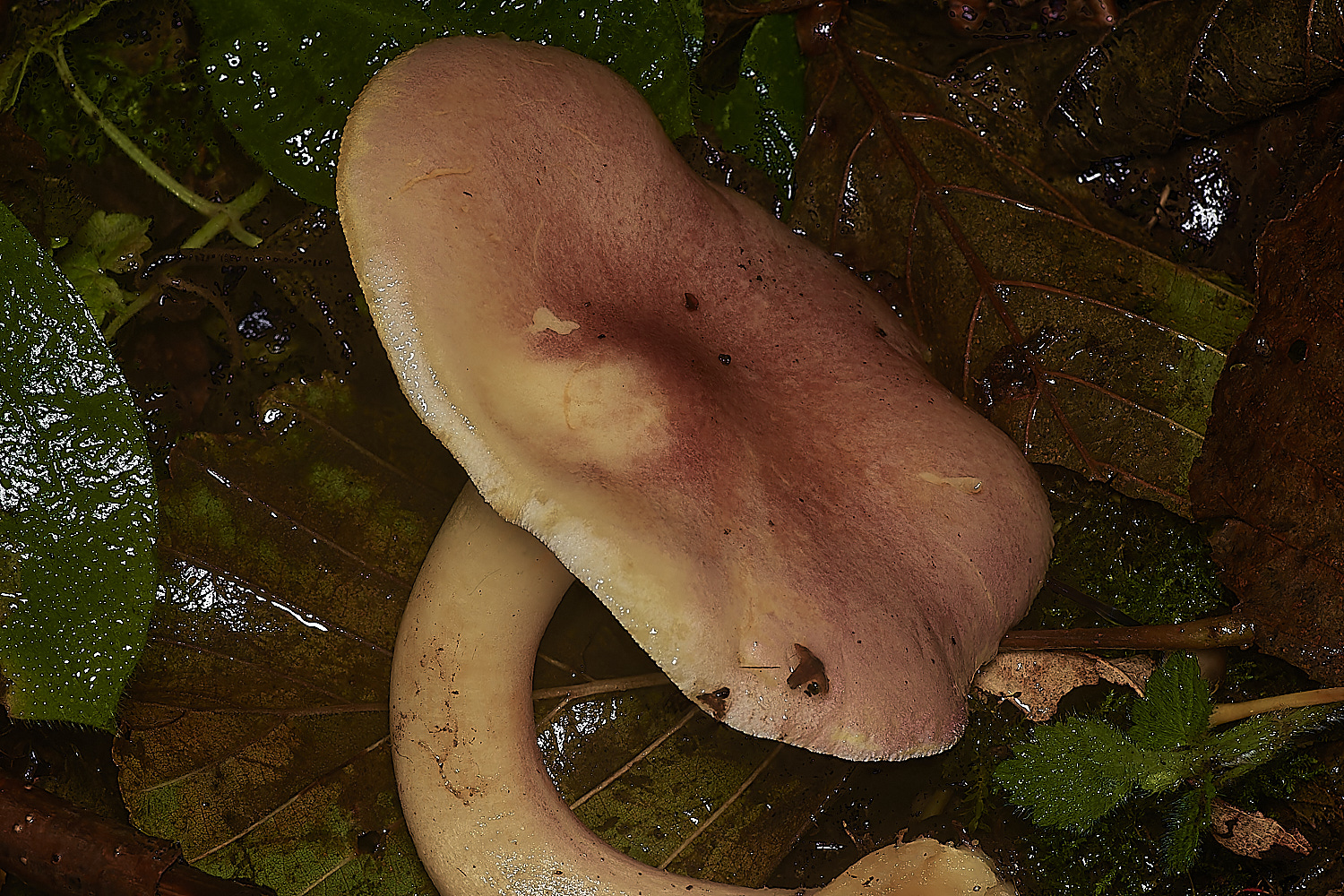
Plums & Custard (Tricholomopsis rutilans)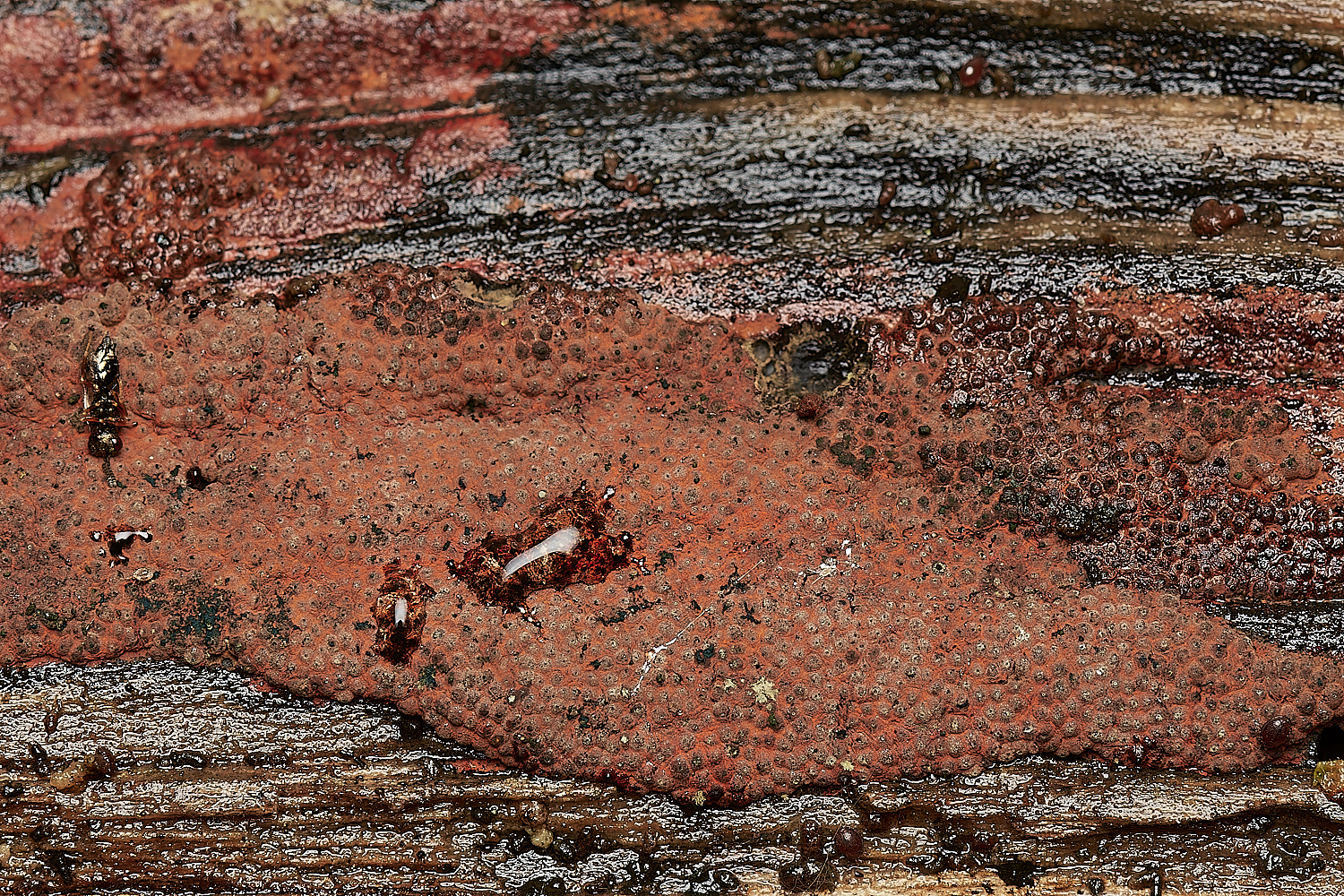
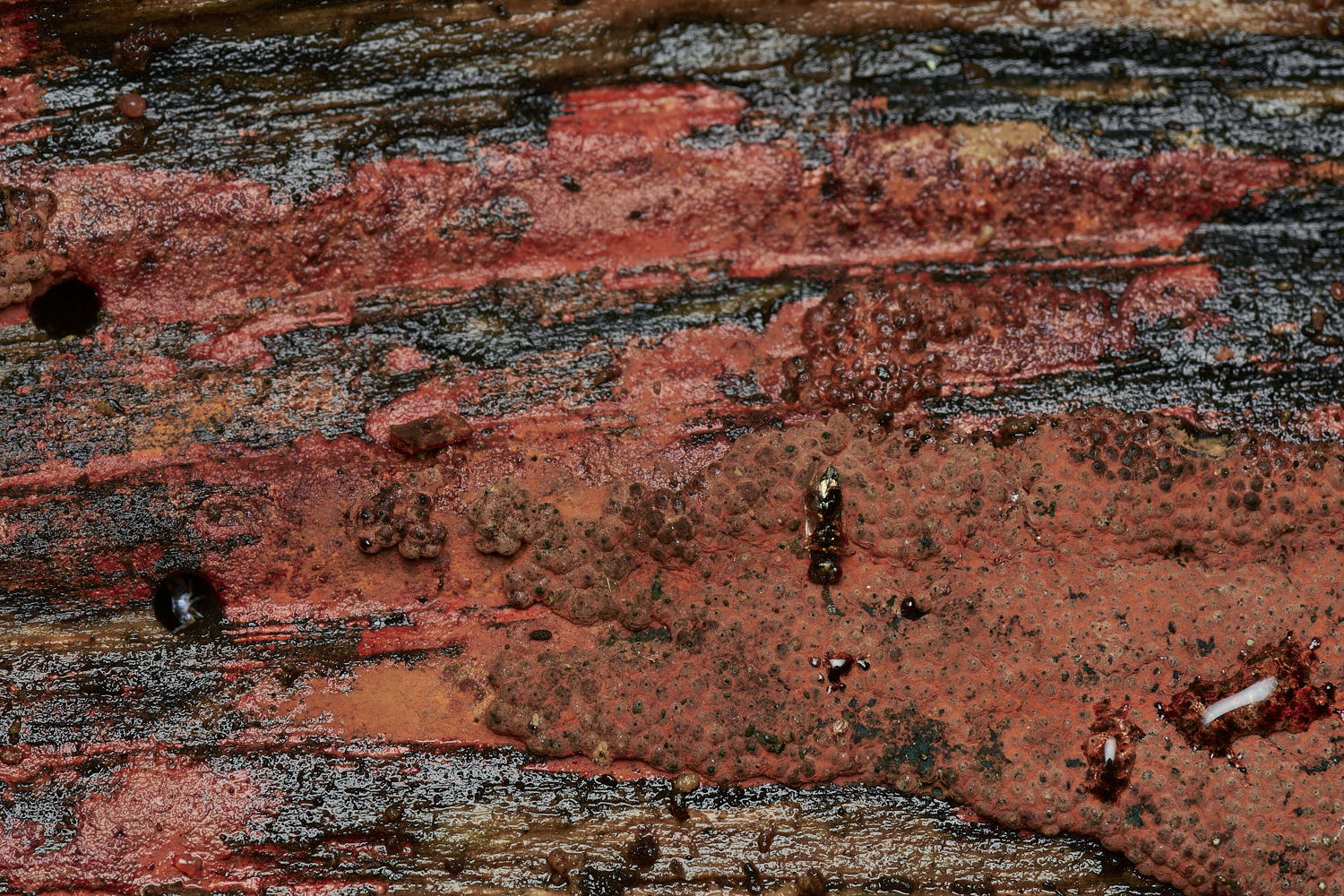
6?
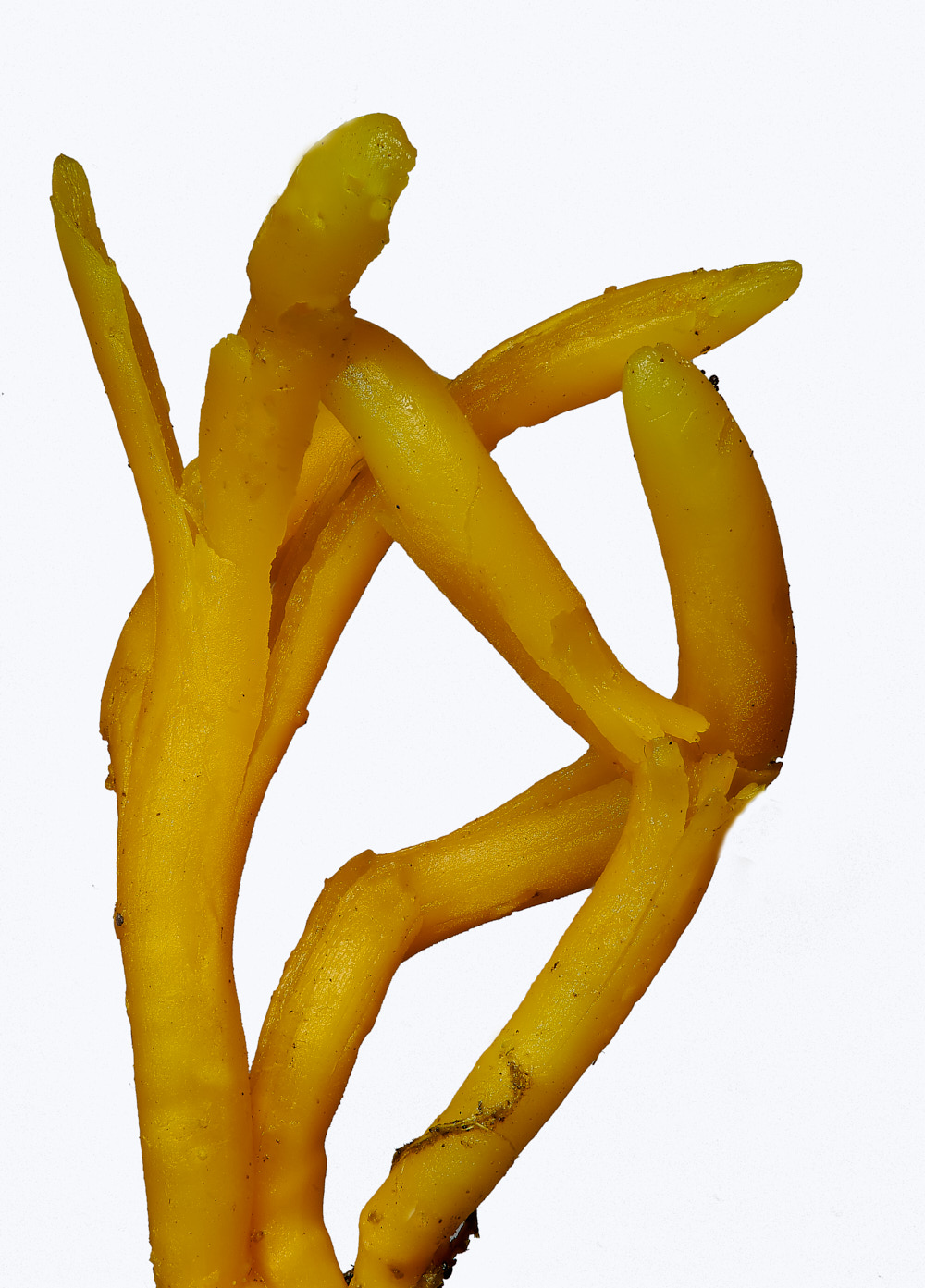
Spindle Sp
from
Steve
Yellow Club (Clavulinopsis helvola)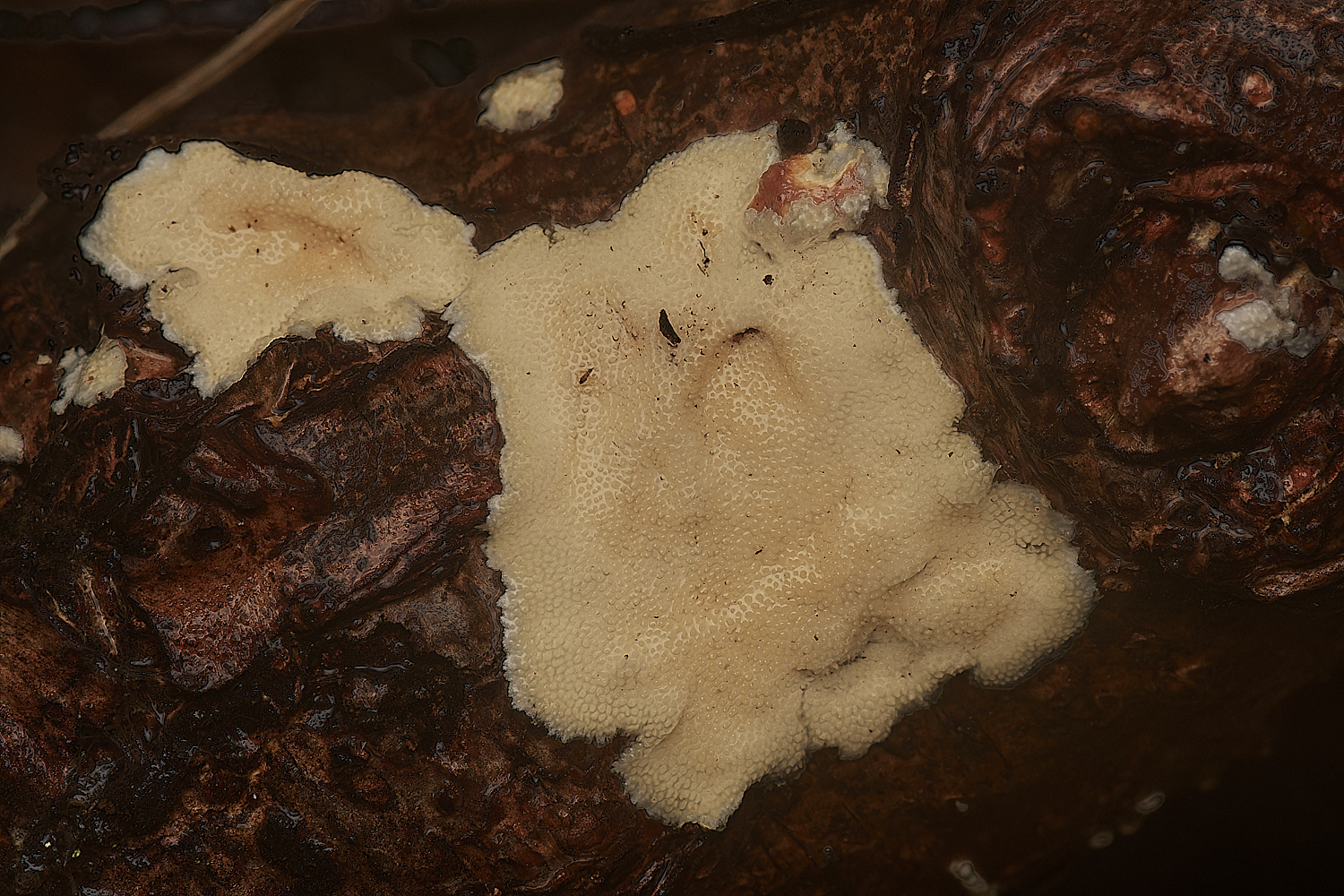
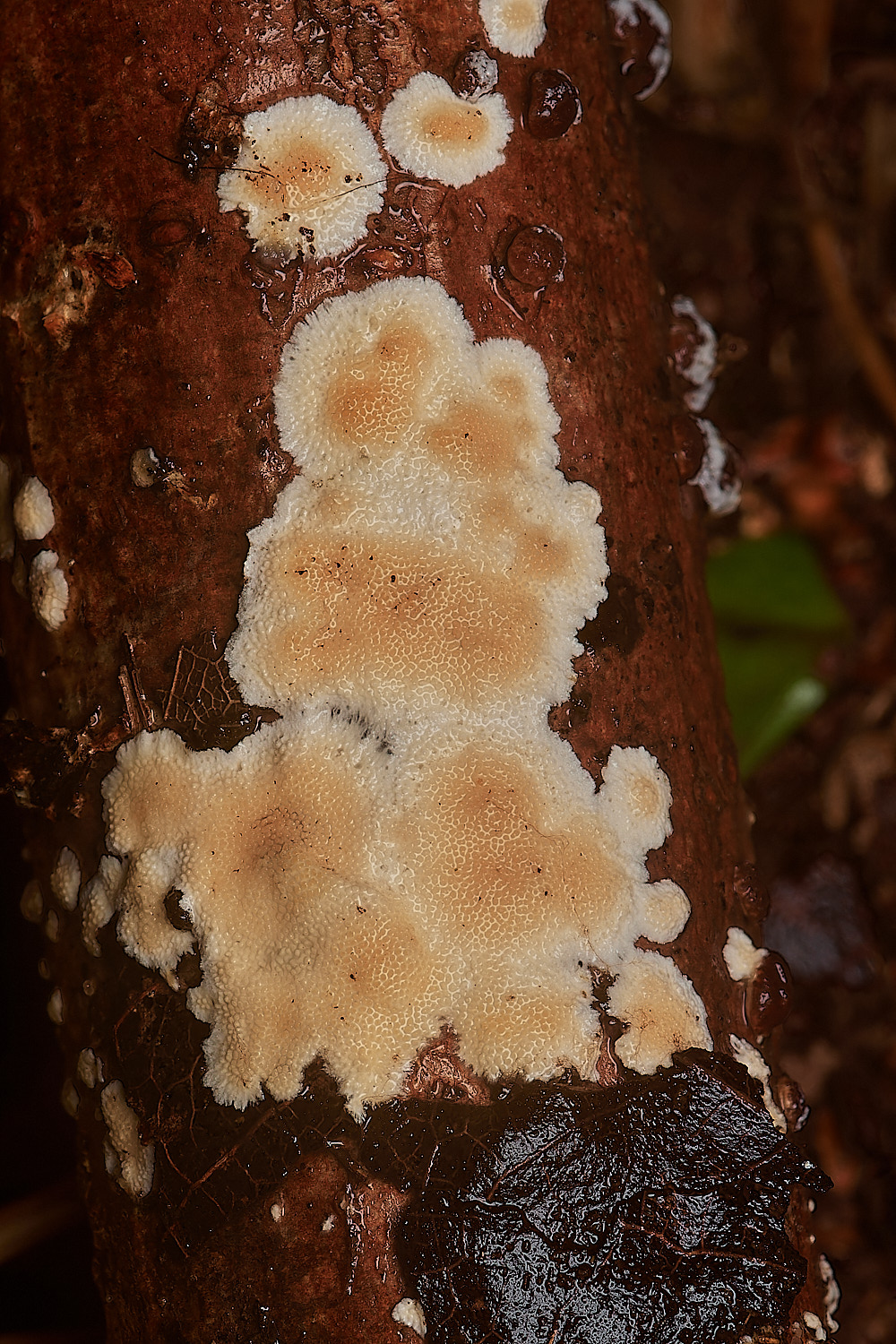
Young growth of Ochre Spreading Tooth (Steccherrinum ochraceum)
A wood rotting crust fungus of deciduous hard woods.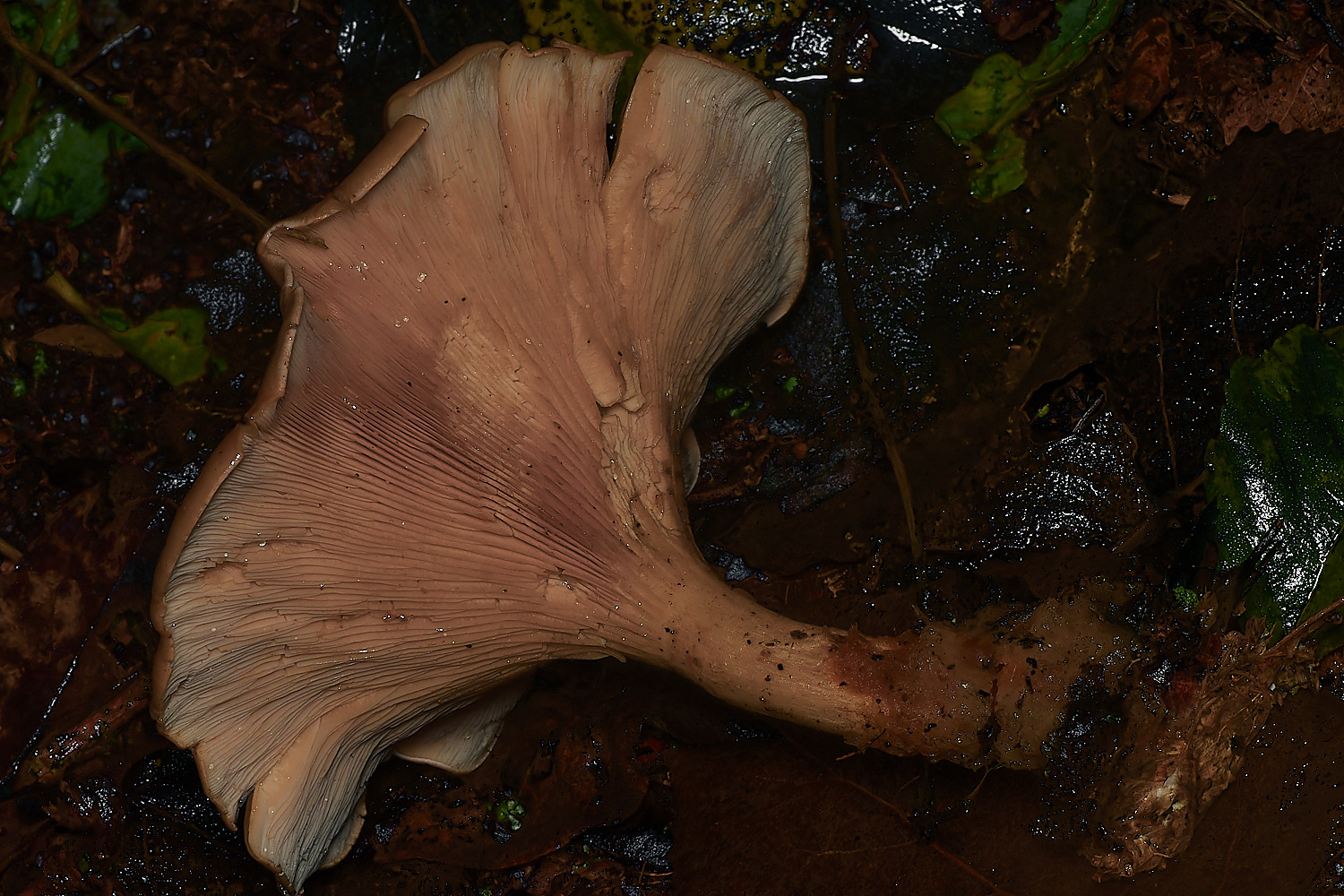

Tawny Funnel (Lepista flaccida)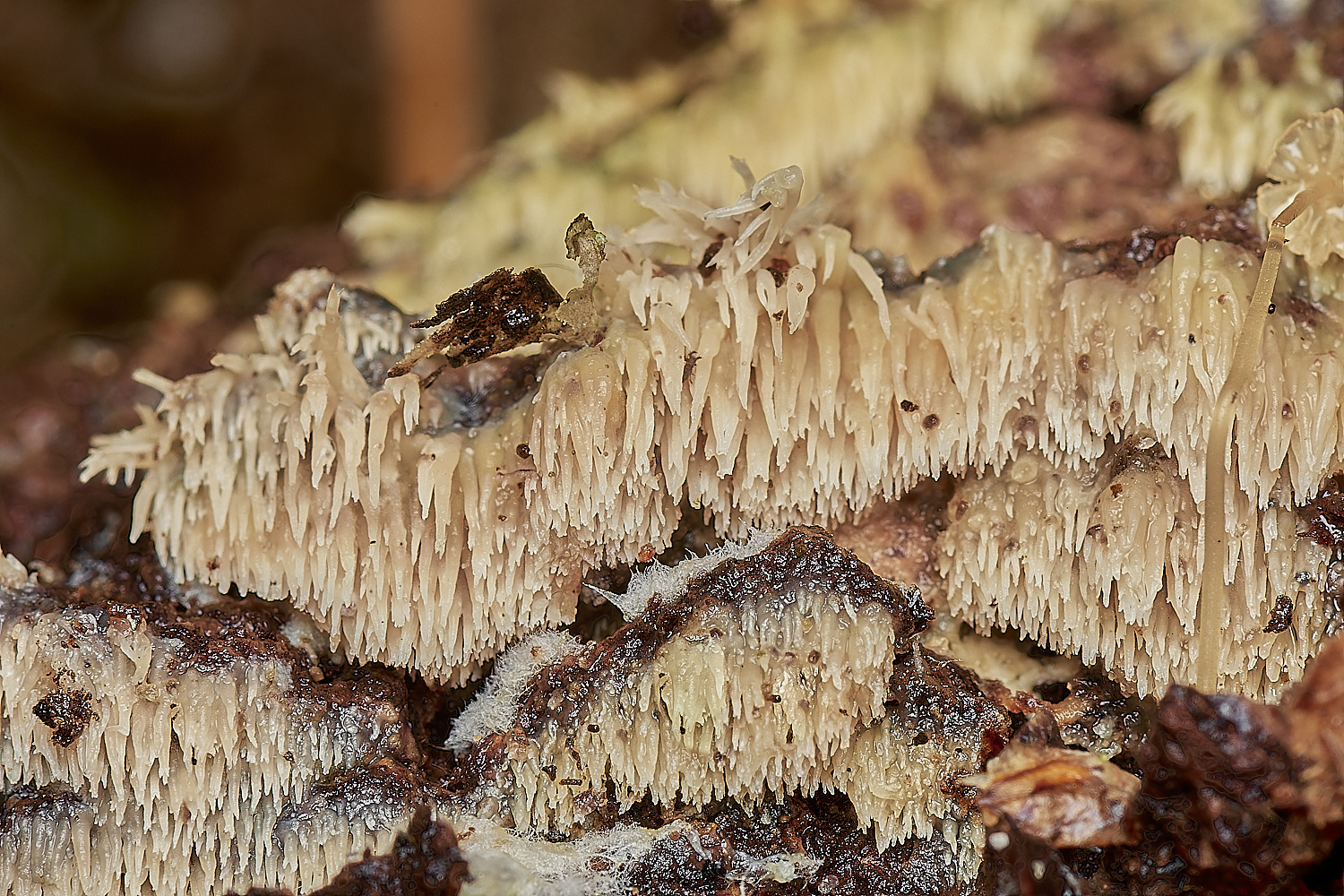
From
Tony L
The second was what I decided was Mucronella calva after much consideration. I could not decide whether it was a clustered clavarioid or a toothy resupinate. I tried to make it into Kavinia alboviridis (FTE1 p.1041) which is very rare. Although it had what appeared to be a 'cotton wool subiculum', it gave no colour with FeSO4 and had smaller spores so it wasn't. I have two reservations with M. calva - height was up to 2mm but FTE states up to 1.5mm, and the very few spores I could find (it was deteriorating quickly even on Saturday evening) appeared to be non-amyloid although otherwise consistent. Did anyone else take a piece? M. calva would be the 4th Norfolk record. I dried what remained.
Further to this Tony then added
Looking at your image of Mucronella calva I am increasingly doubtful of my identification -
it really should not have branched or bifurcate 'teeth'. If the team wanted you could try to get a sequence. I will write it up as aDNA proposal.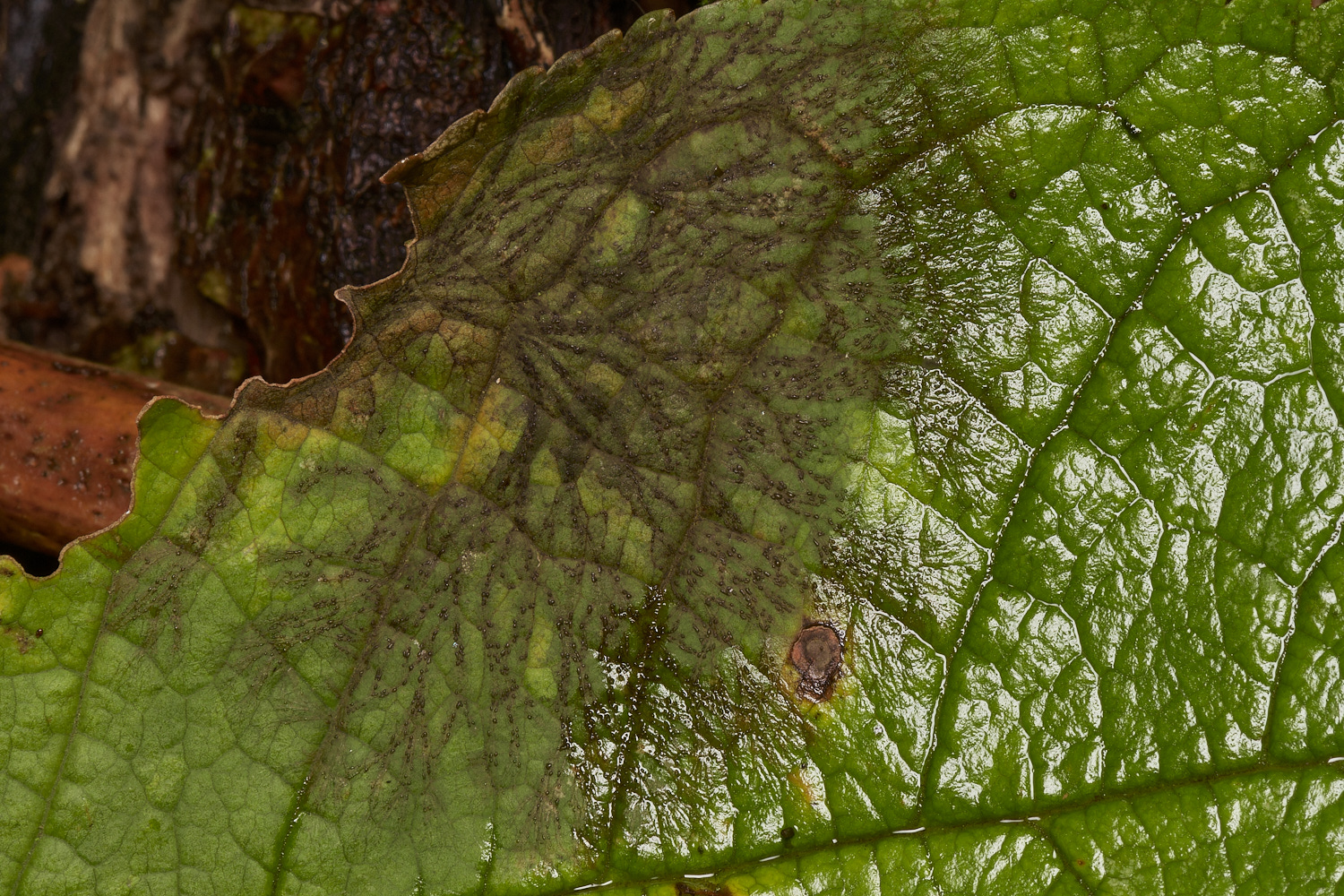
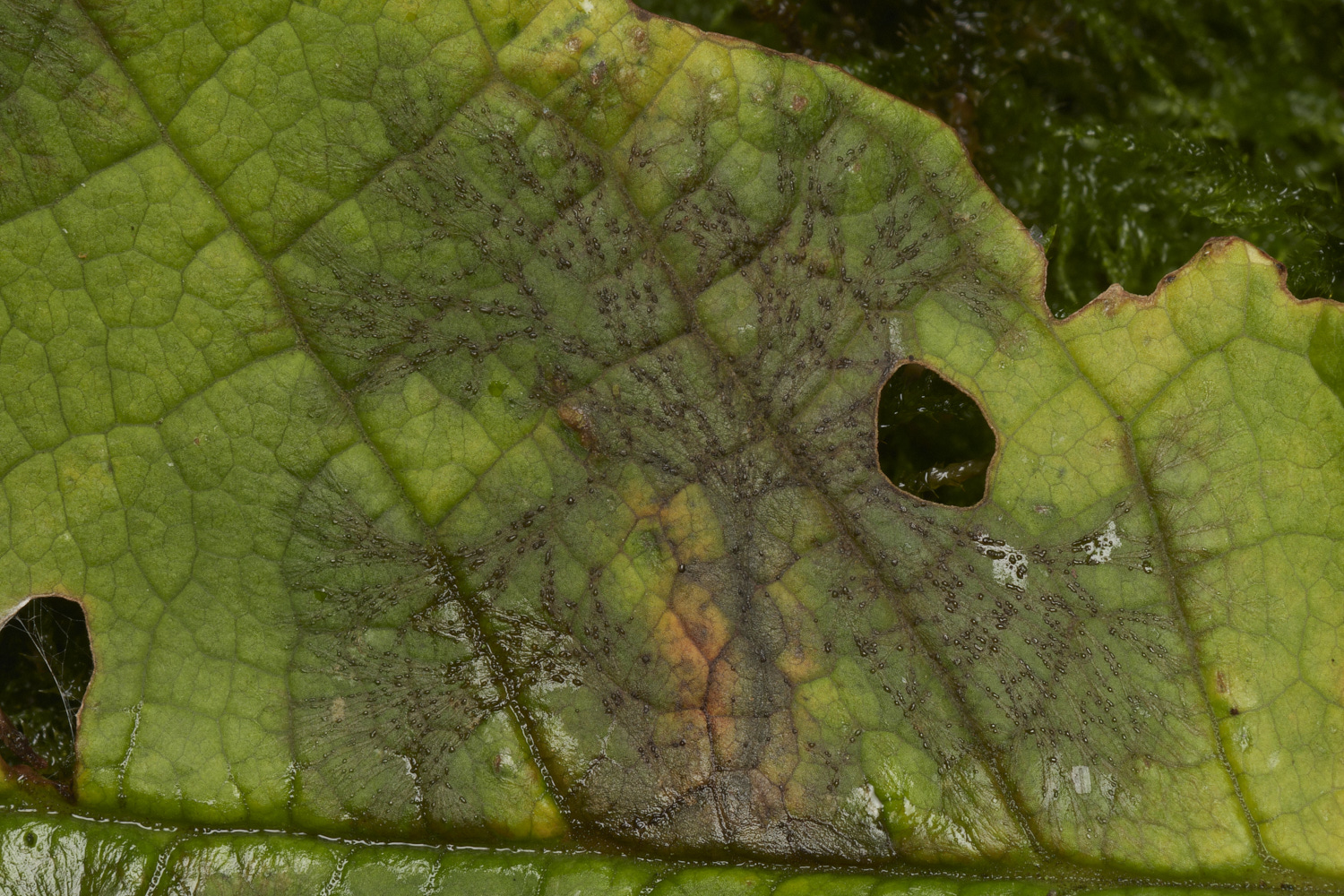
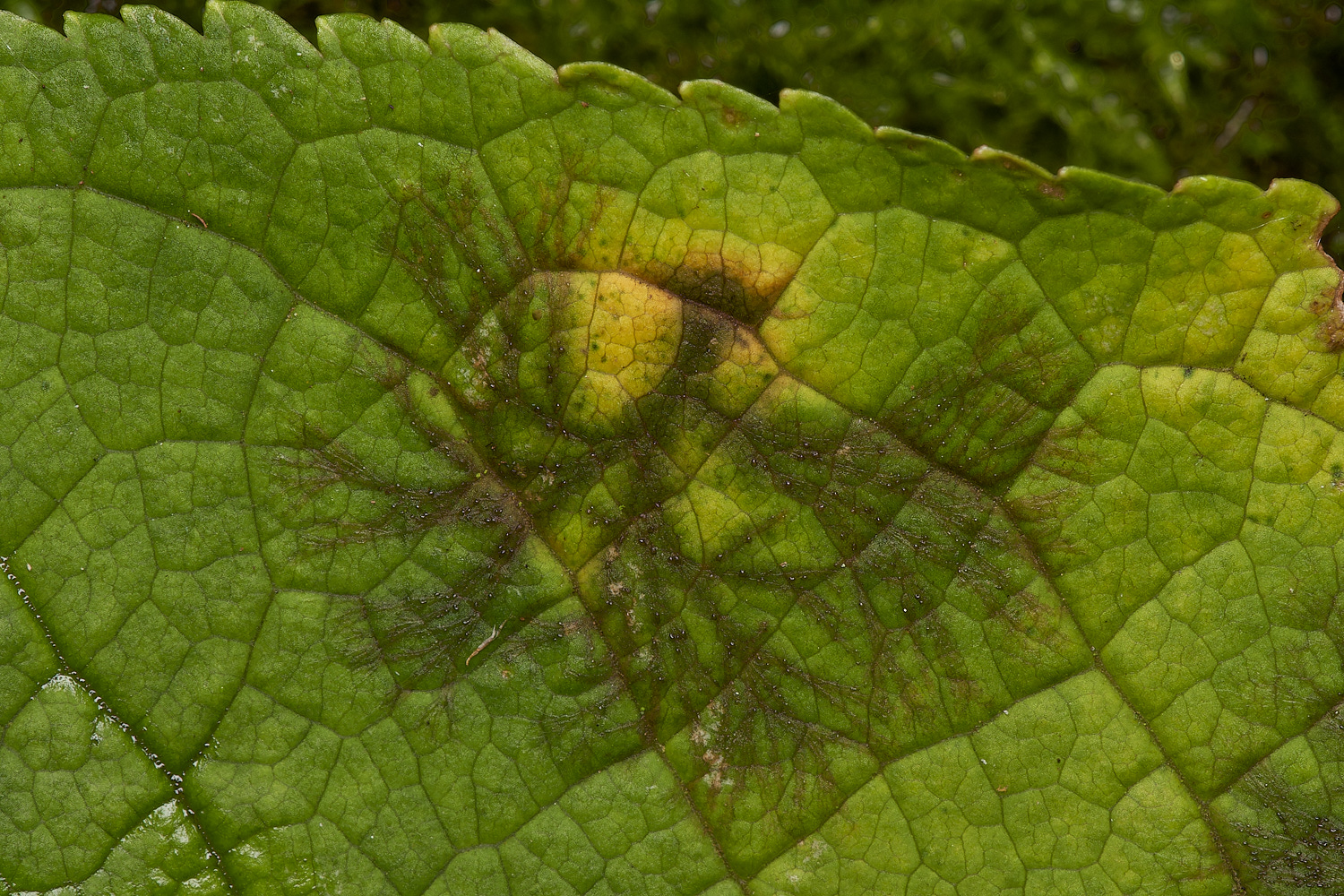
Asteroma padi A micro fungus found on Bird Cherry (Prunus padus)
Curious how in these instances the growth form of the fungus is reminiscent of the branching structure of a tree.
Notice also the dulling effect on the surrounding tissue compared with the glossy greenness of unaffected tissue. 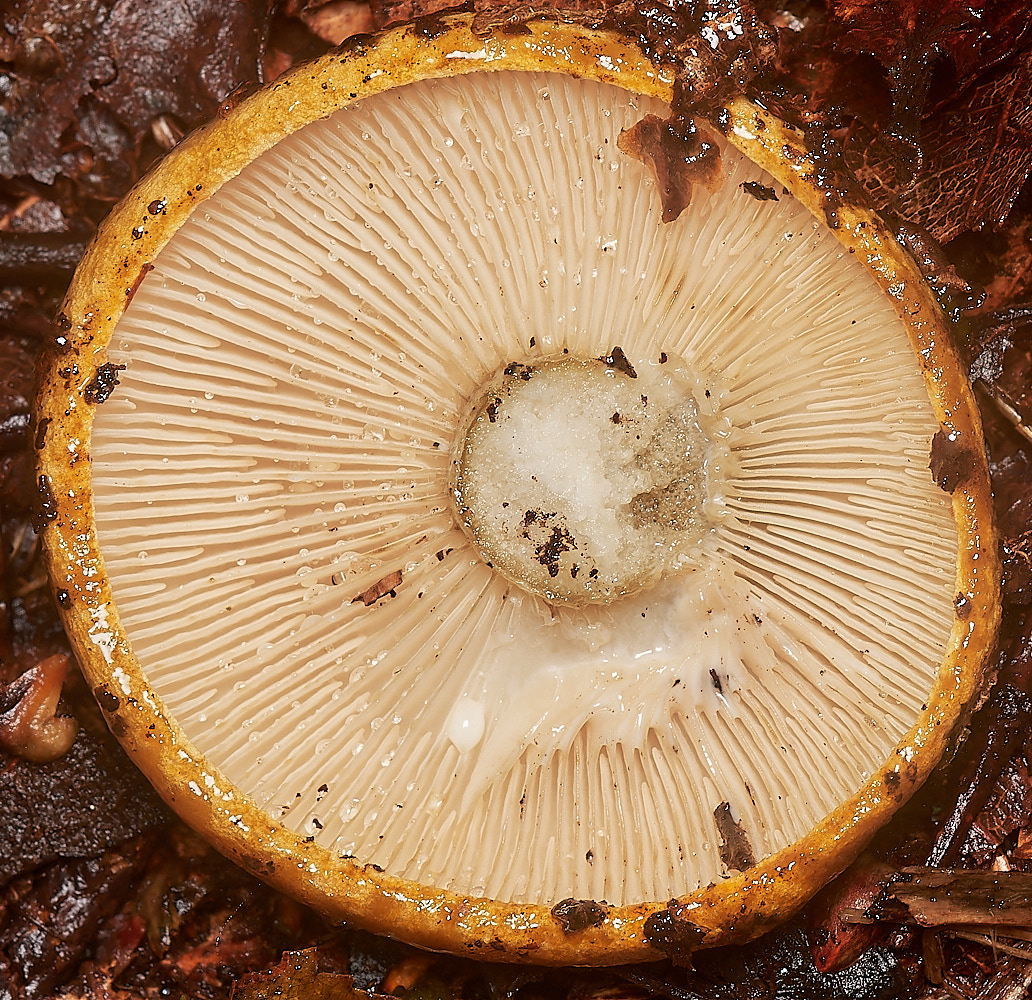
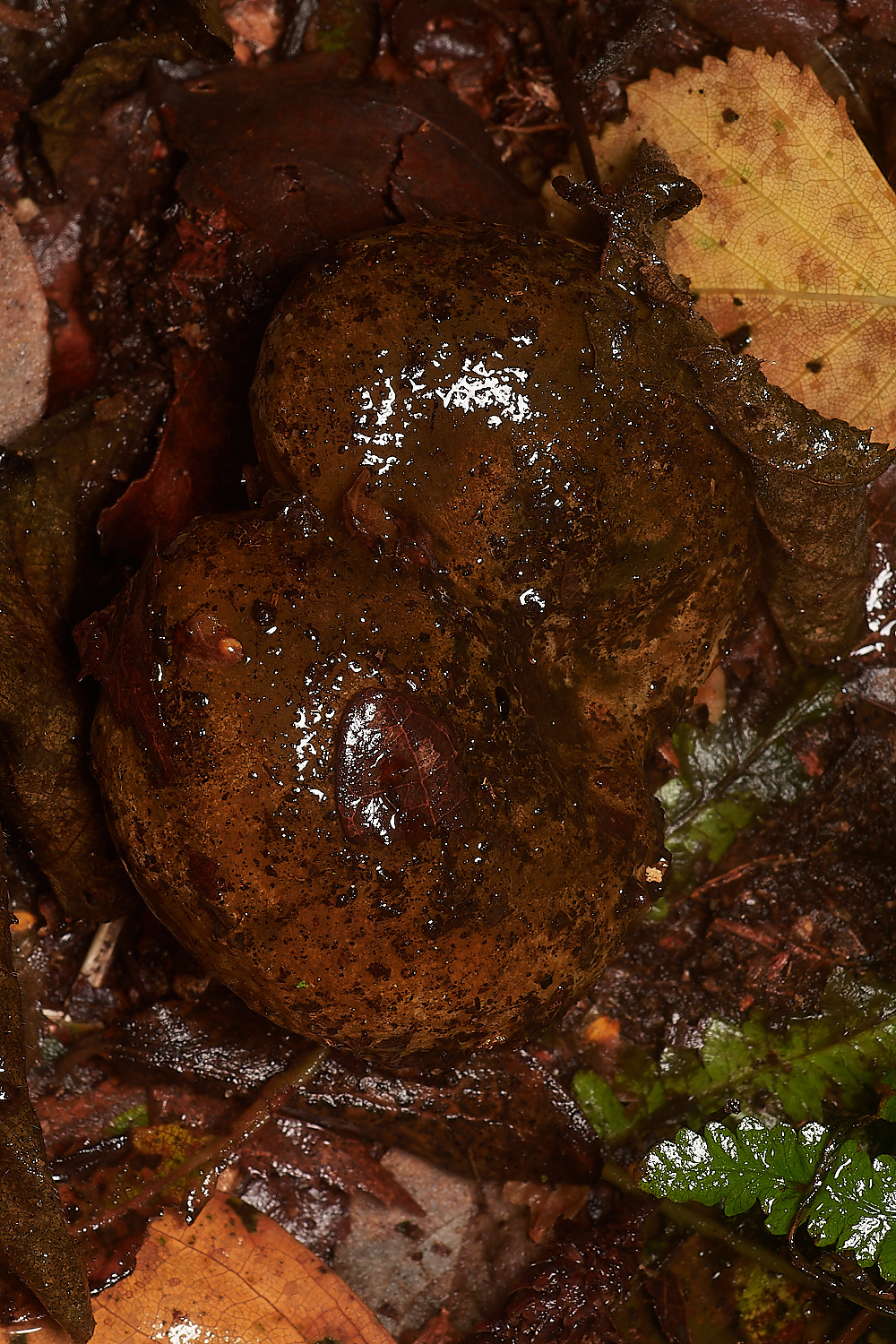
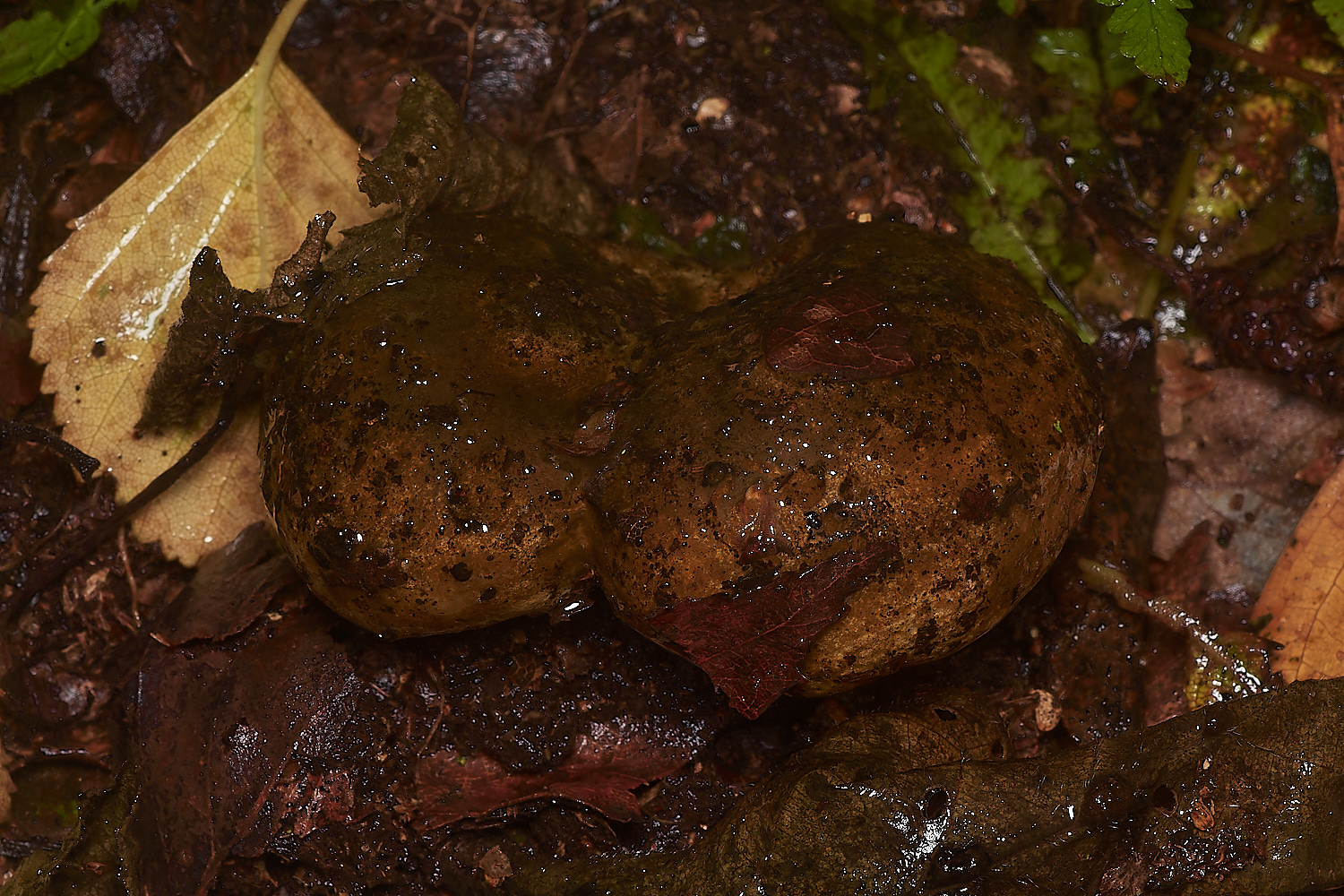
Ugly Milkcap (Lacarius turpis)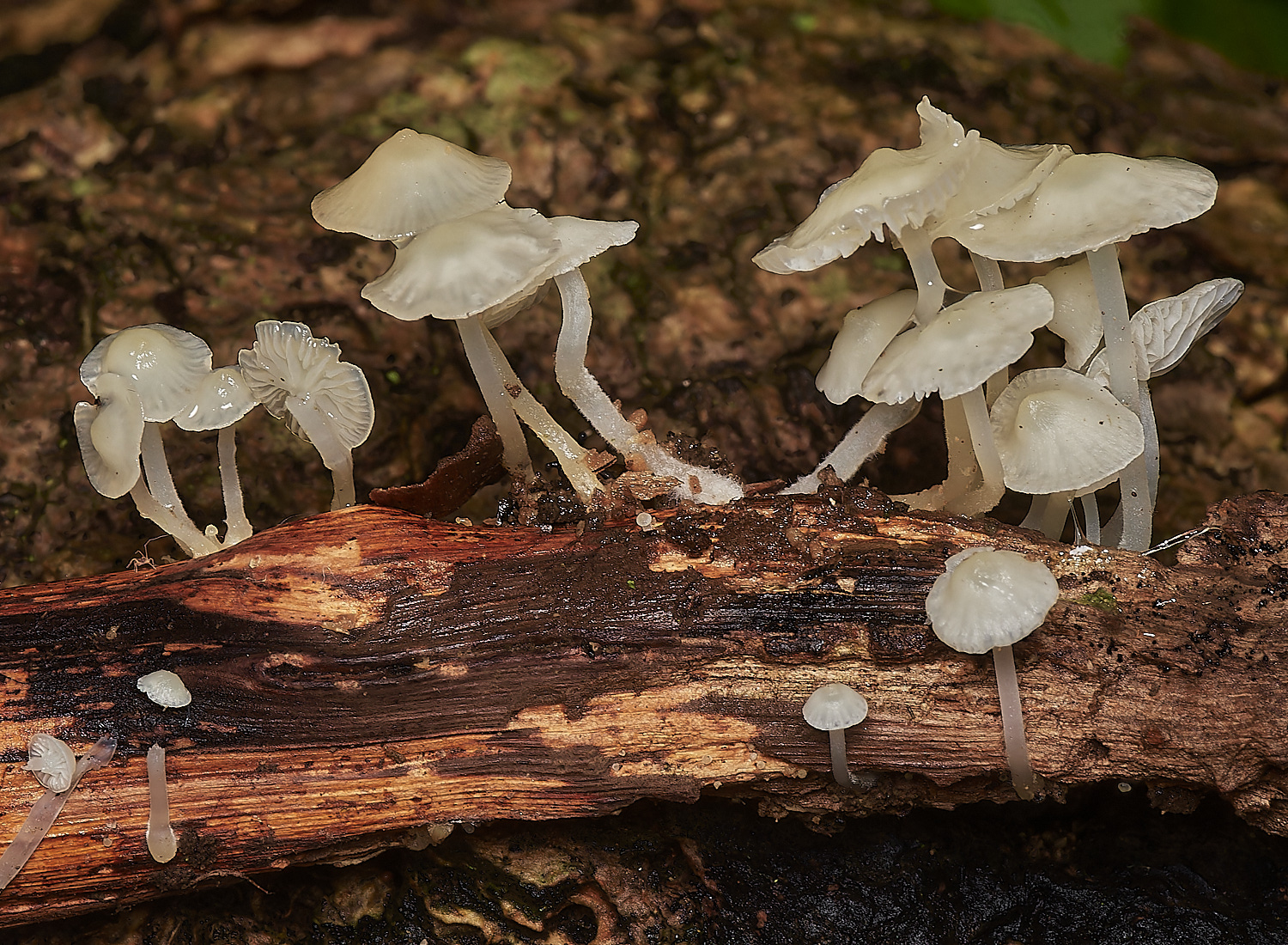
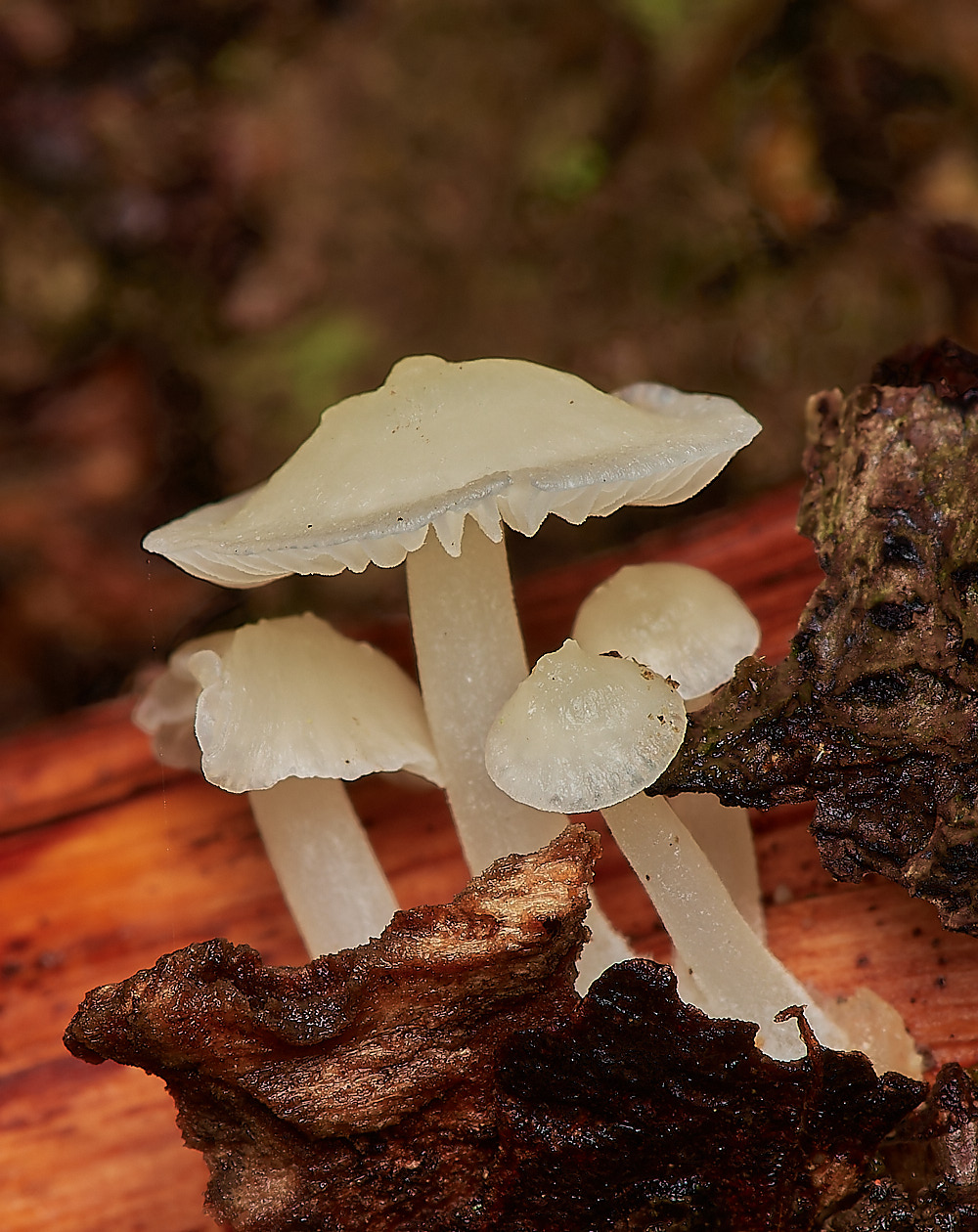
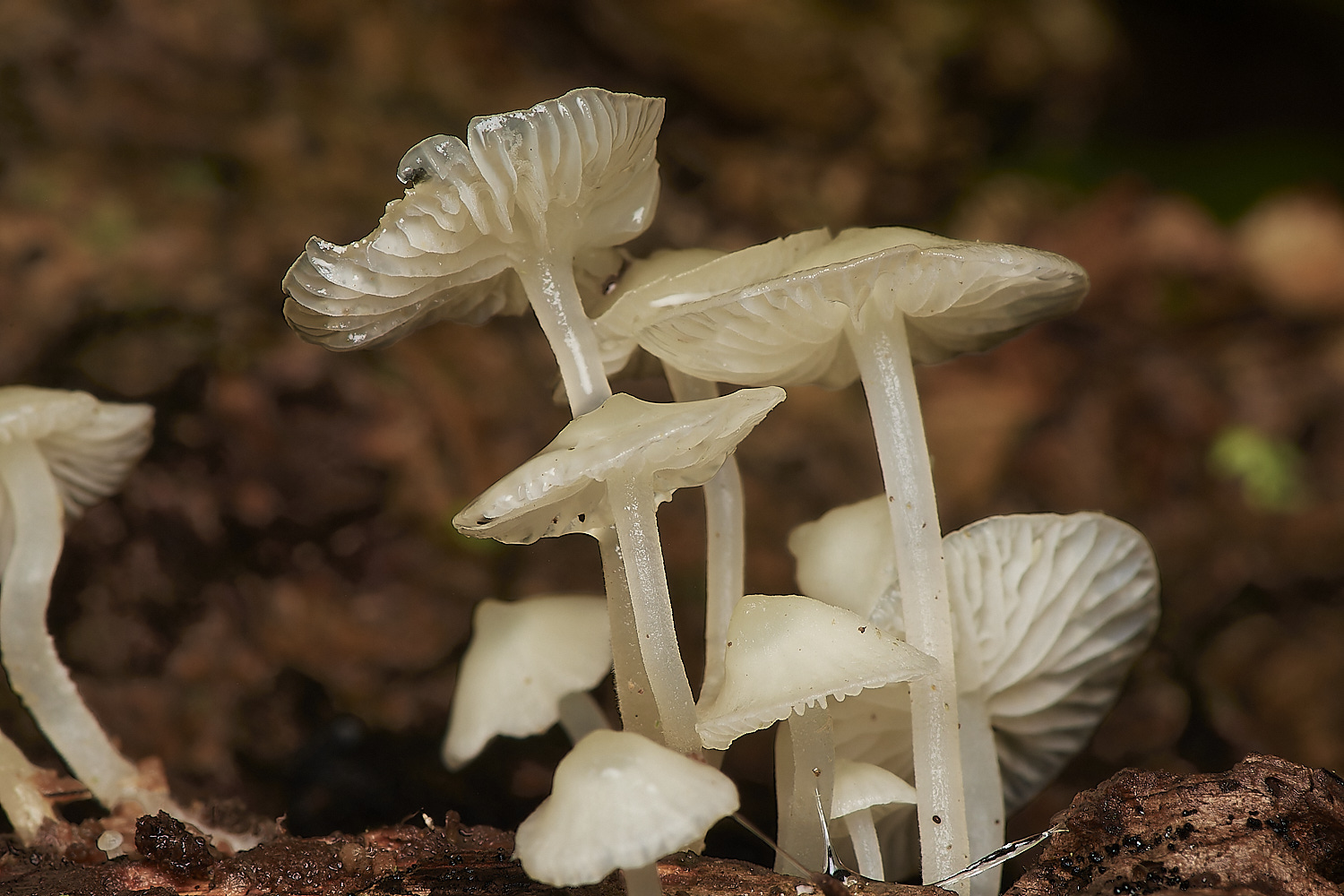
9?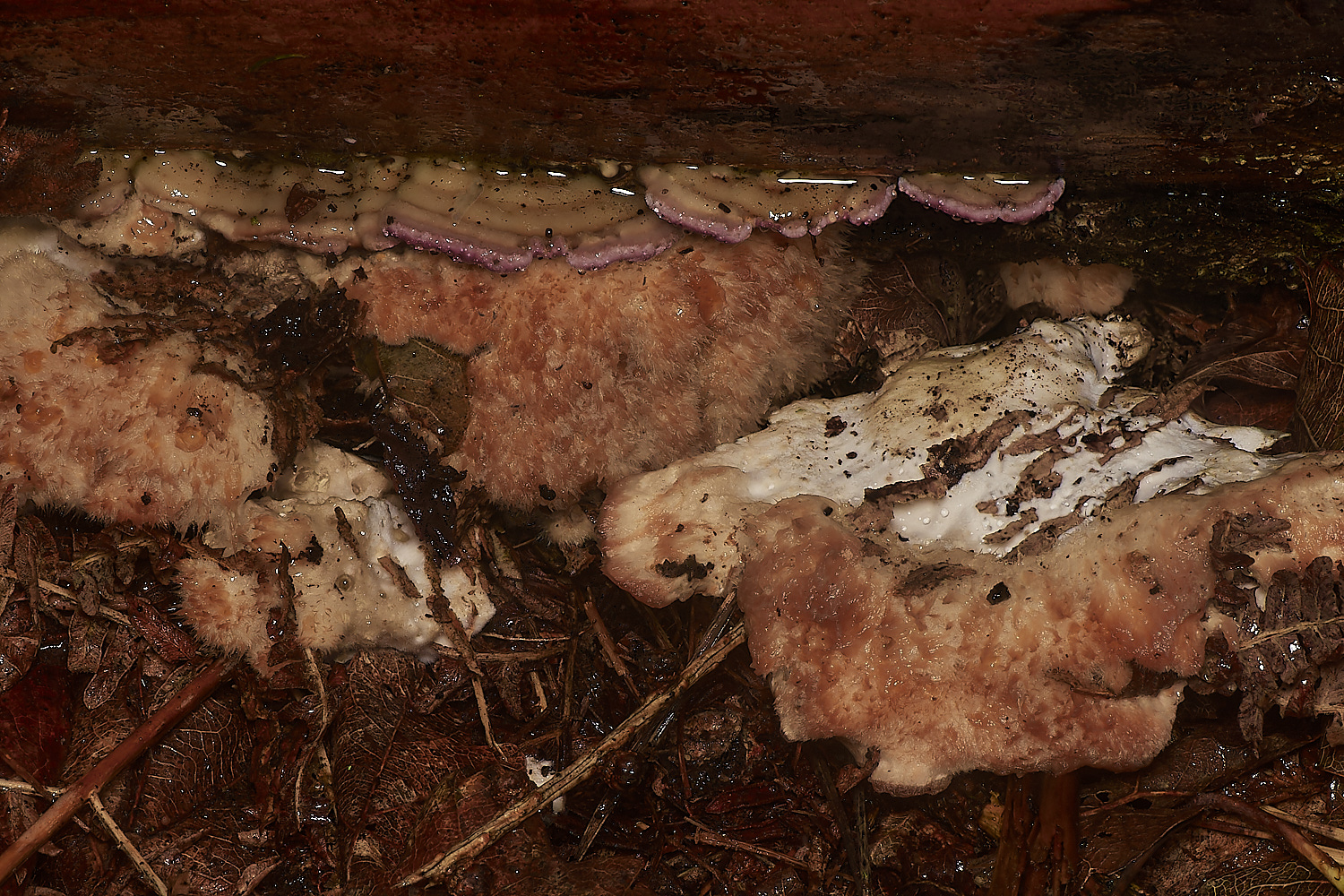
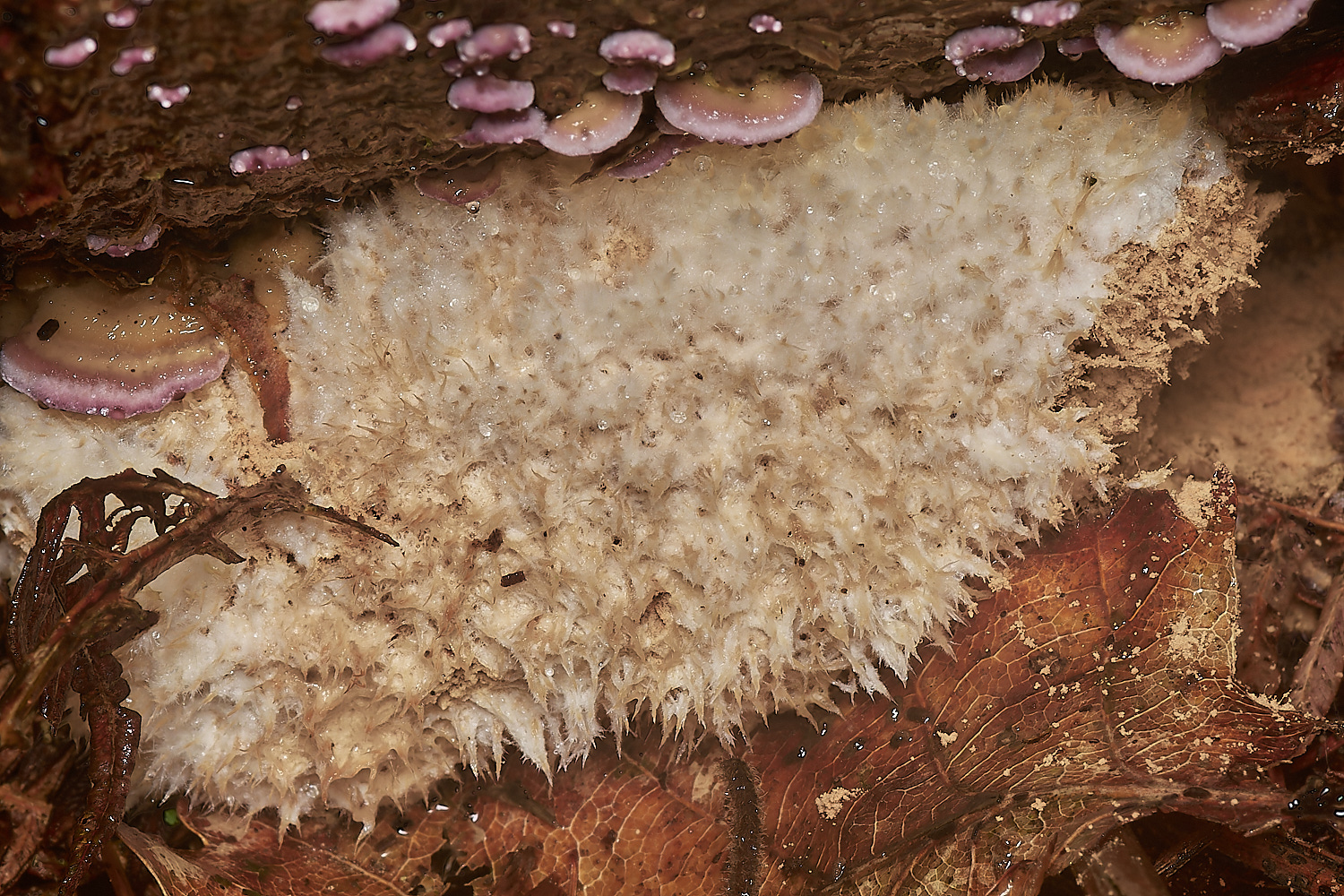
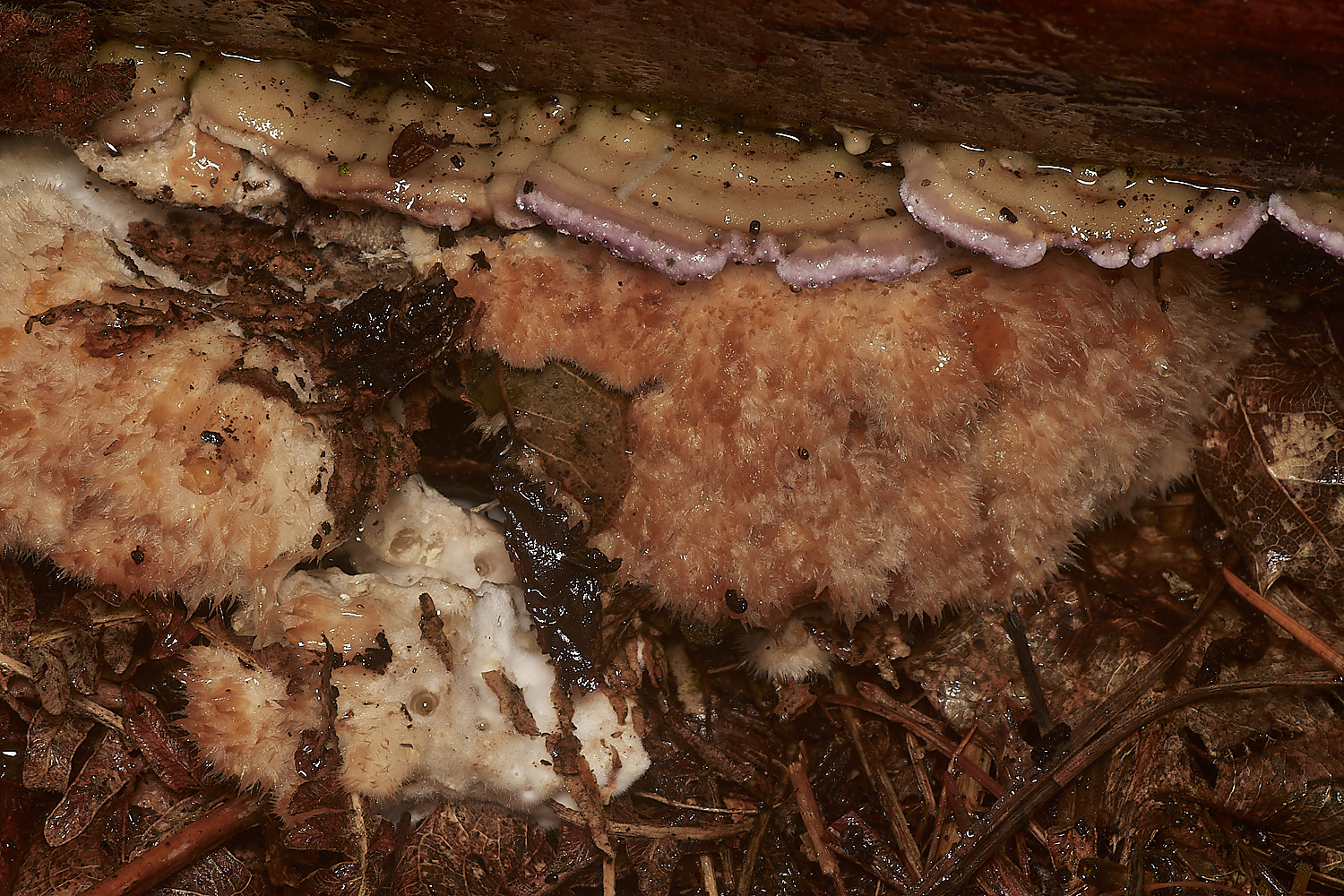
Powderpuff Bracket (Postia ptychogaster)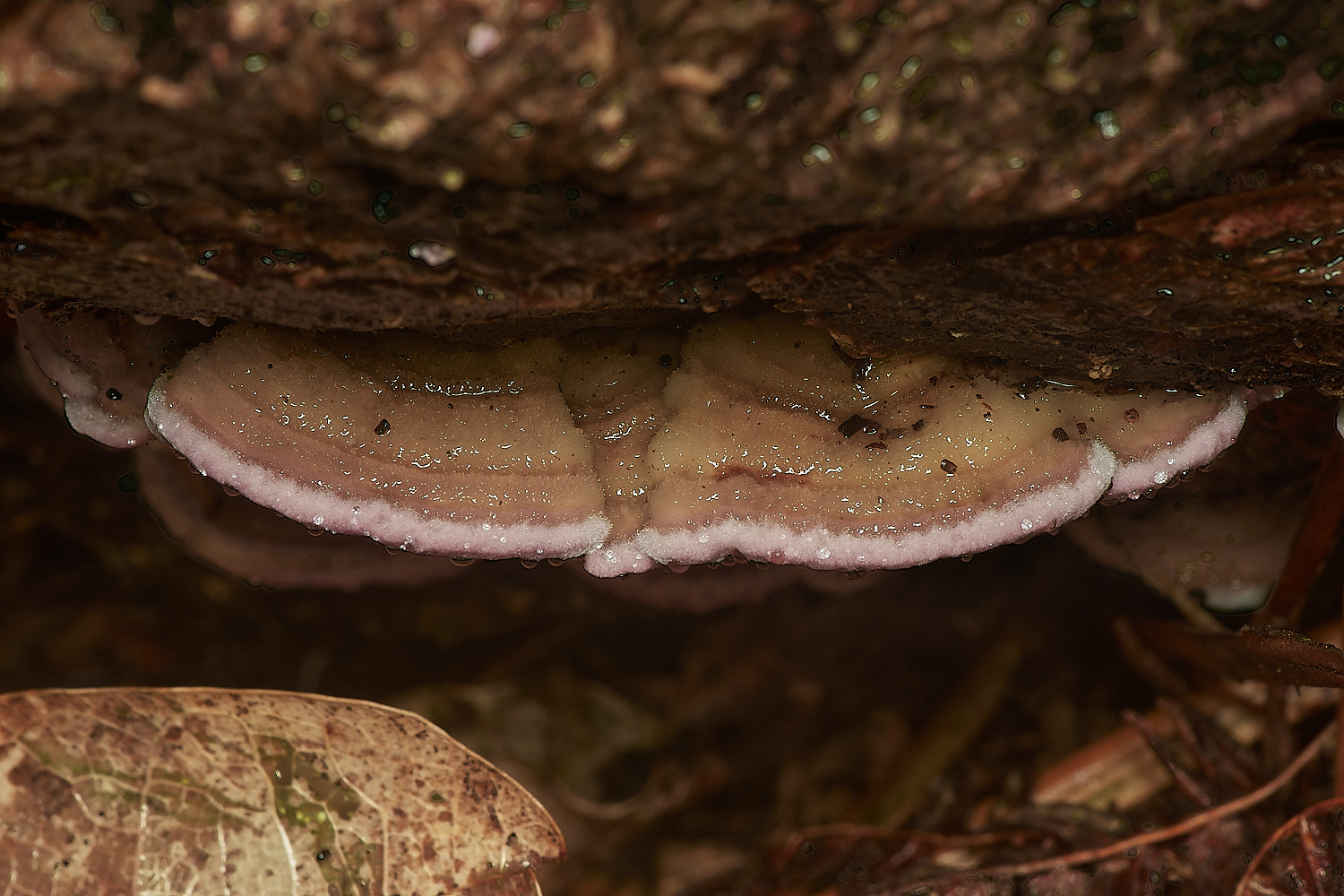
Purplepore Bracket (Trichaptum abietinum)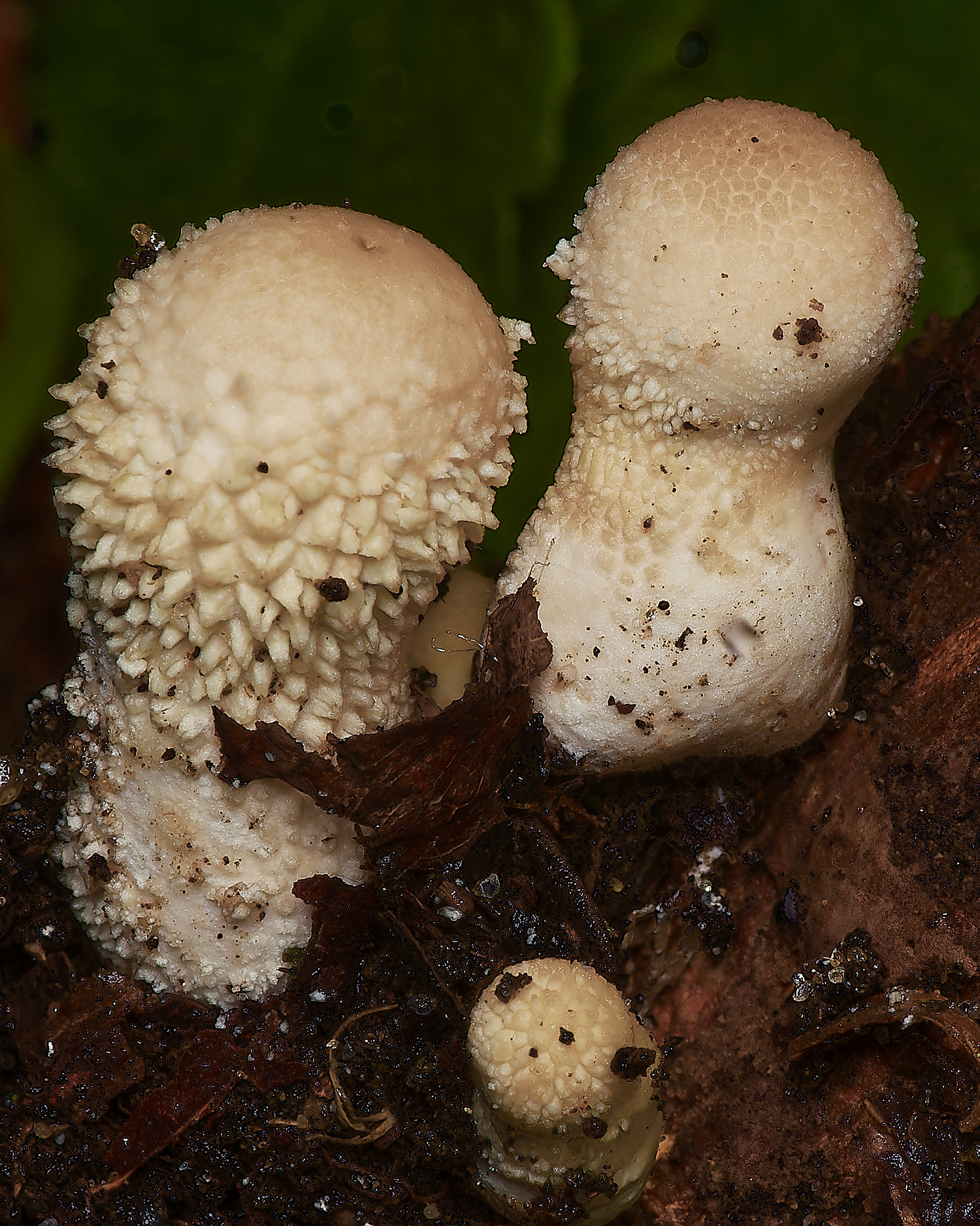
Common Puffball (Lycoperdon periatum)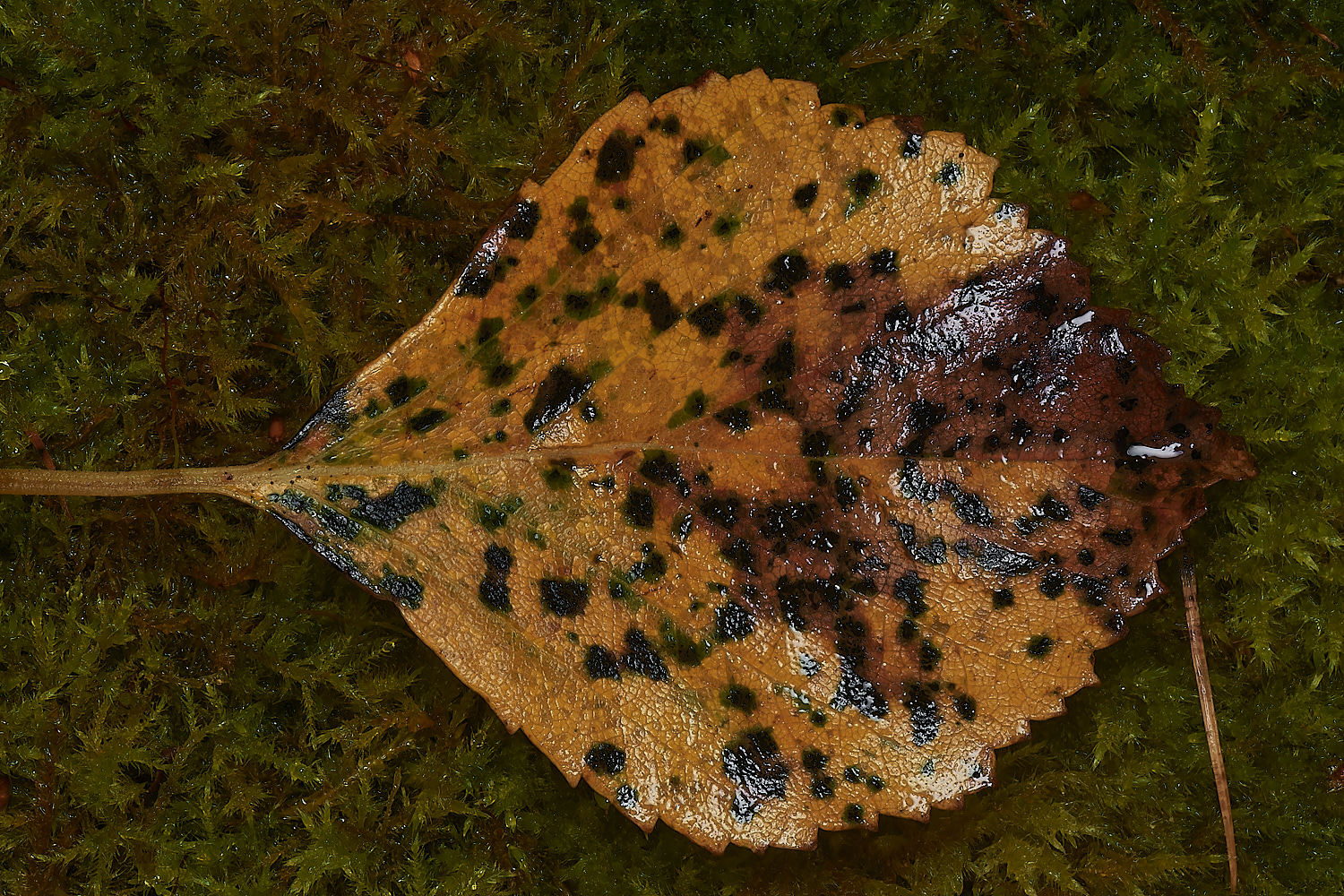
Marssonina betulina 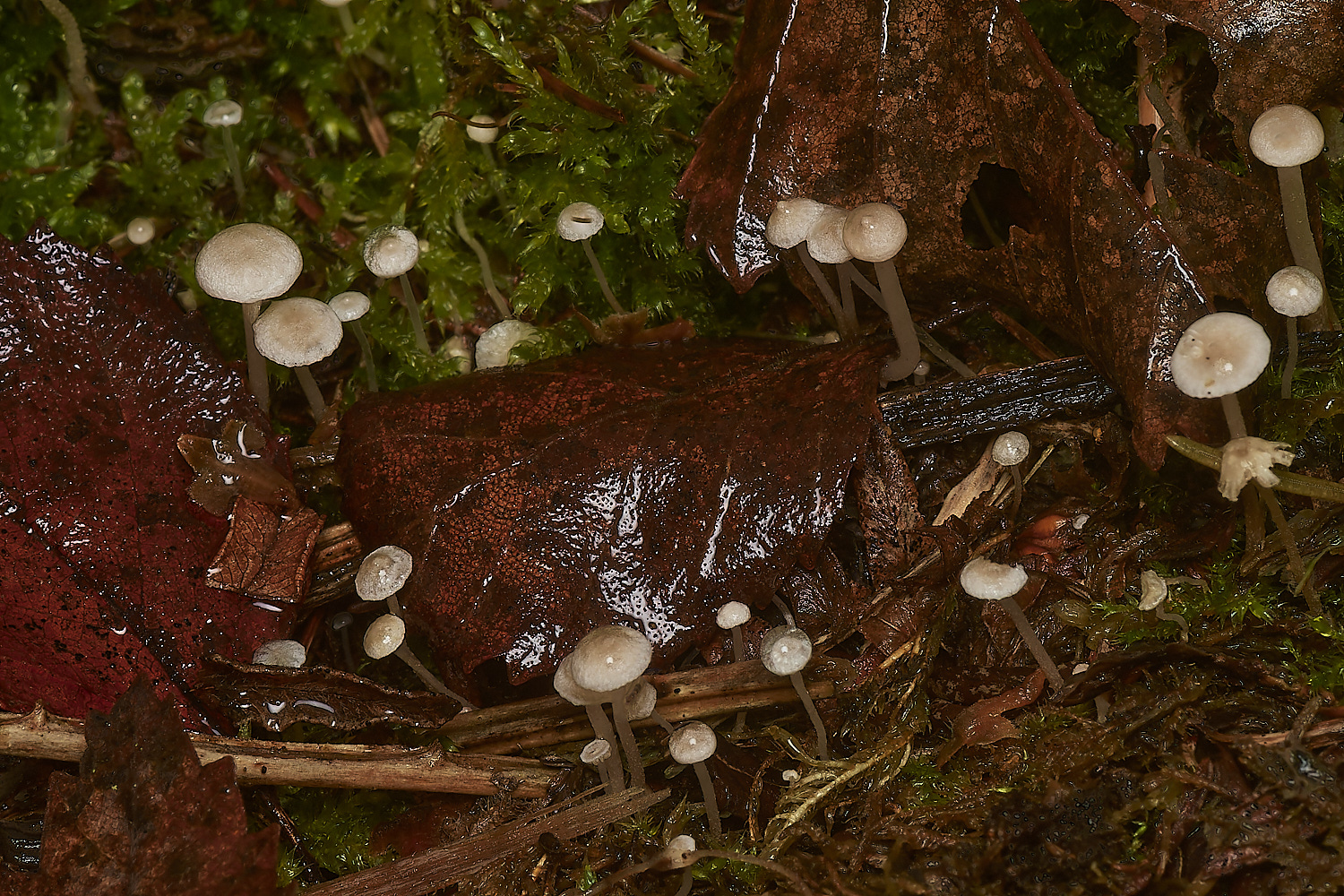
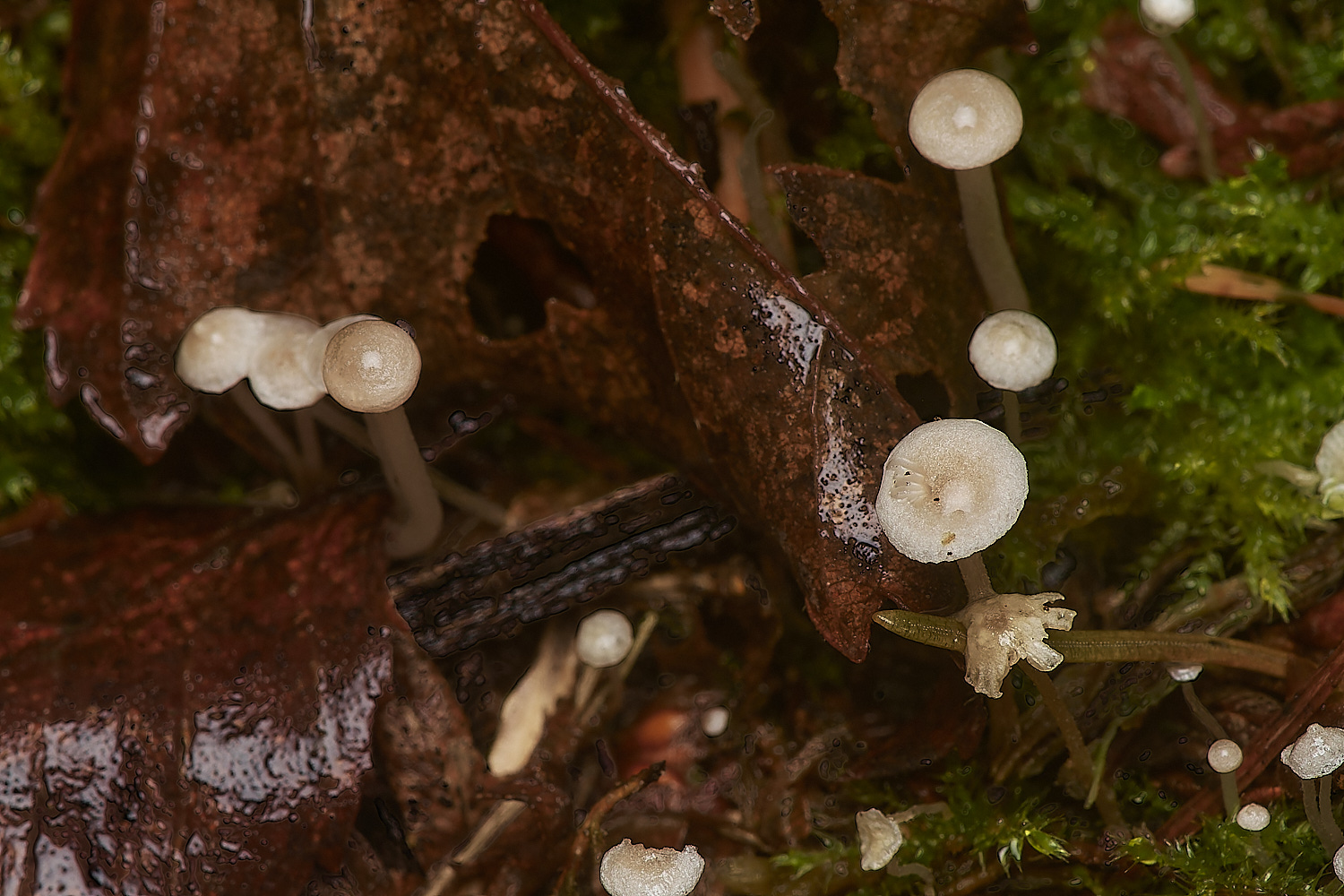
Collybia cookei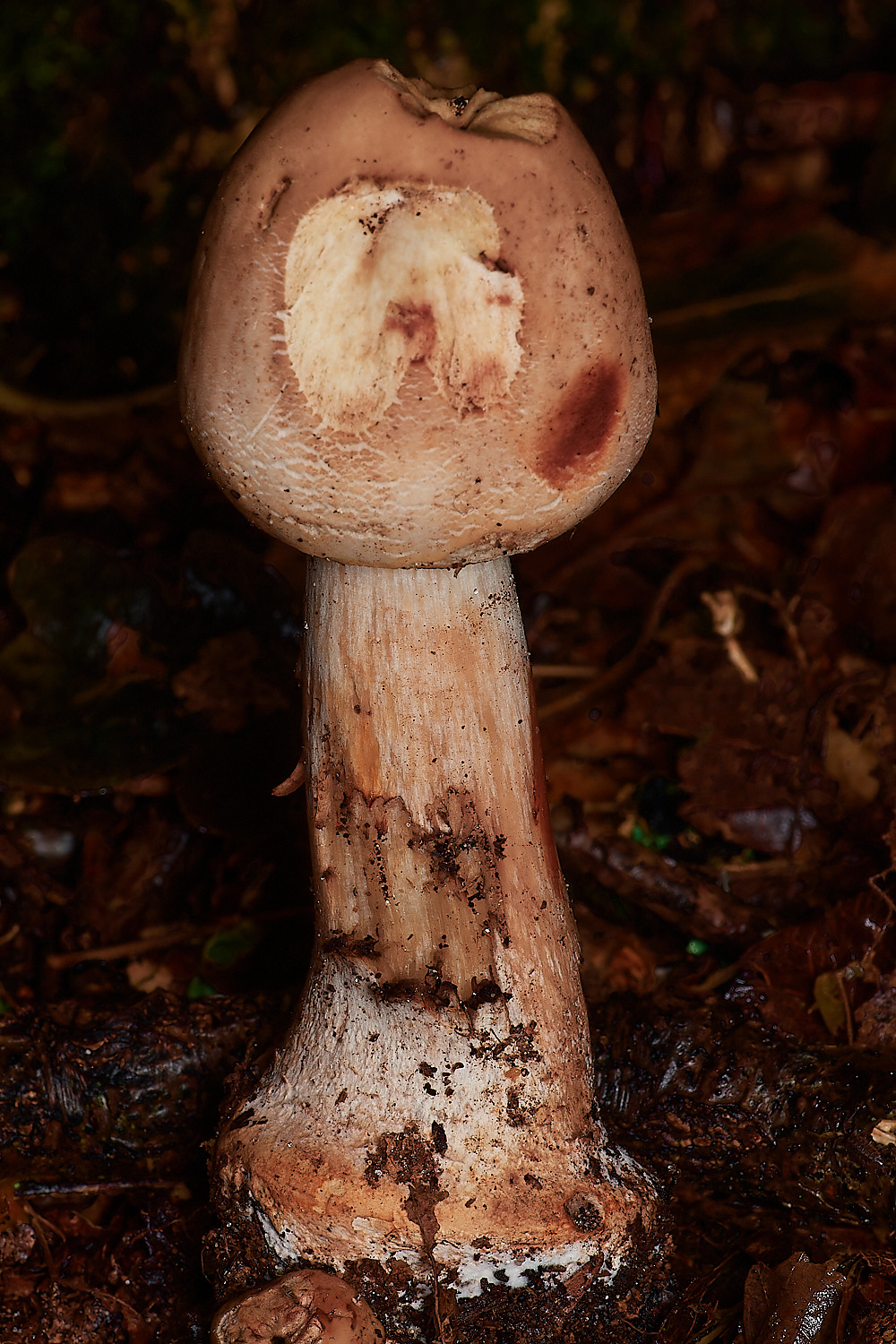

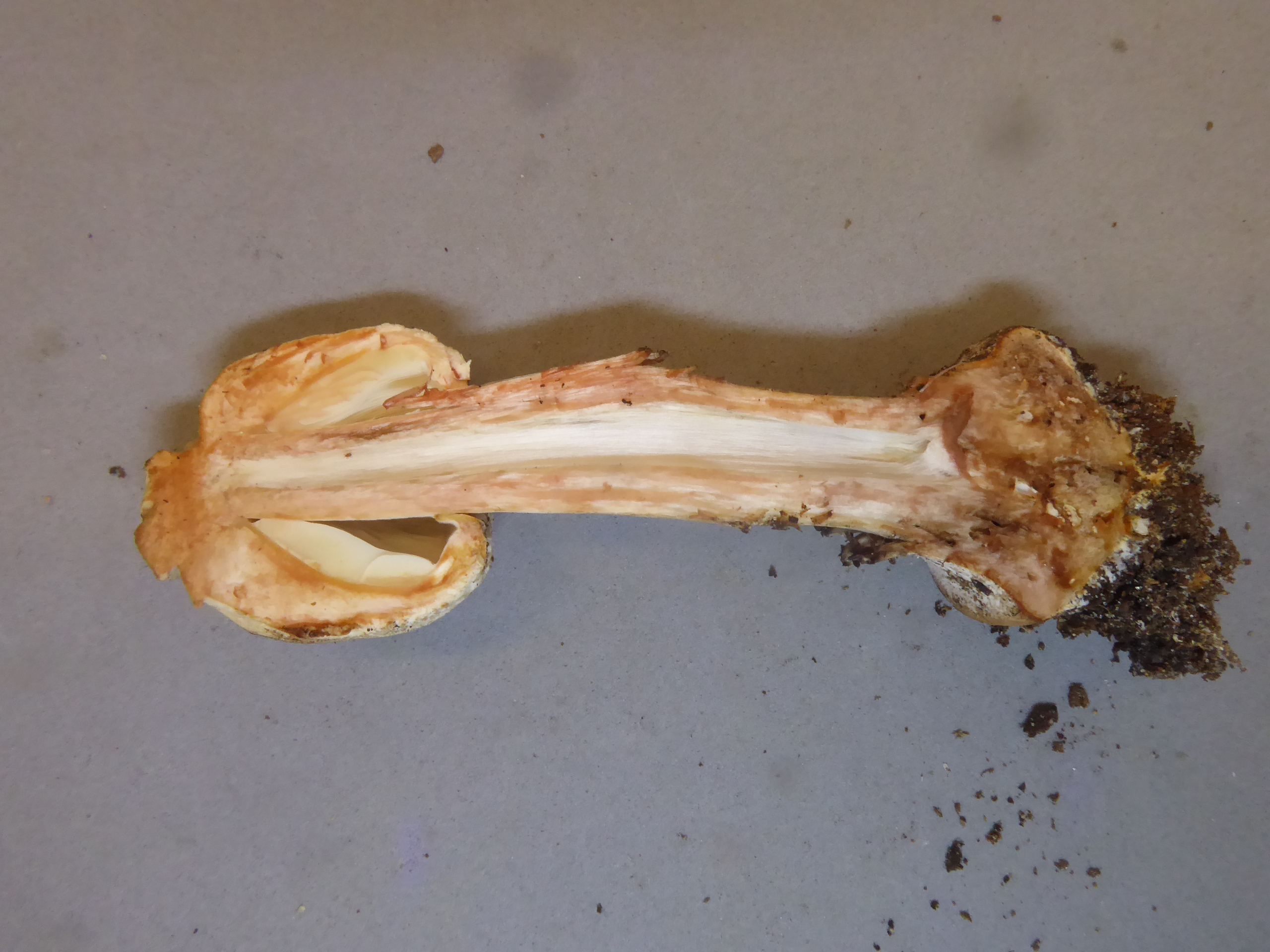
From
Tony L
I did spend time on Saturday evening with two fungi. First, the stout reddening agaric found by Sean. Everything pointed to Leugoagaricus badhamii except:
- Very large stature. The cap had not expanded but FN gives stipe diameter as 3-6 (-10)mm - ours was 15mm.
- Marginate base to stipe.
- Bruised orange (not red) when fresh although that evening it only did so at the apex (reddening elsewhere). Any bruising quickly went black (as L. badhamii).
- Cap went grey with KOH (3%), not green (although possibly greenish-grey). FN states it should go green.
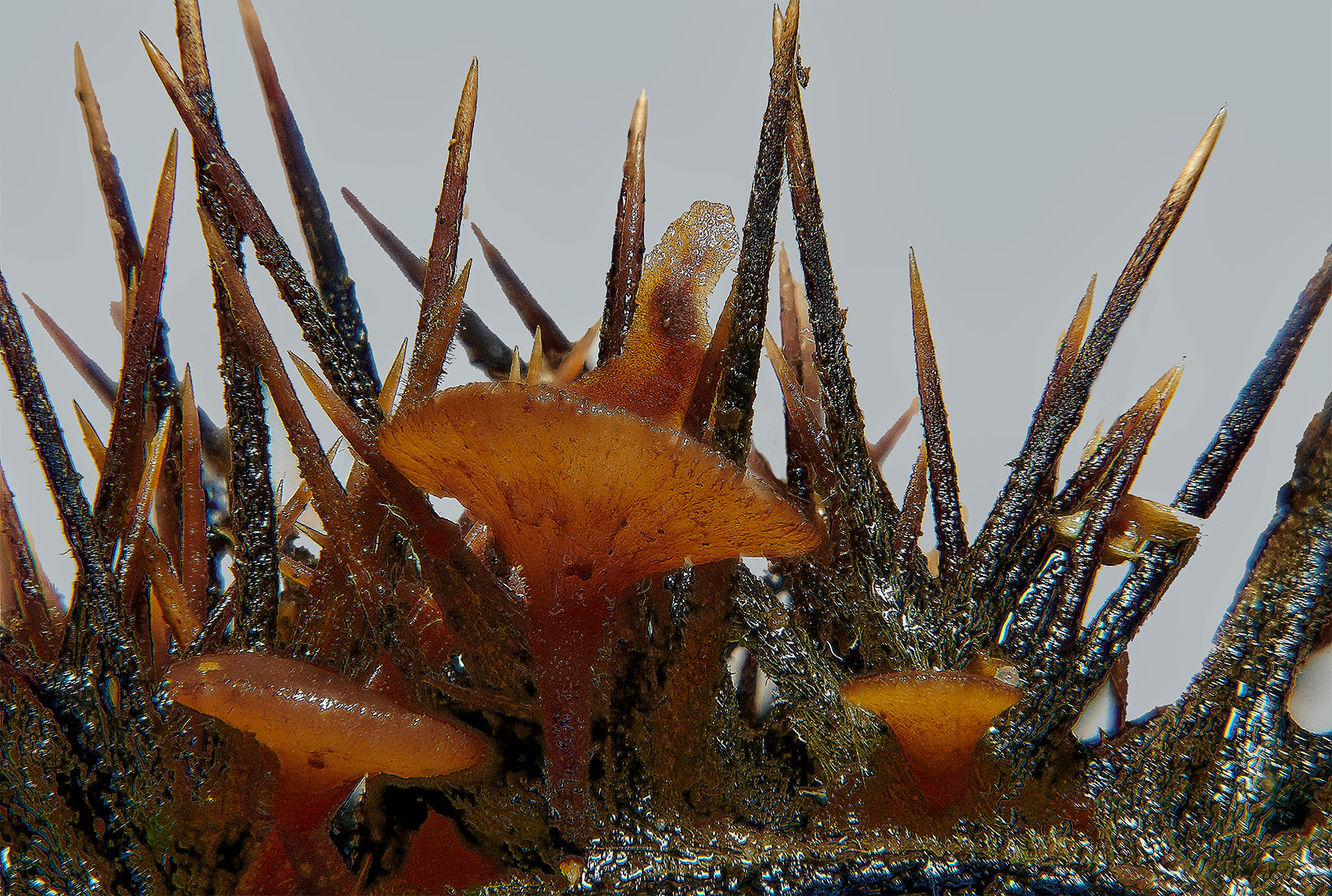
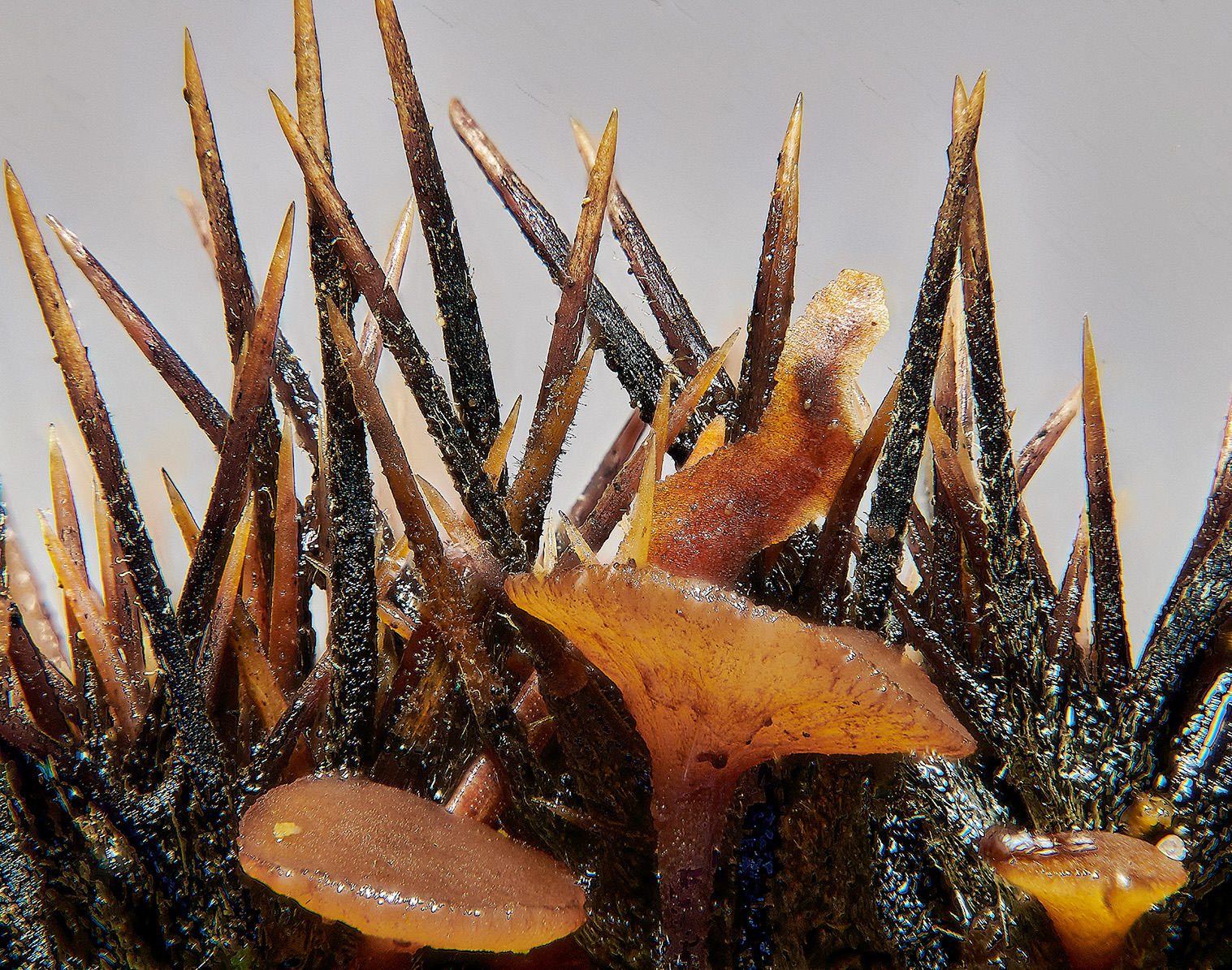
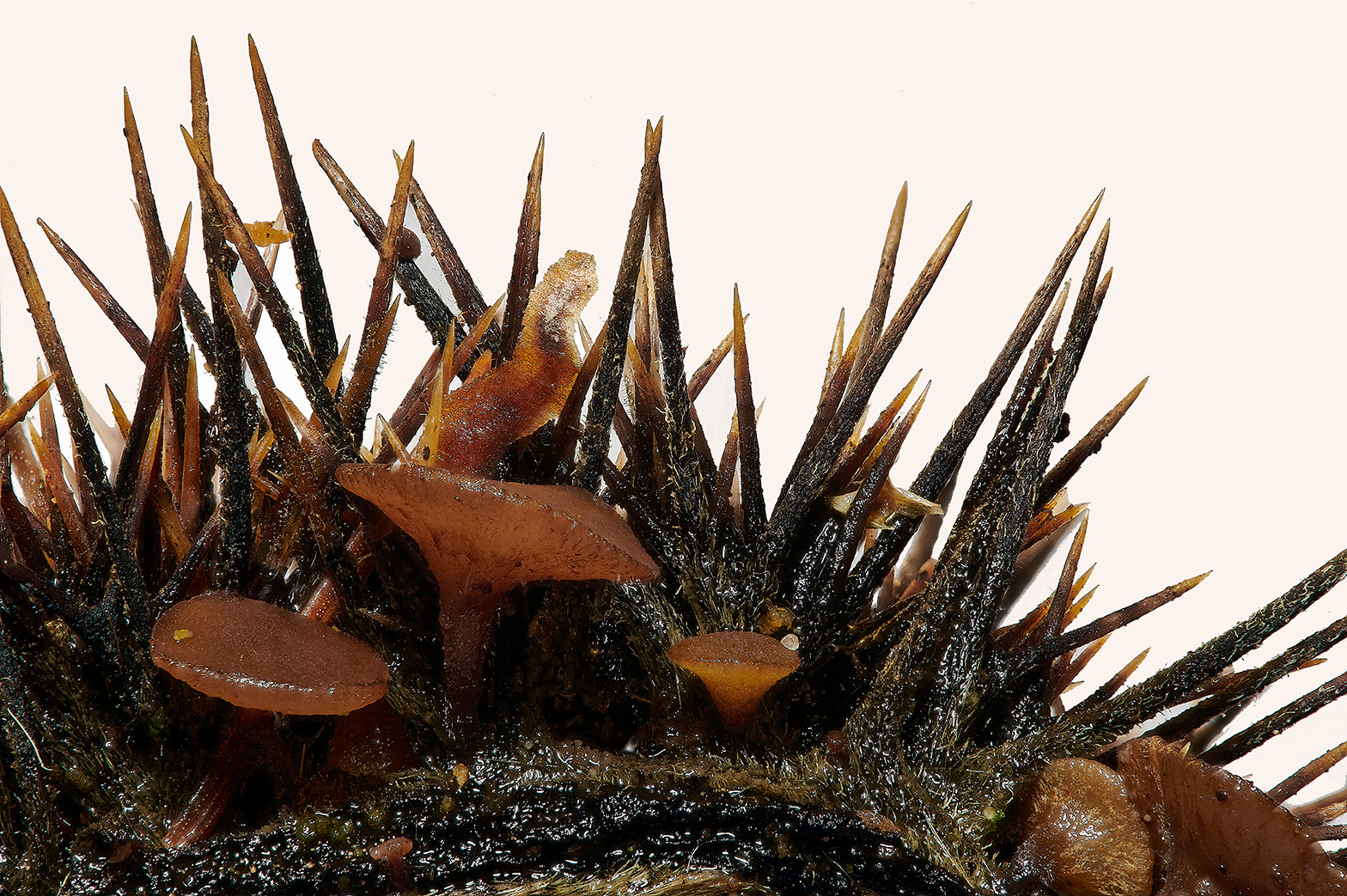
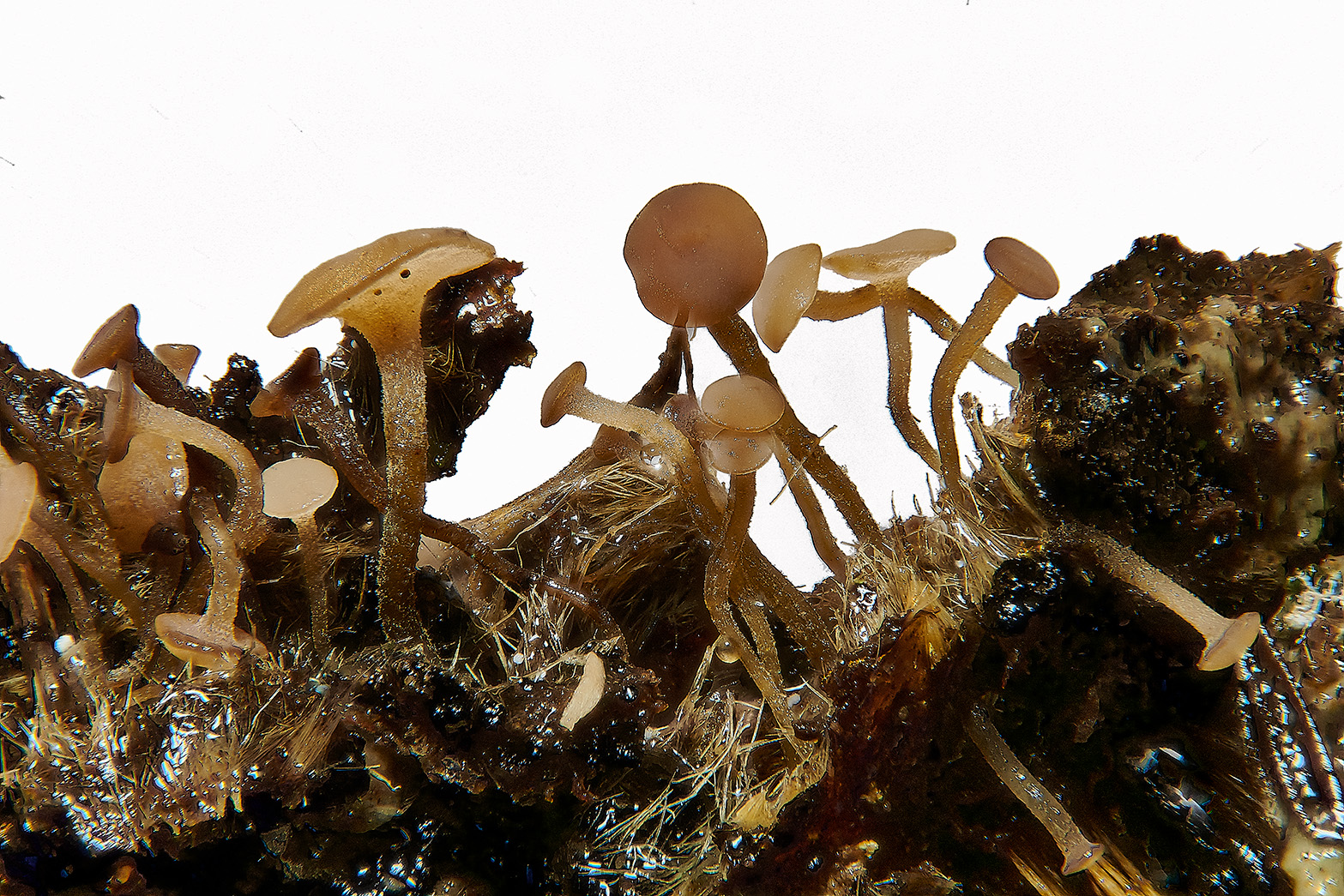
Hairy Nuts Disco (Lanzia echinophila) growing on Sweetchestnut (Castanea sativa) husks.
Crostwight Heath
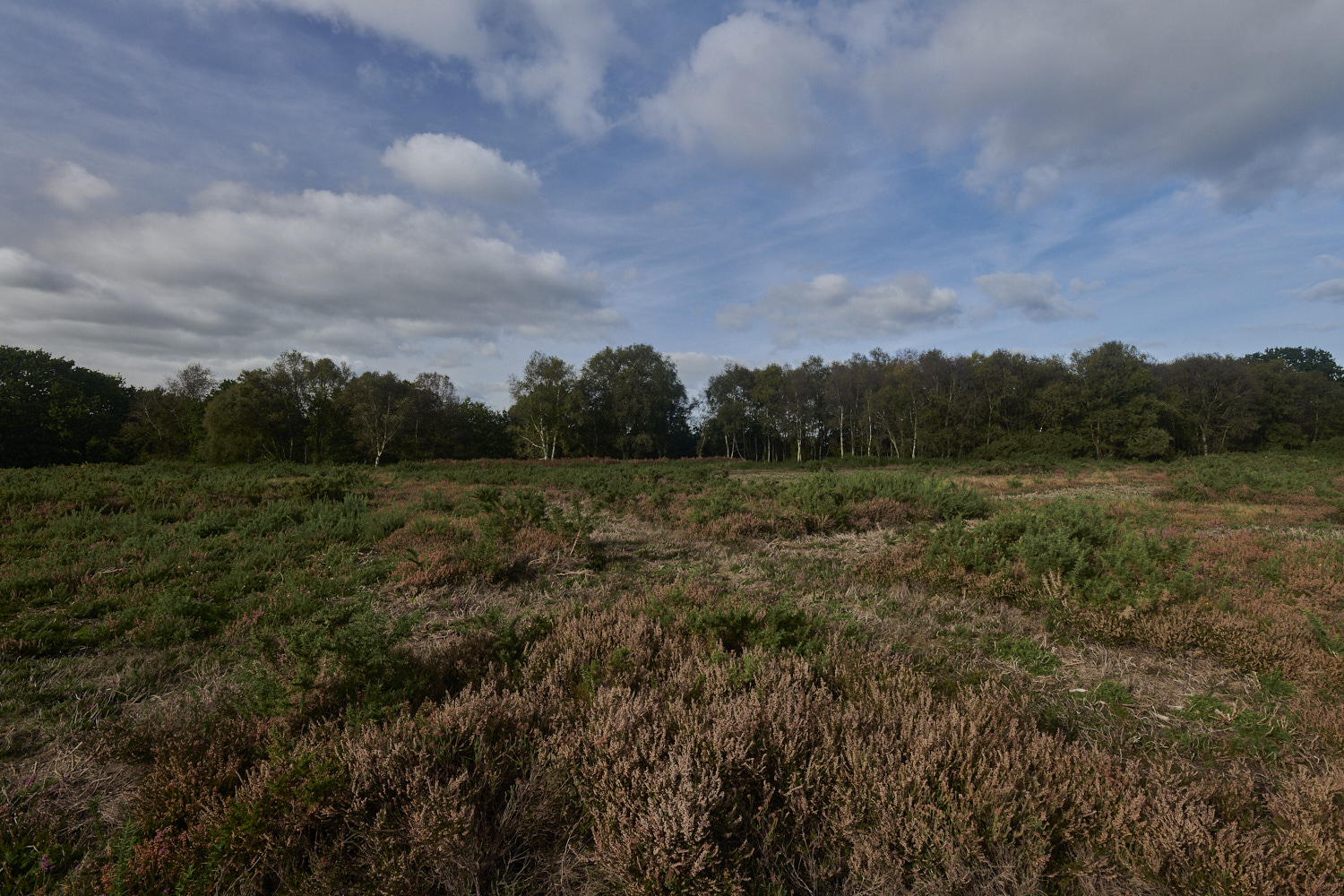
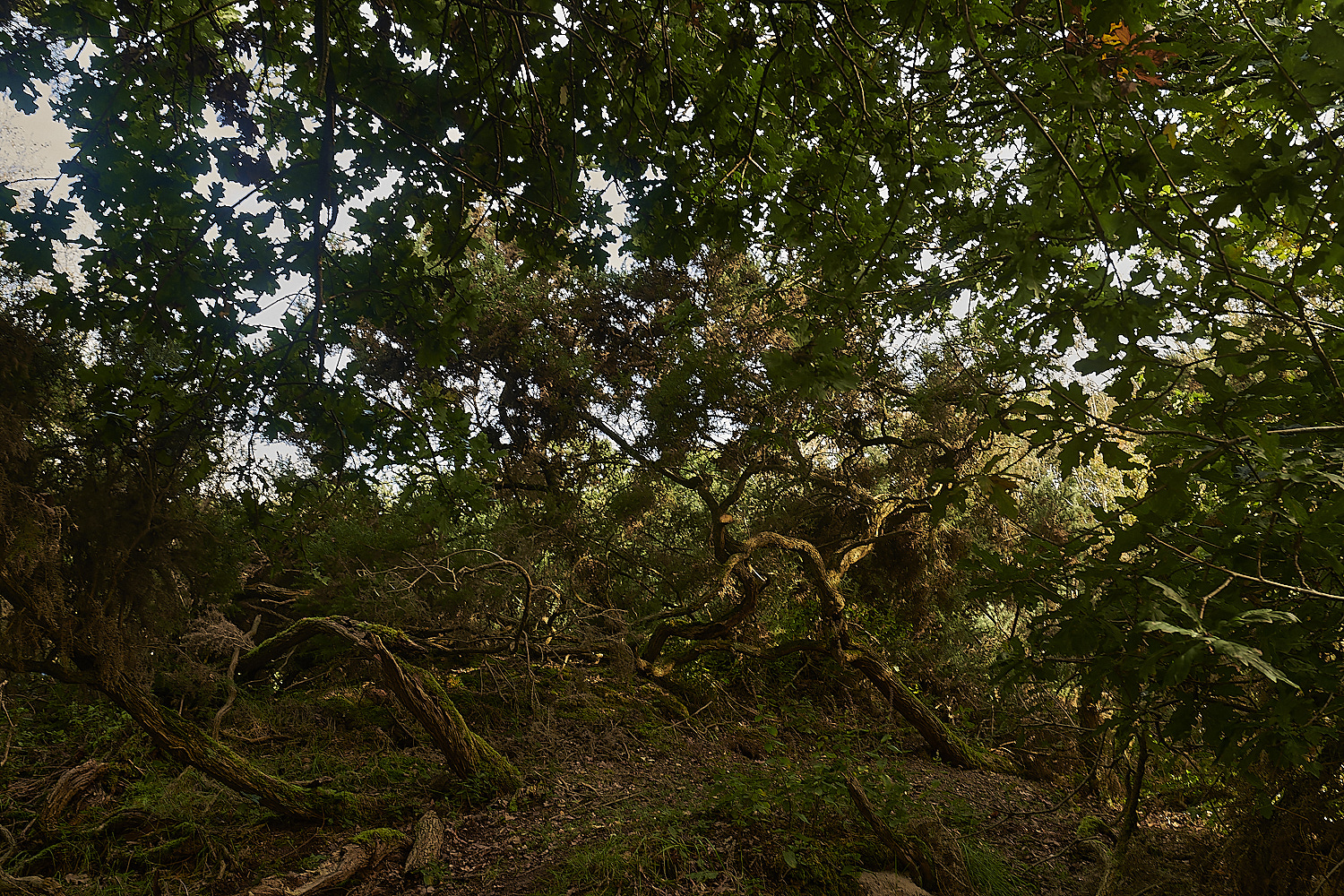
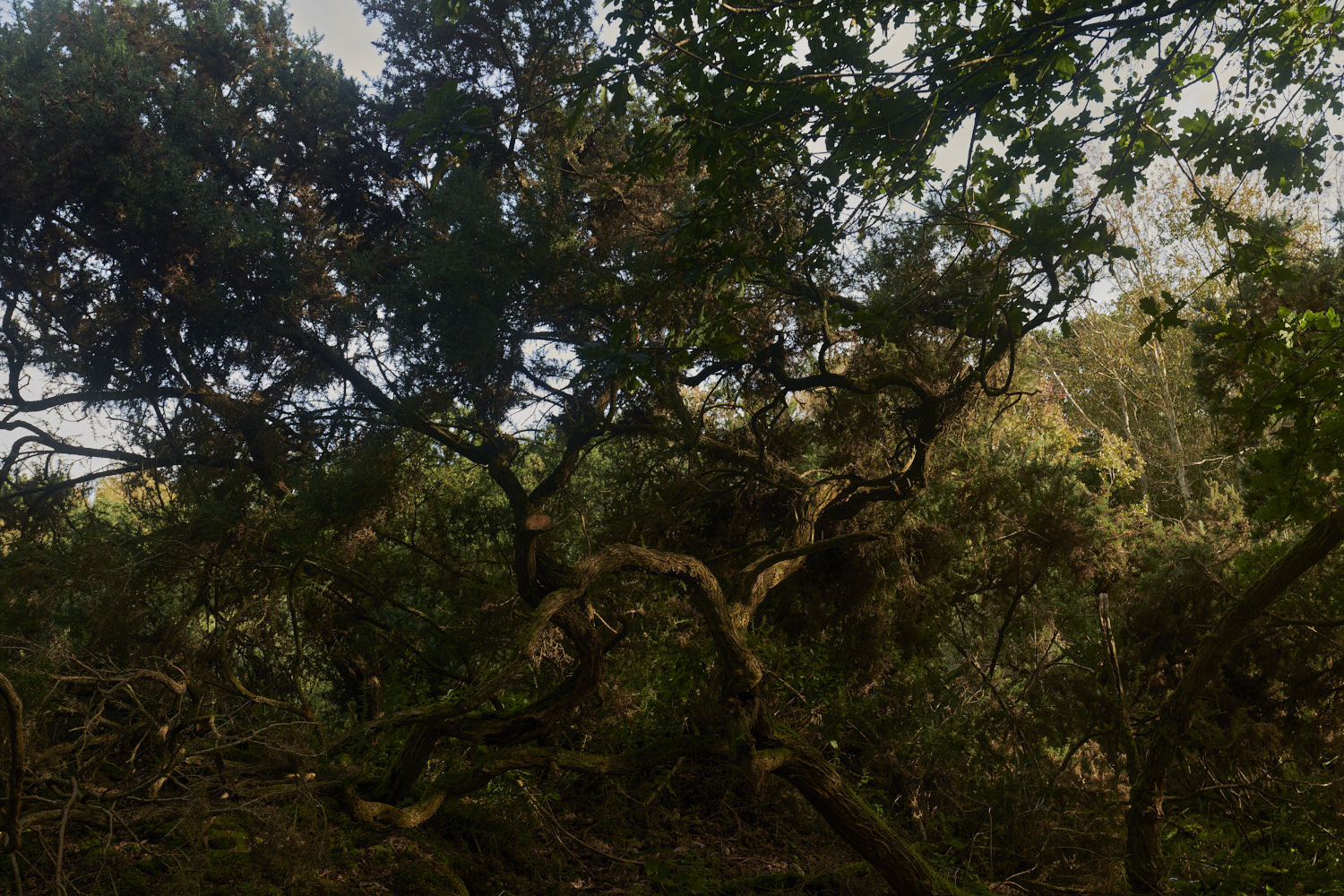
Twisted Gorse stumps under the Oak Trees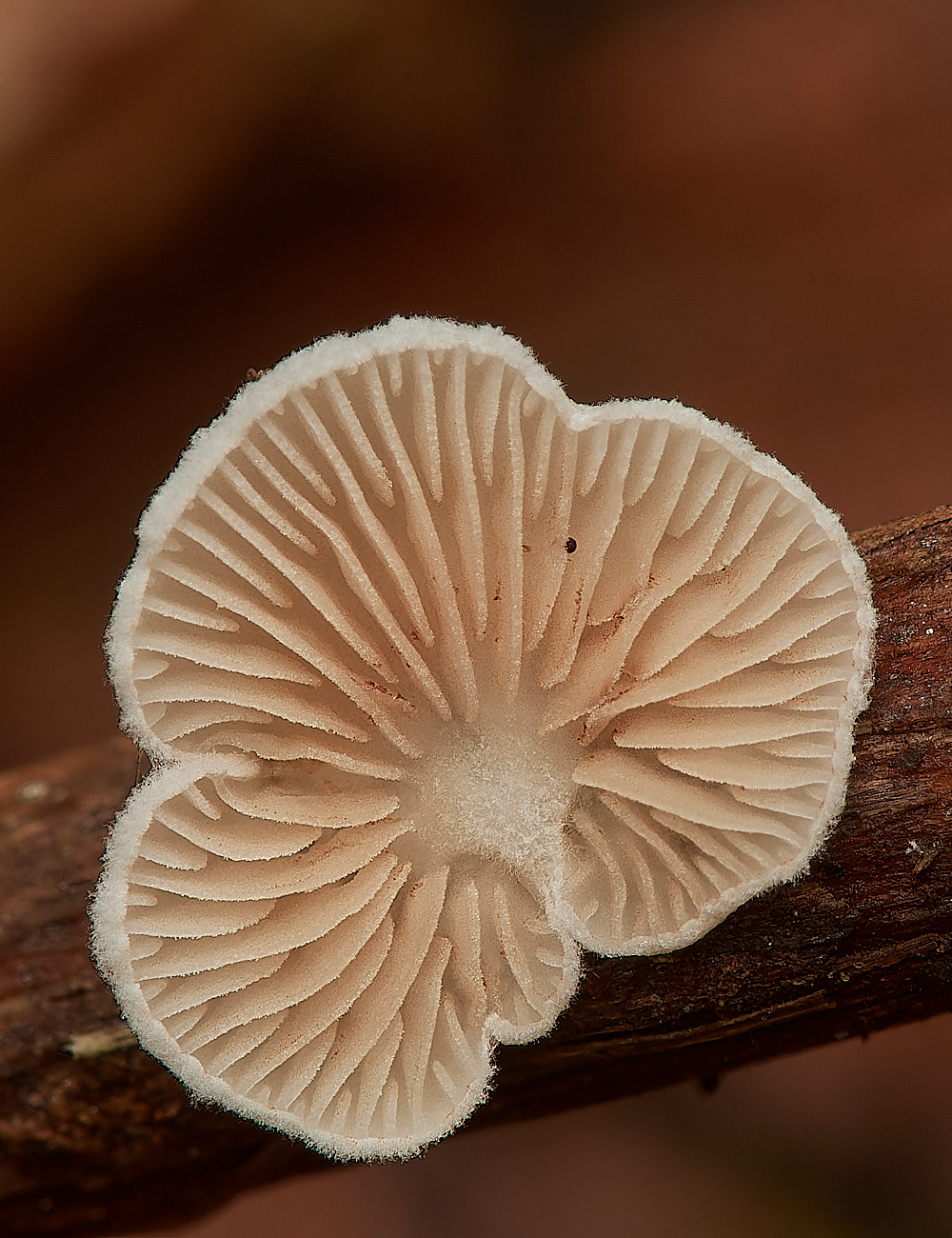
Crepidotus Sp on a twig.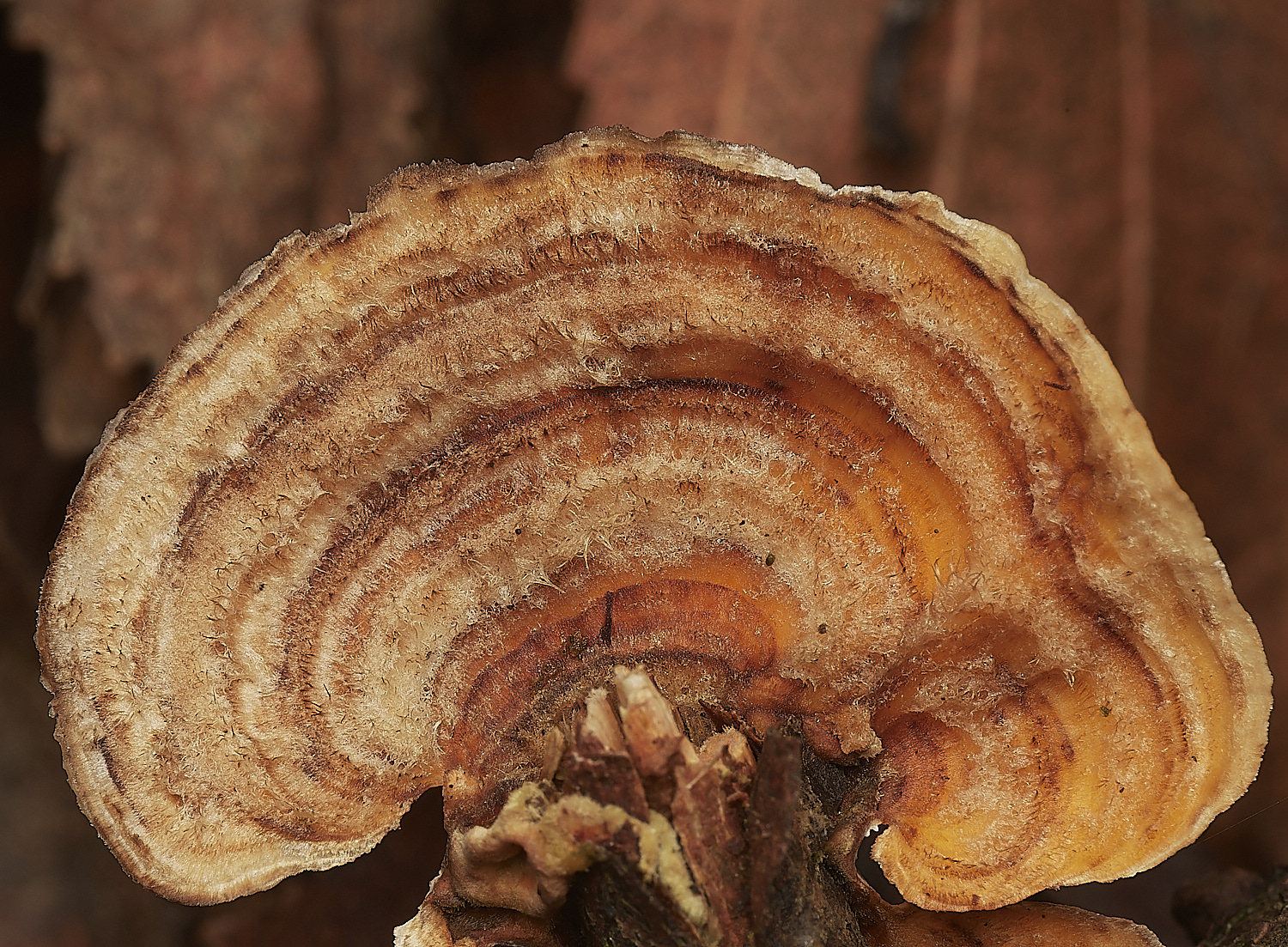
Yellowing Curtain Crust (Stereum submentosum)?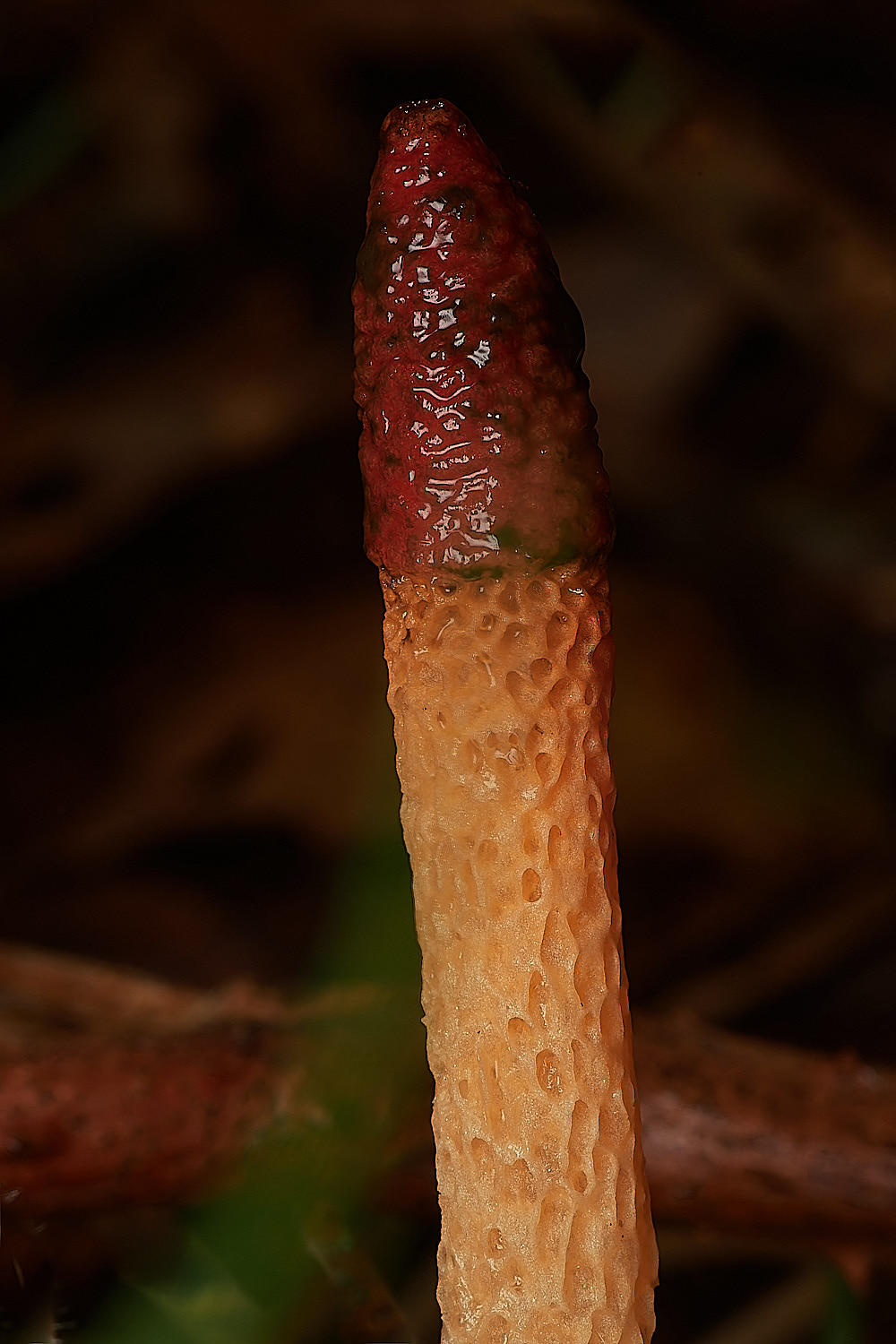
Dog's Stinkhorn (Mutinus caninus)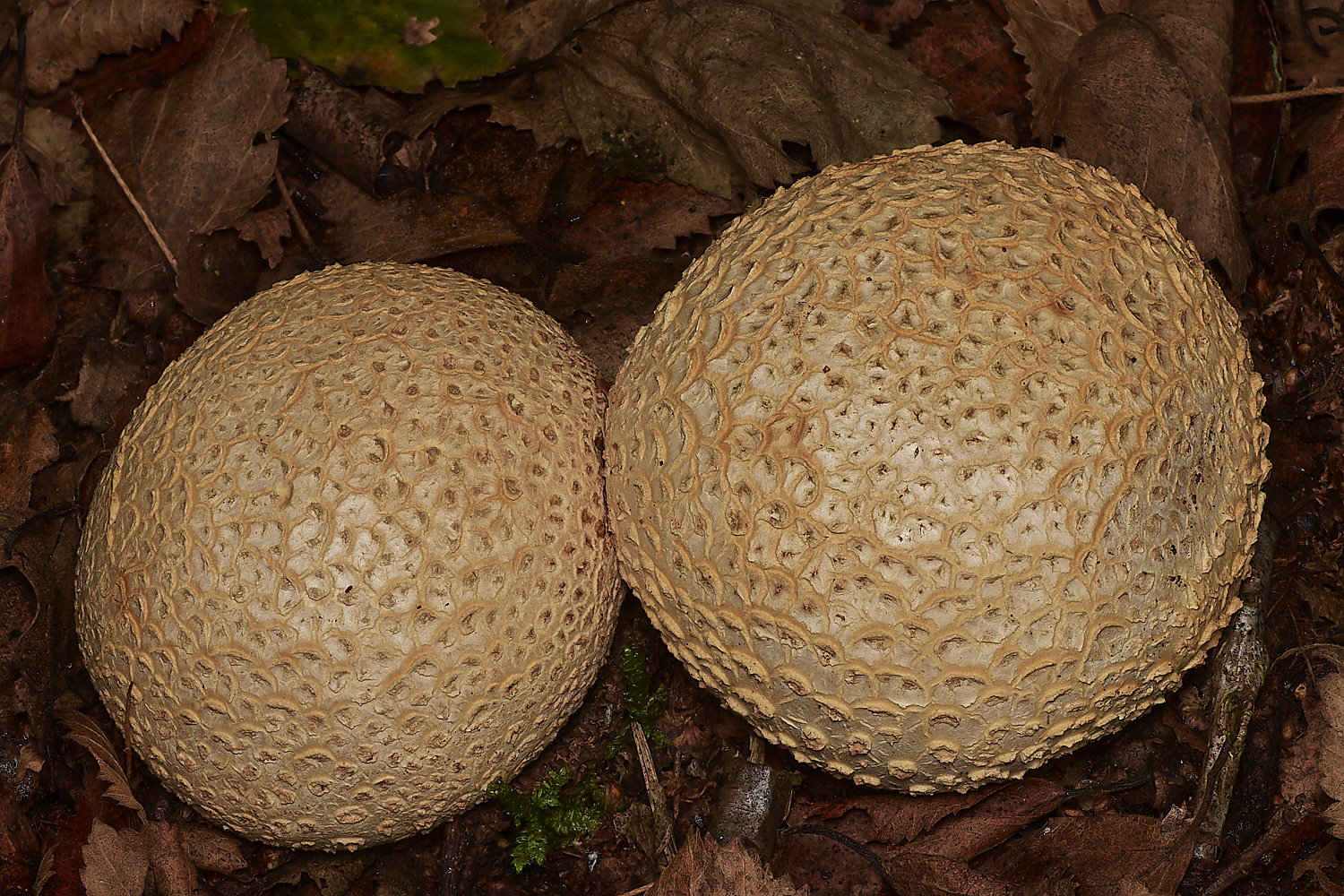
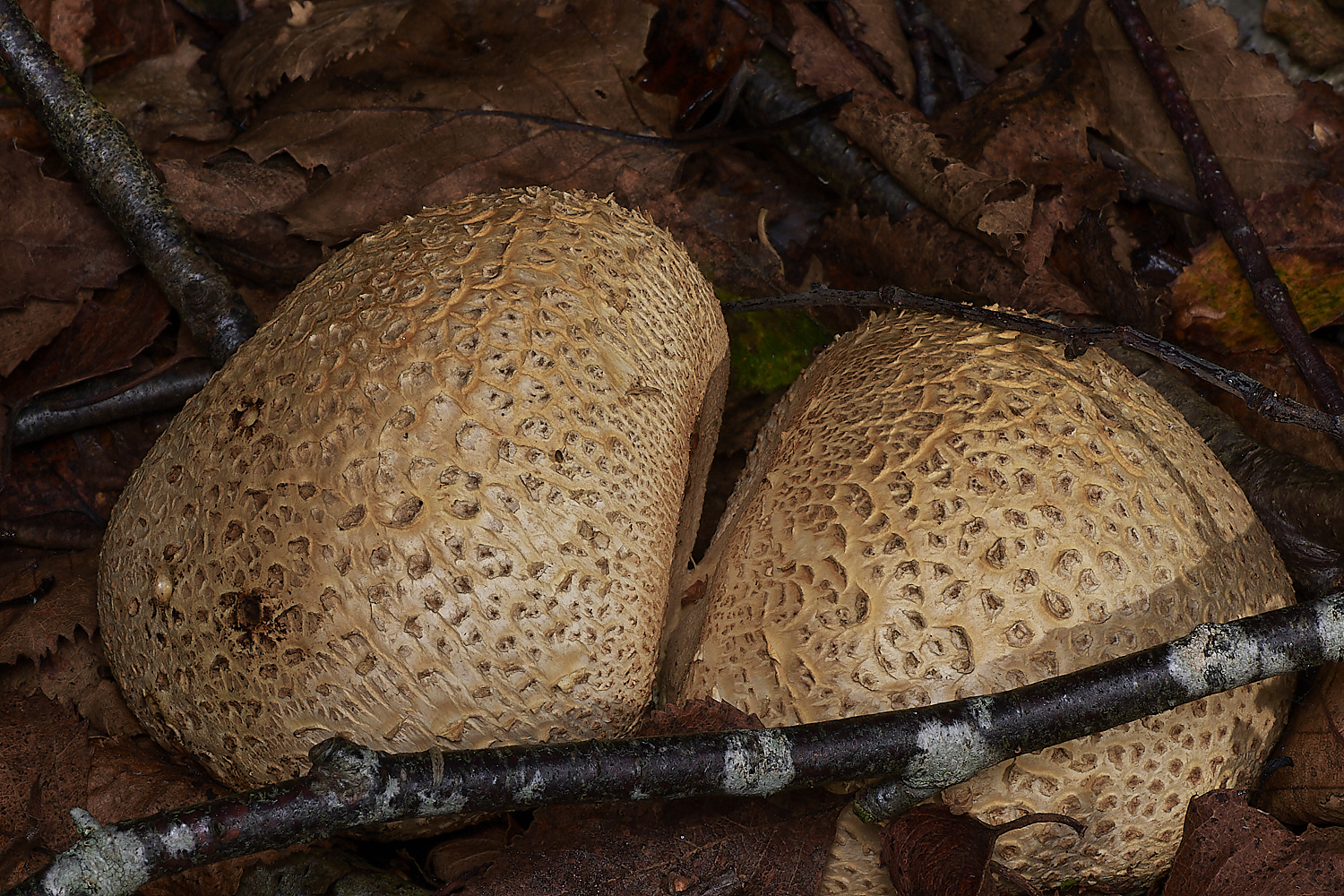
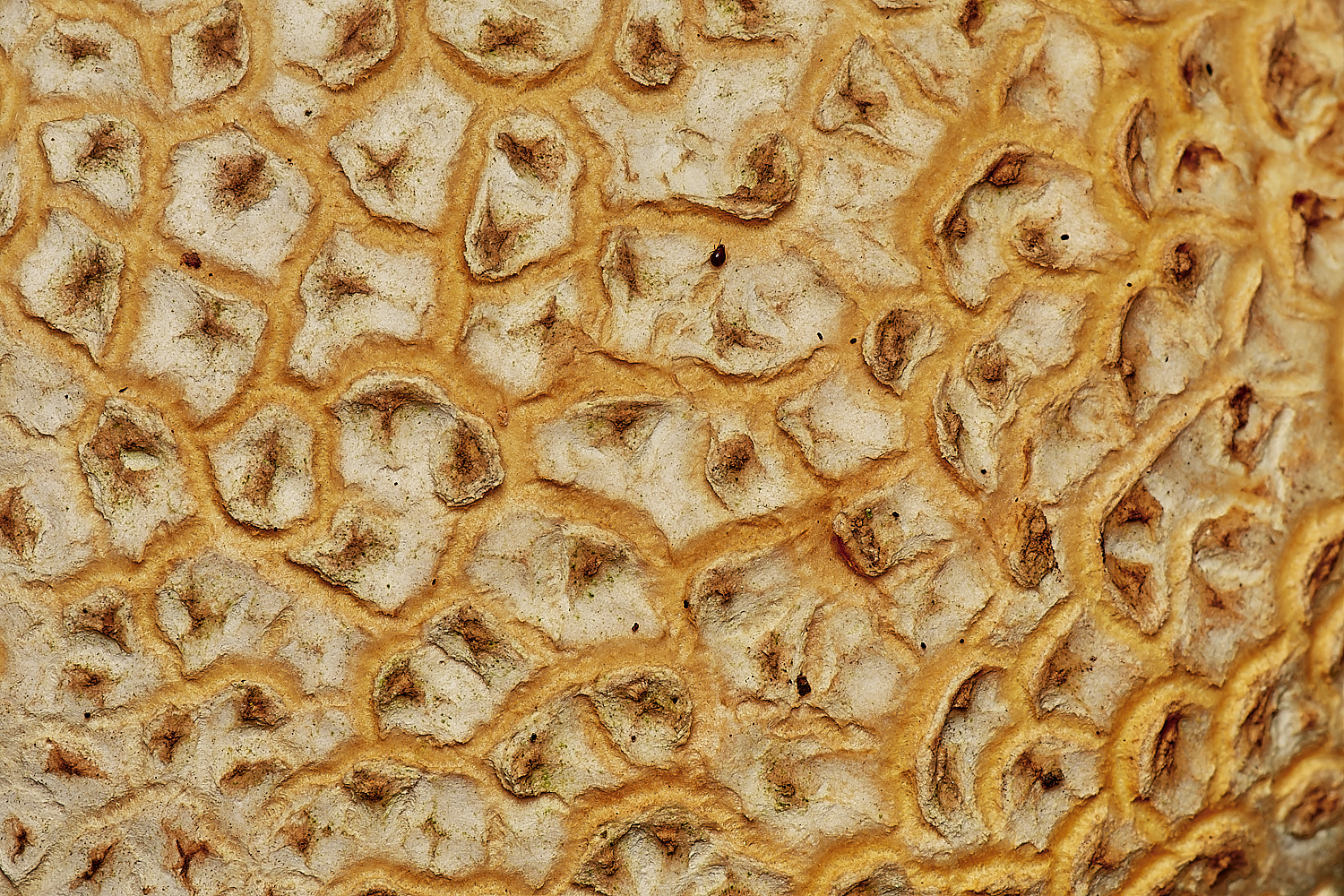
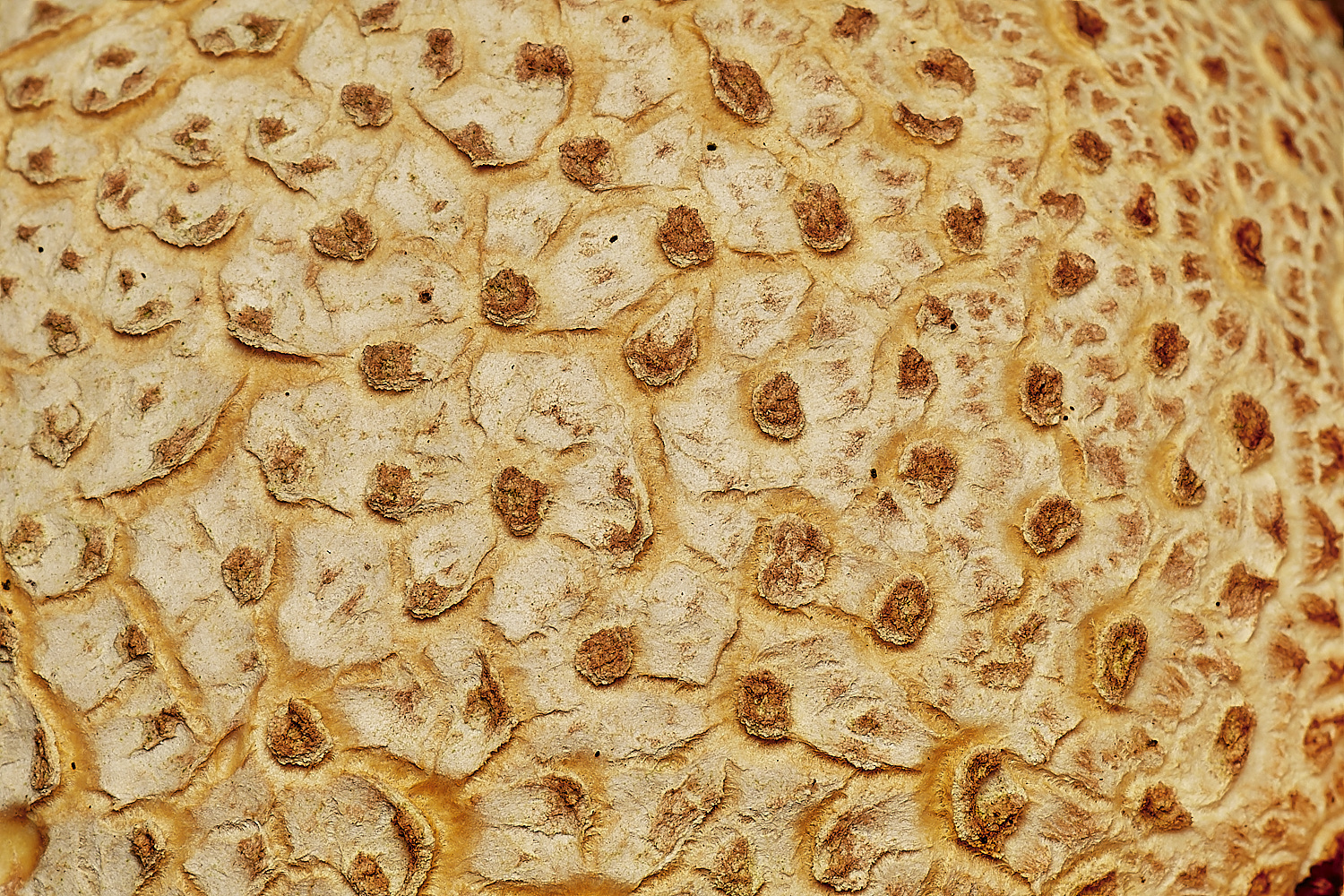
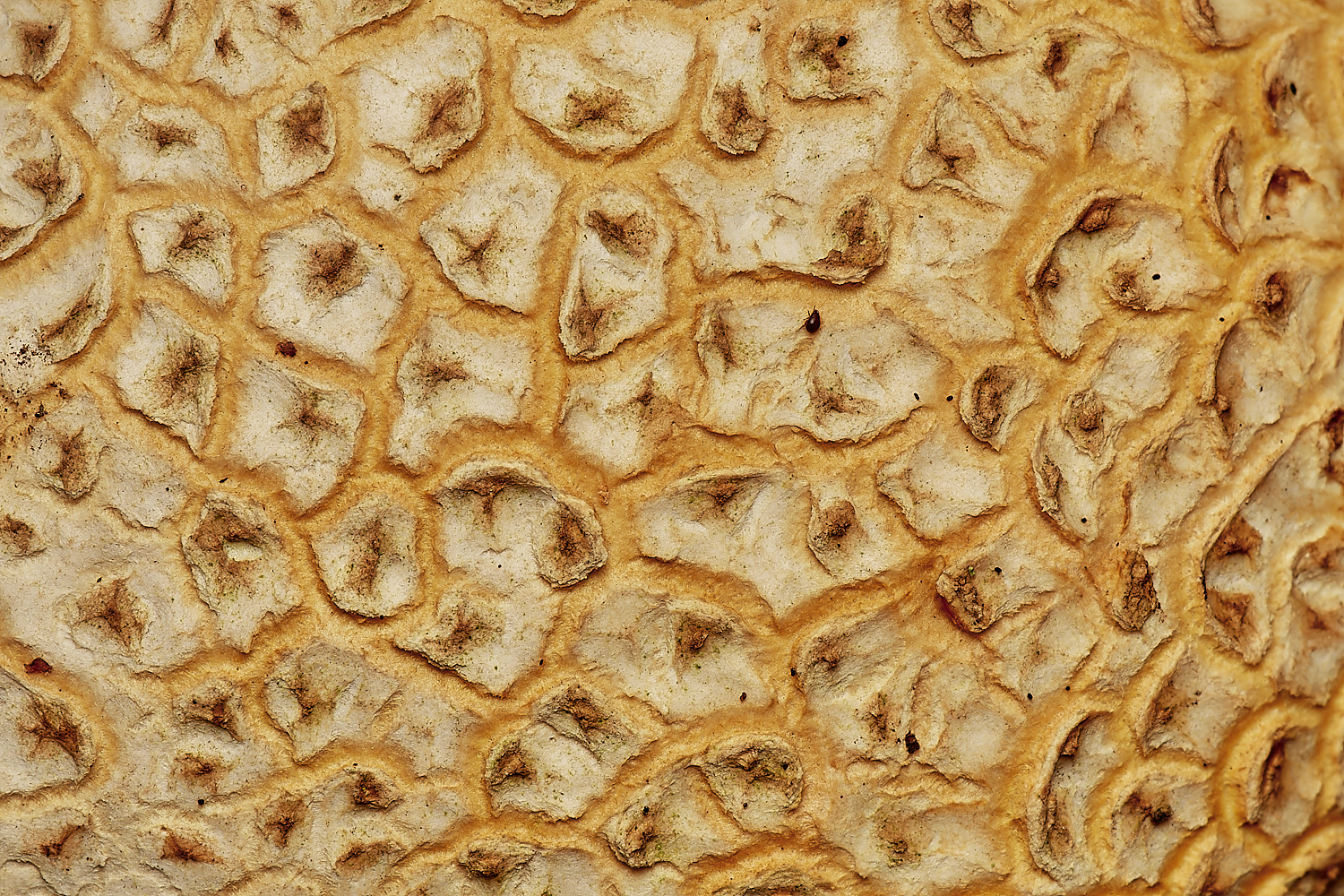

Common Earthball (Scleroderma citrinum) 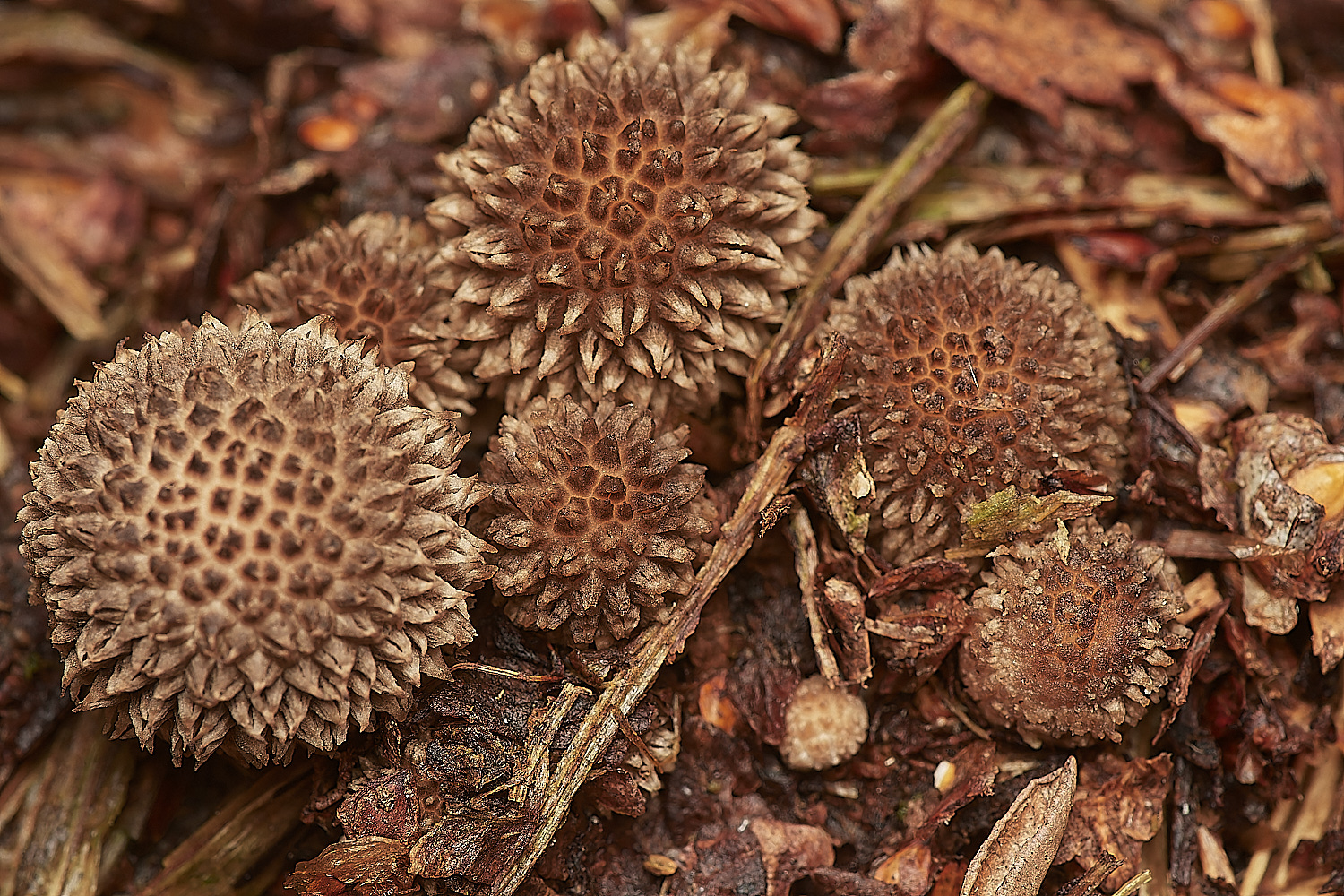
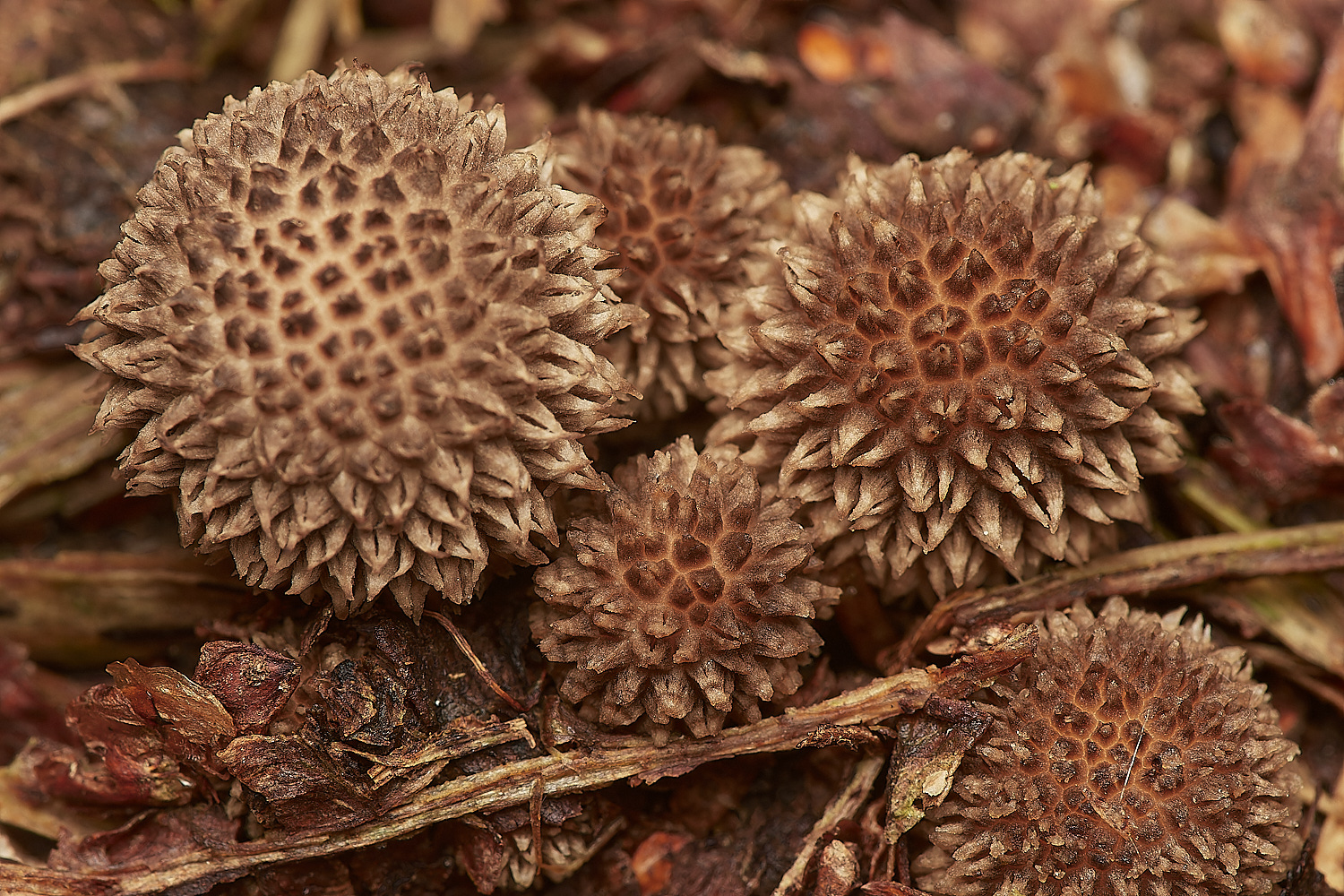
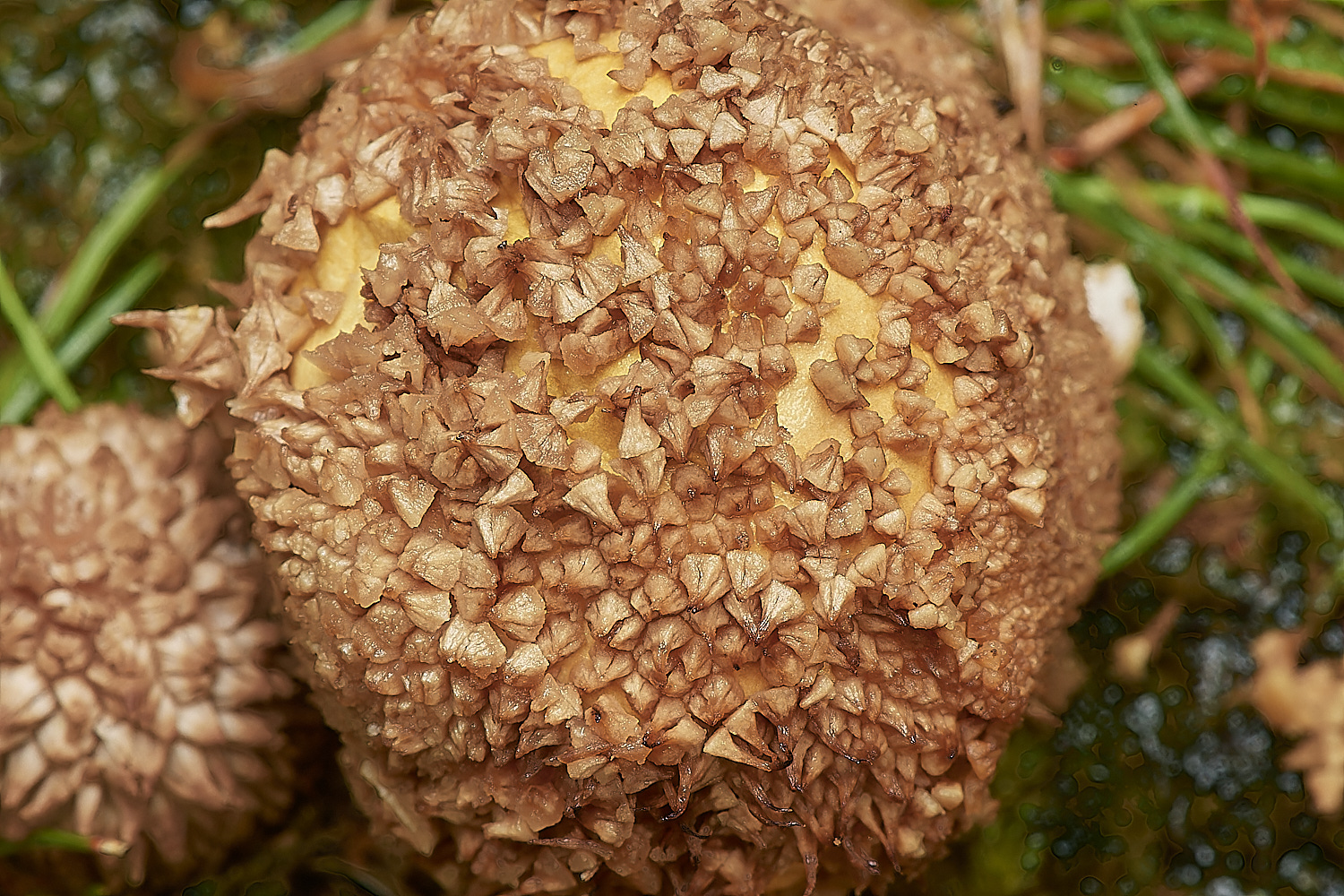
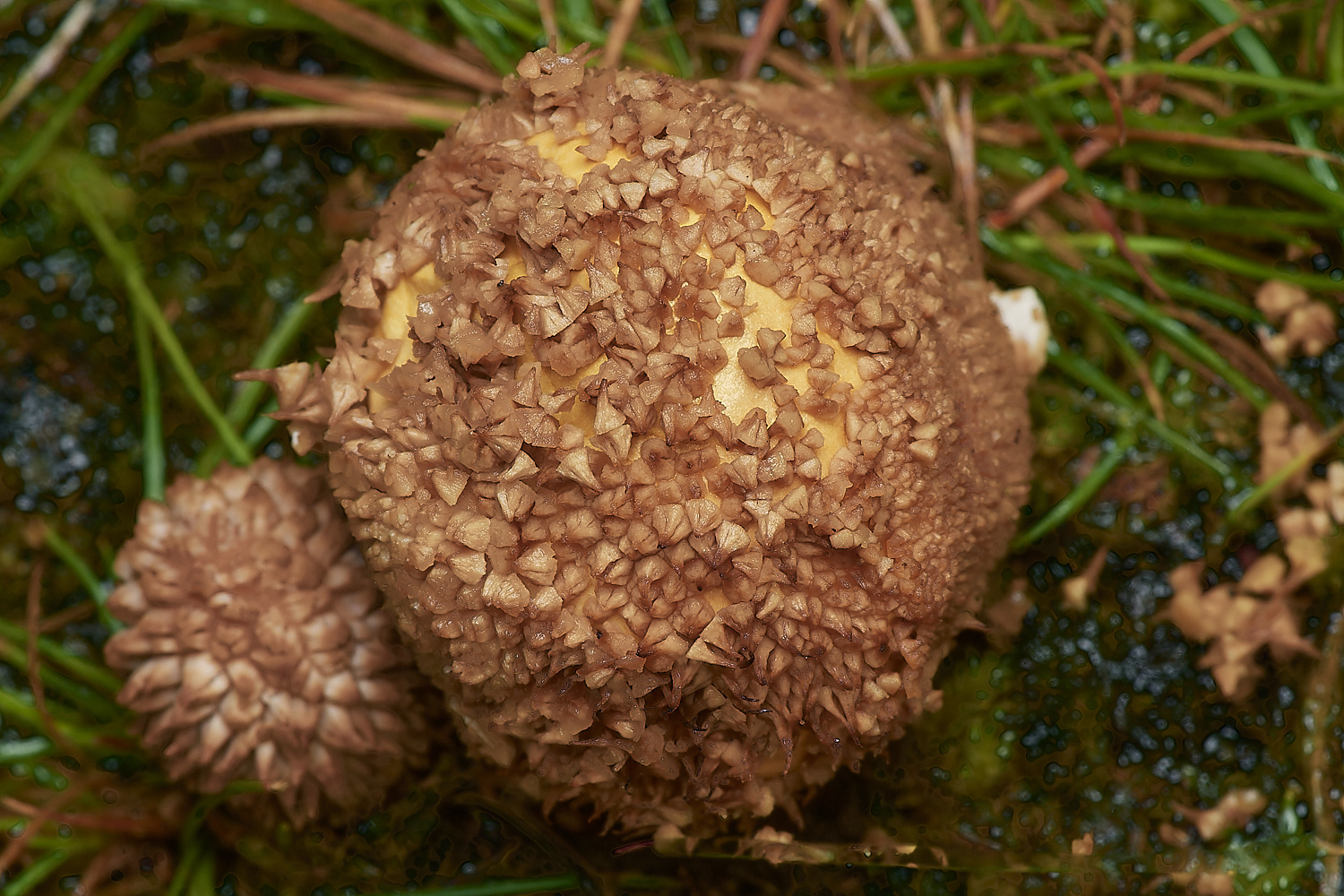
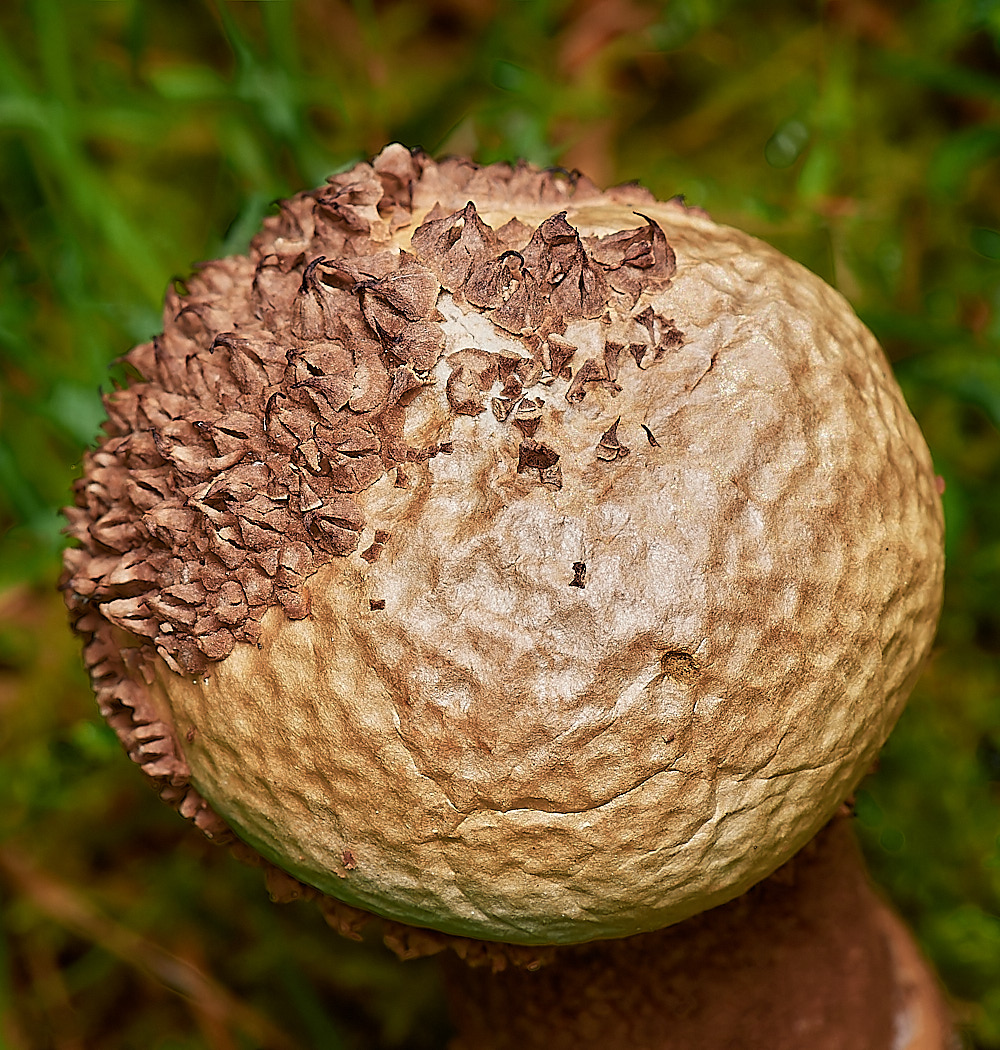
Dark Puffball (Lycoperdon nigrescens)?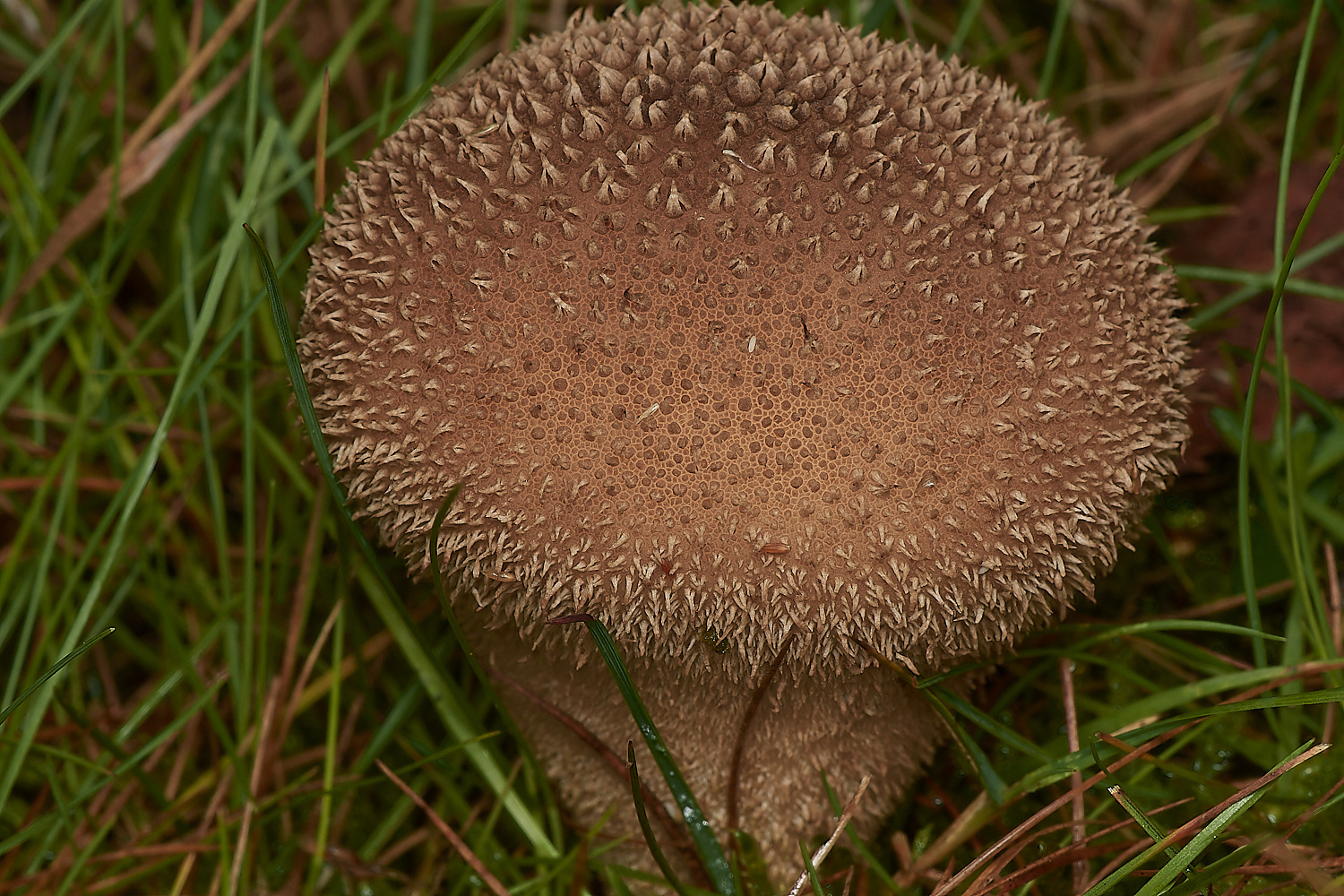
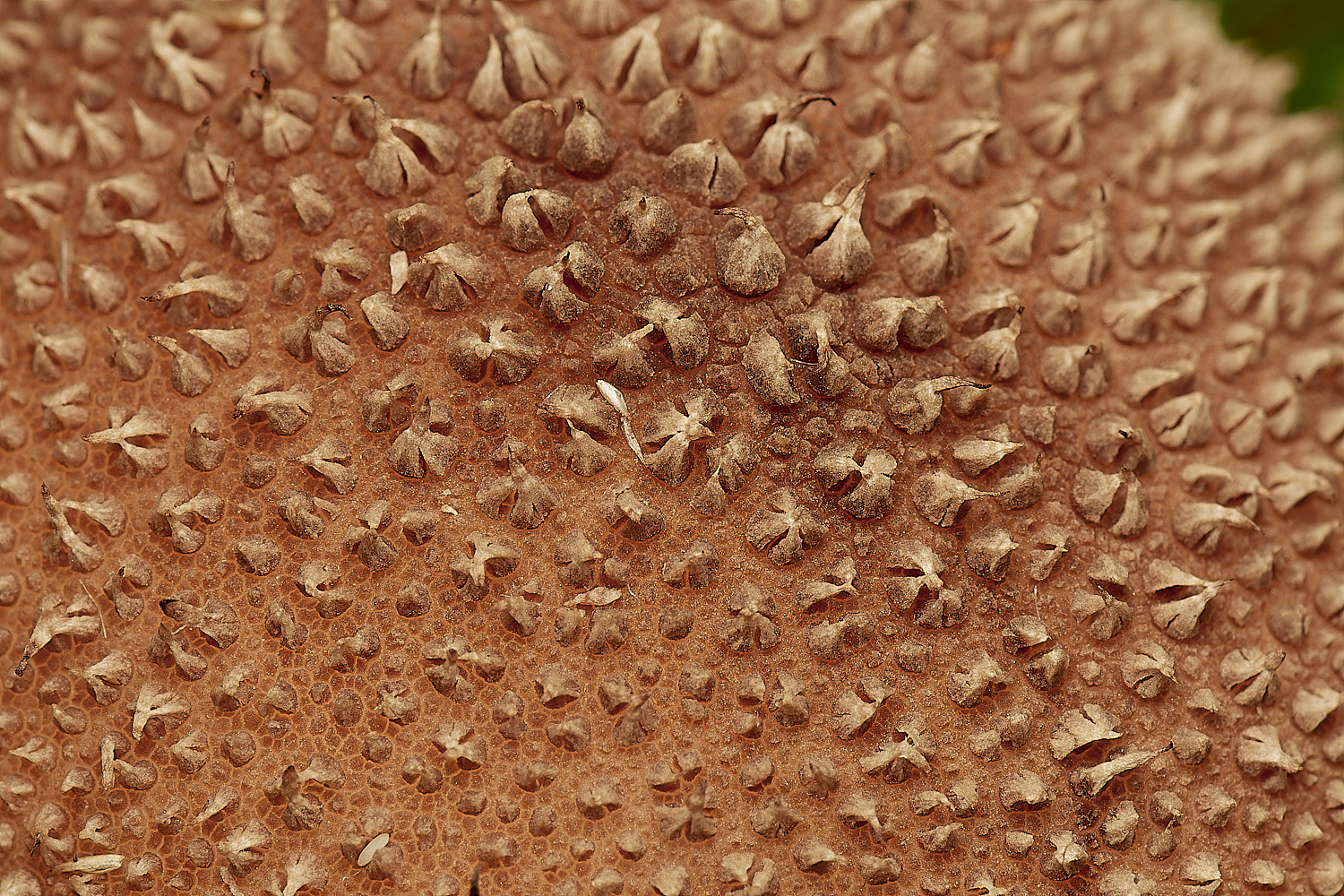
Earthball Sp
Not entirely sure if this is the same species as the one above.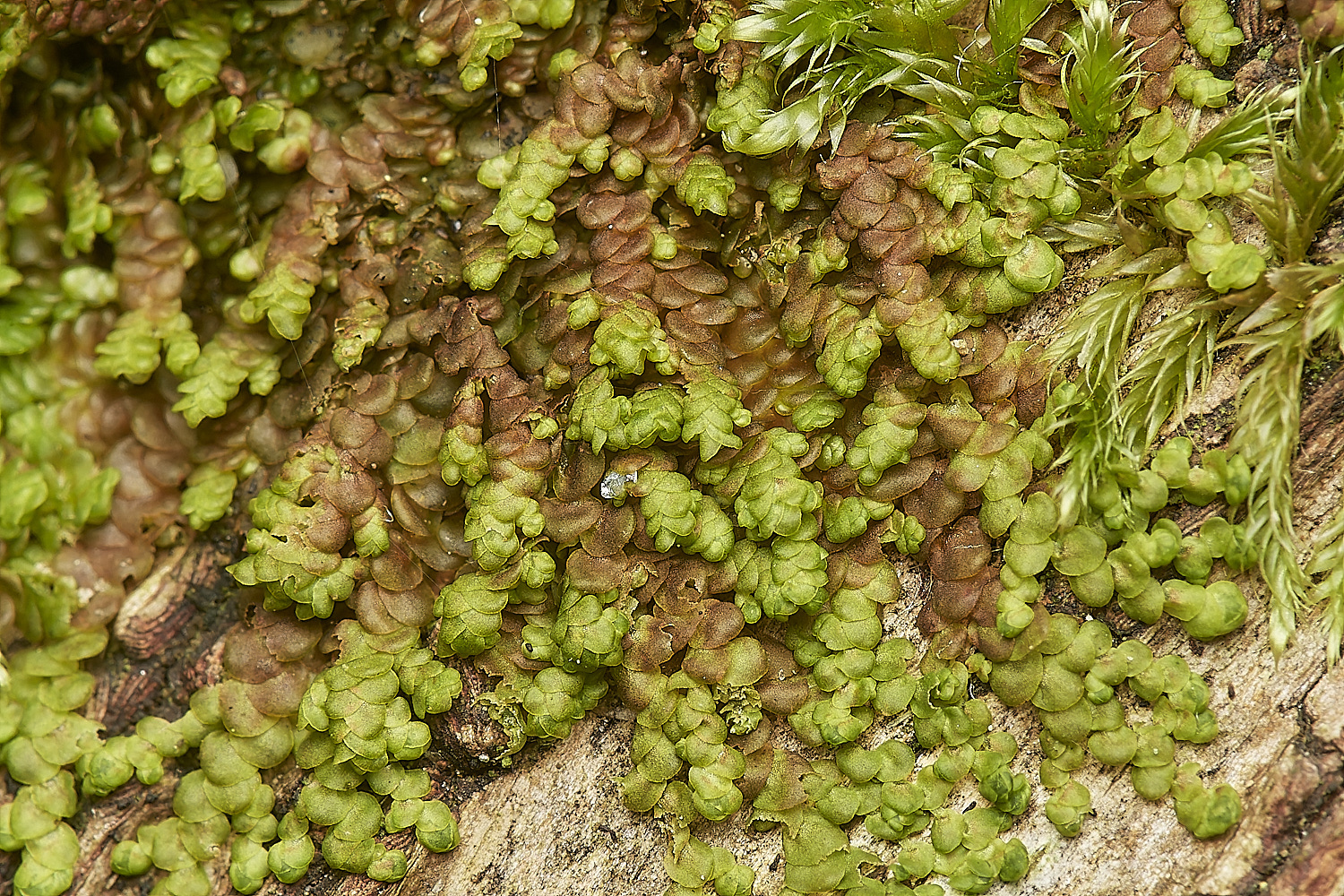
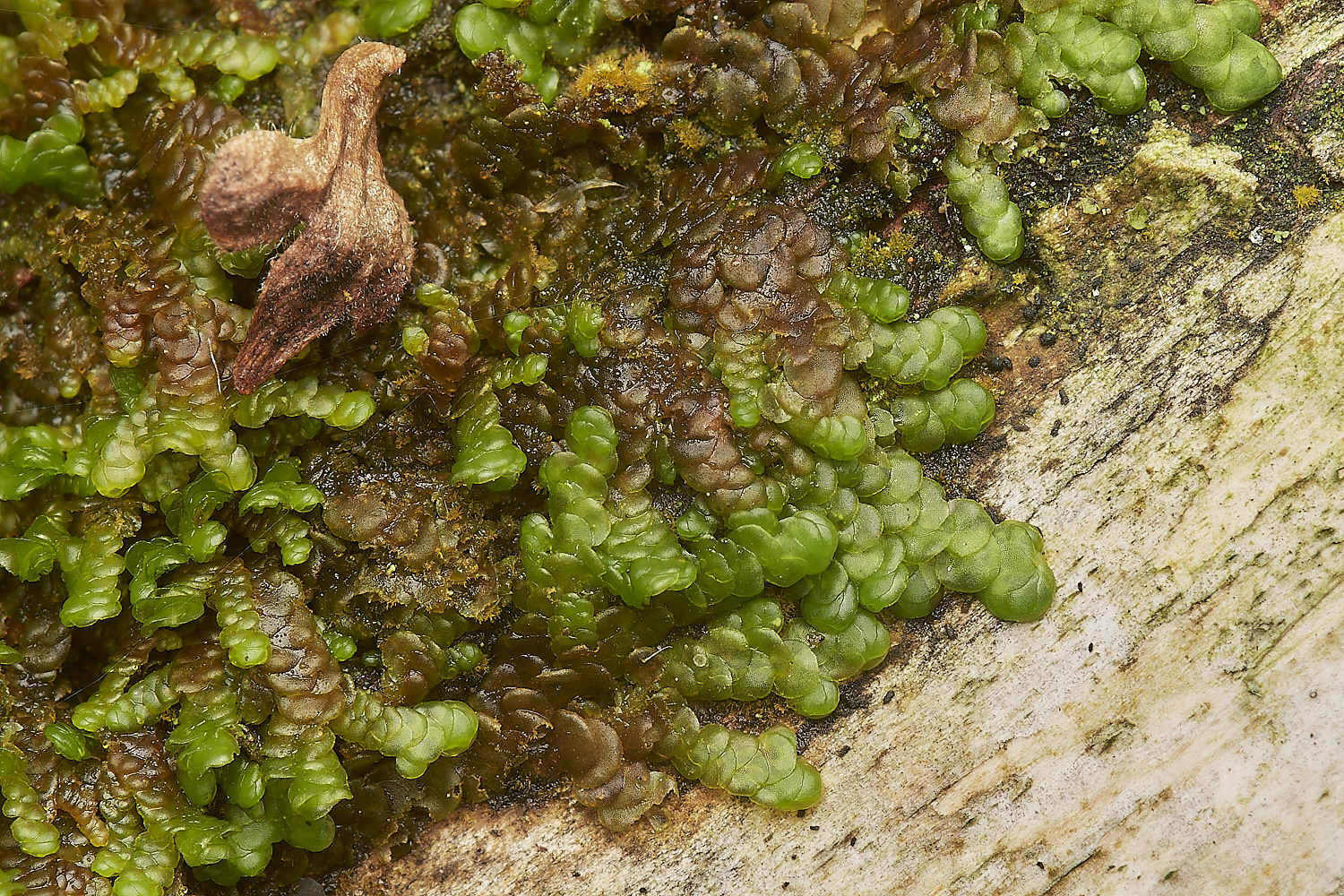
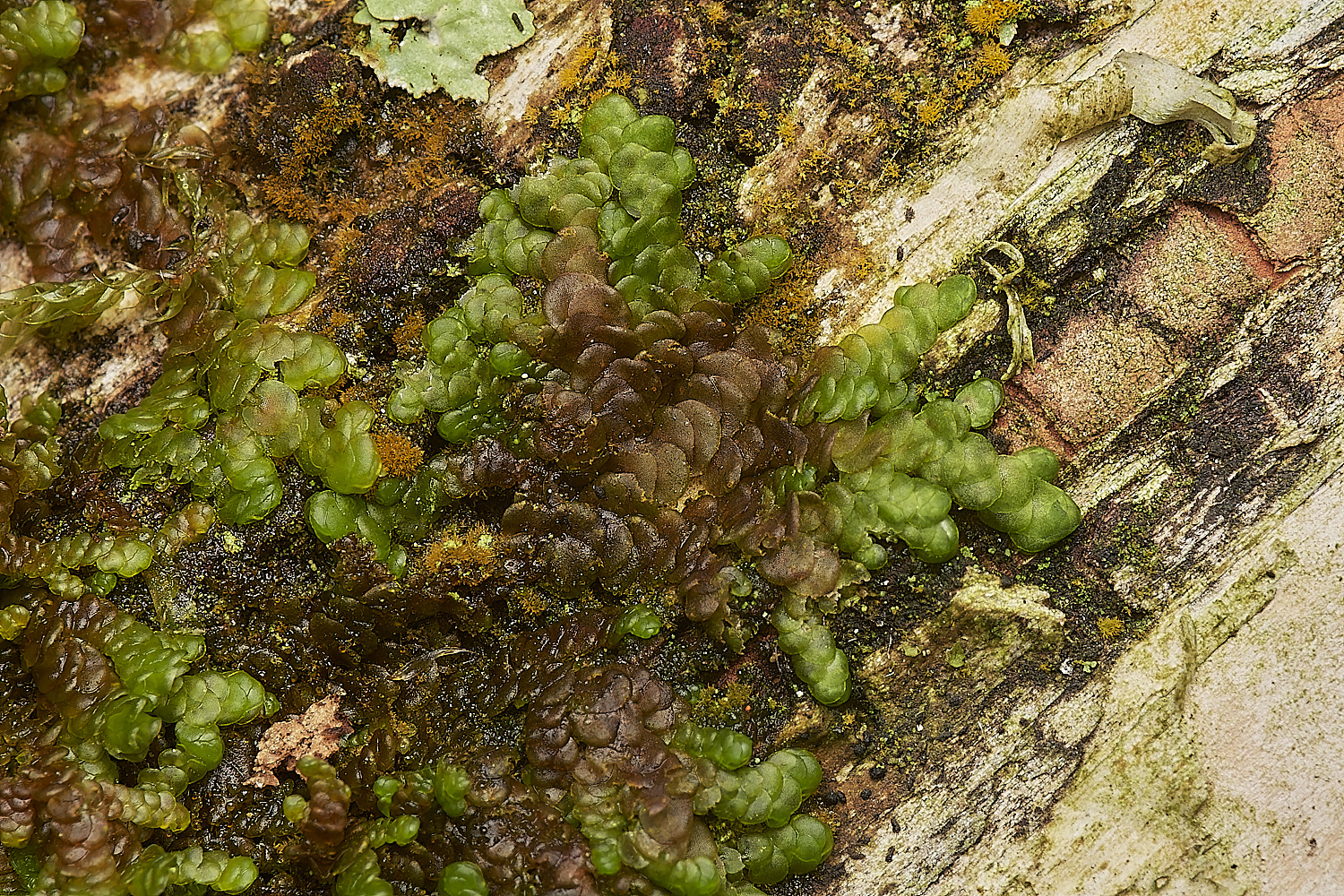
Dilated Scalewort (Frullania dilatata) showing lots of new green growth.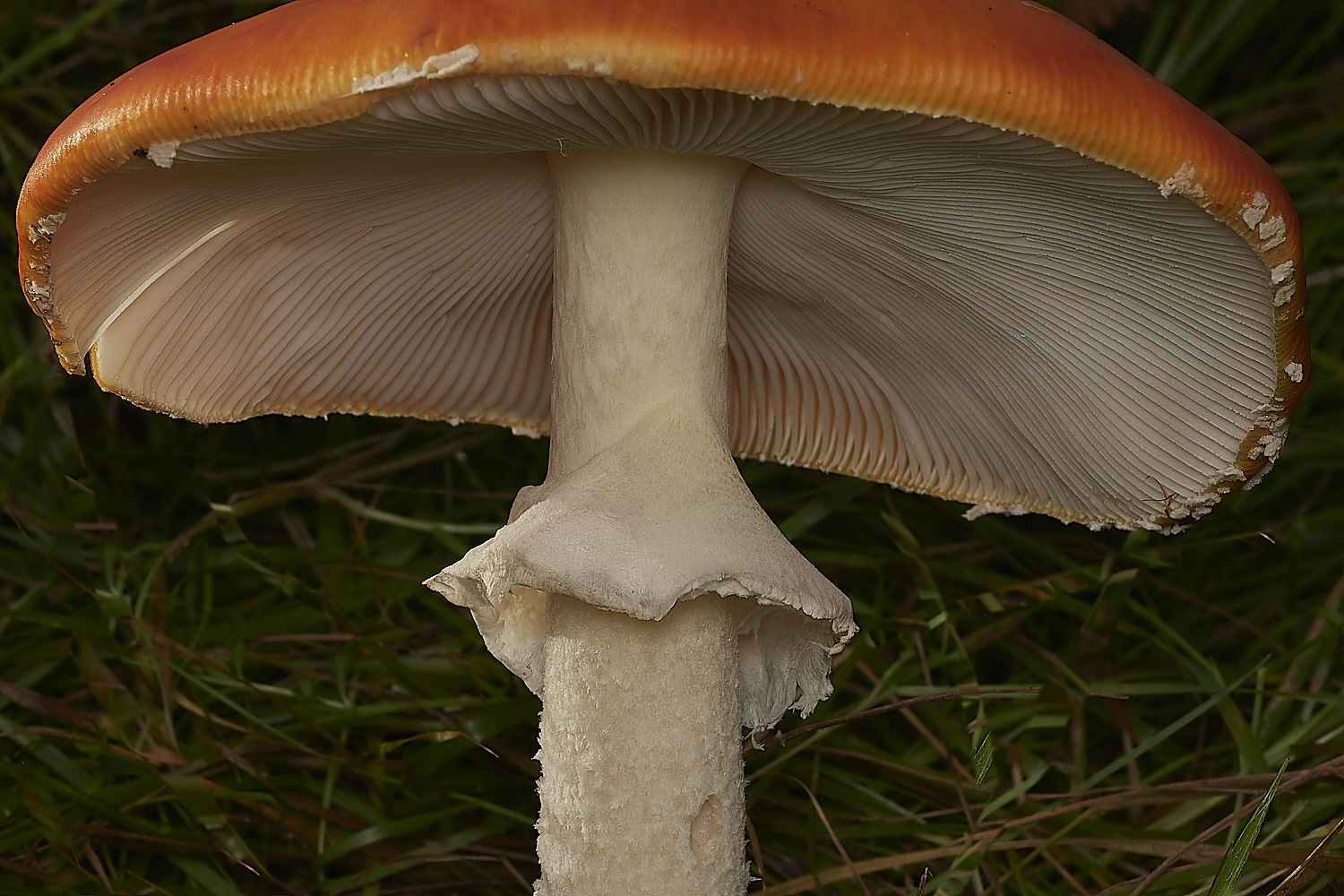
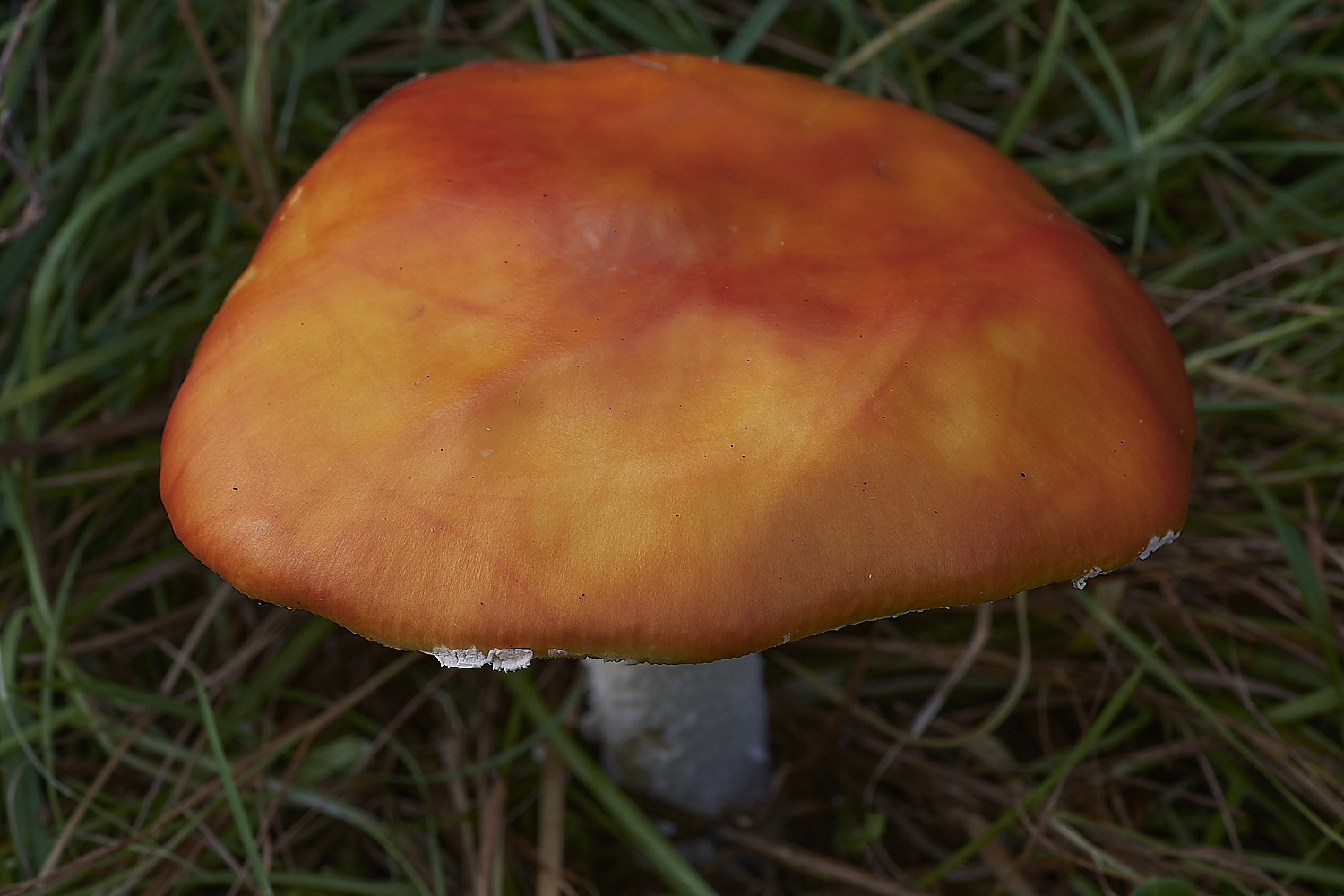
The Fly Agaric (Amanita mucaria) that lost its spots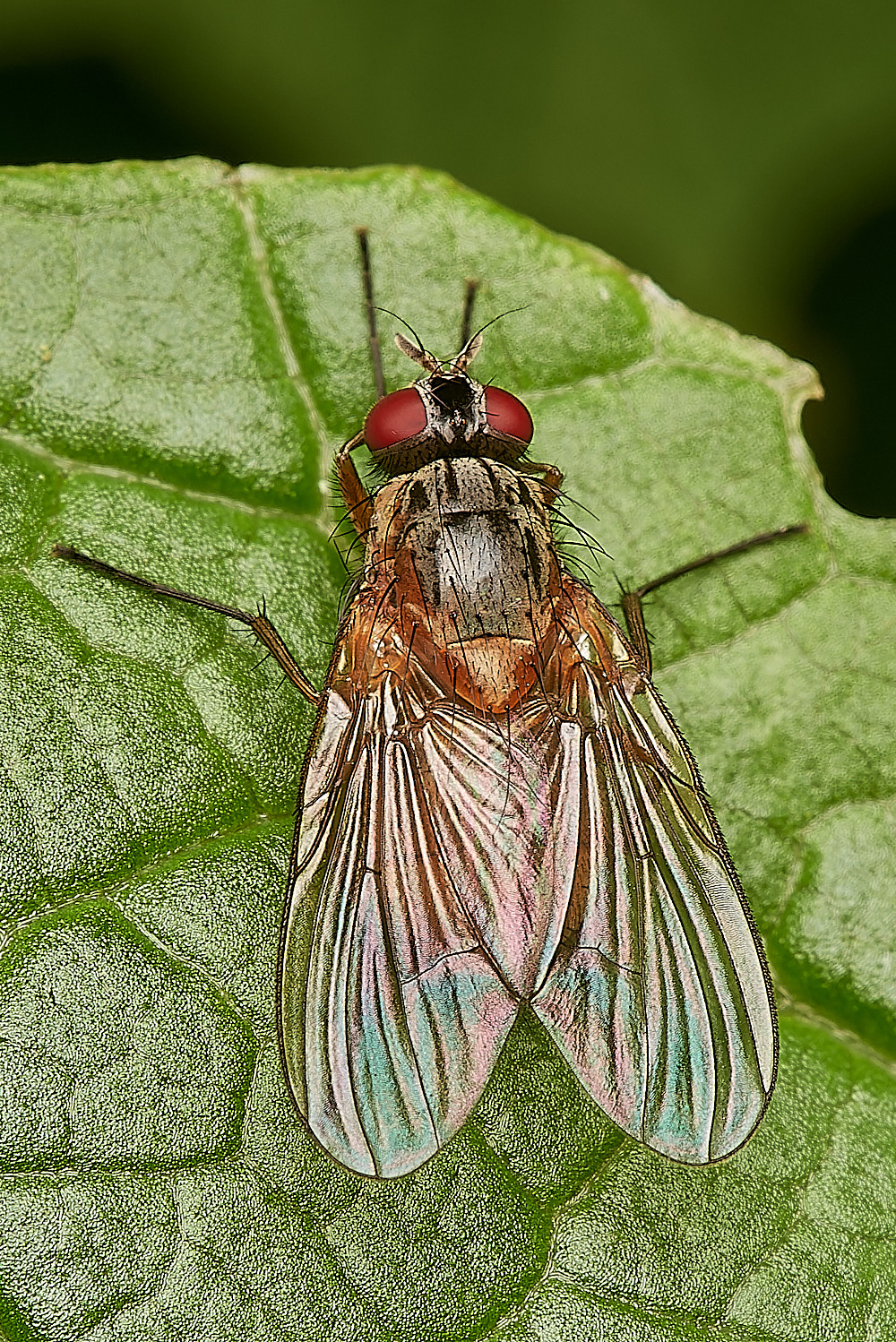
Fly Sp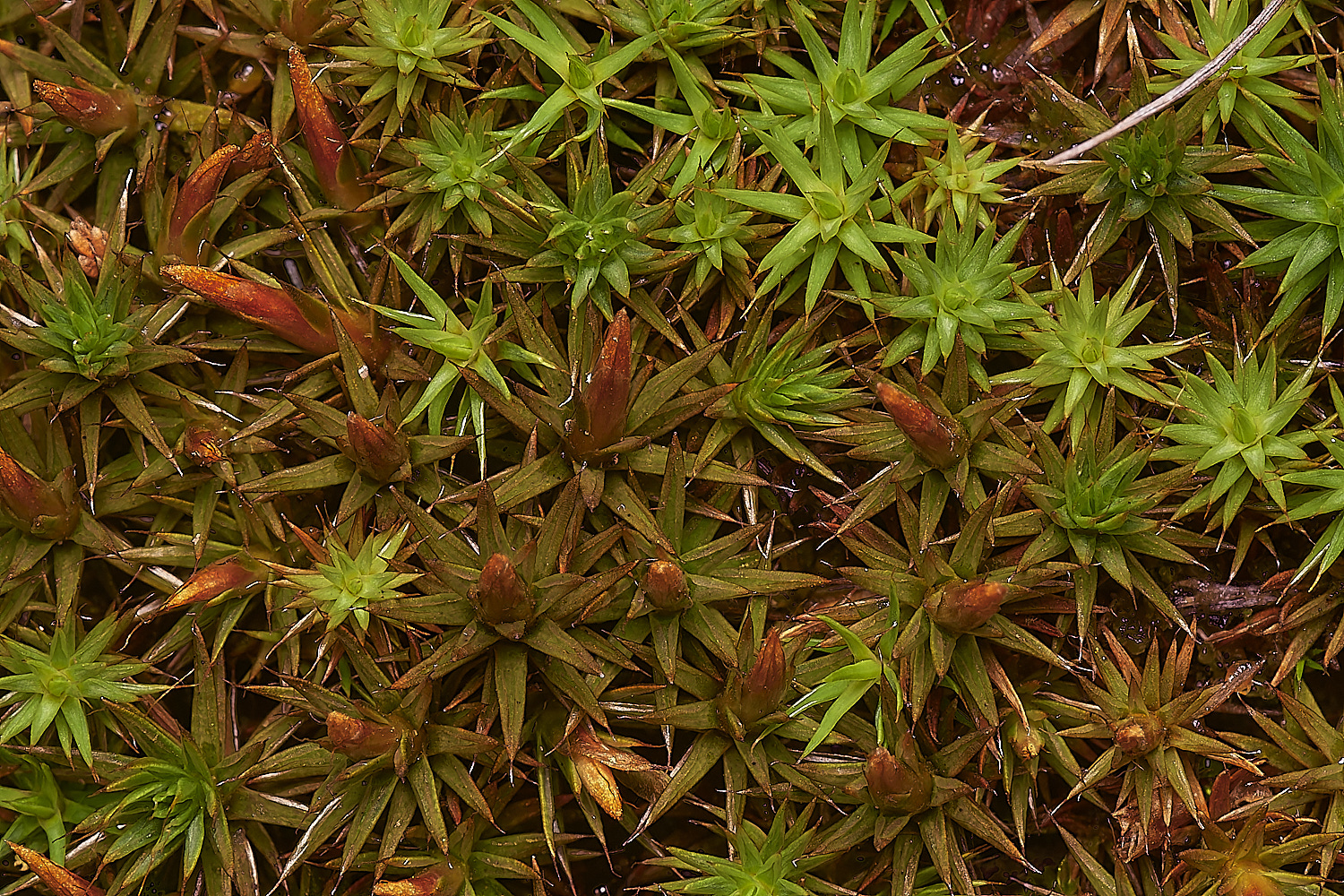
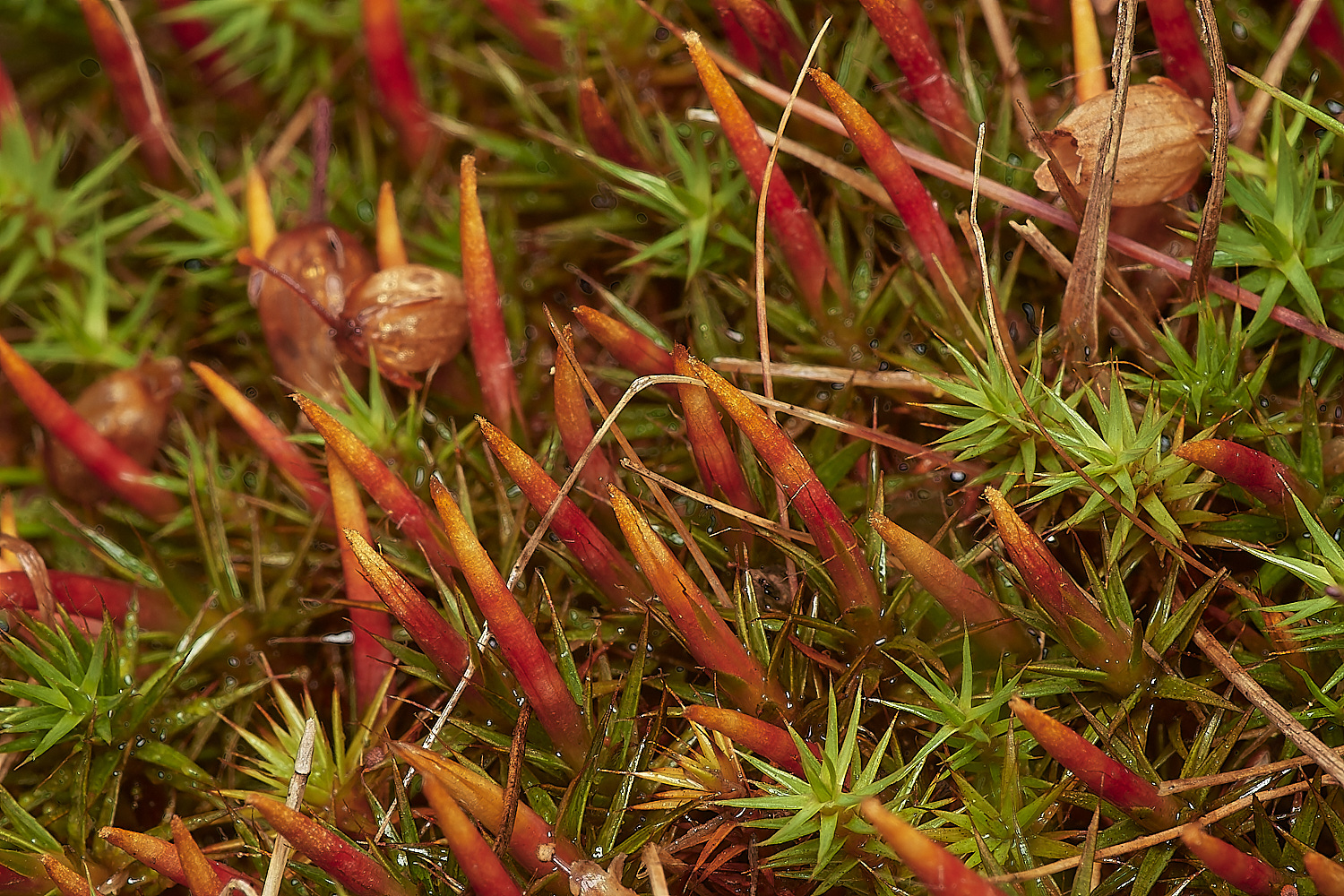
Juniper Haircap (Polytrichum juniperinum)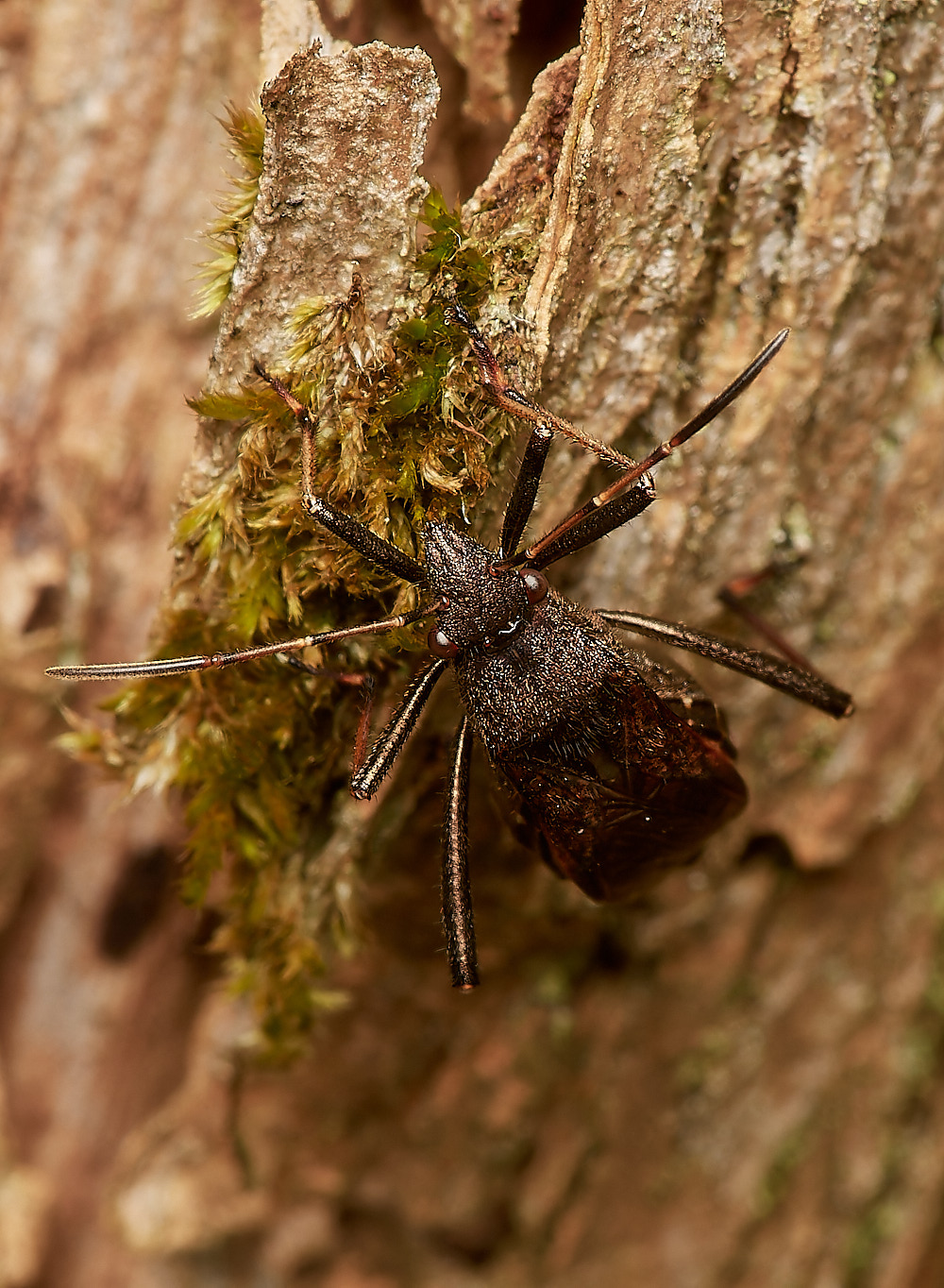
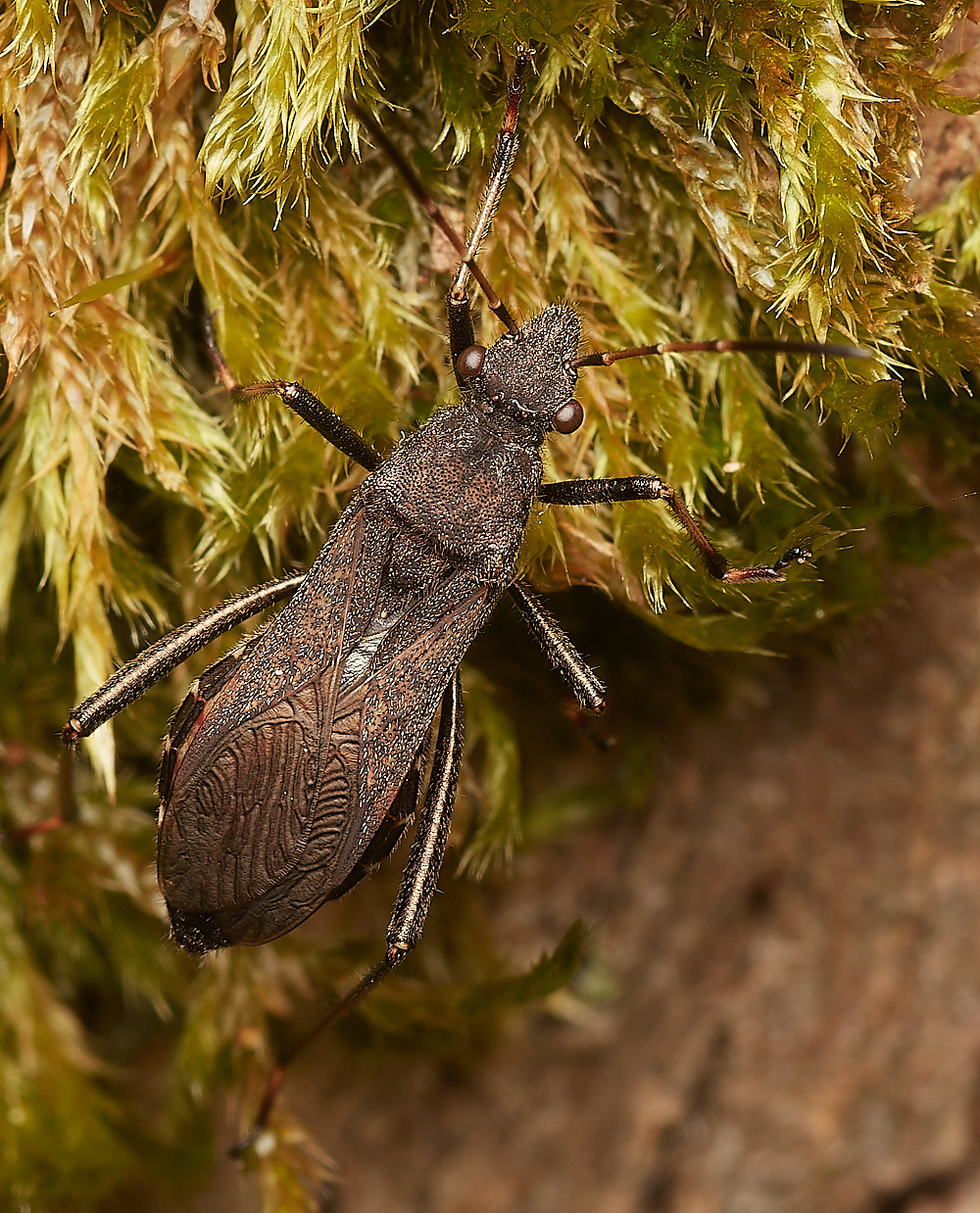
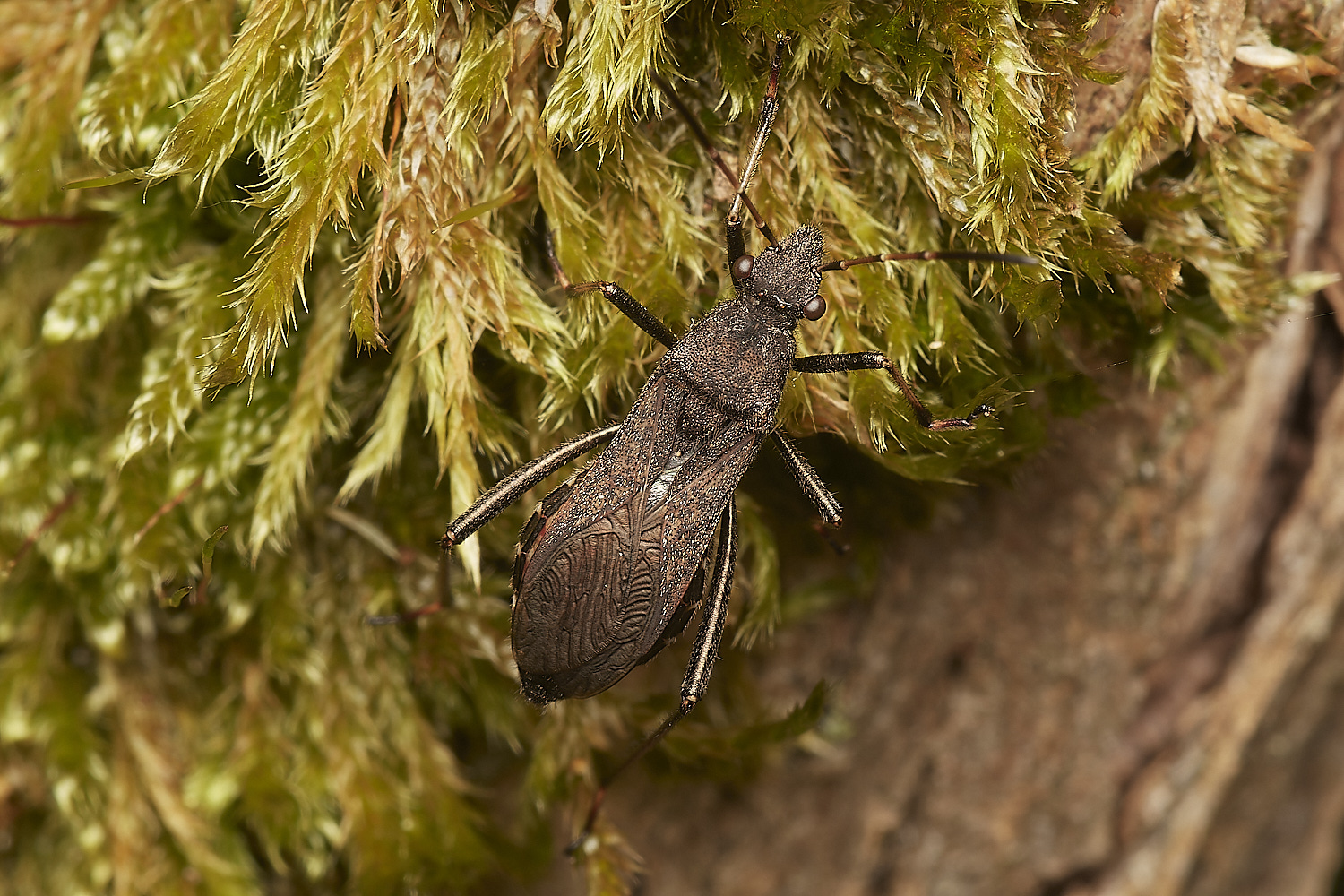
Red Flash Bug (Alydus calcuratus)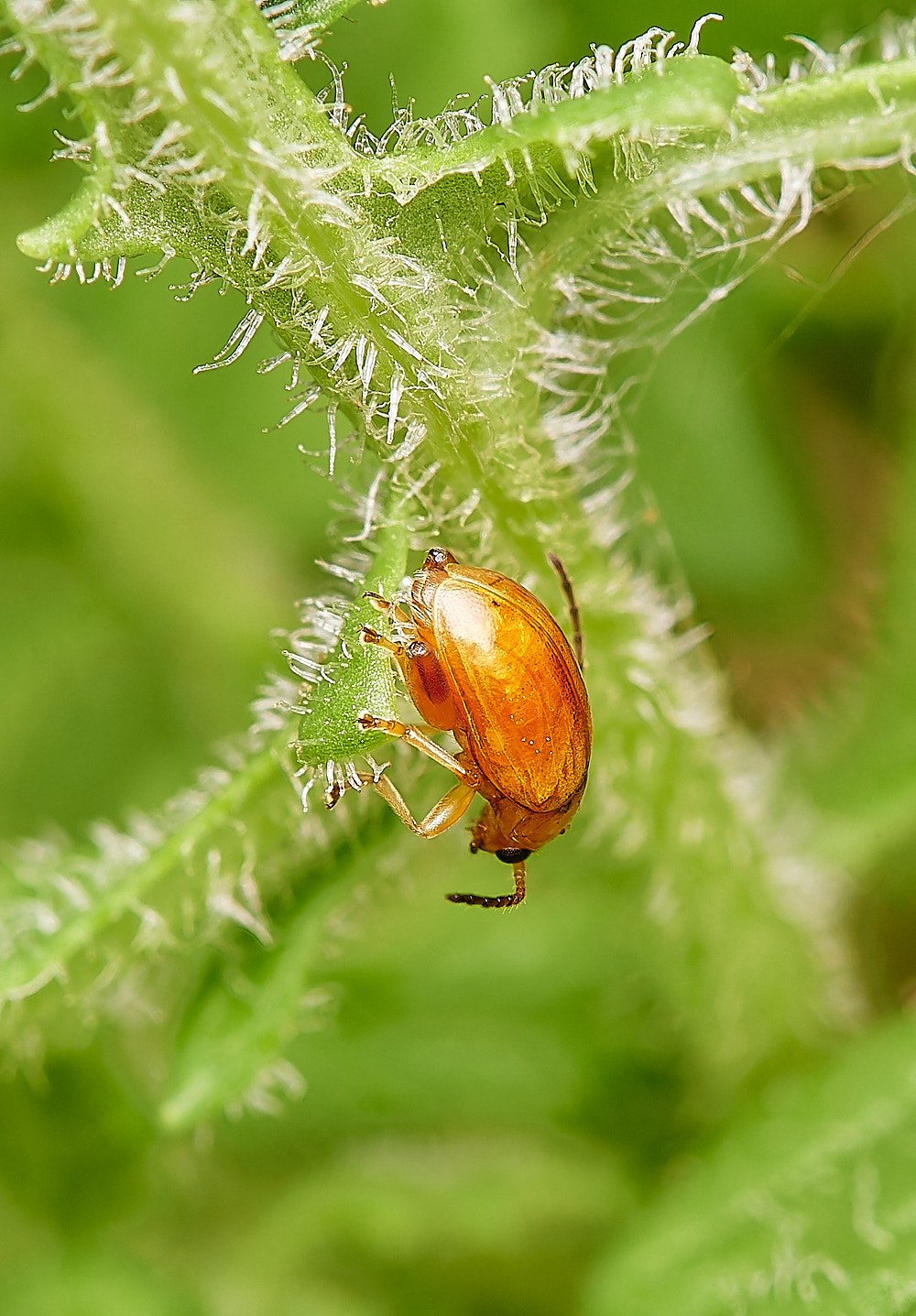
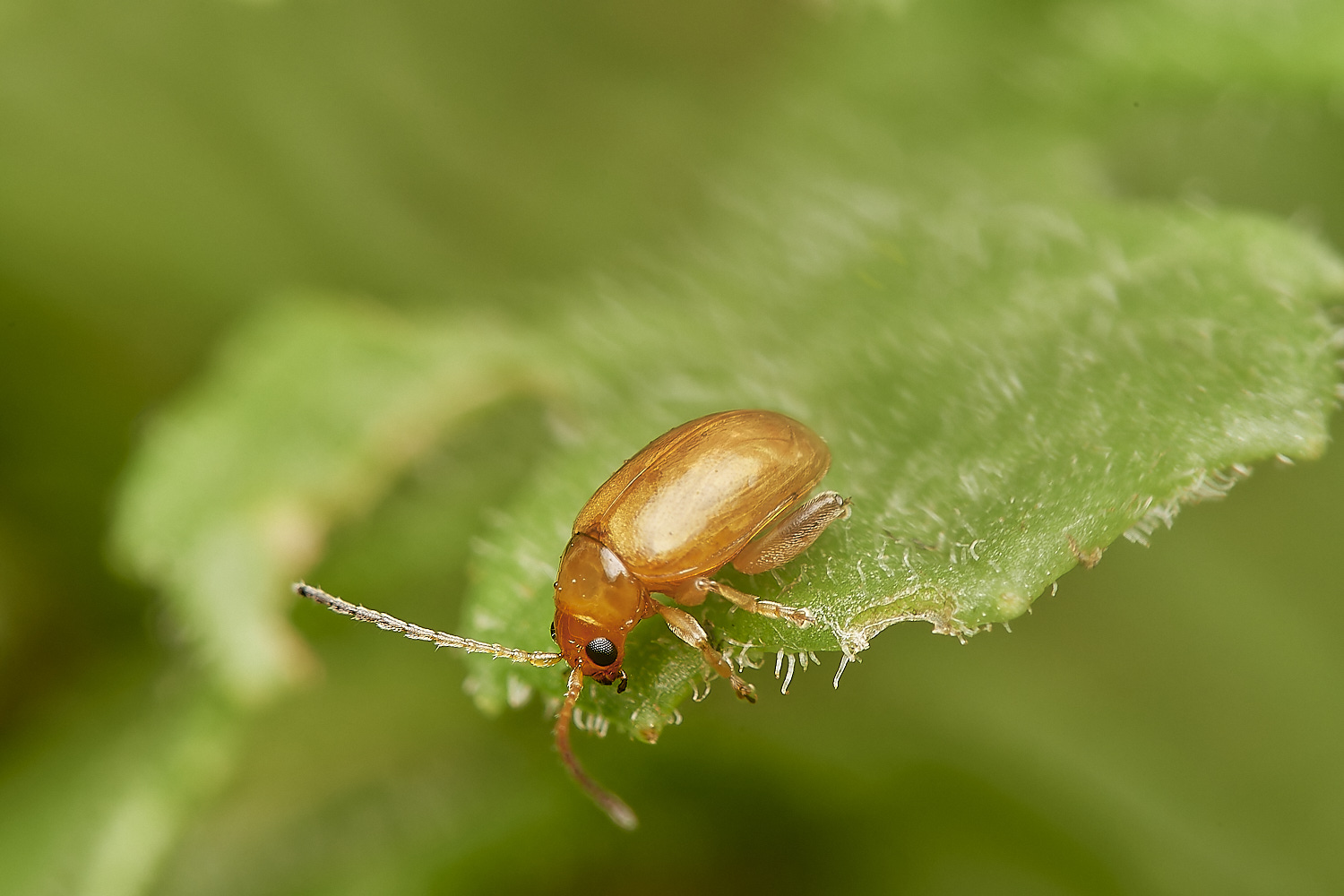
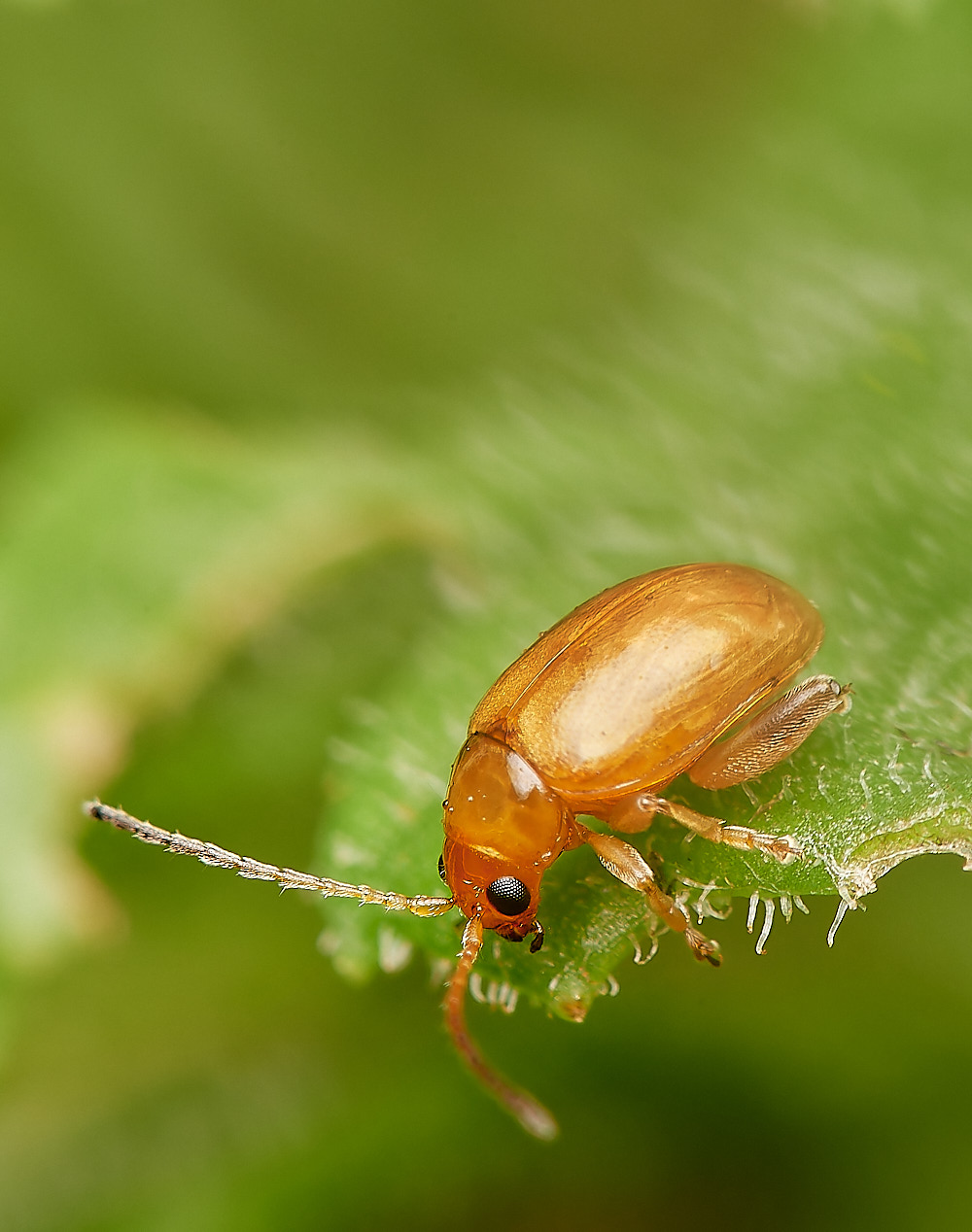
Small orange Beetle Sp? with enlarged back legs.
From
Martin Collier
It’s one of the many species of Longitarsus, a leaf beetle. Probably jacobaeae or flavicornis
but would need to examine and probably dissect to be sure.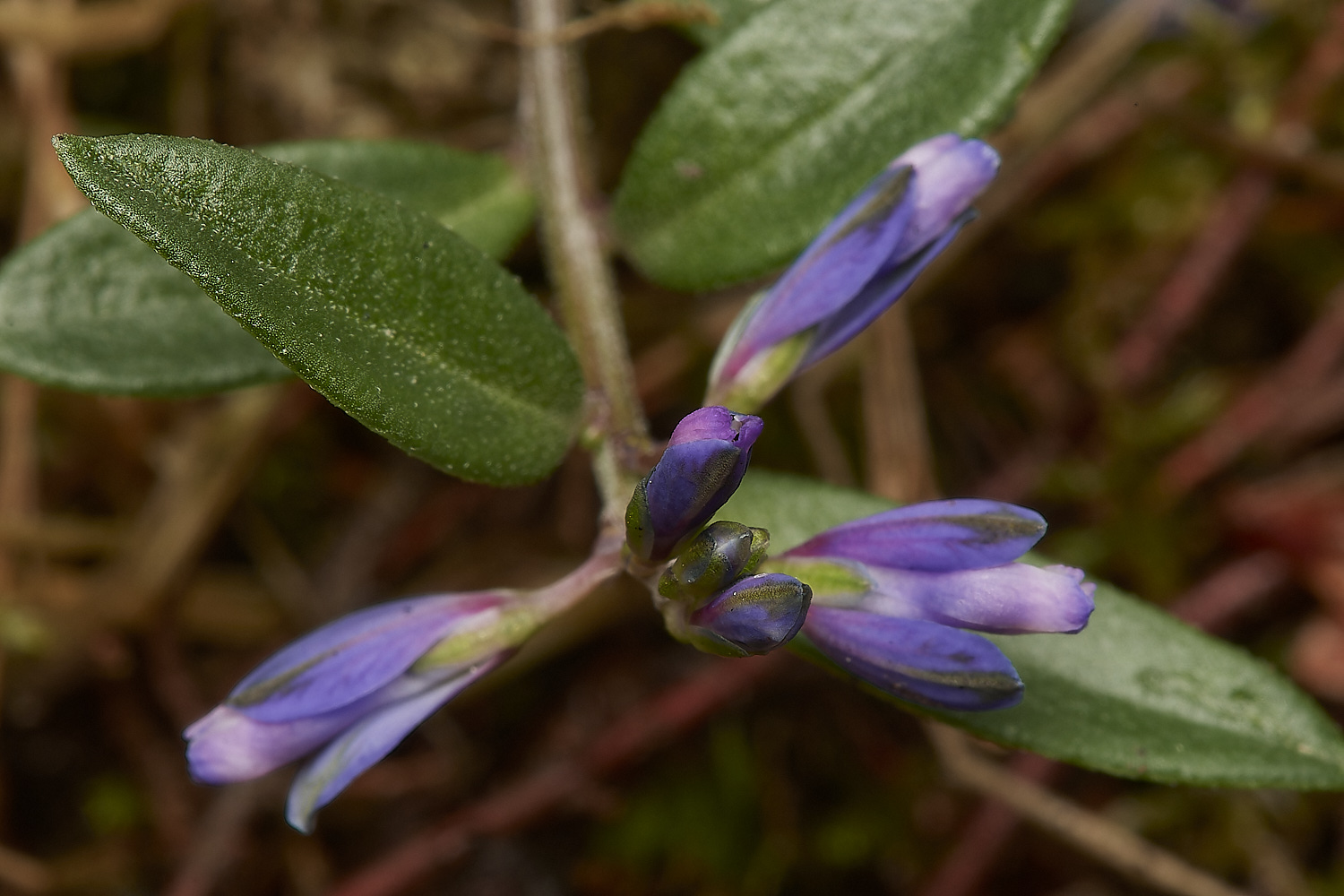
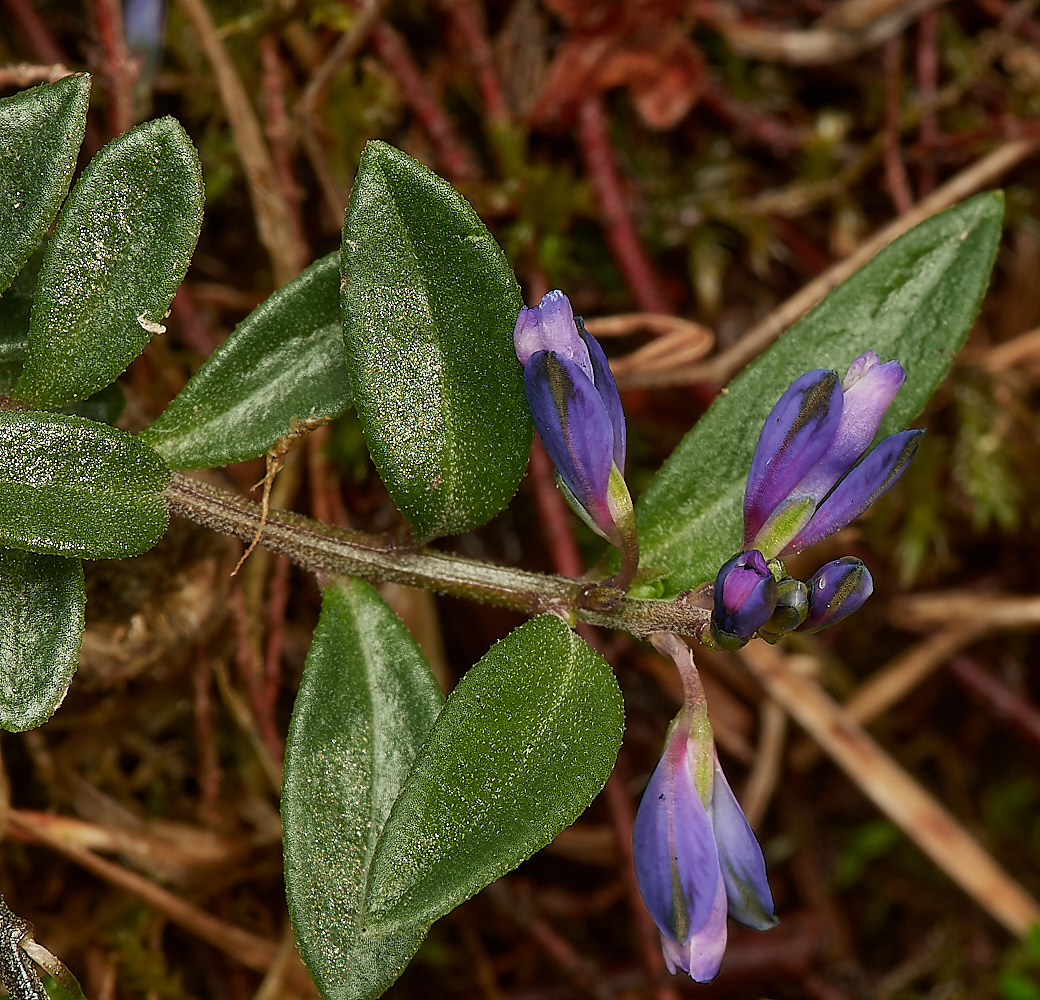
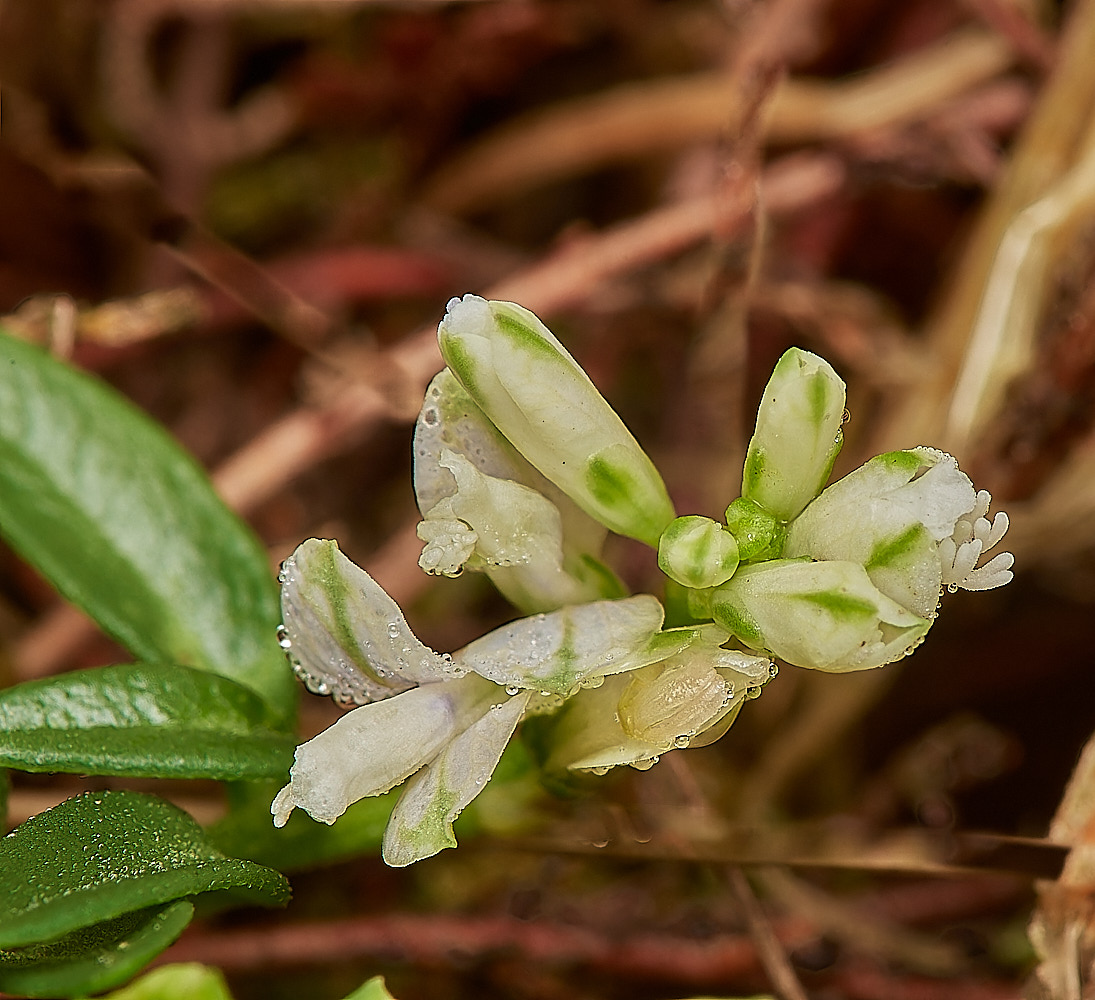
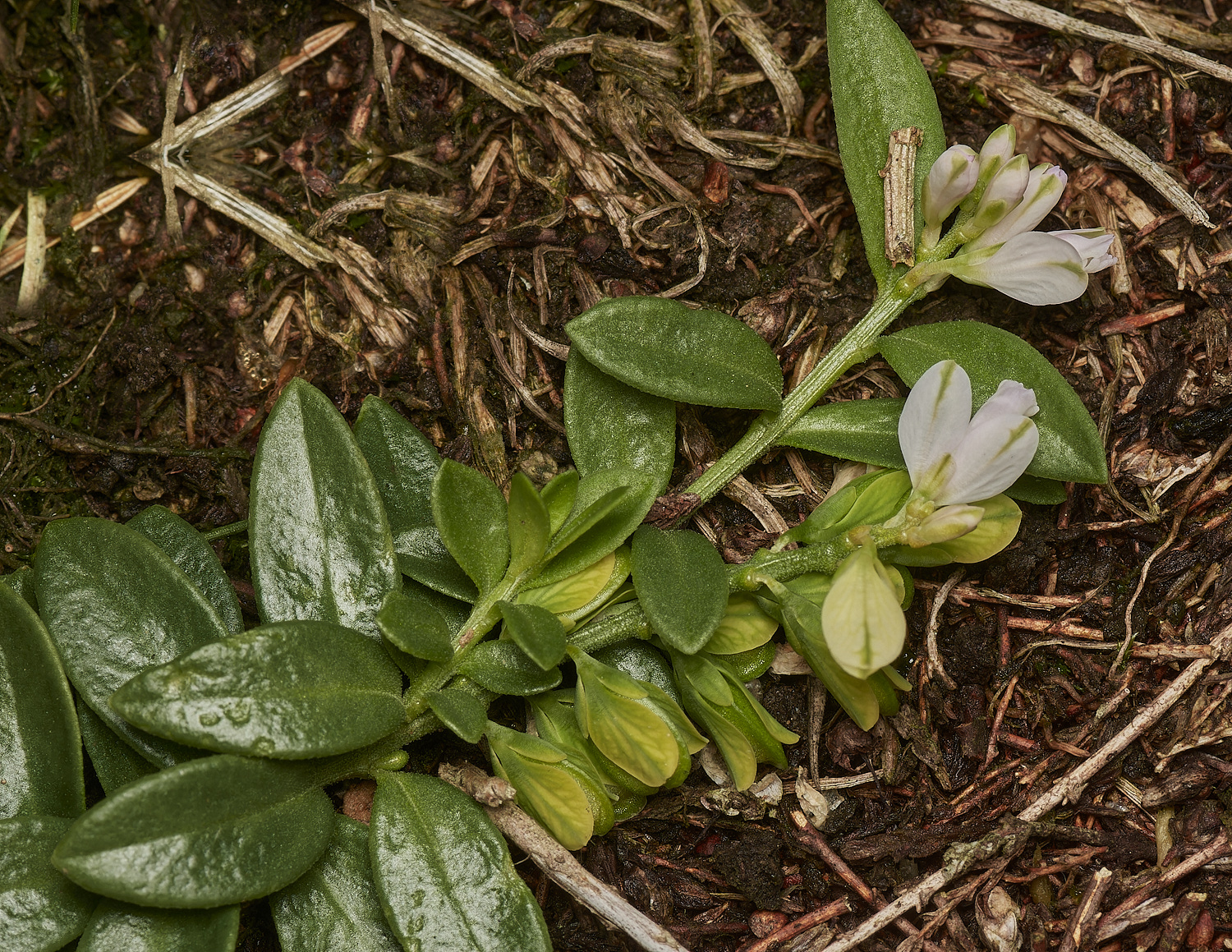
Heath Milkwort (Polygala serpyllifolia)
Usually only 3-10 flowers per spike. Common Milkwork 10-40 flowers.
Sepals are pointed in Health Milkwort and rounded in common Milkwort.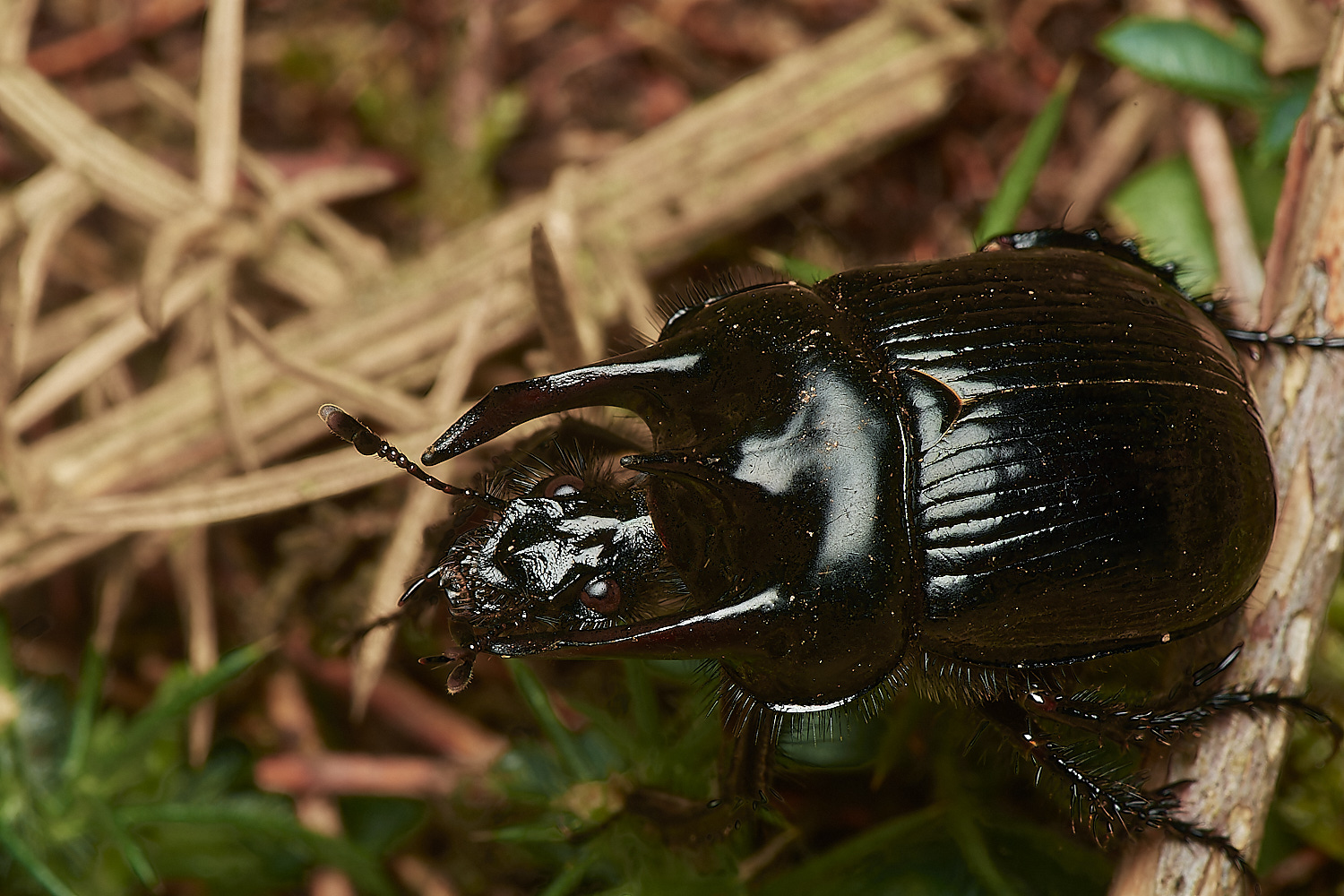
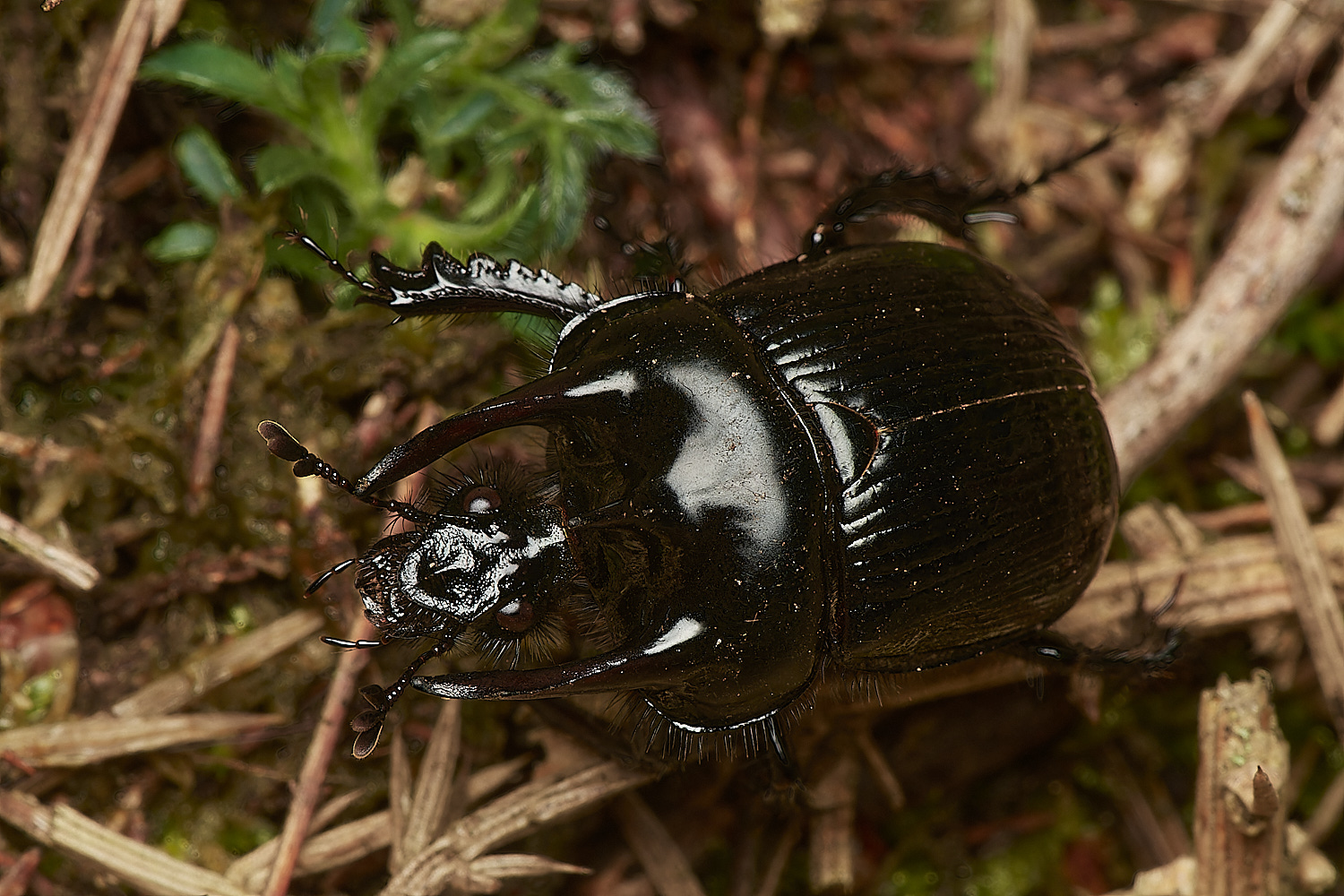
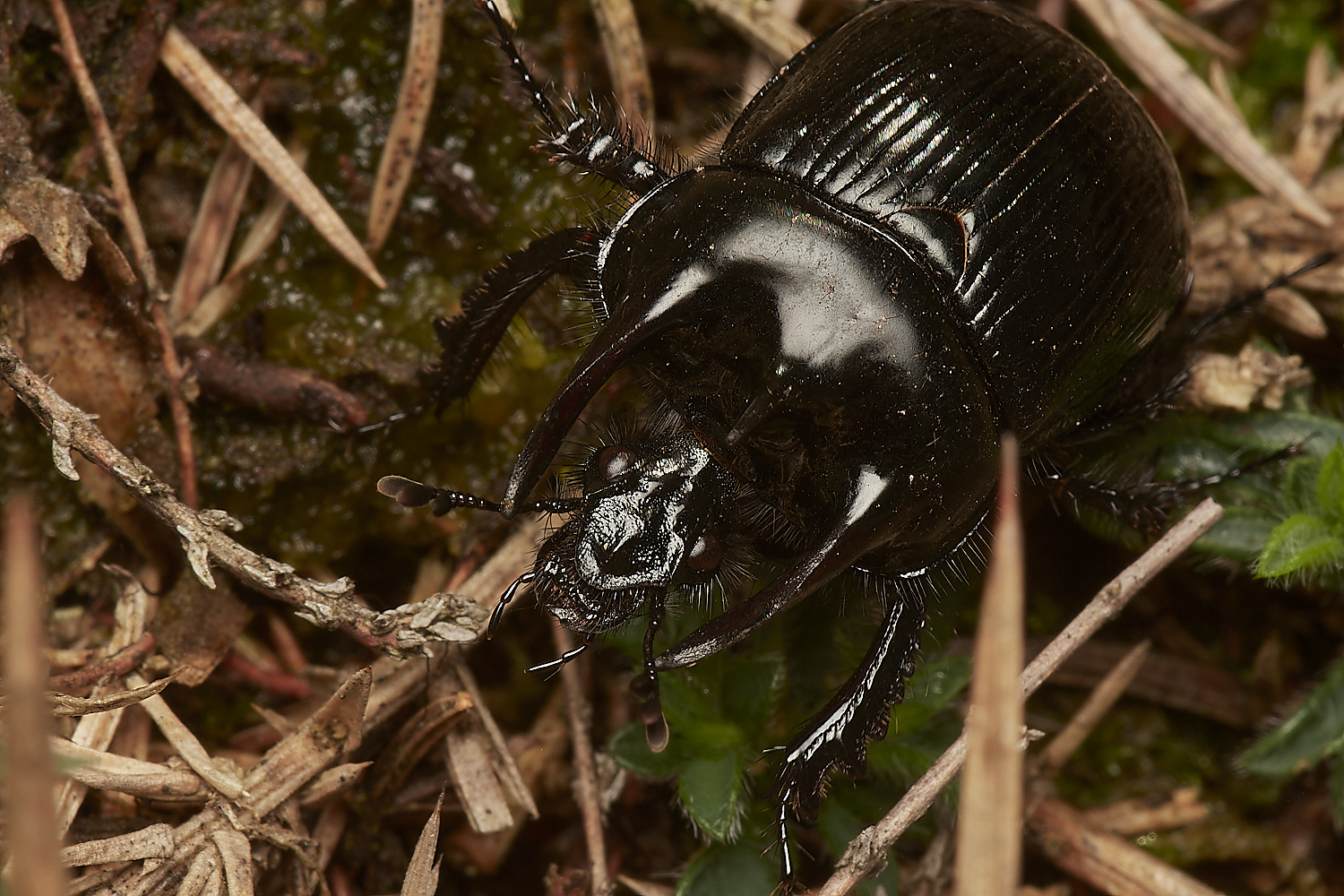
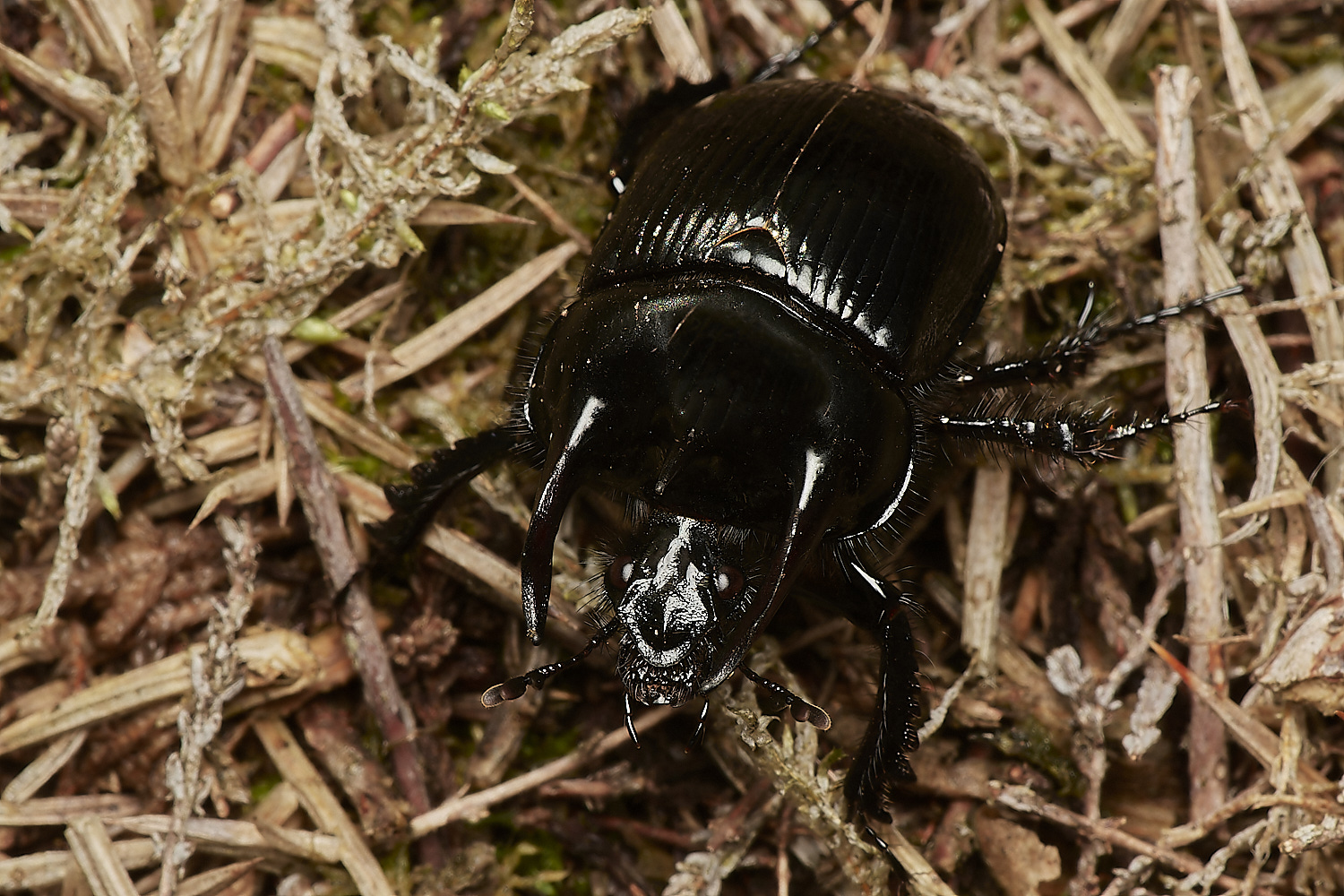
Minotaur Beetle (Typhaeus typhoeus) ♂︎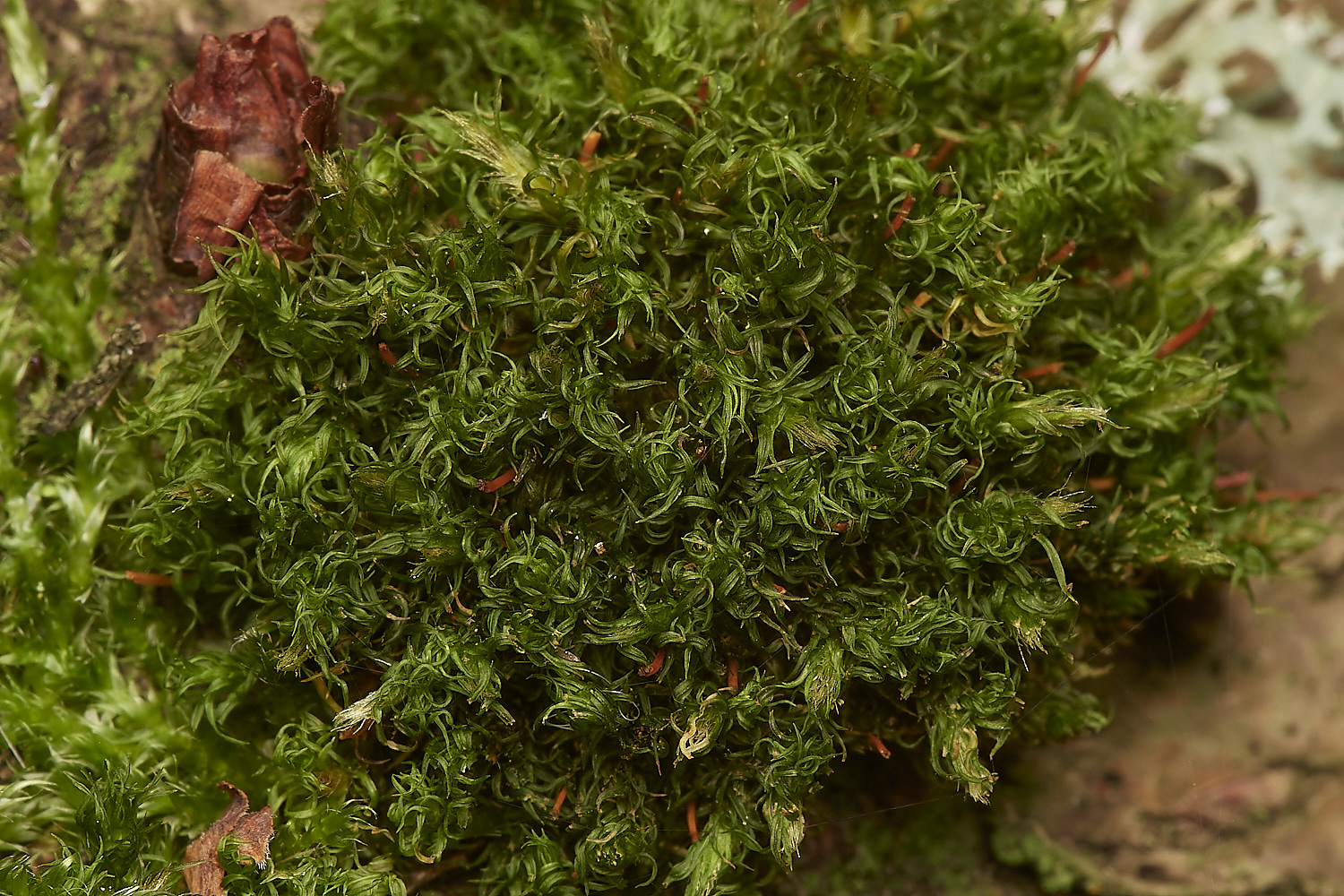
Common Pincushion (Dicranoweisia cirrata)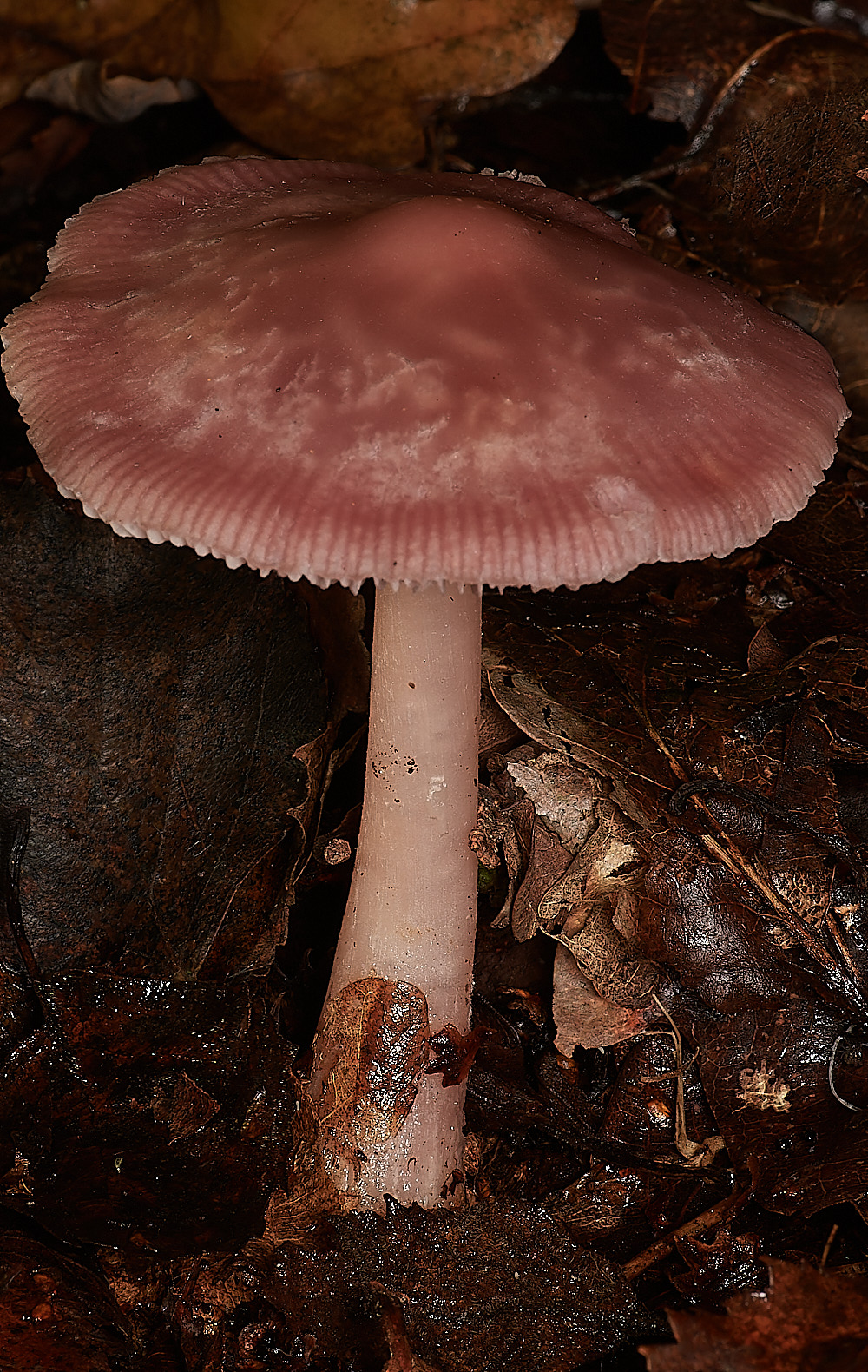
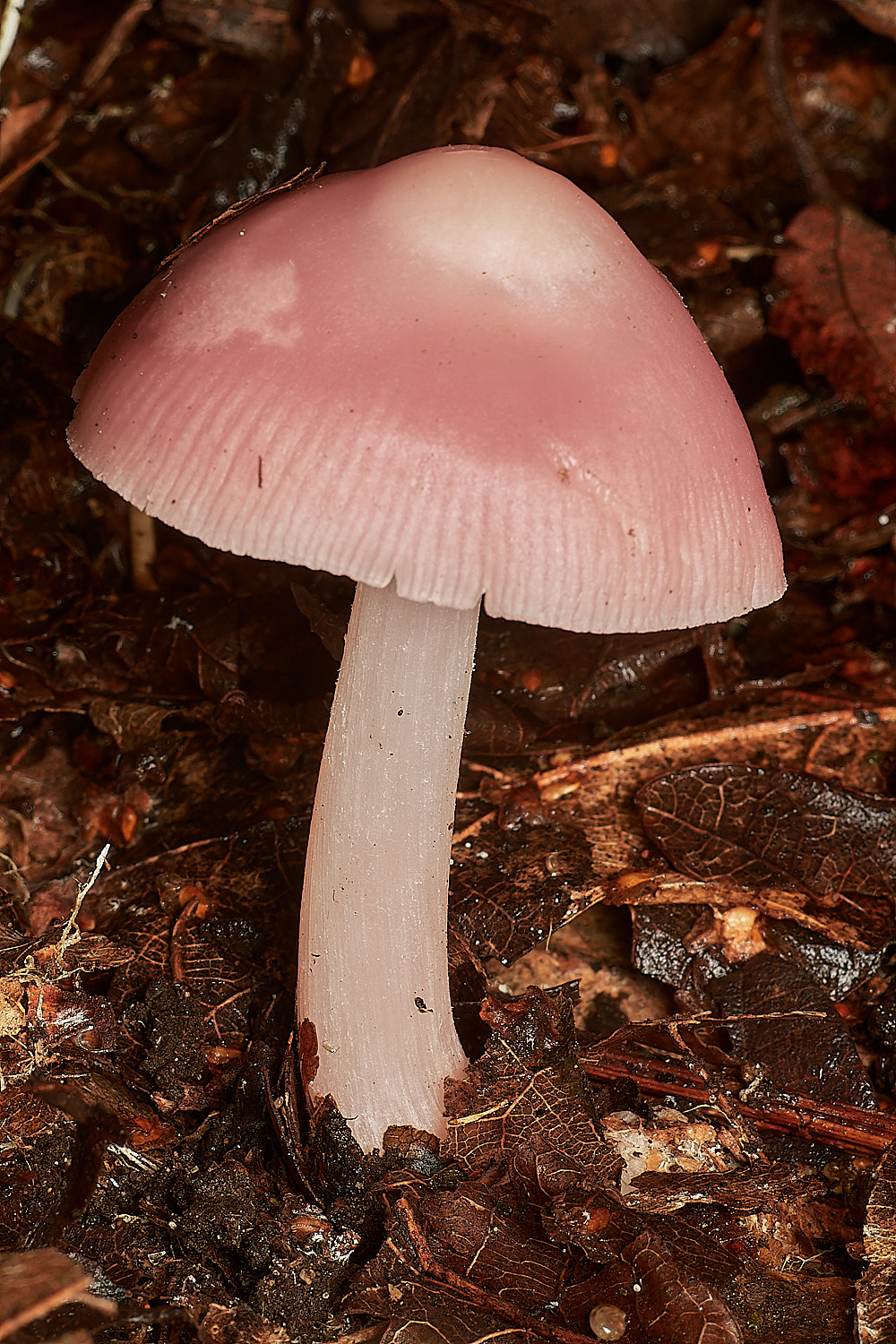
Rosey Bonnet (Mycena rosea)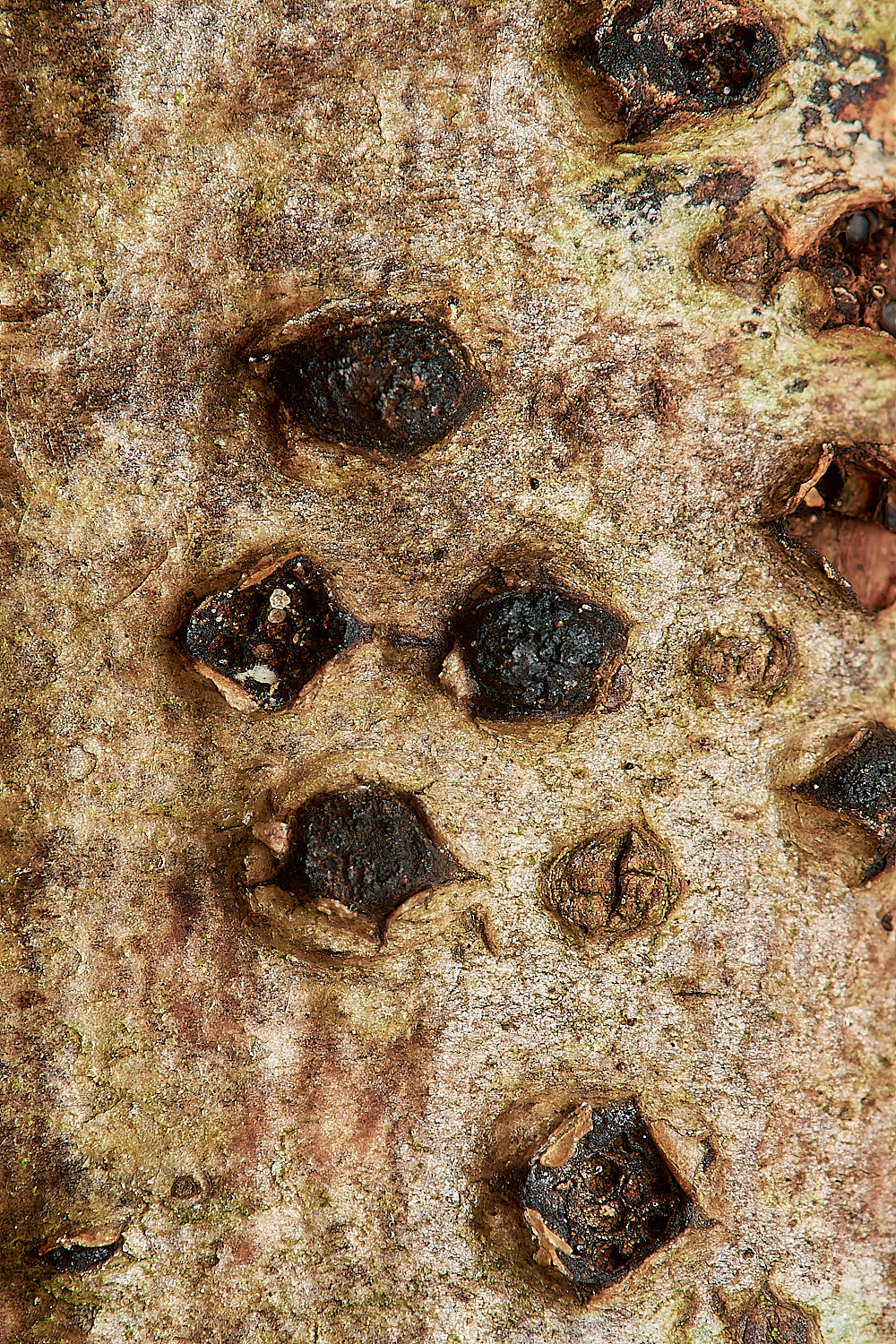
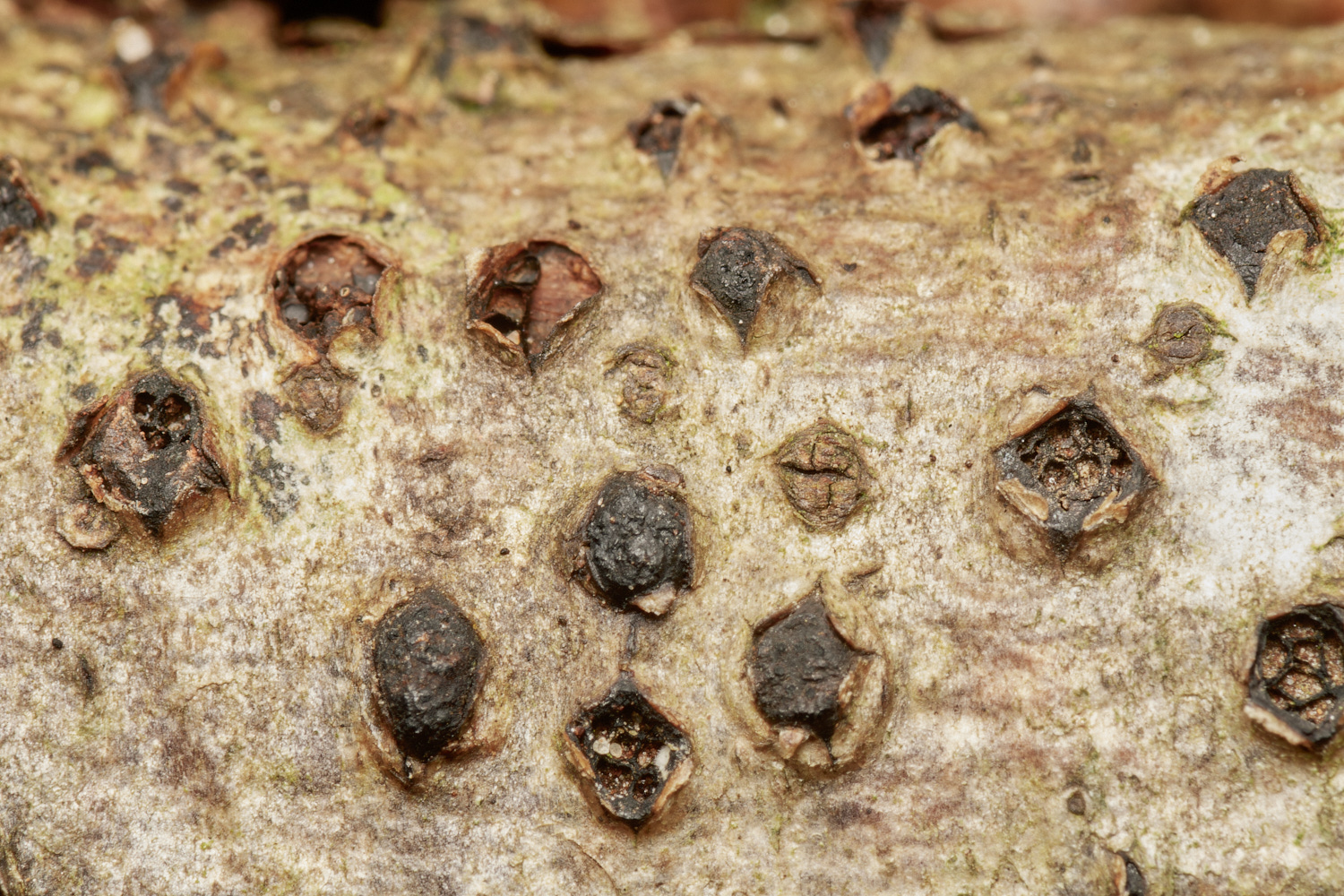
Oak Blackhead (Diatrypella quercina)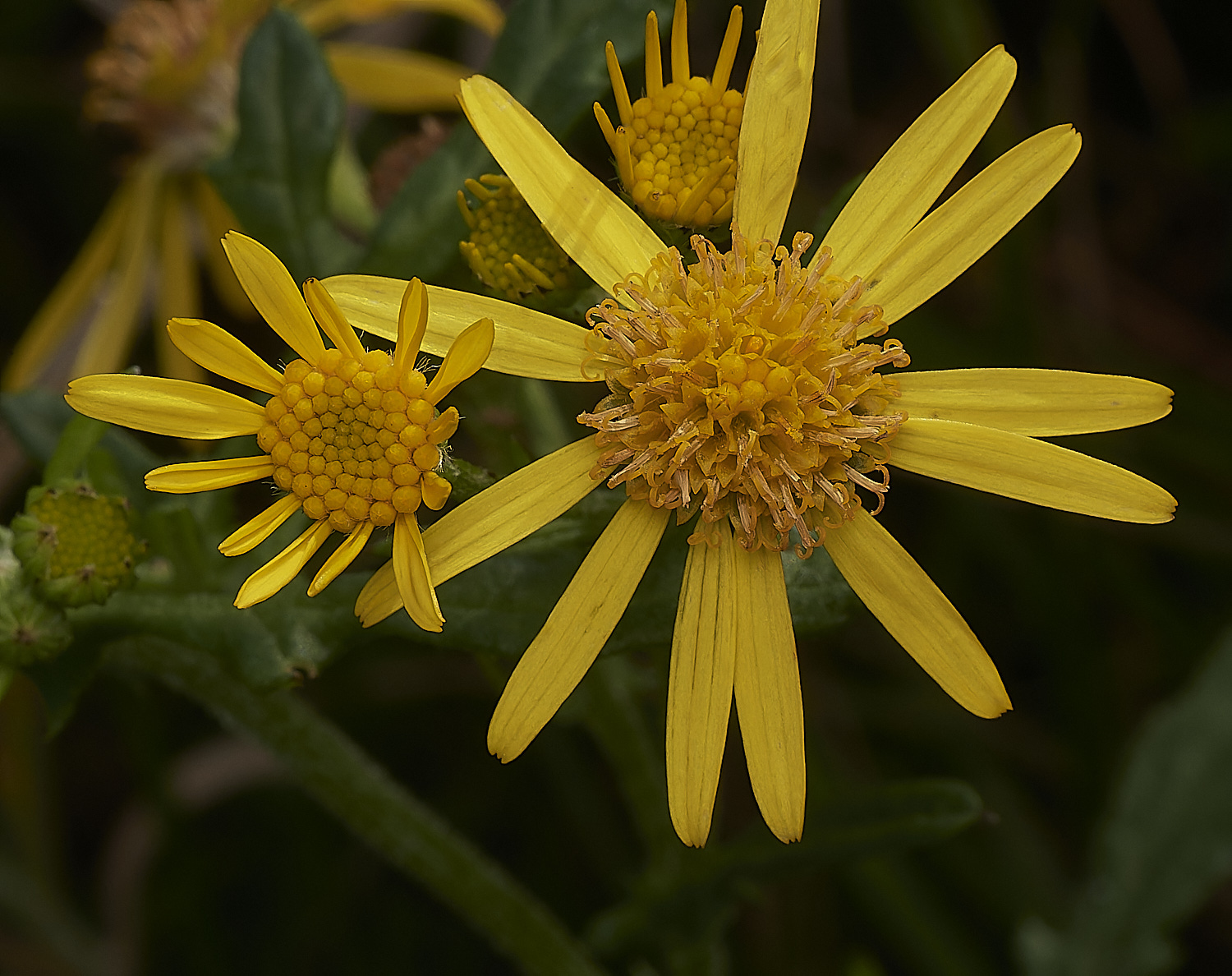
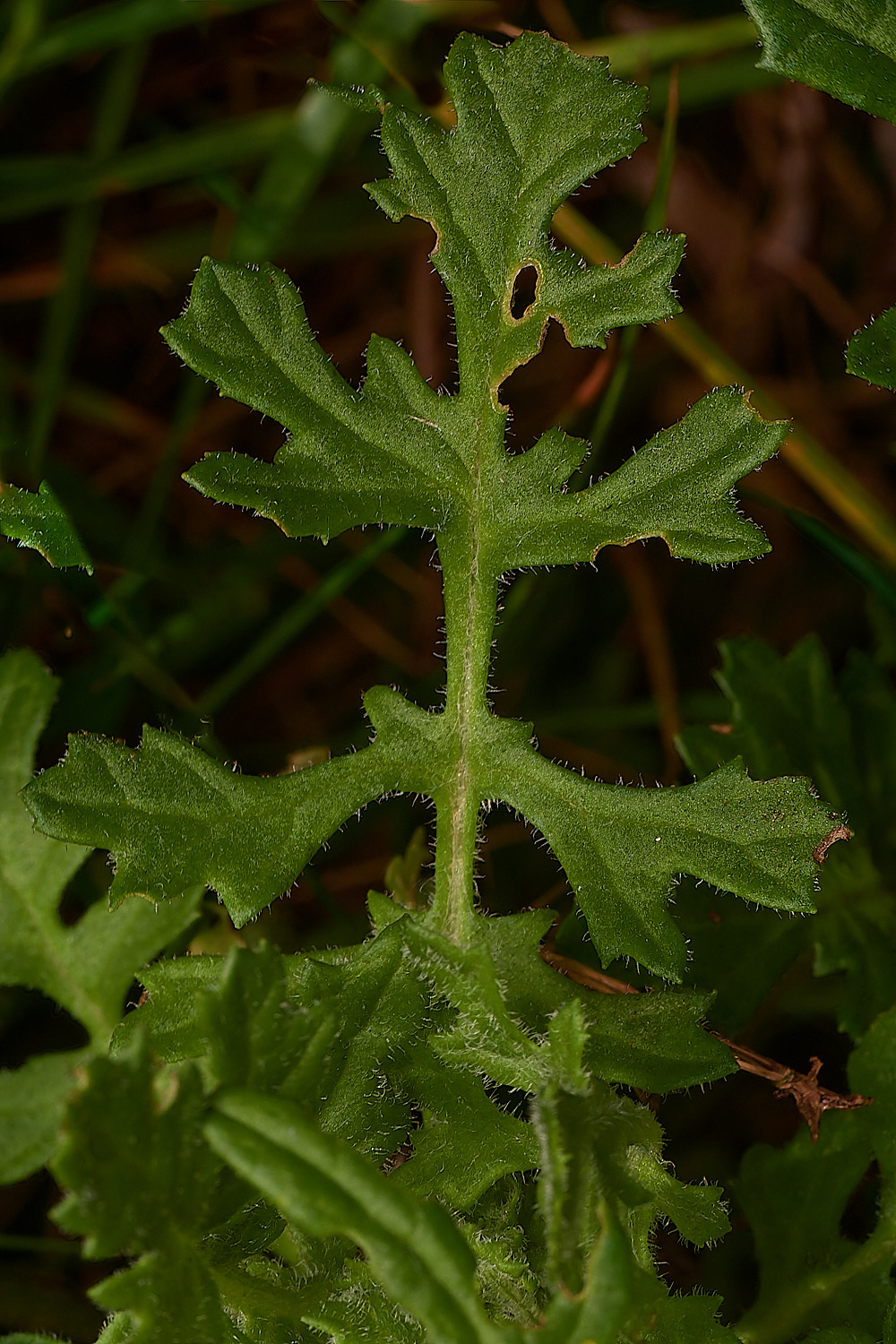
Oxford Ragwort (Senecio squalidus)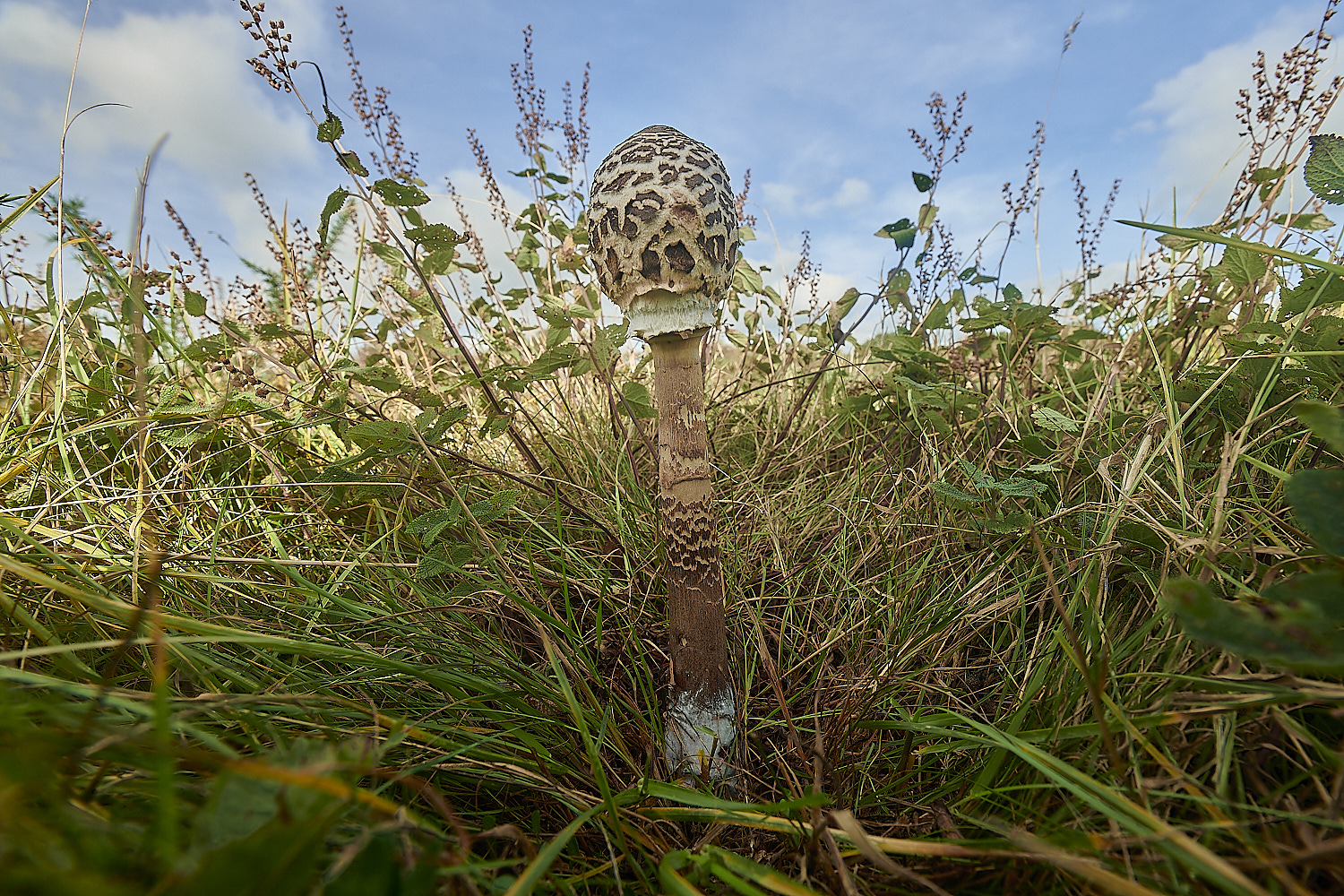
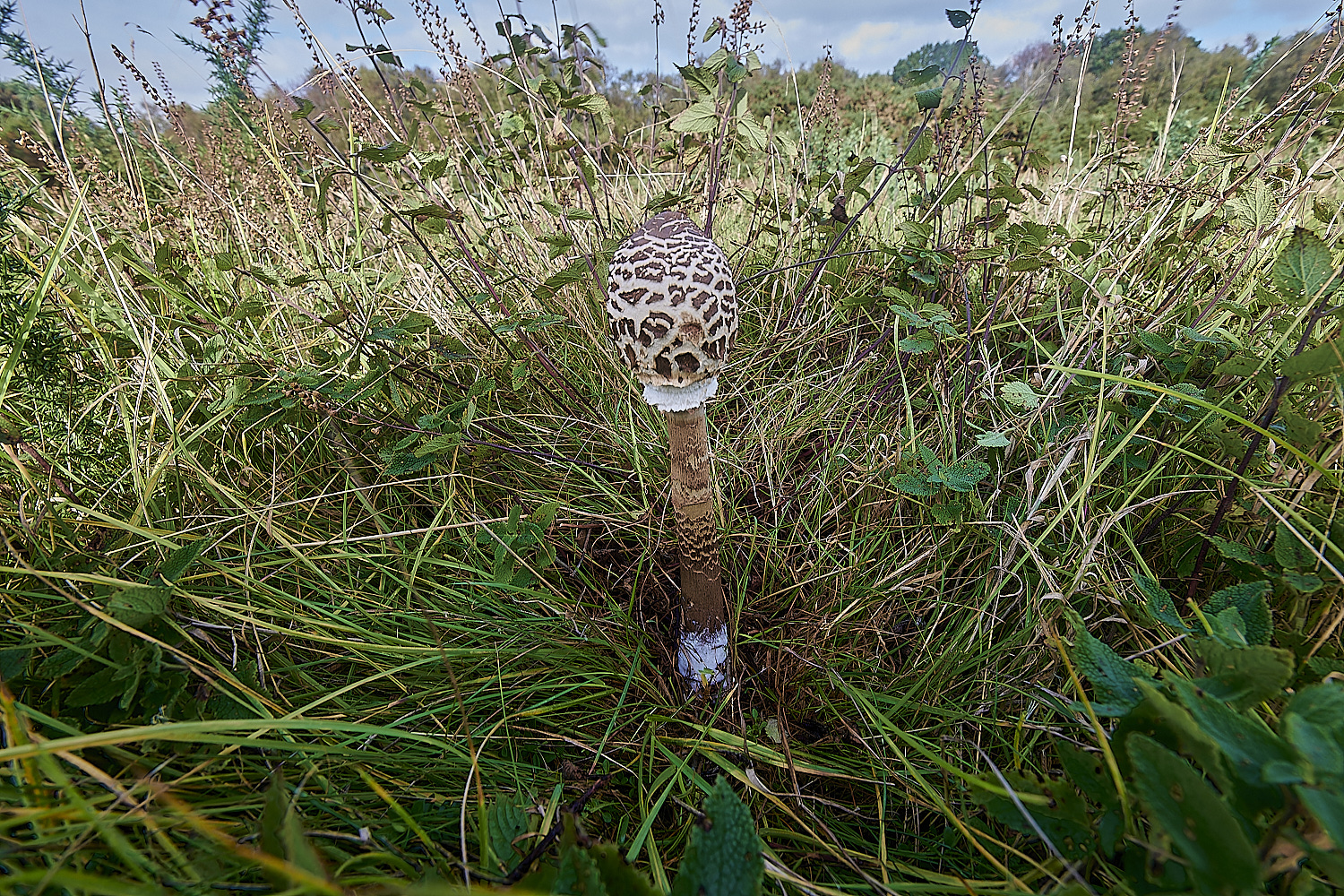
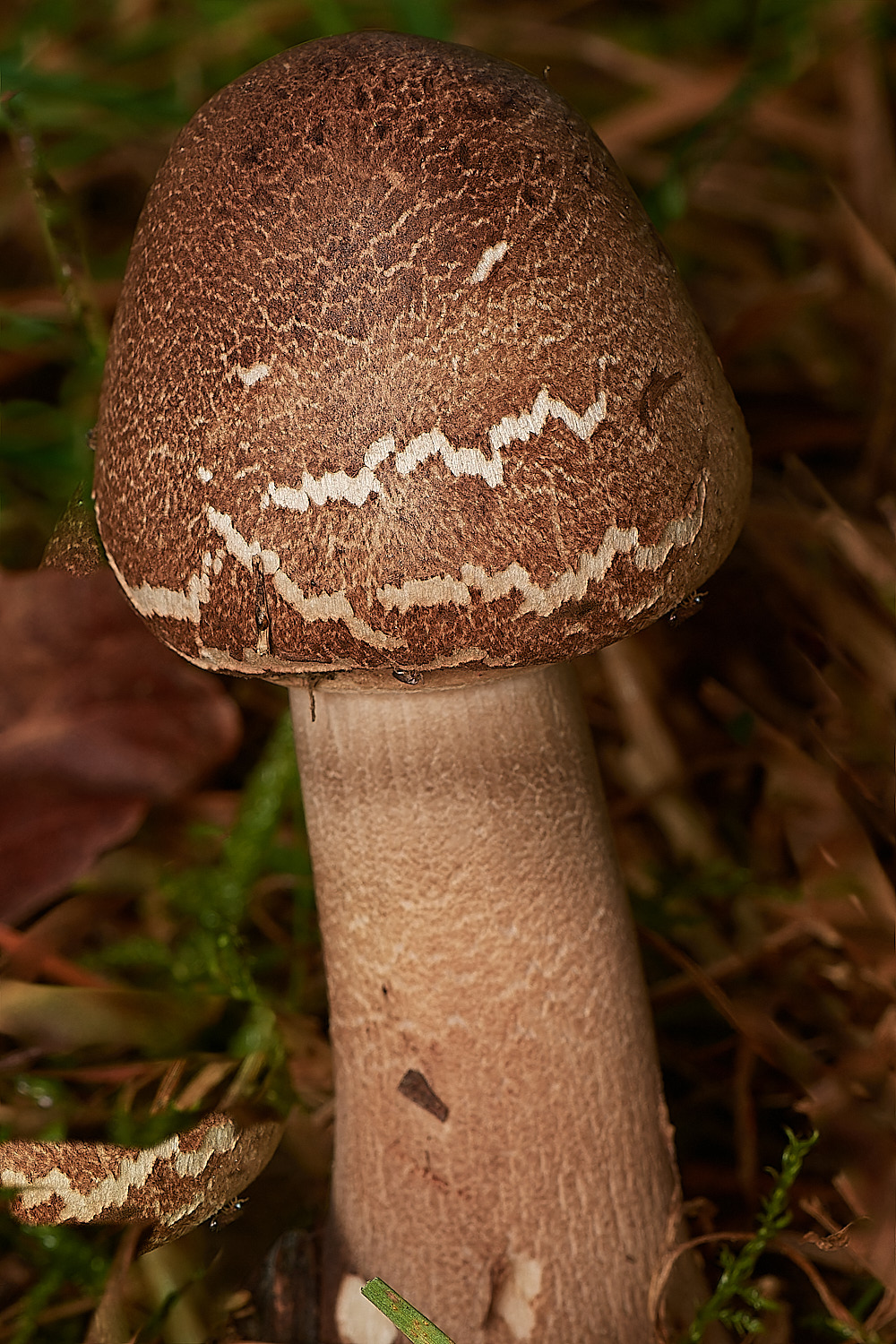
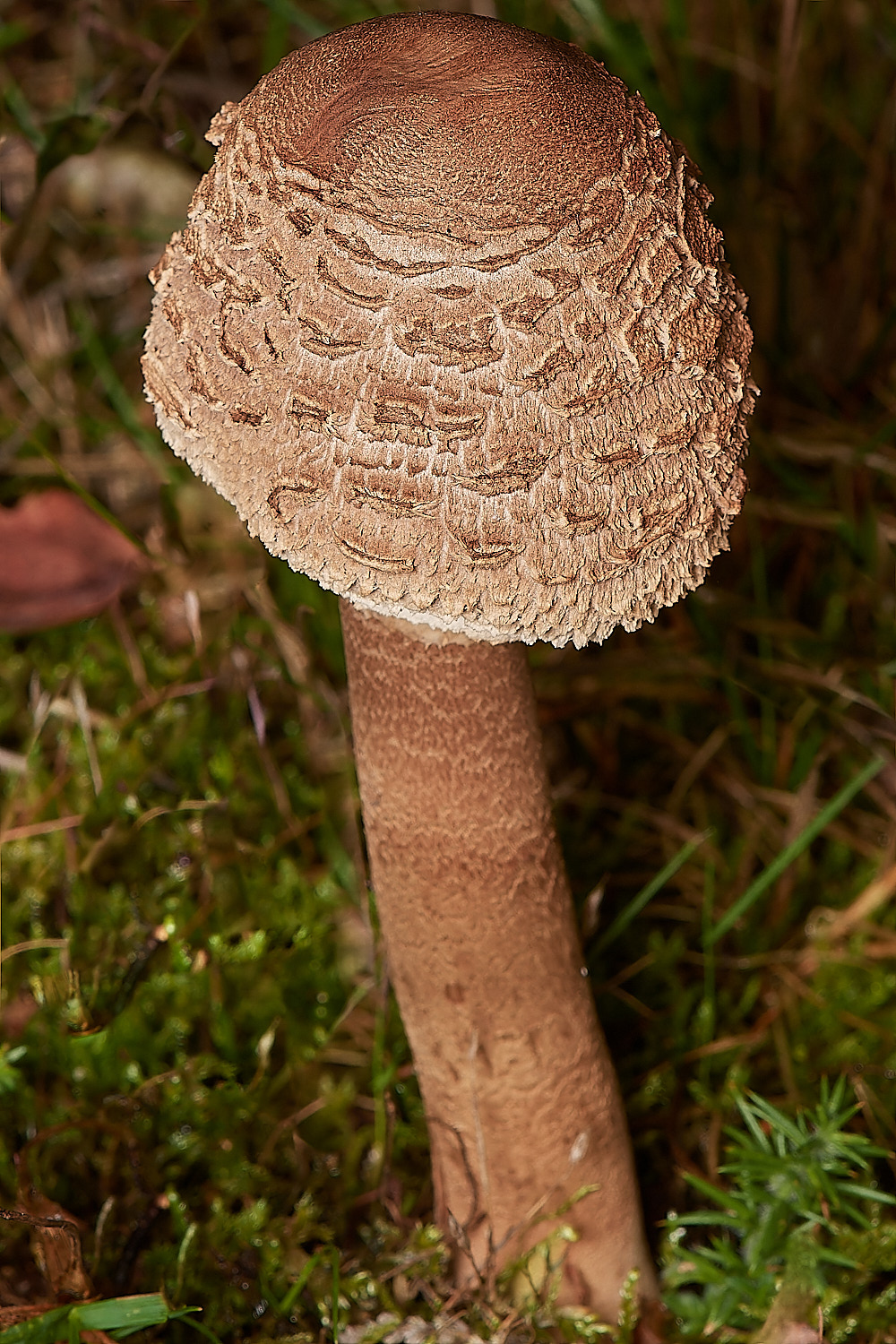
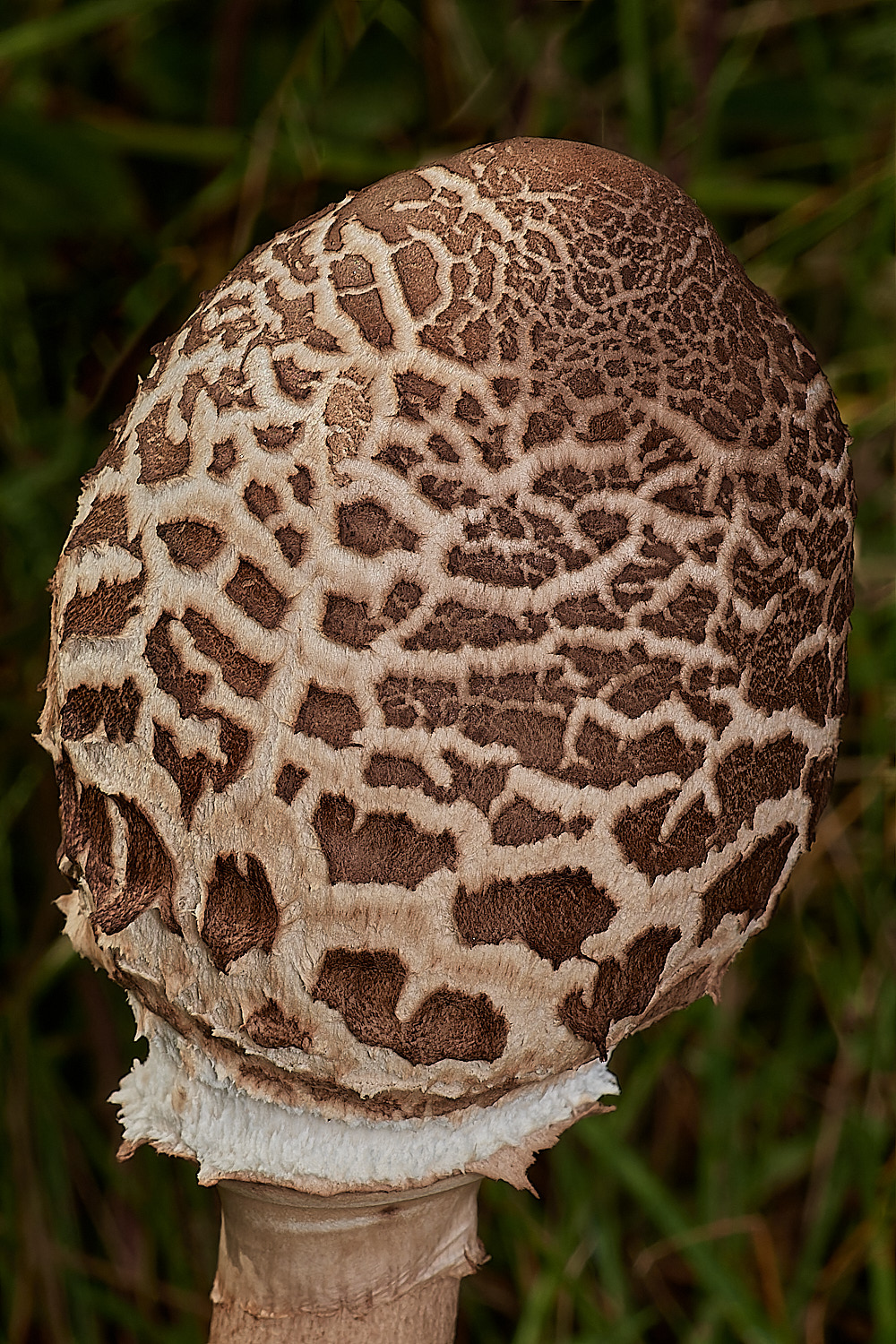
Parsol Mushroom (Macrolepiota procera)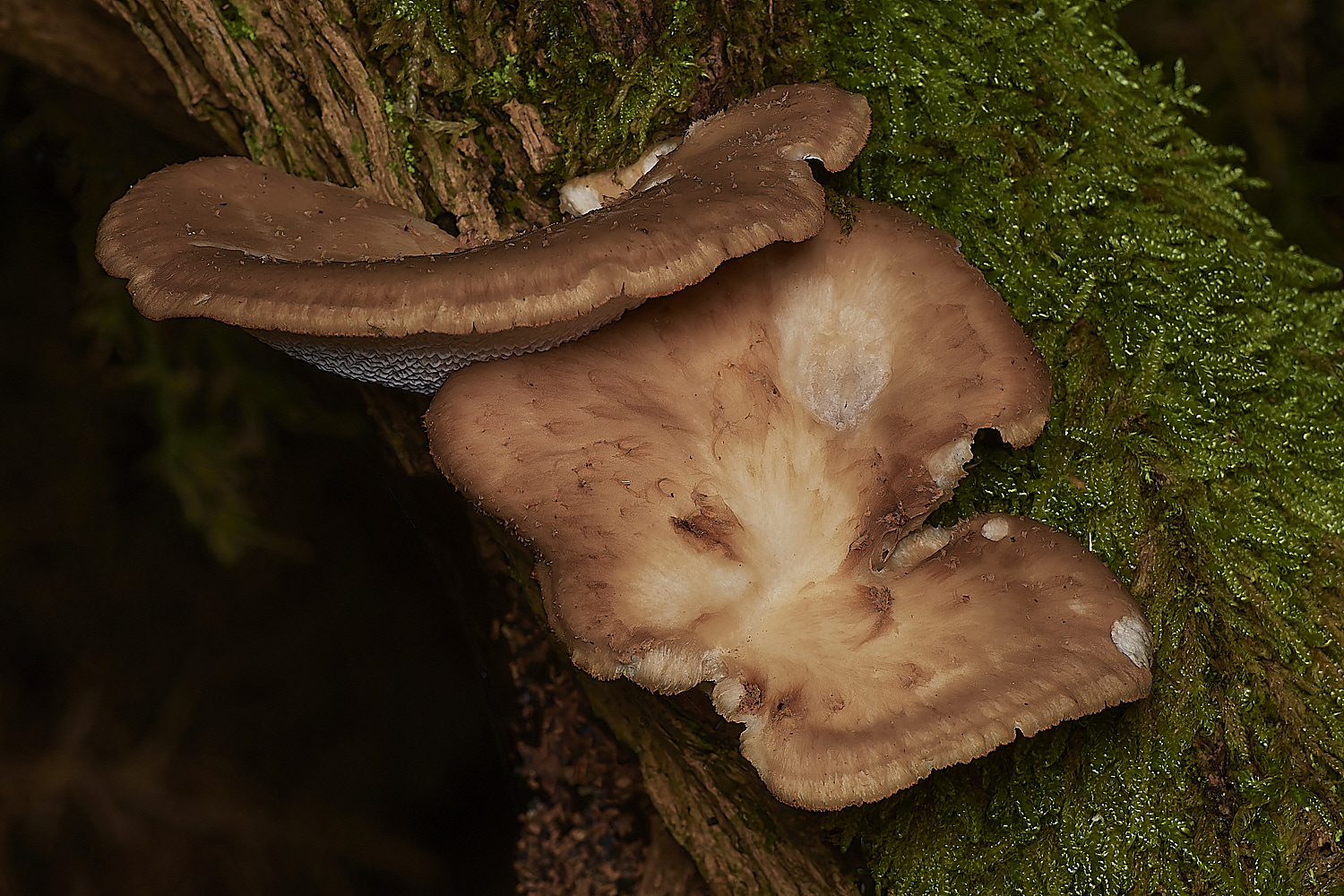
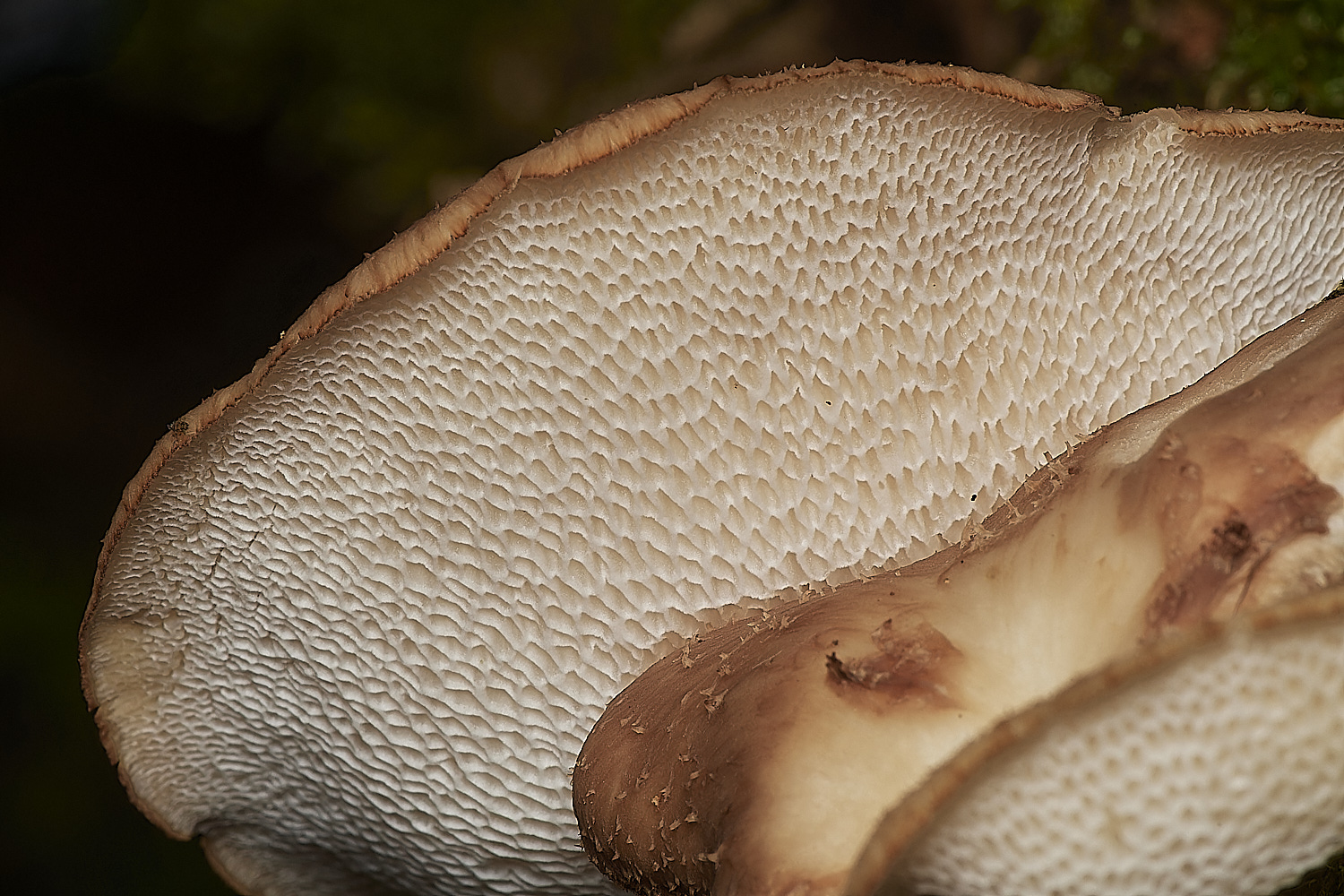
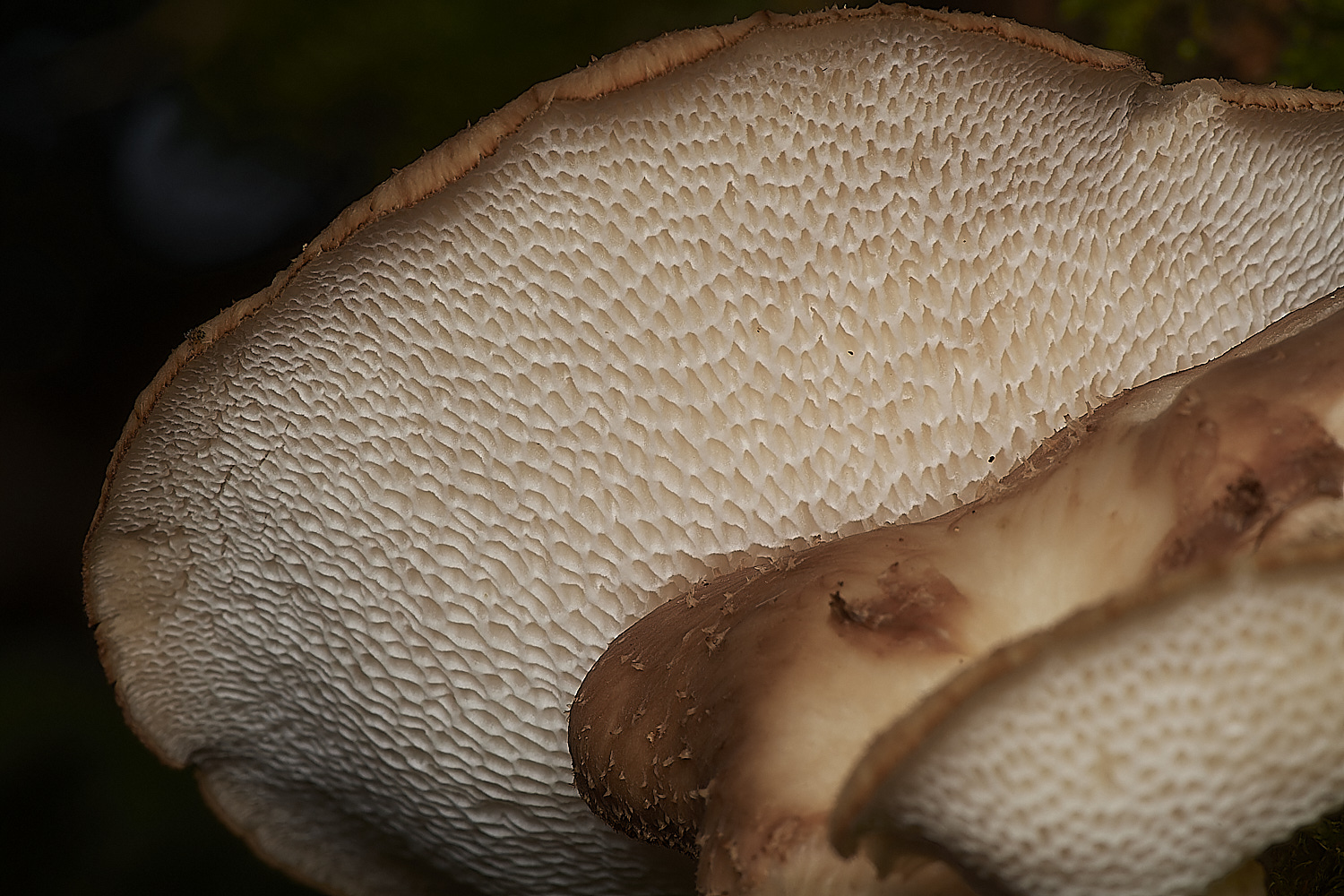
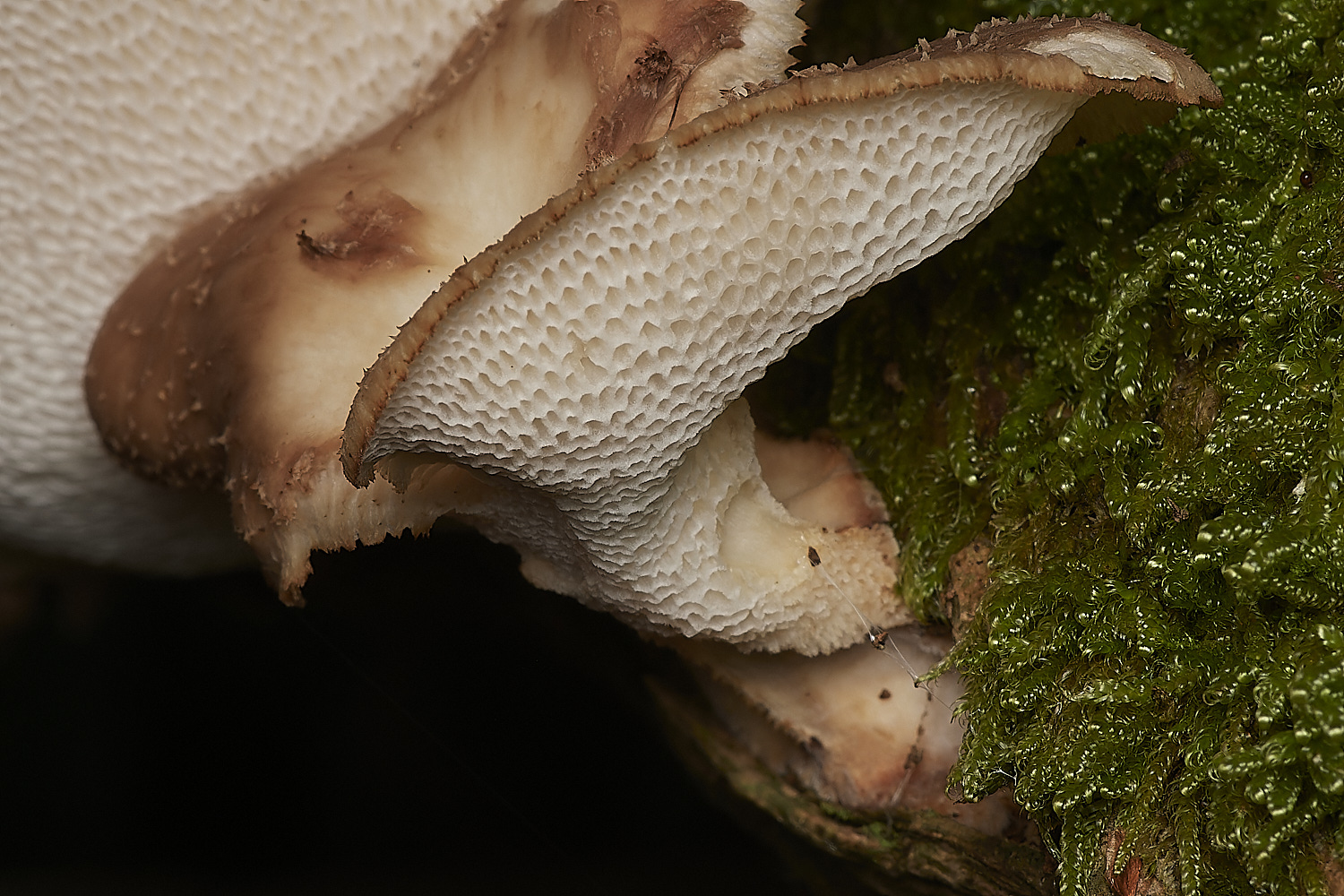
Tuberous Polypore (Polyporus tuberaster) ?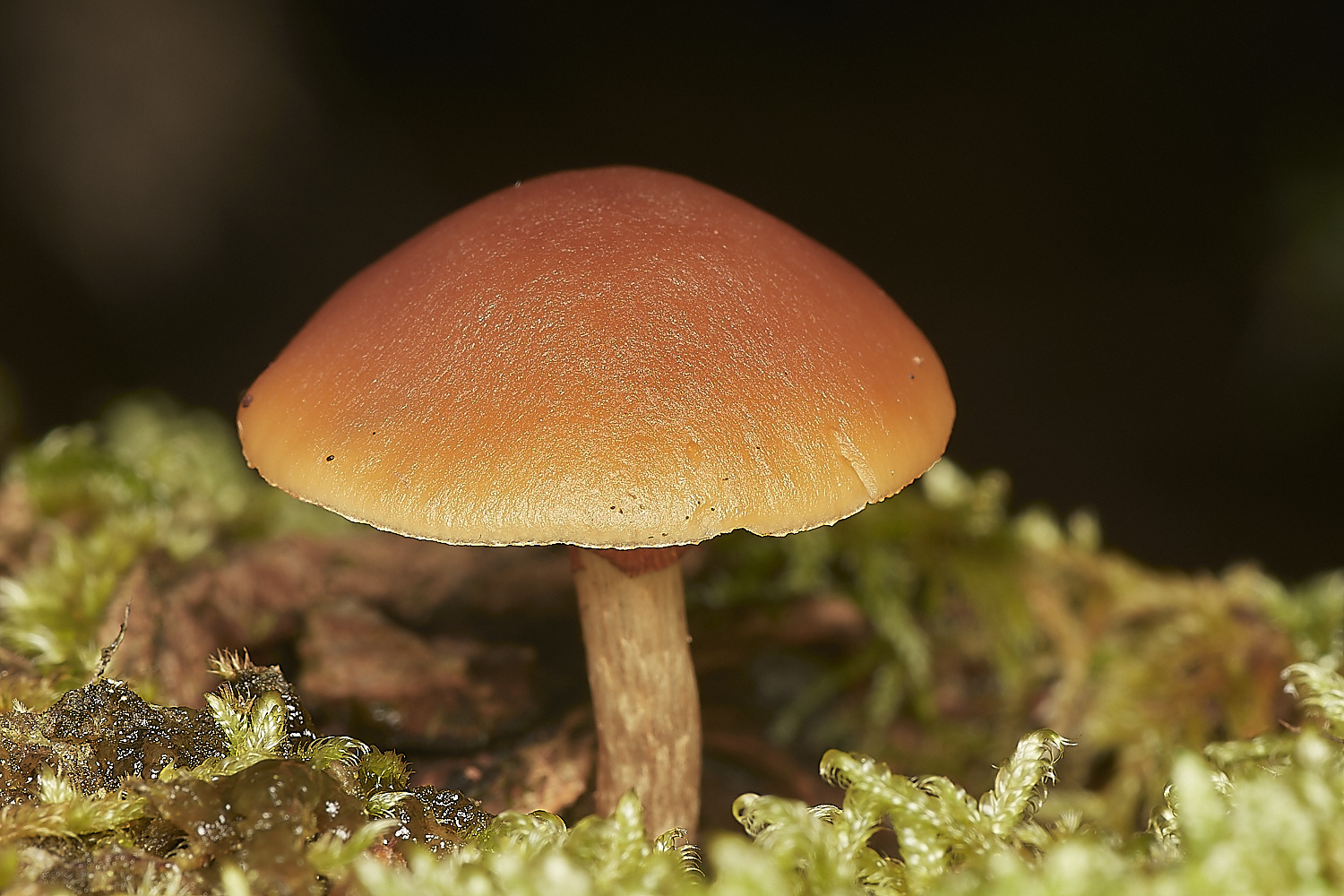
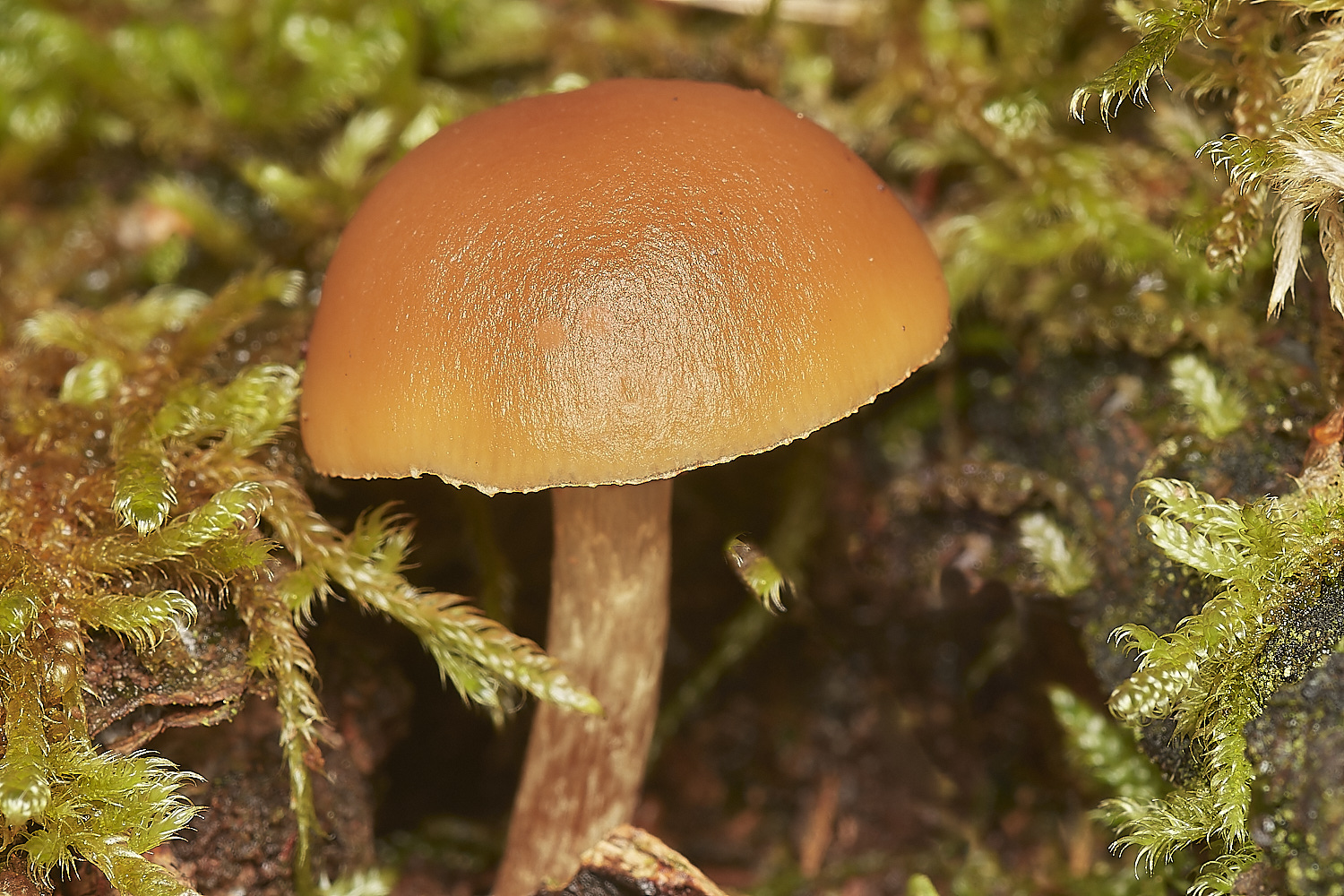
?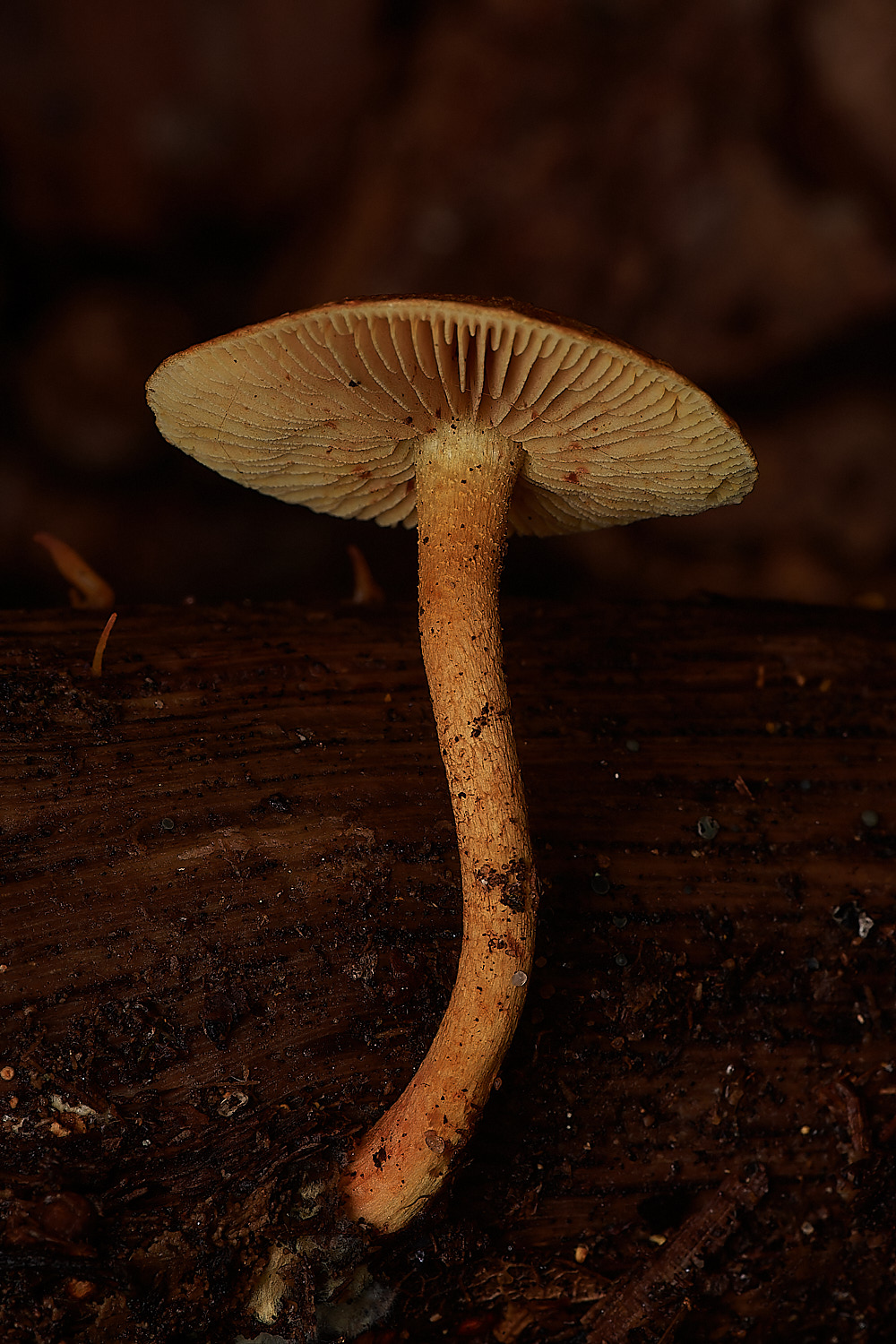
Common or Scaly Rustgill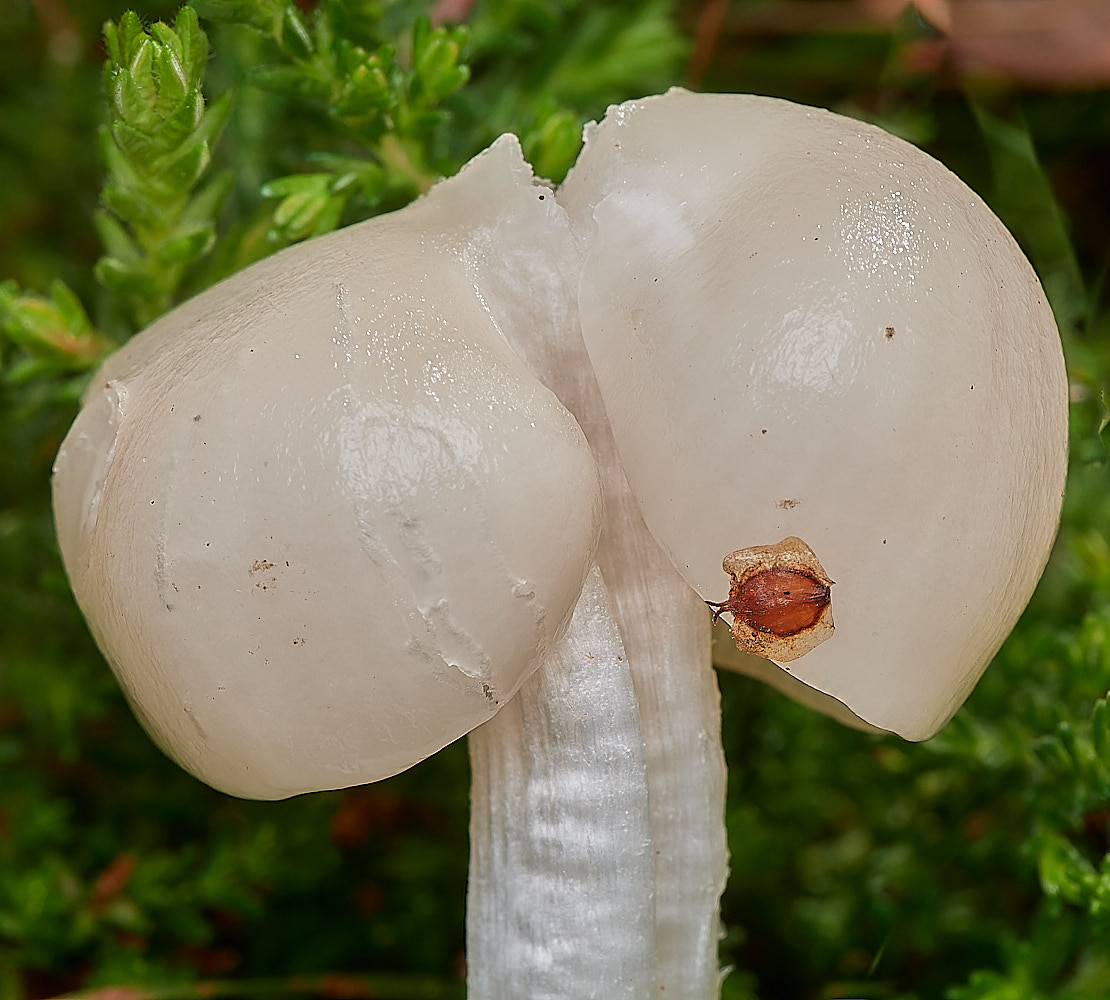
Snowy Waxcap (Cuphophyllus virgineus)
From
First Nature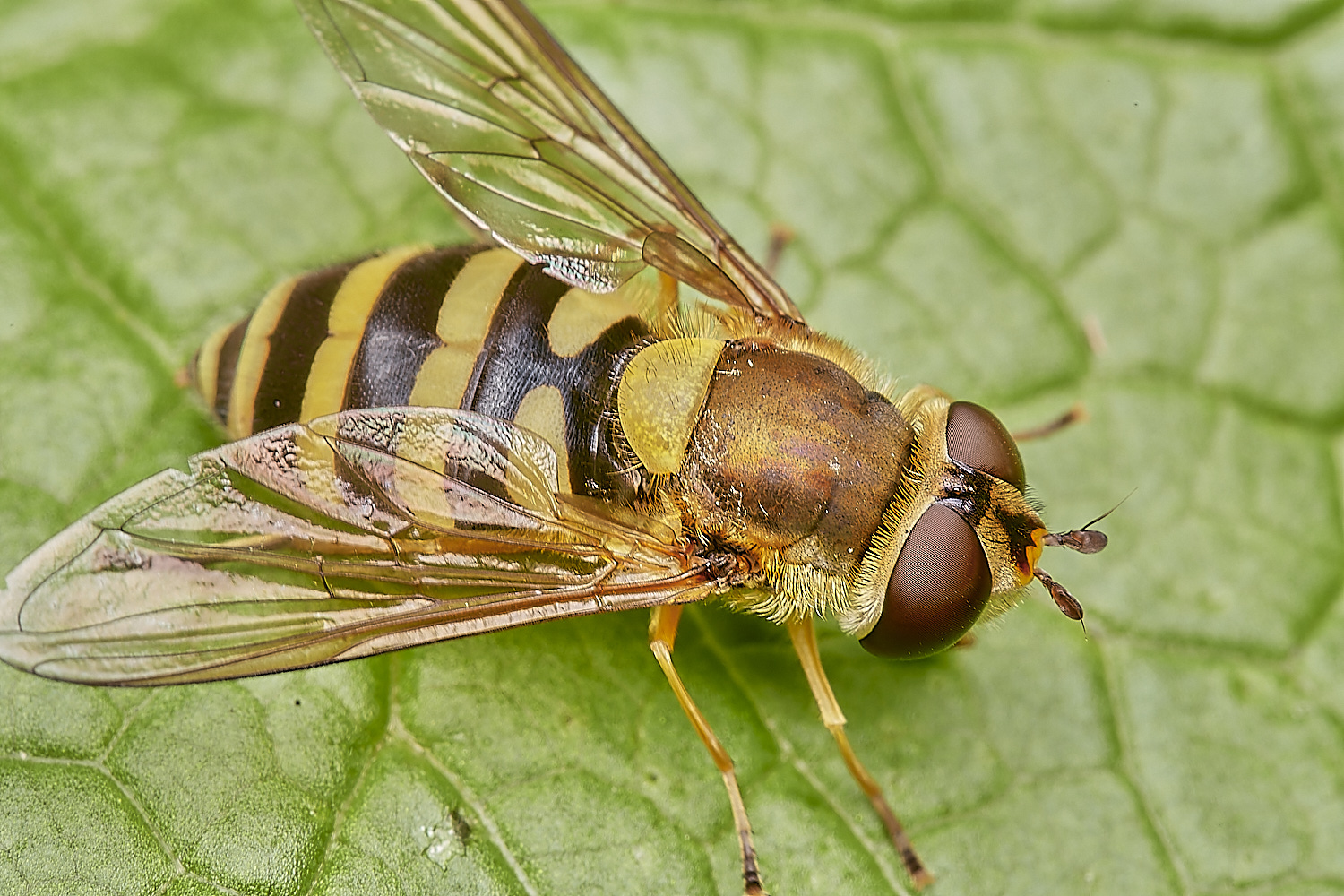
Syrphus Sp?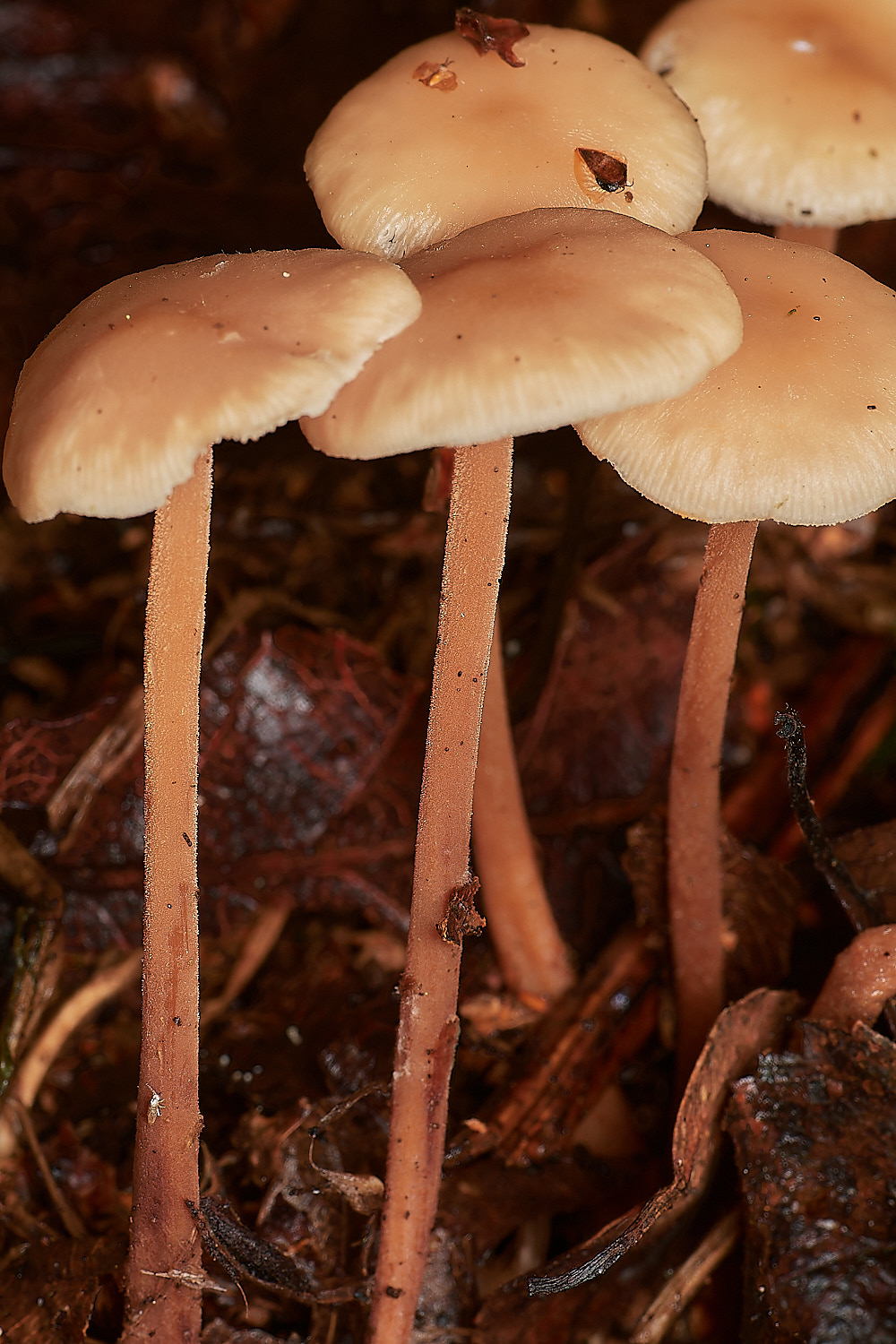
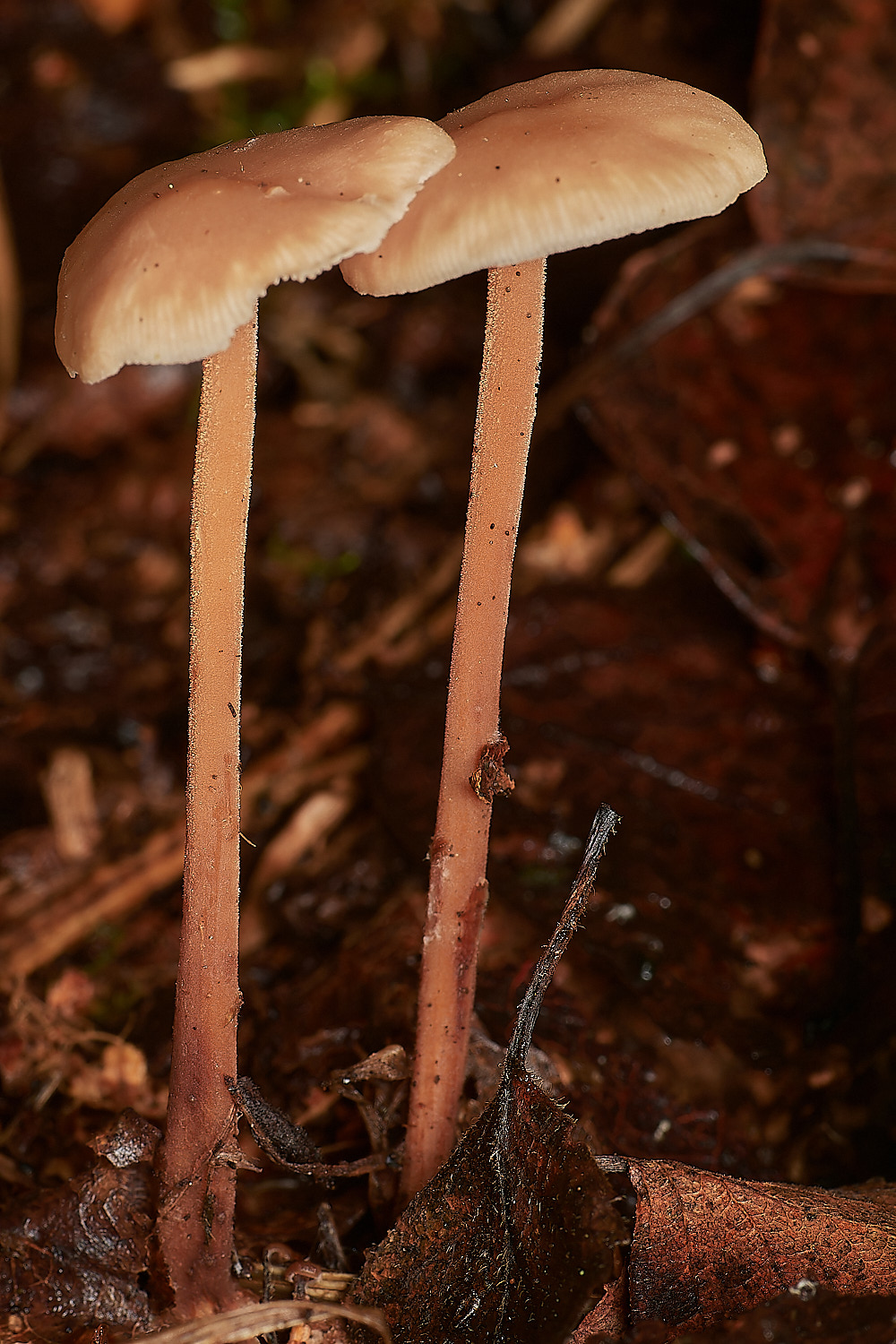
Redleg Toughshank (Gymnopus erythropus)?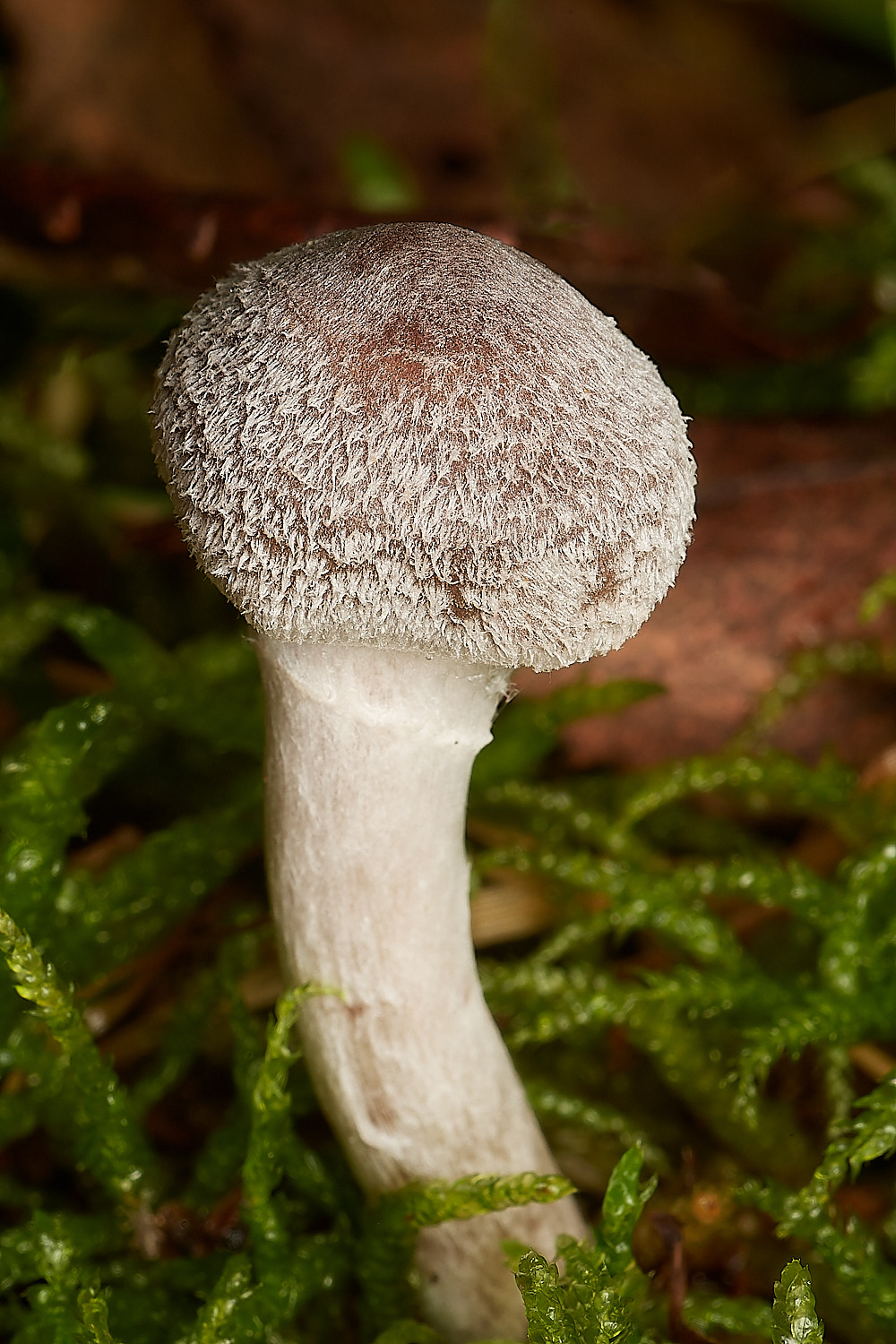
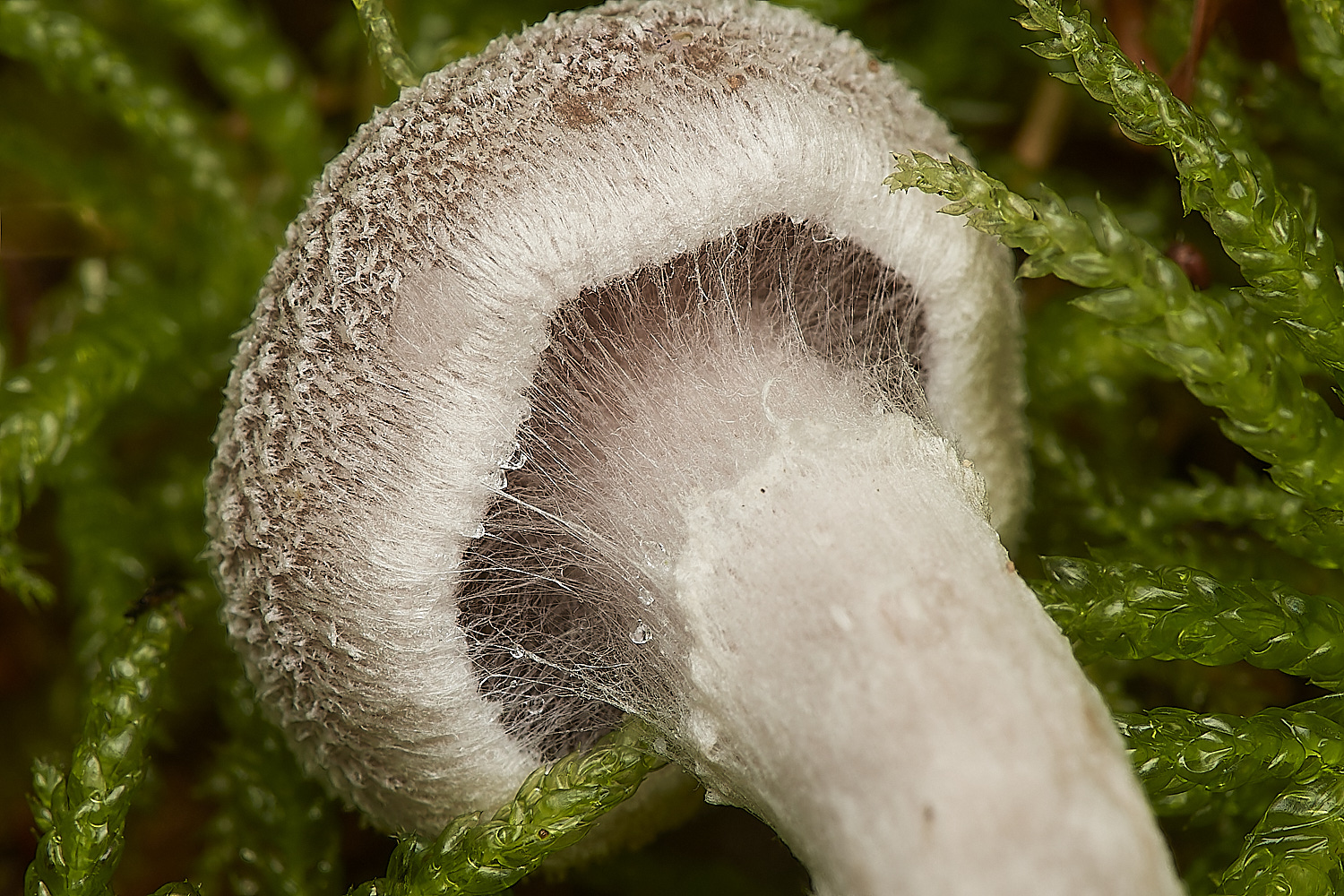
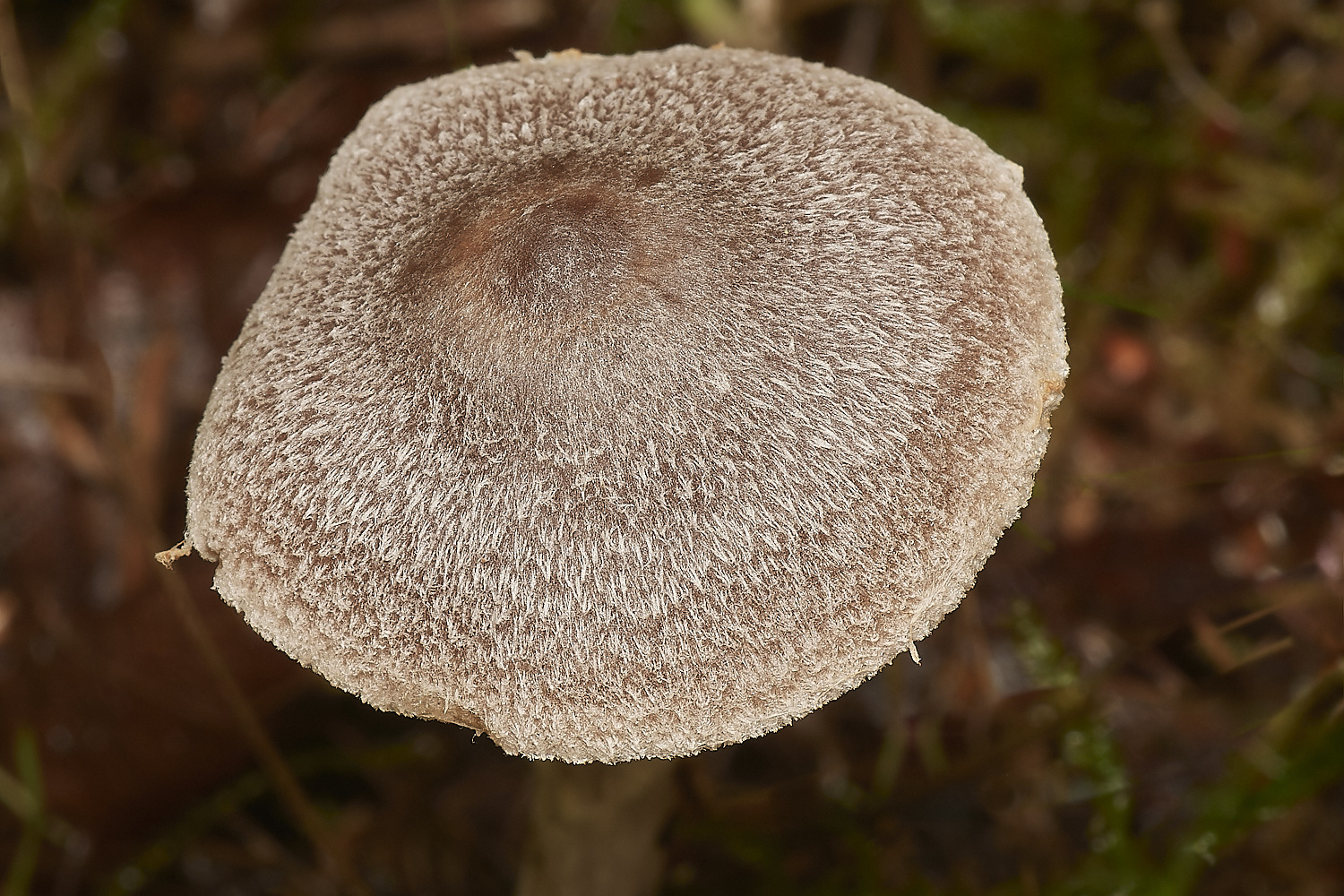
Frosted Webcap (Cortinarius hemitrichus)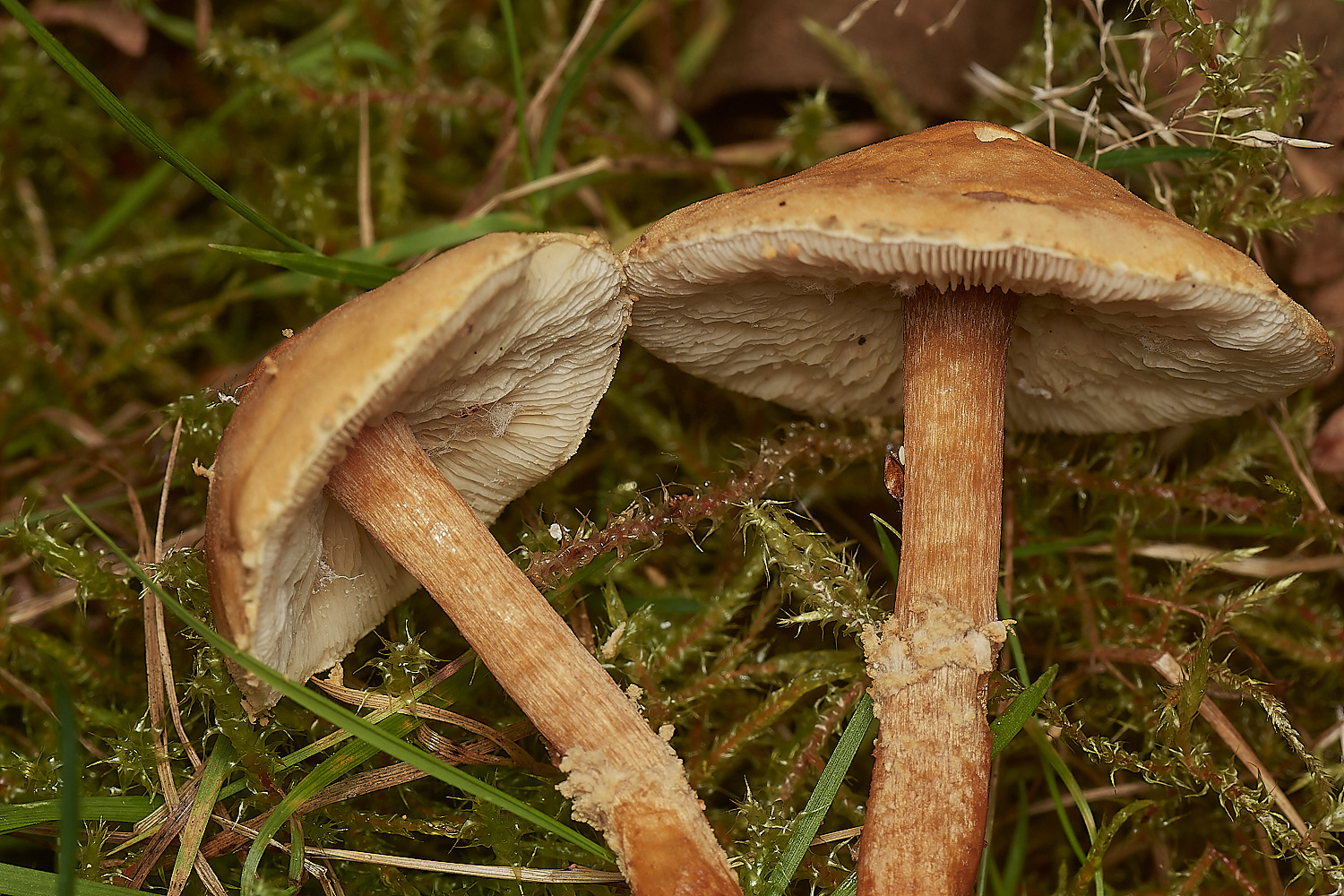
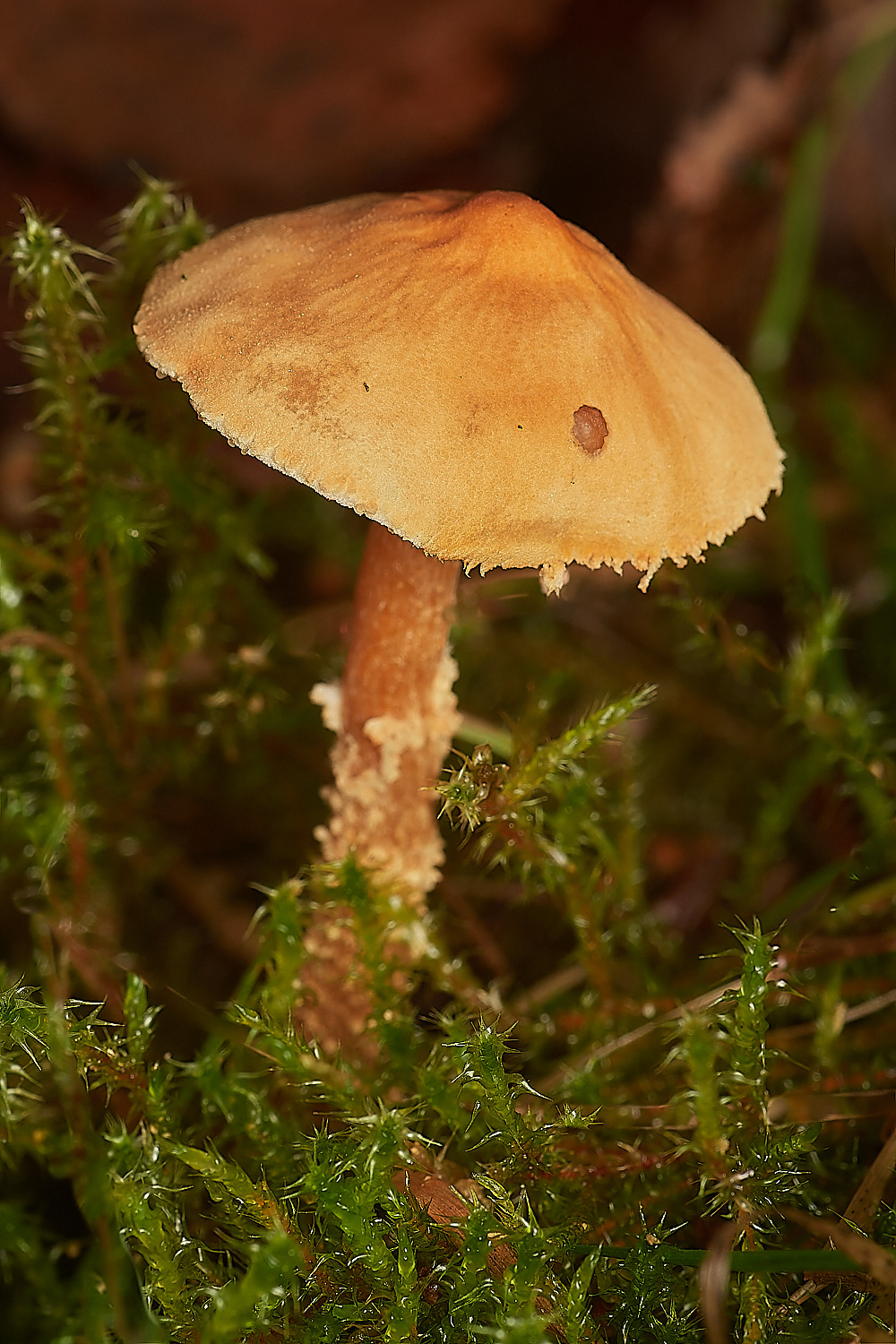
Powdery Earthcap (Cystoderma amianthum) ?
You can just about make out the granular texture of the cap's surface.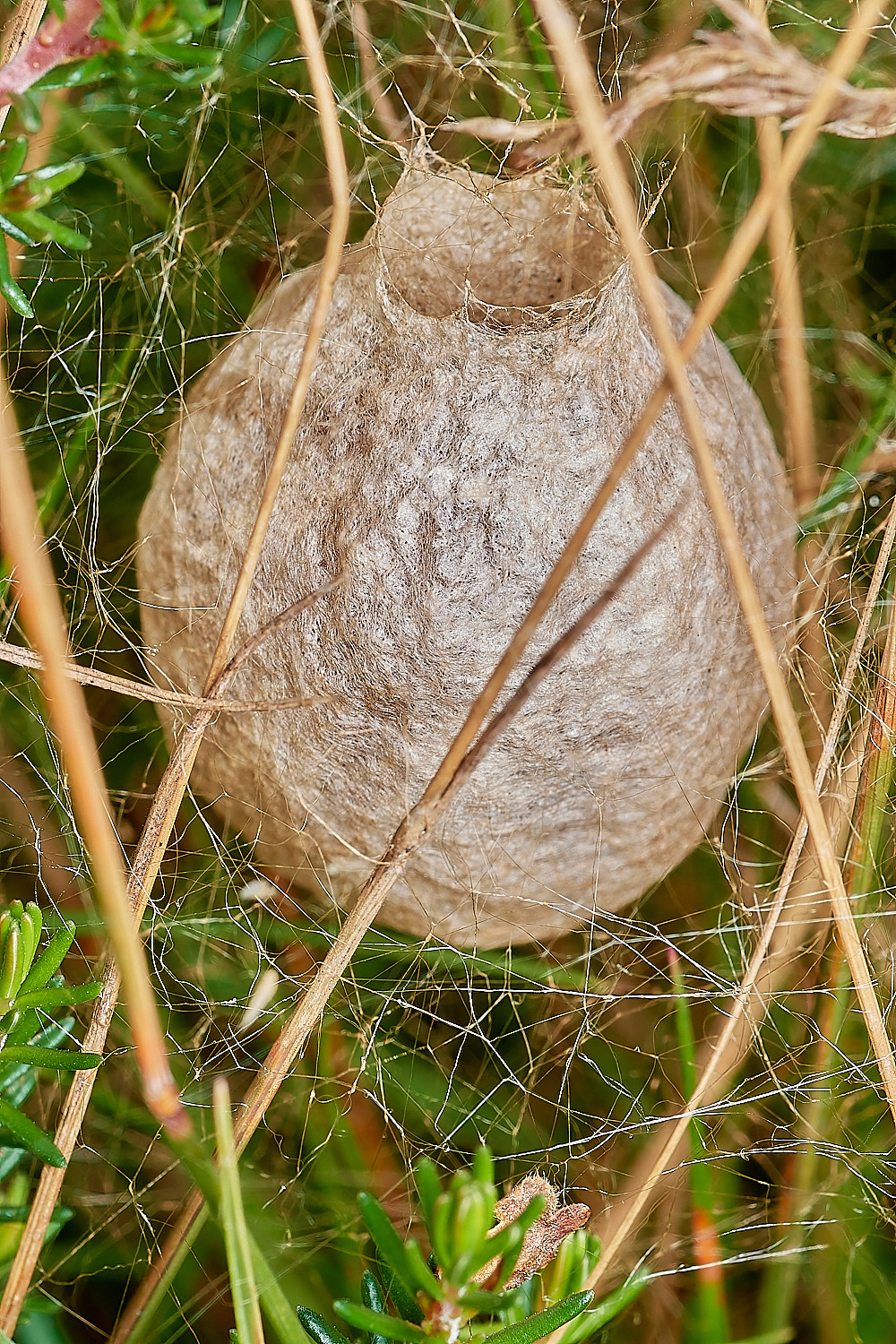
Wasp Spider (Argiope bruennichi) egg sac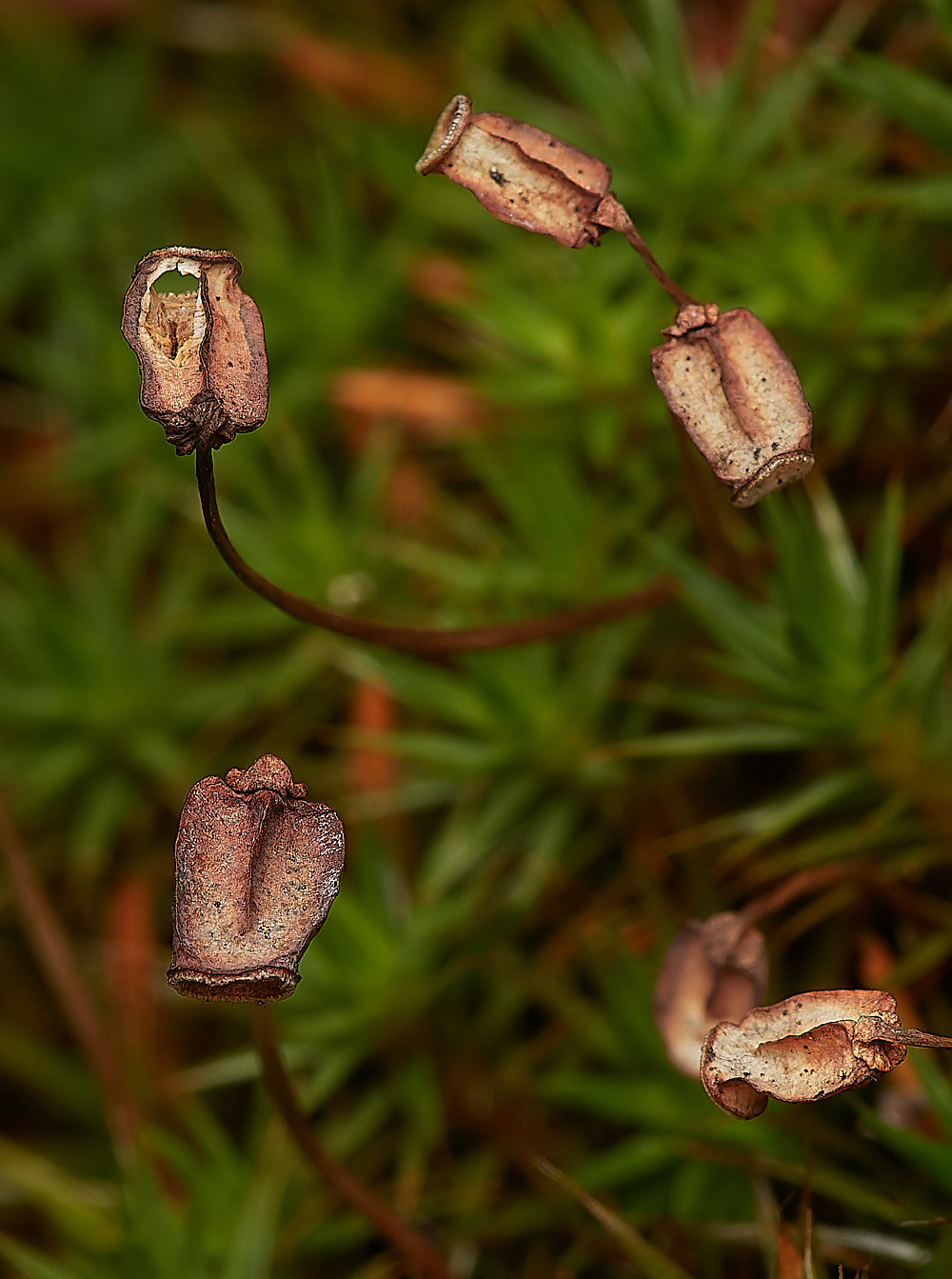
Common Haircap (Polytrichum commune)
Old capsules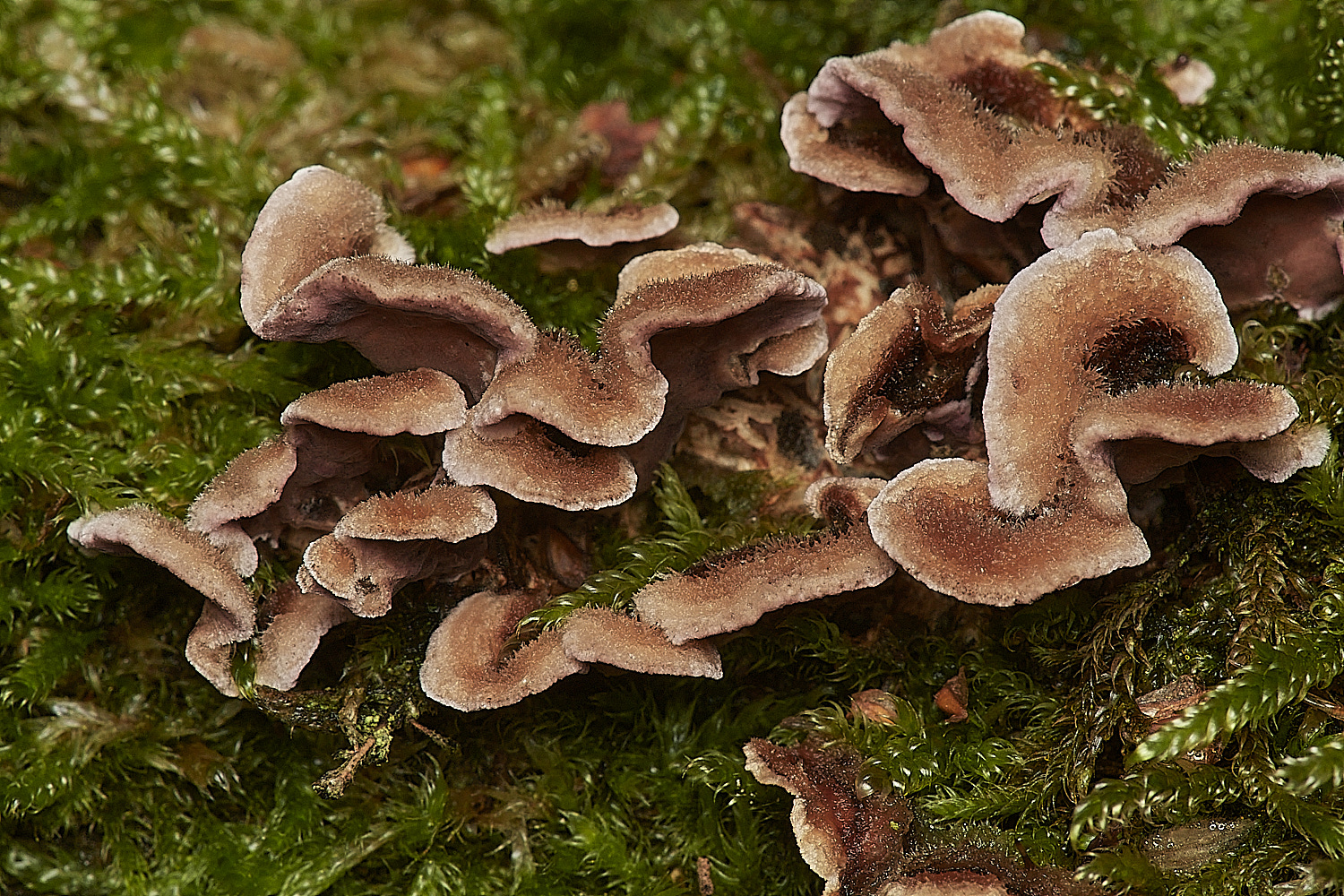
SIlverleaf (Chondrostereum pupureum)?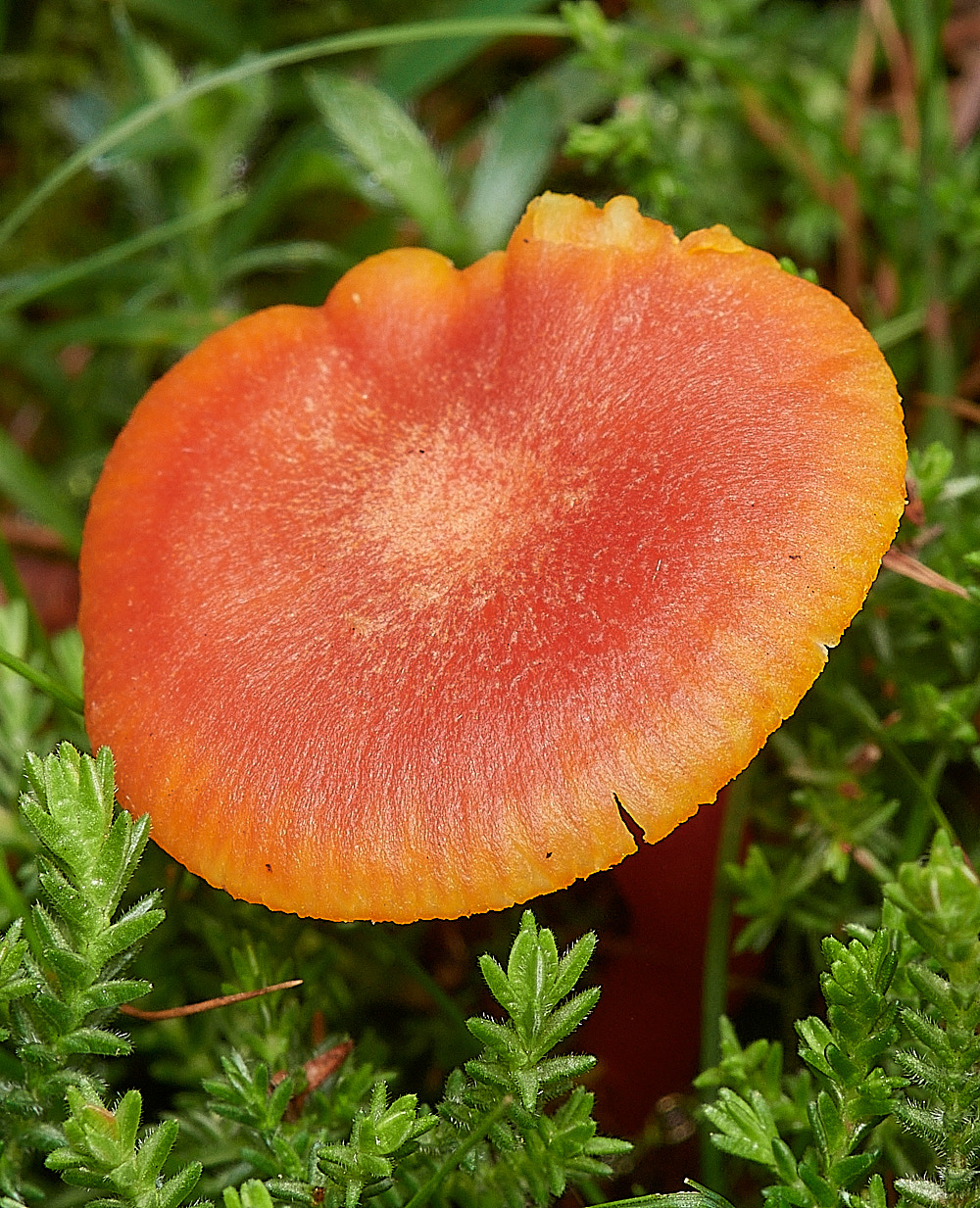
Orange Waxcap (Hygrocybe aurantiosplendens)?
Holt Country Park & Holt Lowes
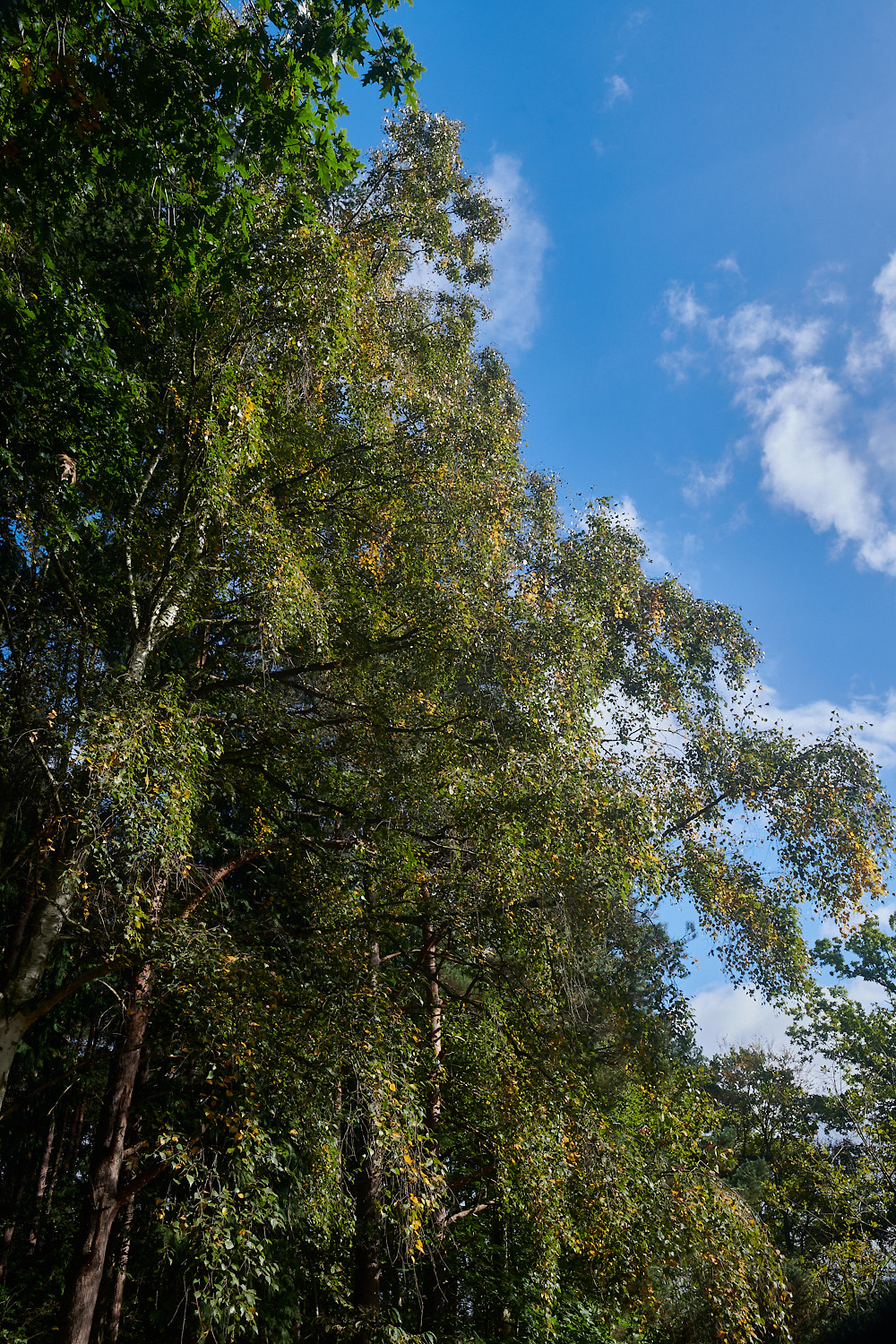
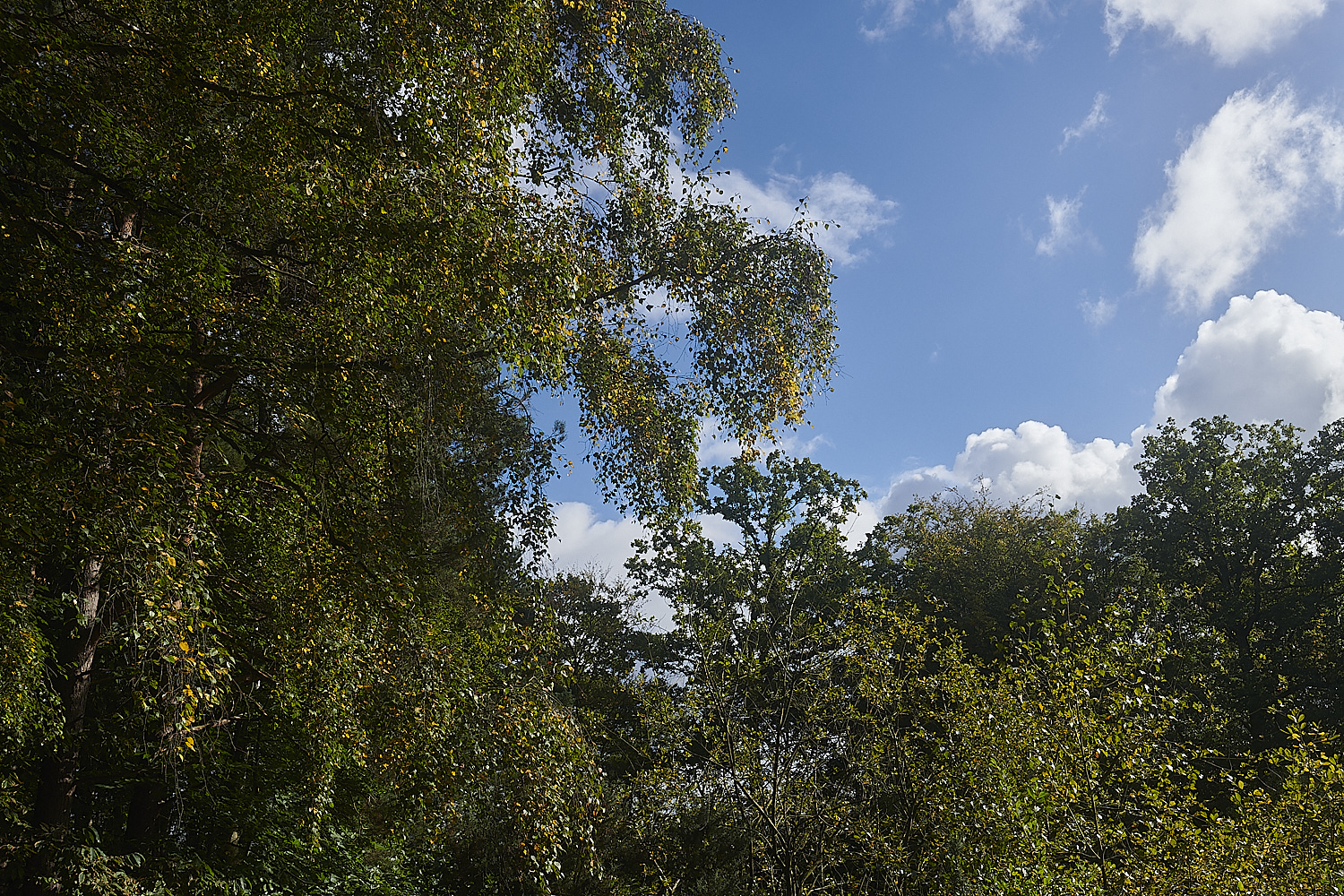
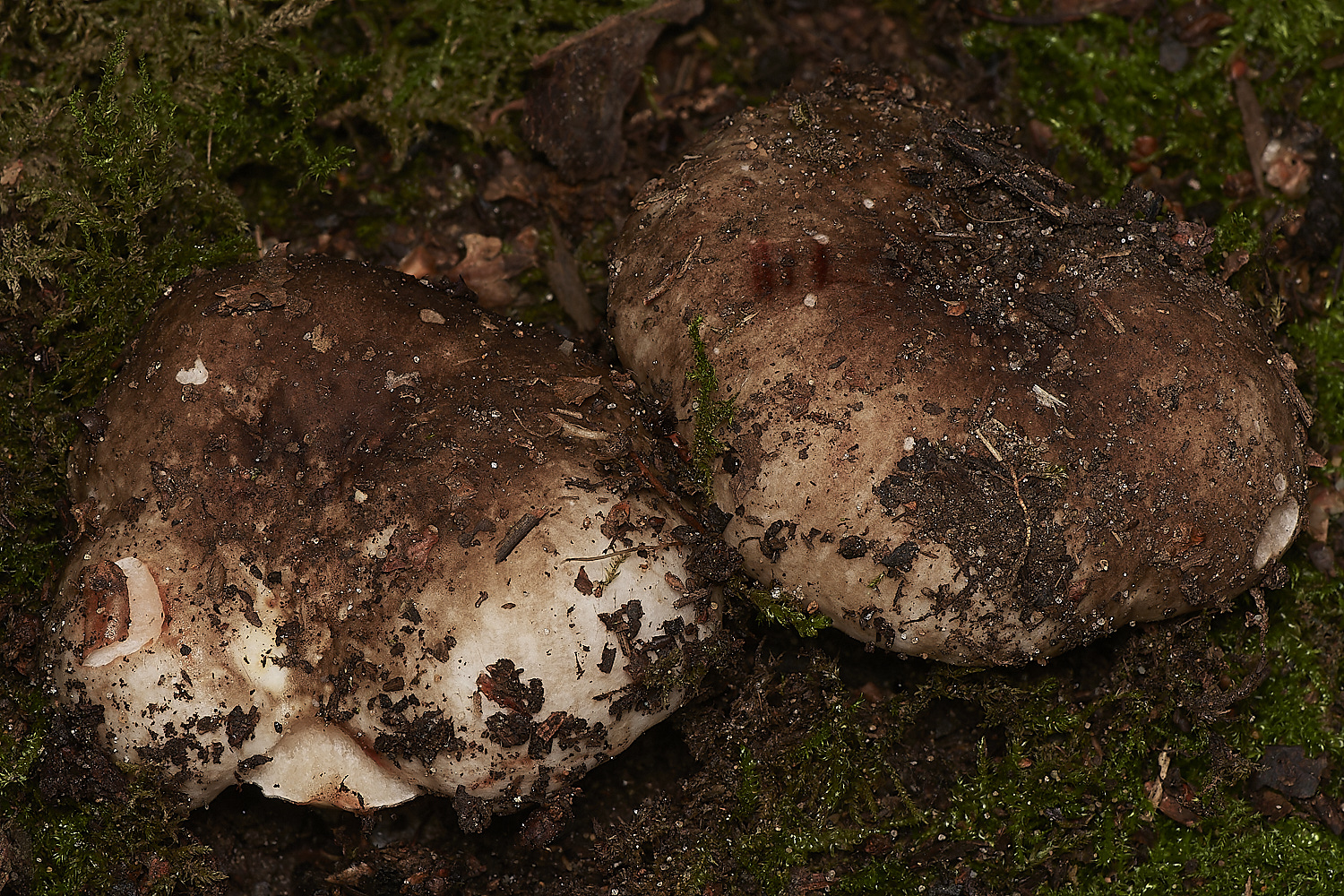
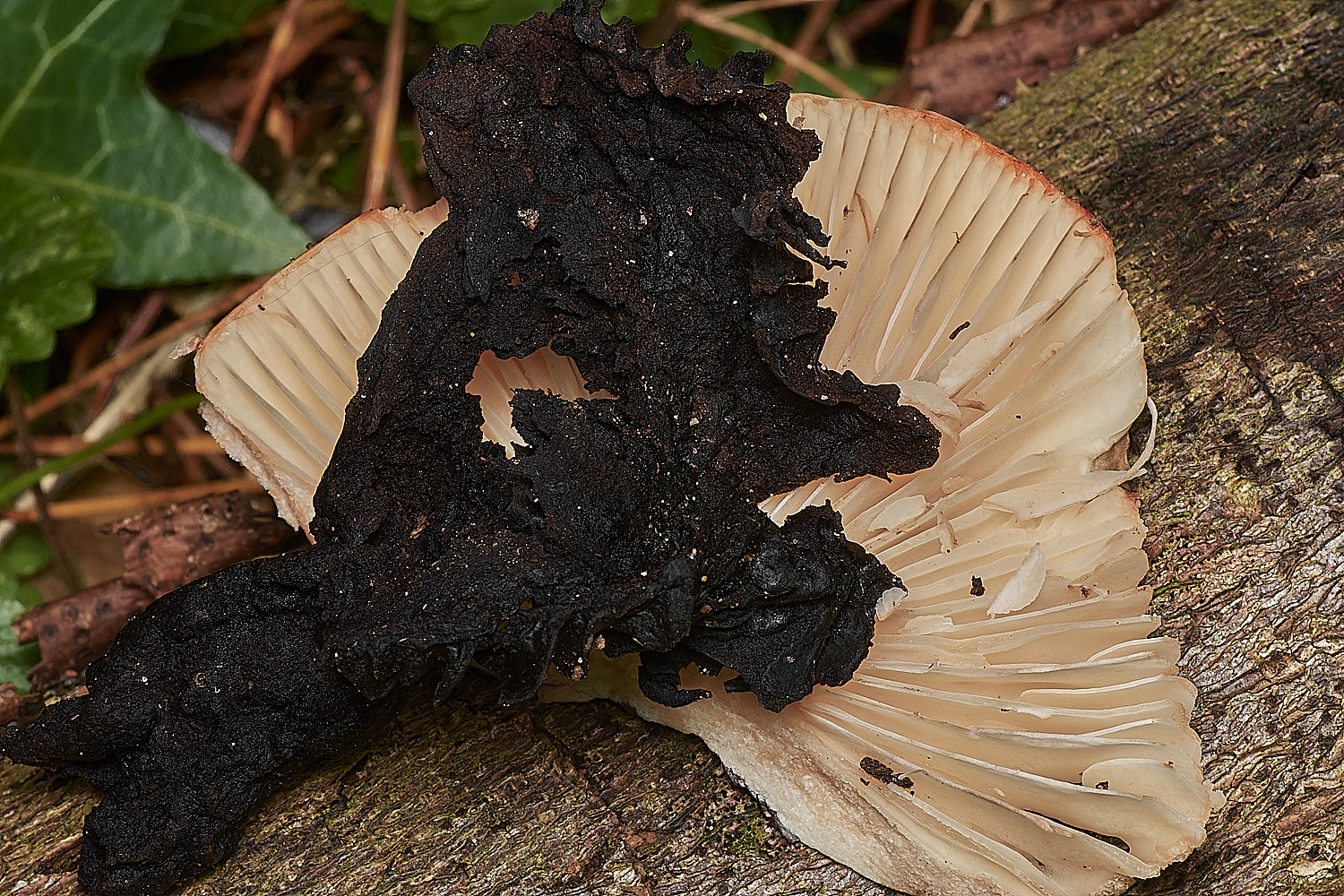
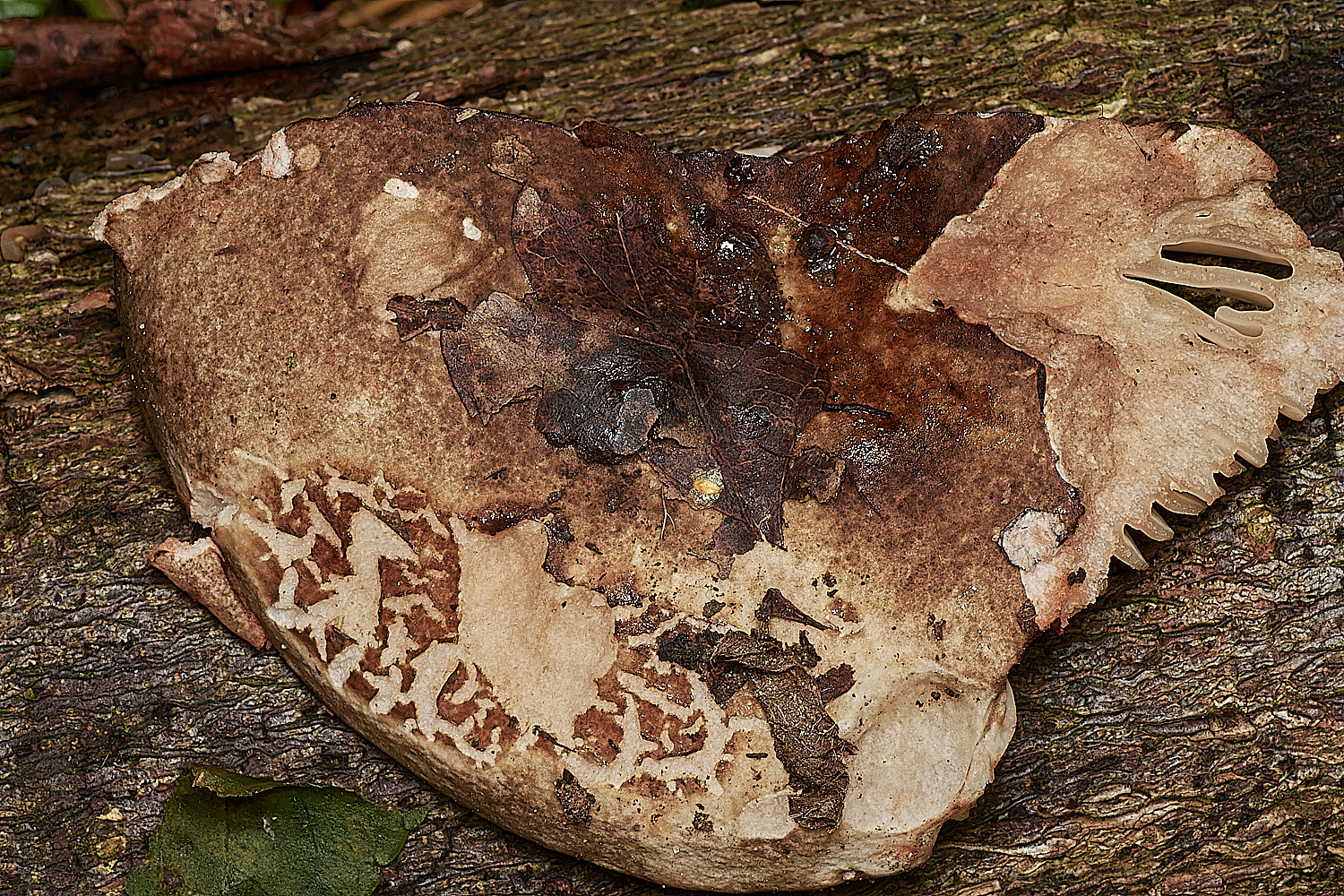
Blackening Brittlegill (Russula nigricans)
\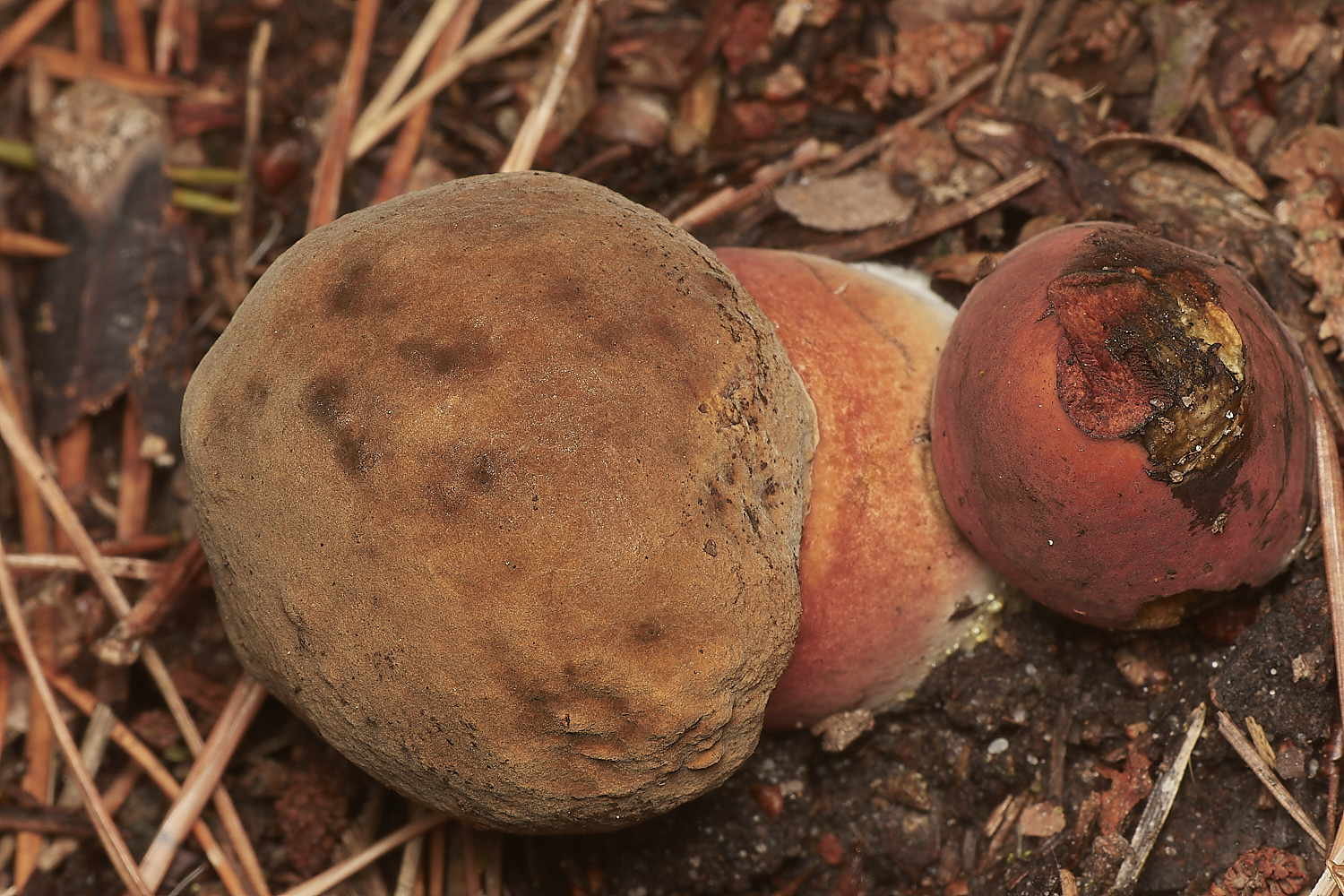
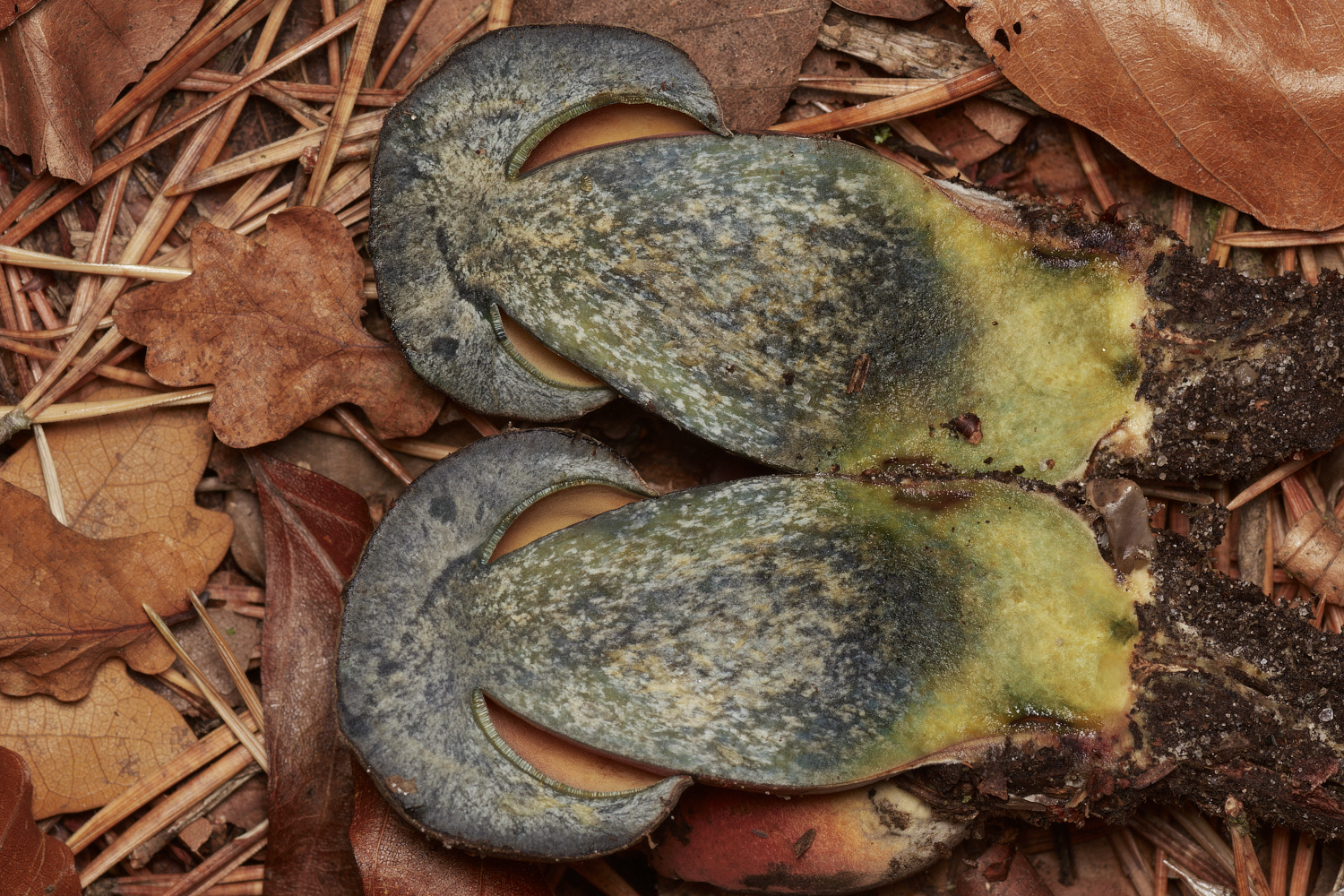
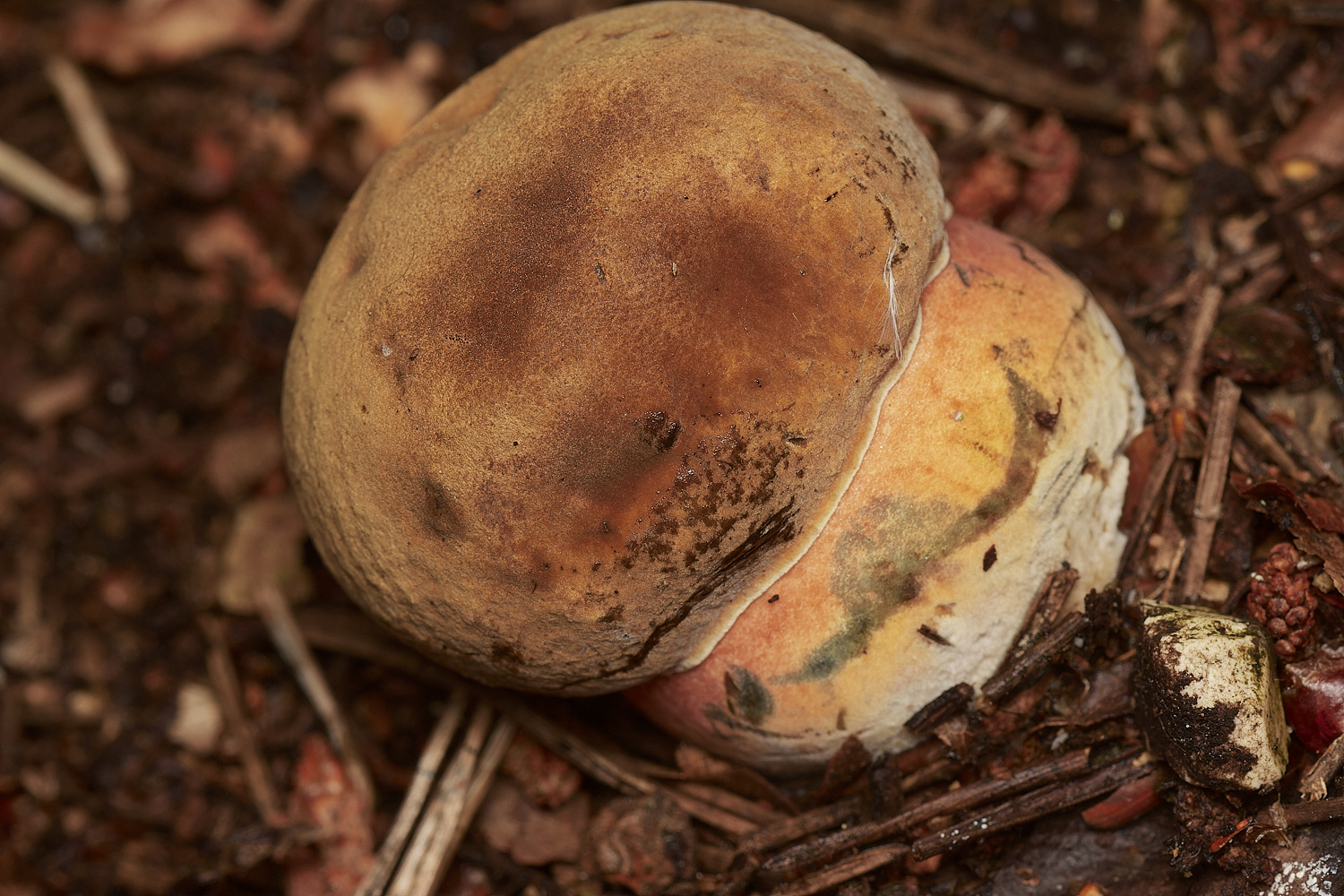
If anyone is reading this who is new to fungi this is where it's fascinating to see the development of an identification dependant on people's different knowledge and experience.
Inkstain Bolete (Cyanoboletus pulverulentus)
From Tony
Using Kibby ‘British Boletes with key to species’ everything fits except for a small discrepancy
with the stipe being only yellow right at the apex, reddish/pink for the rest, whereas yellow is
slightly more extensive in the description.) So probably best NOT to record it, just in case.
Tony L followed this up with
I will make a few more comments later but the bolete on the bank beyond the gate onto Holt Lowes was
B. luridiformis (formerly B. erythropus). B. pulverulentus is generally darker and more elongated and more
likely in woods. The finely punctate pattern on the stipe is fairly indicative of B. luridiformis although in the
small specimen we found these had barely separated. Also, the blue staining is usually a darker blue.
And the final confirmation? Geoffrey Kibby, who was with us when we saw it, said it was B. luridiformis!
to which tony replied
Thanks for your comments Tony (L). The total lack of red dots on the stipe had me going down the wrong path
but I always thought at the back of my mind that the specimen was perhaps a little young.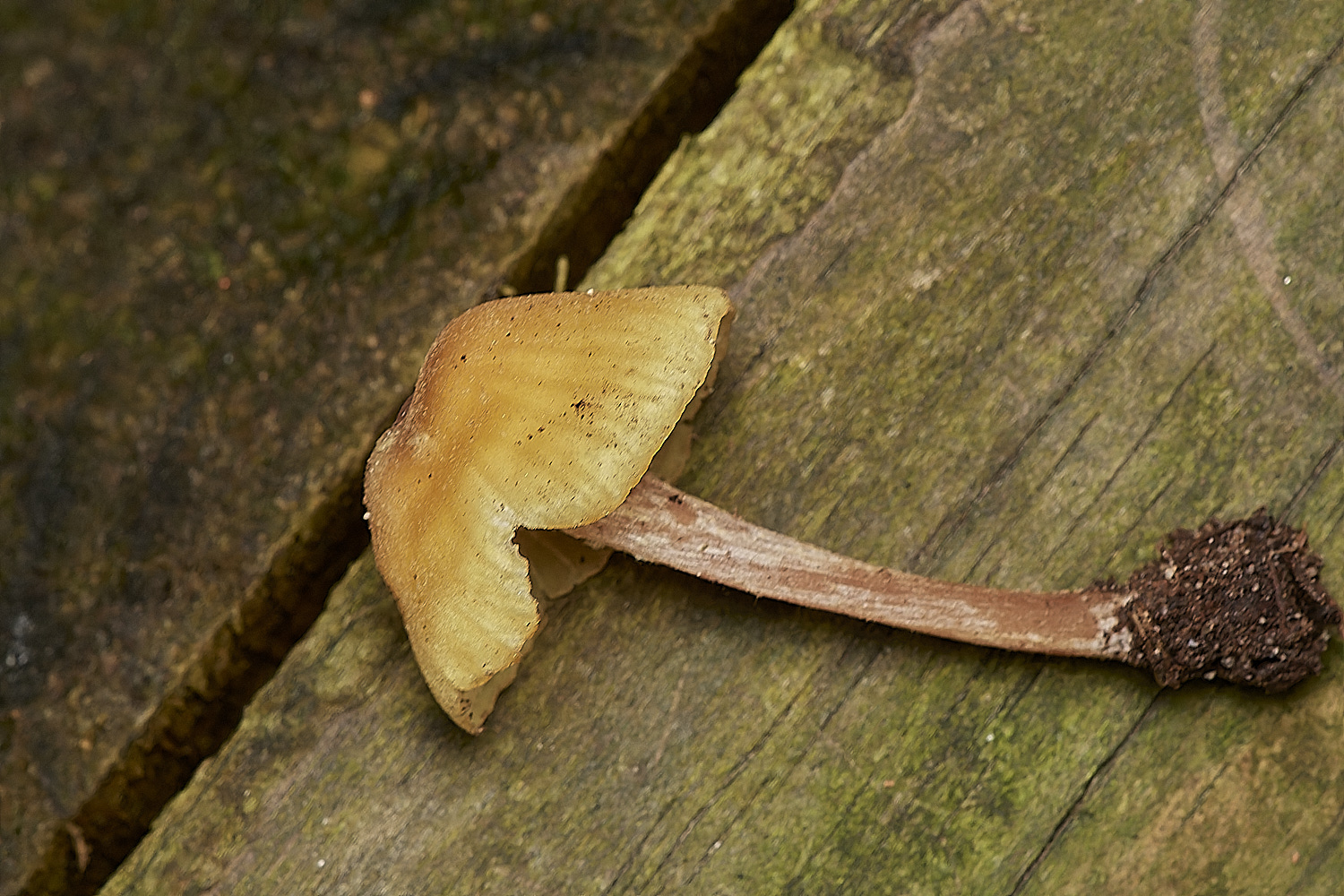
Bubble Gum Fungus - Aromatic Pinkgill (Entoloma pleopodium)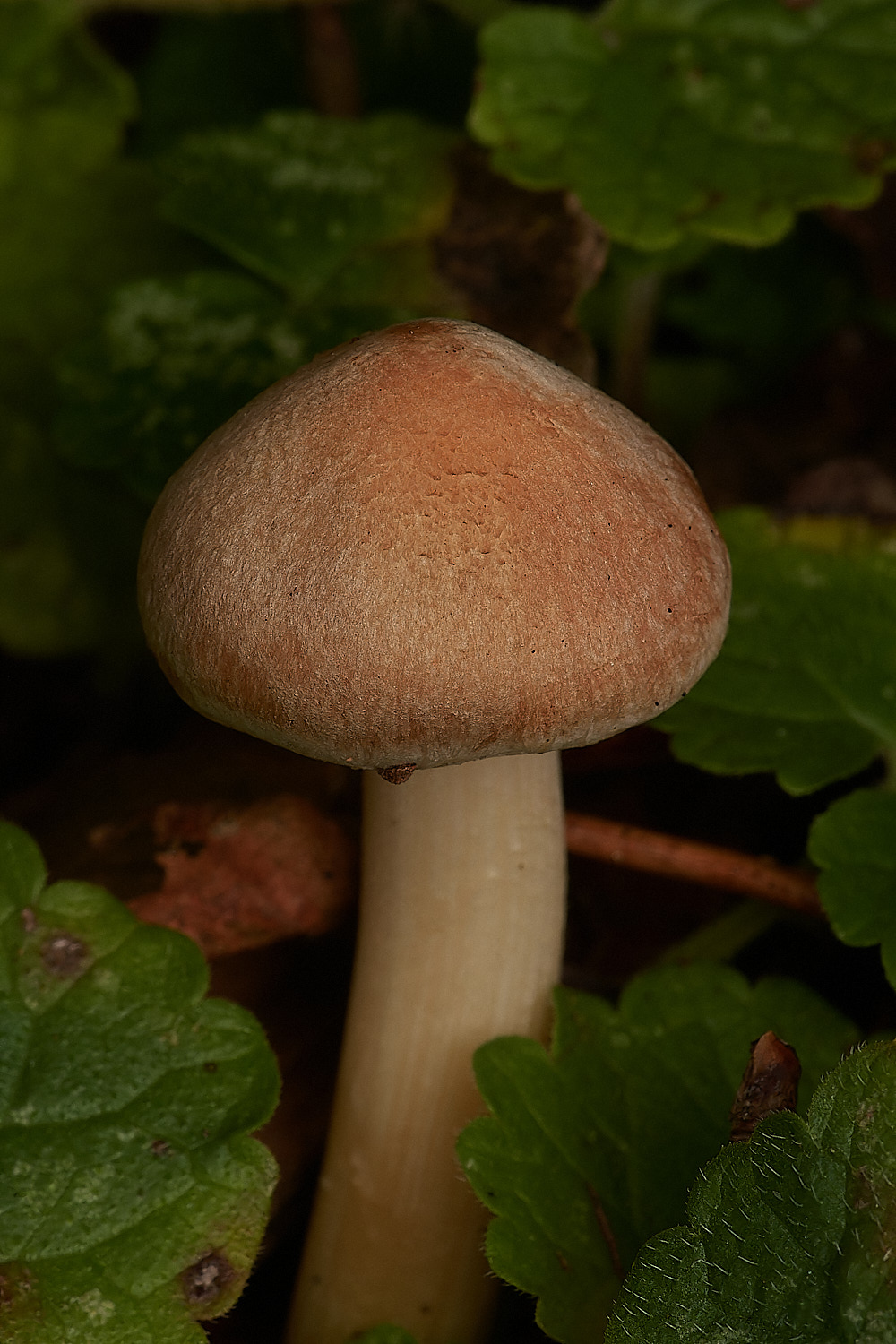
Beige Fibrecap (Inocybe sindonia)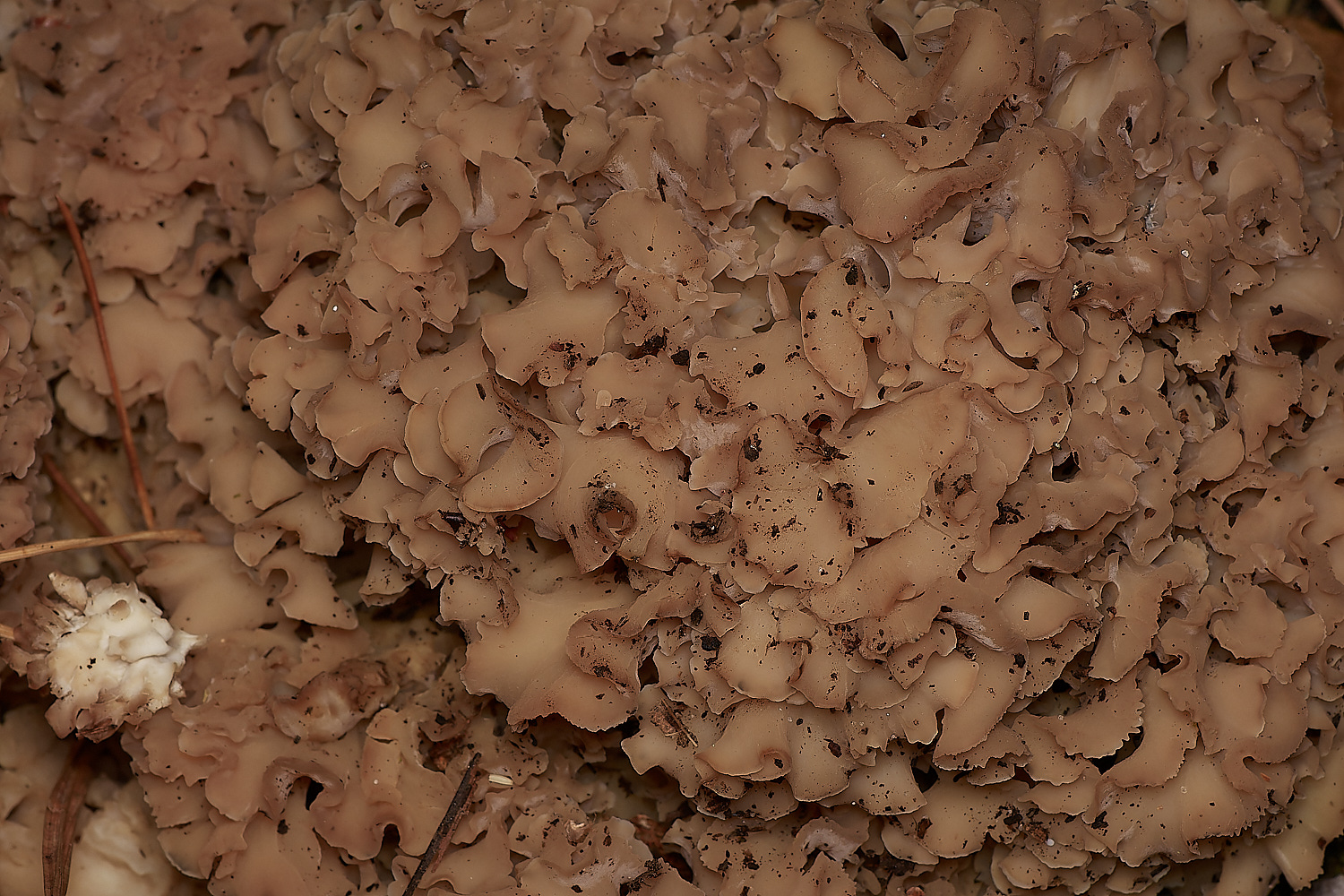
Cauliflower Fungus (Sparassis crispa)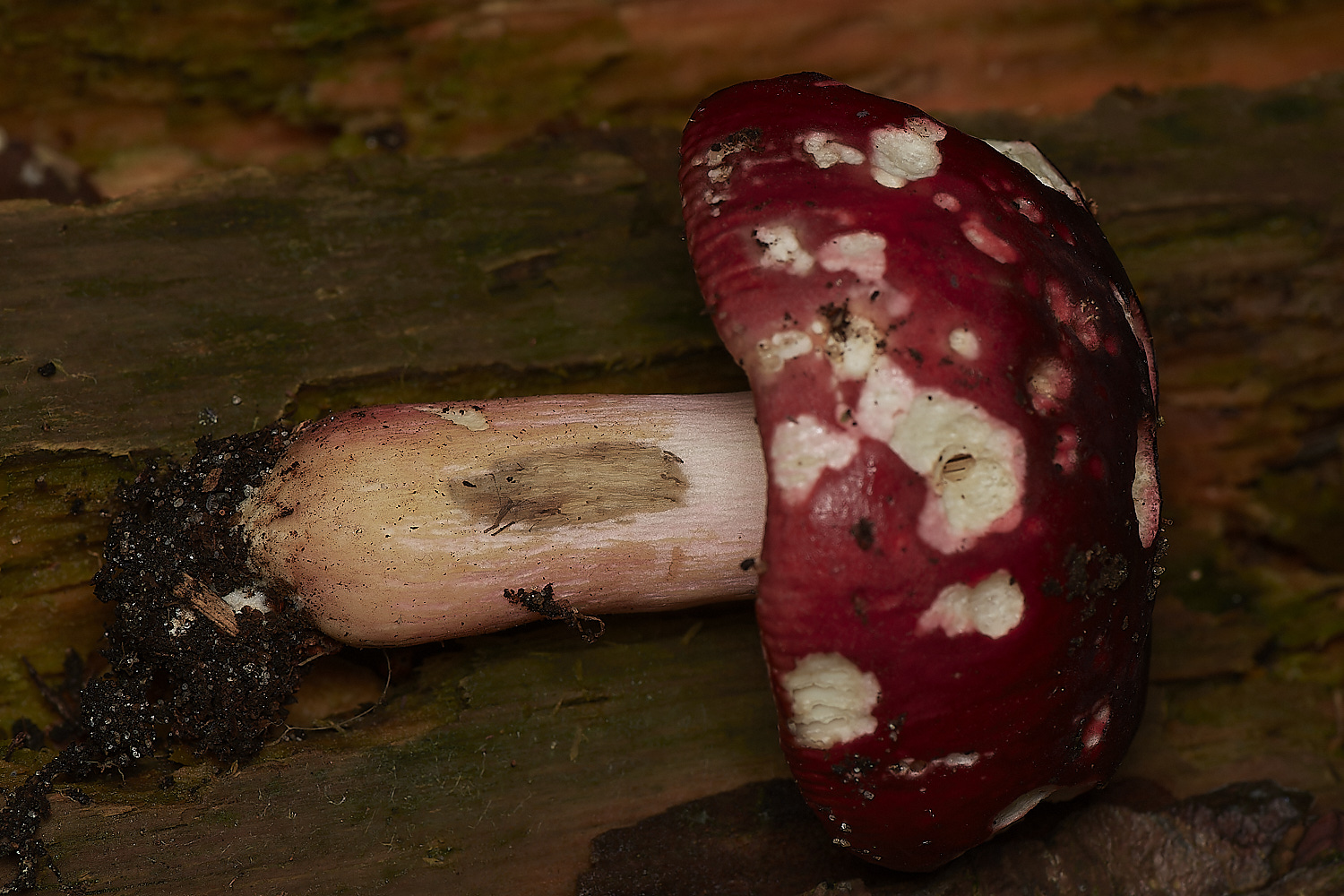
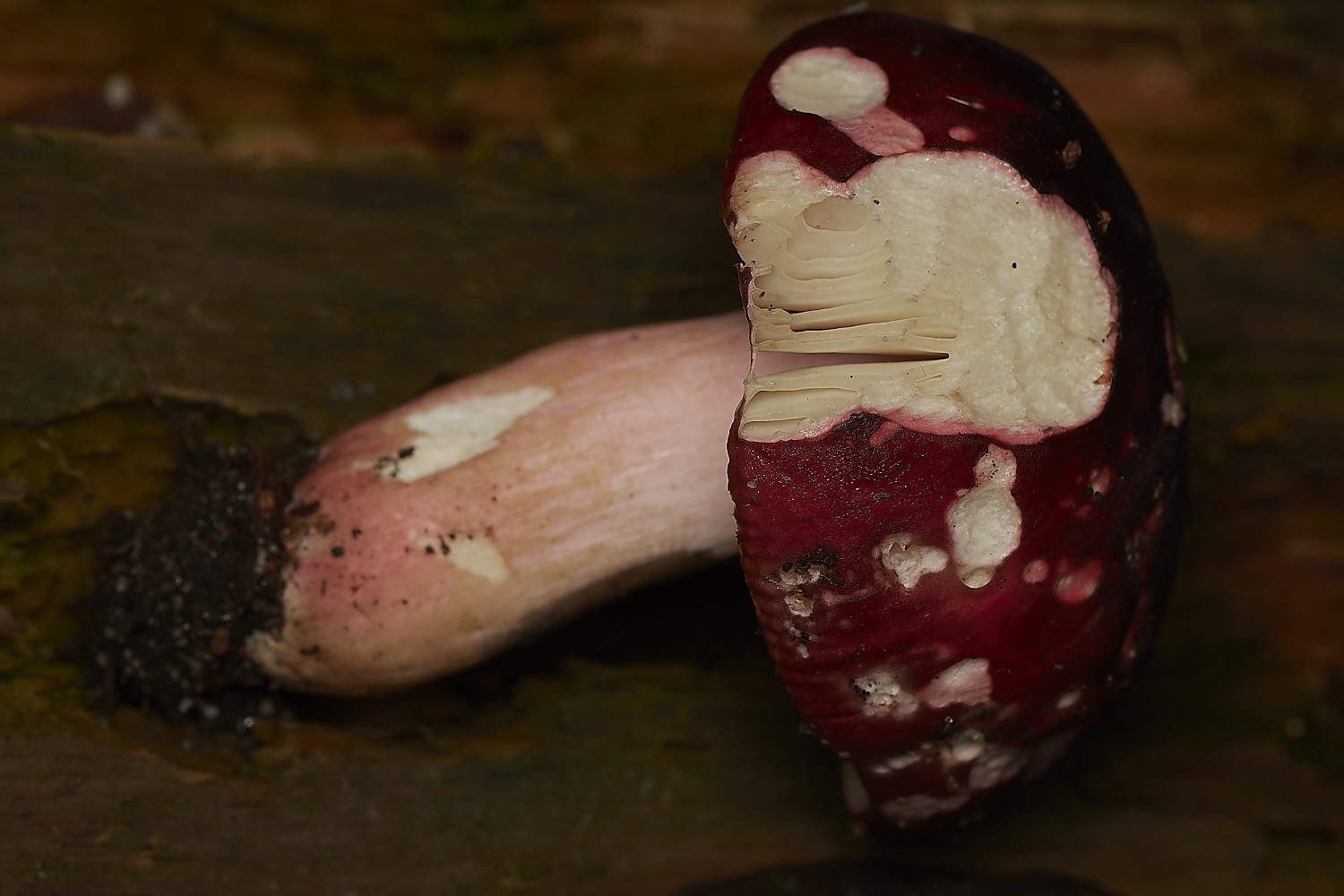
Crab Brittlegill (Russula xerampelina)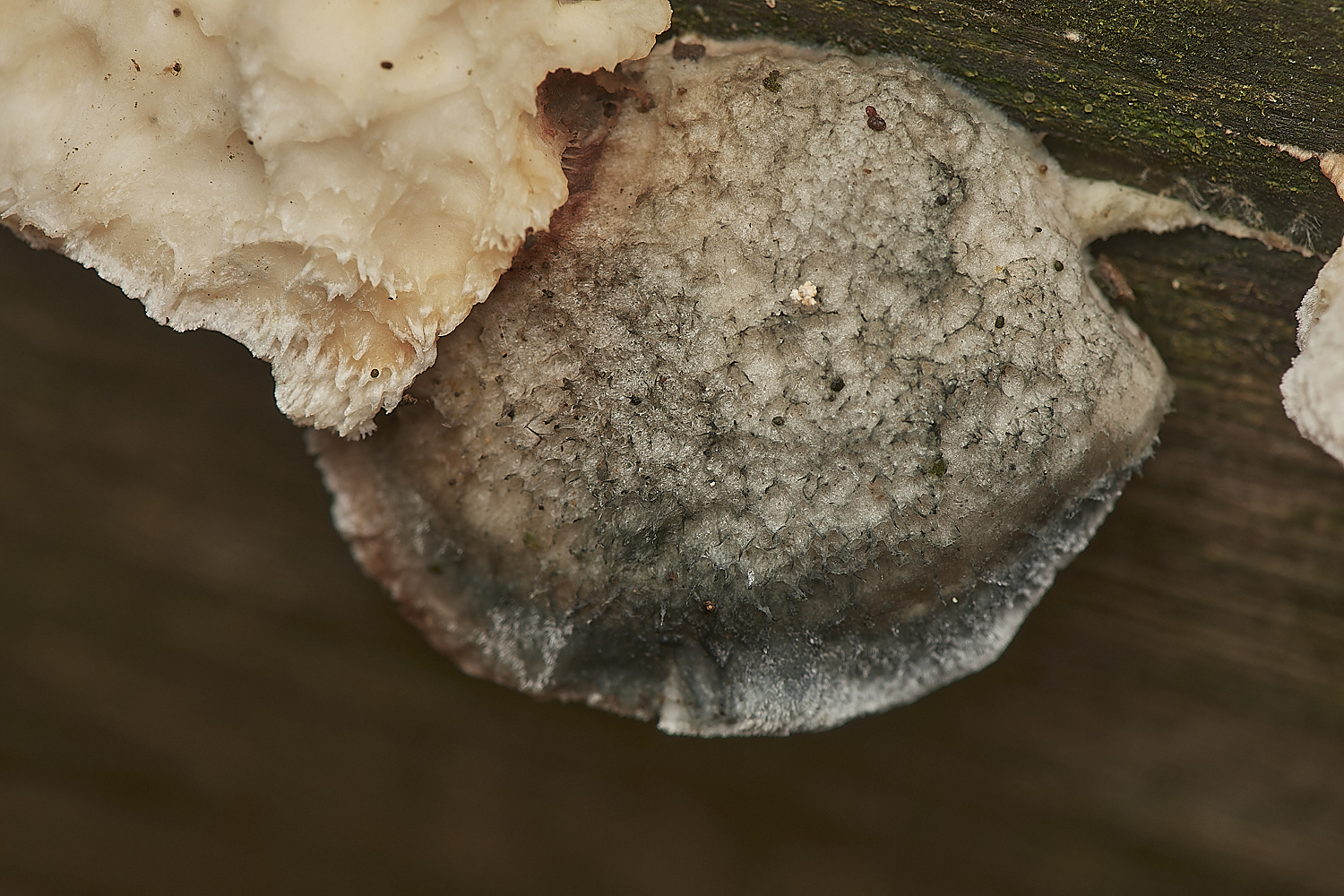
Conifer Blueing Bracket (Postea caesia)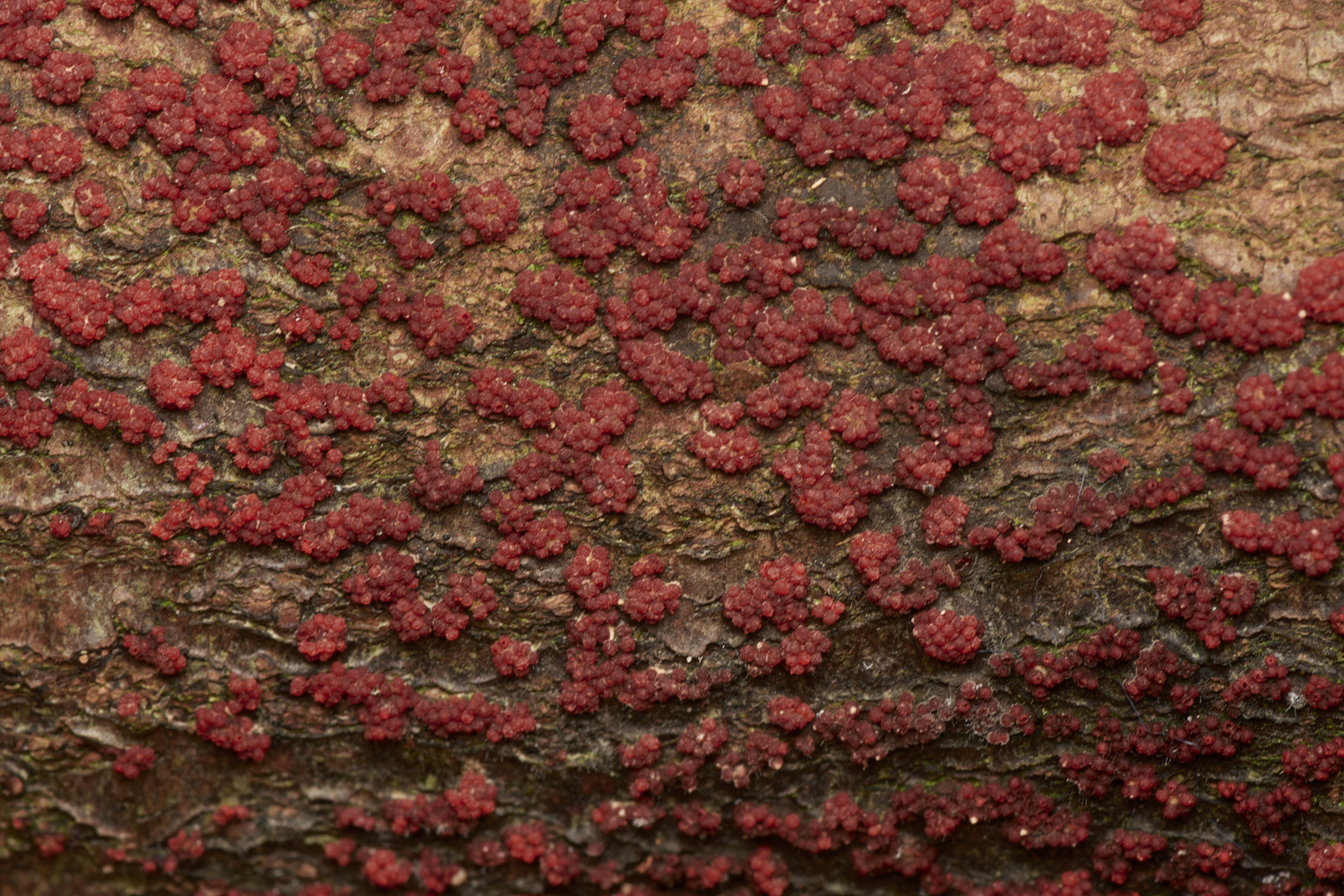
Coral Spot Fungus (Nectria cinnabarina) 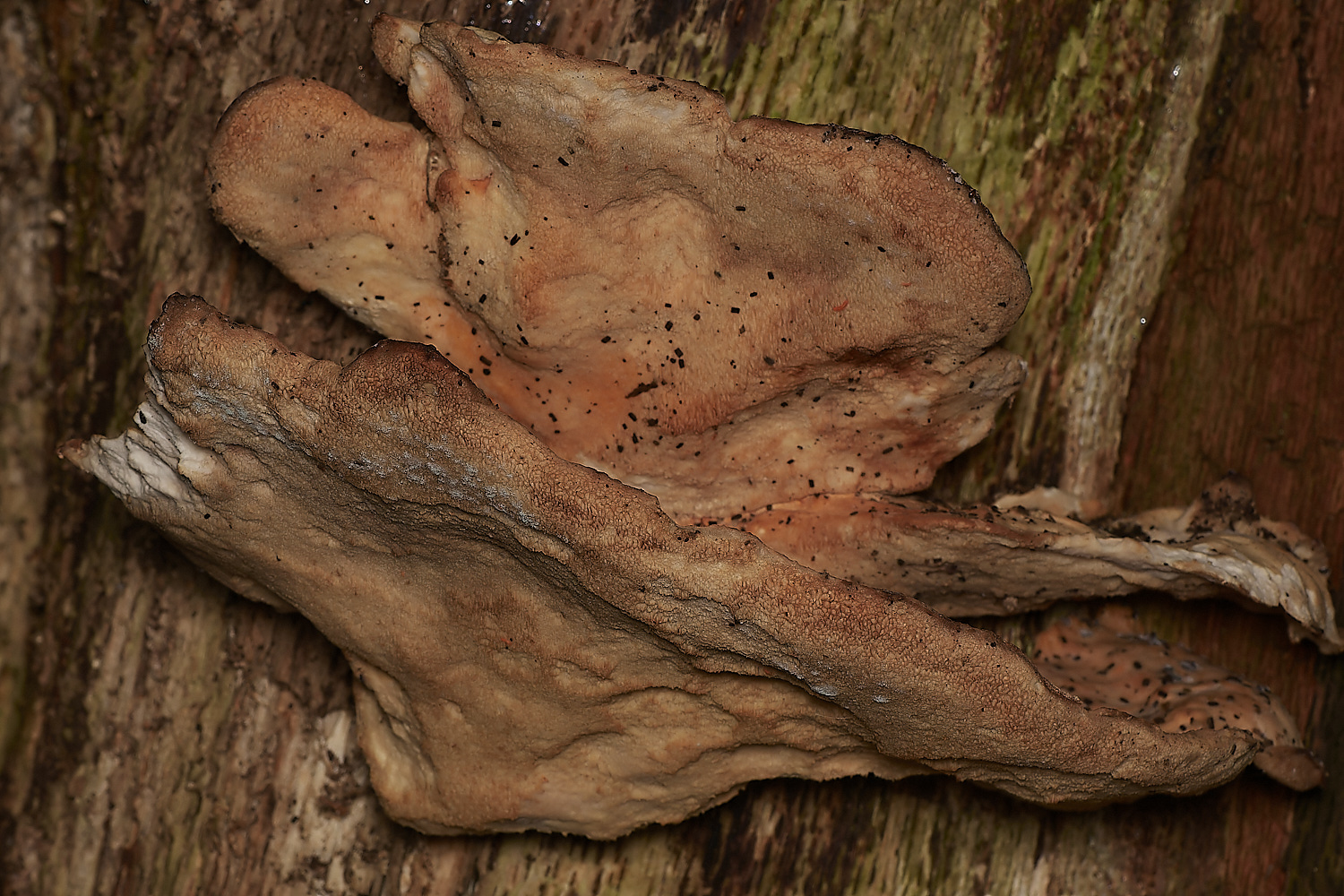
?
1
False Saphron Milkcap (Lactarius deterrimus)
From
First Nature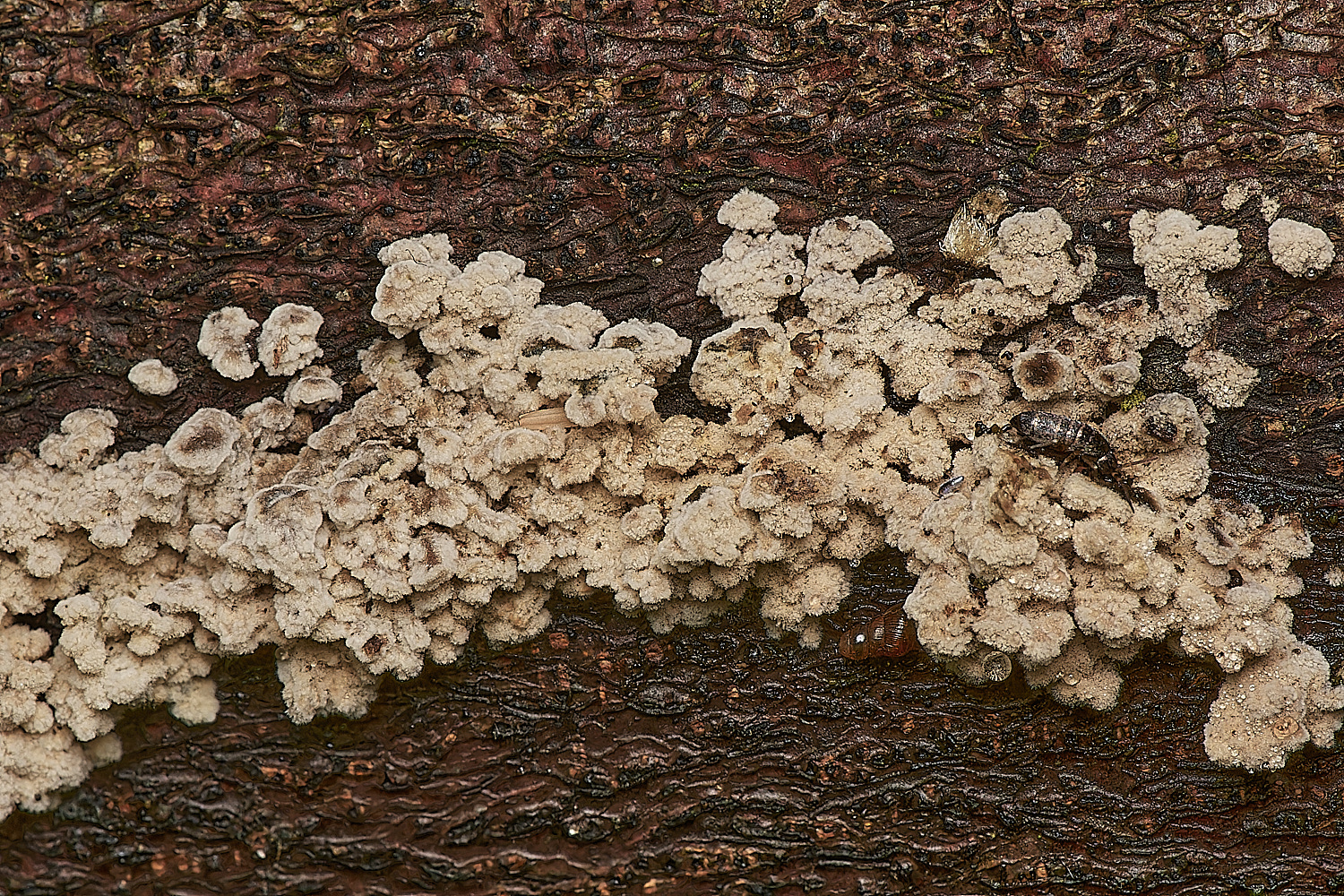
?
2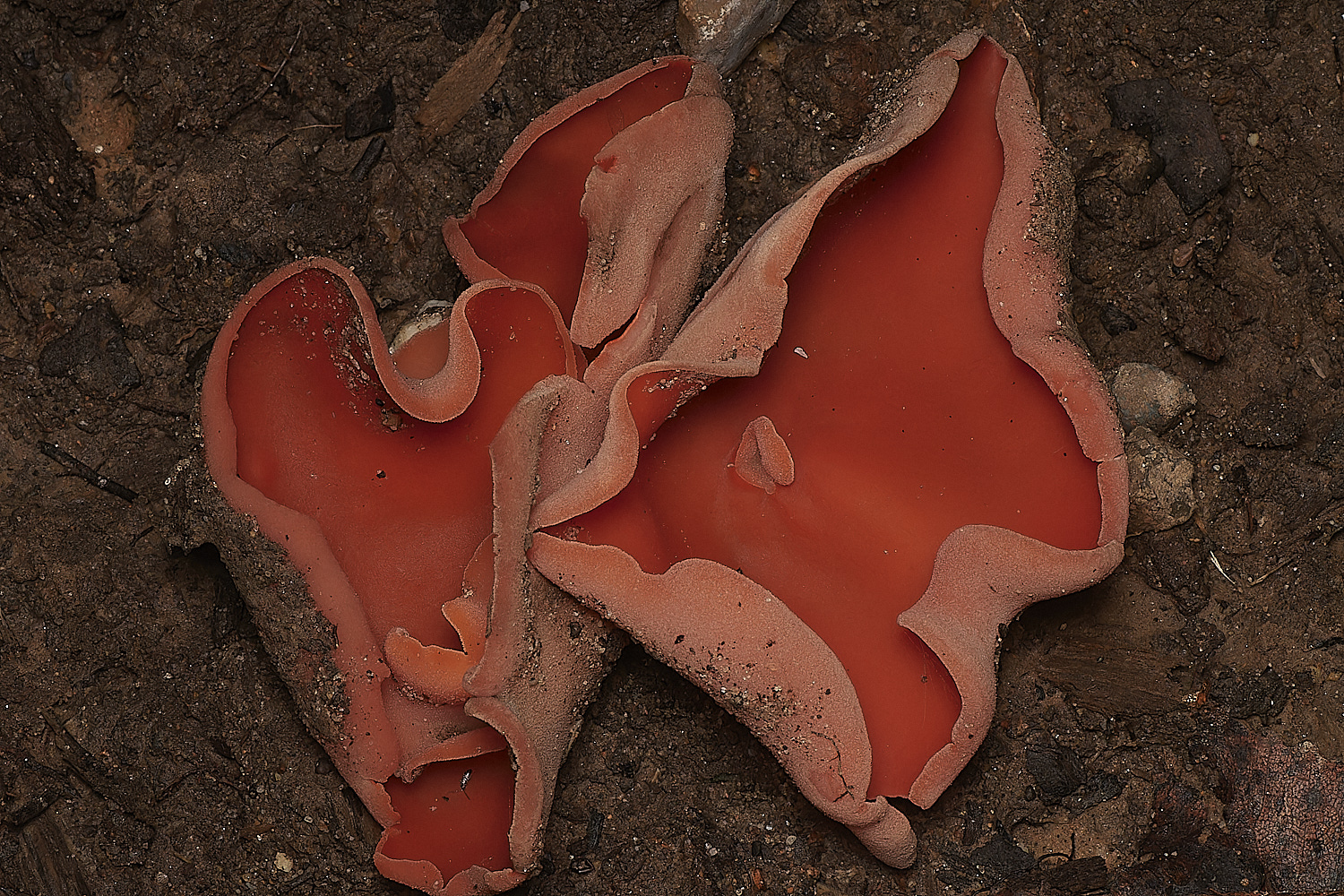
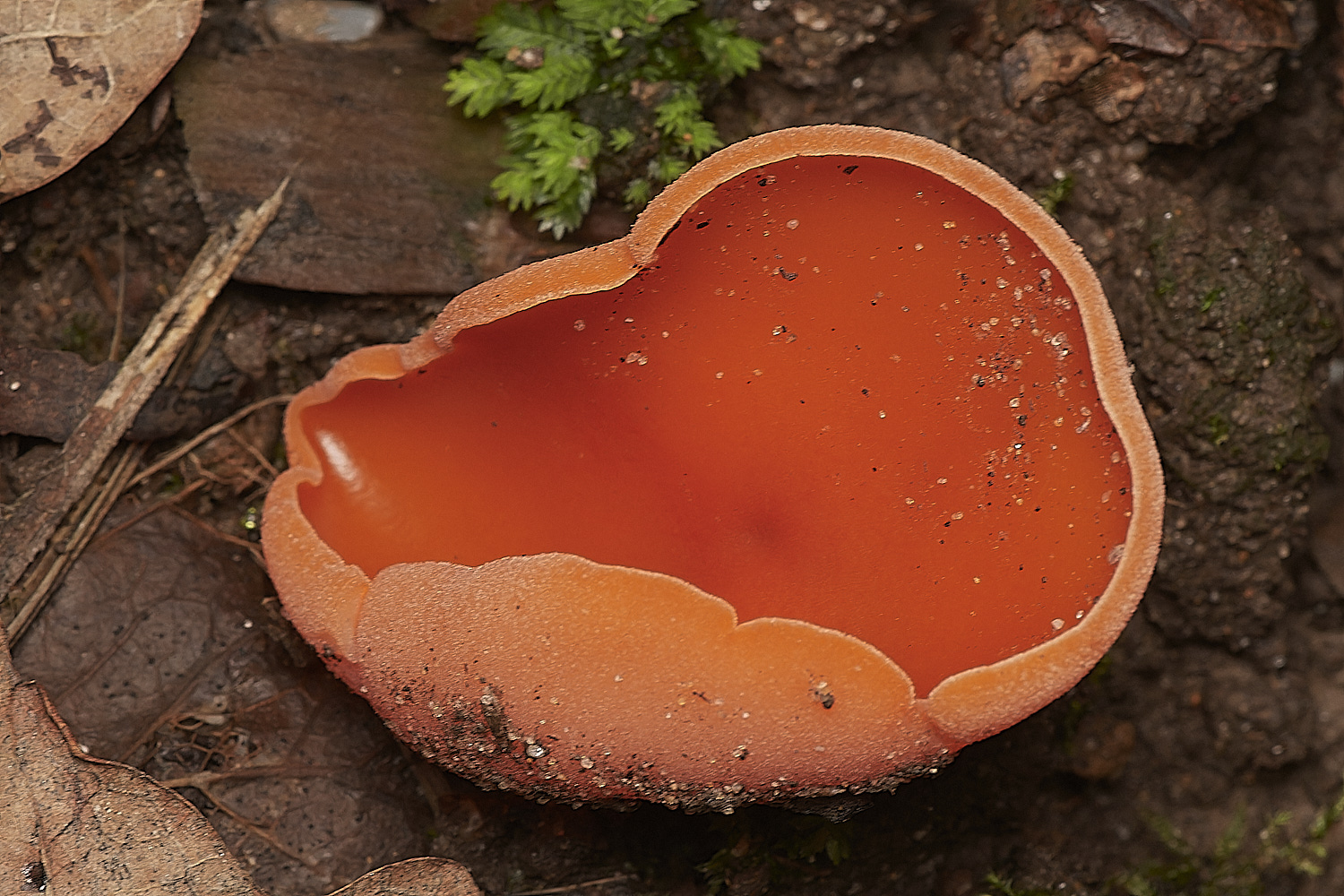
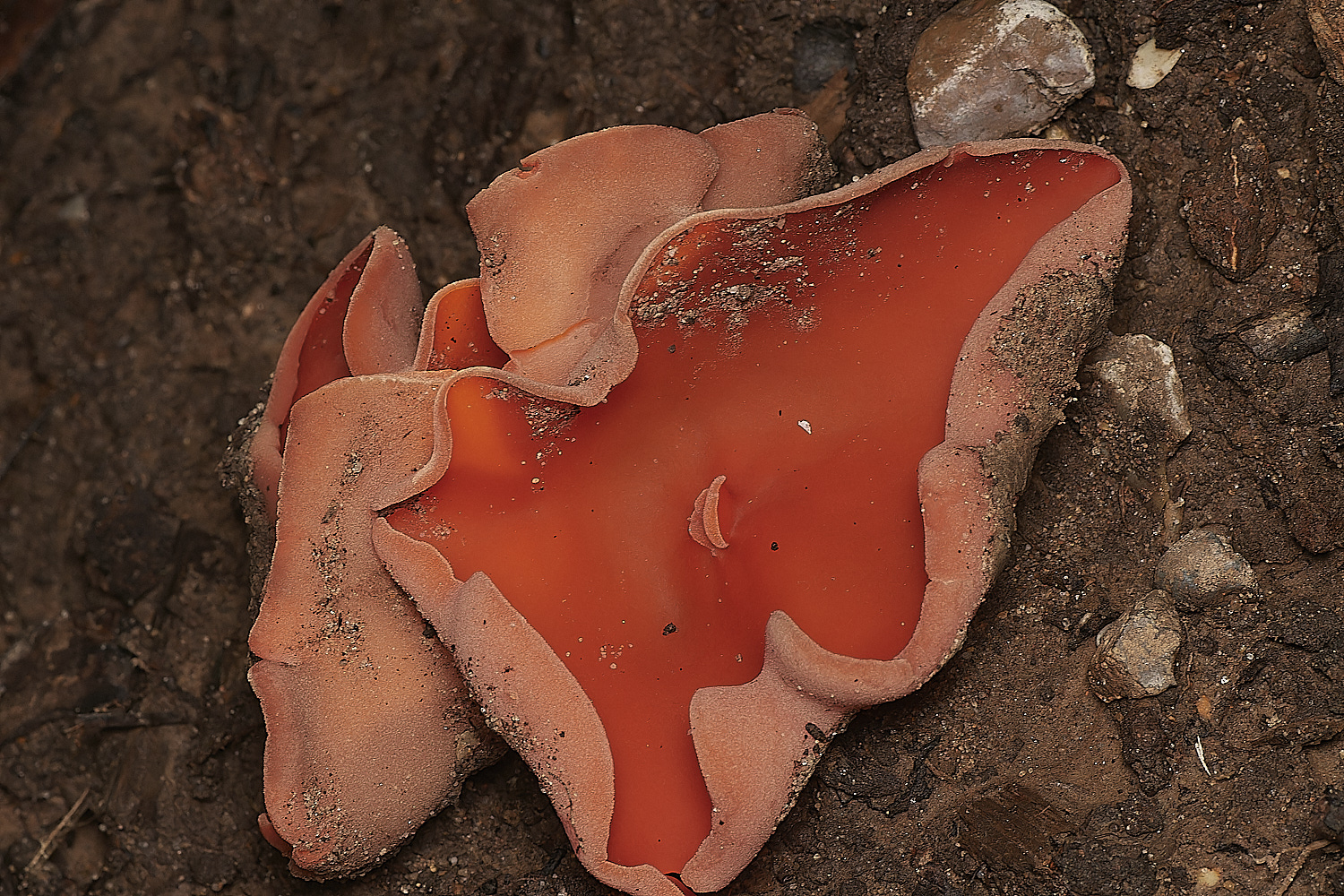
Orange Peel Fungus (Aleuria aurantia)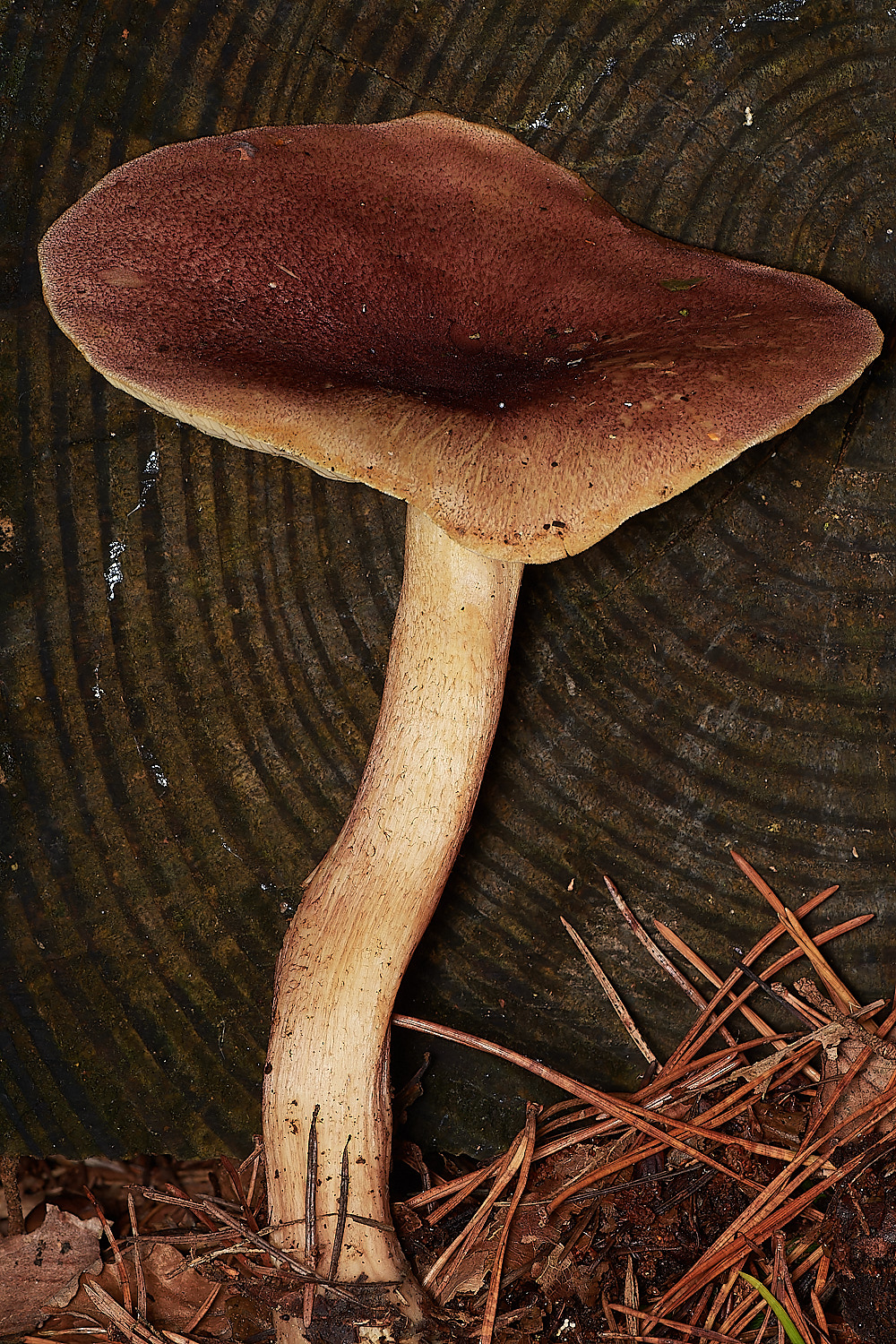
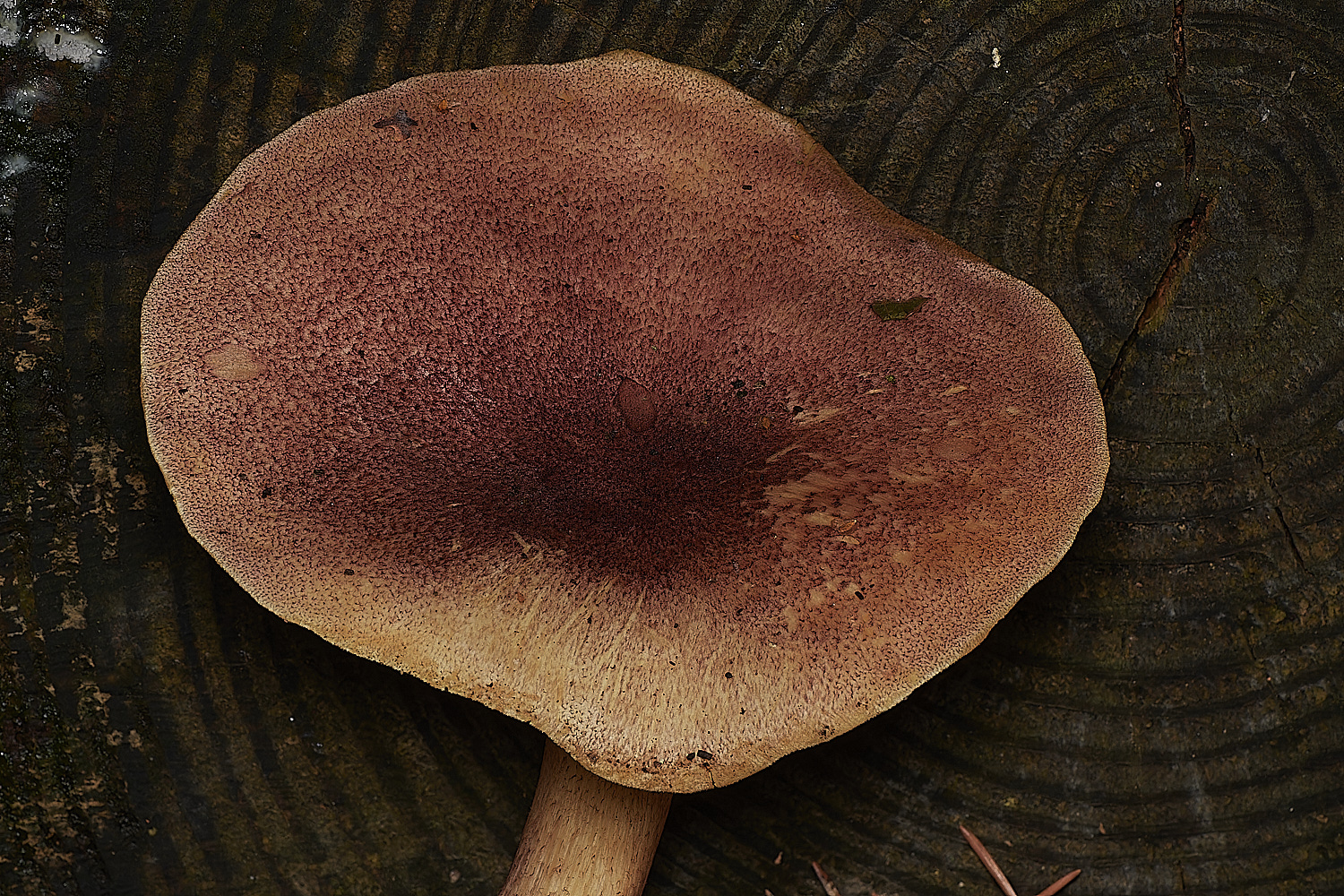
Plums & Custard (Tricholomopsis rutilans)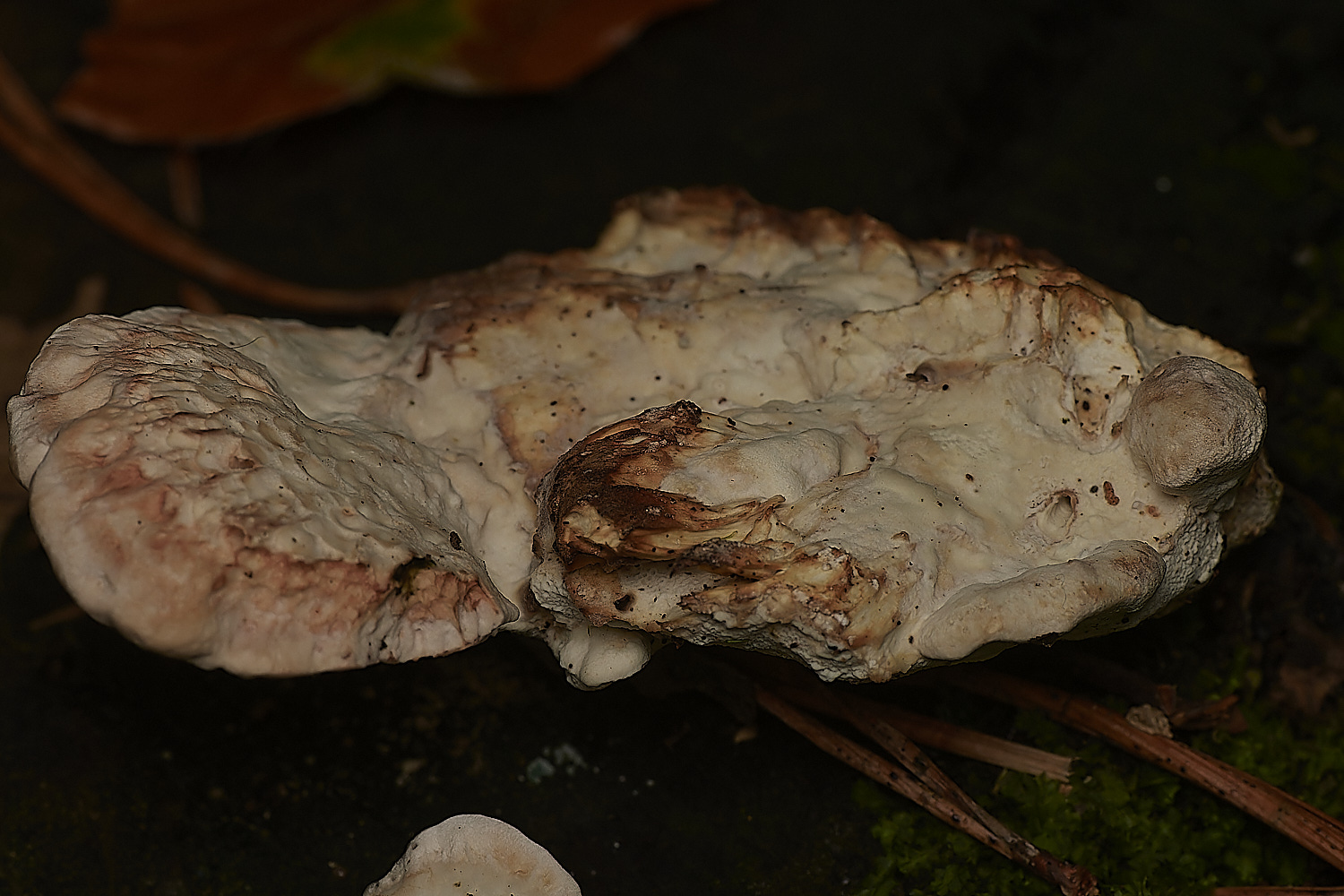
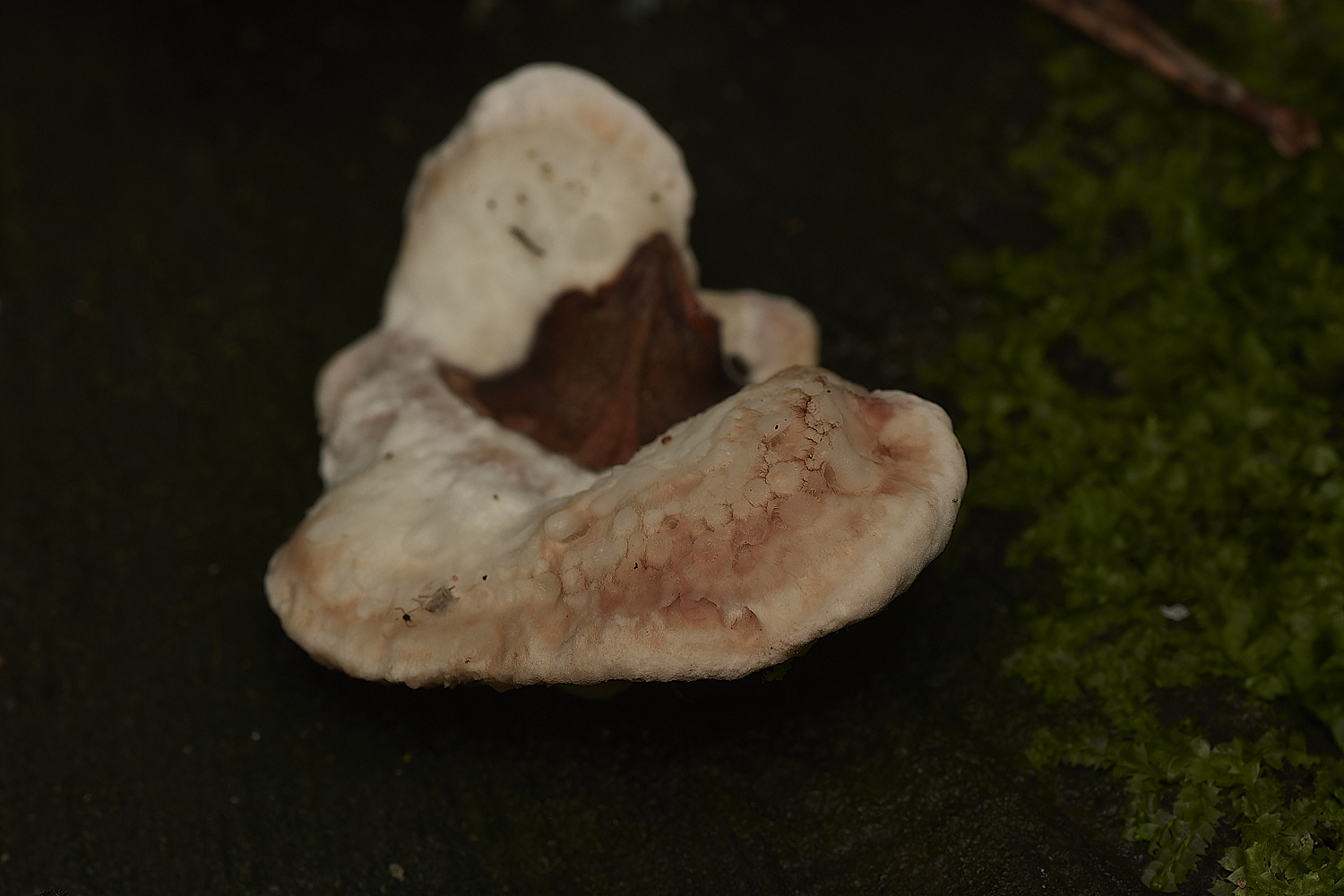
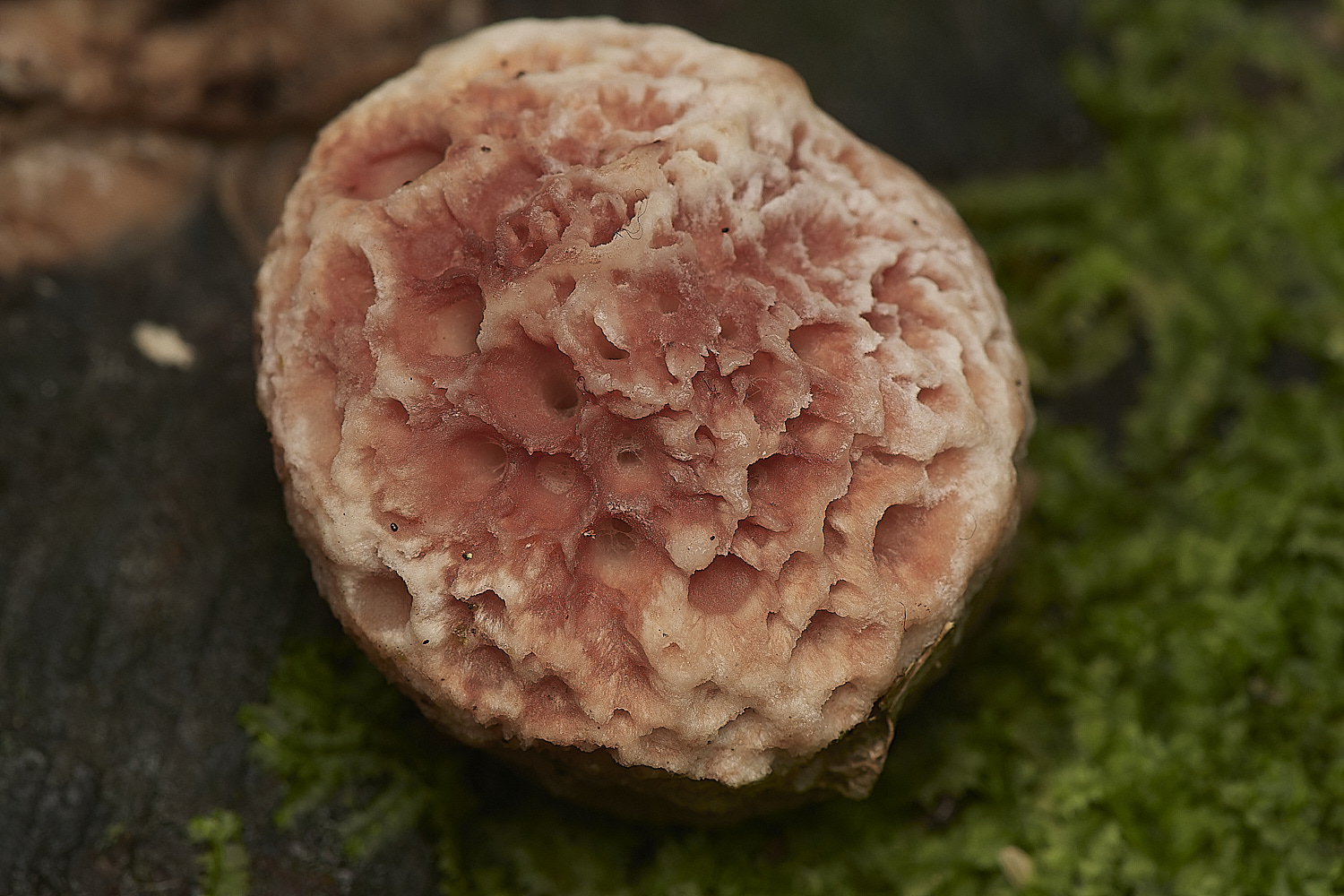
?
3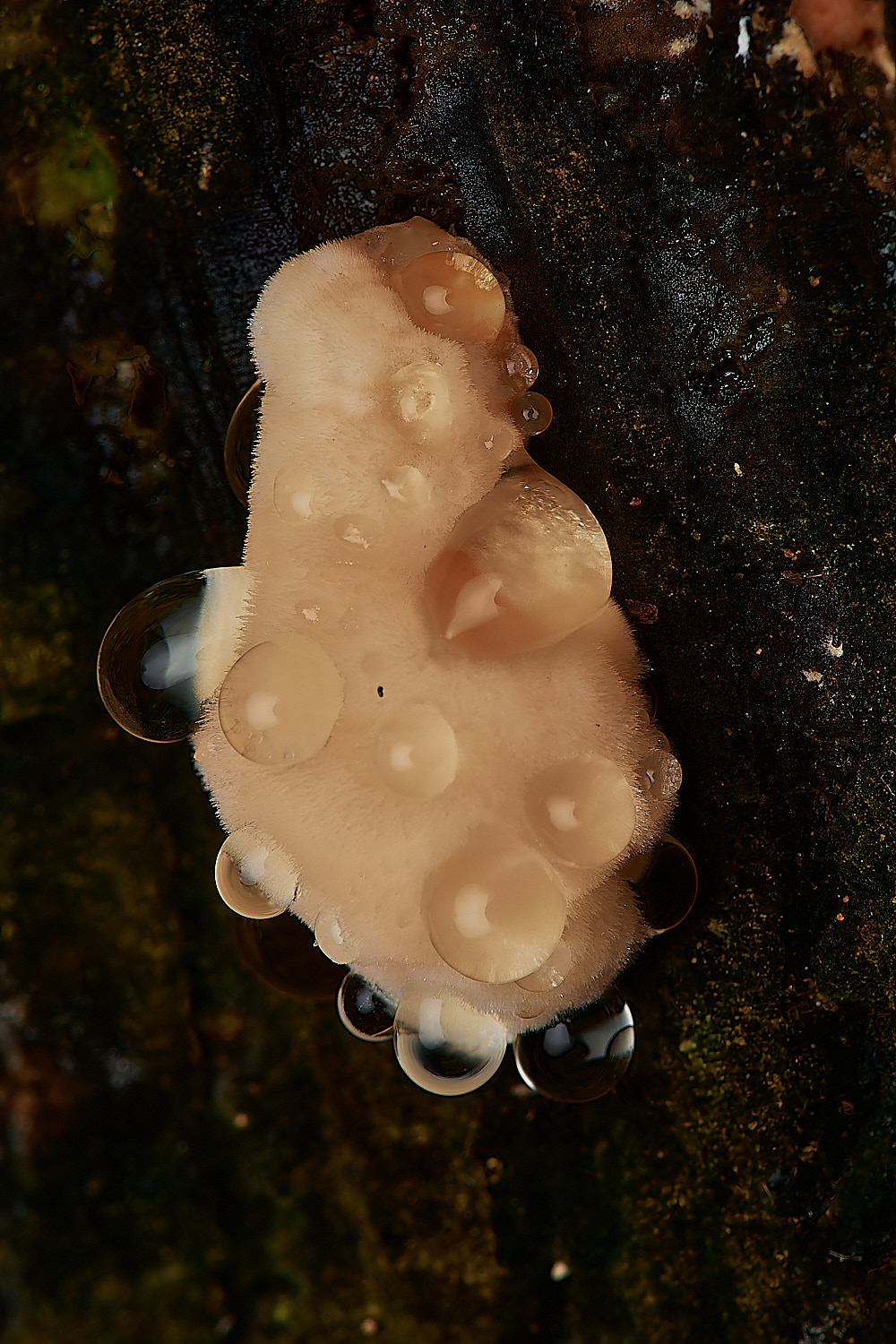
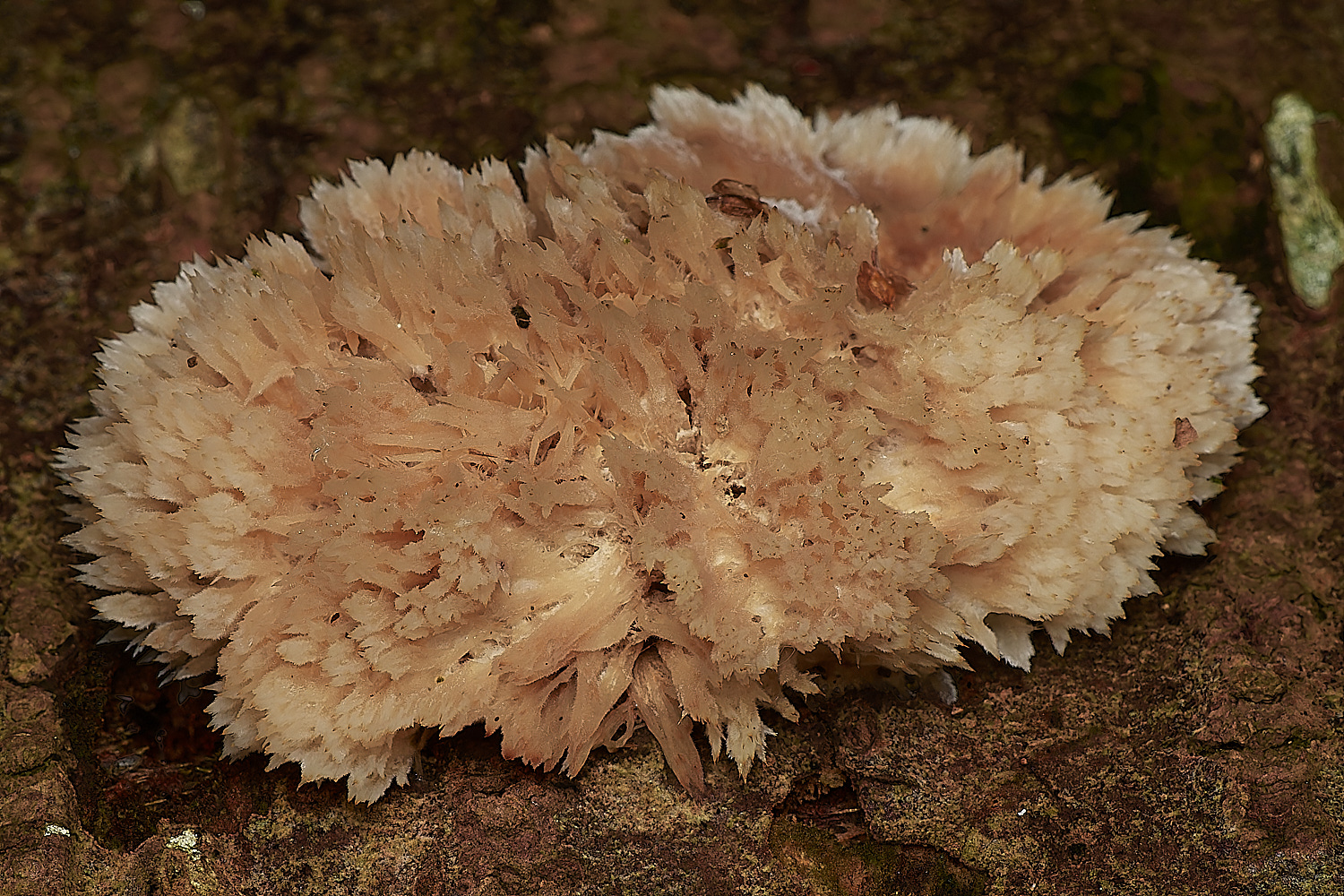
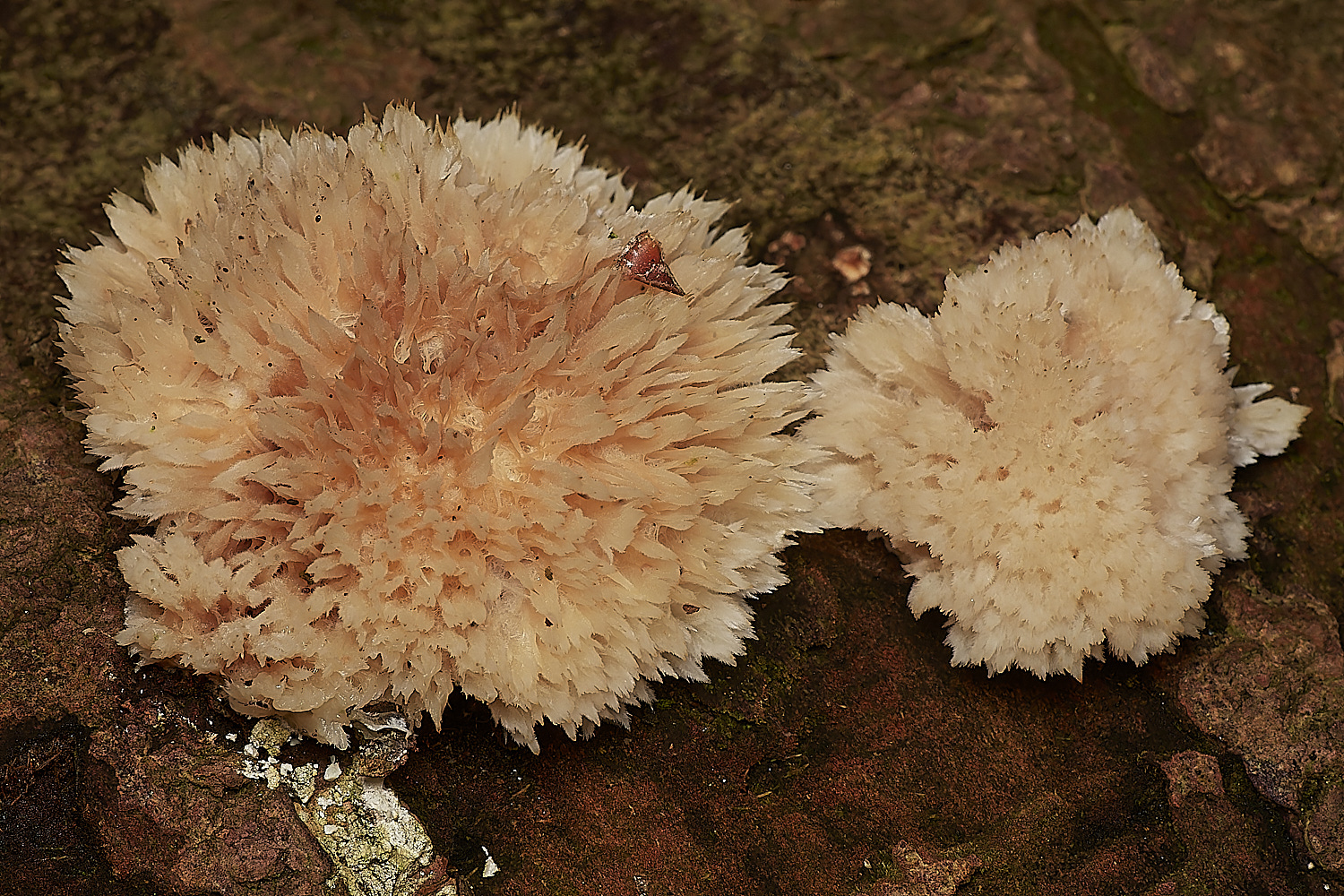
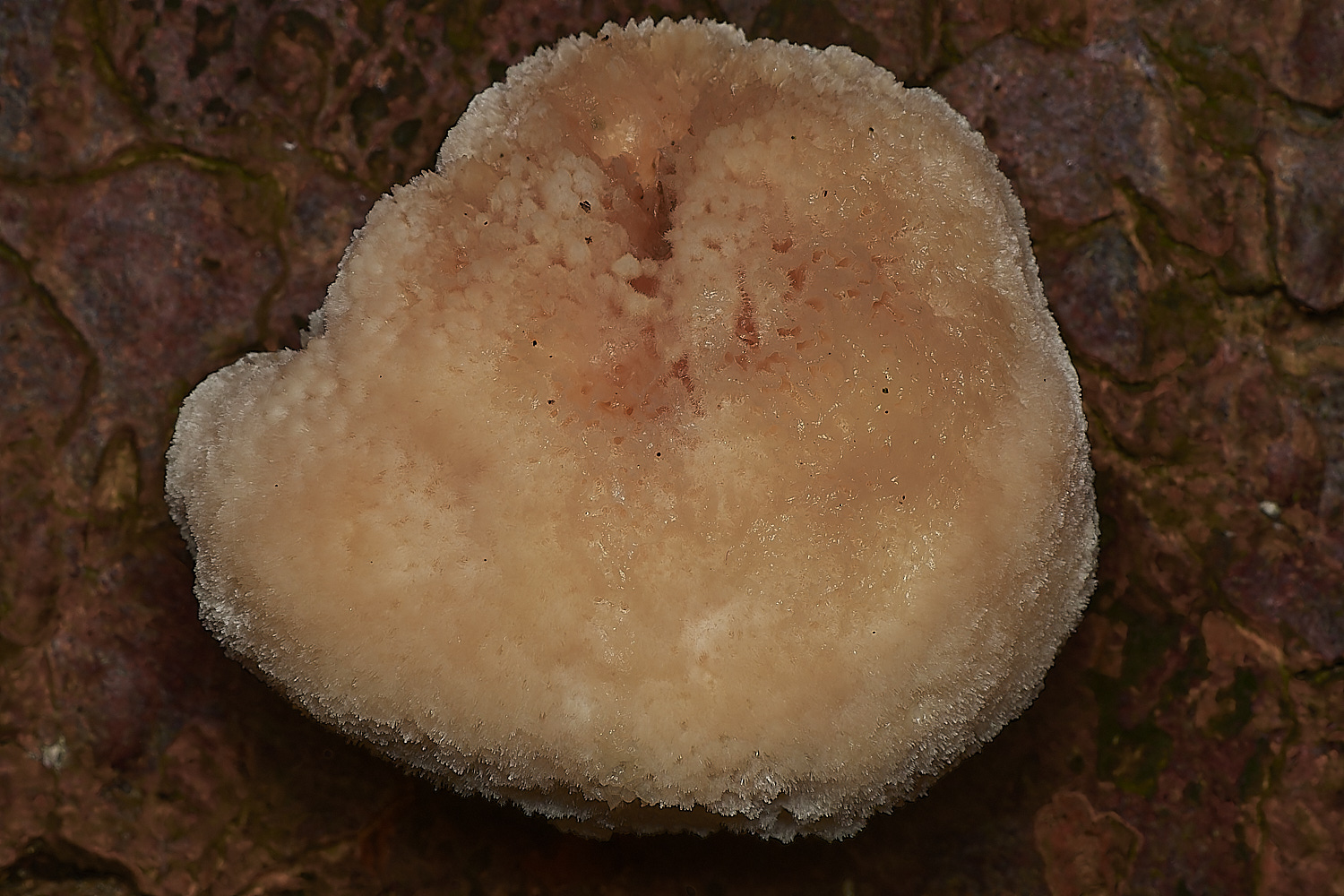
Powderpuff Bracket (Postia ptychogaster)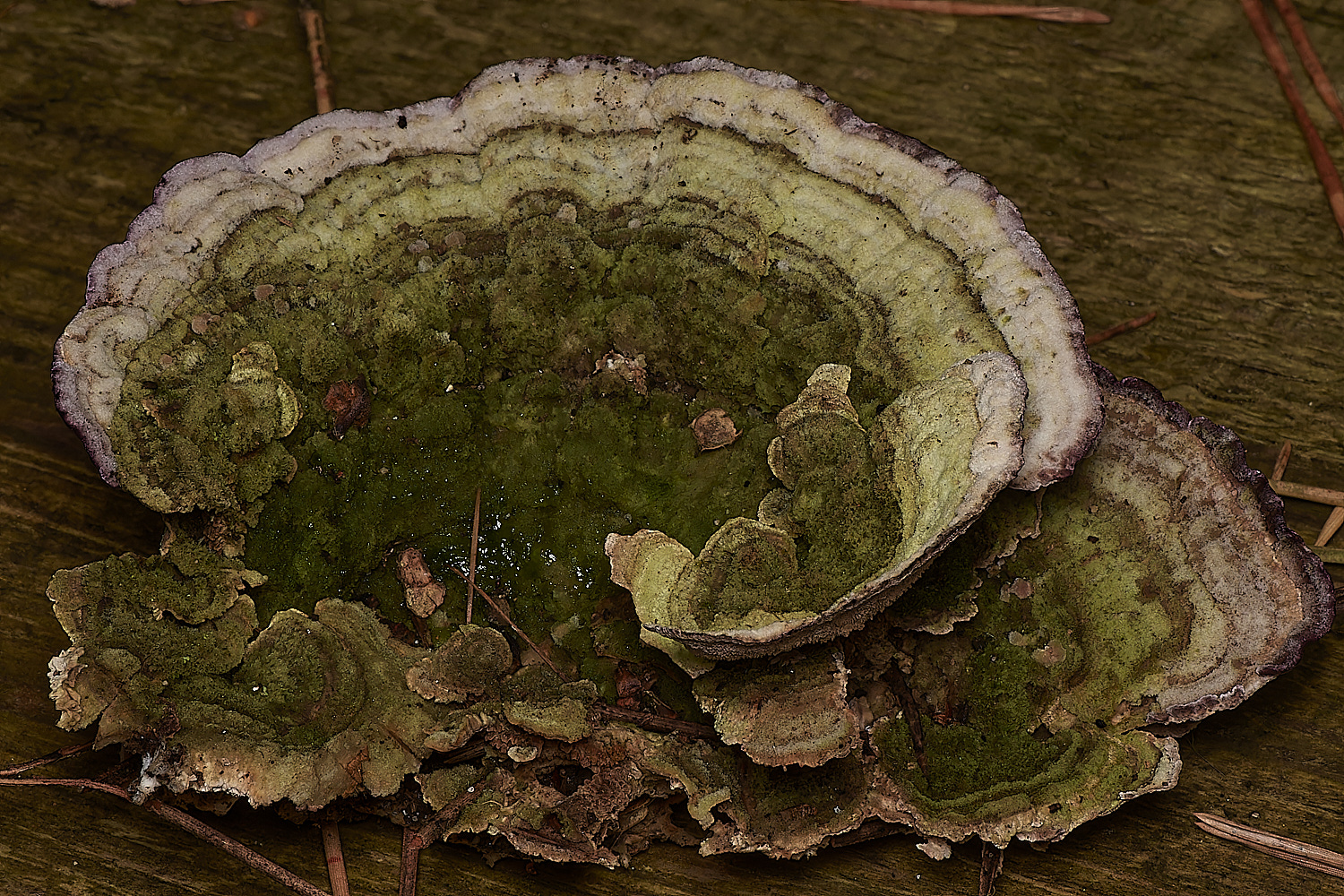
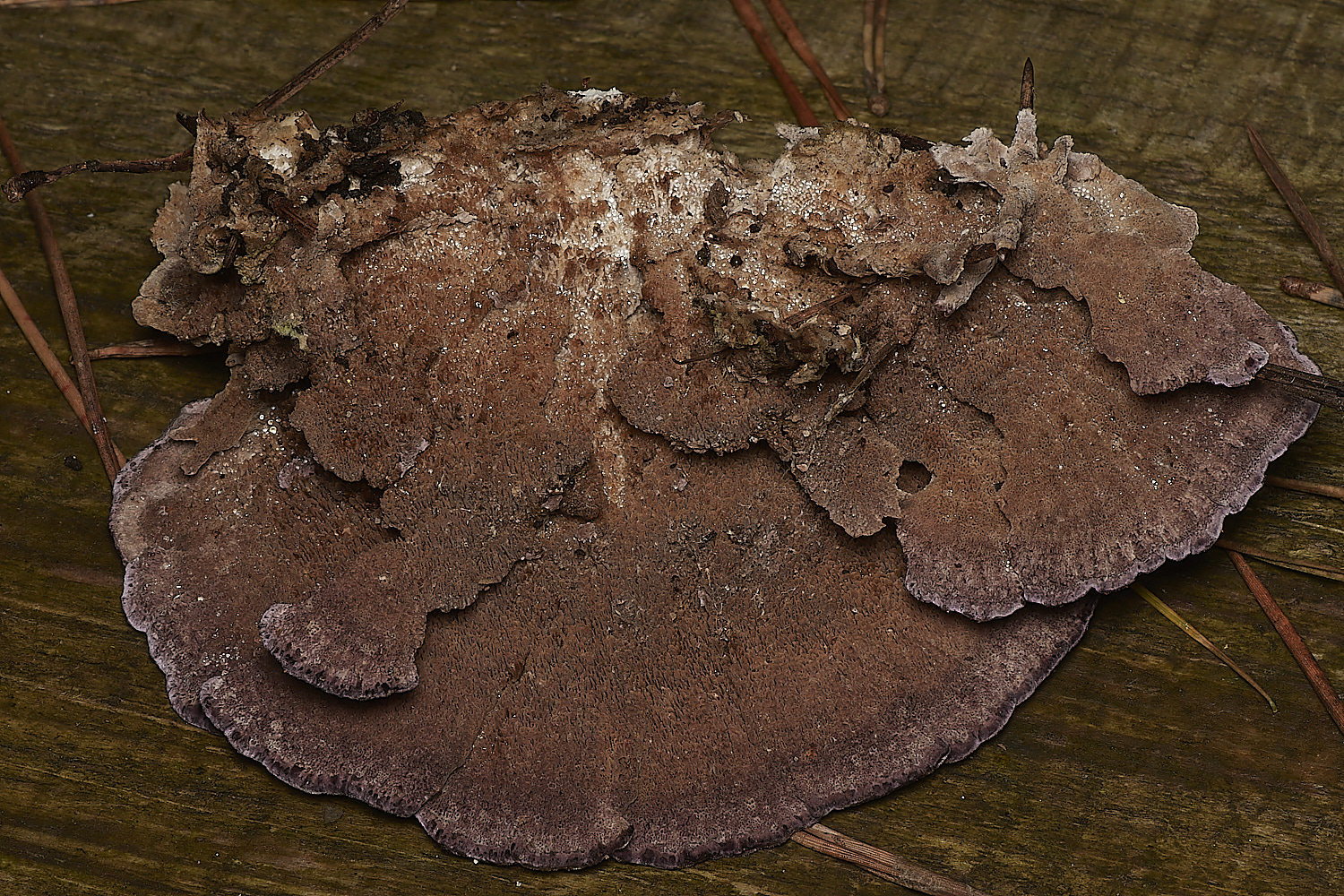
Purplepore Bracket (Trichapetum abietinum)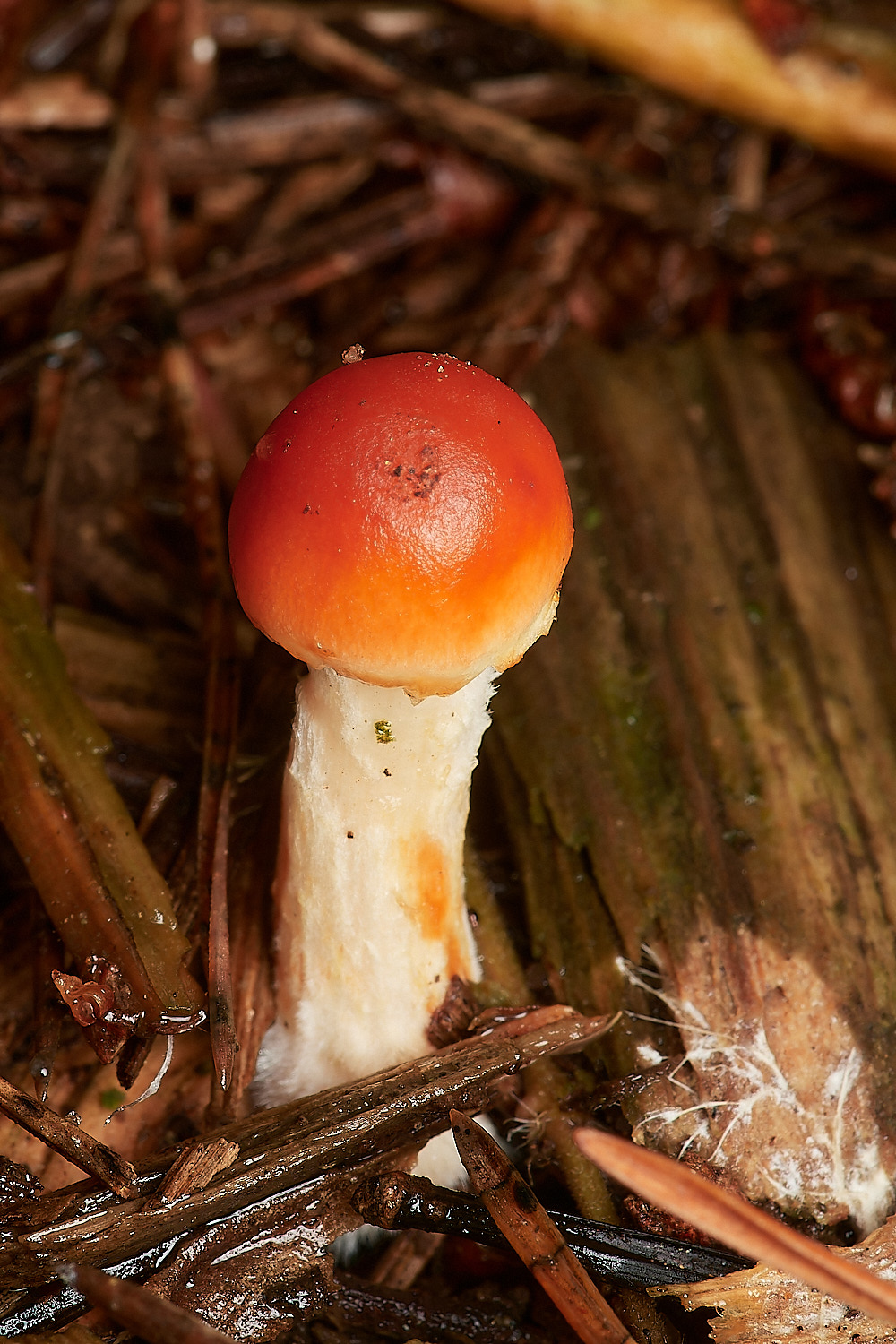
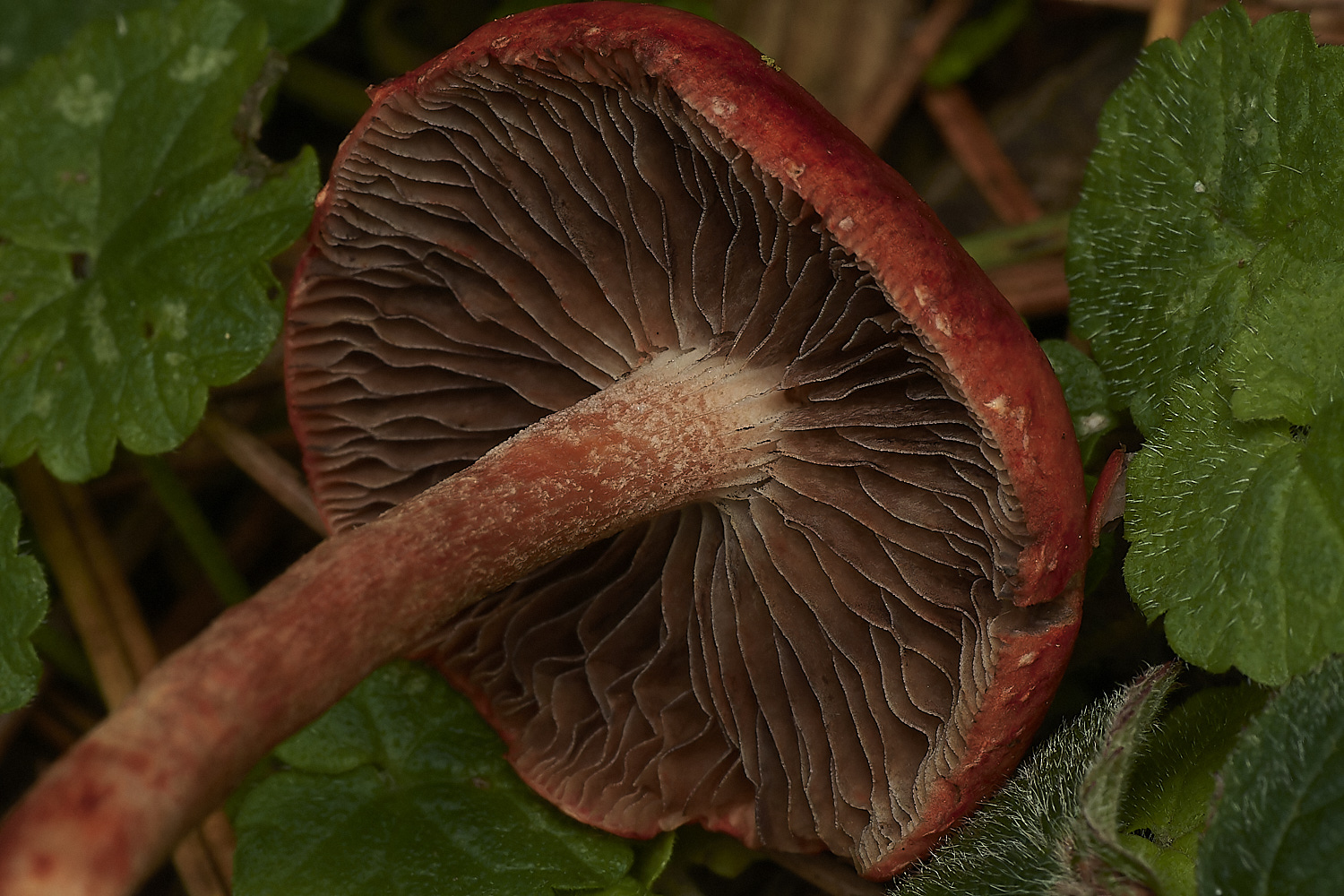
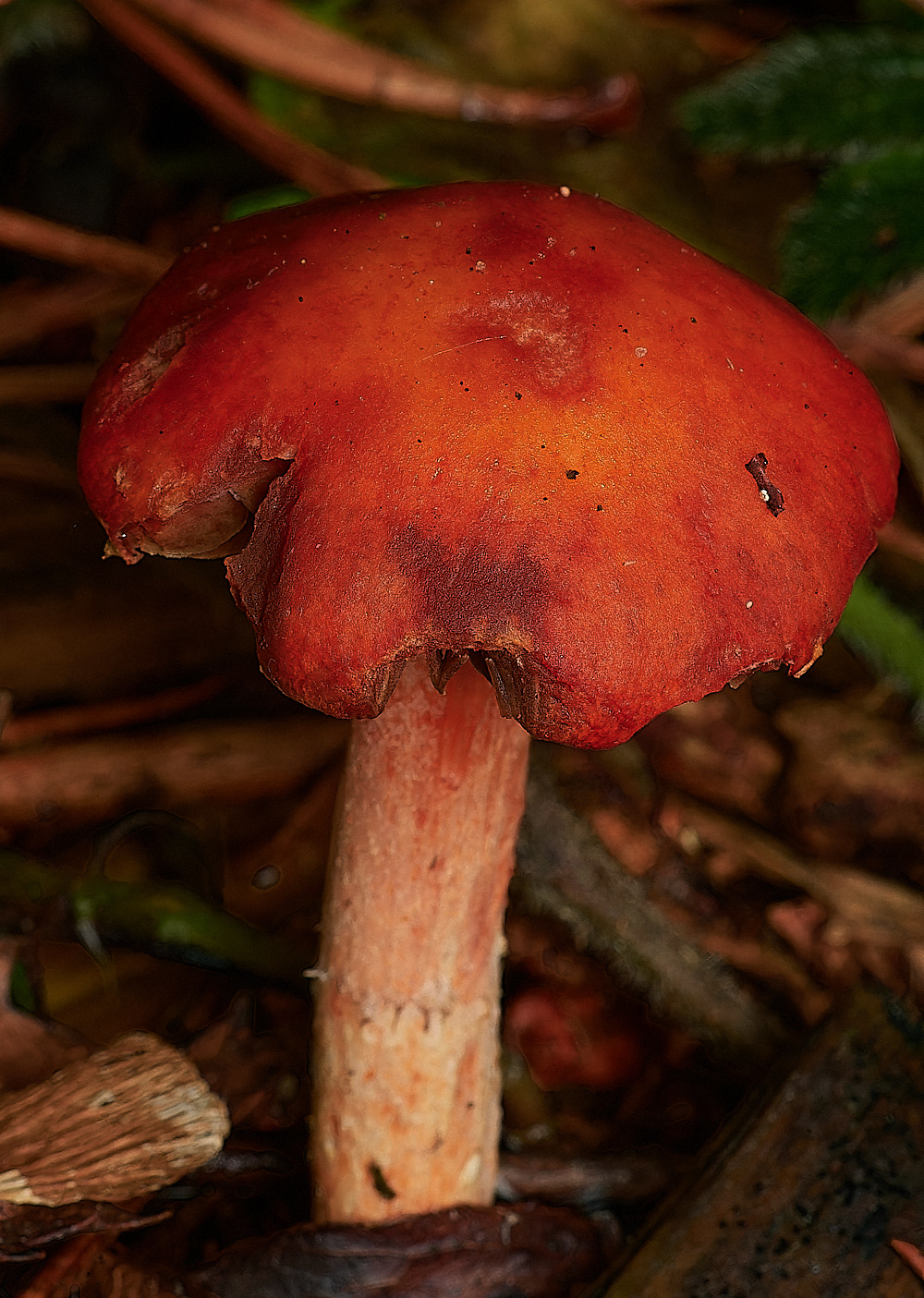
Red Lead Roundhead (Leratiomyces ceres)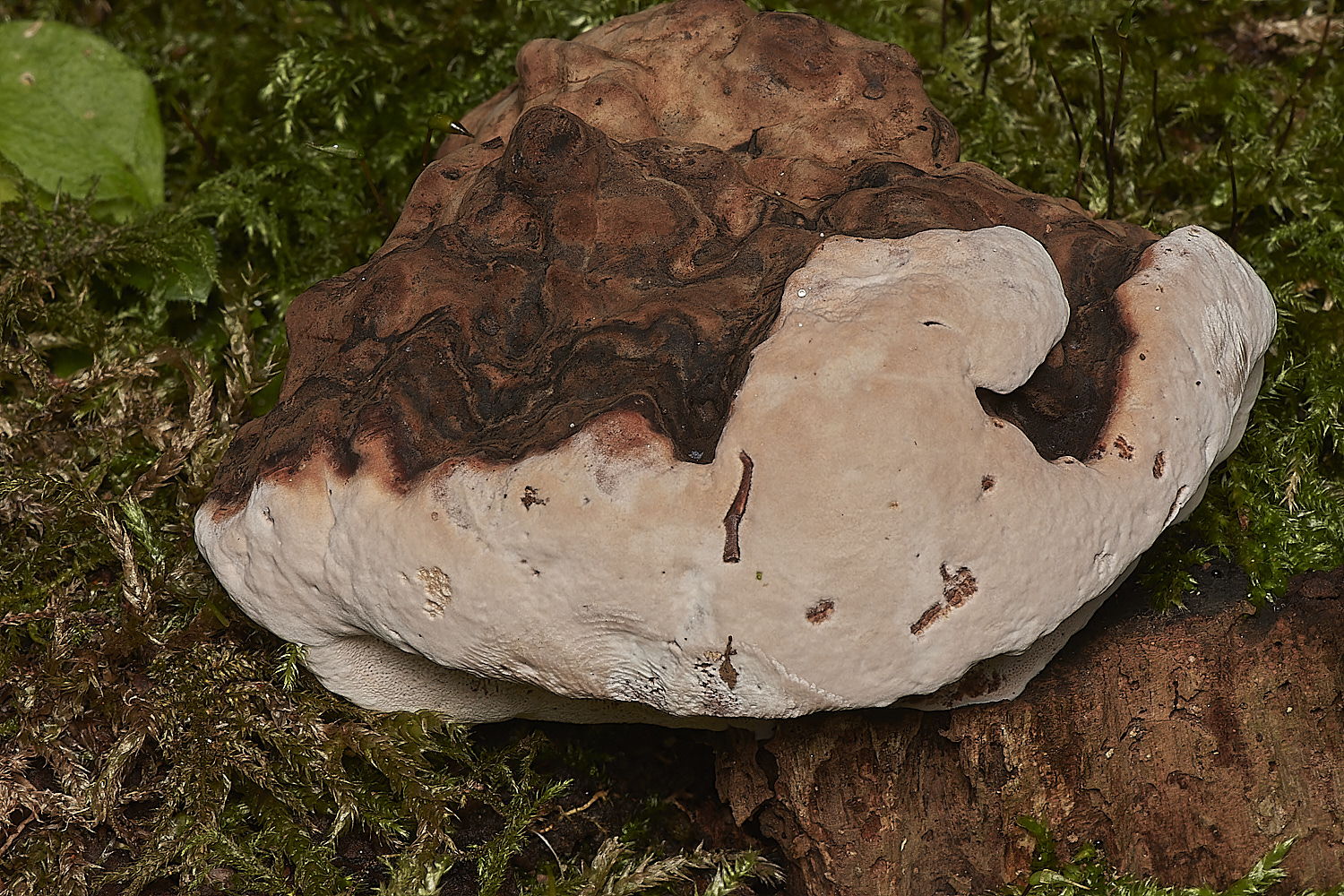
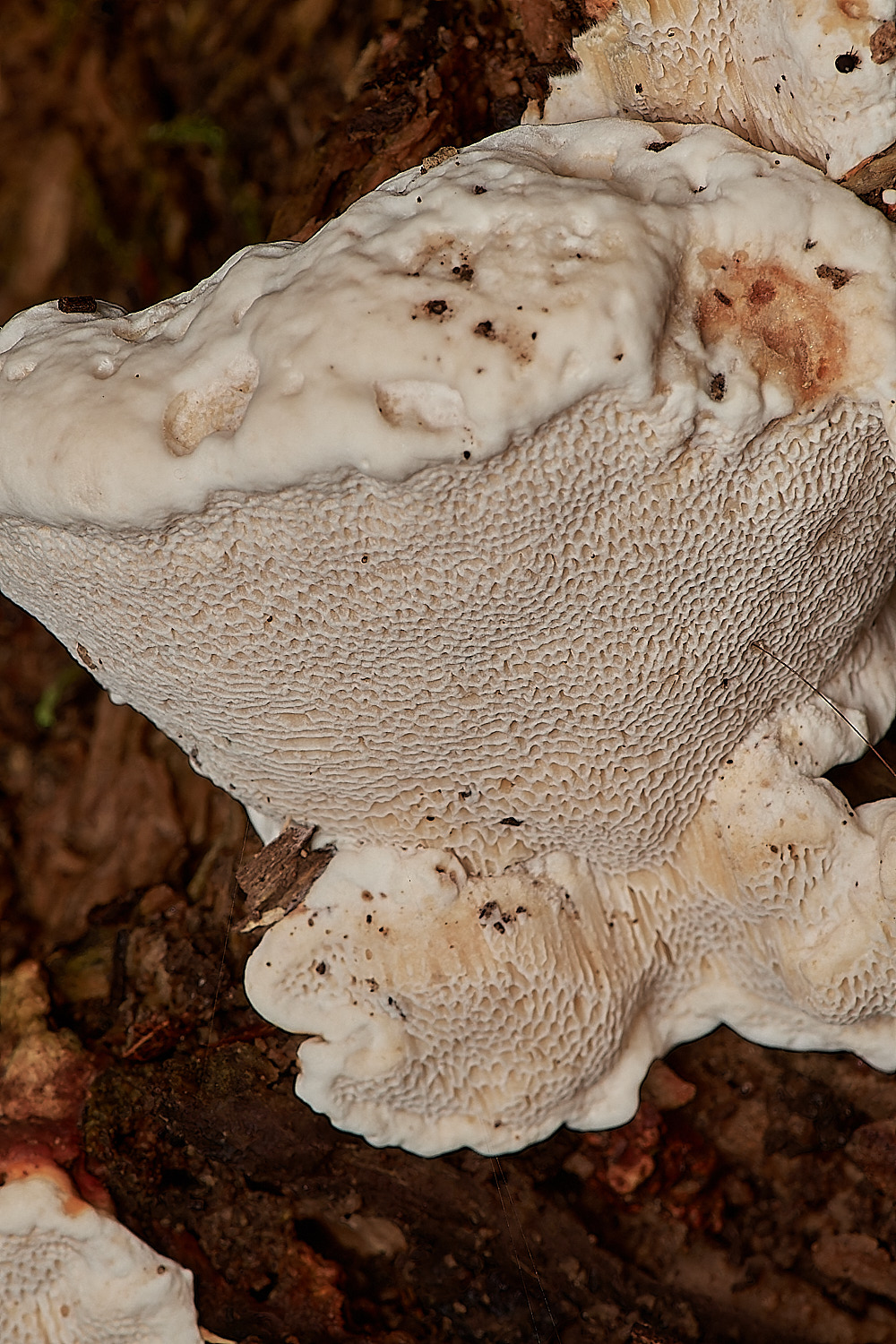
From Anne
Root Rot (Heterobasidion annosum)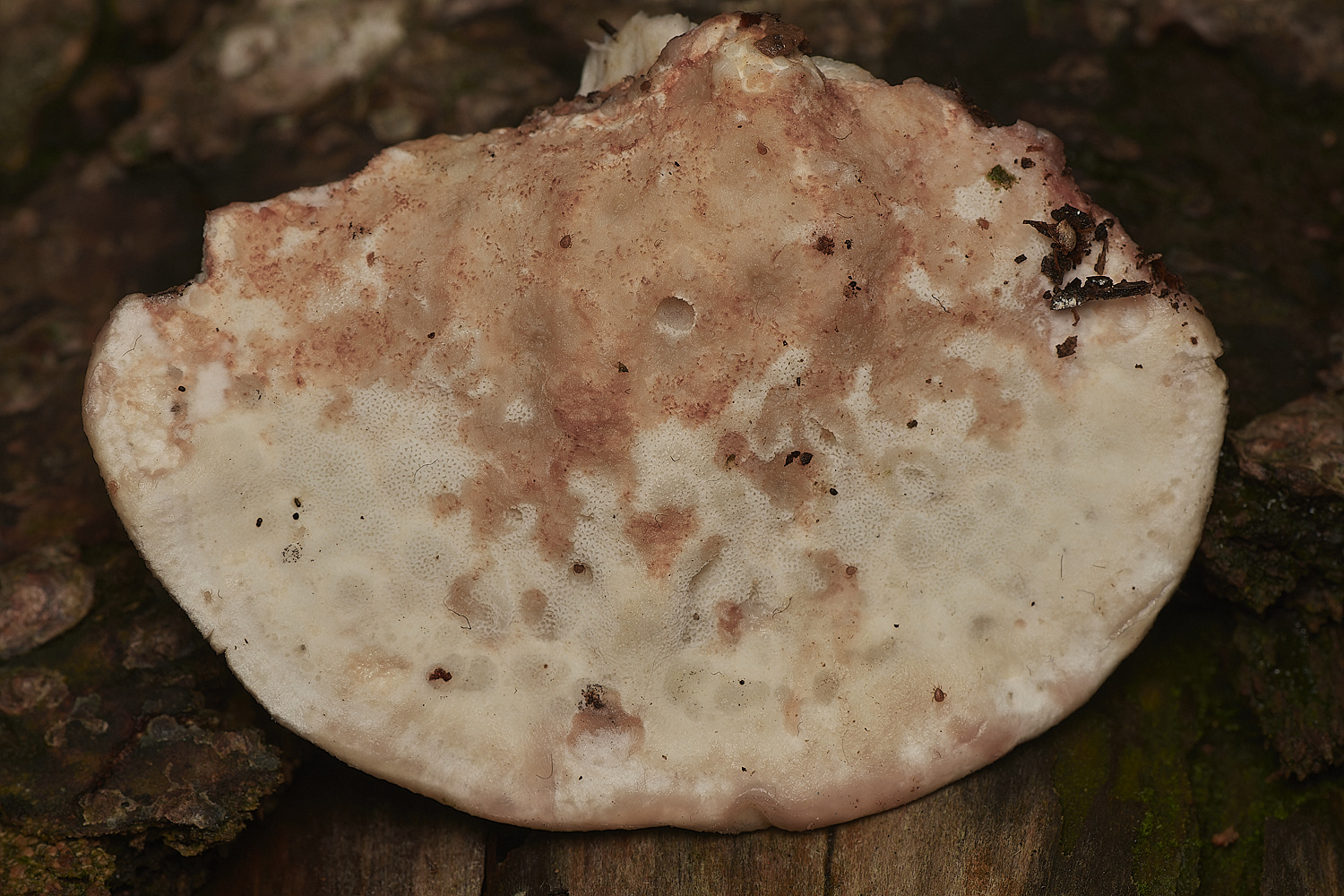
Rusty Crust (Skeletocutis amorpha) became Postia stiptica
Anne commented
The spores were wrong for Skeletocutis. It must be a colourful Postia stiptica as the spores matched that species.
I guess the orange colour could have been a fungal infection?

Skullcap Dapperling (Leucocoprinus brebissonii)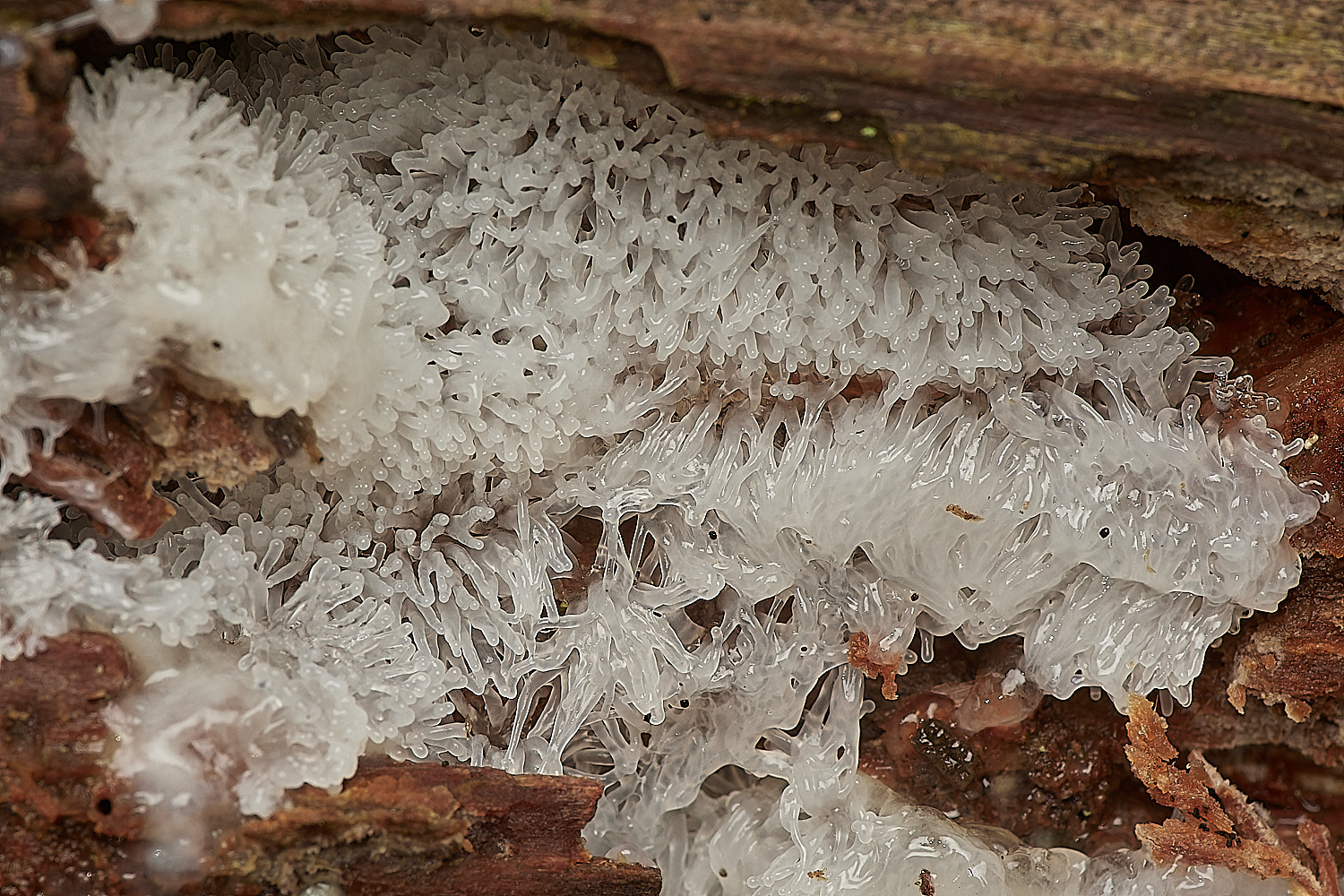
Coral or White Fingered Slime Mold (Ceratiomyxa fruticulosa)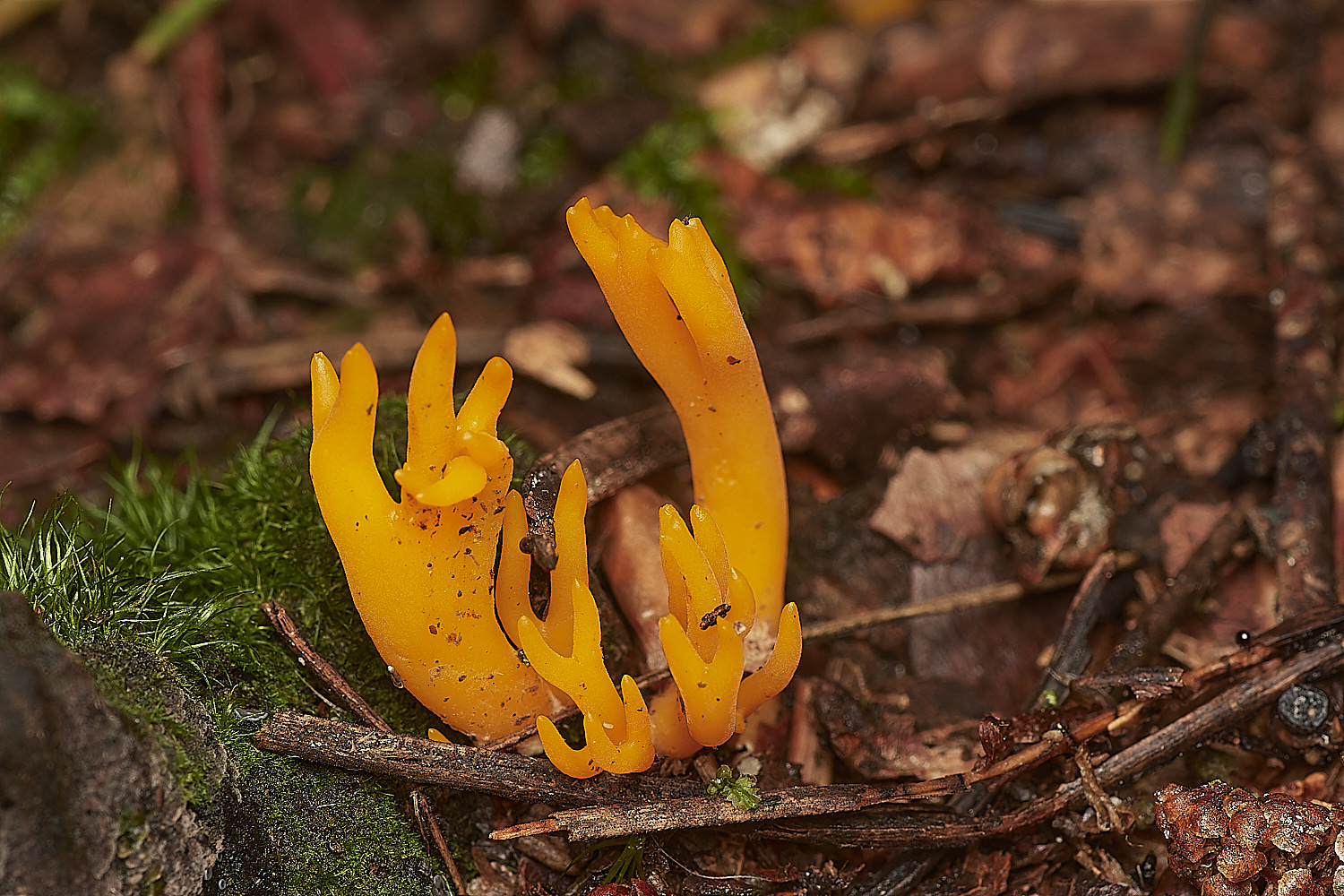
Yellow Stagshorn (Calocera viscosa)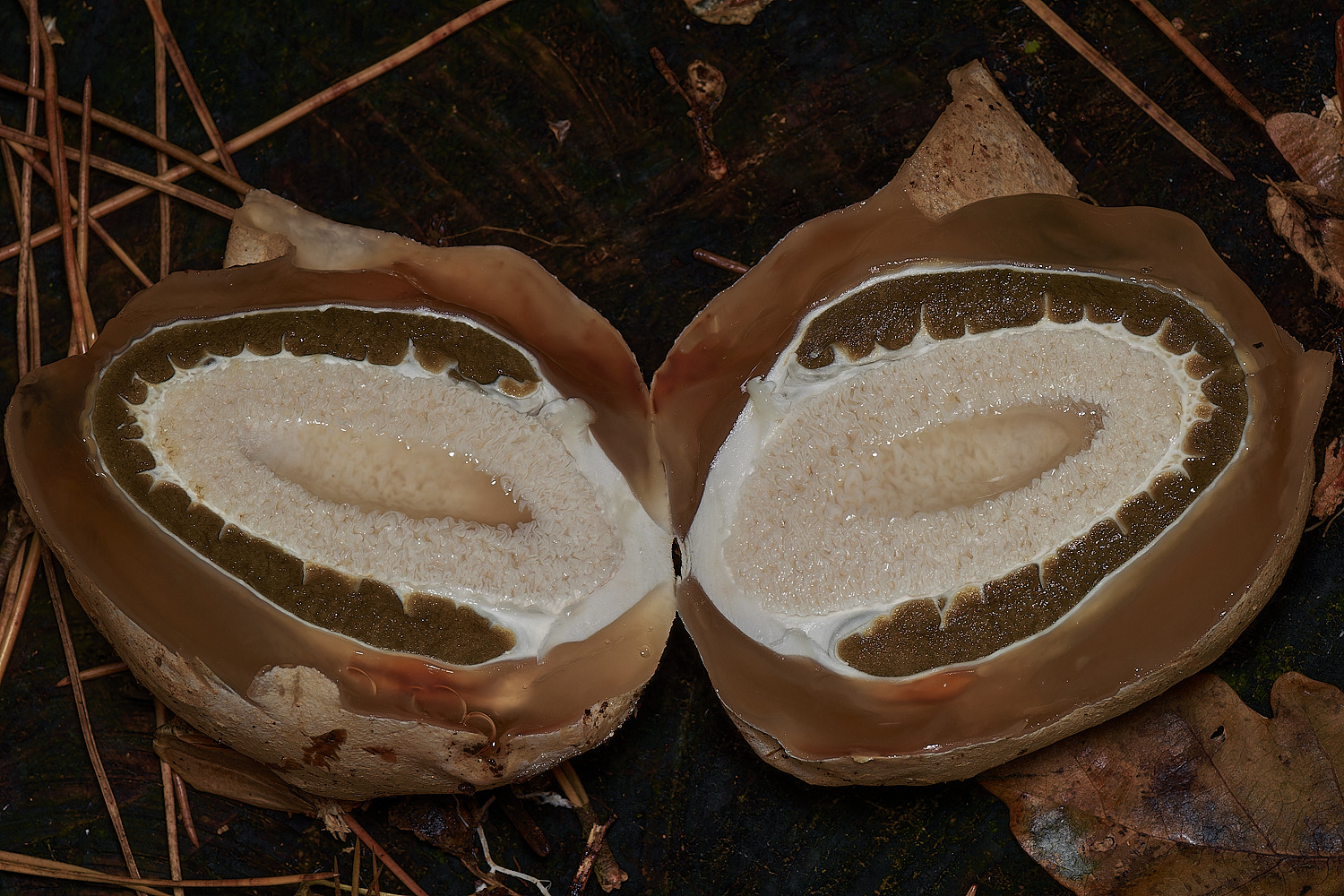
Witch's Egg - Stinkhorn (Phallus impudicus) Egg
The egg itself has a jelly like feel. But the centre is quite hard and granular , tasting of radishes.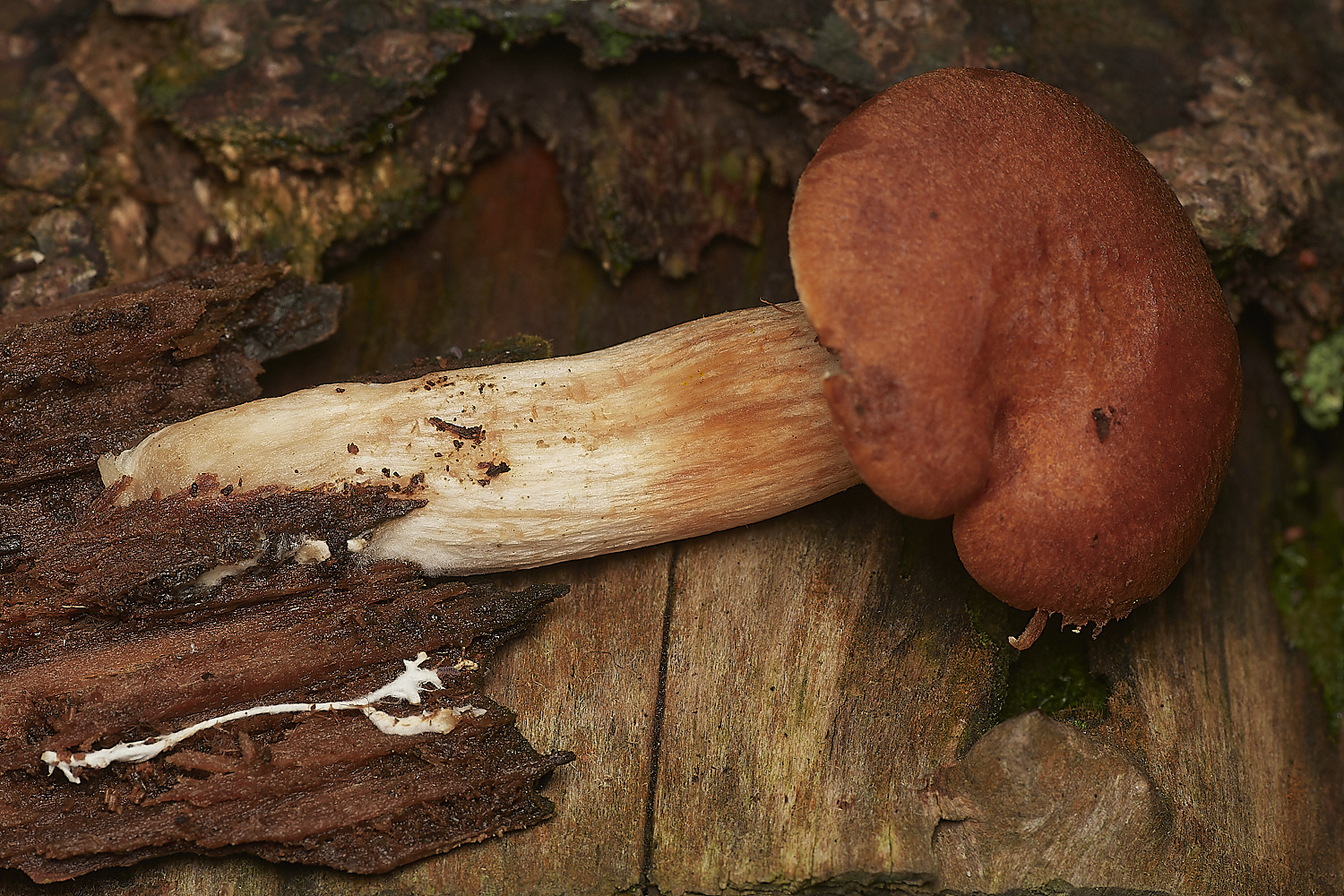
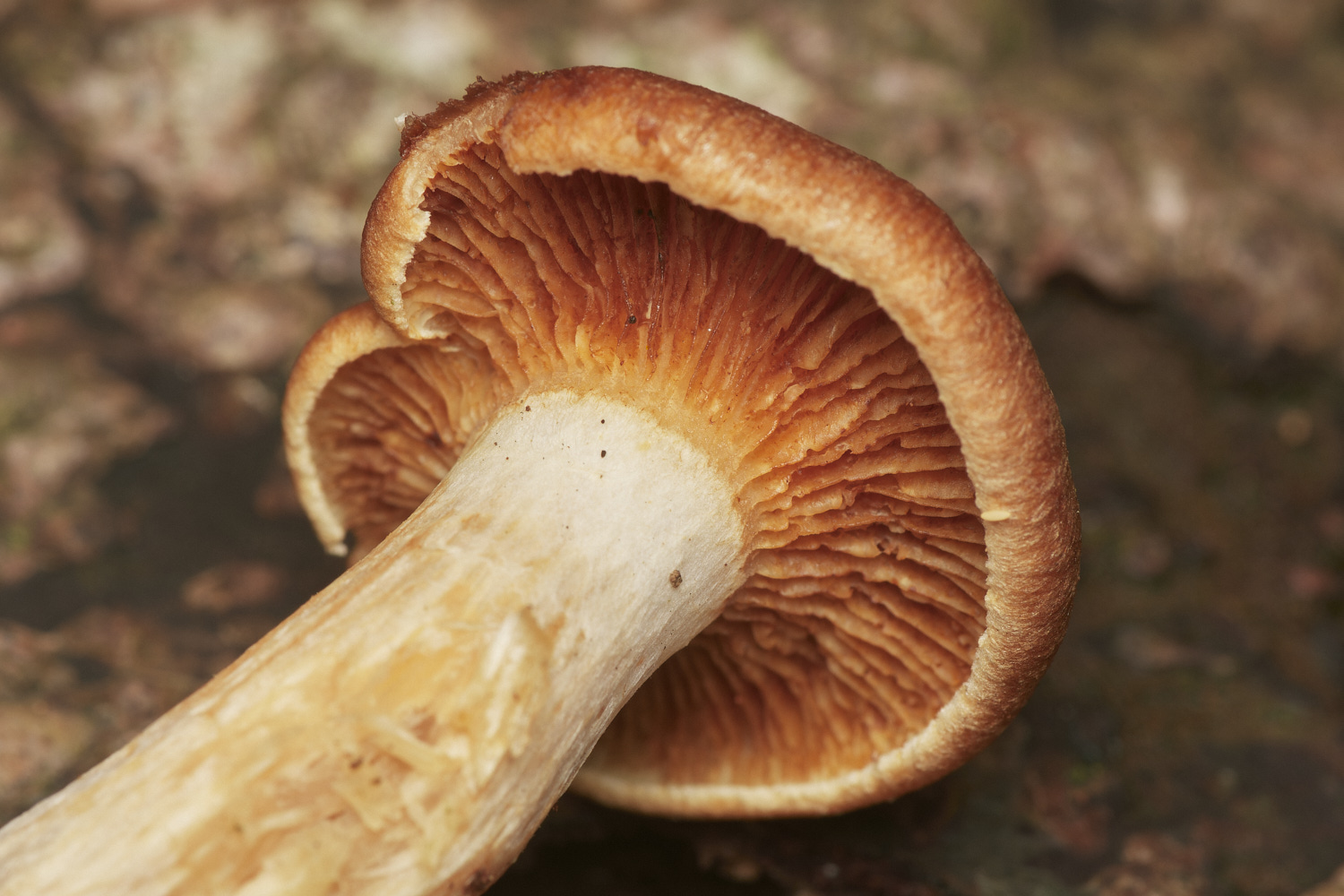
Common Rustgill (Gymnopilus penetrans)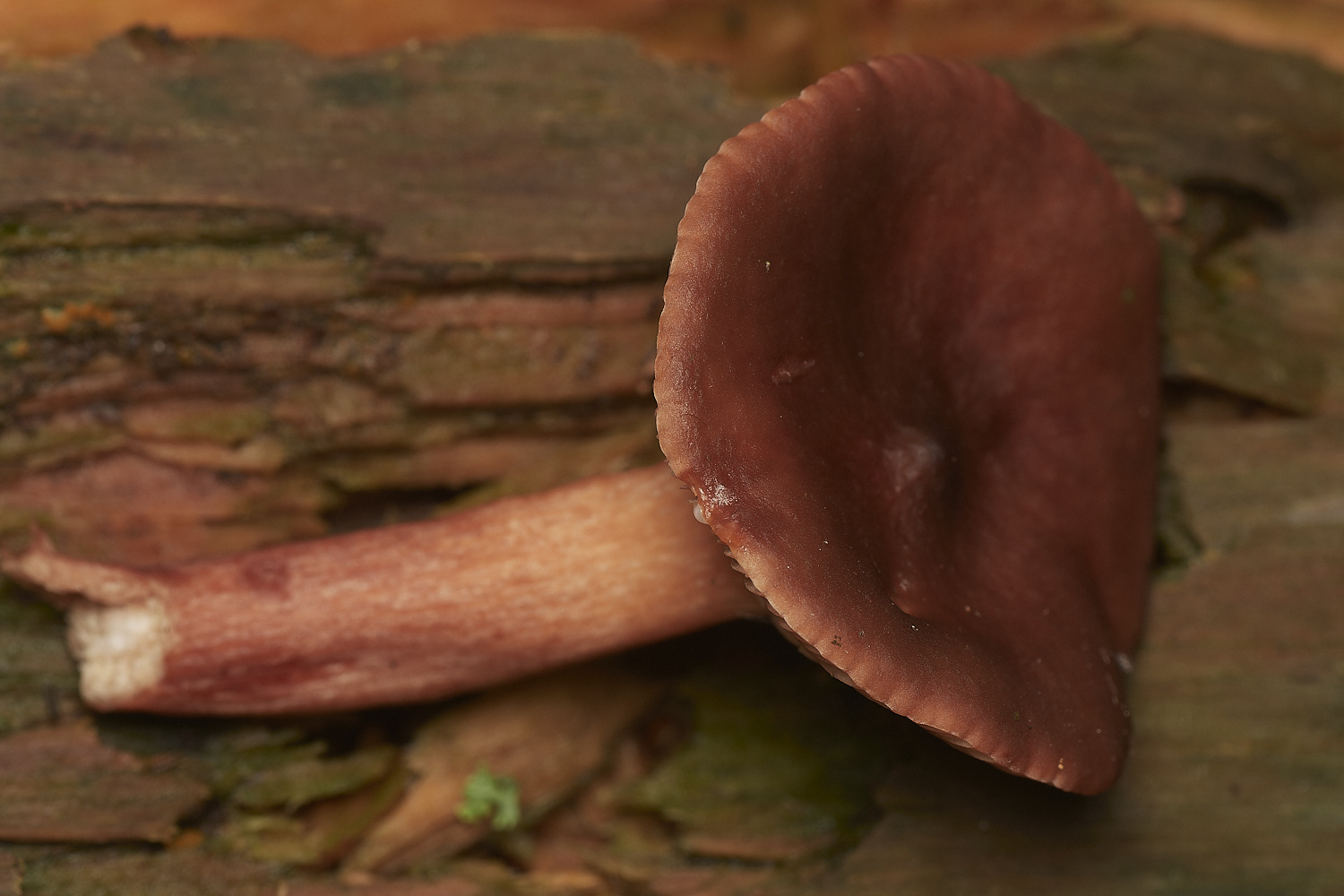
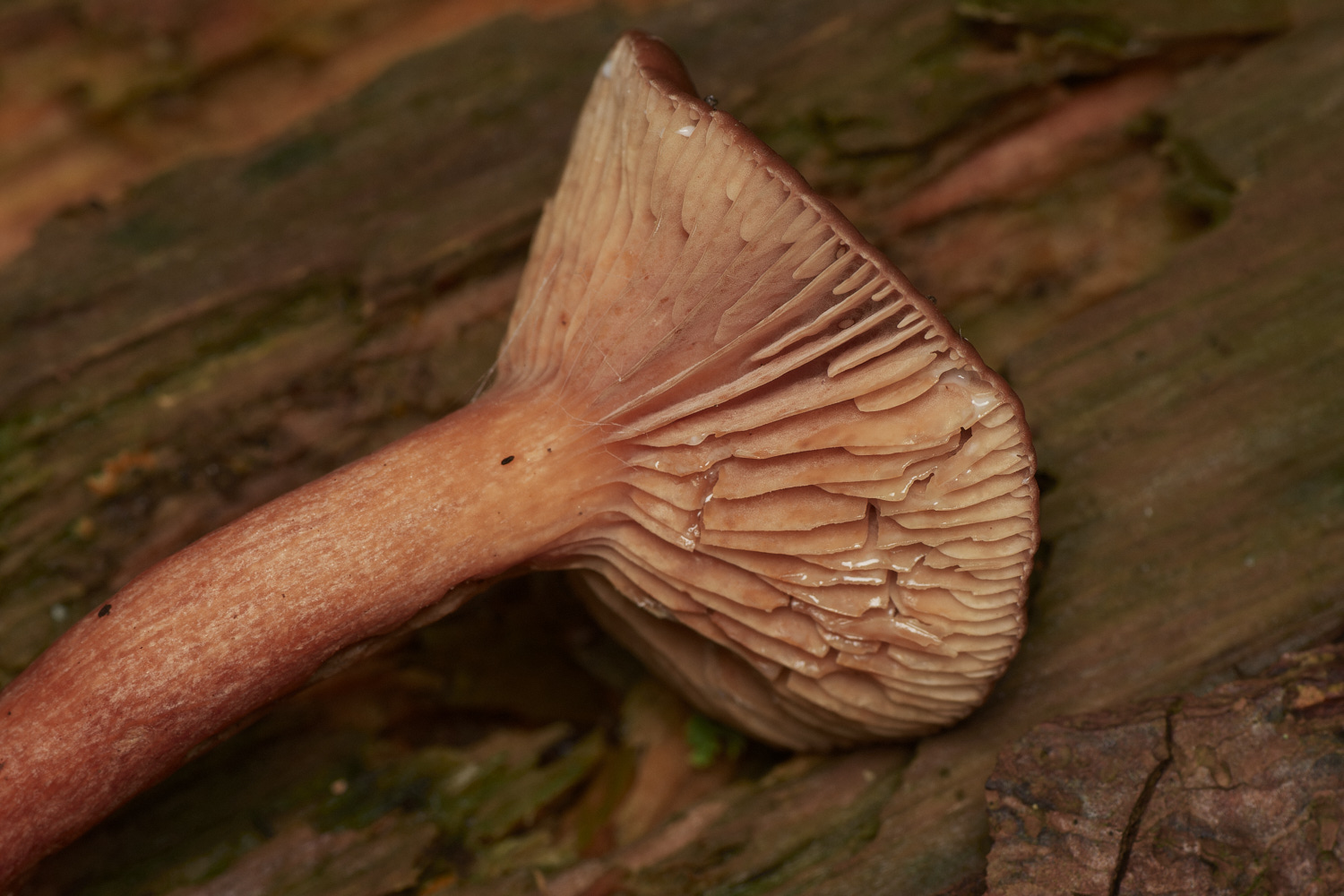
?
6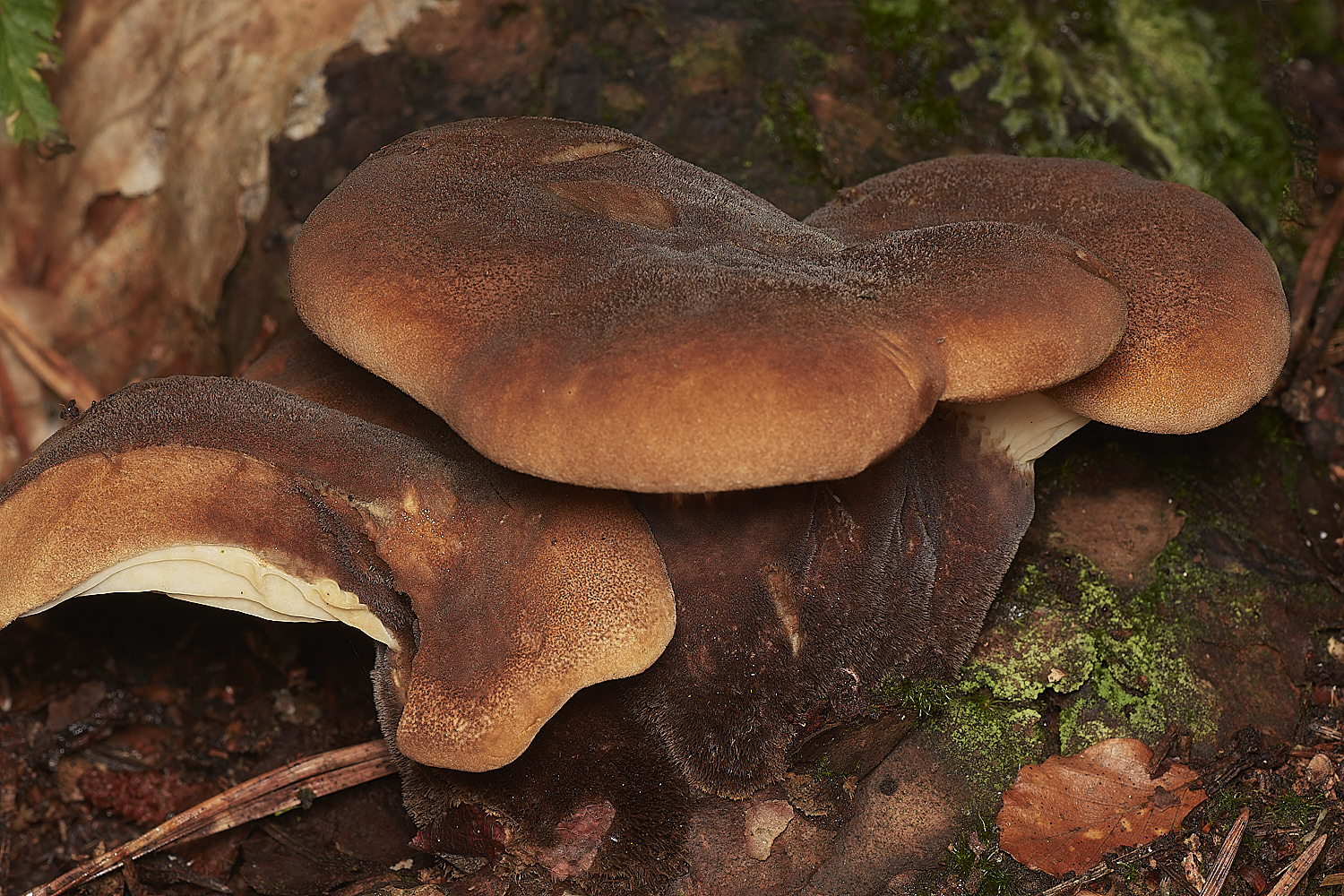
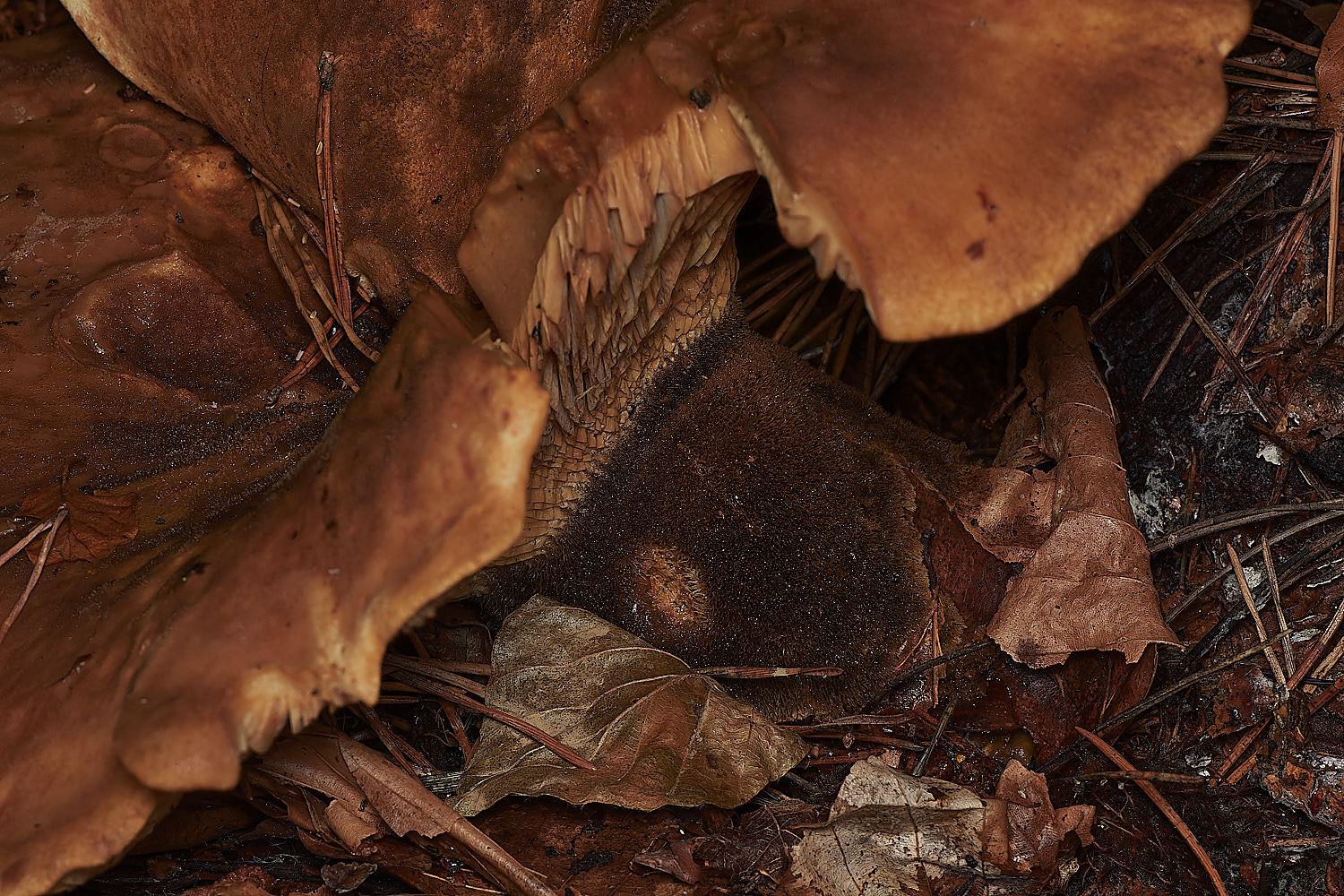
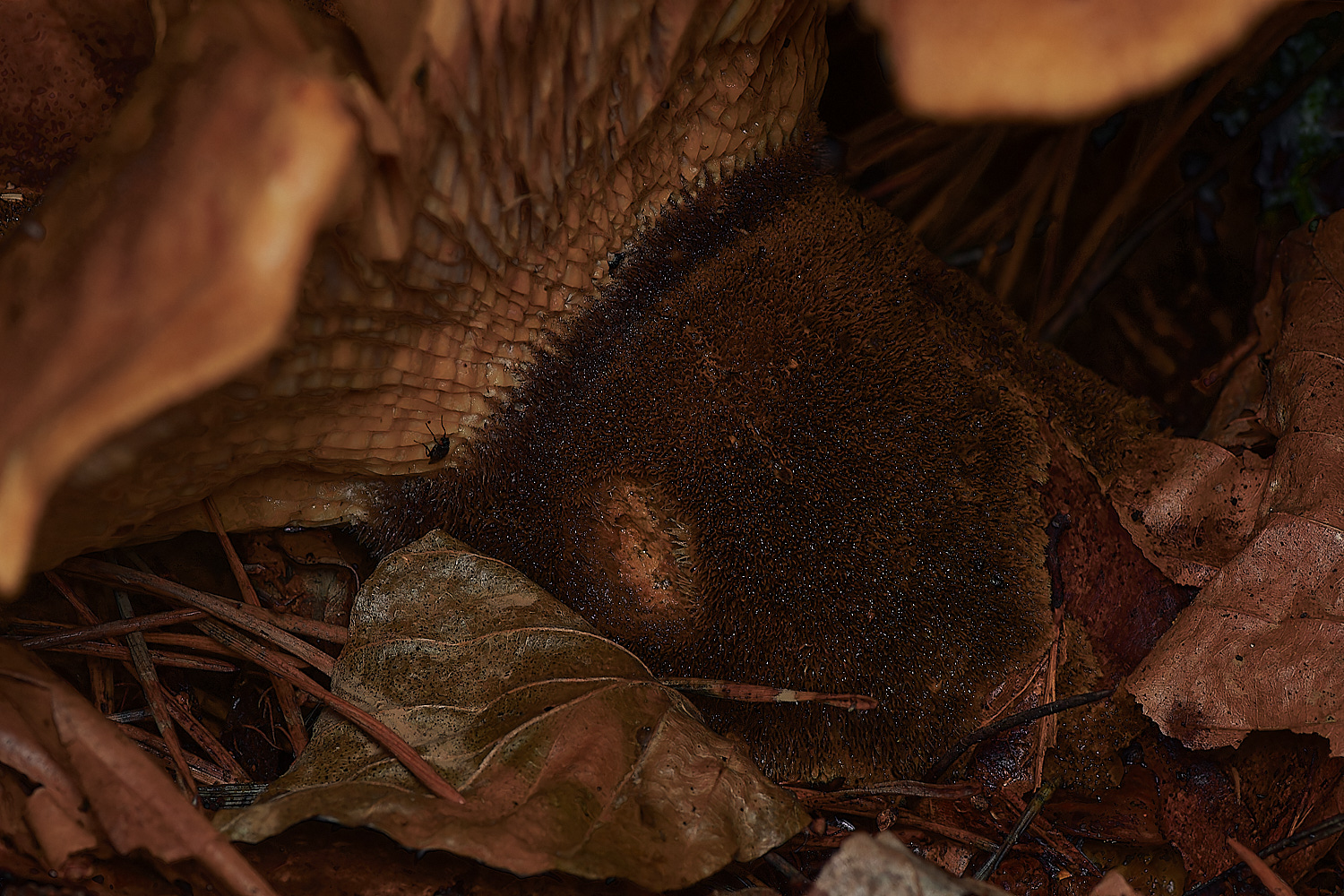
Velvet Rollrim (Tapinella atrotomentosa) on a Pine Stump
Quite gorgeous sense of velvet on the stipe in the images above.
From
First Nature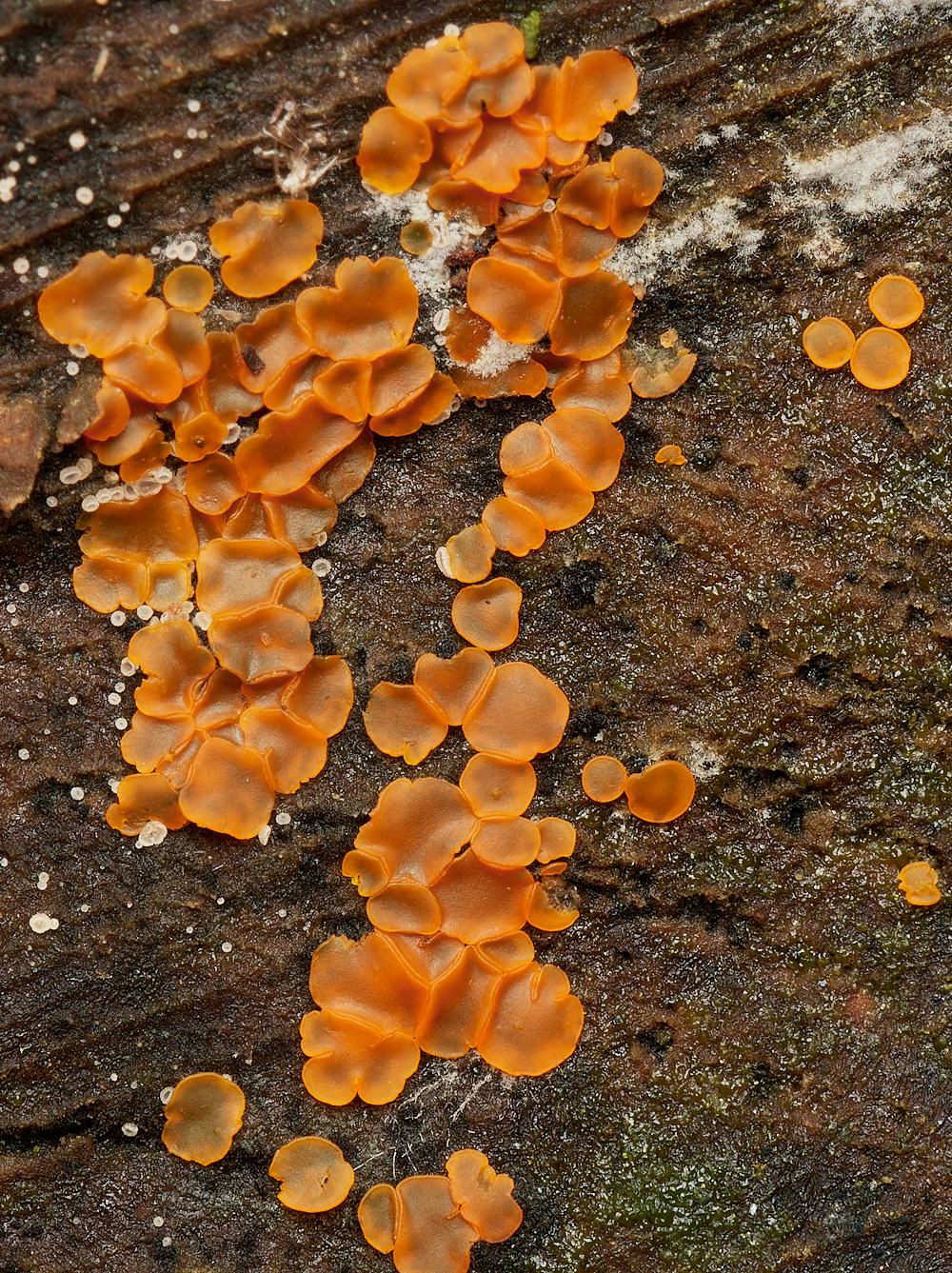
?
7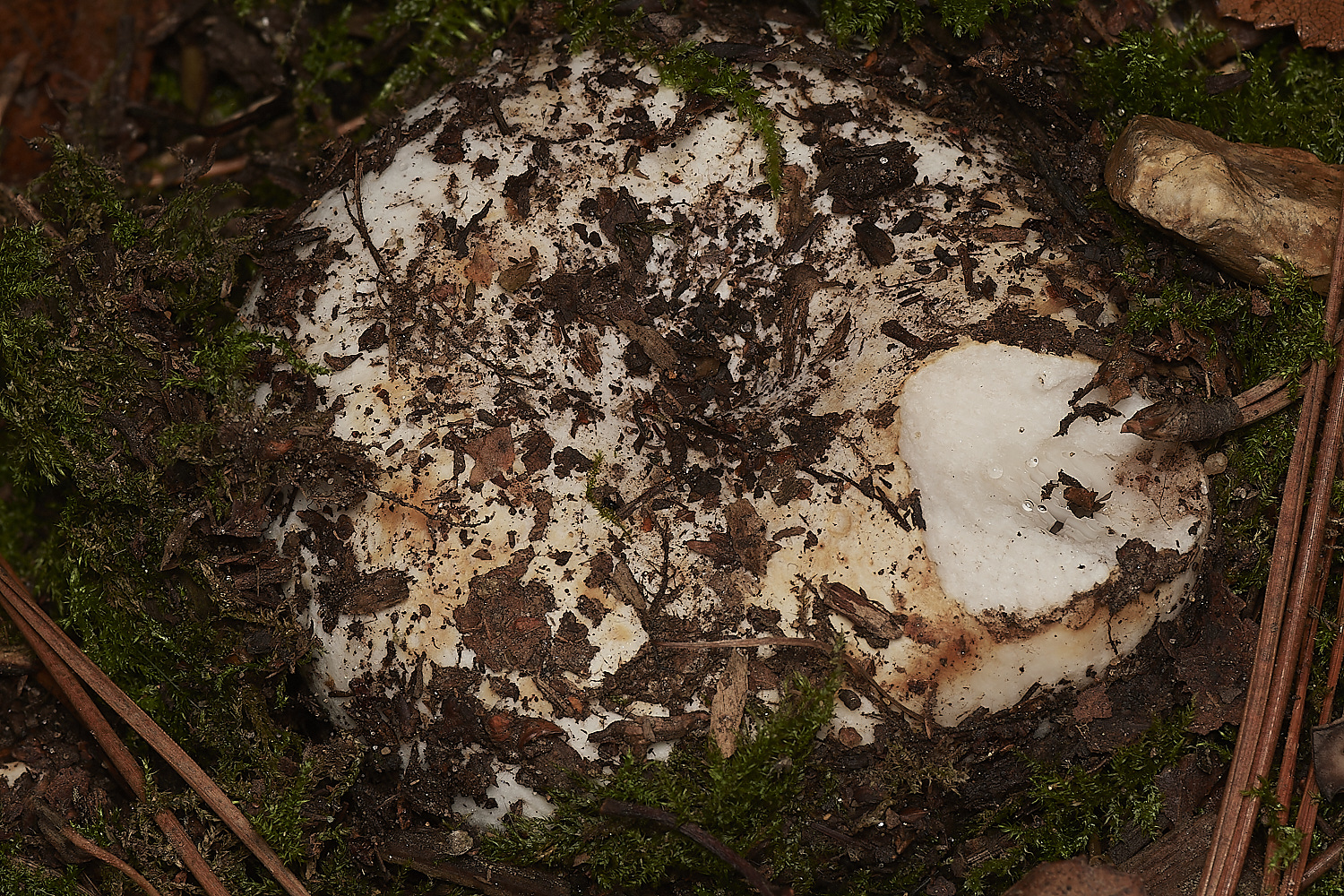
Milk-white Brittlegill (Russula delica complex)
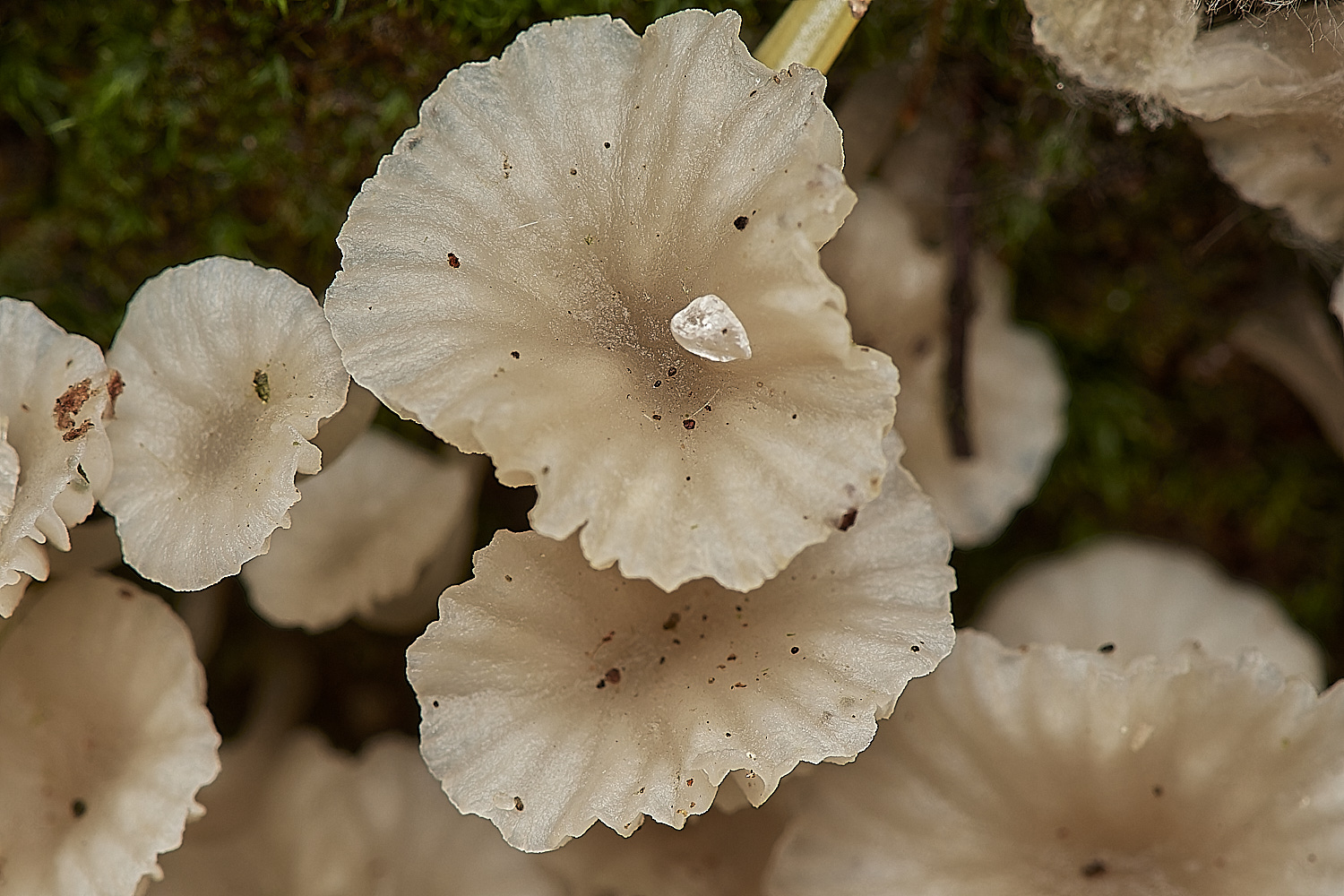
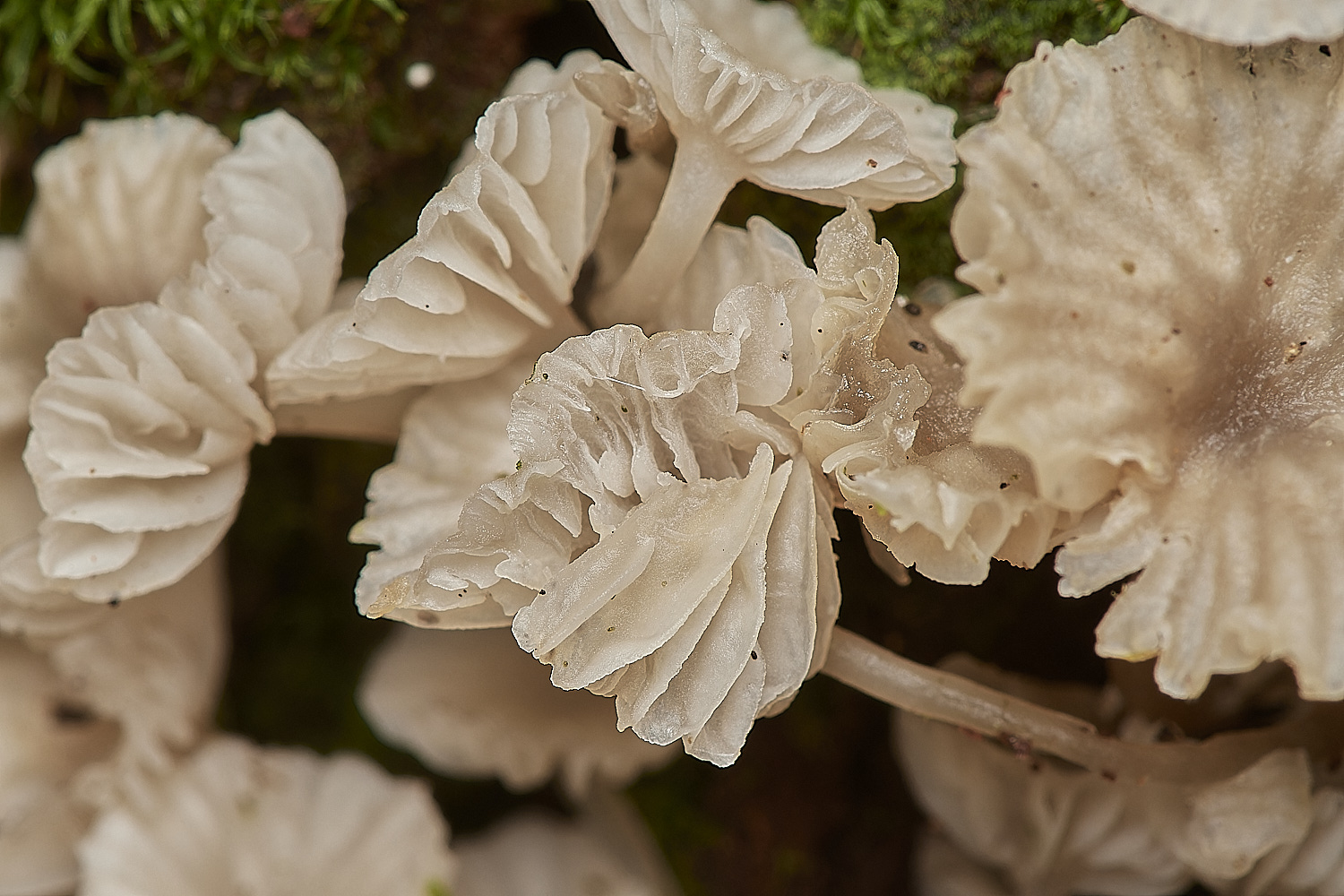
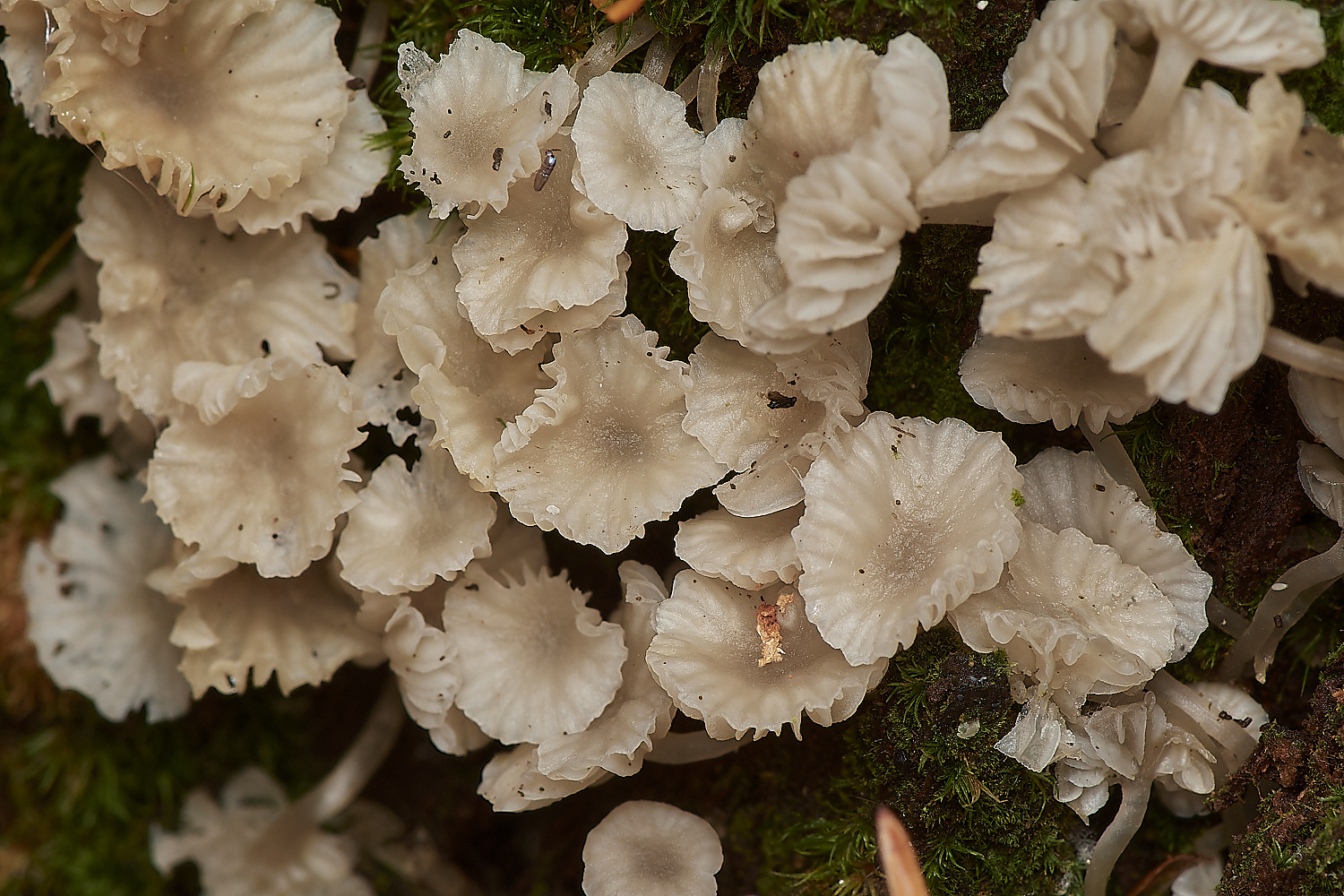
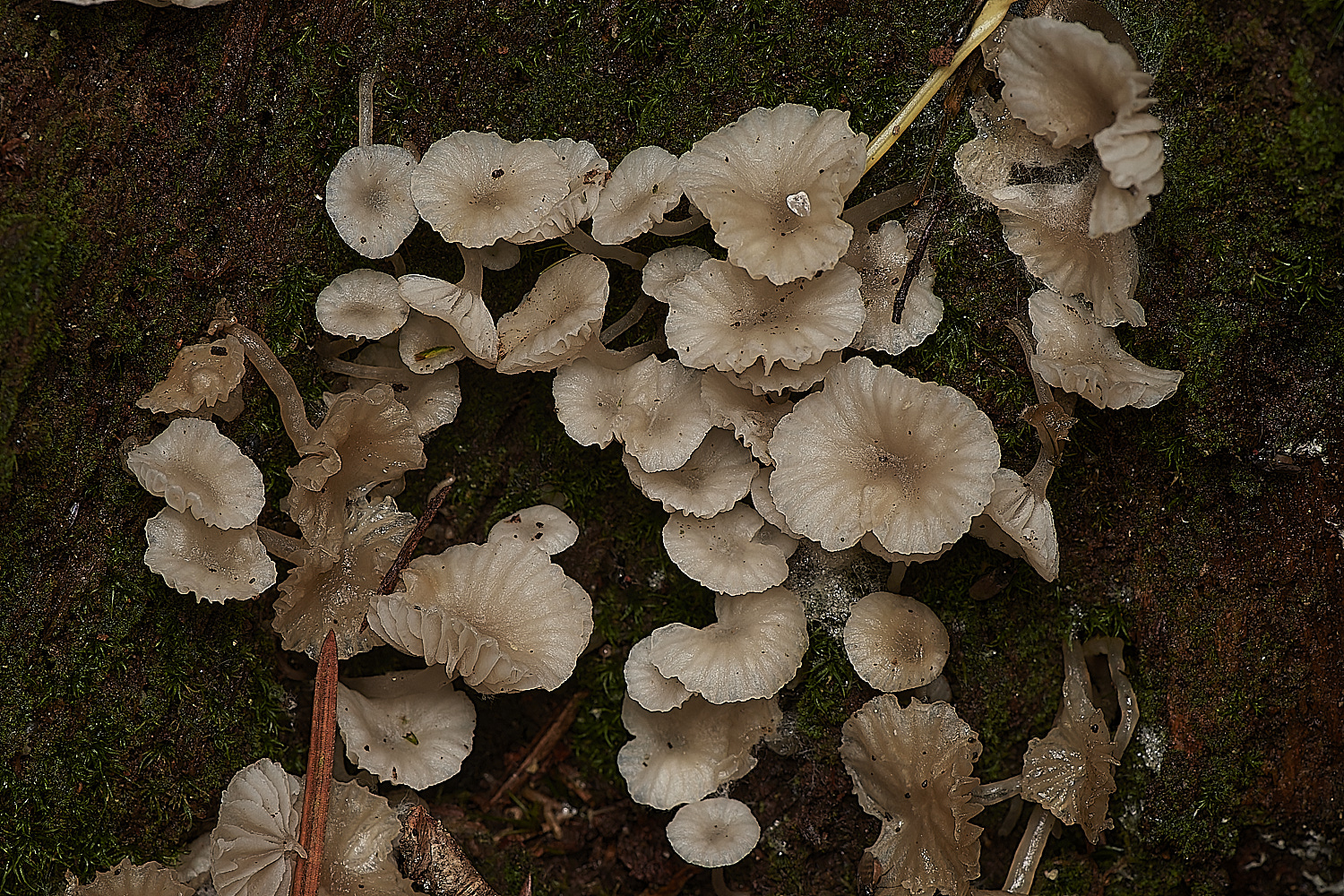
Tony's initial comments on these
I took home some of those numerous small mycena (I think M. speirea was the initial thought) on the large flat stump towards the end of the day (in Holt CP). At first glance, I thought they might odd-looking Delicatula integrella & I tried to keep an open mind . . . they were very jelly like by the time I looked at them this morning and microscopy revealed nothing I could be convinced about. Did you get anywhere?
From Steve
Then to the group that has taken up much of my afternoon, this being the dramatic collection of small white fungi low down on the moss covered stump. They gave me much to think about as they looked nothing like anything that I was familiar with, they were very delicate but fortunately I had packed them with a lot of moss and placed them in the fridge as soon as I got home. They looked to my eyes very much like Mycenas so I used a combination of Mycena S.L. and Kibby vol 2. For the reasons outlined below I am very tempted towards Mycena olida.
The caps averaged 9mm were ivory white with a yellowish tinge to the centre of the older specimens there was slight interveining between the gills of the older flatter specimens. Taste insignificant smell not really noticeable. They had 2 spored basidia, with pleurocystidia in amongst the basidia of a similar shape to the cheliocystidia which fitted the cylindrical, subclavate or fusiform cheilocystidia of Mycena Olida as compared to the slightly similar looking Mycena hiemalis, which apparently has fusiform to utriform cheilos. Spores were well within the range for both M. olida and M. hiemalis. Examining the stipe I eventually managed to find caulocystidia and these fitted with the description and images of those in Mycena S.L. Clamps were absent or at least I couldn't find any, which is right for the versions with 2 spored basidia.
This is a completely new to me species and I am well outside of my comfort zone with this one, I am hopeful that in amongst the packing and sorting that Yvonne will have had a chance to look at the ones that she took and that they travelled better than, from his comments, those that Tony M. took, if so hopefully she will be able to give me some pointers as to where I went wrong. Over to you Yvonne.
Yvonne comments so far.
Sorry but I didn’t have time to really examine the specimens thoroughly, just a brief look under the microscope but I thought I could see some utriform cheilocystidia. I didn’t take it any further, didn’t even get the Mycena book out ! I must admit they didn’t look like Mycena in their growth habit and like Tony I did wonder about Delicatula but I didn’t even look up the microscopy on those, I think they have cystidia but not utriform - again I’ve never seen them grow like this.
A further comment from Yvonne
I managed to have another look at the last of my specimens this morning. I completely agree that the growth habit is more Delicatula, but the gills were deep and without any bifurcation and with only feint cross veining. The cystidia were utriform and according to FN Delicatula has cylindrical cheilos, if any at all, as it more commonly has none.
Been a very busy few days so probably haven't been able to give it the brain power that it warrants but have decided that as the last remnants of collapsing fruit body has now been given that last final flight from the bedroom window it is time to finally put to it to bed as a "remains a mystery".
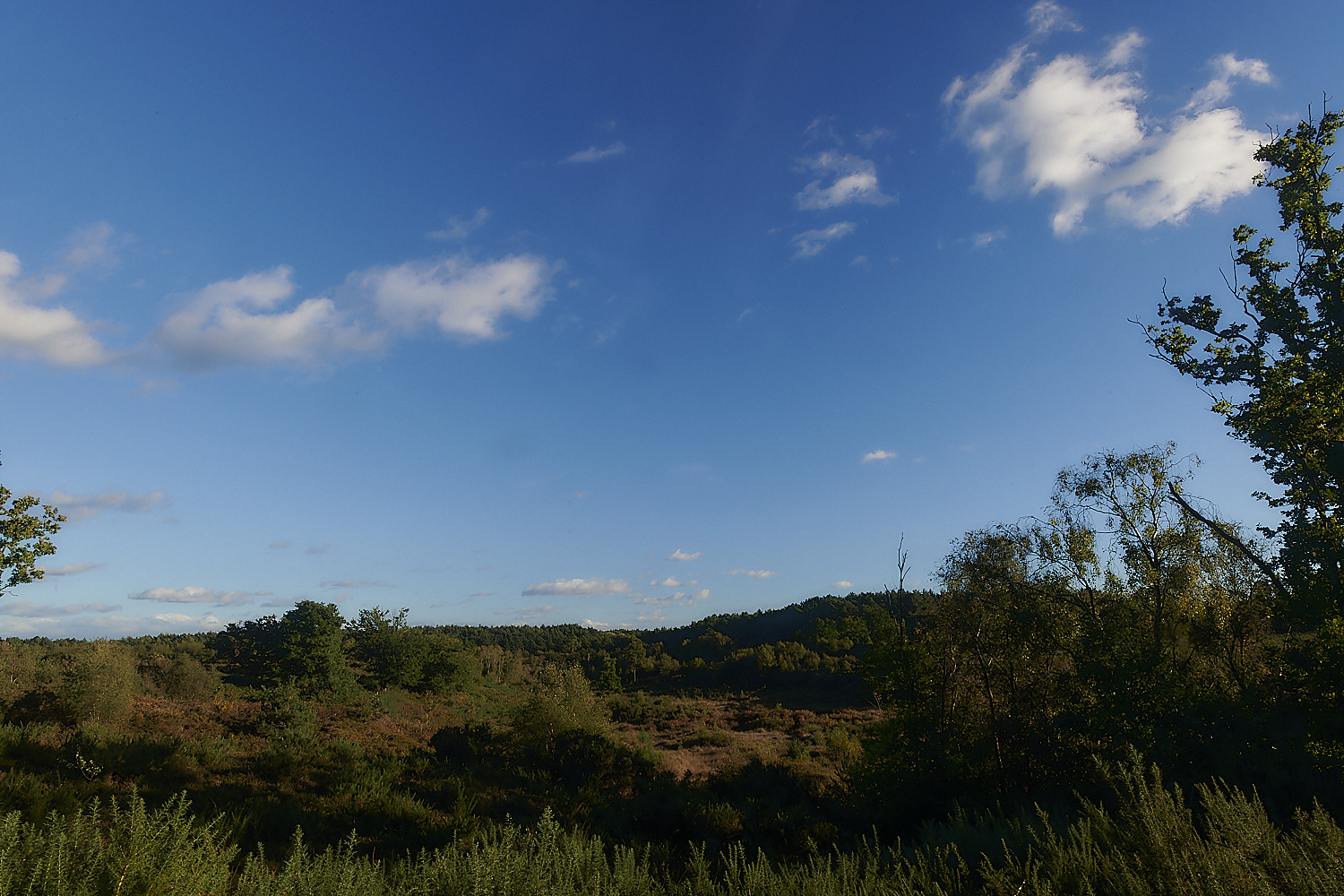
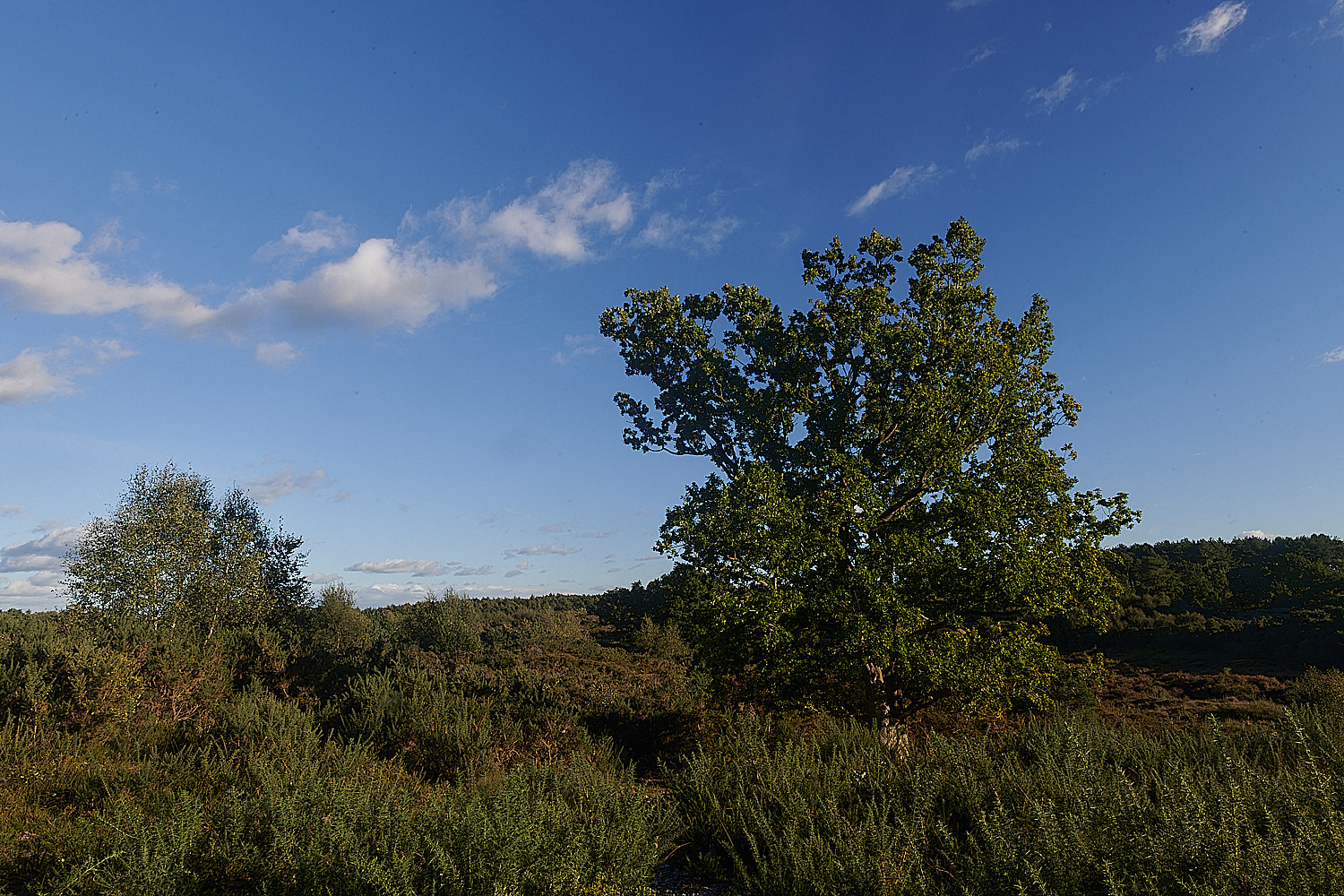
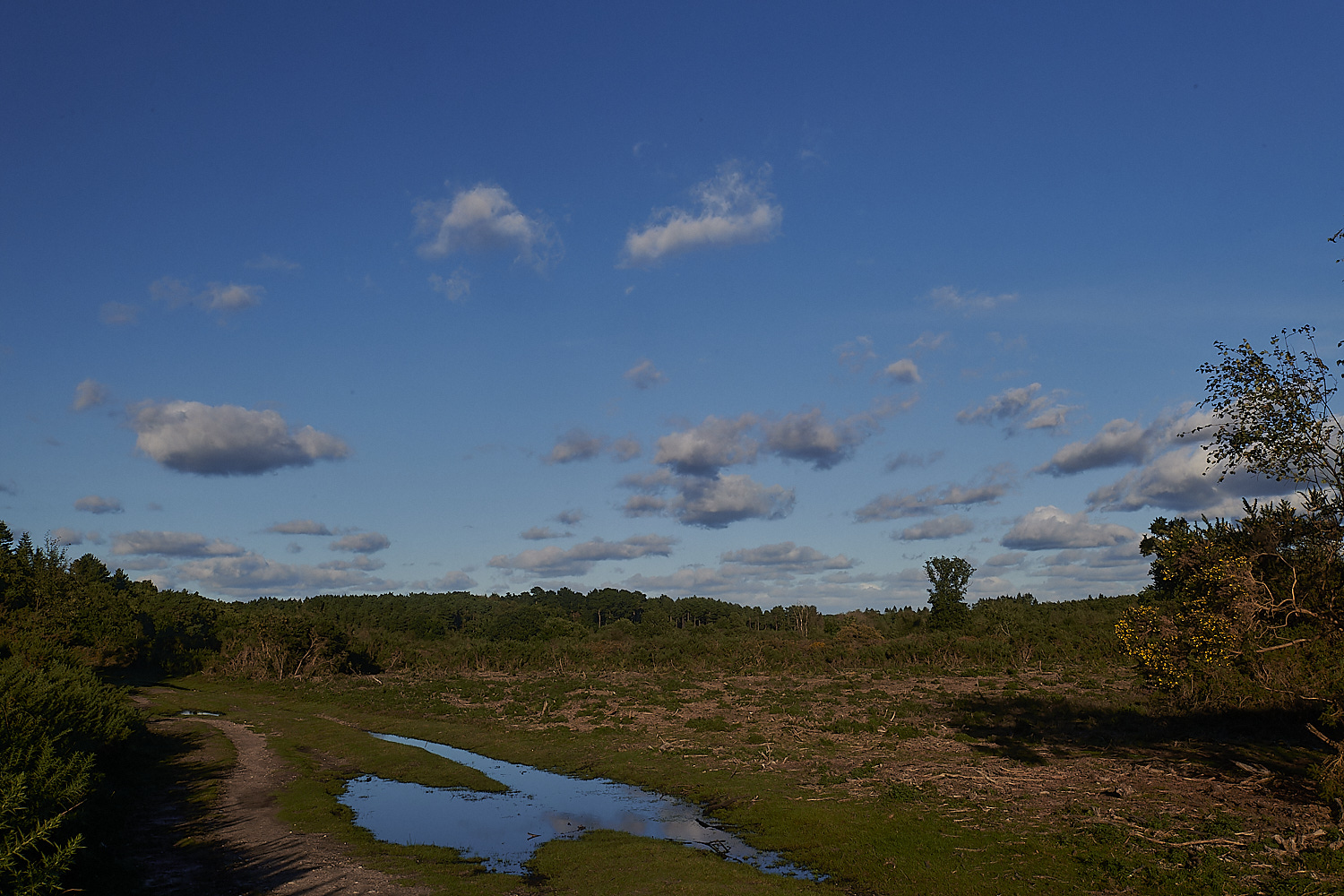


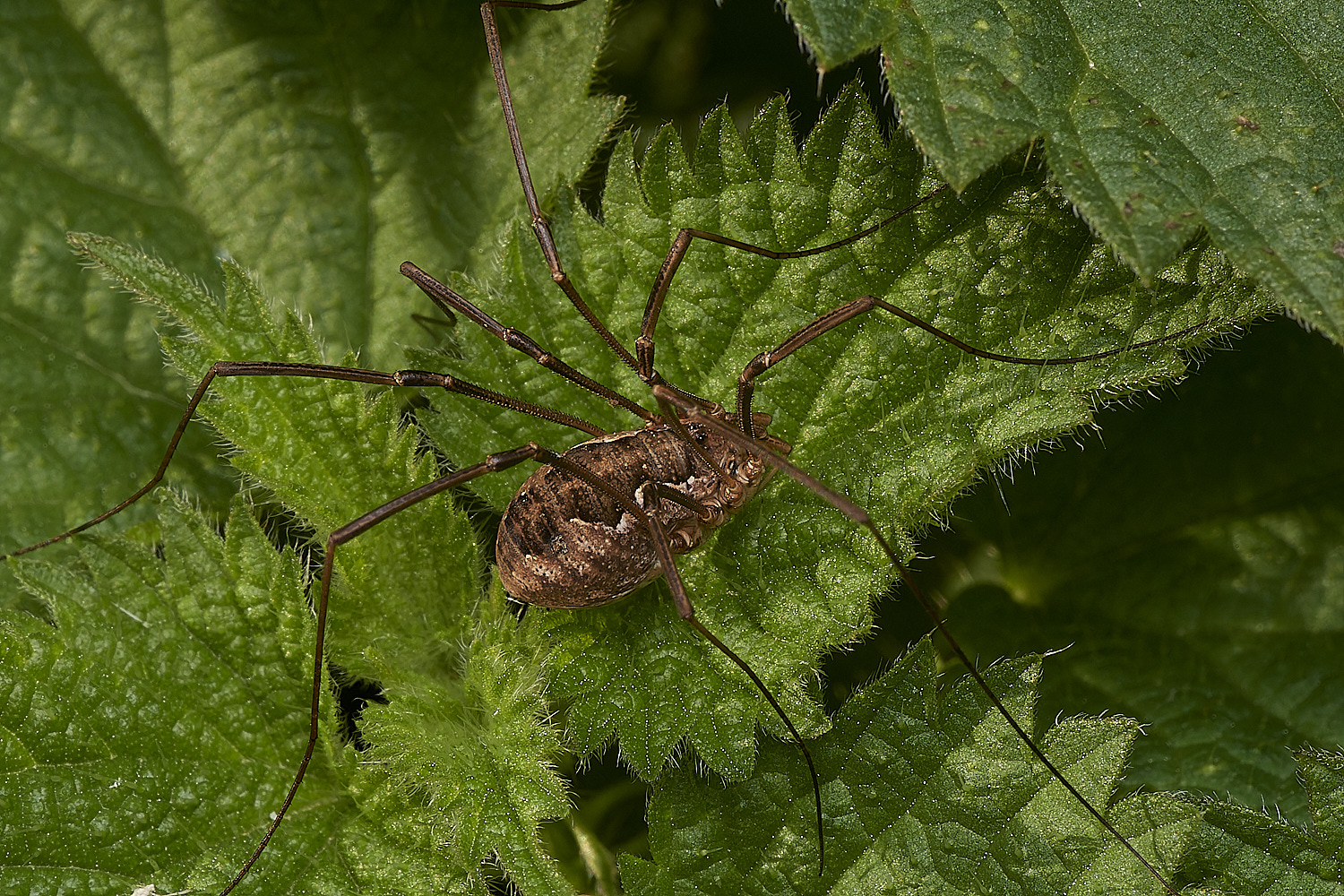
The comment above about developing thoughts on an id also apply to Harvestmen
as you can see by the discussion below.
Harvestmen Sp
Phalangium opilio
Tony L commented that it might be
Mitopus morio
Anne then sent her pictures to Vanna
who commented
Your harvestmen are either Phalangium opilio or Mitopus morio females. These two are tricky to separate. The crucial feature
isn't visible in your photos - a pair of small tubercles above the chelicerae would make them P. opilio. The shape of the ocularium
is also useful but again not quite clear enough. I find these two really frustrating at times! On balance (gut feeling)
I'd go with P. opilio but then I've only seen one M. morio female and that was last week at Marsham Heath.
A further comment from Vanna
The first one clearly shows the pair of tubercles above the chelicerae that make it Phalangium opilio (female).
Second one this area this isn't visible in either photo but the leg femora all look angular in cross section and
have several rows of acute black tipped tubercles which makes it P. opilio female as well.
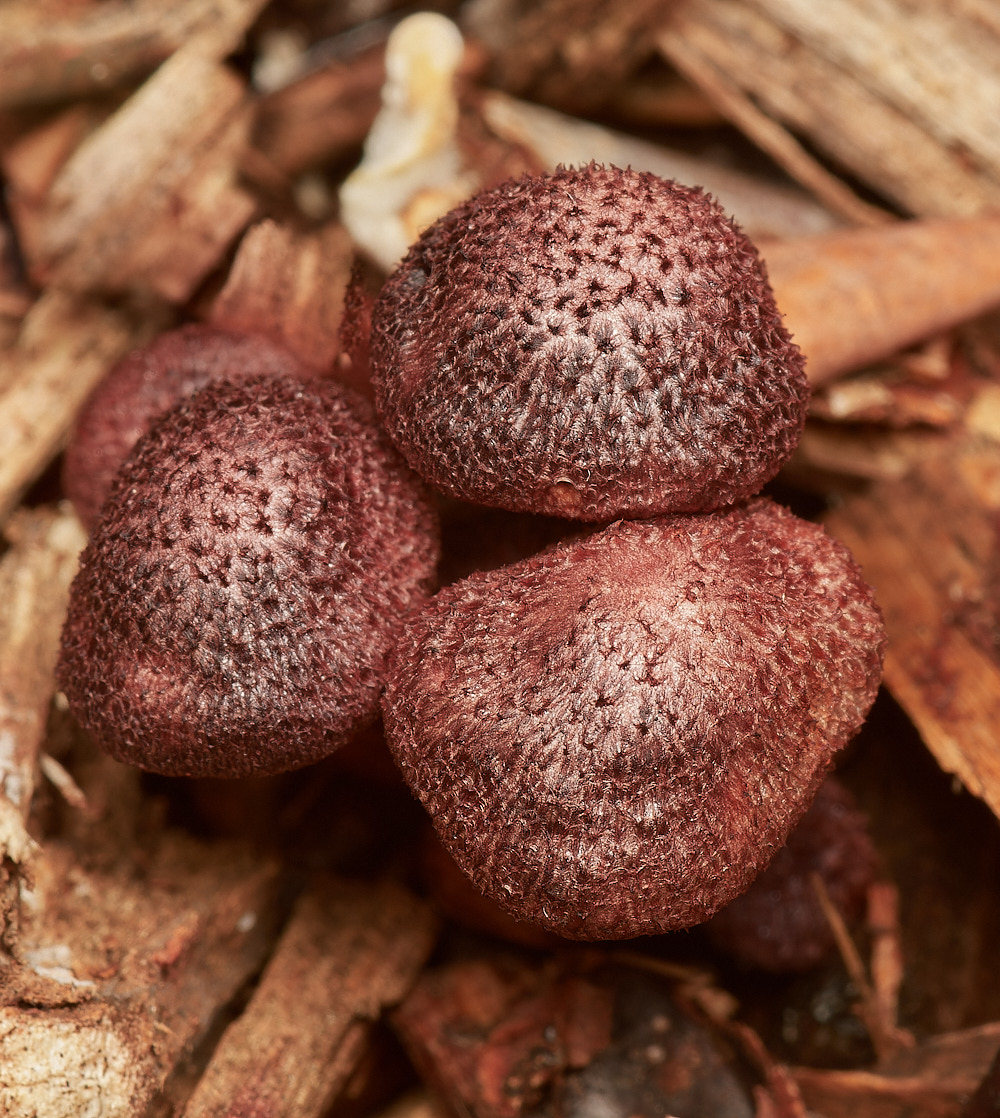
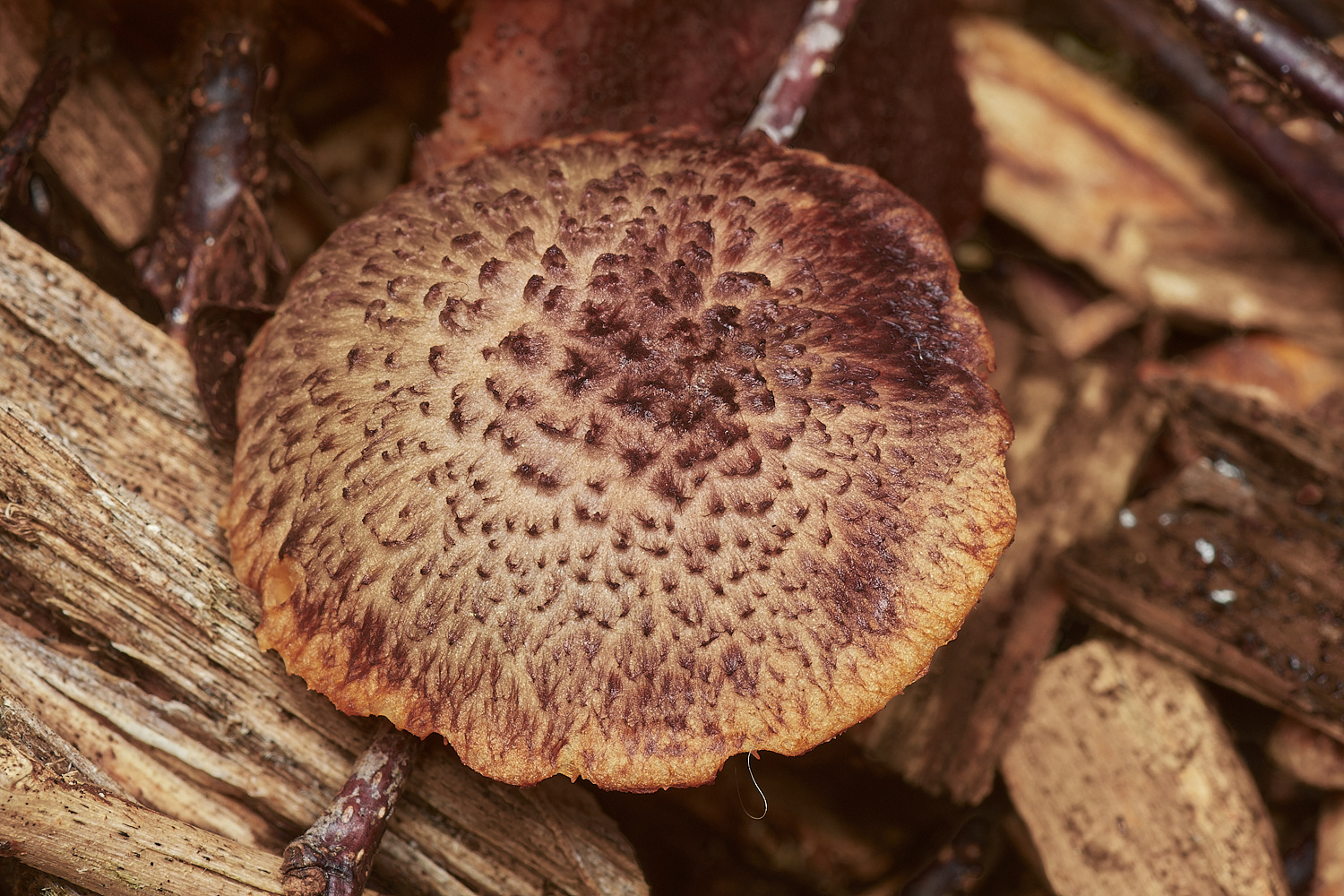
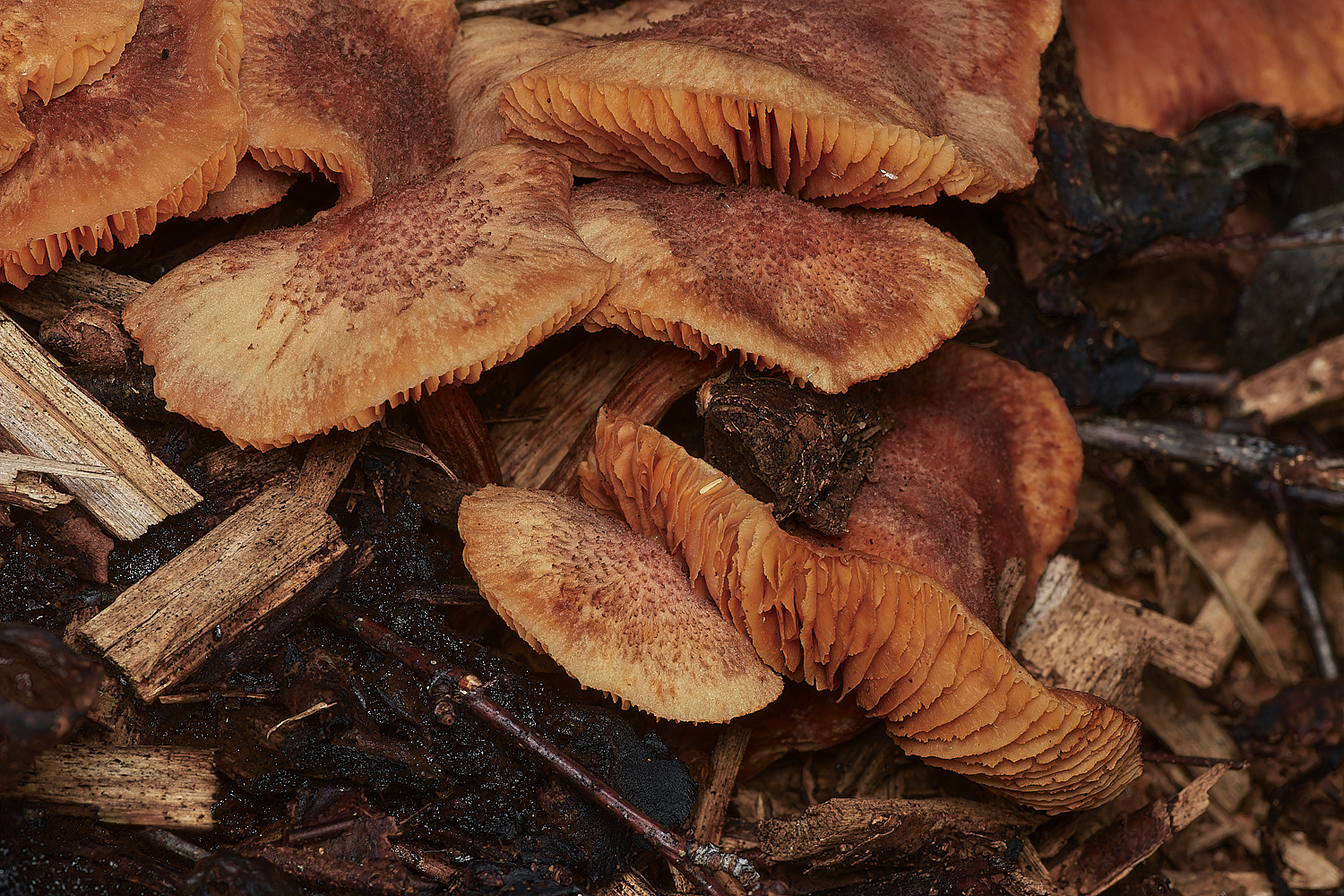
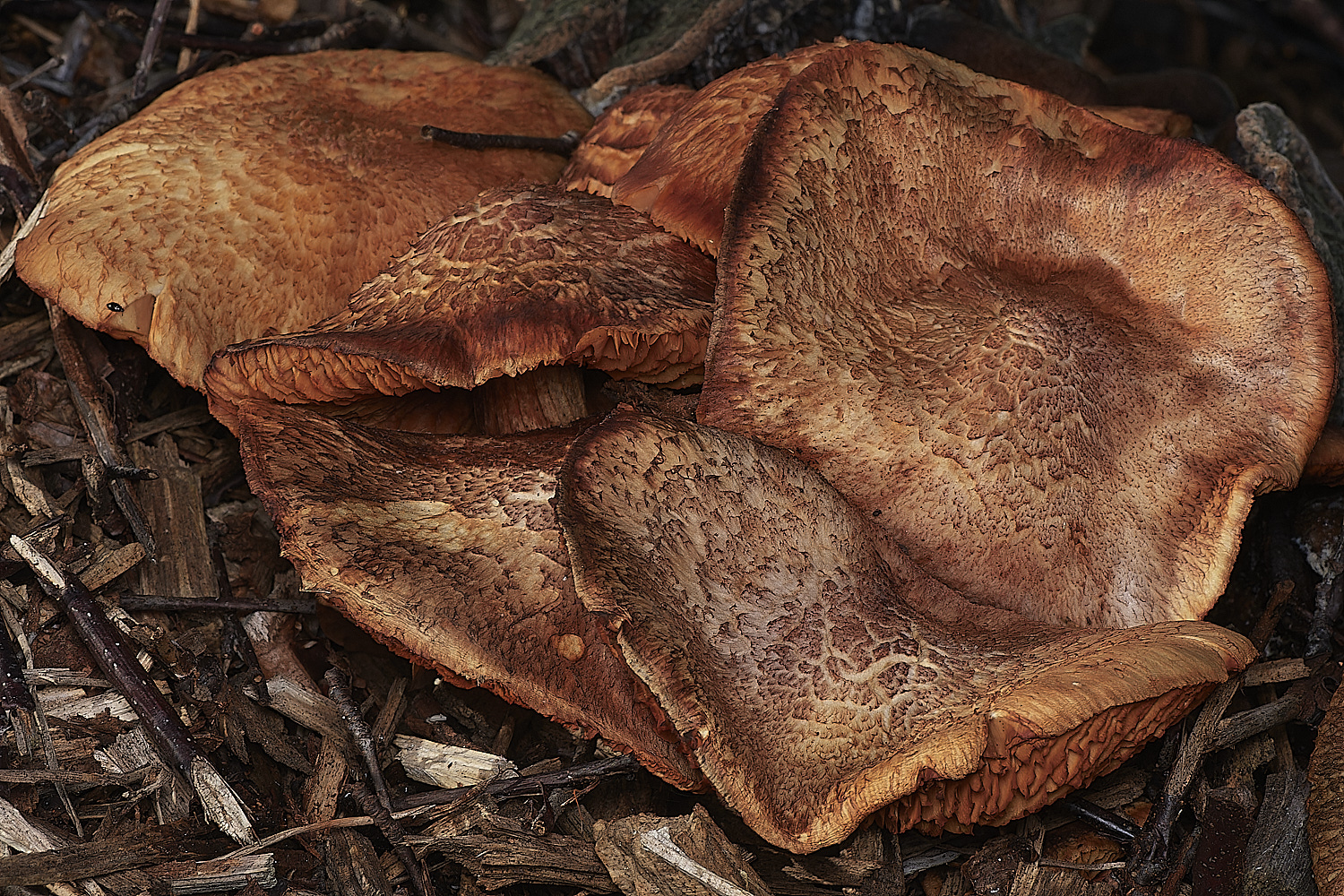
?
Magenta Rustgill (Gymnopilis dilepis)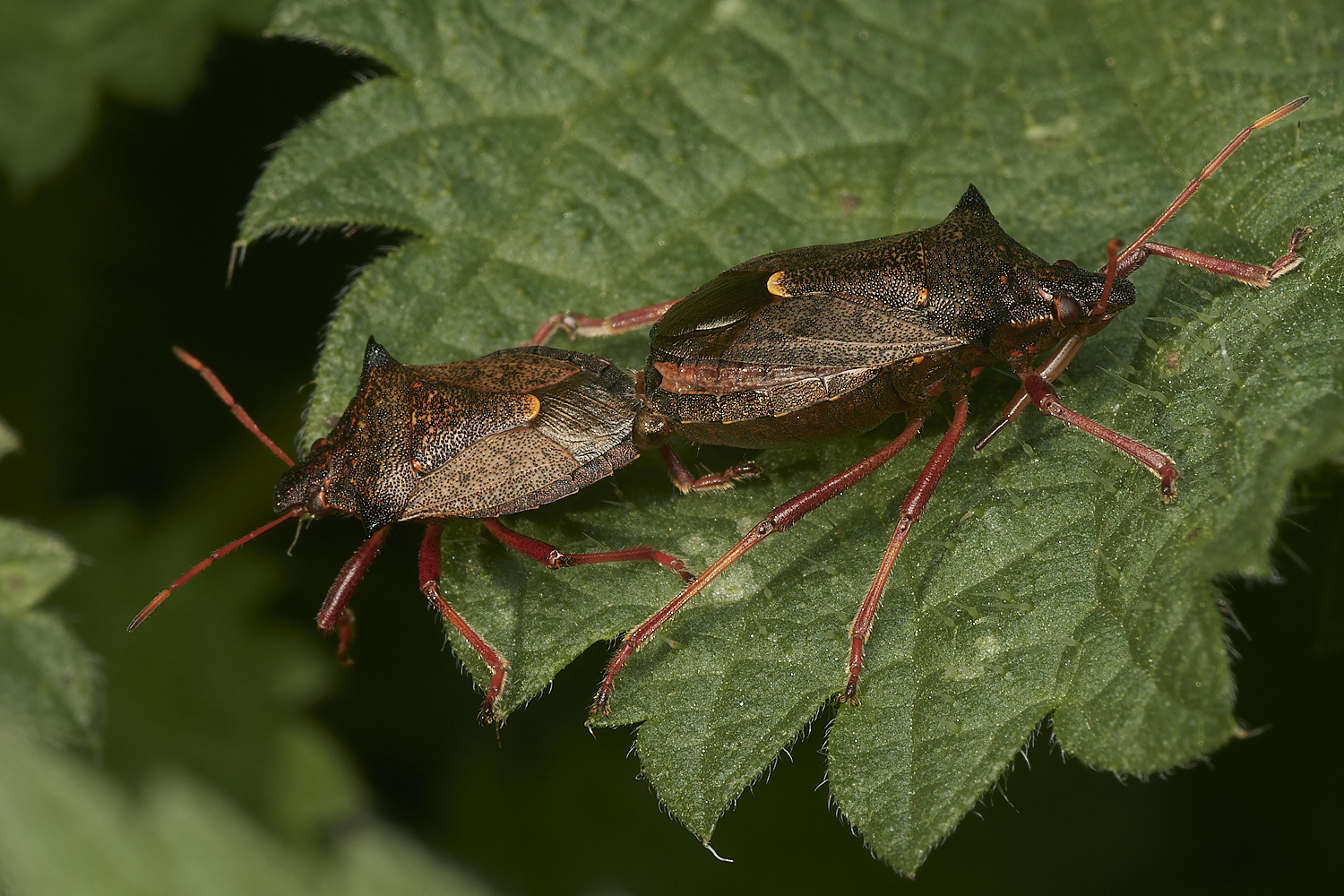
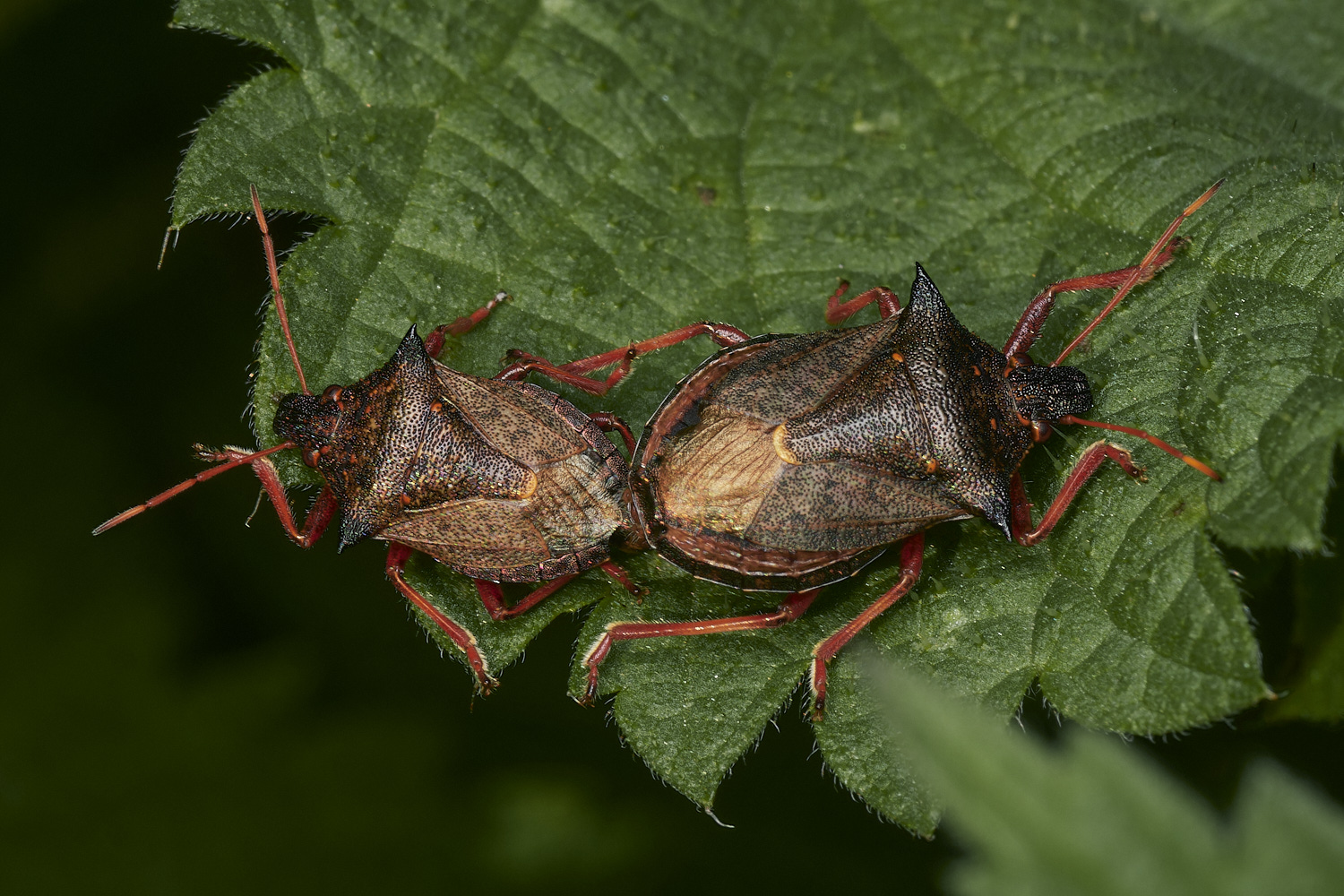
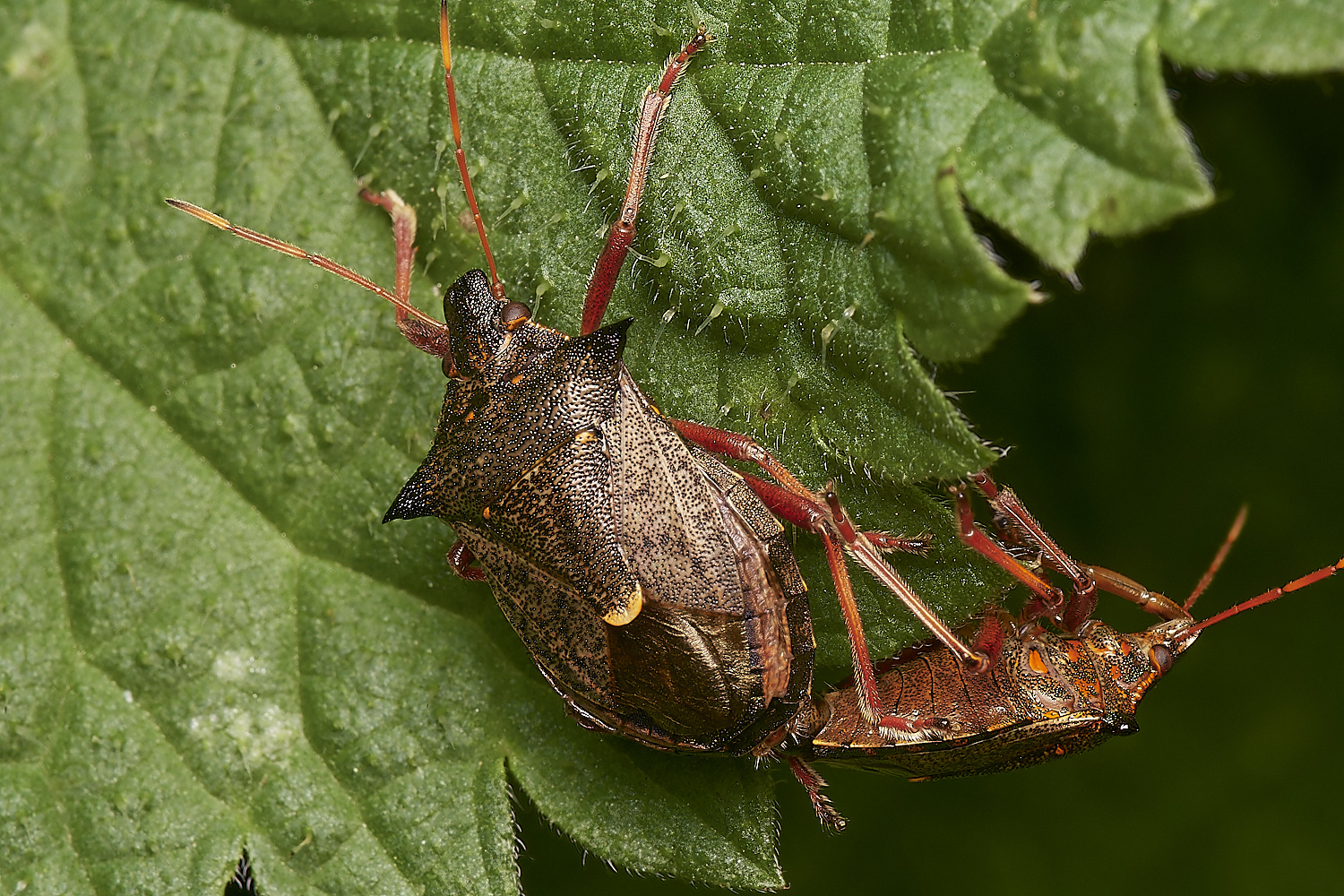
Spiked Shield Bug (Picromerus bidens)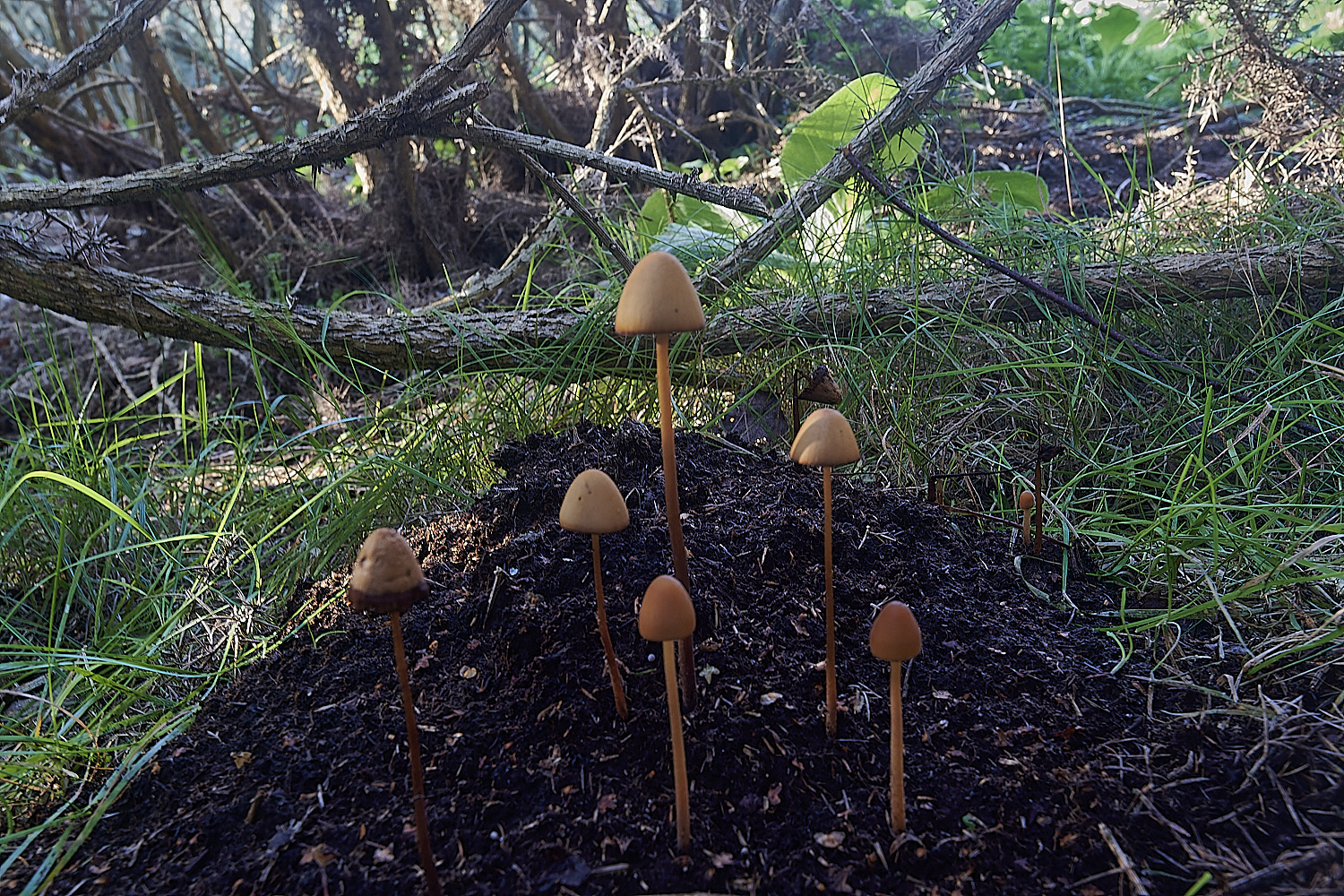
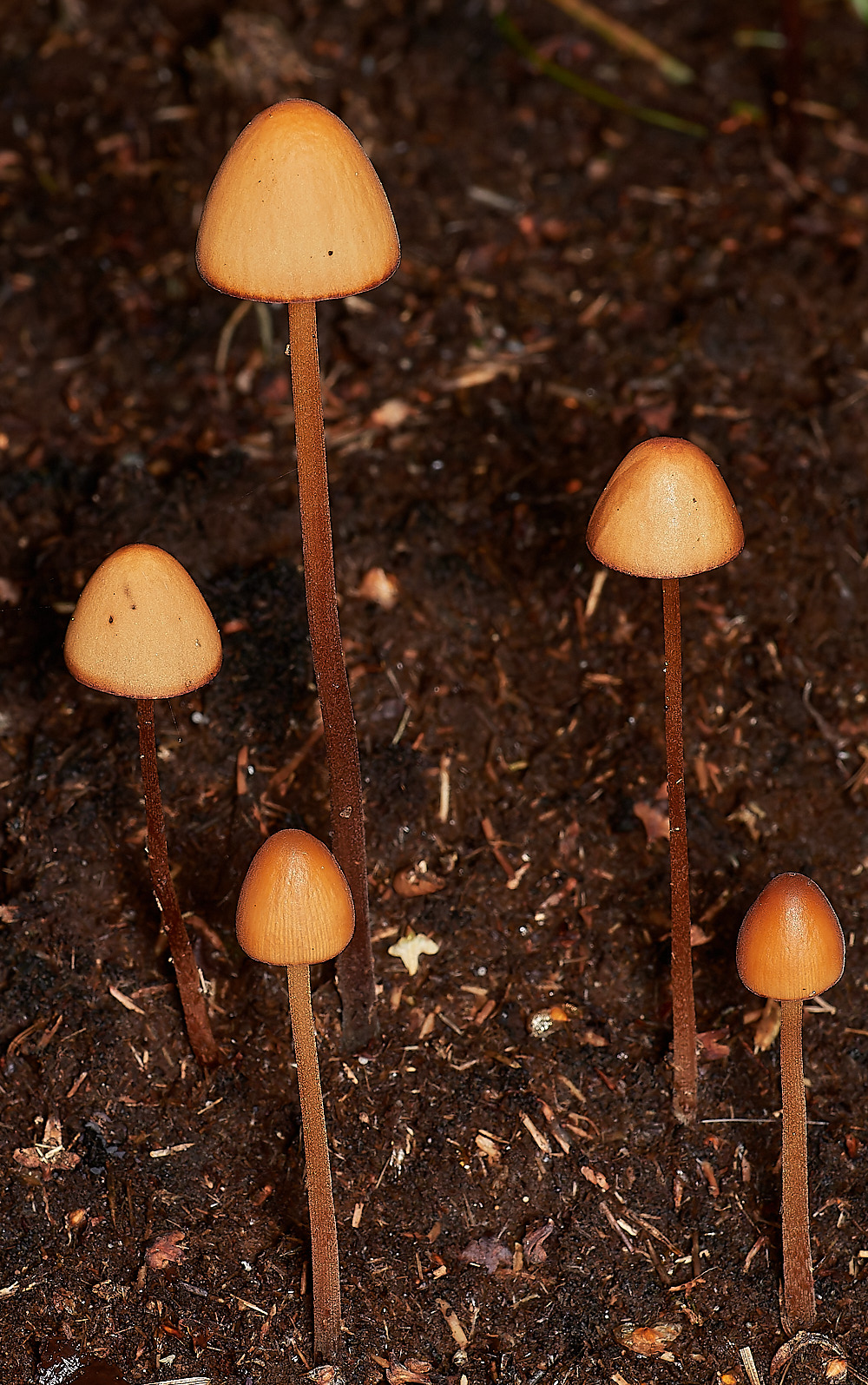
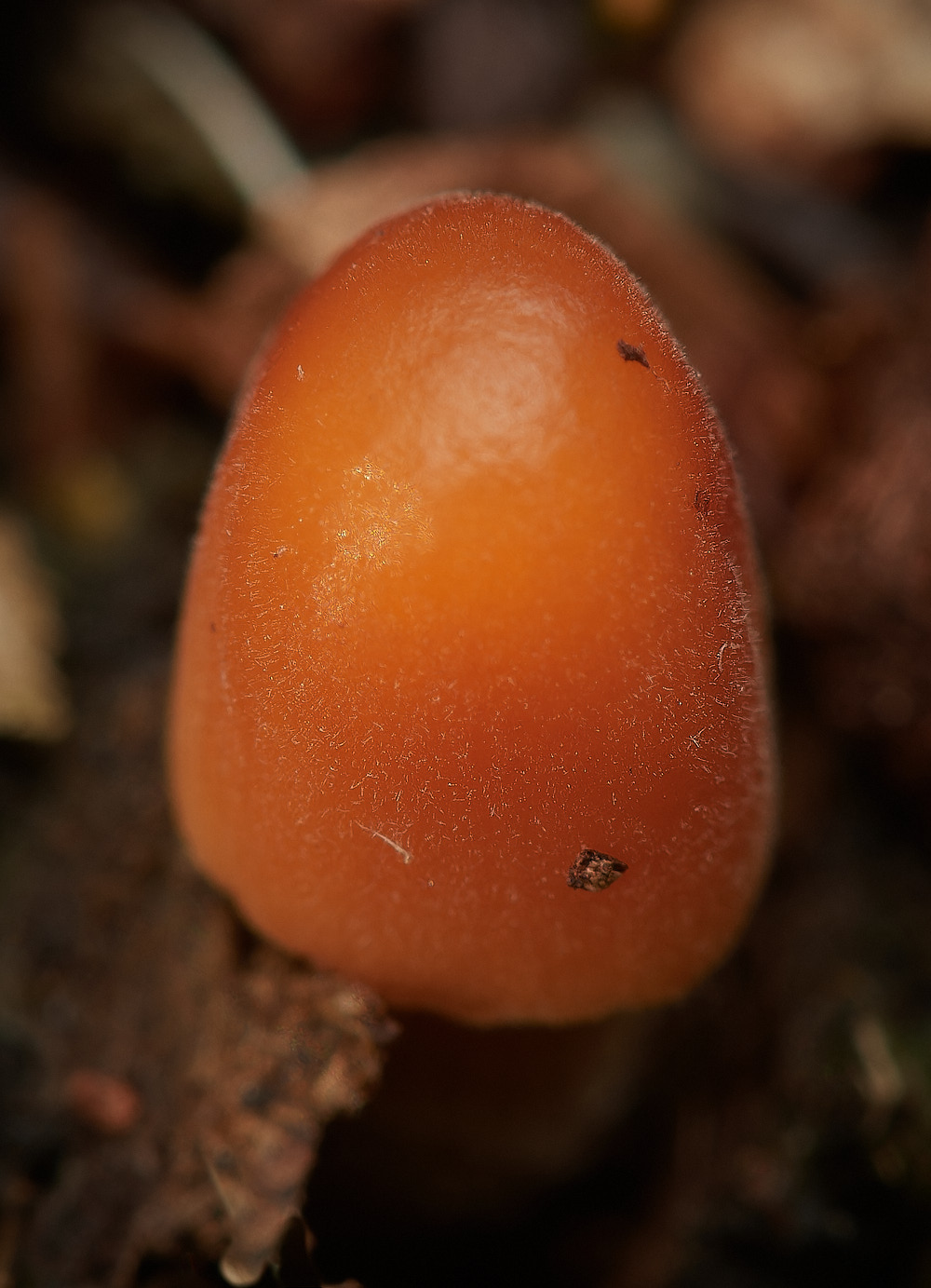
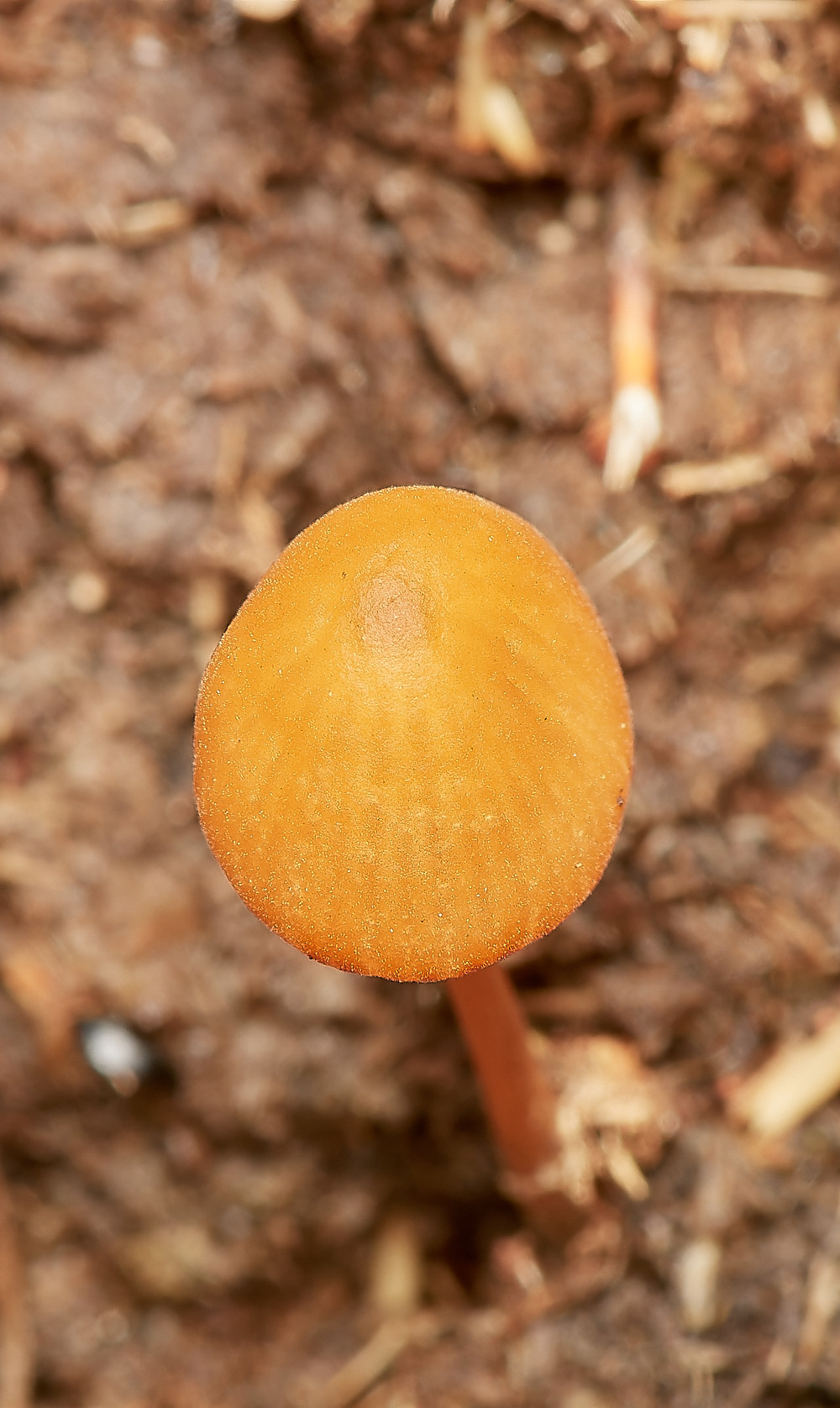
The hairs on the cap were not that obvious in the field but they show up well in the images above.
Hairs were also present on the stipe.
Growing on Pony Dung
Downy Conecap (Conocybe pubescens)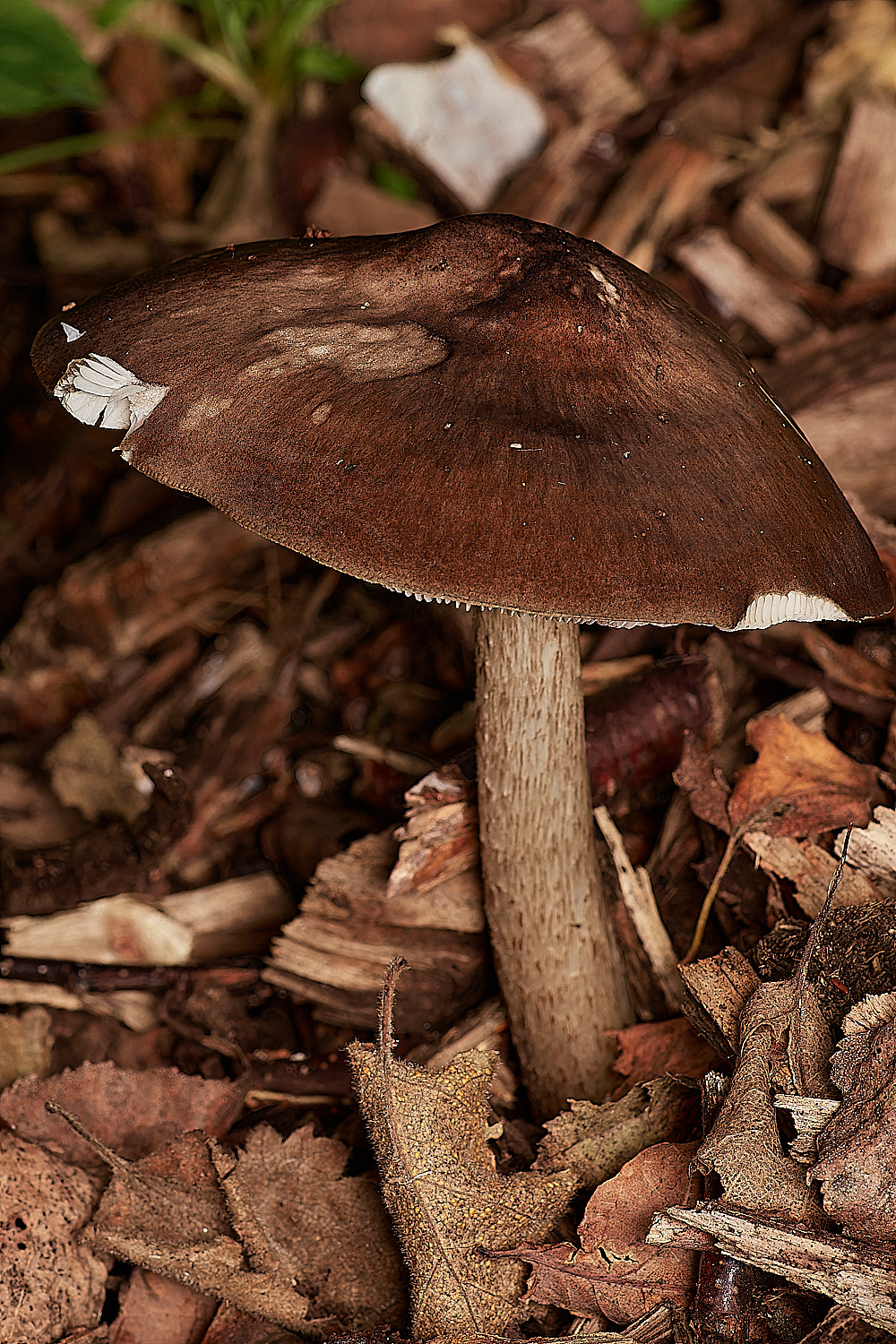
Cavalier Sp (Melanoleuca Sp) on wood chip.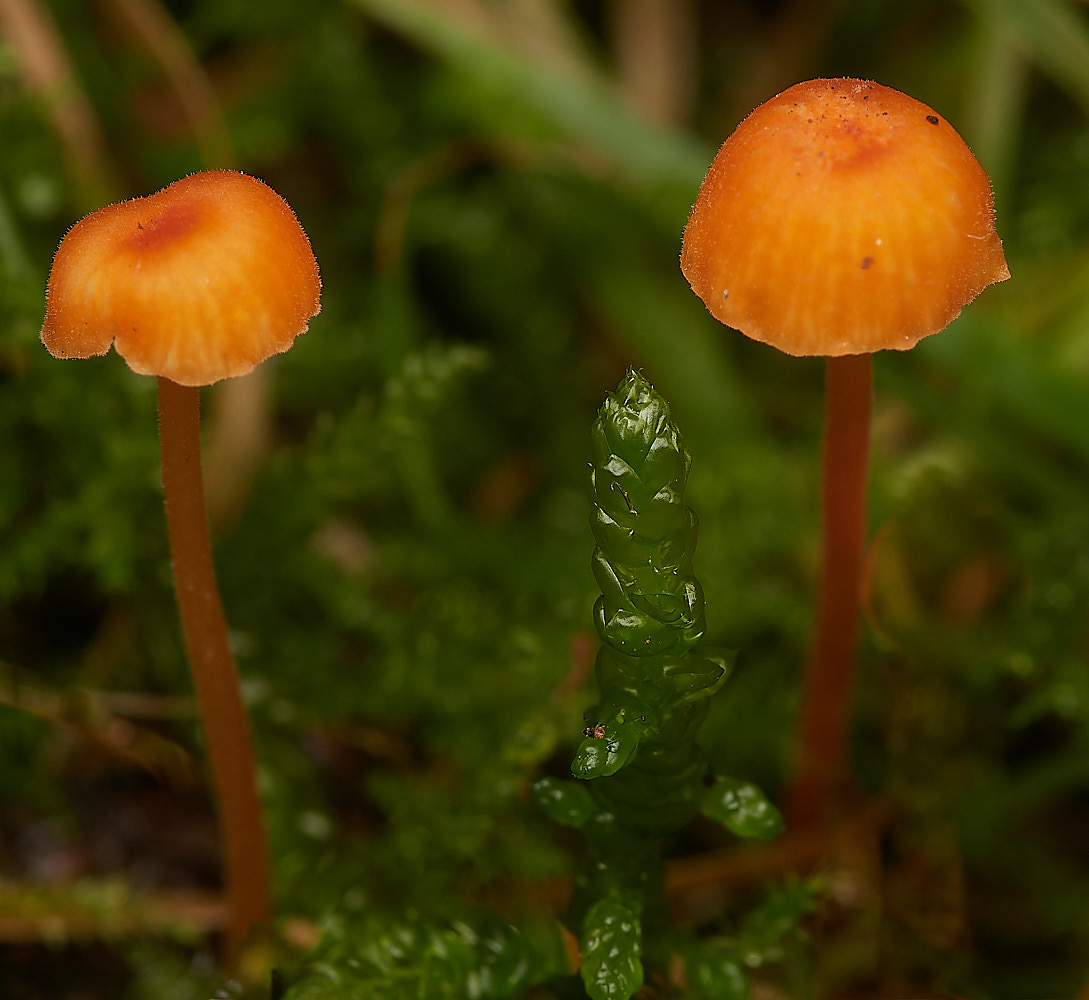
Orange Mosscap (Rickenella fibula) with Moss Juicy Lucy - Neat Feather-moss (Pseudoscleropodium purum)
Hanworth
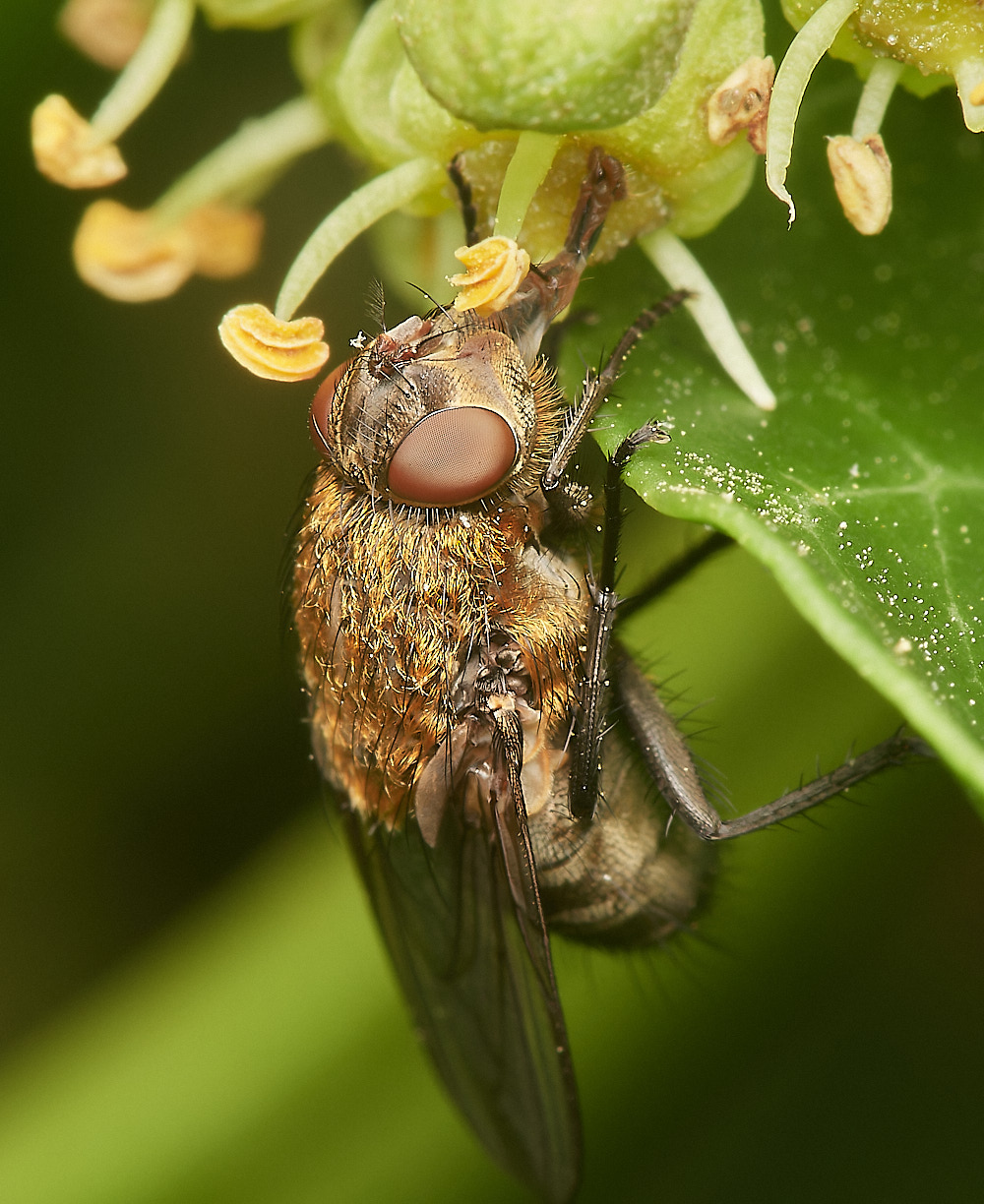
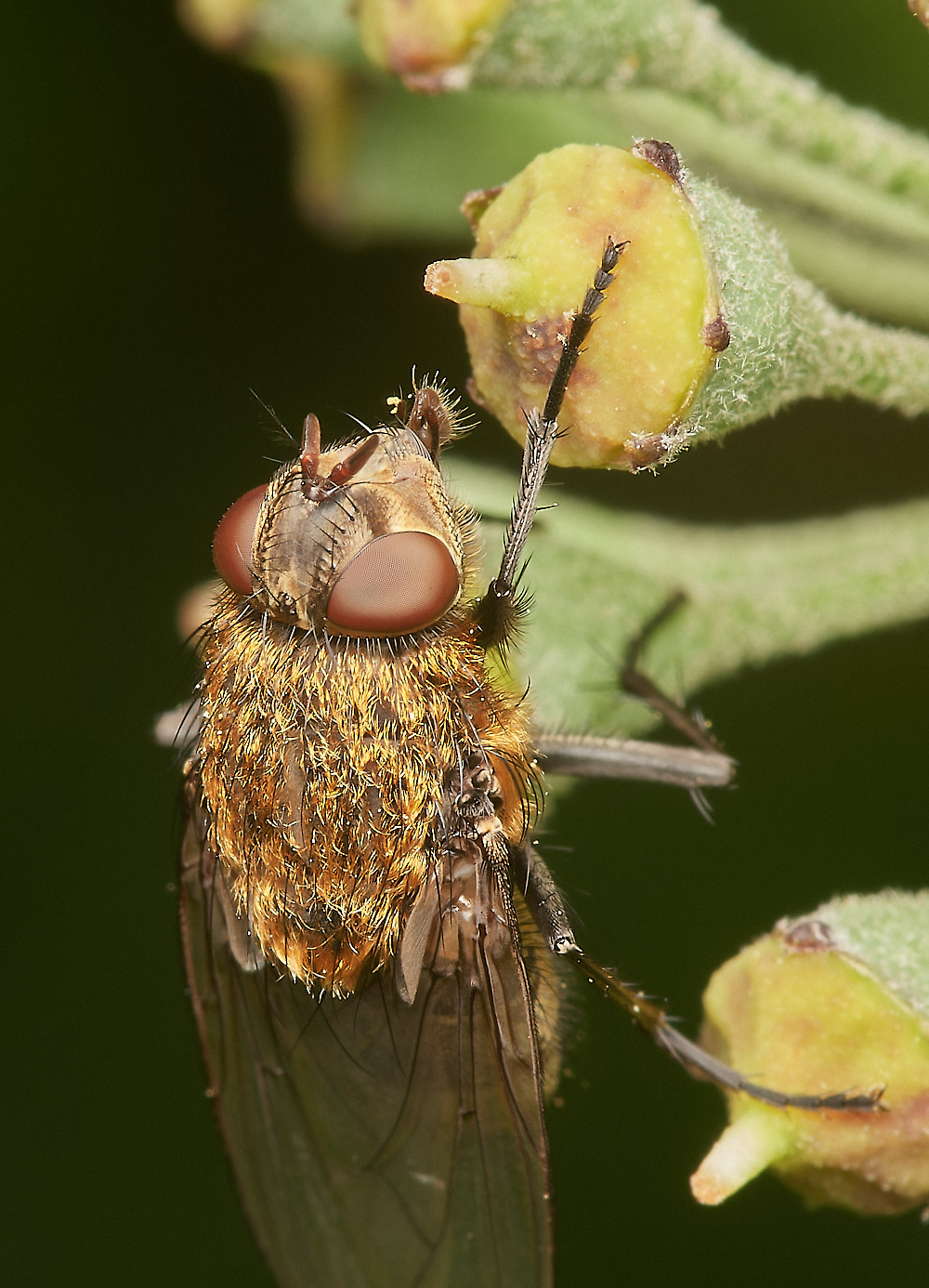

Fly Sp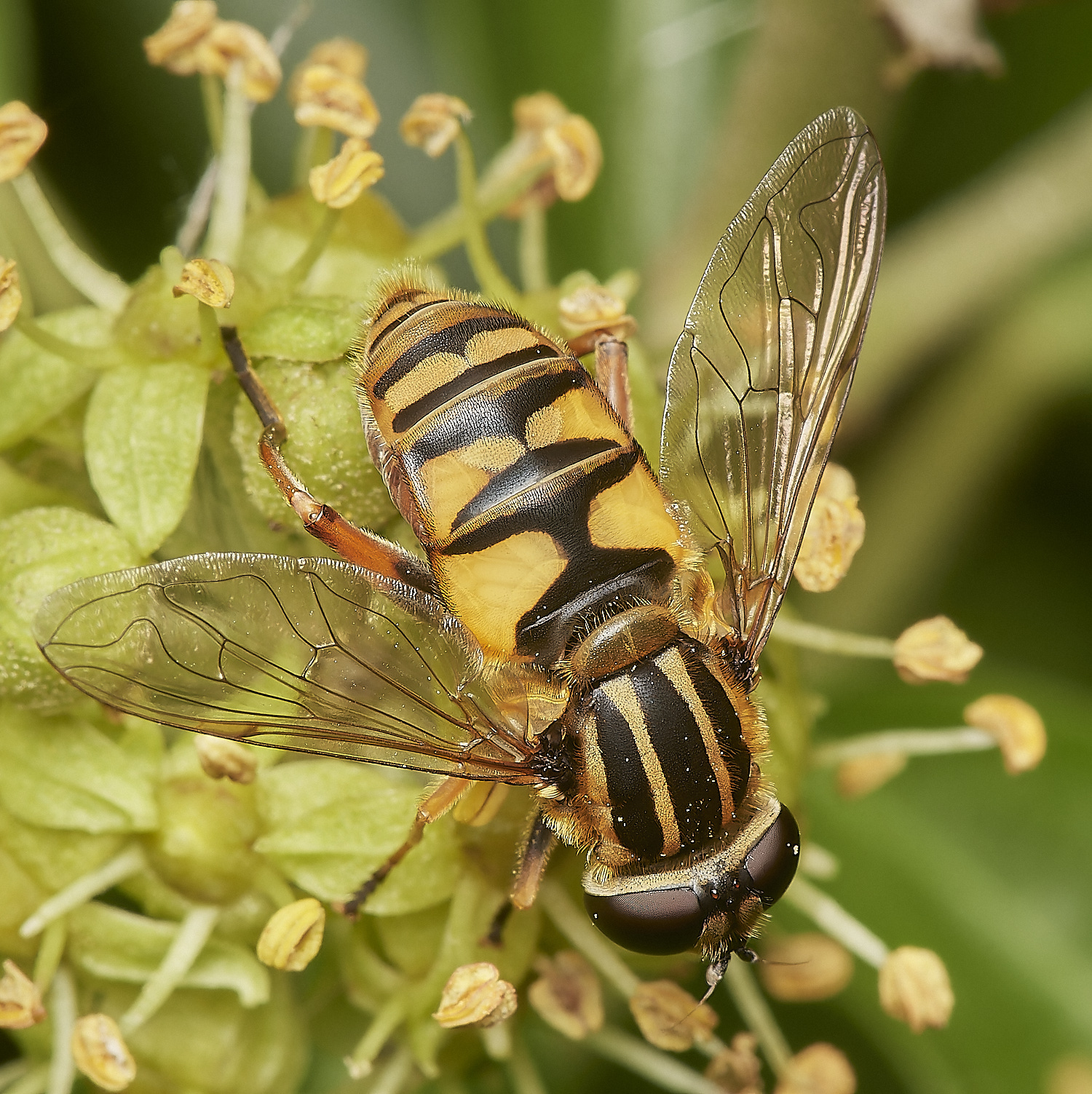
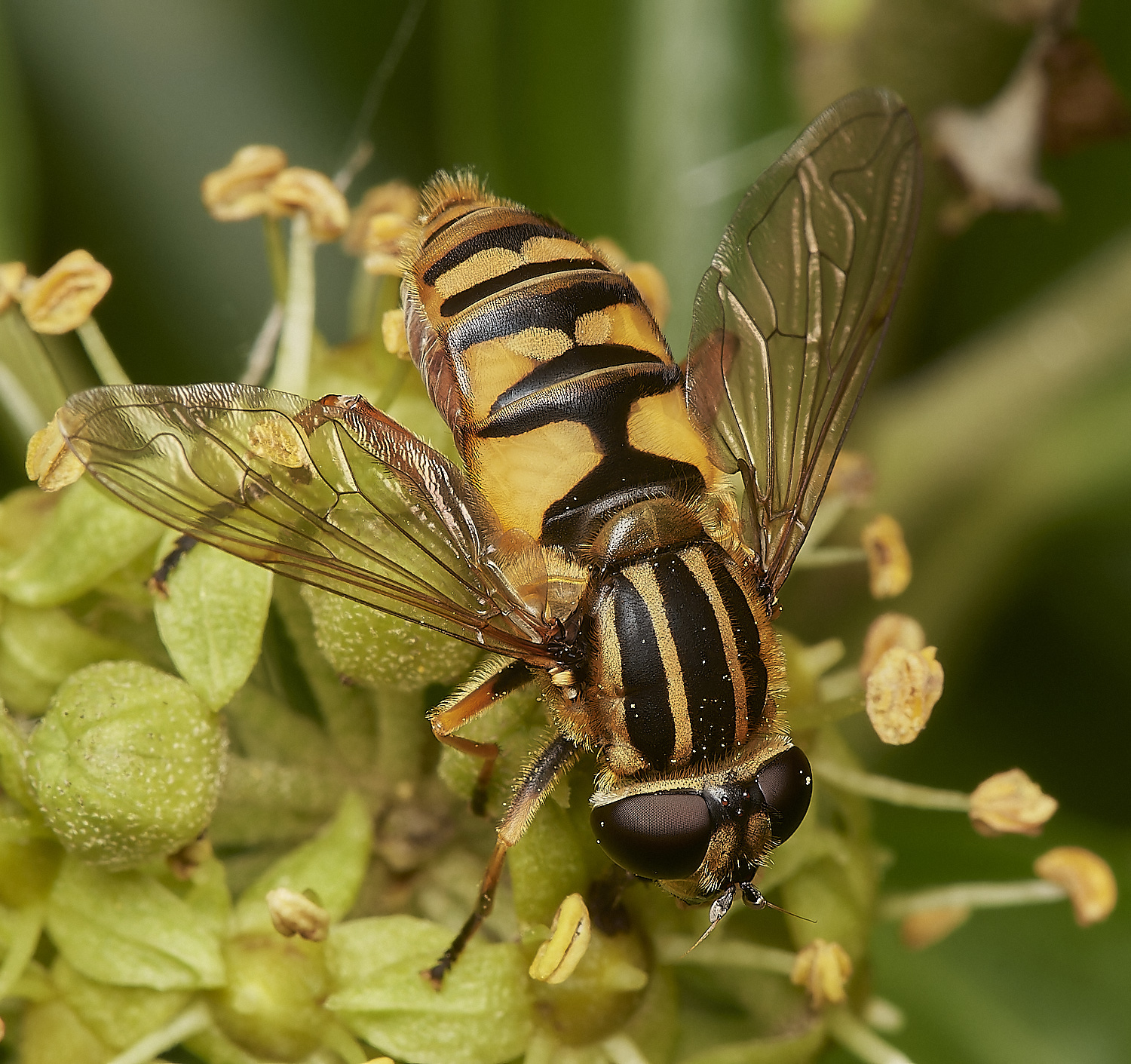
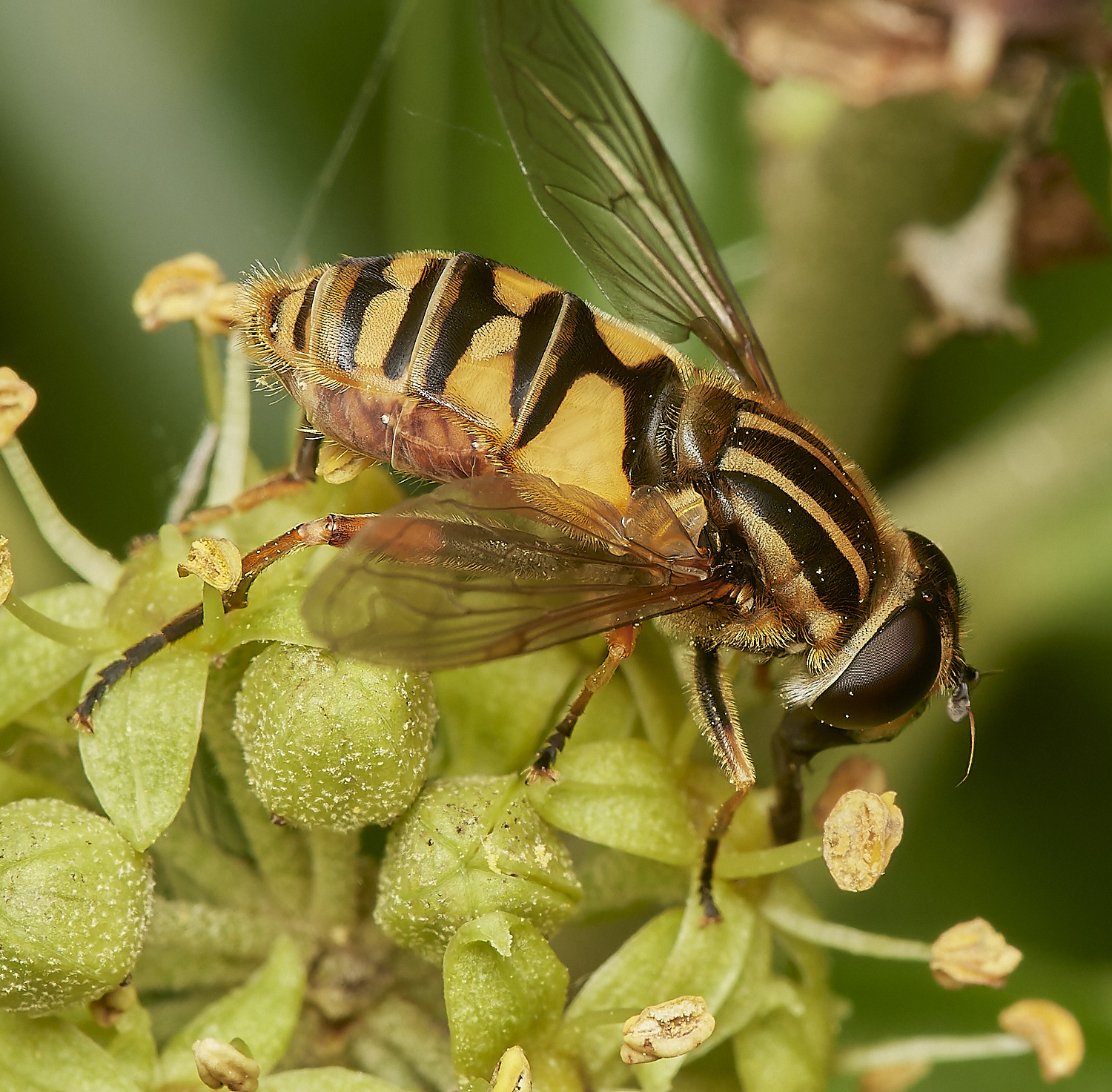
Helophilus pendulus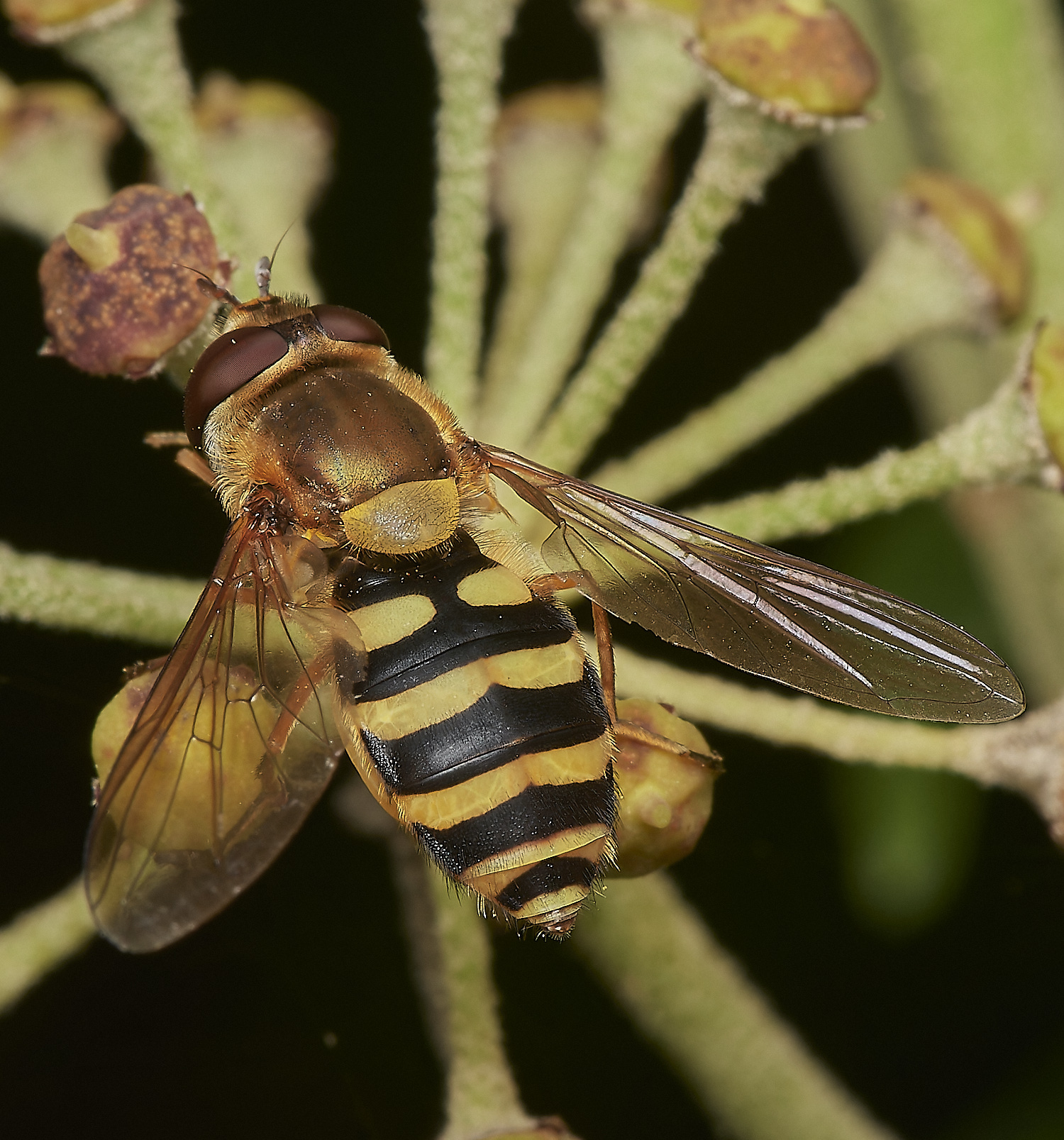
Syrphus Sp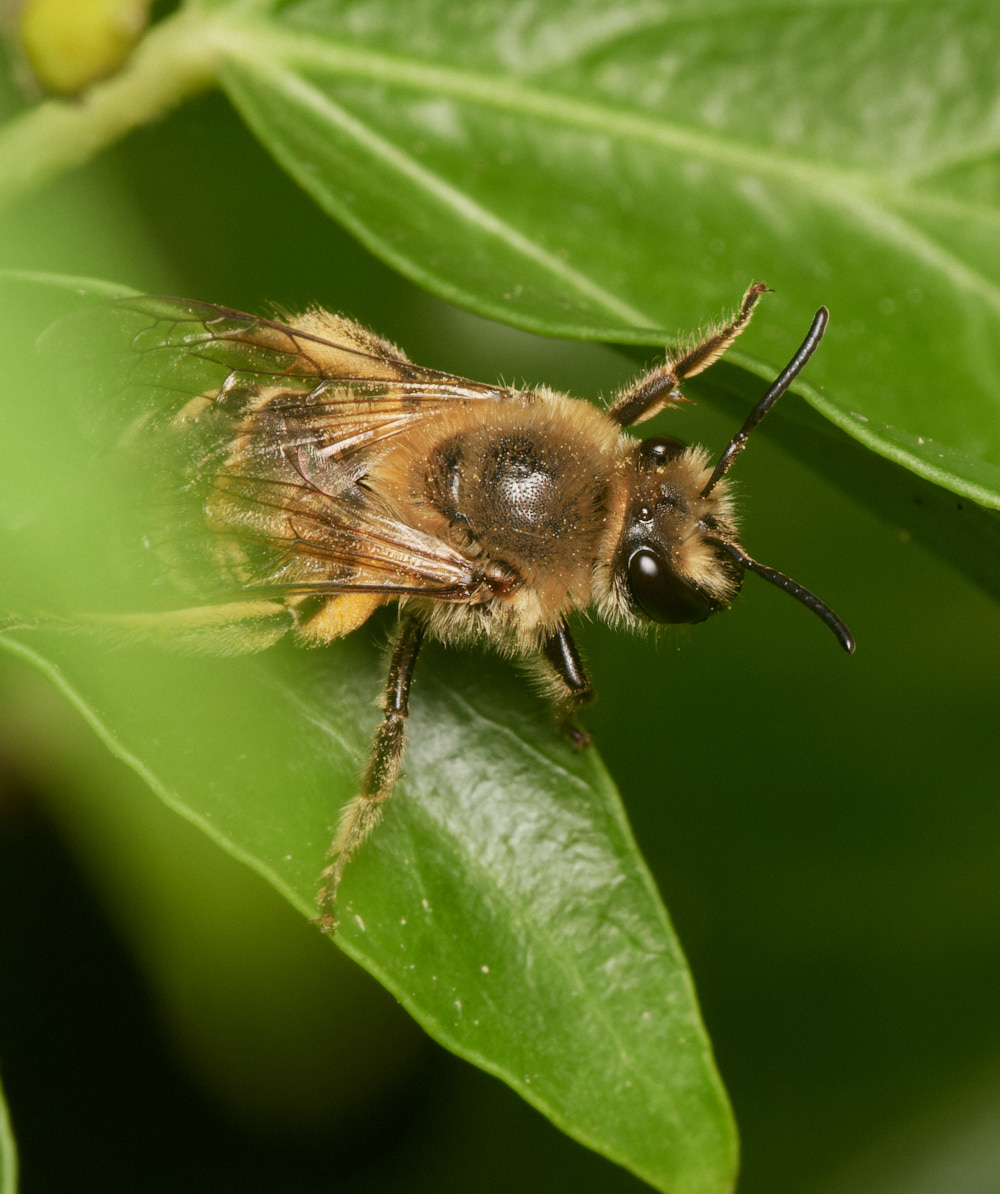
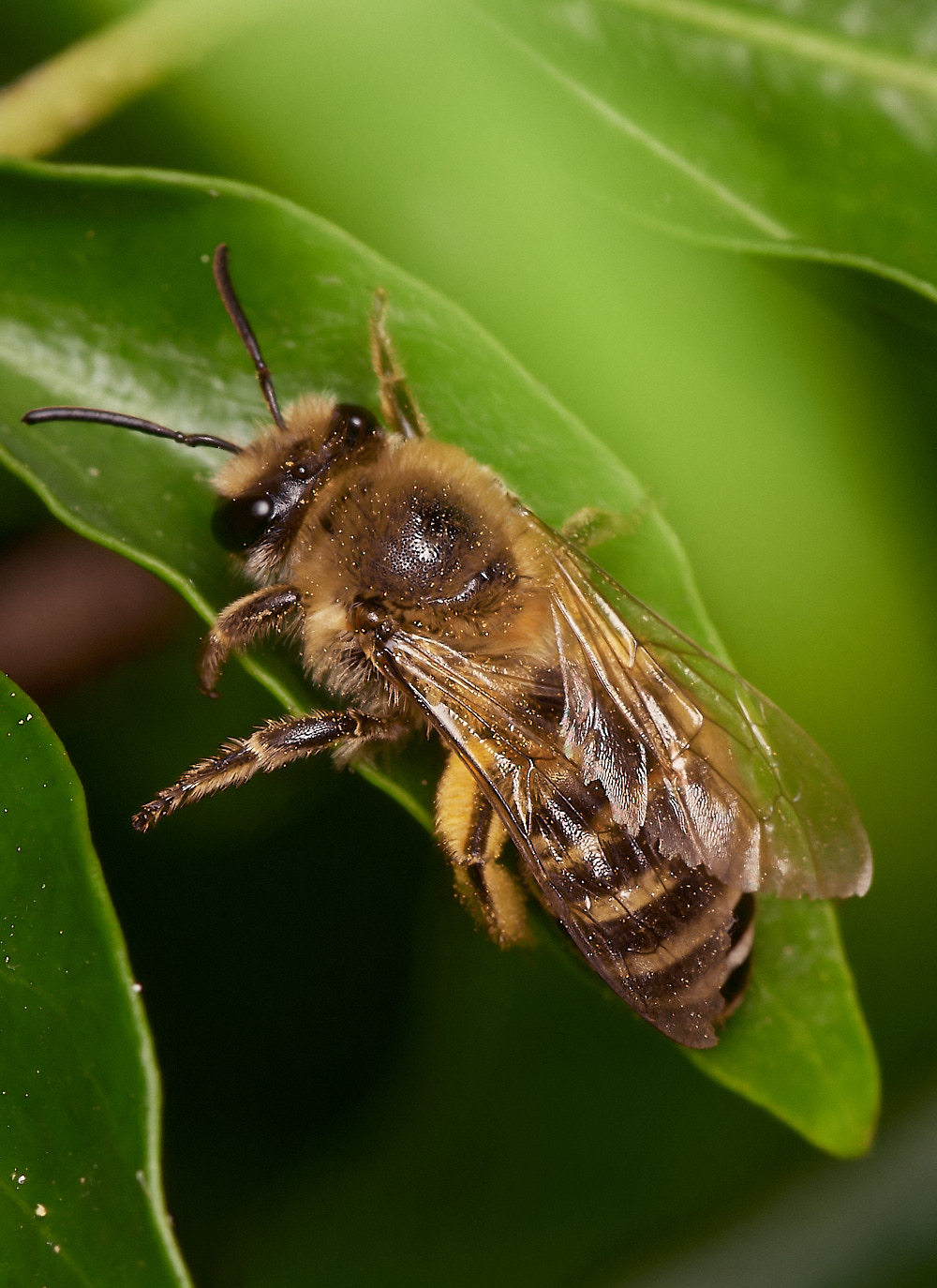
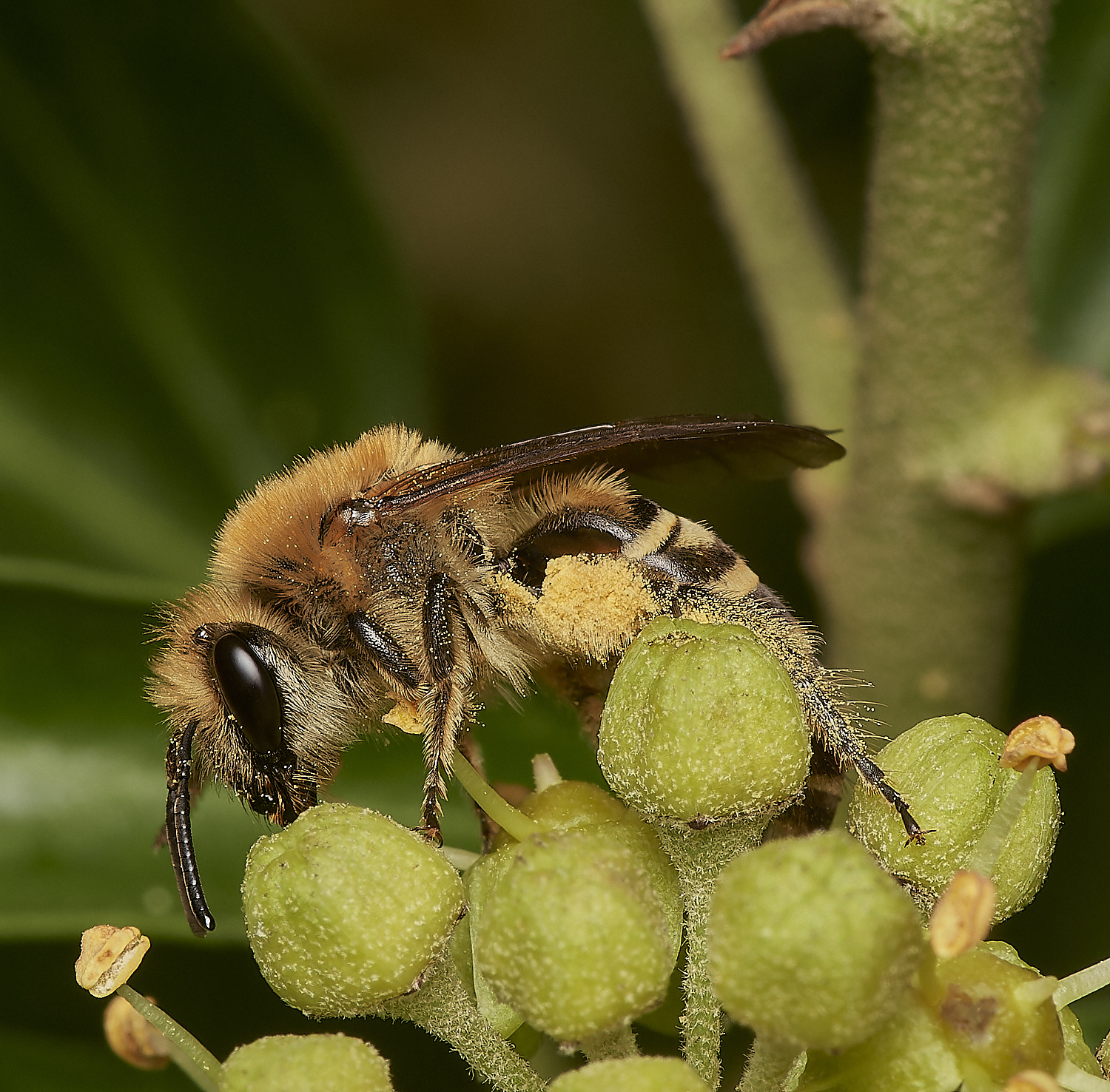
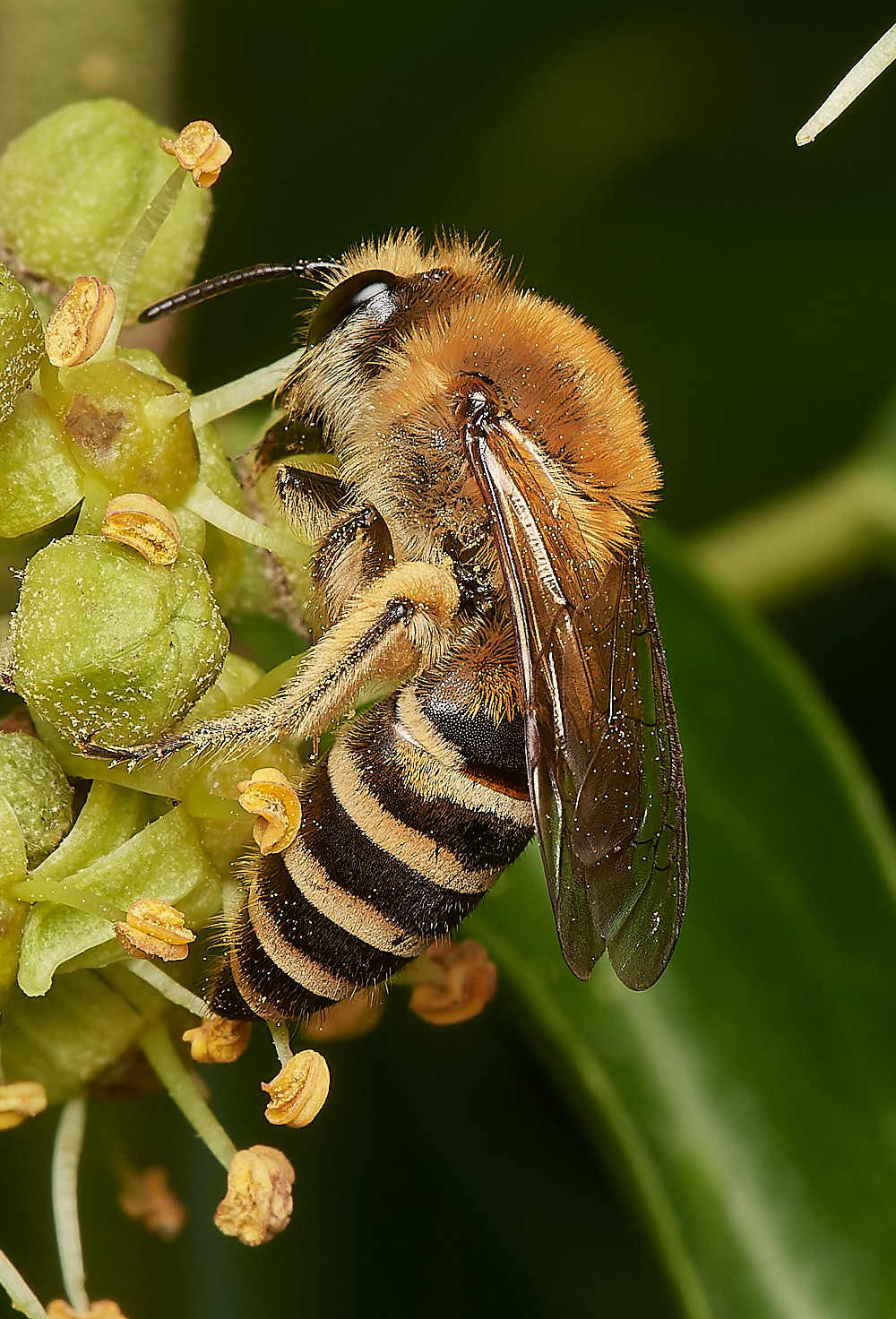
Ivy Bee (Colletes hederae)

